Photography by Martin Raffauf.
This year was the 60th anniversary of the Daytona 24 Hours race. The race in the beginning was shorter. It was started by Bill France Sr in 1962 as a 3- hour race. It was another 3-hour in 1963 followed by two 2000km events in 1964 and 1965. Since, it has been 24 hours except for the reduced event in 1972. While the cars and the racing have changed over the years, it is still a great endurance race. The key sponsor and official watch is Rolex.

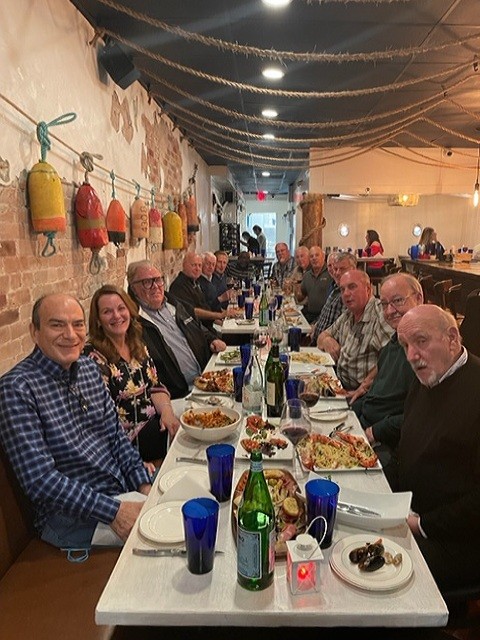
This year Daytona Speedway organized a special display for some of the winning cars from every 10 years of the history. The winning car was on hand from each of these years:
- 1972 – Ferrari 312PB of Mario Andretti & Jacky Ickx
- 1982 – Porsche 935 of John Paul, John Paul Jr & Rolf Stommelen
- 2002 – Dallara- Judd of Fredy Leinhard, Didier Theys, Max Papis and Mauro Baldi
- 2012 – Ford-Riley DP of Allmendinger, Wilson, Pew and Negri



Quite a collection of cars, and it was a good historic review of what has gone on at the speedway for the last 70 years in sports cars. Several additional winners both overall and class winners were on hand for the normal Daytona Historic display, and some drove around in the 24- minute historic show on Saturday of race day, including Hurley Haywood in the RSR he won in 1977 with.


Additionally, the speedway and Rolex had assigned no less than 6 grand marshals for the event. One to represent each 10 years. They were Mario Andretti, Hurley Haywood, Bobby Rahal, Jack Roush, Scott Pruett, and Wayne Taylor.

The race since 1975 has been under the sanction of IMSA (International Motor Sports Association) and or it’s associates, the USRRC (US Road Racing Championship) and Grand-Am.

The rules for 2022 have changed very slightly. Cars are still regulated via a BOP (Balance of Performance) system. There are (as last year), five classes of cars, although they are slightly changed from 2021. The cars for 2022 are:
- Dpi – Daytona Prototypes
- LMP2 – Le Mans Prototype 2
- LMP3 – Le Mans Prototype 3
- FIA GT3 – with two sub-categories, GTD Pro and GTD (IMSA GTD cars)
The biggest change from 2021 is the demise of the GTLM (FIA GTE pro) class in IMSA. These were the homologated Factory only GT cars. As all the factories dropped out, except for Corvette, the class was disbanded for 2022 onwards. Factories can run pro programs in IMSA GTD using the standard homologated GT3 car. Another substantial change from recent covid years, the entry was up by 20%. By January there were sixty-one entries for the ROAR test. That is about the limit the current pit and garage layout can accommodate.

The changes to LMDH (LeMans Daytona Hybrid), from DPi prototype cars in 2023, and the demise of GTLM, has caused somewhat of a driver shuffle during the off season. Dane Cameron and Felipe Nasr have already been signed up by Porsche for their LMDH program for 2023. While they wait to begin testing on the new car, they have been assigned to drive GT cars. Nasr joined the Pfaff Motorsport 911 GT RSR team of Jaminet and Campbell for Daytona. This car will be the Porsche GT3 Pro team for 2022 in IMSA.

Likewise, Corvette has some big changes, as they will now compete in GTD (although they do not have a homologated GT3 car). The GTLM car from 2021 has been modified and via BOP will compete in GT3 until they can build a new car. One car will run in IMSA, and one in the WEC. However, two have been entered just for Daytona. The Corvettes struggled in practice during the ROAR weekend. The cars are quite a bit different from the GTLM version, as some major changes were needed to make the GTLM car into something closer to a GT3 version:
- Major reconfiguration of passenger side of the car to accommodate the required GTD ballast box.
- The car had to run on the same customer Michelin tire as everyone else, not the “specials” GTLM ran on.
- Power output is reduced for GTD. A smaller restrictor installed.
- The rear wing angle is mandated 8-degree higher angle, cutting top speed.
- An ABS system had to be installed as GT3 has mandatory ABS. (Rumor was the pro drivers did not like ABS and liked the car better without it).
- A specific limited slip differential had to be installed, limiting any tuneability that was available in GTLM.
- Corvette must run with torque axle sensors to measure and collect data for IMSA, as this is not a homologated GT3 car.

The breakdown of cars entered by class was as follows:
- Dpi – 7
- LMP2 – 10
- LMP3 – 9
- GTD Pro – 13
- GTD – 22
Note, technically the cars of GTD Pro and GTD are exactly the same, the only difference being that GTD has the Bronze and or Silver drivers in the lineup. Unlike previous years where the GTLM class ran different tires, these cars now all run the spec Michelin tire.

BMW also has built a new GT3 car to take over from its previous M8 GTLM car. The car is the M4-GT3.


Chip Ganassi has taken over the factory Cadillac program and entered two cars. Driver lineup included Indy car drivers, Alex Palou, Scott Dixon, Marcus Ericsson, and Sebastian Bordais. Action Express again had a second car for Jimmie Johnson sponsored by Ally. Kamui Kobayashi and Jose Maria Lopez from the WEC Toyota squad have been added to the lineup along with Mike Rockenfeller, who won this race with this team back in the 1990’s. Dpi class and GTD Pro are open, any rated driver can drive. Ben Keating in fact drove the JDC Miller Cadillac as a Bronze rated driver. LMP3 and GTD Pro/AM require at least one Bronze or Silver rated driver.

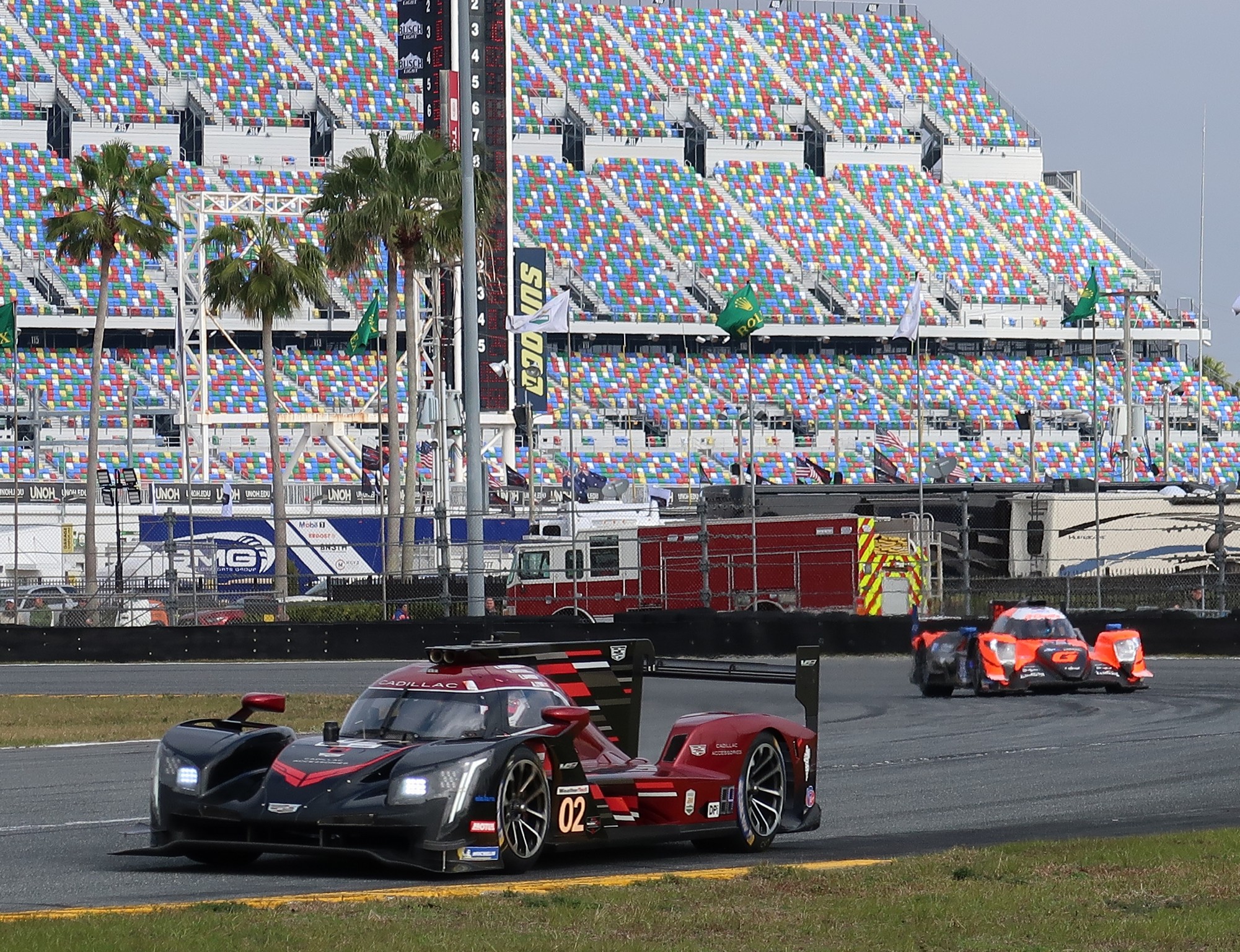
All the LMP2 cars were Oreca models. Both the Dpi and LMP2 categories would run on E20 fuel (20% ethanol). LMP3 and all the GT cars ran on E10 fuel. There is some loss of horsepower and efficiency (mileage) with E20 compared to E10, depending on car and engine.

LMP3 class was a mix of Duqueine D08 and Ligier JS P320 chassis. The field was led by last years winner, the Riley run Ligier. Interestingly Bill Riley’s car ran last in the ROAR qualifying race, only doing a few laps and parking. He told me, since there were no points for it, he did not want to take the risk, and was willing to start last in LMP3.
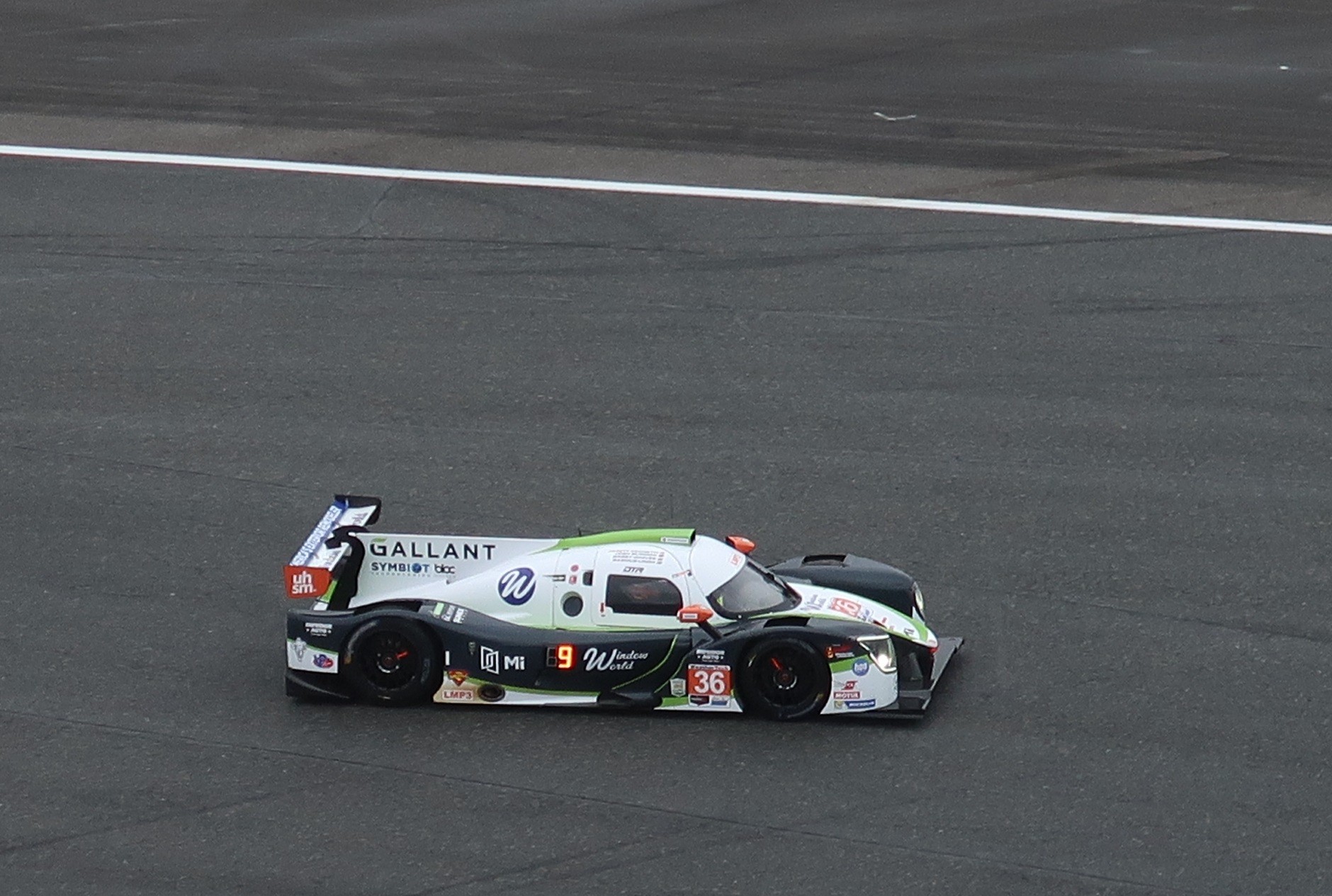
The sizable increase came in GTD-Pro, which has replaced the GTLM class. Obviously, there is a much bigger interest here than in GTLM which only had five cars last year (only three for the season). The BMW factory entered two brand new M4 GT3 cars, again run by the Rahal-Letterman-Lannigan team. Guiseppe Risi entered a Ferrari 488 GT3 with four factory drivers. Notably, WeatherTech racing entered two cars of different manufacturers. One Porsche GT3 RSR and one Mercedes AMG GT3. Cooper MacNeil, the team principal, was entered in both cars. Minimum drive times are specified at 4h30m for LMP2/LMP3/GTD-Pro and GTD, except if you are a silver or bronze driver entered in two cars, in which case the minimum was 2h15m per car.
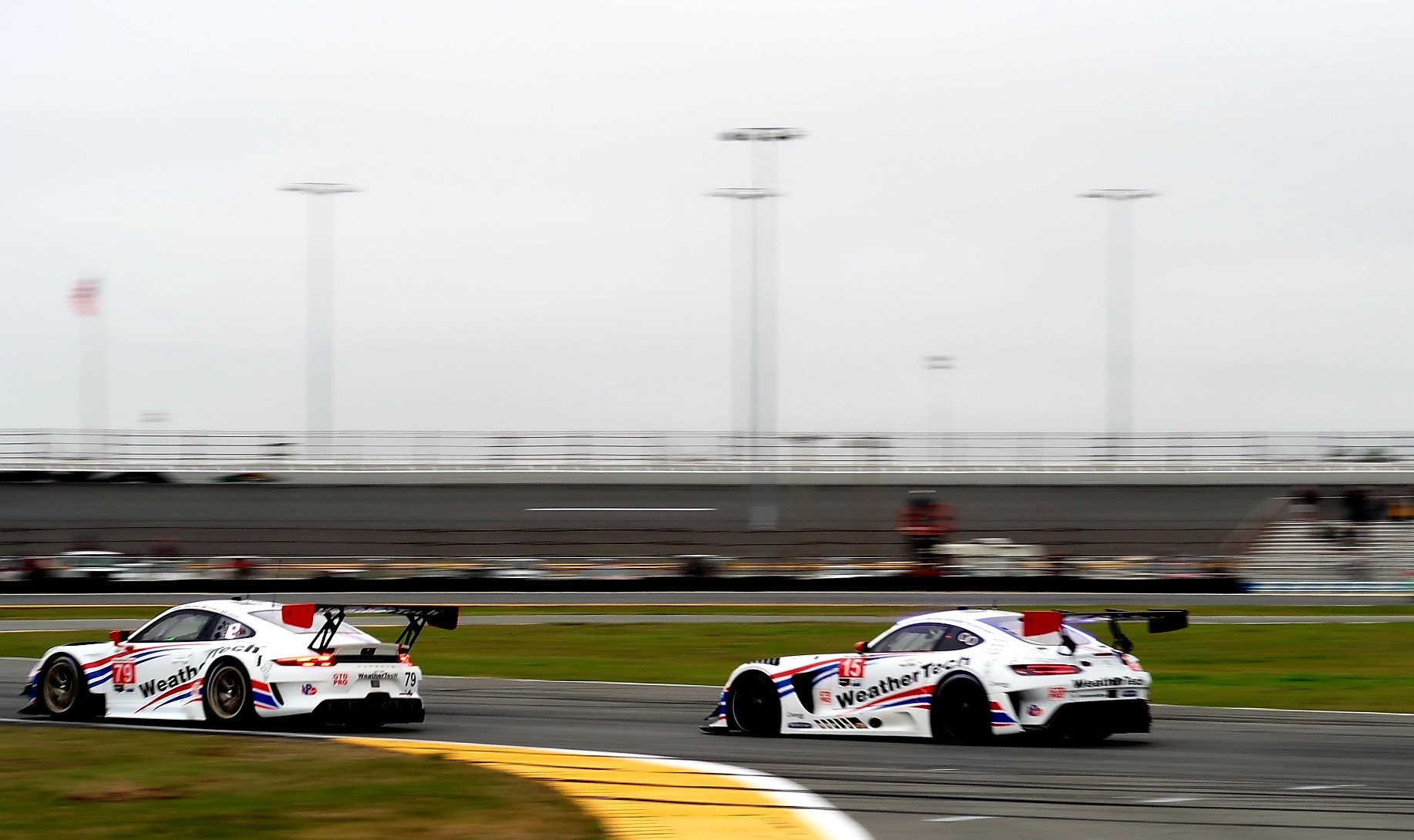
The schedule this year was similar to 2021. The teams loaded into the speedway on the 20th of January and completed the “ROAR” pretest that weekend. Included as last year was a 100- minute race on Sunday the 23rd which set the grid, in lieu of qualifying during the race week. The teams then had 3 days open to repair/ prepare the cars for the 24- hour starting on January 29th. The key of course was to complete the testing and qualifying race without any significant issues that would impact the race.

The ROAR race on Sunday was quite spectacular. Sixty- one cars started. Traffic was an issue, as by rule, the bronze drivers started in LMP2, LMP3 and GTD Pro/Am. All the classes over the one hundred minutes were incredibly competitive except the BMW and Corvette teams in GTD-Pro. They finished near the back of the GTD-Pro race. Wayne Taylor’s Acura won the race by a few seconds over Richard Westbrook in the JDC Miller Cadillac, but failed post- race tech and was relegated to the back of the Dpi field. The new development centered around tire pressures. Temperatures were cool, and Michelin had mandated minimum cold start pressures, and hot running pressures. In the past there have been instances of tires failing due to low pressure, and the teams blaming Michelin, so one could understand where the Tire manufacturer is coming from. Several cars including the WeatherTech entries and John Wright’s Porsche were warned and subsequently given fifty second post- race penalties for failure to adhere to the Michelin guidelines. This was discussed at length in the drivers, and crew chief meetings, and it was clear there would be no leeway in the race to run under- inflated tires (which would heat up faster and possibly provide more grip, however, be more prone to failure).

Talk after the ROAR centered around several topics of the day. It seemed like everyone was accusing everyone else of “sandbagging” (the process of going slower than possible to perhaps impact a Balance of Performance (BOP) change. The other issue continued to be the temperature affect on the tires. The weather the week of the race was un-seasonably cold. The forecast was for temperatures in the 30’s during the 24-hour. Michelin did not seem to be too concerned with the temperature. Proper warm up however, was key. Tire pressures were what they worried about. It was a fine line of how hard do you push on new tires leaving the pits waiting for them to come up to operating temperatures and pressures. During the media frenzy on these assorted topics, the mechanics and crews spent the early part of the week stripping the cars, changing engines and gearboxes, and rebuilding the cars.



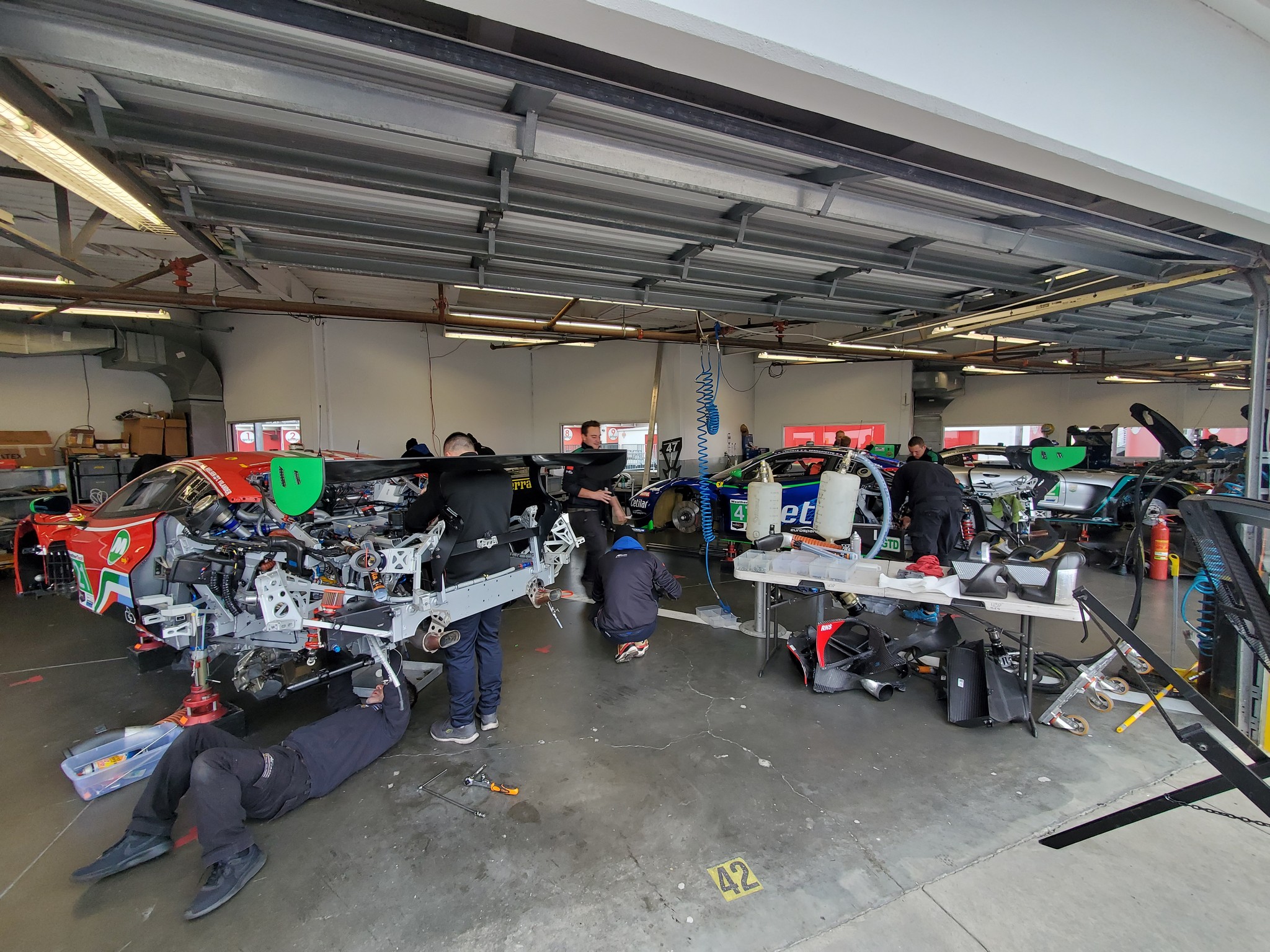

The race would be somewhat unique compared to days in the past, in that the time gaps between all the cars from fast to slow, was less than 15 seconds a lap. It was estimated that the Dpi cars would probably pass some twenty other cars per lap, so traffic management would be key.

Race conditions on Saturday at the start were quite cold, 45 degrees and windy. Sure enough, as expected, an LMP2 car spun off on the pace laps on cold tires. It was again a split start prototypes first, then GT with a separate pace car. The starts were good apart from one of the G-Drive LMP2 cars, who jumped out of line to pass prior to the start line. This was reviewed in the driver meeting as not allowed, so of course they started their race with a drive thru penalty.


Within 4-5 laps the Dpi cars started catching the back of the GT field. Traffic, as in the ROAR race was hectic. Several cars were off, penalties for contact. Pit work was shoddy, as several cars engaged gears with the engine running and the car on jack stands, resulting in drive thru penalties. Several others ran the red light at the pit exit. One actually ran the red light, stopped realizing his mistake, then engaged reverse gear and backed up returning to the pits. A double whammy! He got a penalty for running the light and engaging reverse in the pits, which by rule is also not allowed. After 50 minutes, there was a long pace car yellow, as an LMP2 impacted the wall in the west horseshoe area. A corner marshal leaning on the guardrail was thrown twenty feet thru the air and taken to the hospital, but eventually ok. The yellow lasted quite a while, as mechanized equipment had to be brought in to repair the wall and guardrail.
Several times, yellows begot yellows, as the restart would just cause another yellow due to cars off, or crashes. Around 5 pm as dusk settled in, there was a huge melee in the Le Mans chicane (the old bus -stop renamed the Le Mans Chicane), as some fifteen or so cars were off the road and rumbling thru the ensuing dust and the grass. As it got dark, things settled a little bit, although several teams continued to run afoul of the IMSA “wave around rule” during yellow conditions. IMSA allows lower class cars who get stuck in a caution period, when the overall leader gets between them and their class leader to pass the pace car and rejoin at the back of the pack, so as to not go a lap down thru no fault of their own. Problem was, quite a few people were taking illegal pass arounds and ending up one lap ahead! At around 8:30 pm the first chink in the armor appeared in the Corvette team, as the #4 of Milner, Tandy and Sorensen had a long garage stop to fix a broken alternator.
Around 11 pm at yet another restart, Alex Lynn in One of Chip Ganassi’s Cadillacs was leading to the restart in front of the Acura of Ricky Taylor. He then started to do “brake checks” (ostensibly to warm his brakes as it was now down into the high thirty’s temperature). In the confusion, Taylor ran into the back of him and cut his tire resulting in a pit stop before the start. He then earned another drive thru penalty, as they were told in the driver and crew meetings by race director Beaux Barfield to specifically NOT do this.

As the night wore on, more problems arose on cars that historically had proven reliable. Both the #3 Corvette and the Jimmie Johnson Ally Cadillac were into the garage for extended stops with broken suspensions after contact with other cars. Both Factory BMWs were in and out several times as the underbody and diffusers kept falling off. As Bobby Rahal had told me earlier, these were brand new cars, and some time on them will be needed to sort everything out. The #01 Ganassi Cadillac also had an extended stop with an alternator belt issue. The Turner BMW GTD had an incident in the tri-oval spinning thru the grass to turn 1. This caused a lot of damage, and the car was retired.
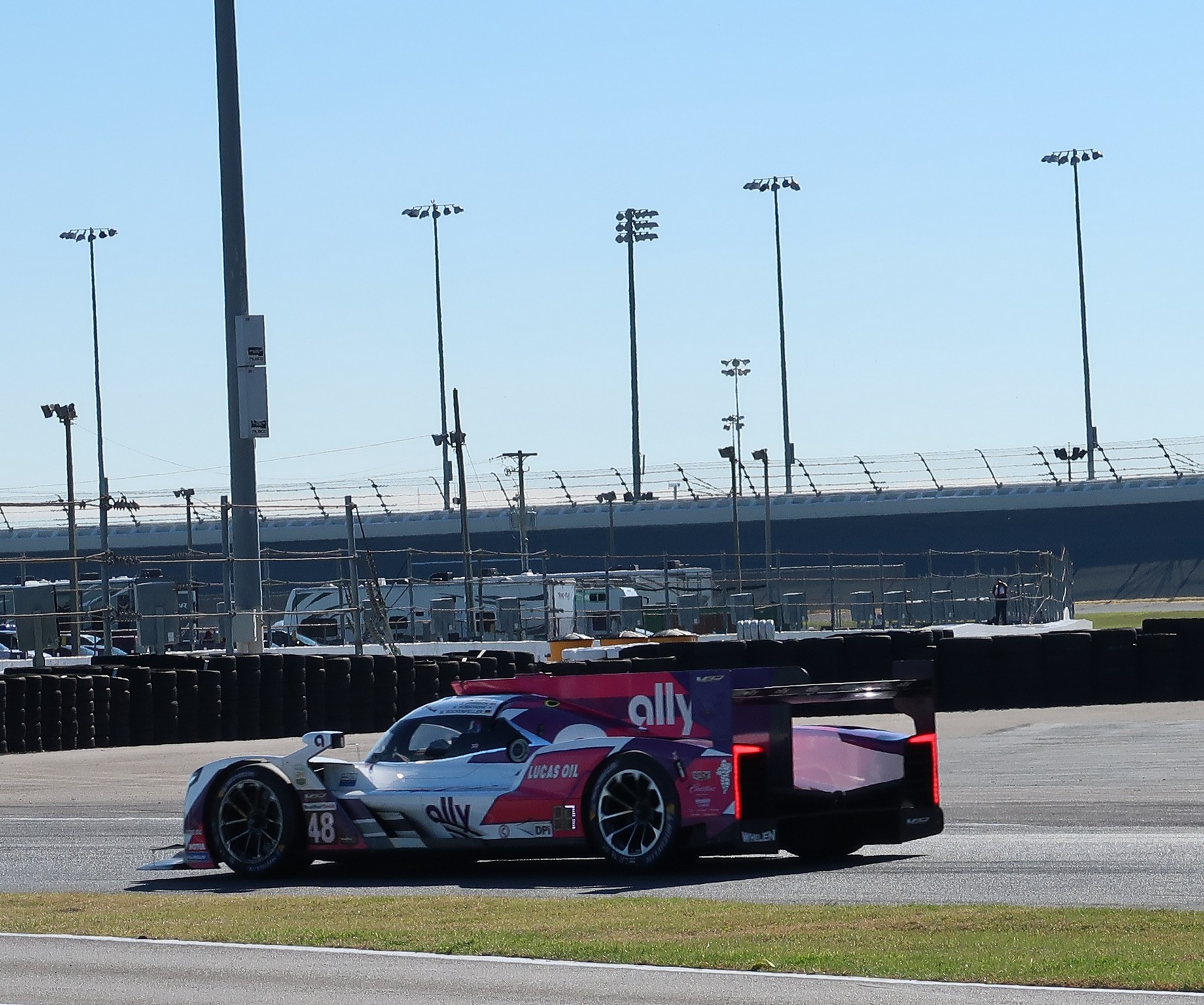
As the sun started rising around 630am, more cars were in trouble. The #02 Ganassi car, had an extended garage stop with fuel pump issues, and the GTD-Pro leading WeatherTech Mercedes #97 caused another caution period by dumping oil all over the west horseshoe and proceeded directly to the garages for repair, and was ultimately retired.

It was clear now that the winner would come from one of the four Dpi cars remaining on the lead lap, the #10 Wayne Taylor car, #60 Meyer Shank Acura, the #5 JDC Miller Cadillac, or the #31 Action Express Cadillac. All the rest were multiple laps behind.

LMP2 was still quite competitive with multiple cars still in the hunt. In LMP3, the Riley Ligier had eked out a one lap advantage over the similar Sean Creech entered car. GTD-Pro was still extremely competitive with many cars still on the lead lap. The two Porsches of Pfaff and KCMG at the front with the Risi Ferrari right in the mix. Likewise, GTD was also still close among several cars including the Wright Porsche, the Magnus Aston Martin and the Gilbert/Korthoff Mercedes.
As the race wound down the intensity increased. The JDC #5 Cadillac had a twenty second lead wiped out by yet another yellow due to a stalled car on track. As this was with about 40 minutes to go (and the Dpi cars can only do about 35 minutes on a tank of fuel), the #5 of Loic Duval and #31 of Derani stopped for a little extra fuel and rejoined at the end of the Dpi line. Trouble was they now had the other 3 Cadillacs between them and the Acuras of Castro- Neves and Taylor at the front. I remarked to someone in the tower, that if GM had watched the Daytona 500 a few years ago, where the 5 Fords had pitted together, then worked in concert to run down the Toyotas and win the race, that Cadillac might do the same. Alas, I guess they missed the Daytona 500 that year, as there seemed to be no cooperation among the Cadillacs. It took Duval and Derani some number of laps to even get by the others, by then Castro-Neves and Taylor were up the road having their own battle. Although Ricky got close, he was never able to execute a pass and finished 2nd by 3 seconds or so. Duval in the JDC car was 3rd and Derani 4th. The top four were covered by 5.6 seconds.
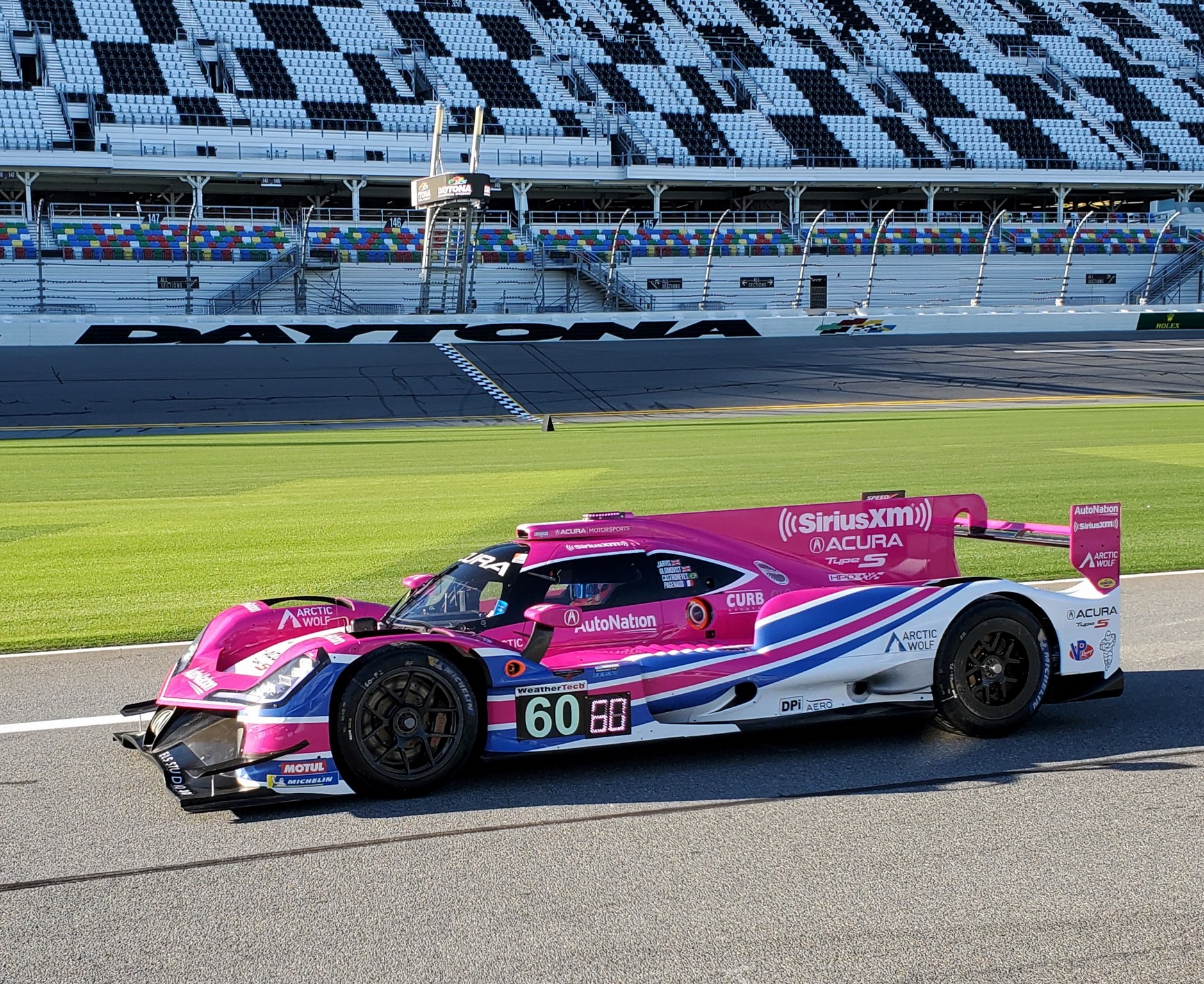
In LMP2, The DragonSpeed car used their two Indy car stars at the end to good effect to hang on for the win. Pato O’Ward and Colton Herta did yeoman work on that team and were rewarded with a Rolex. They beat the Team Nederland car by 7 seconds.
Riley Motorsports won LMP3 once again over Sean Creech’s team, the same result as last year.
The GTD races were TV highlight reel kind of stuff. In GTD Pro, Matthew Jaminet in the Pfaff Porsche battled hammer and tong with Laurens Vanthoor in the KMCG entered Porsche. They both had the lead at various points in the last five laps. Frequently they traded paint during side to side contact and both cars had front and rear damage from contact. They then ran into one another in the chicane on the last lap throwing dirt and dust everywhere. Someone on social media commented, “what a great race, it was just like the rental car race in the movie Talladega Nights”! Jaminet recovered to win, beating the Risi Ferrari by a few seconds. Vanthoor was 3rd. They embraced in victory lane; however, Porsche could not have been pleased as they almost threw the race away to Ferrari.

In GTD, Jan Heylen drove the last stints in the Wright Motorsports Porsche GT3 RSR for a well-deserved win for a good team. It was not easy however, beating the Magnus Aston Martin of Andy Lally by only some 4 seconds.
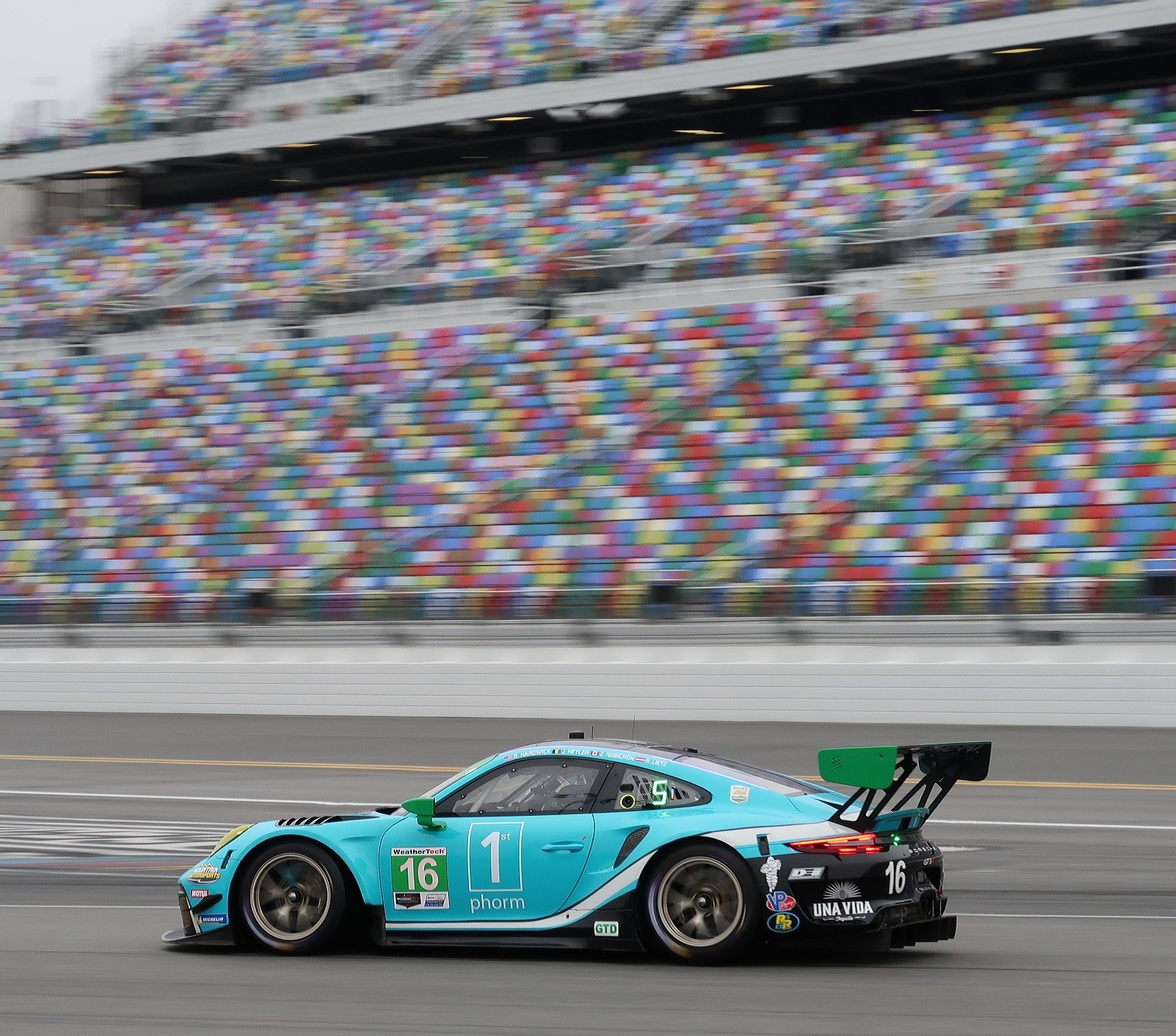
Overall, it was an excellent show in front of what was said to be a record crowd for this race. There was not an open space inside the track, full of campers and motorhomes. Under John Doonan’s leadership the IMSA team has this going in the right direction. 2023 promises to be even more exciting, as the switch is made to the new GTP (old name LMDh) cars.
Ford has announced that they will build a GT3 Mustang for 2024. They will run a factory GTD Pro team and sell the car to customers. The Le Mans first chicane in France has been renamed the Daytona chicane. The good news keeps coming. Bring on Sebring Next!
NOTE: Visit results.imsa.com for full detailed race results. There is a lot of data available including things such as pit card reports, sector times, driver times, fastest laps, total drive times etc. Very informative.



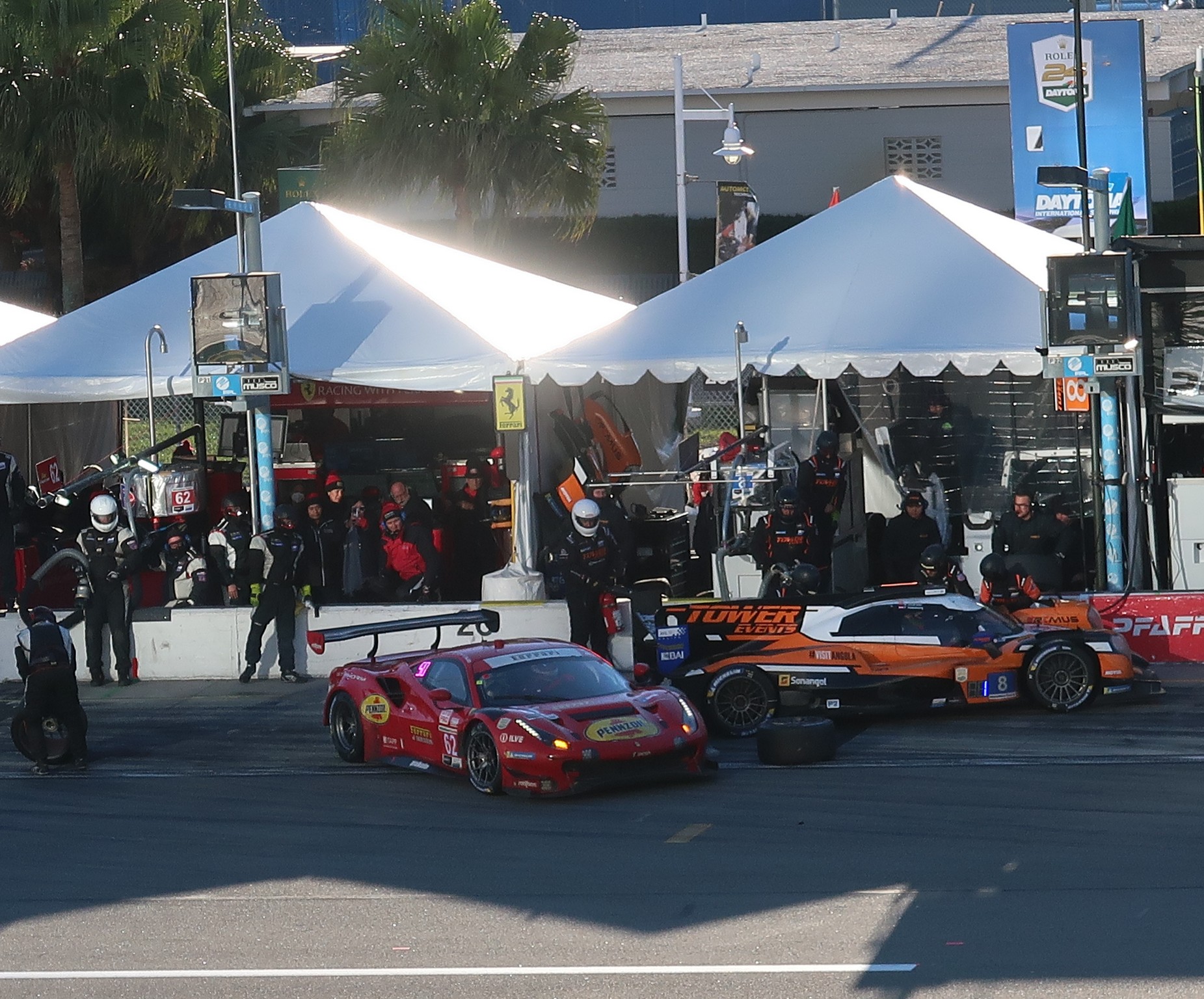
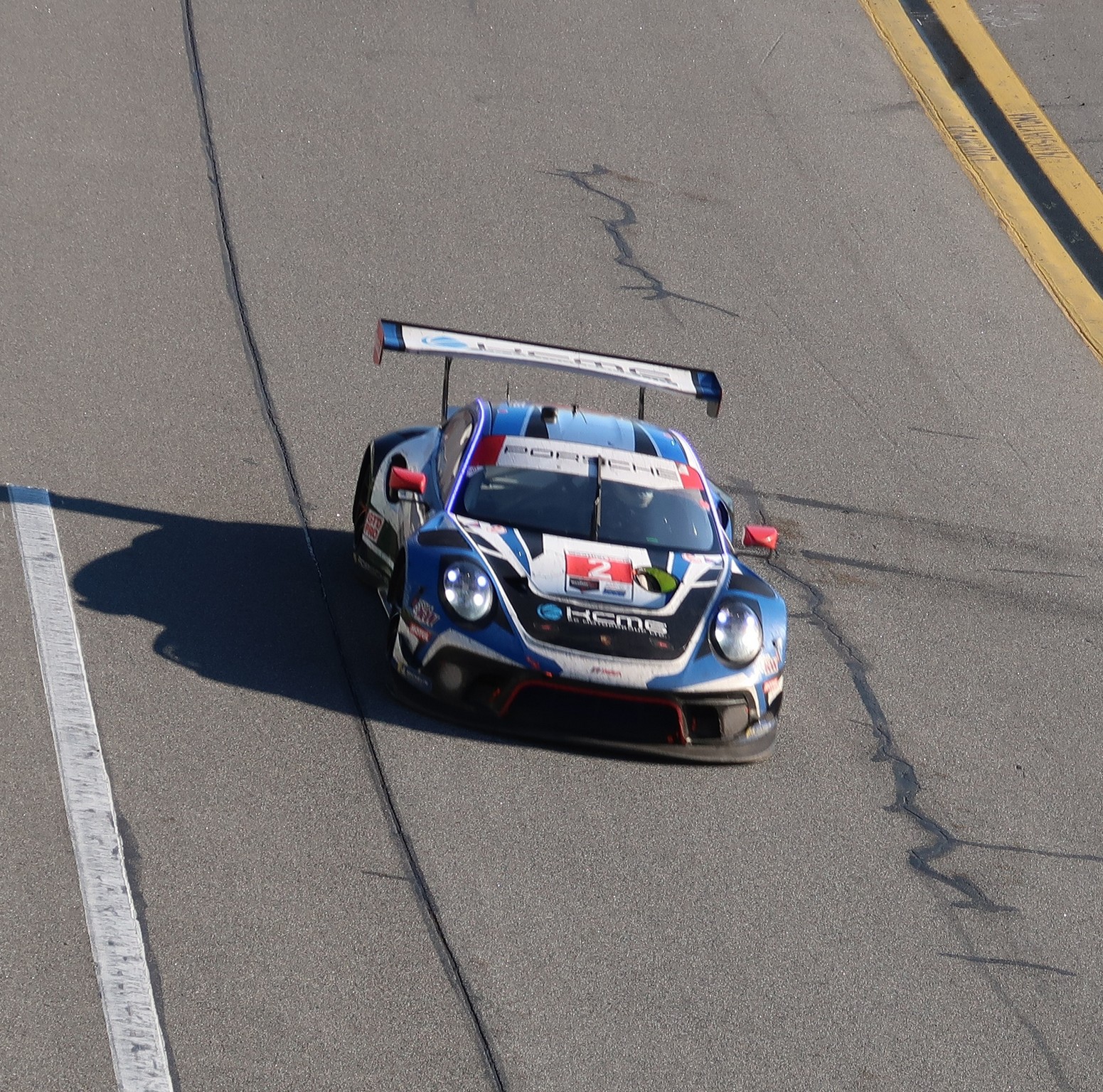
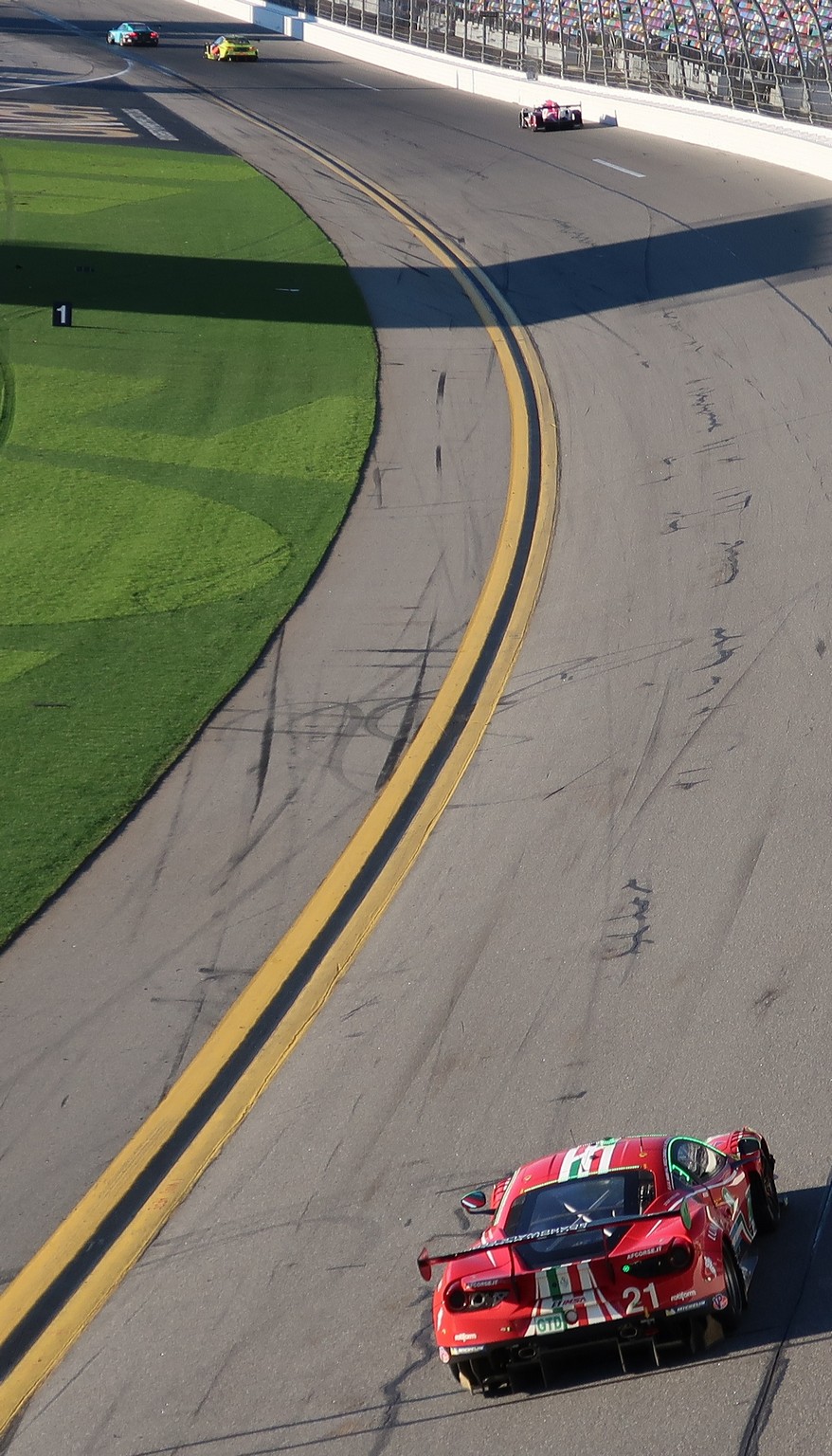
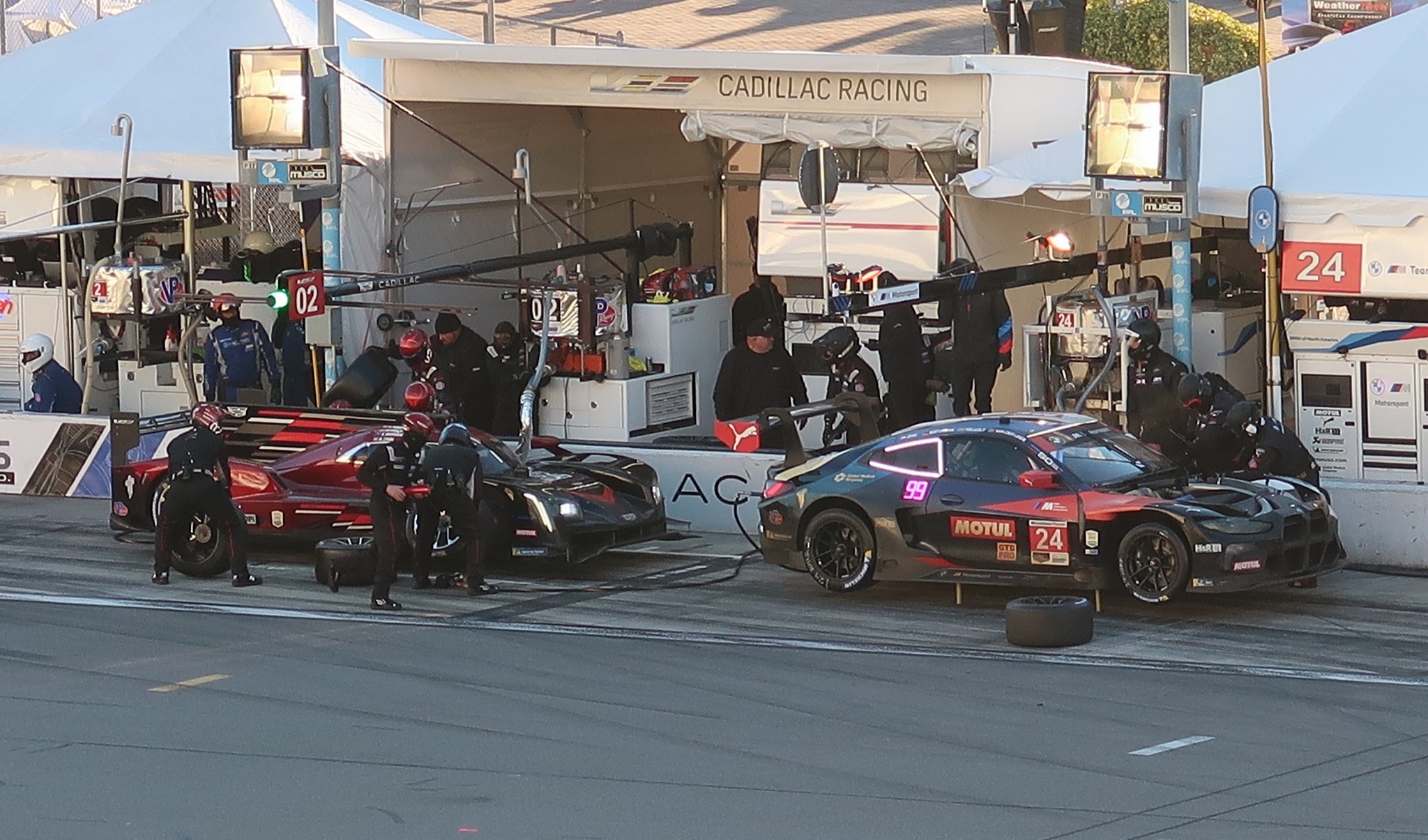
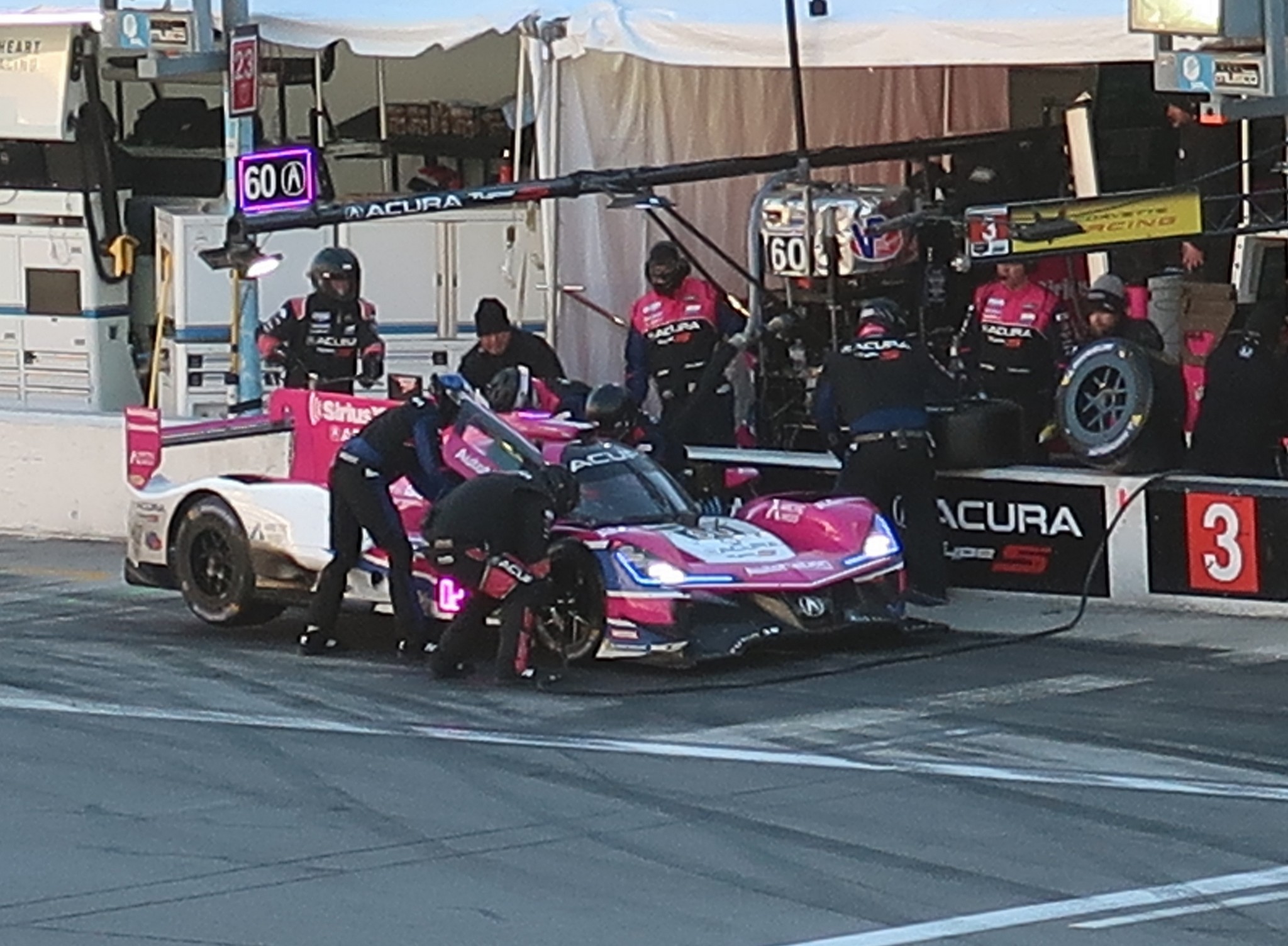
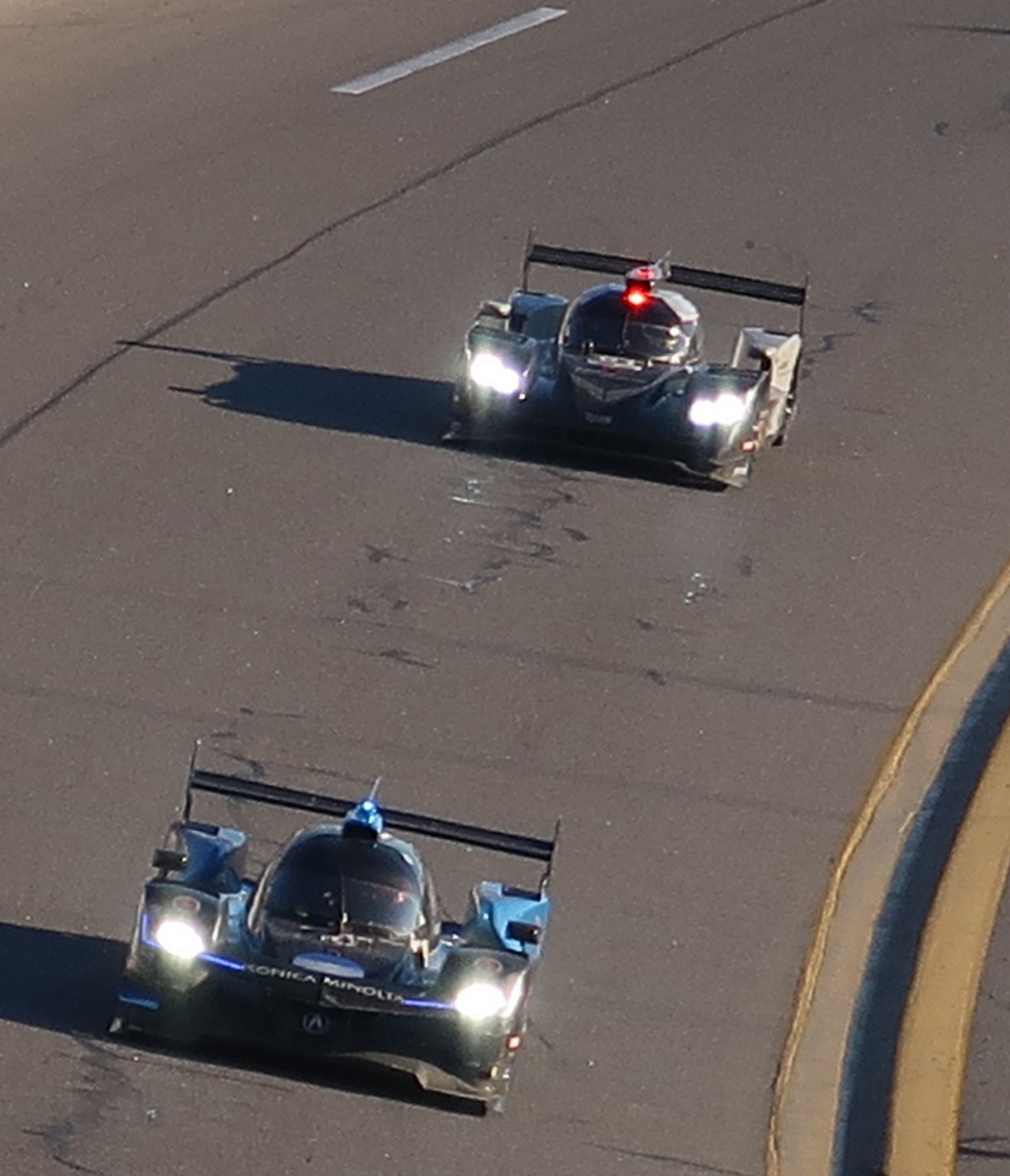
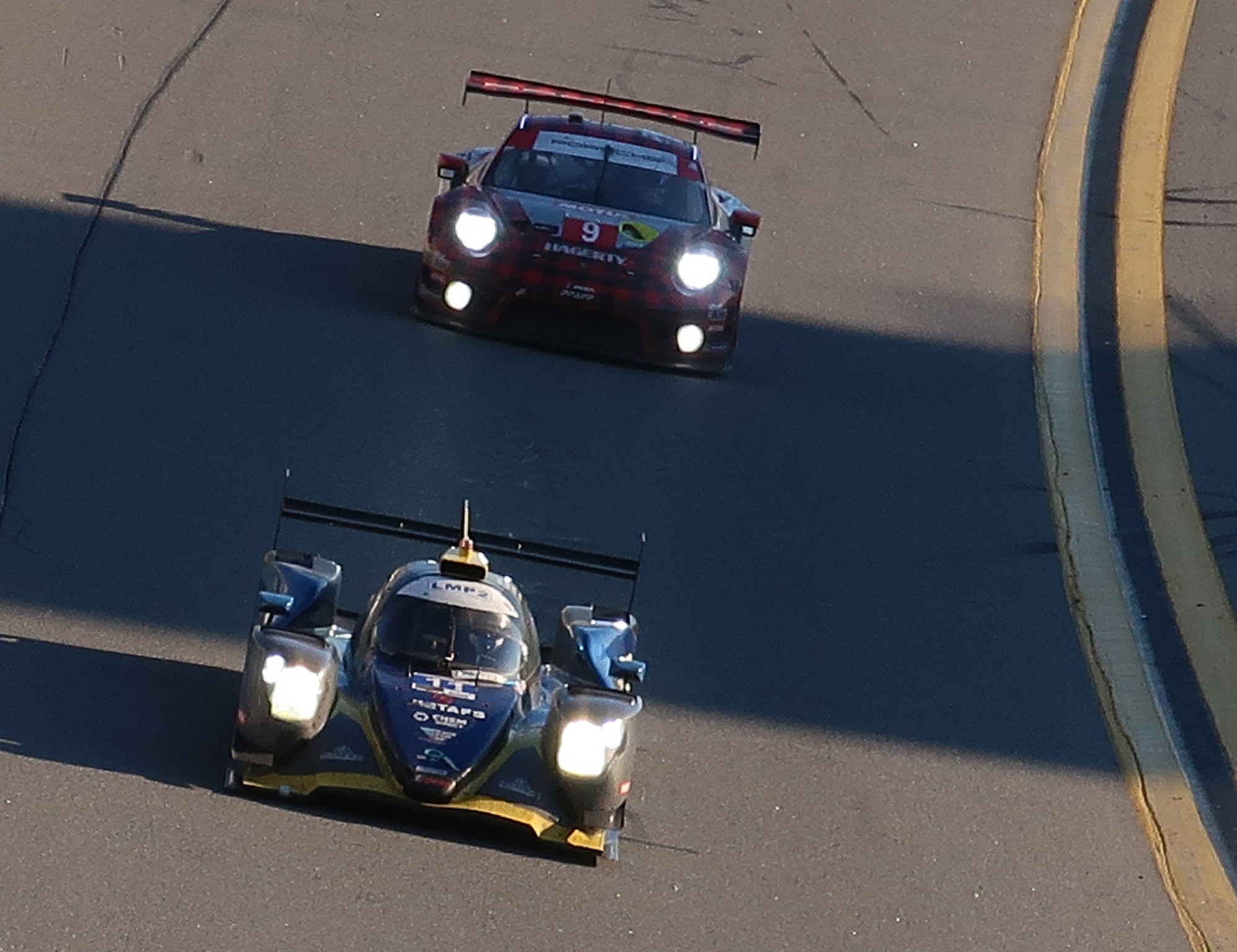
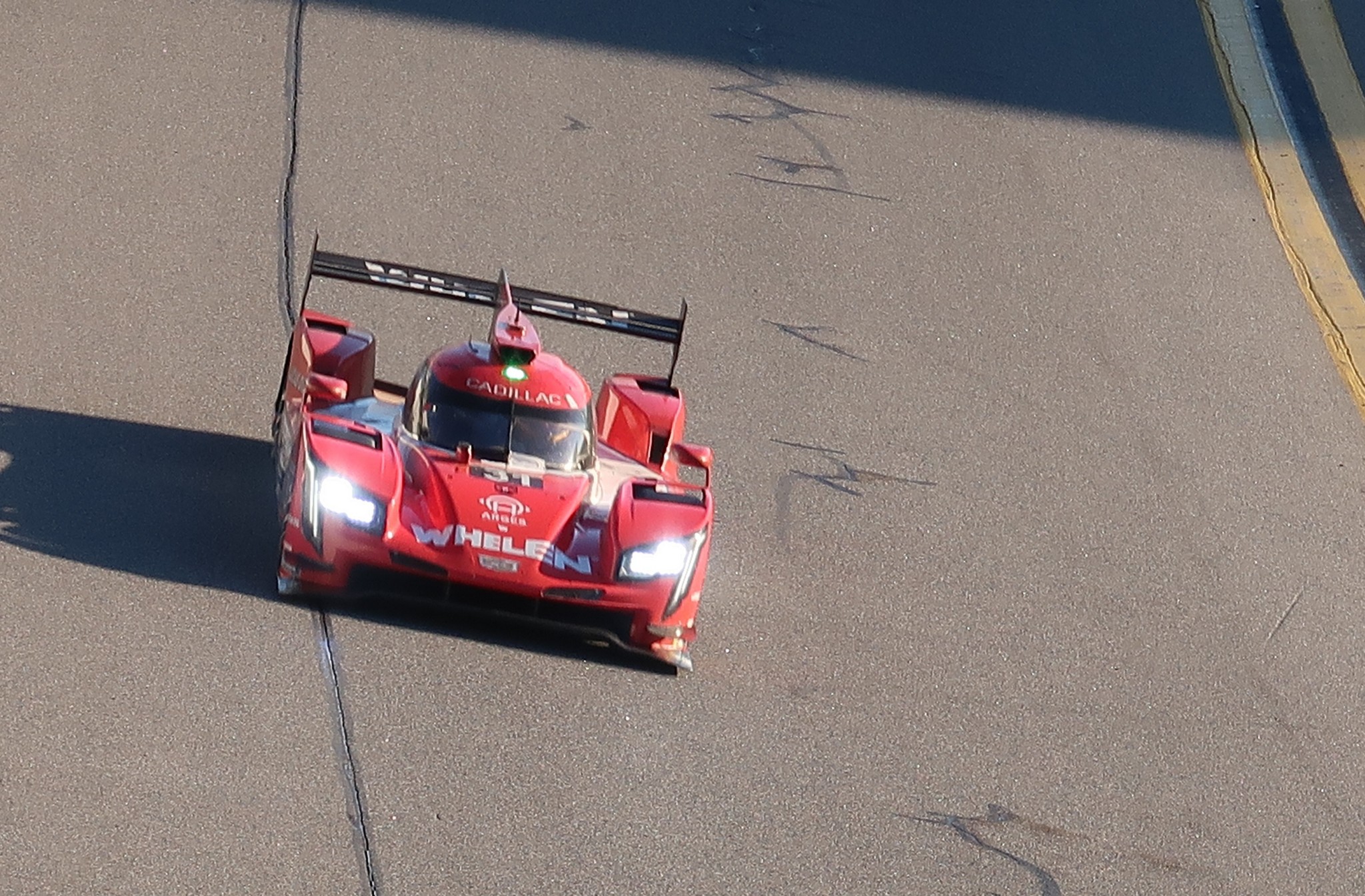
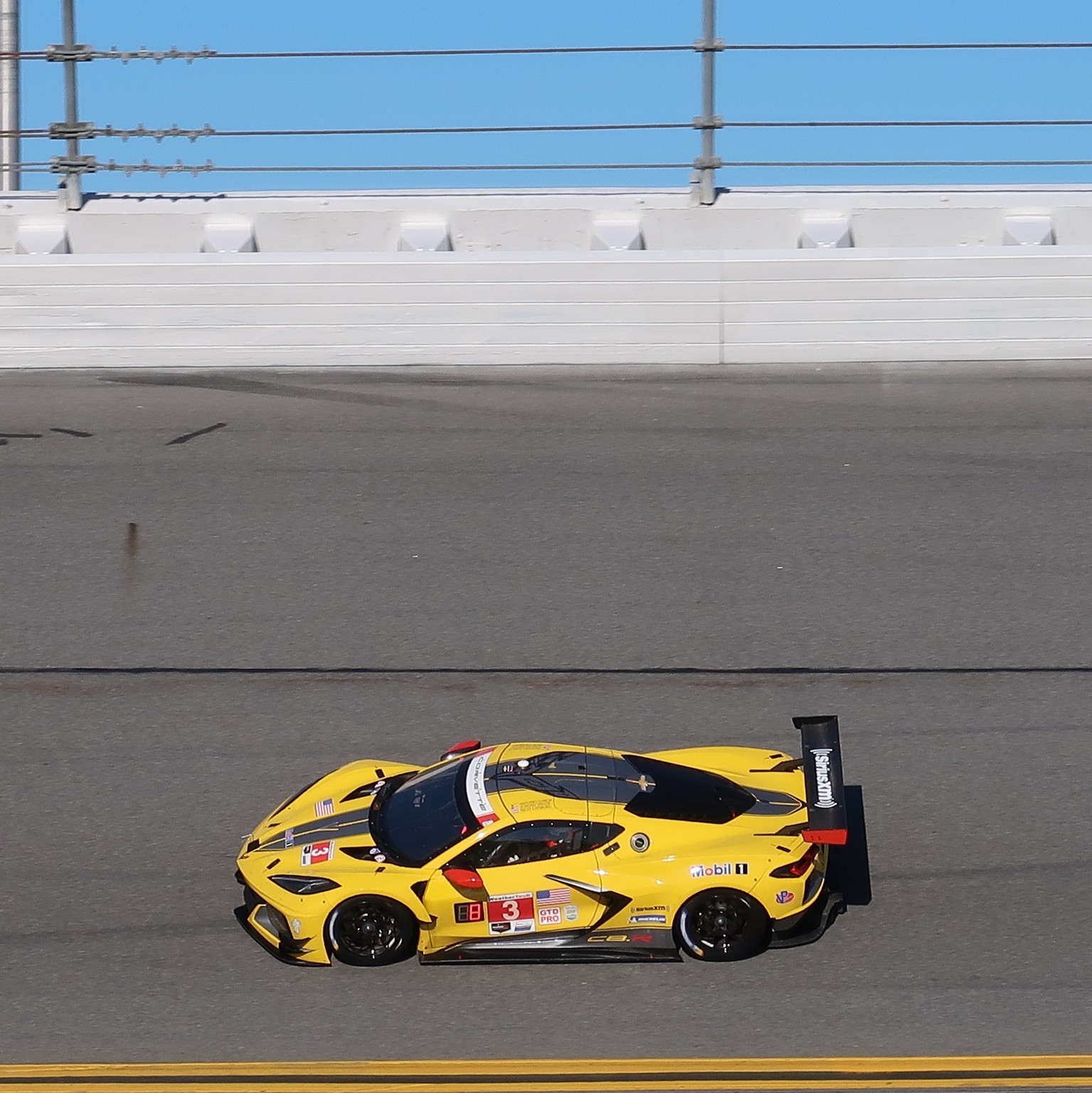
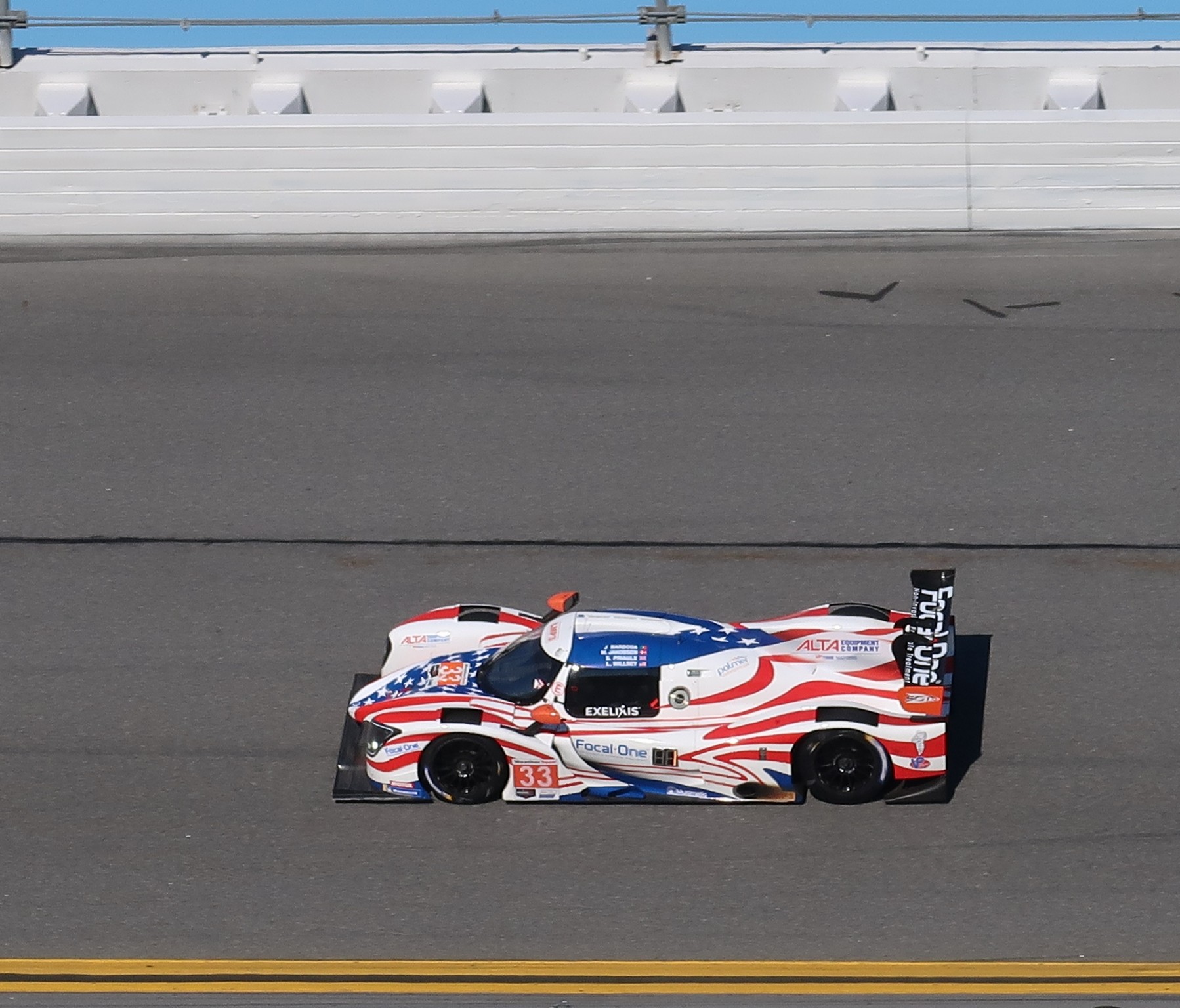
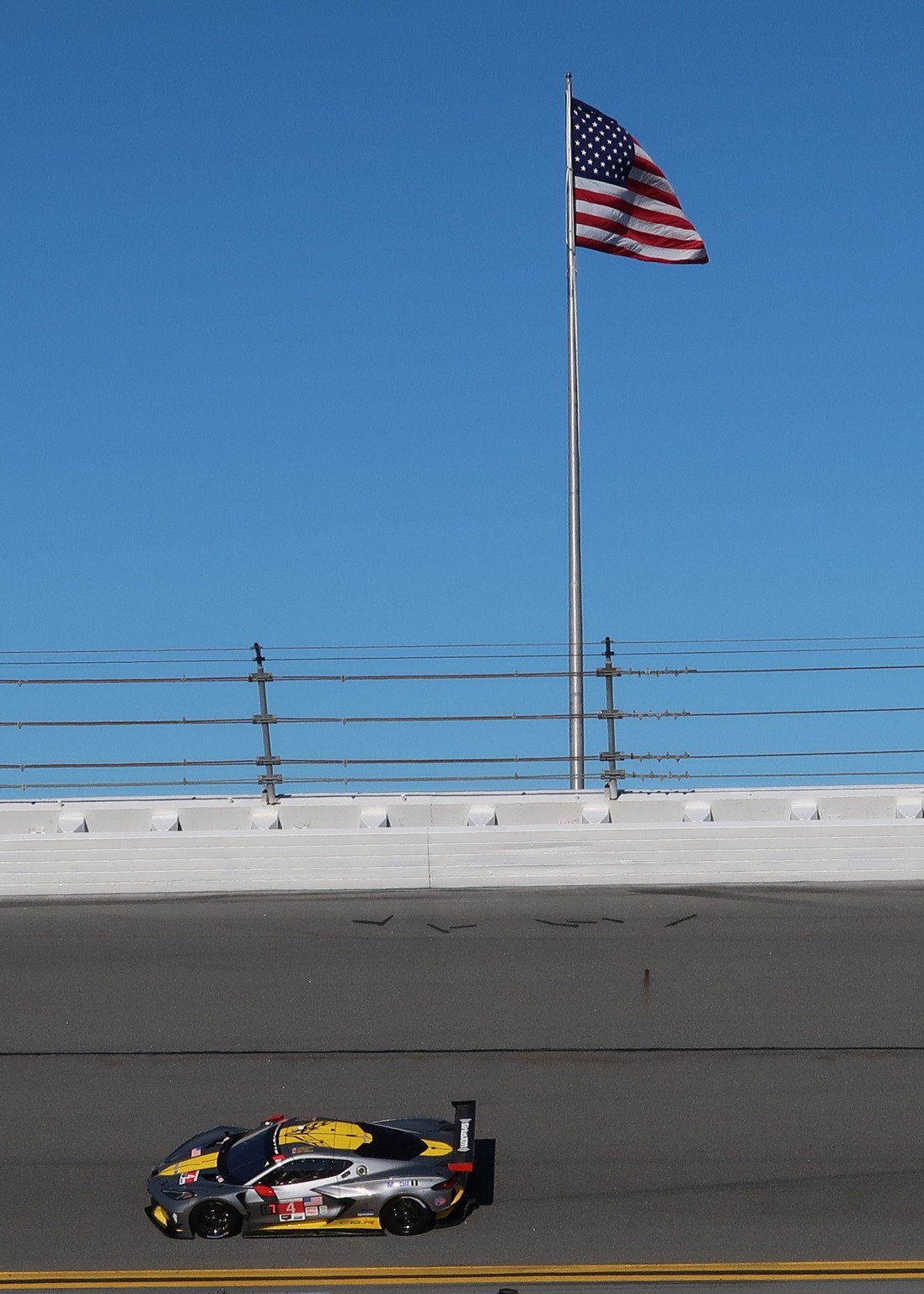
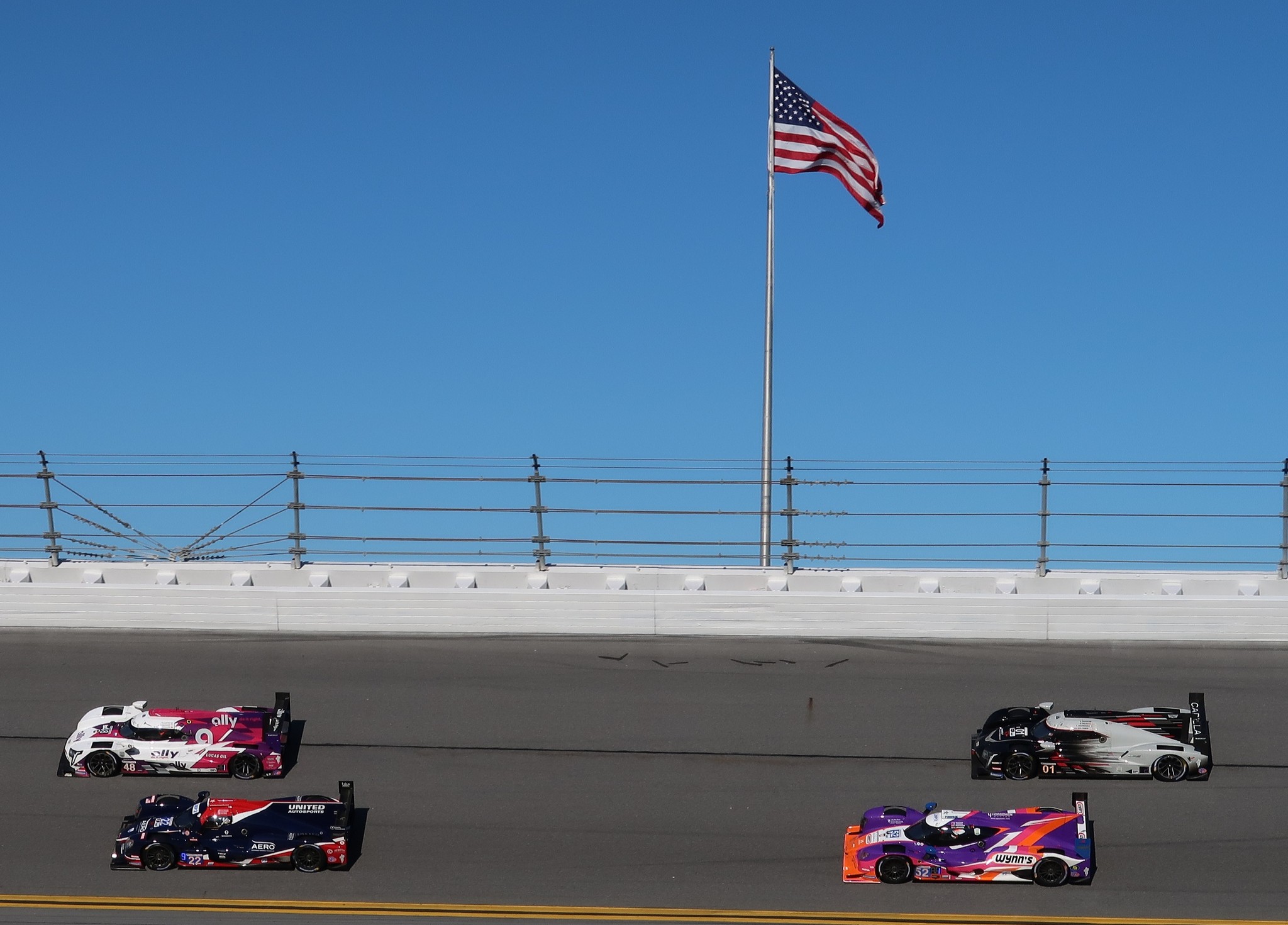
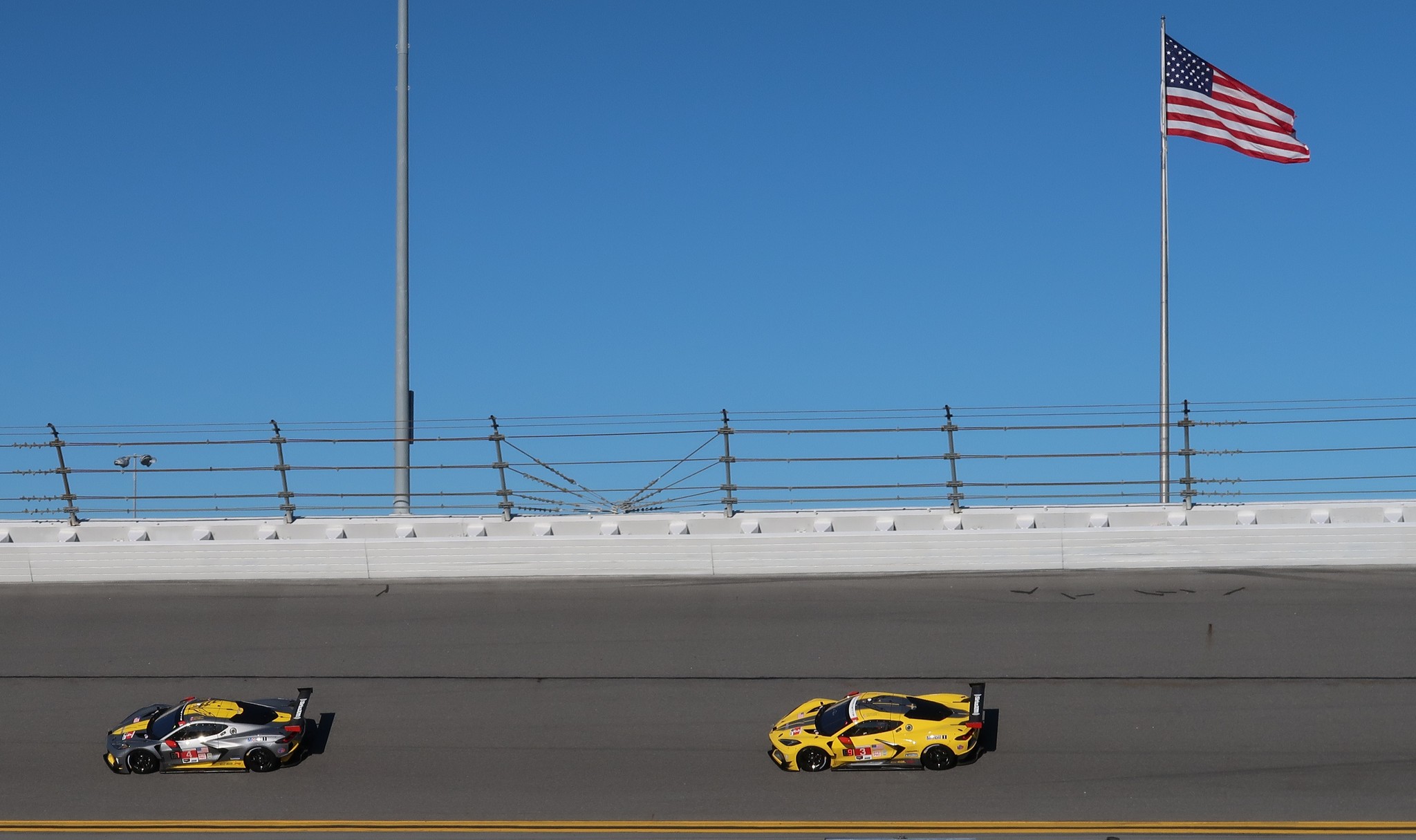
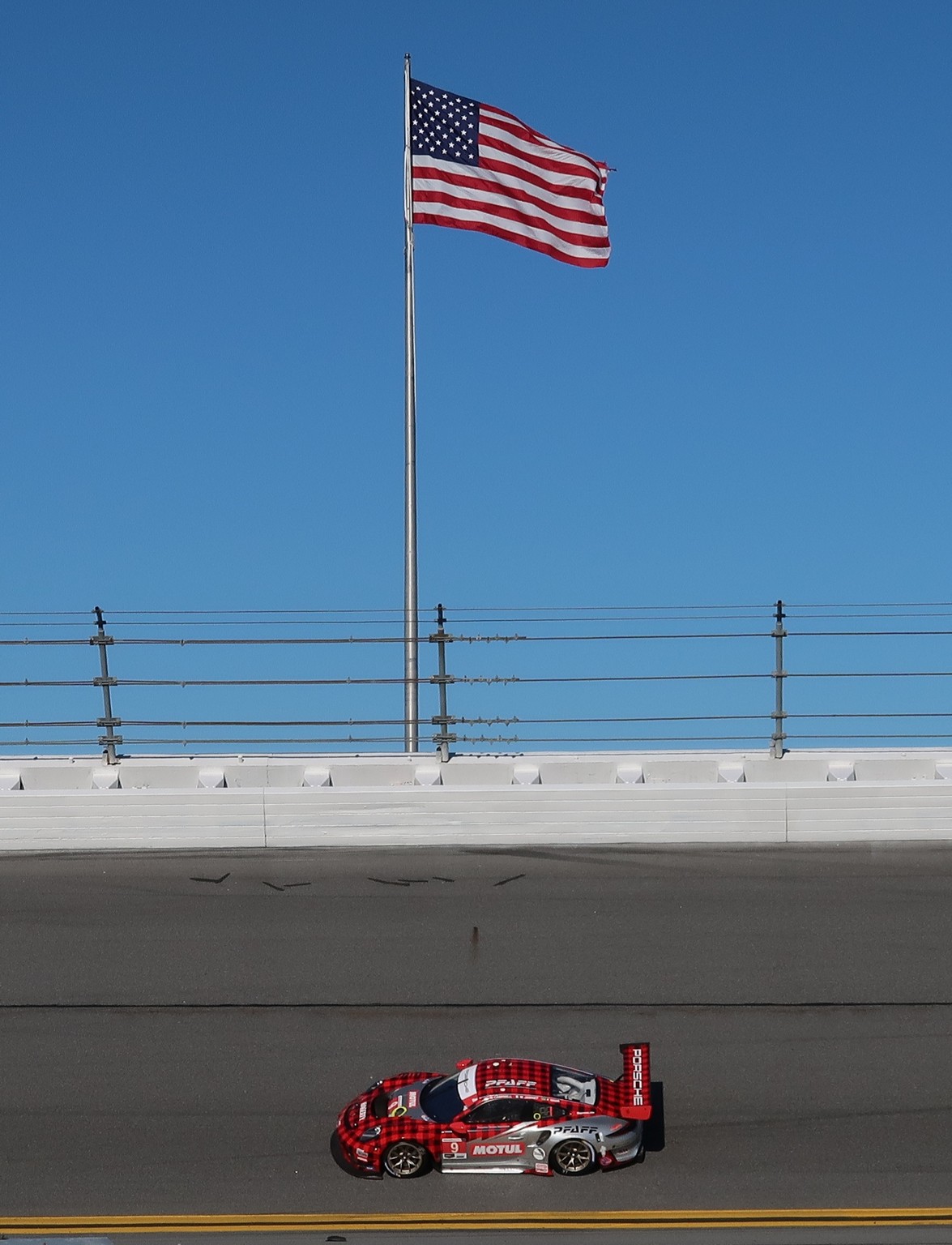
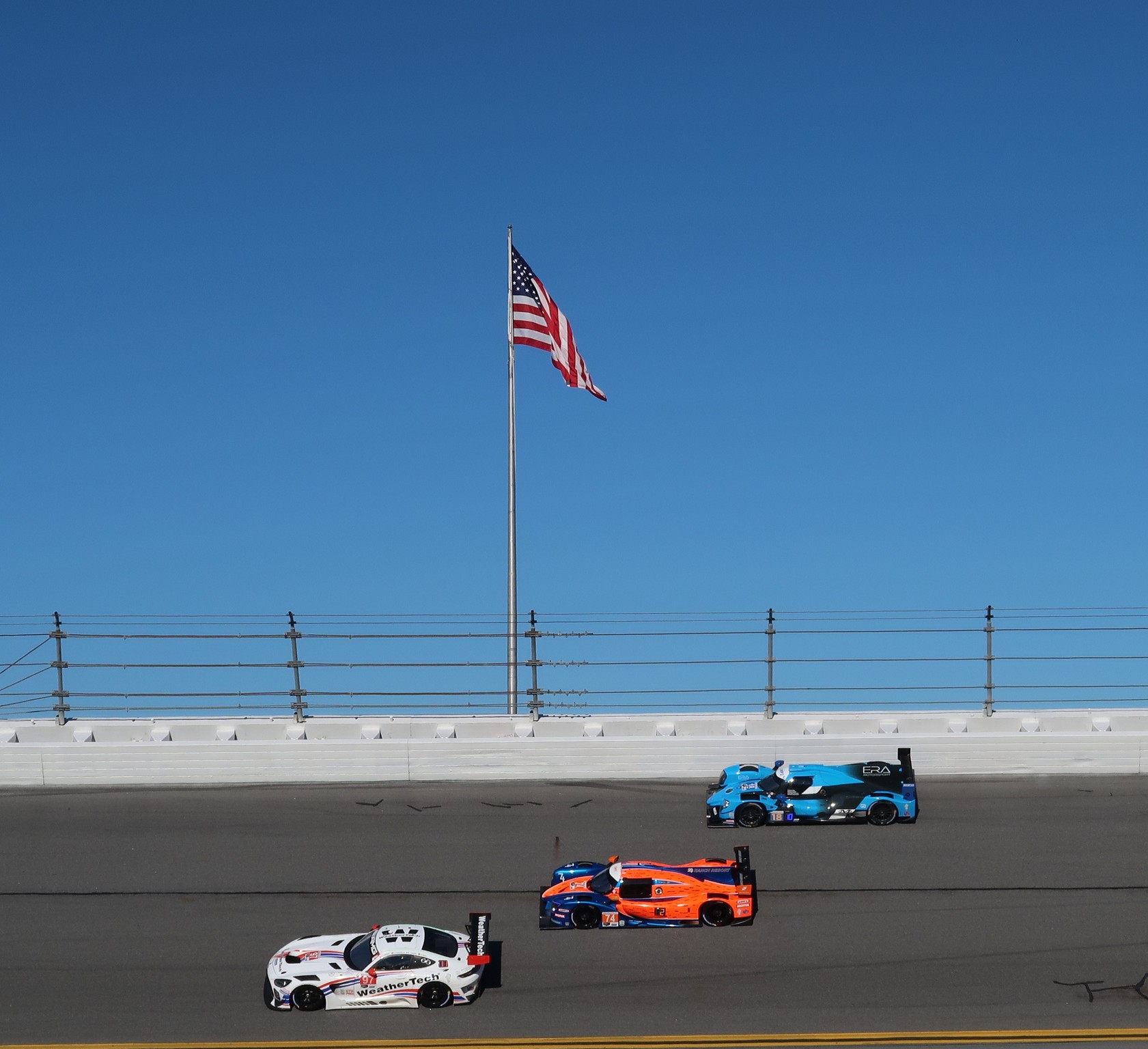
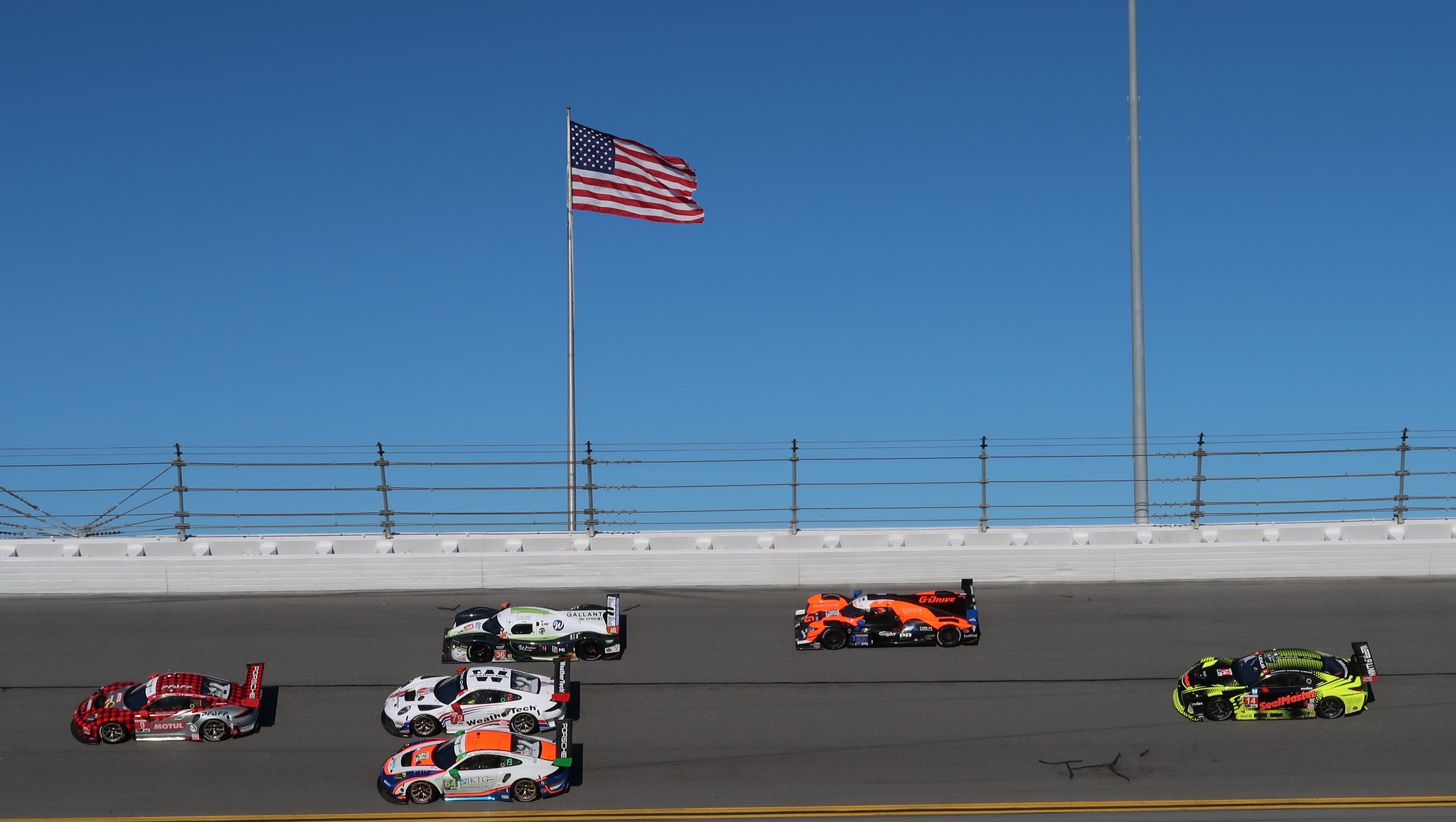
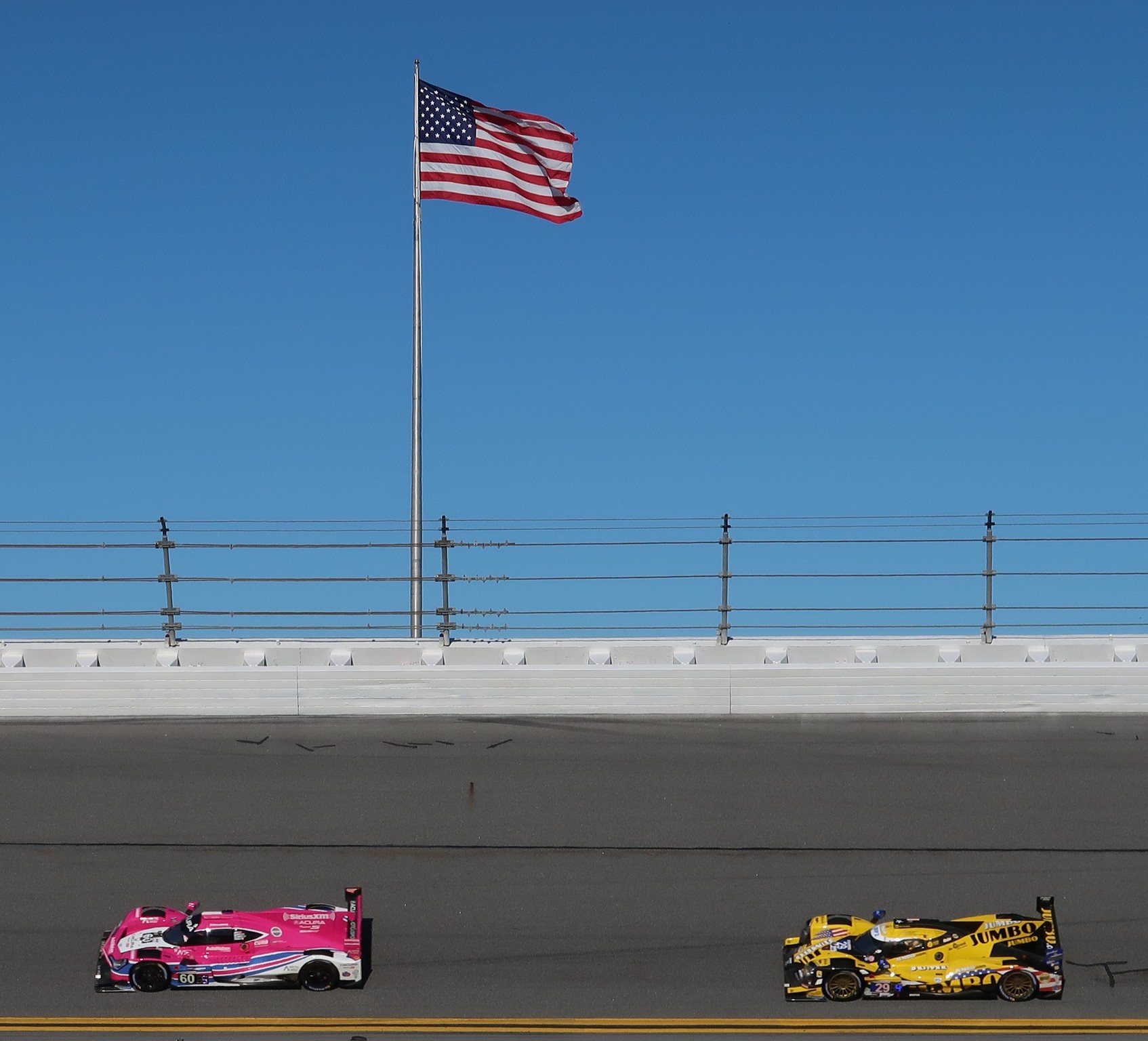
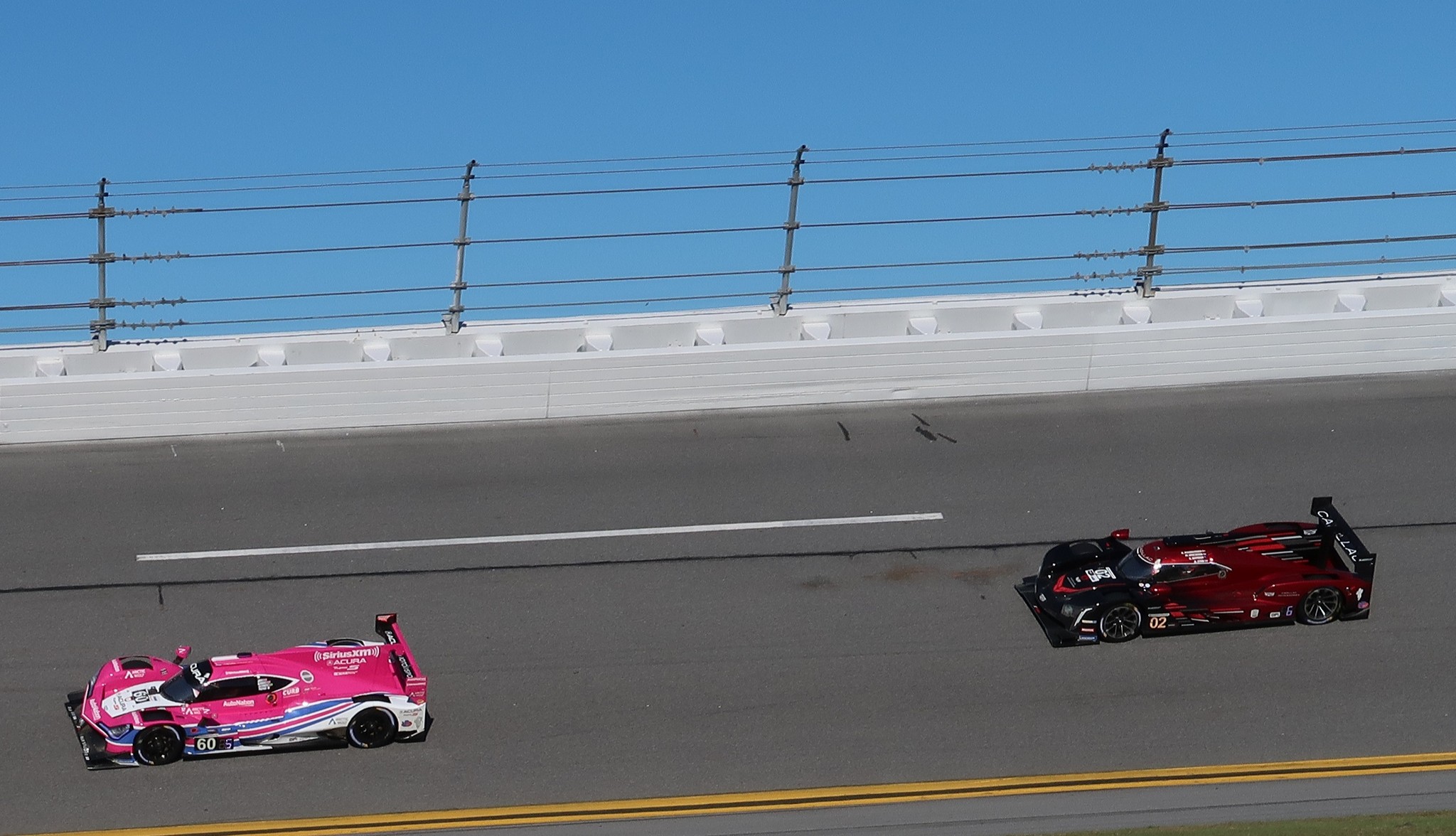
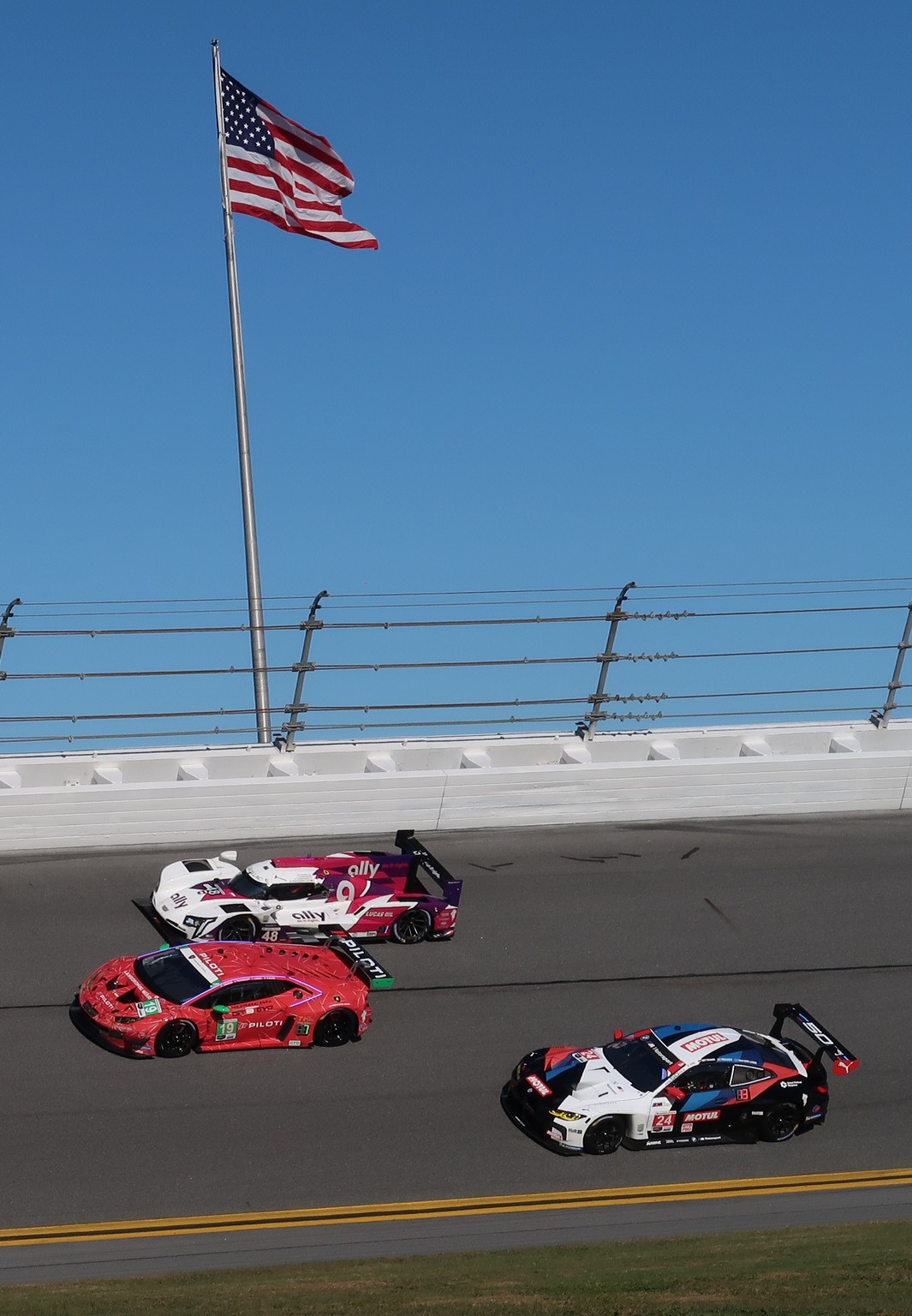
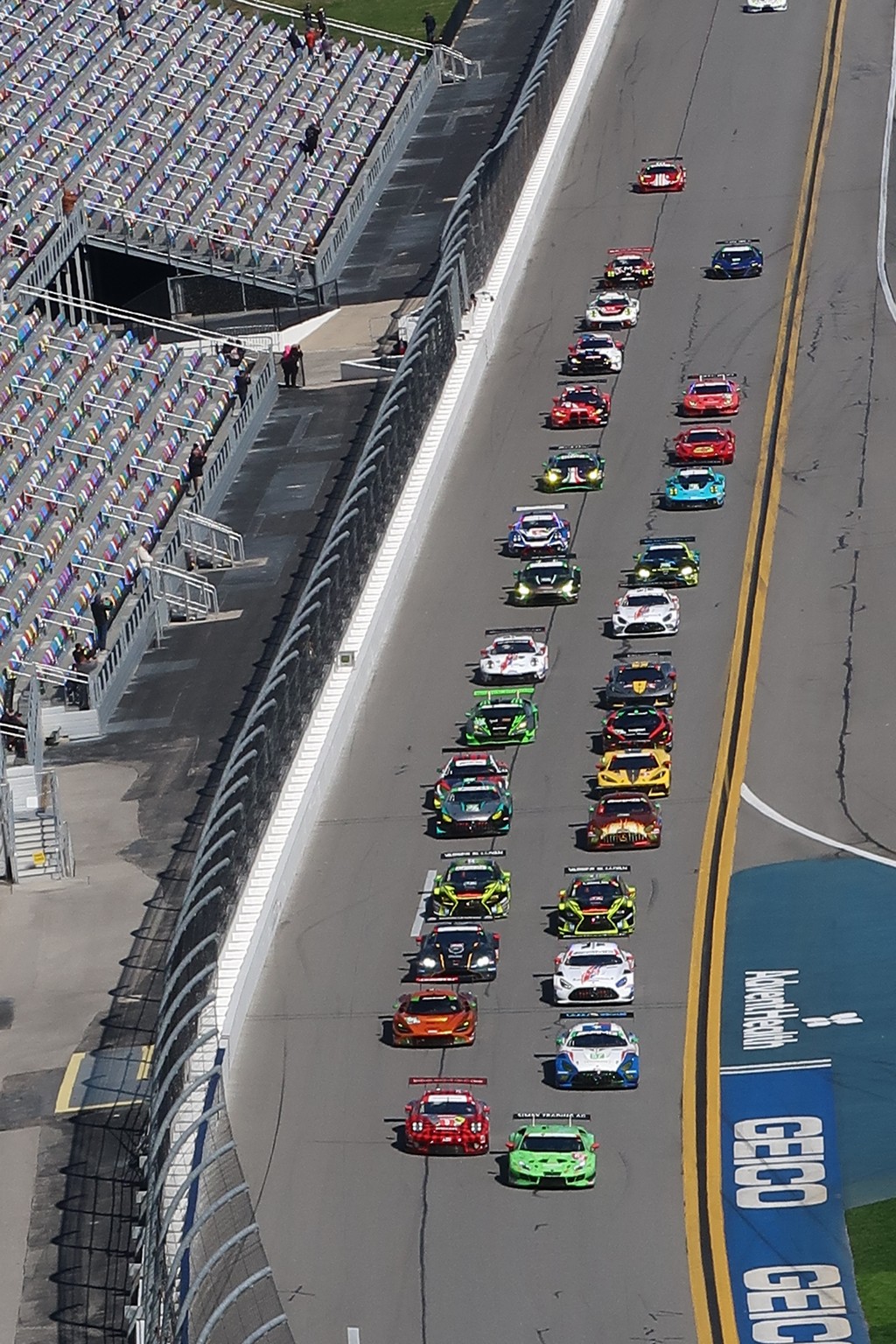

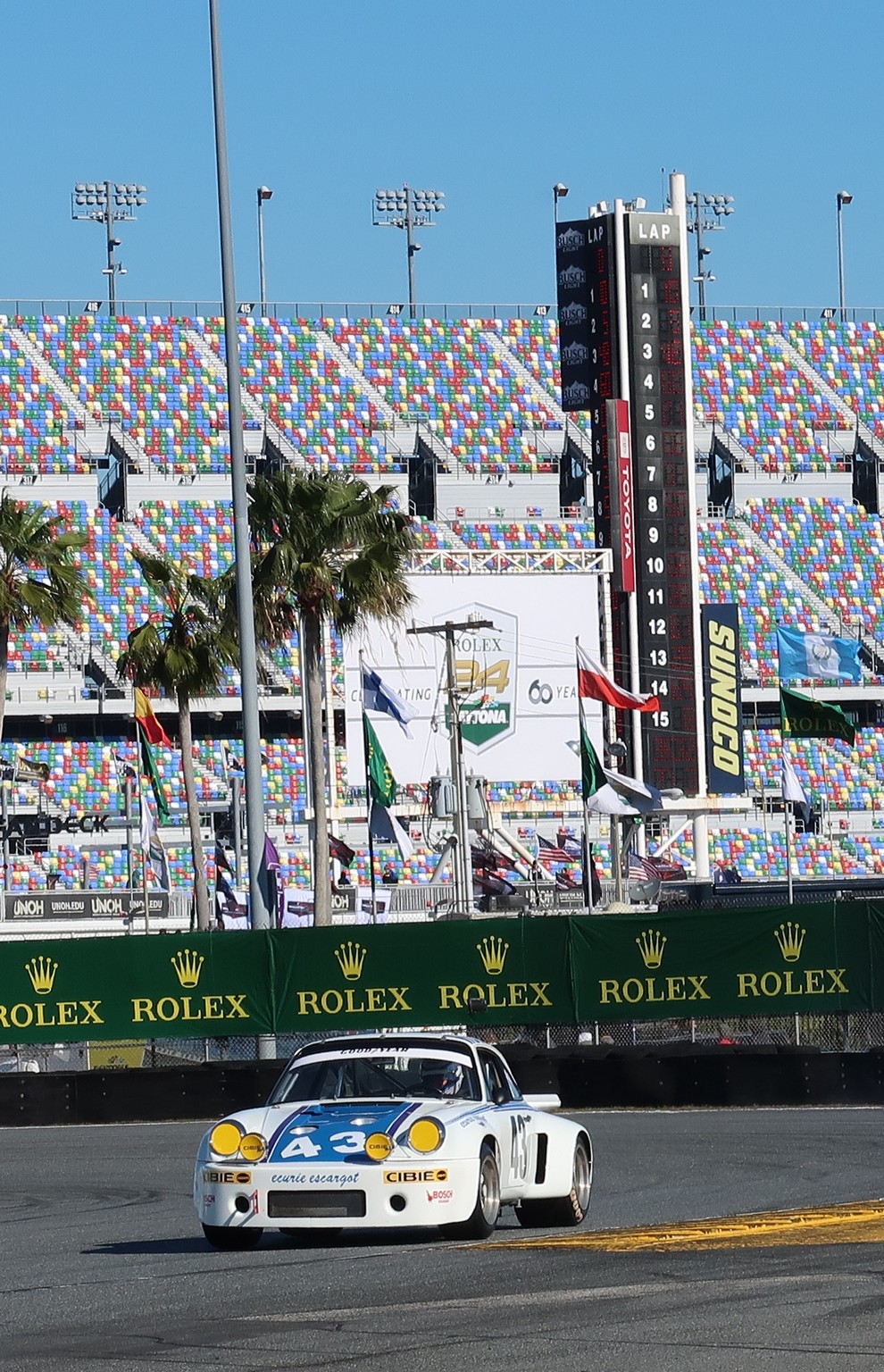
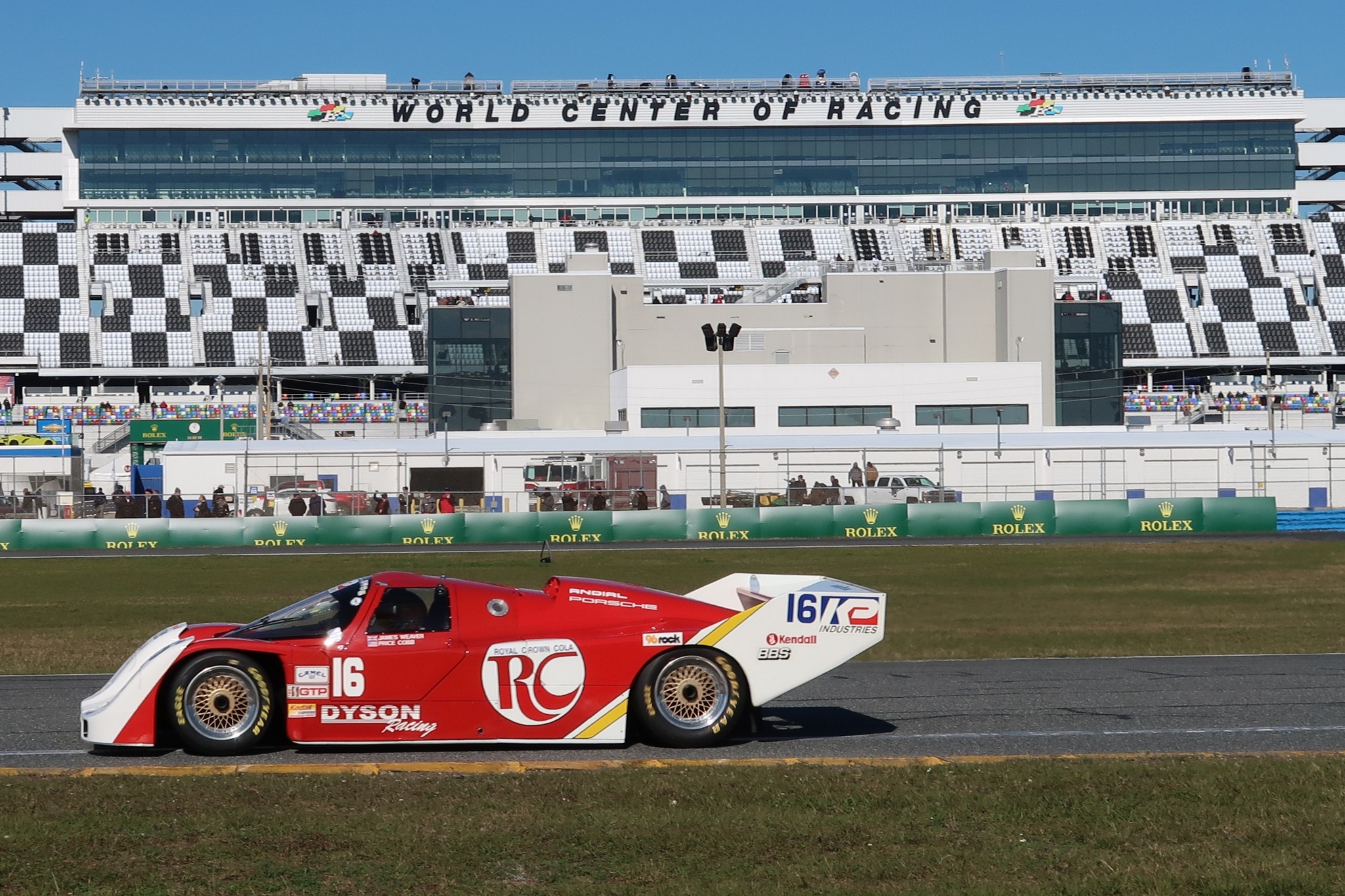
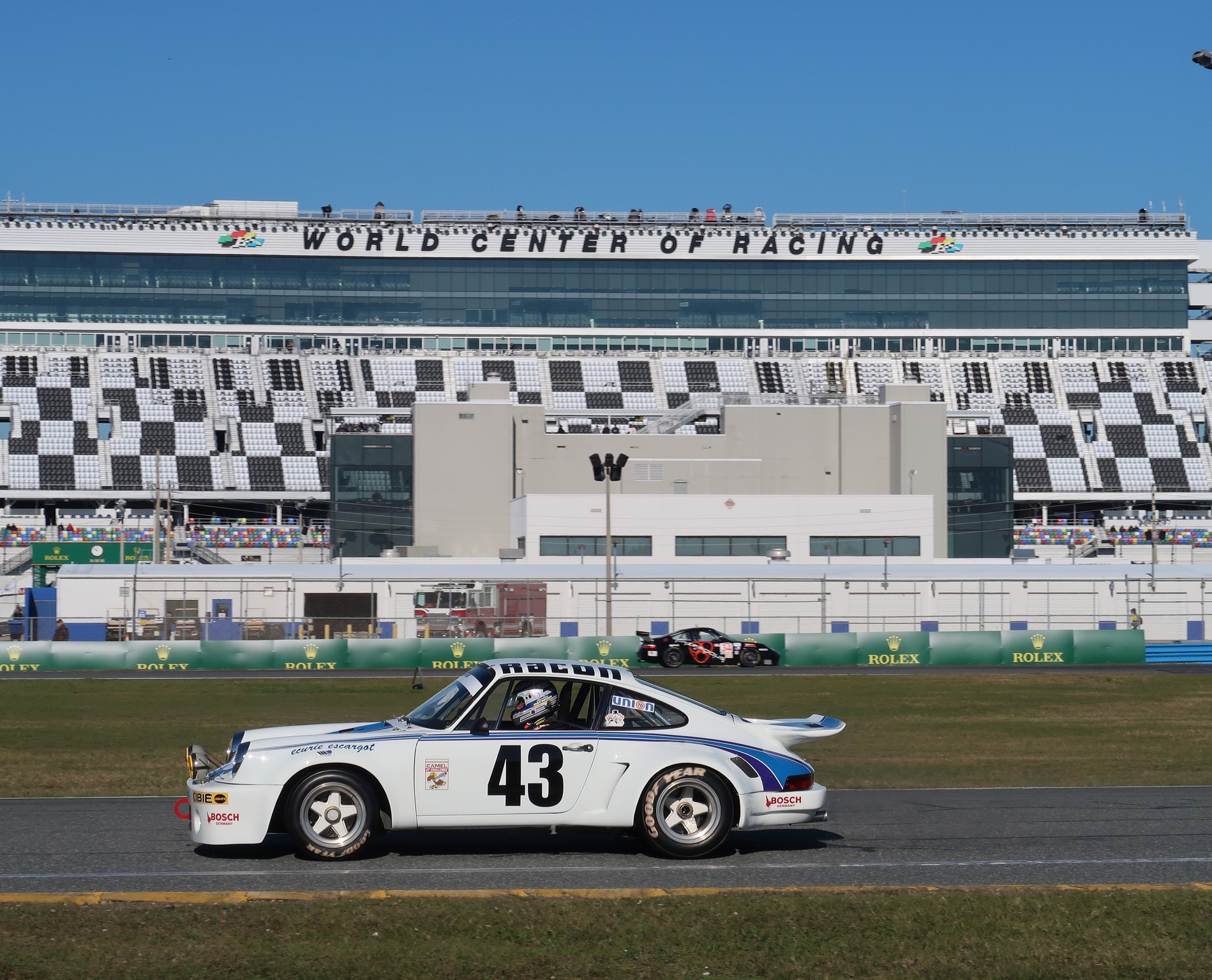
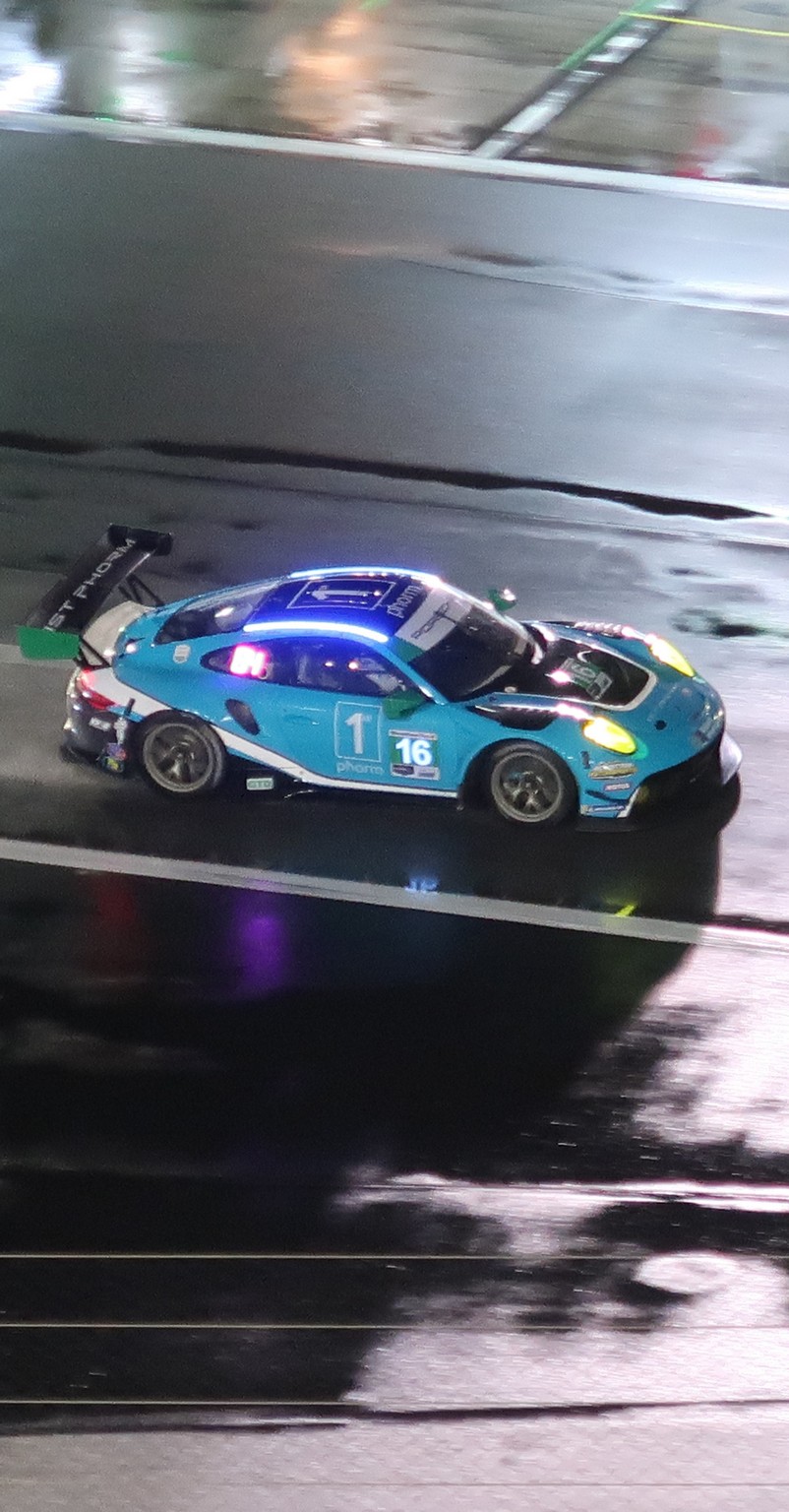
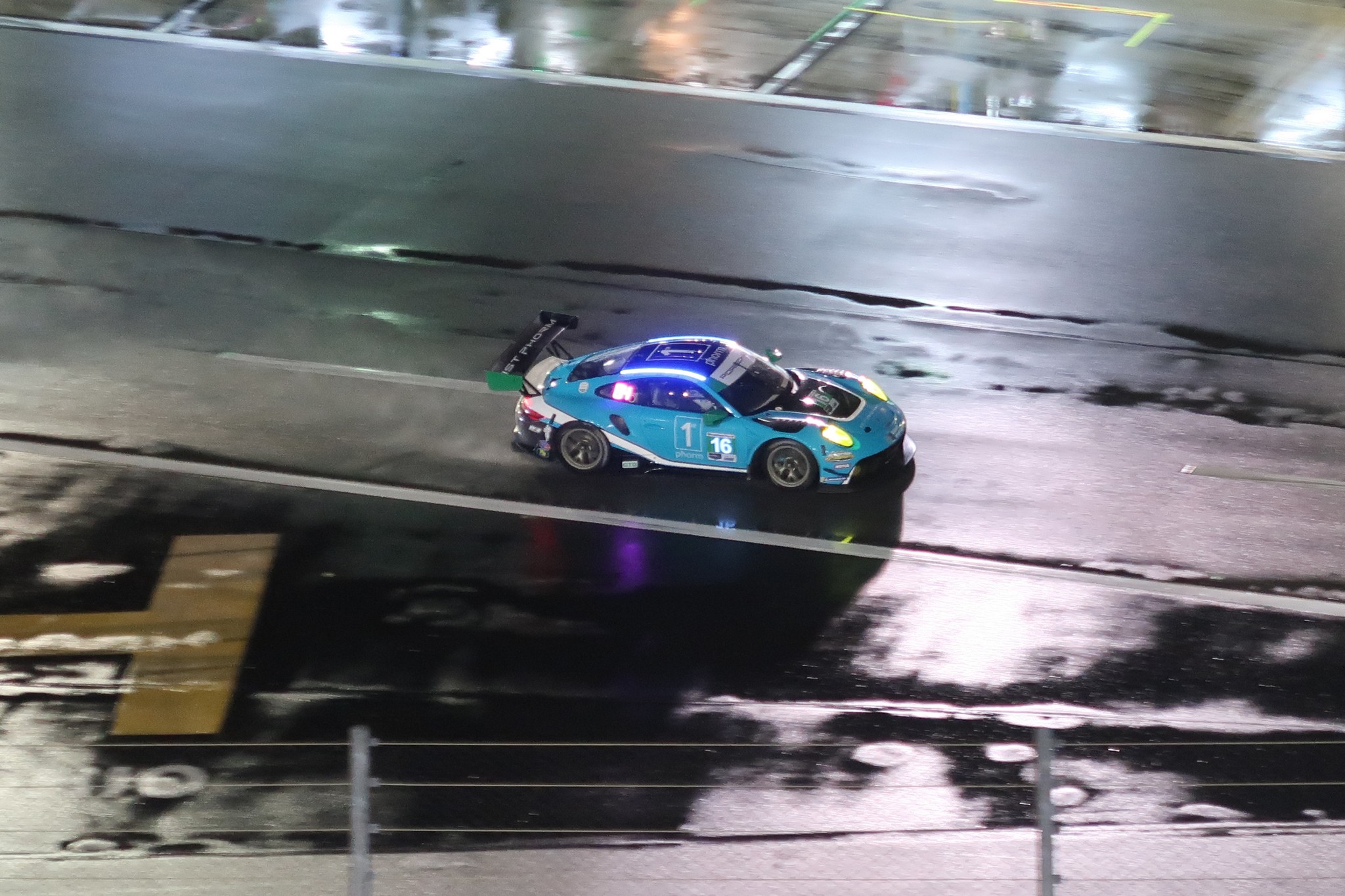
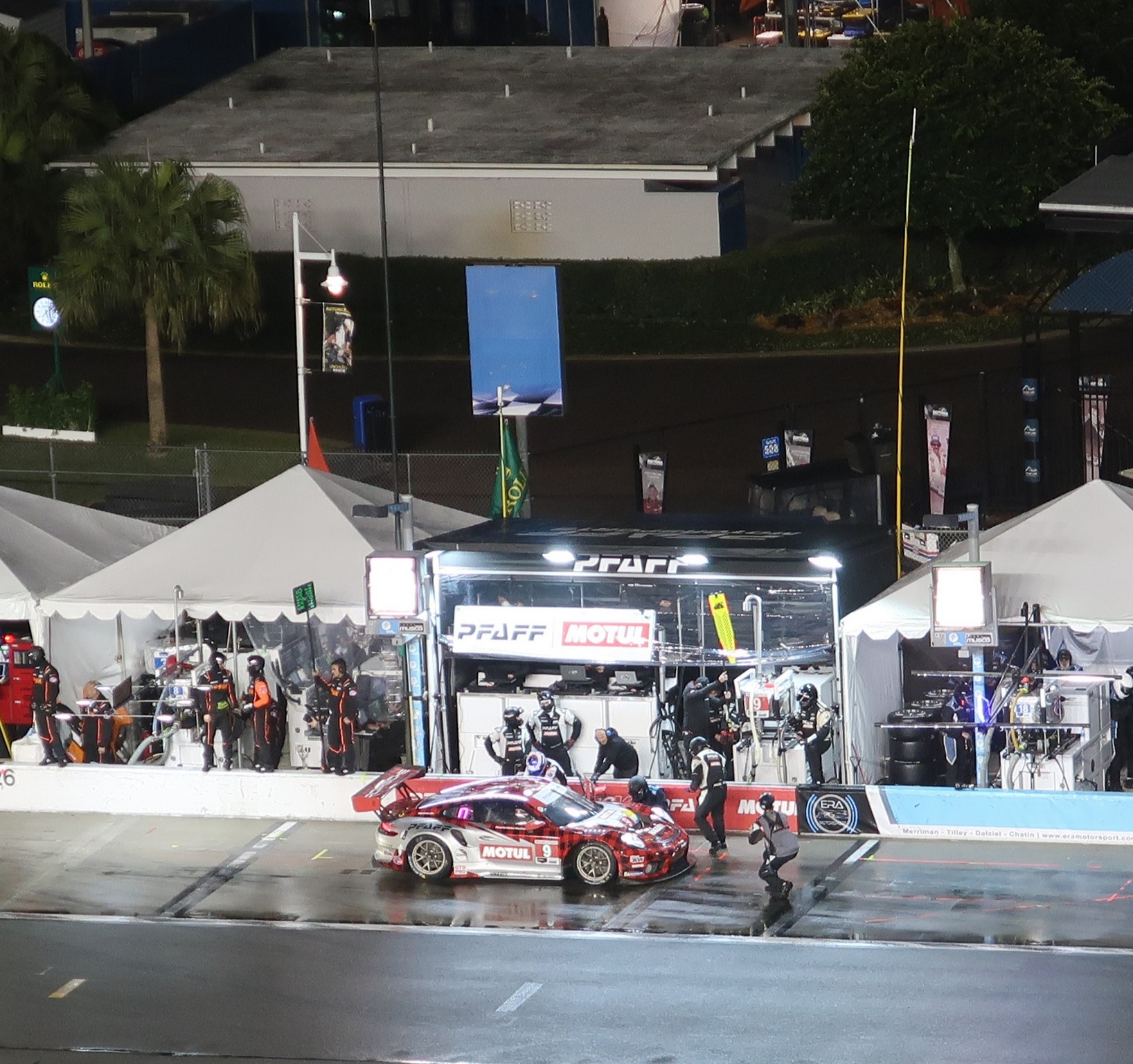
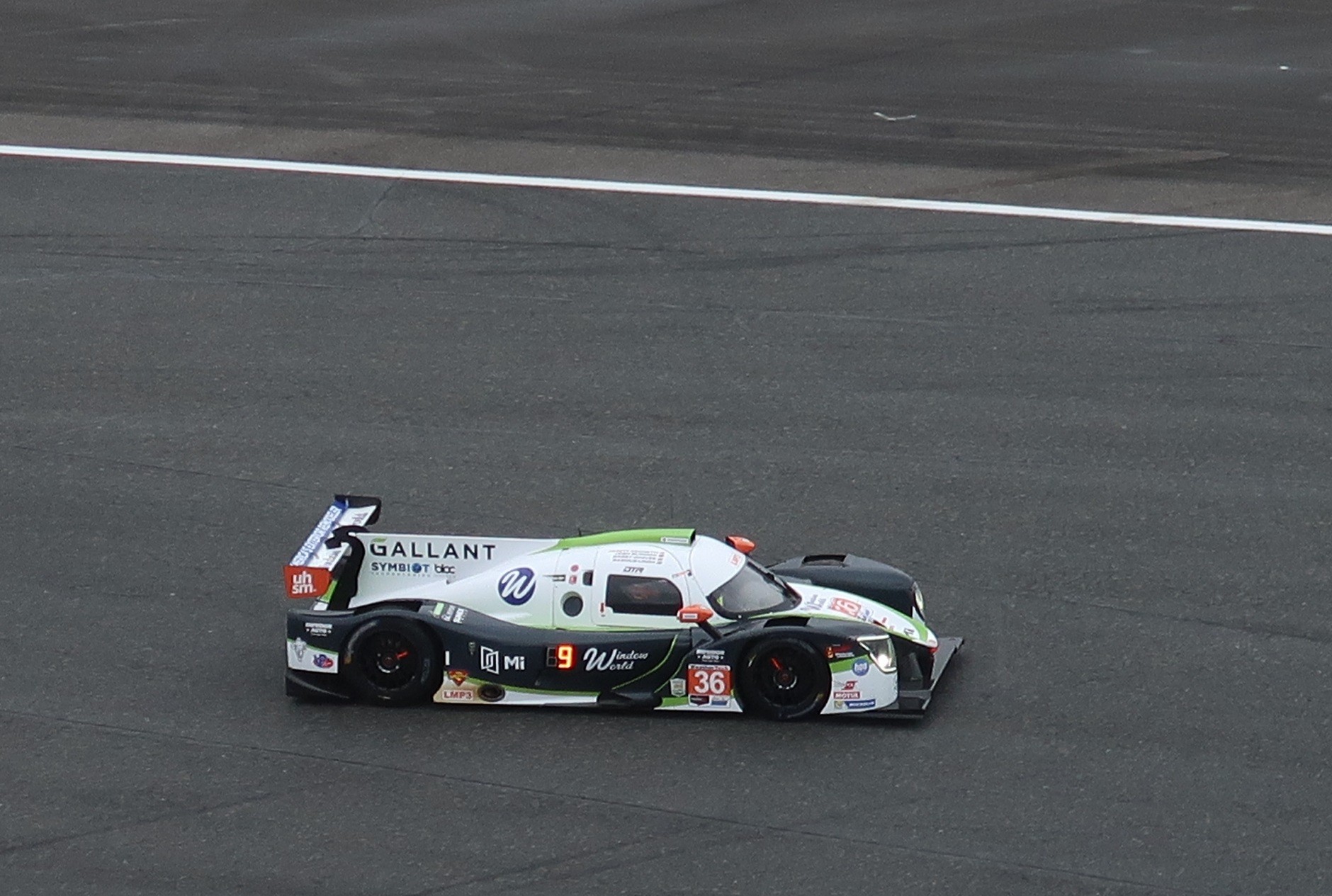
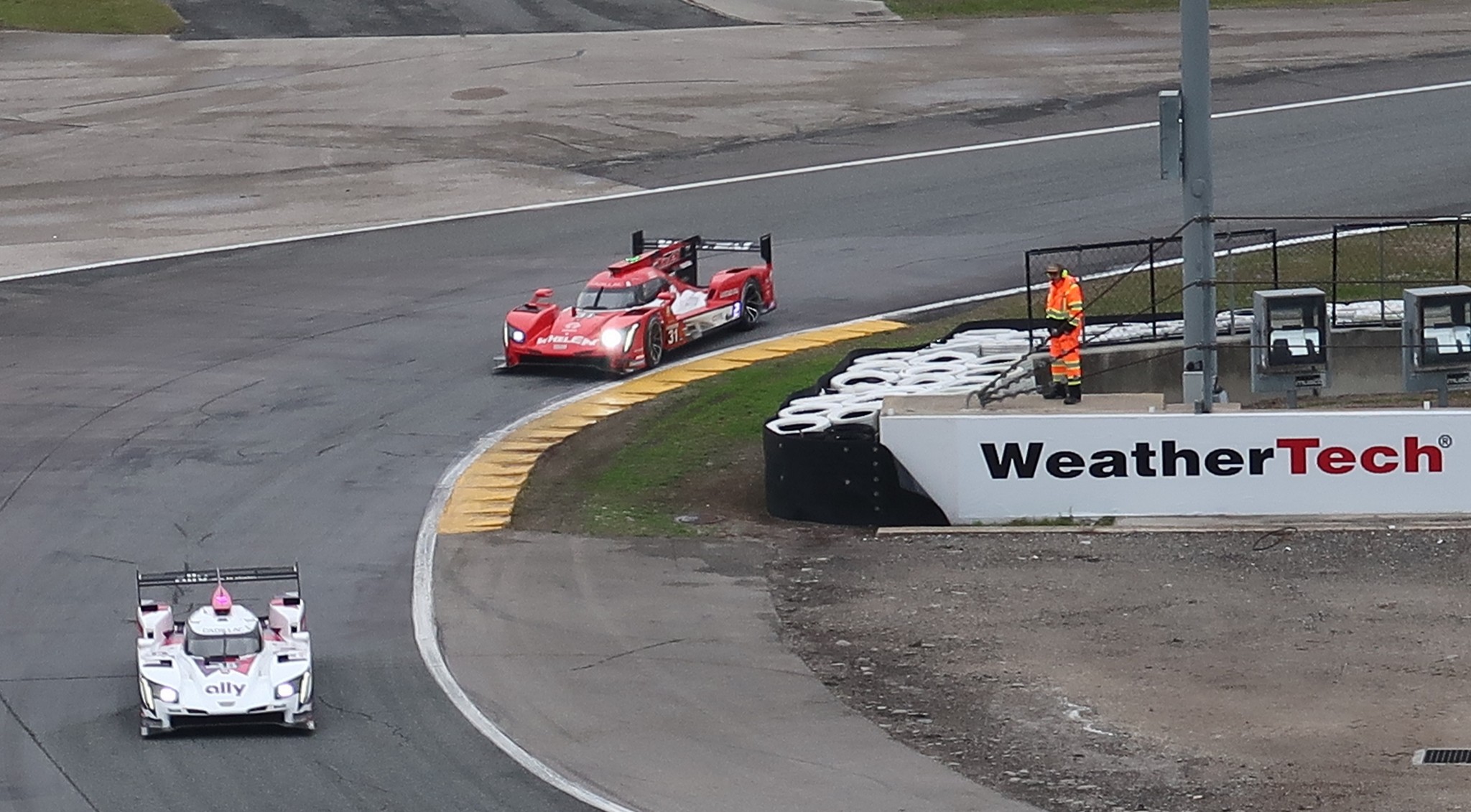
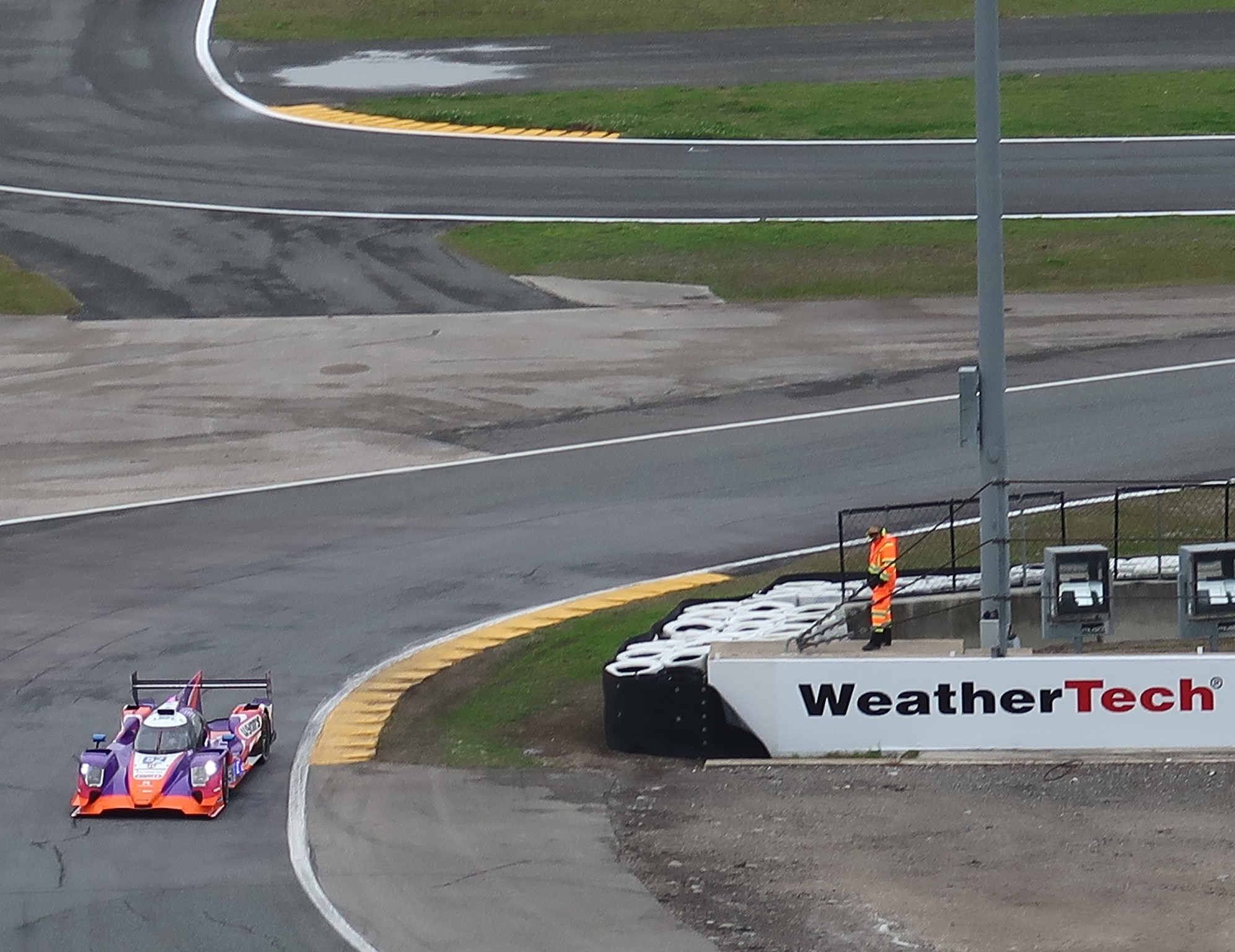
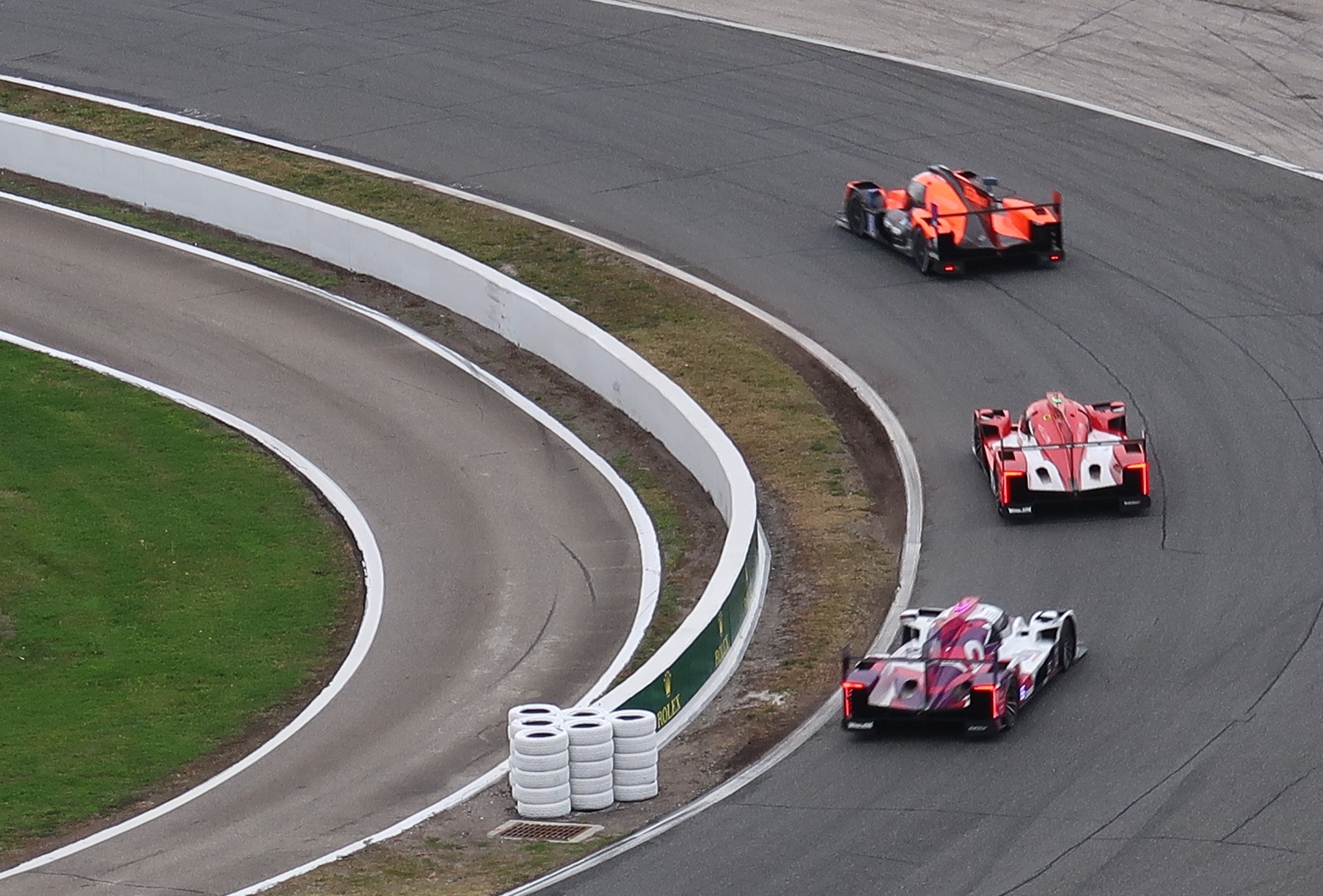
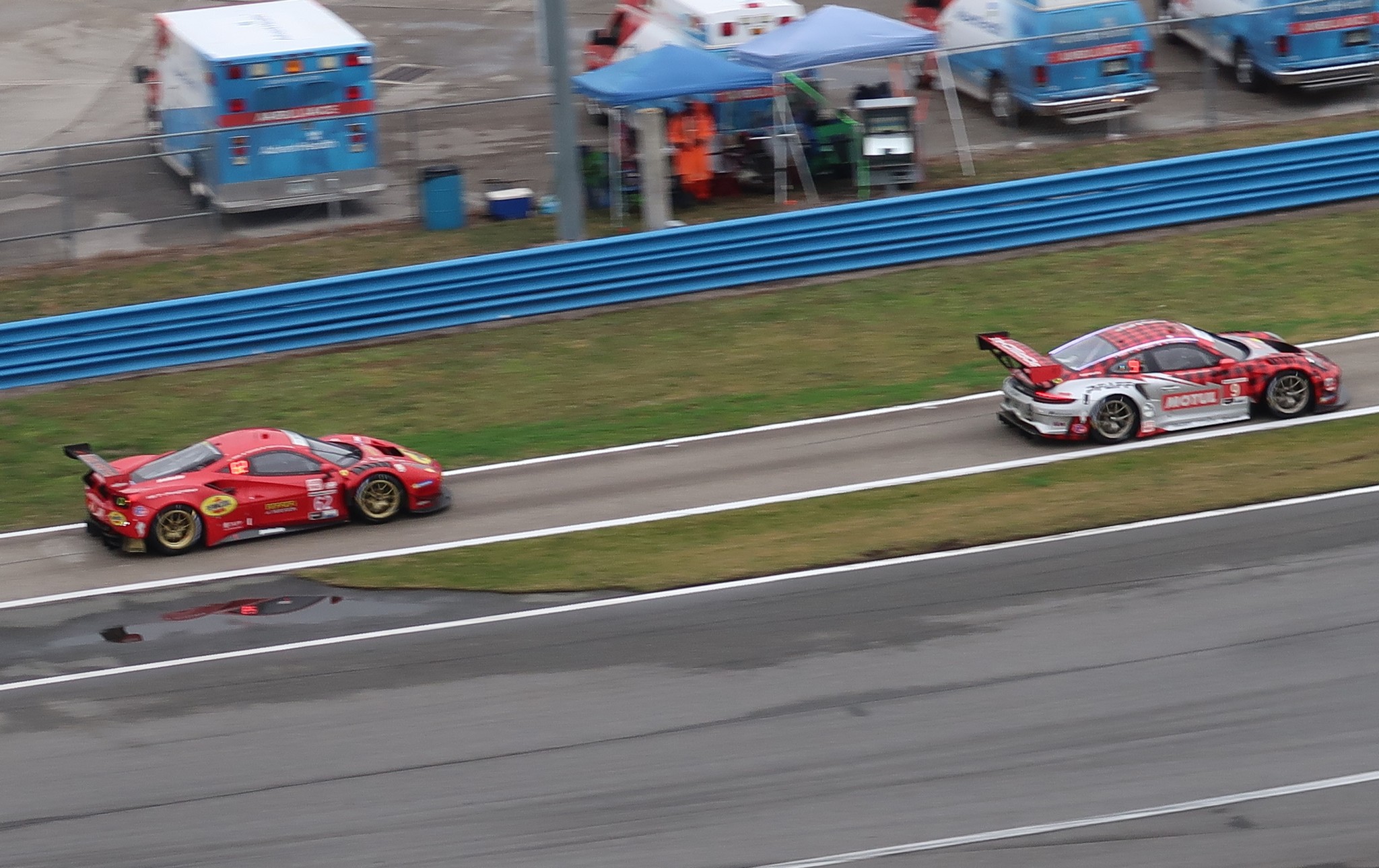
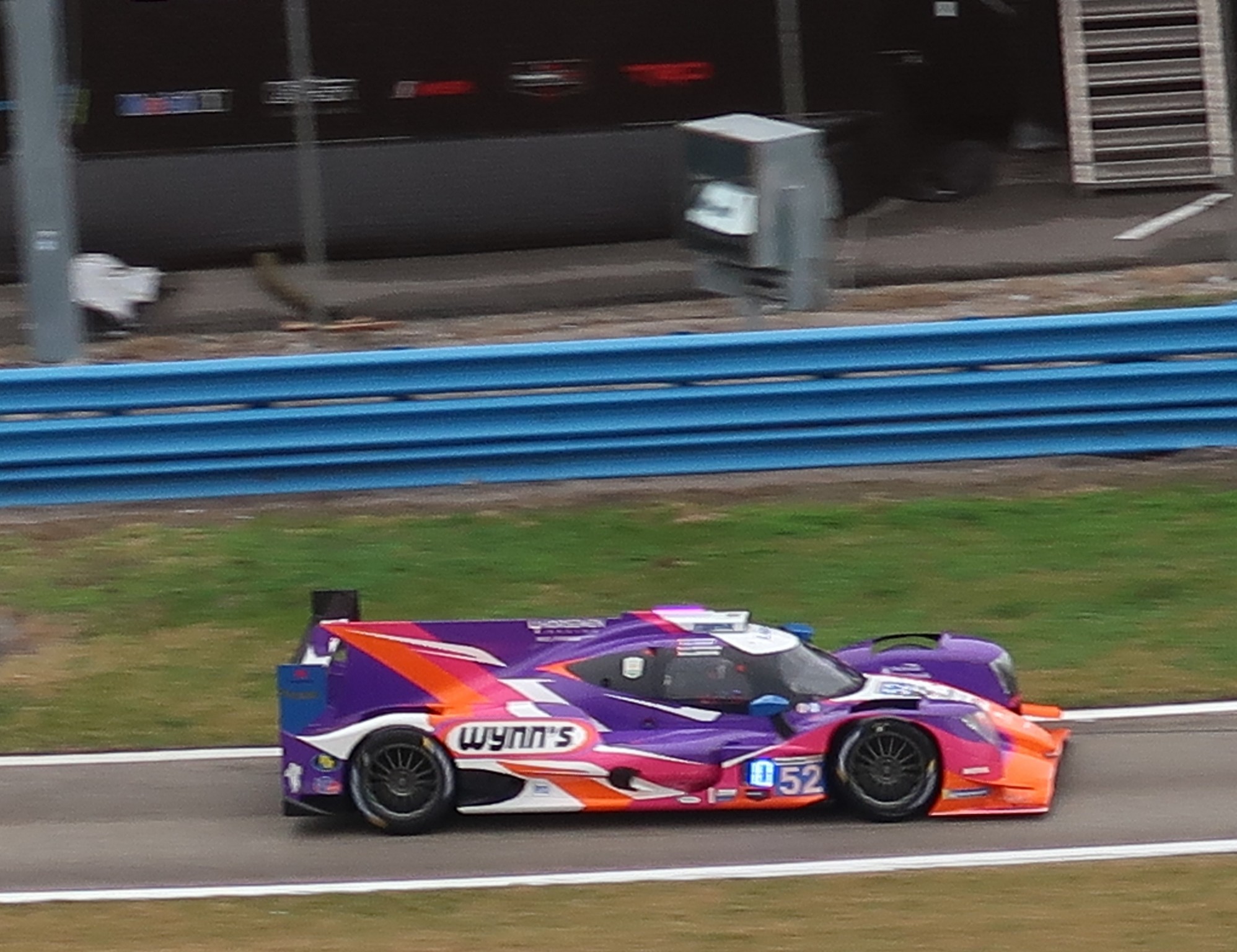
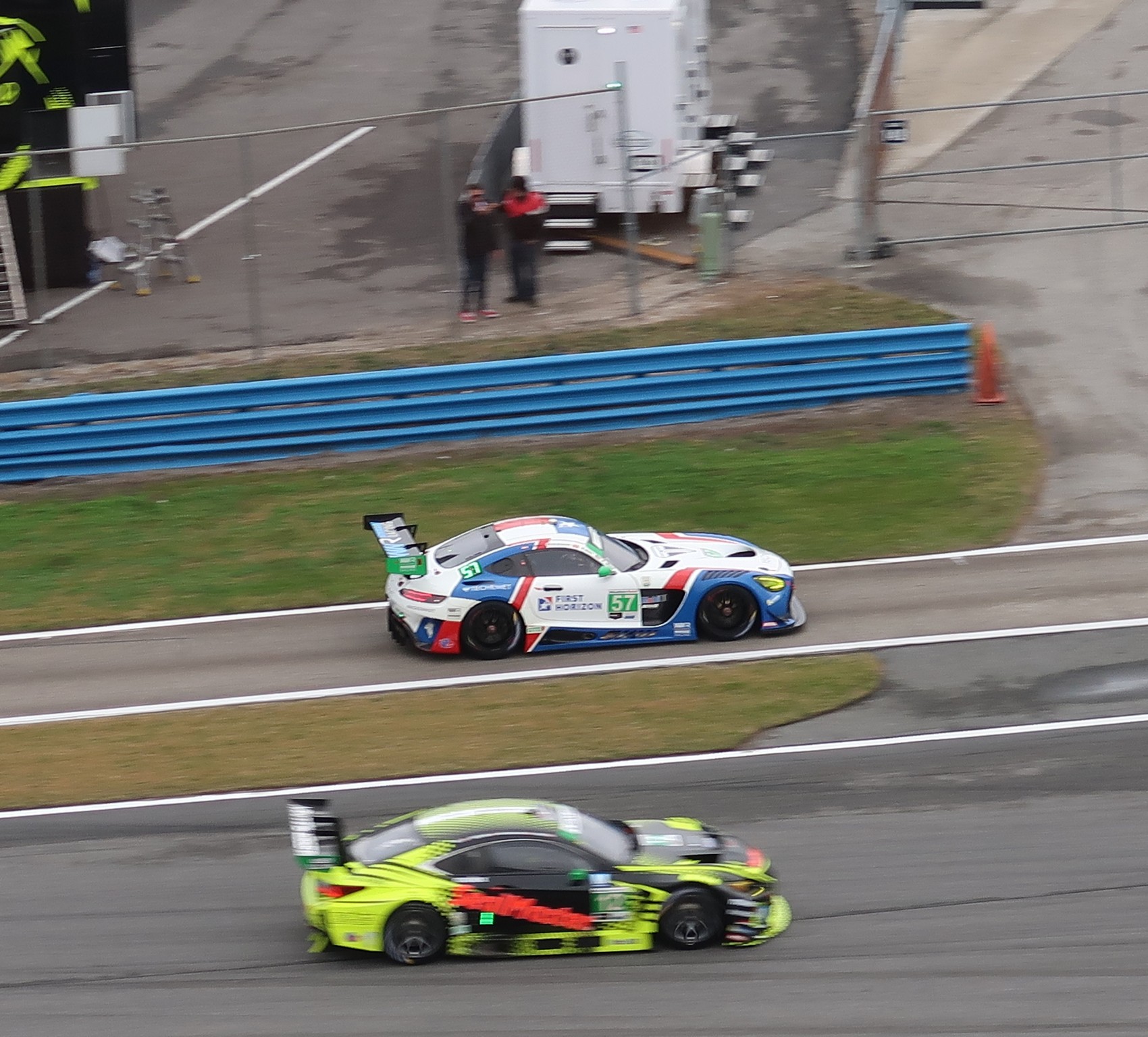
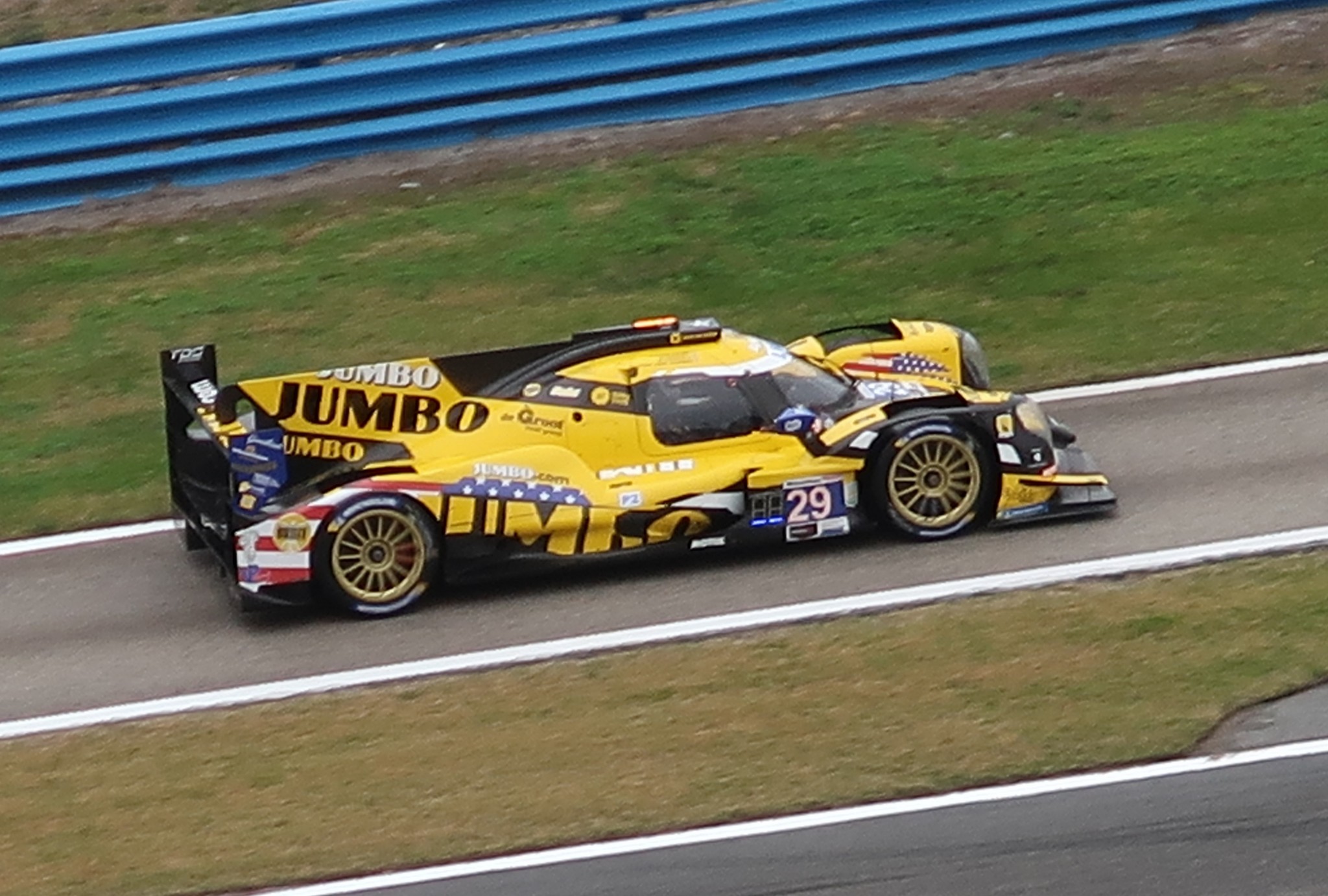
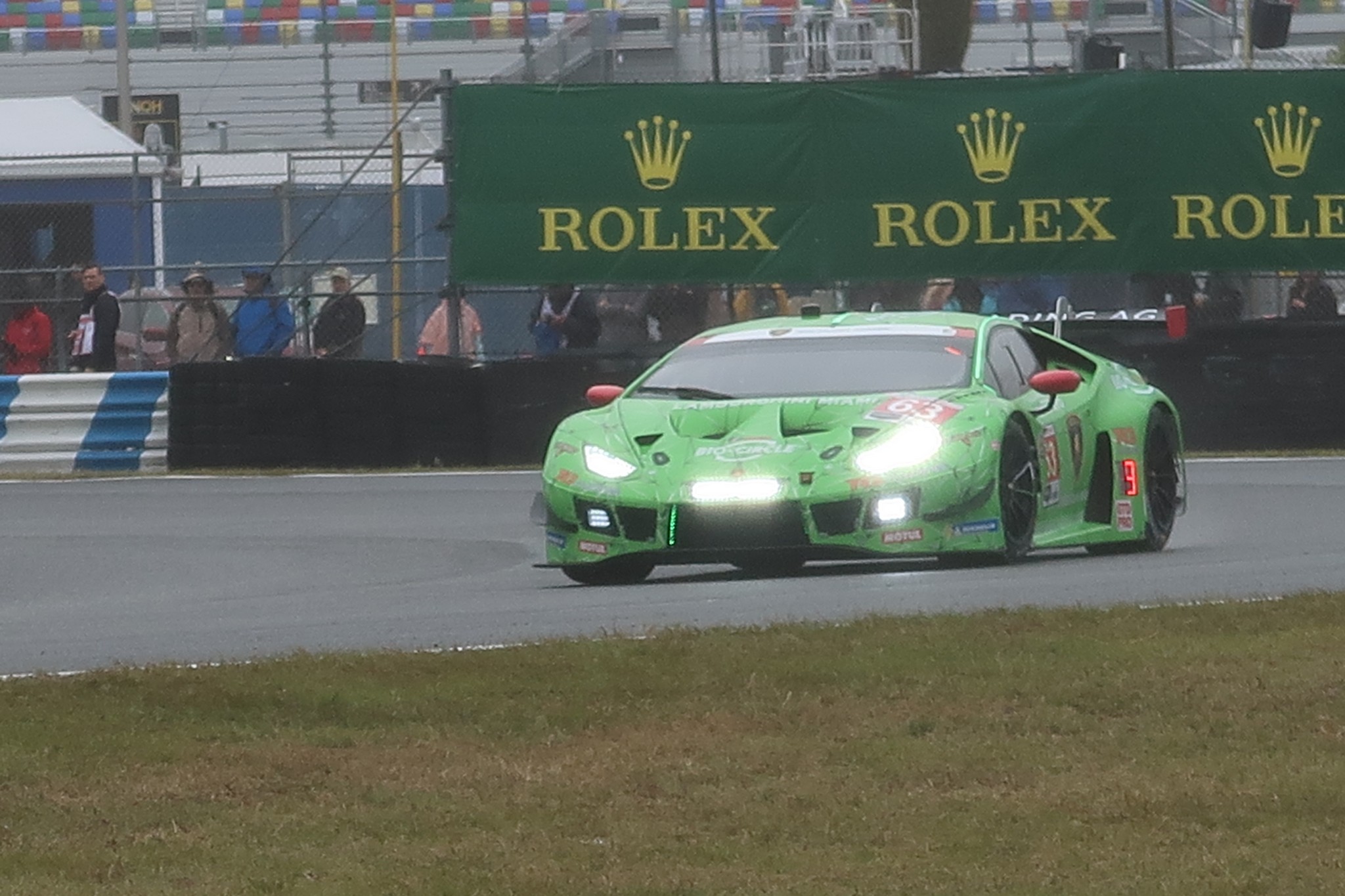
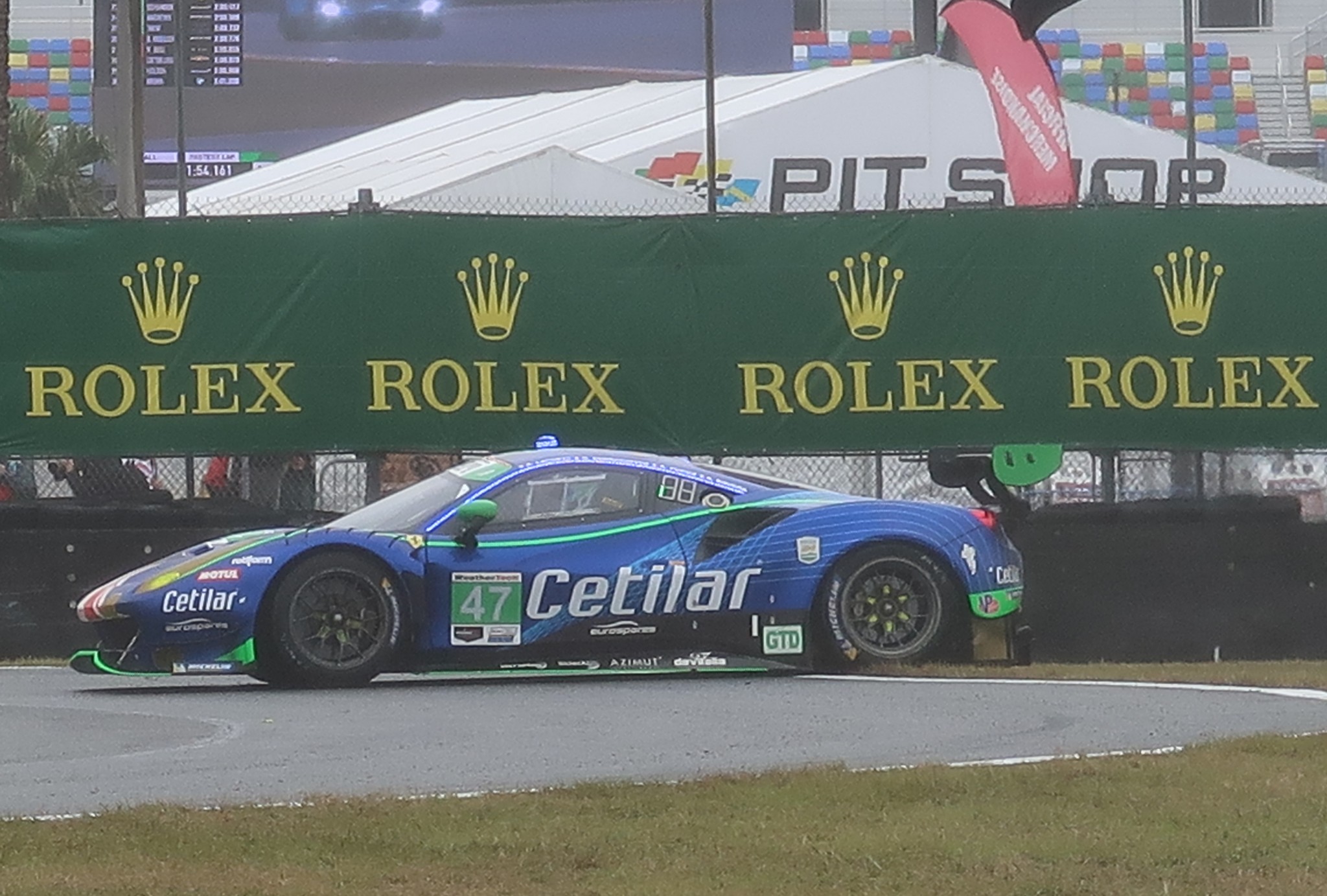
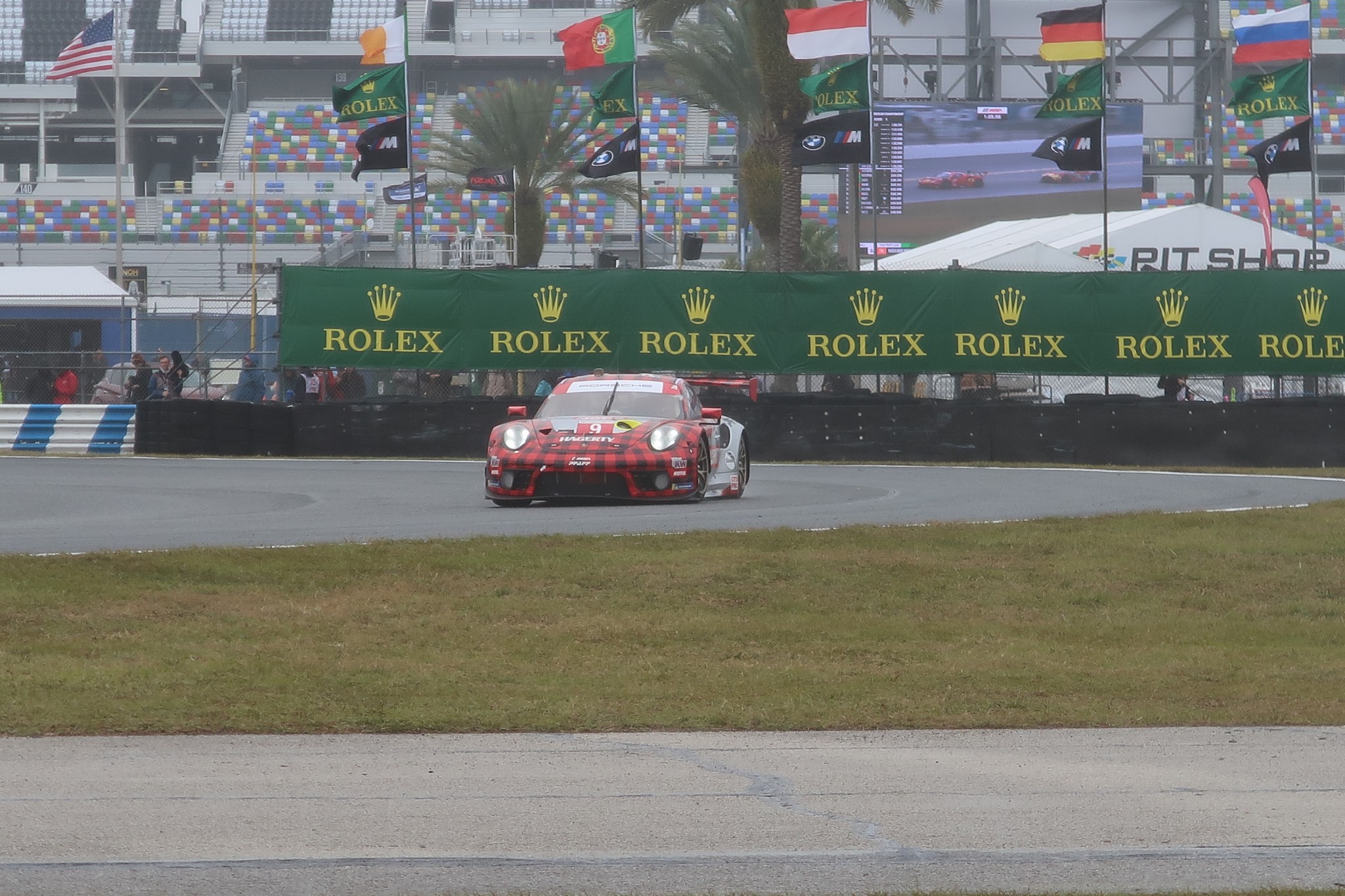
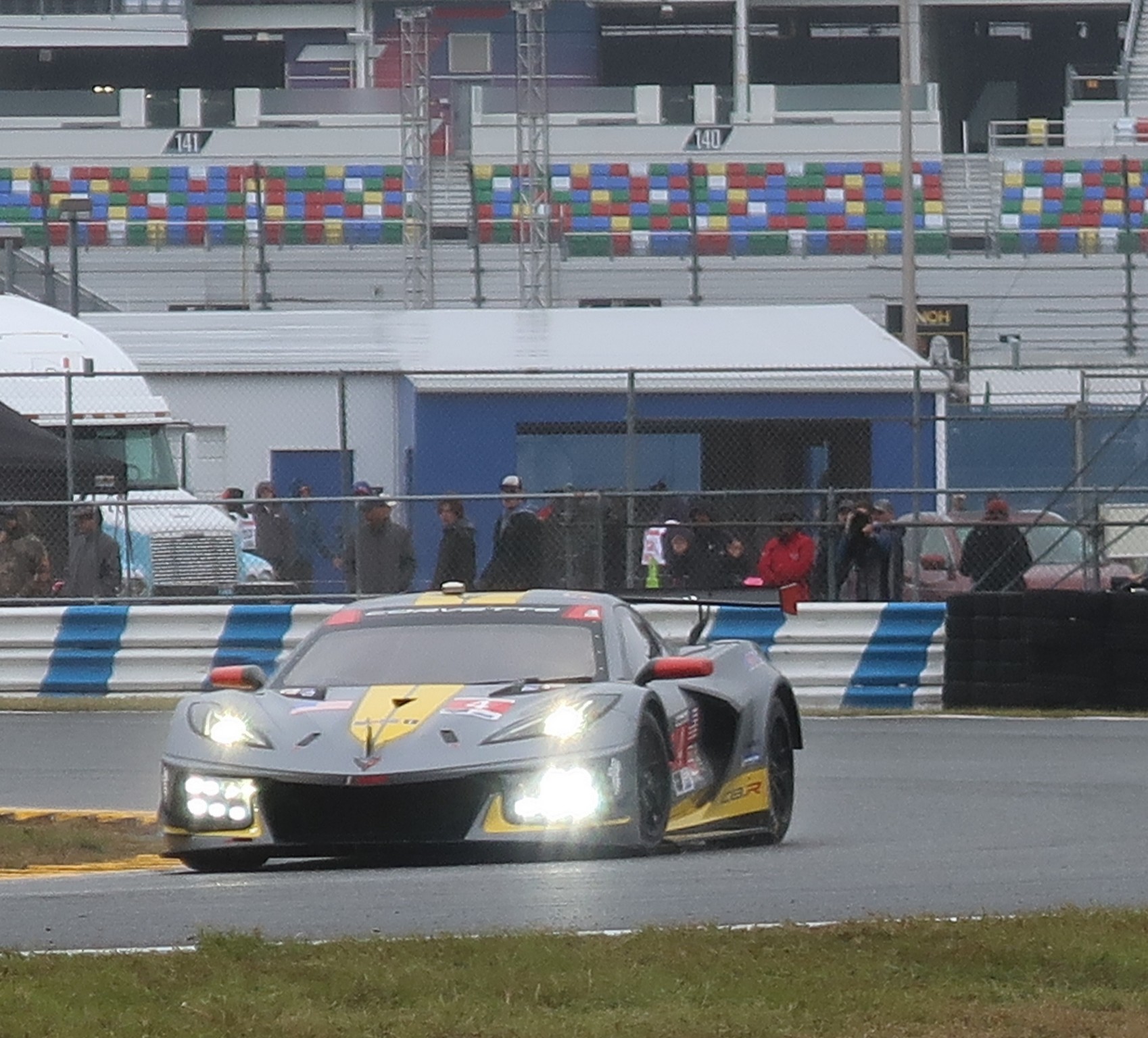
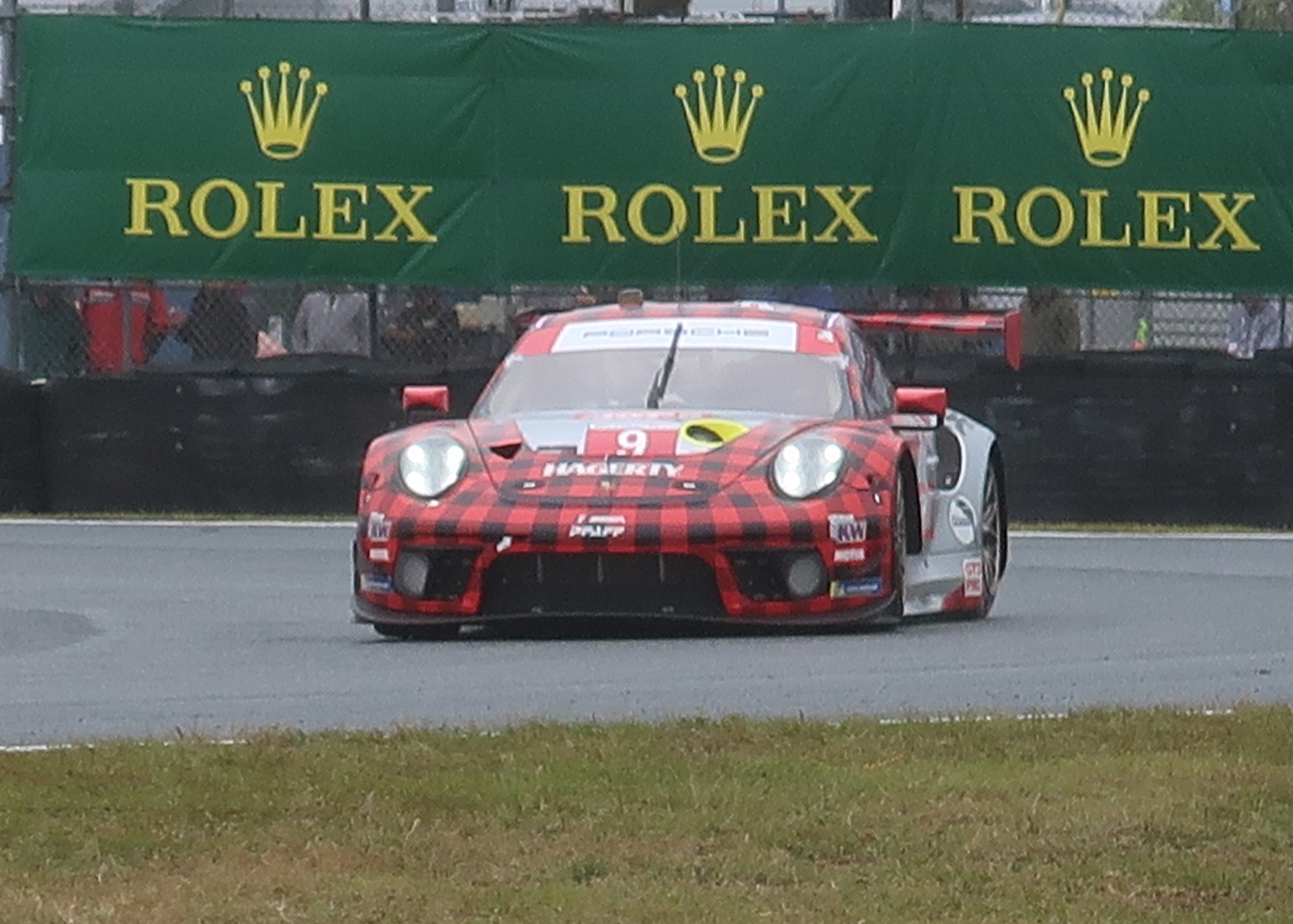

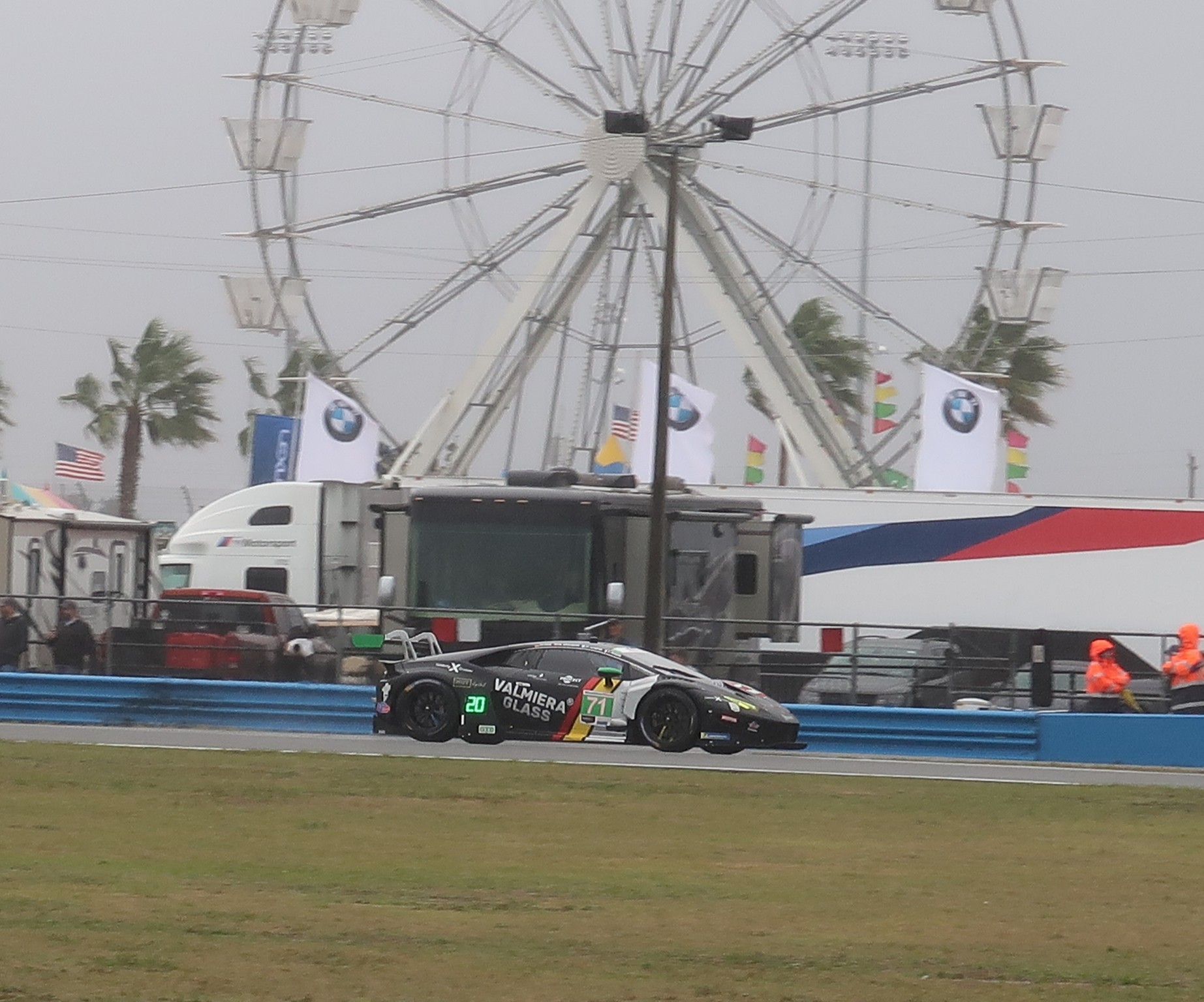
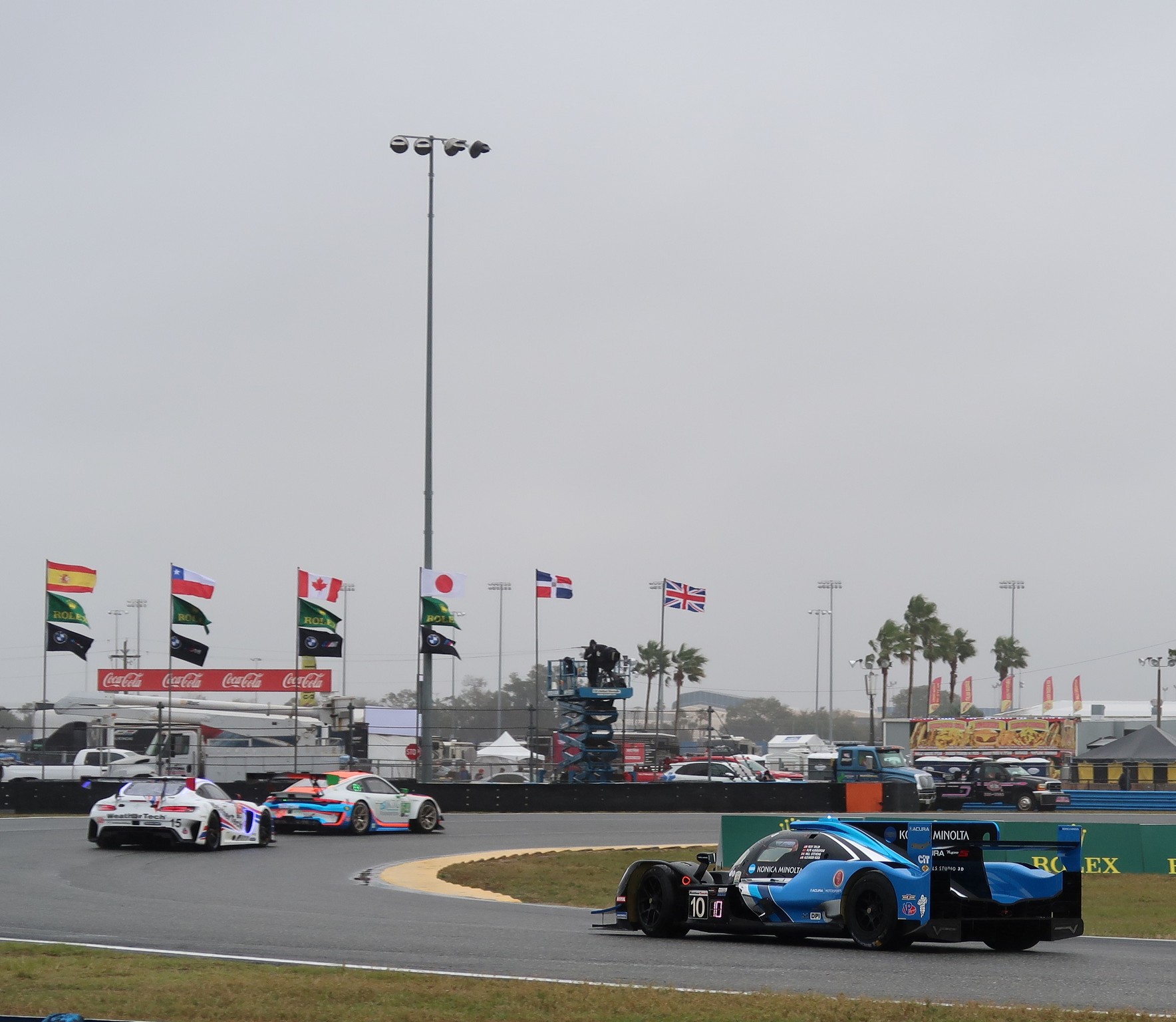
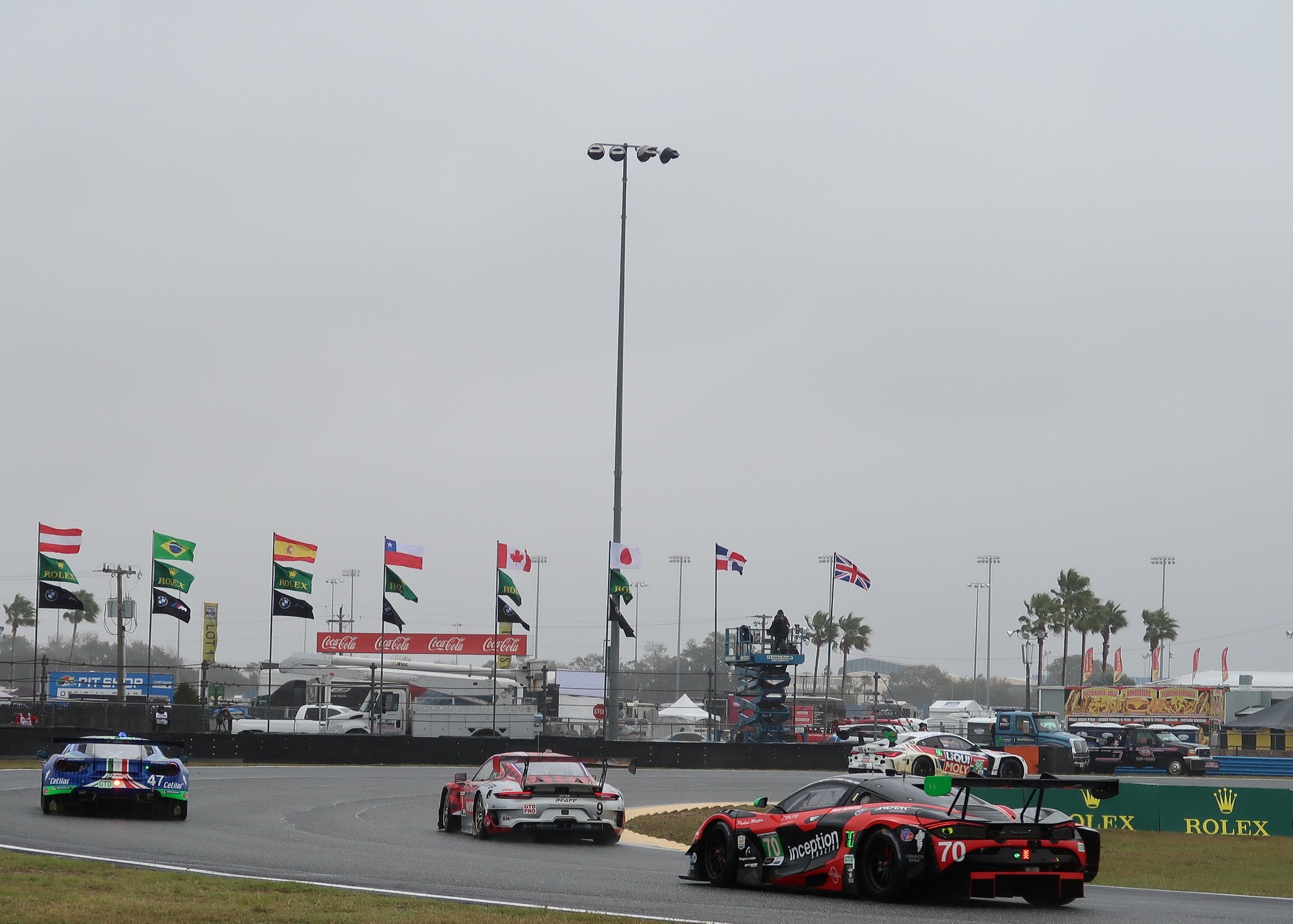
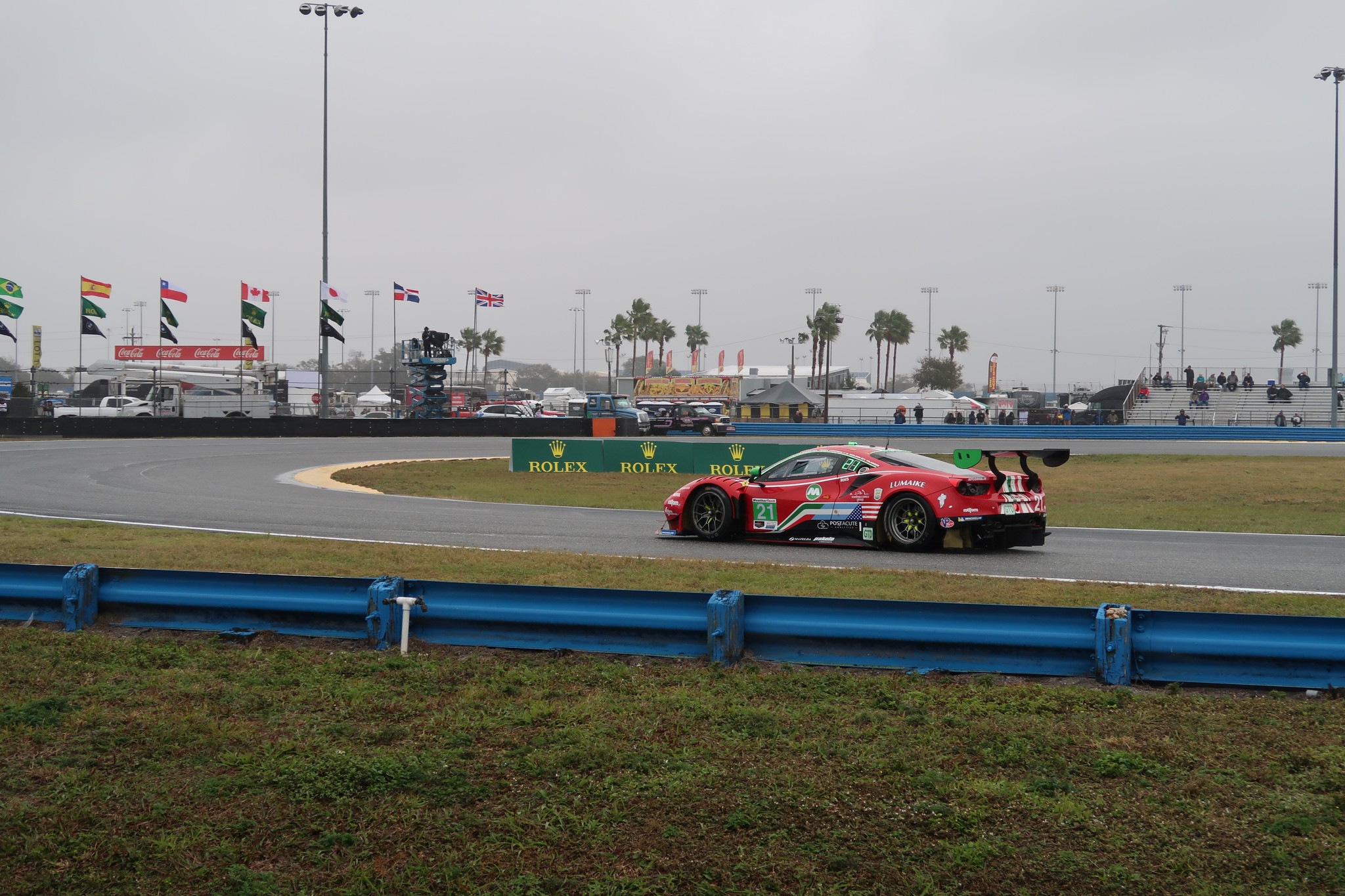
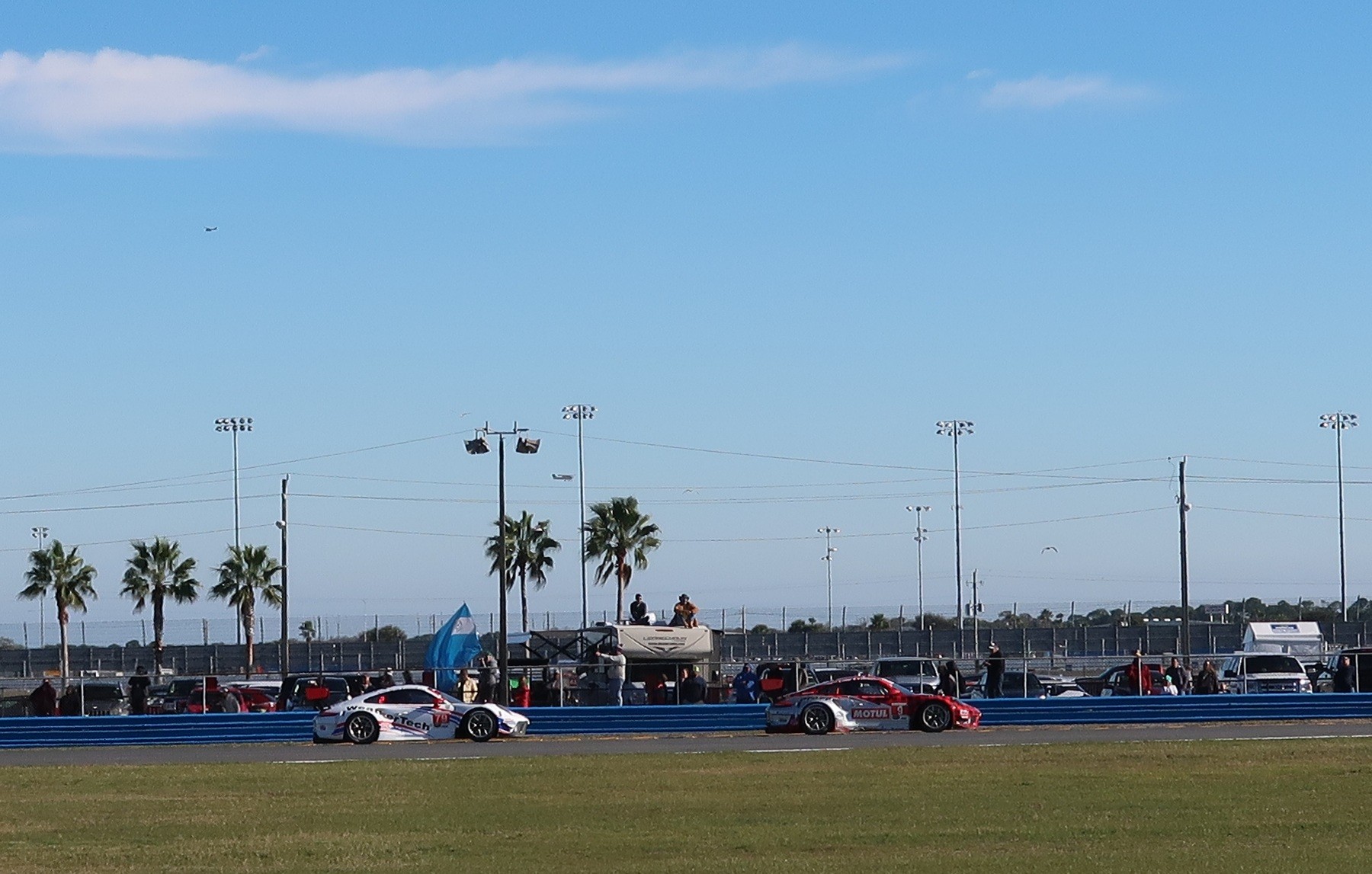
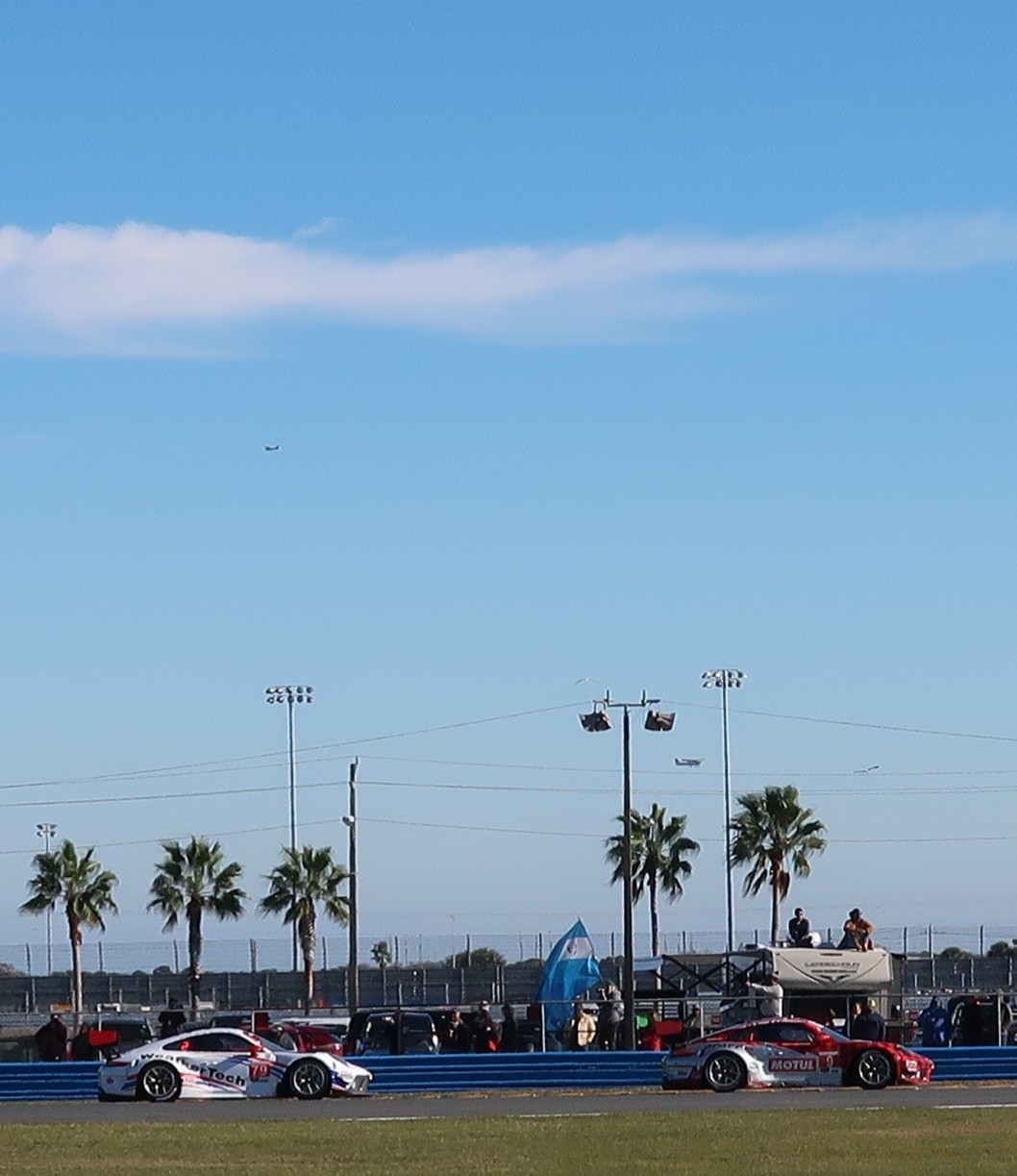
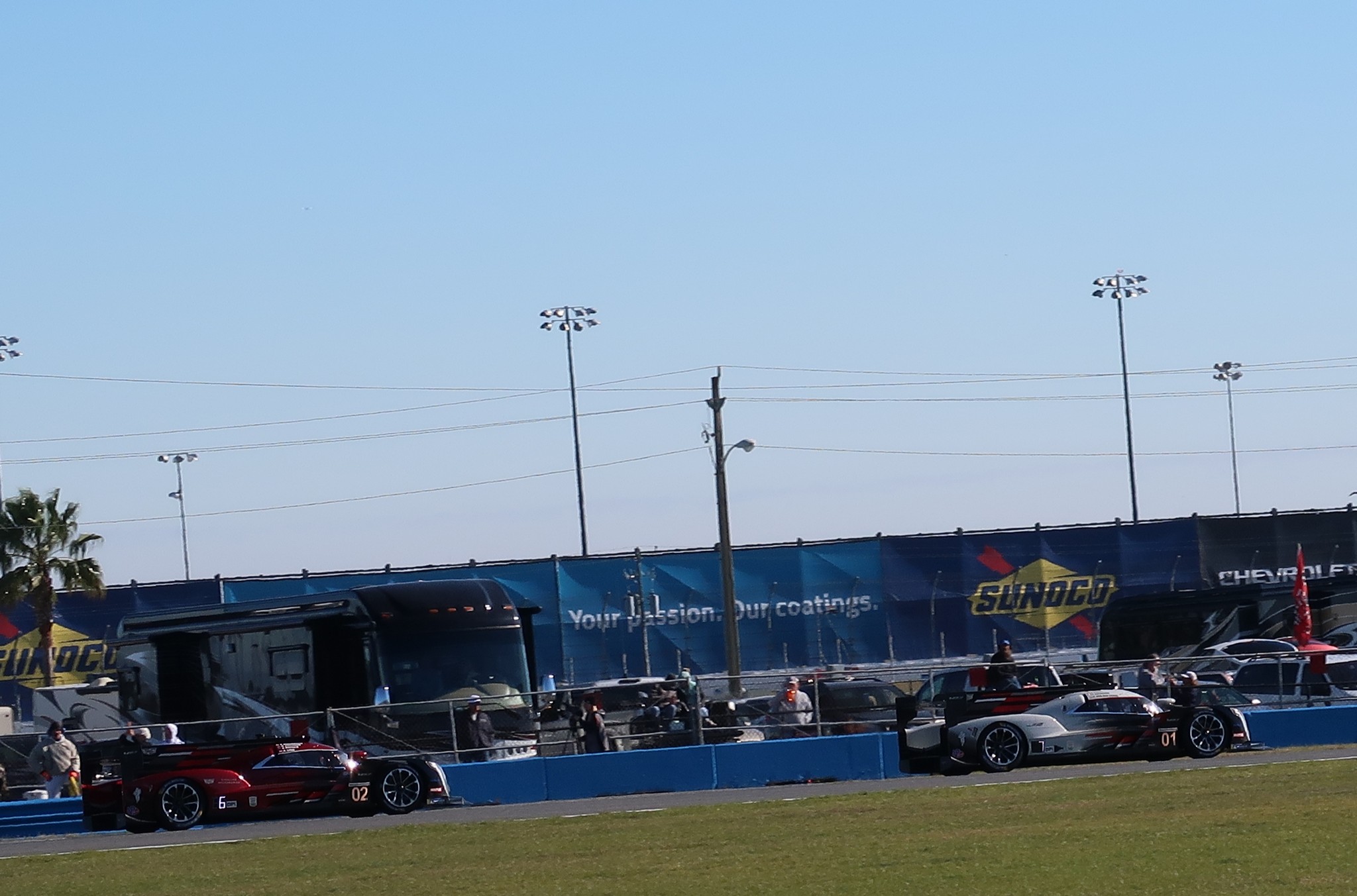
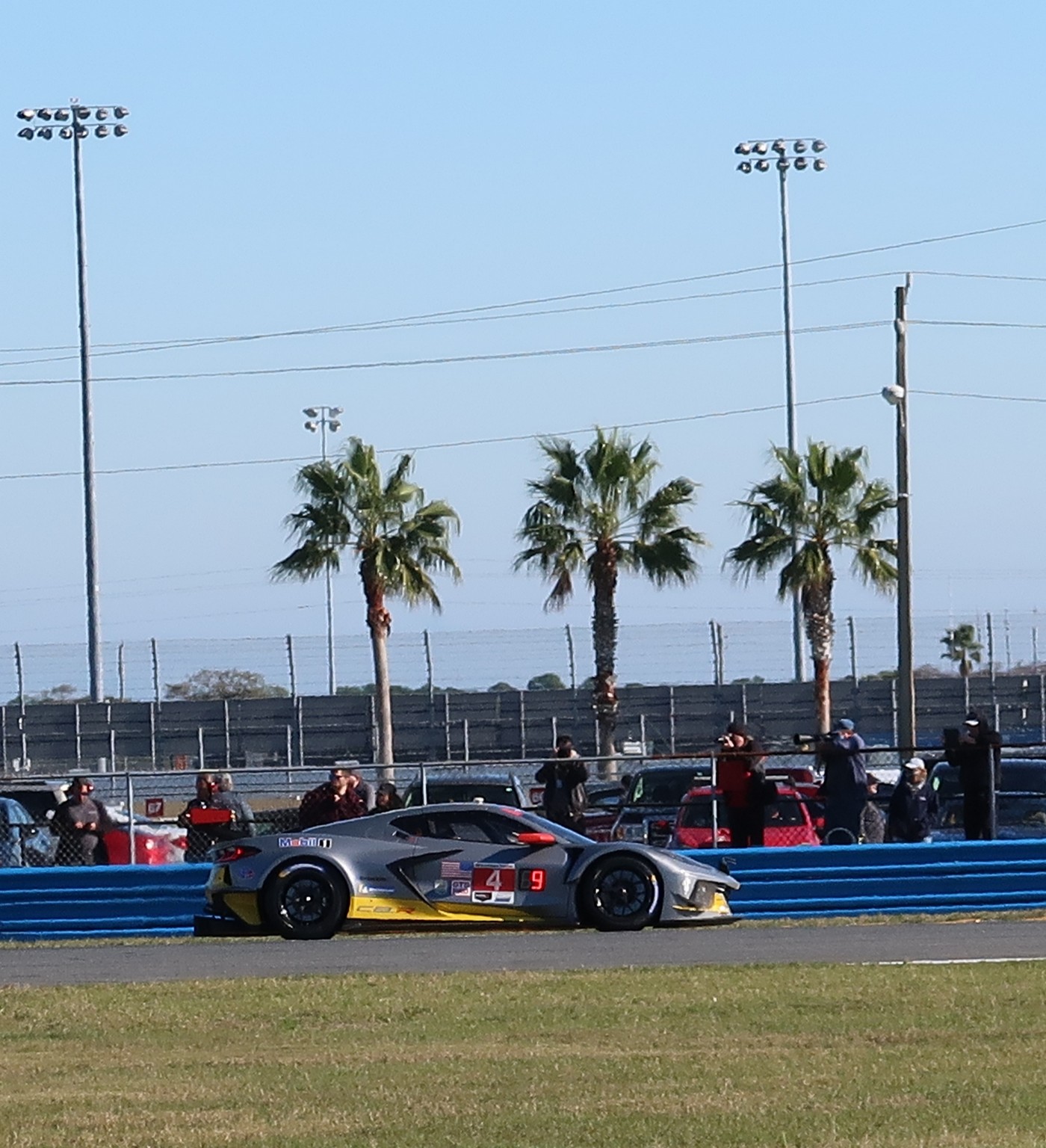
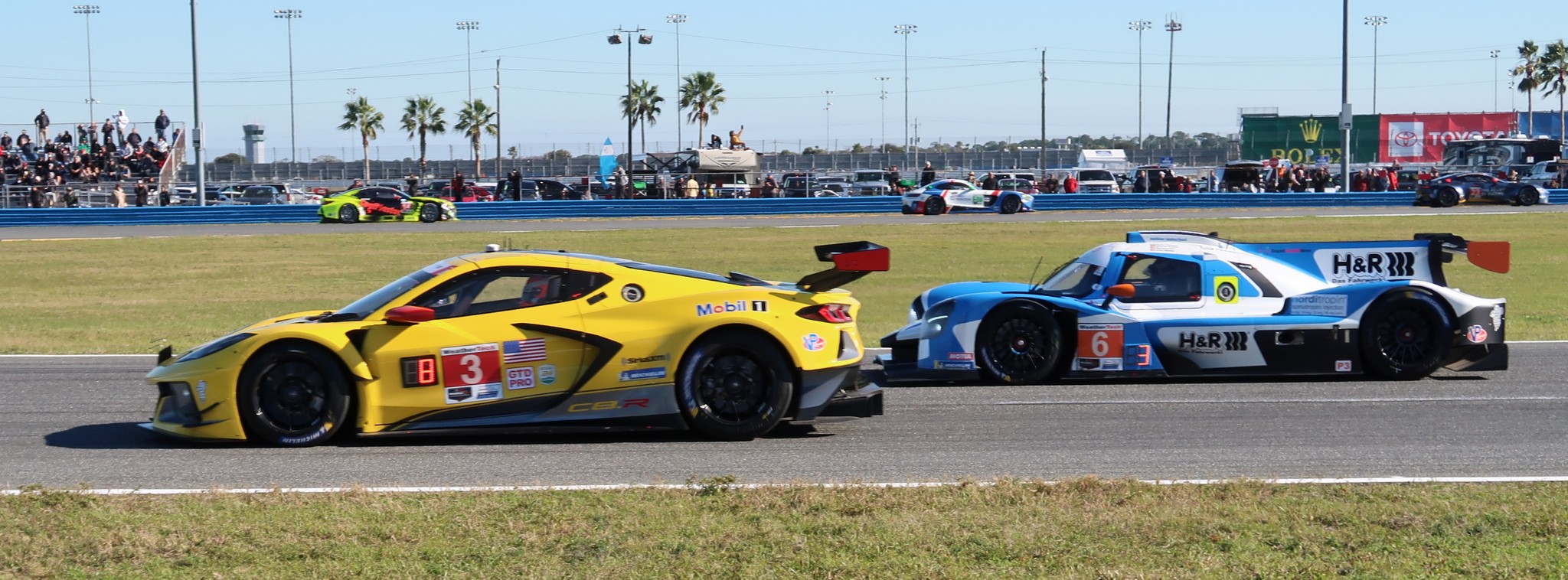
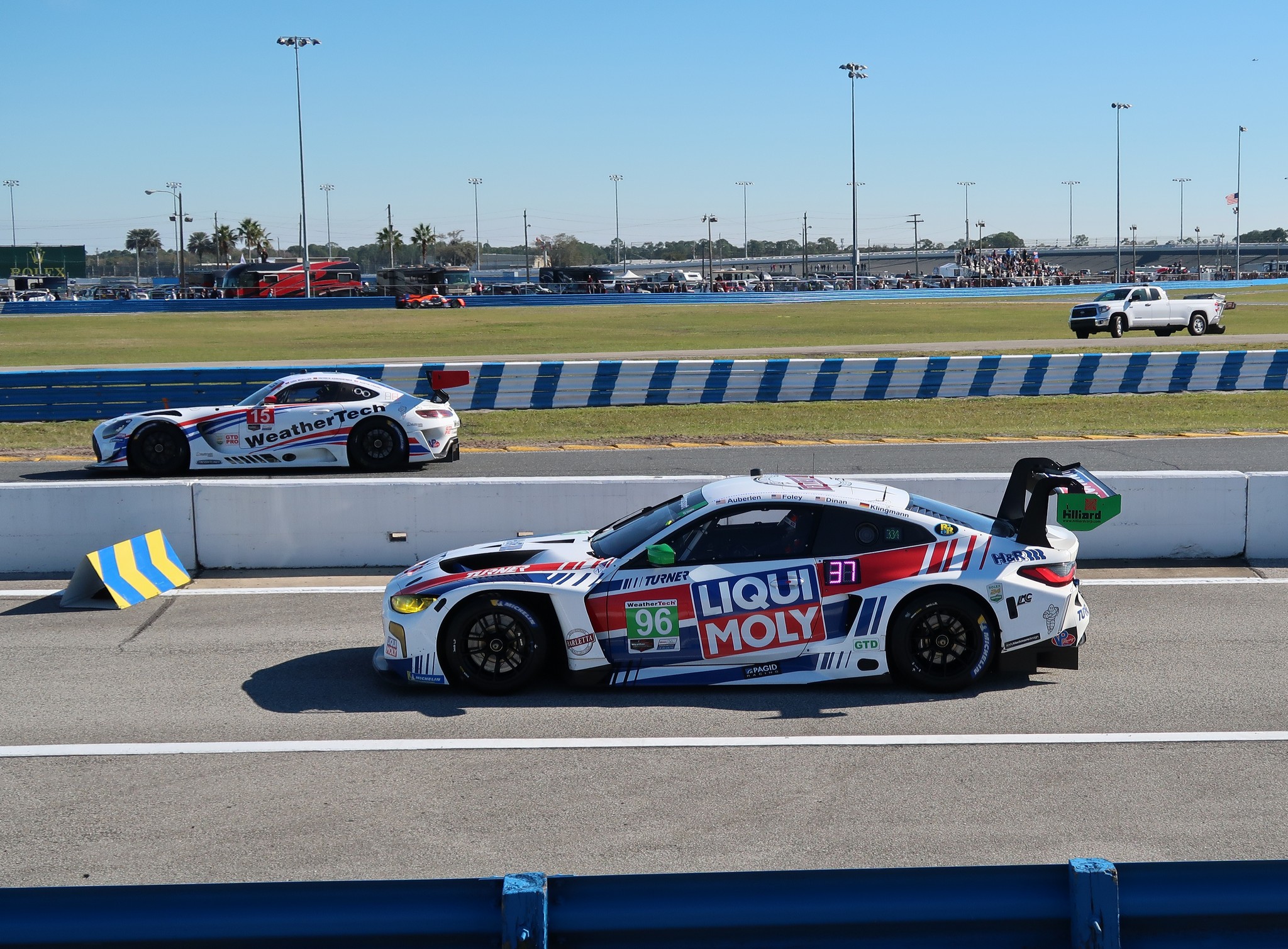
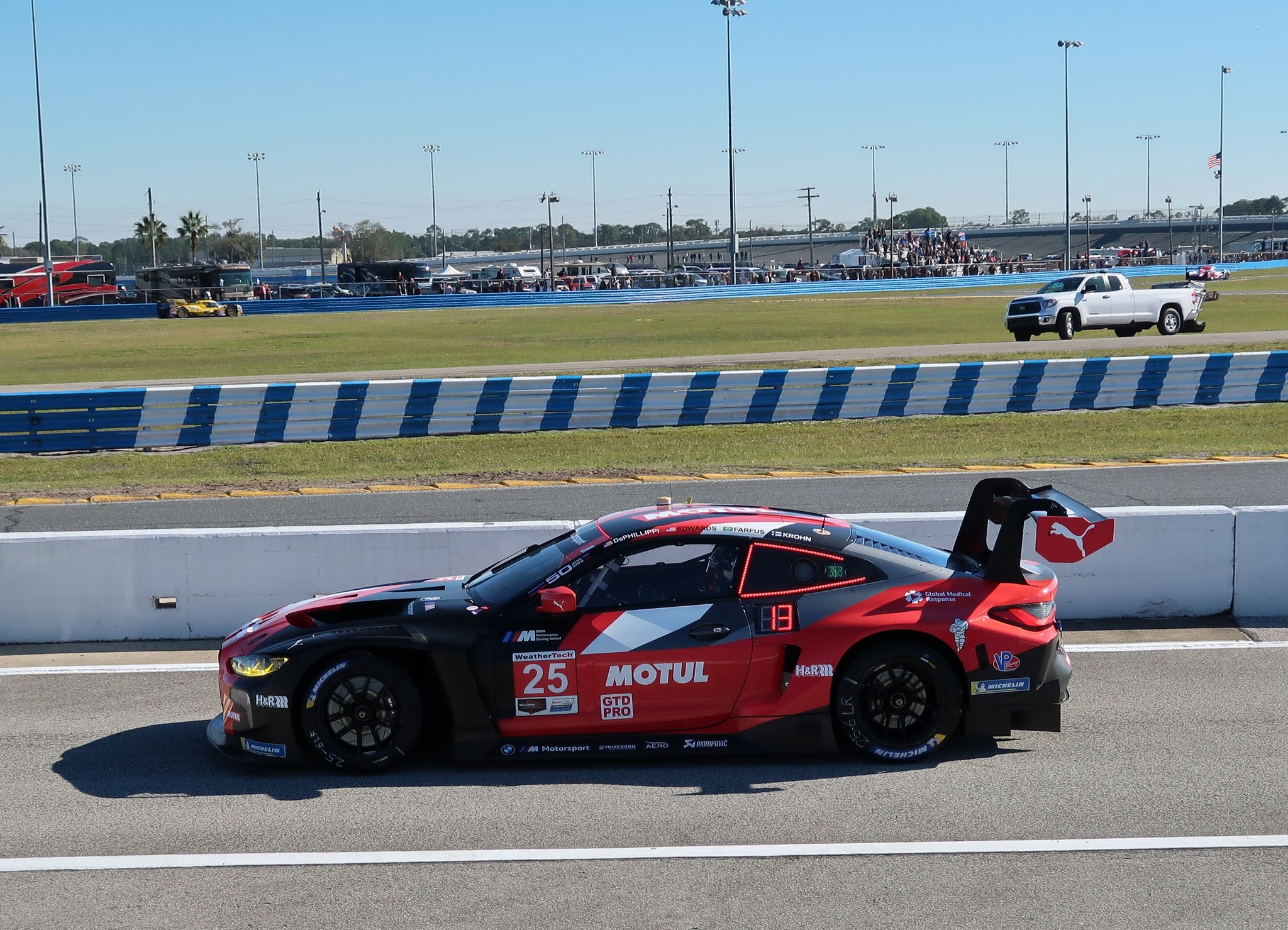
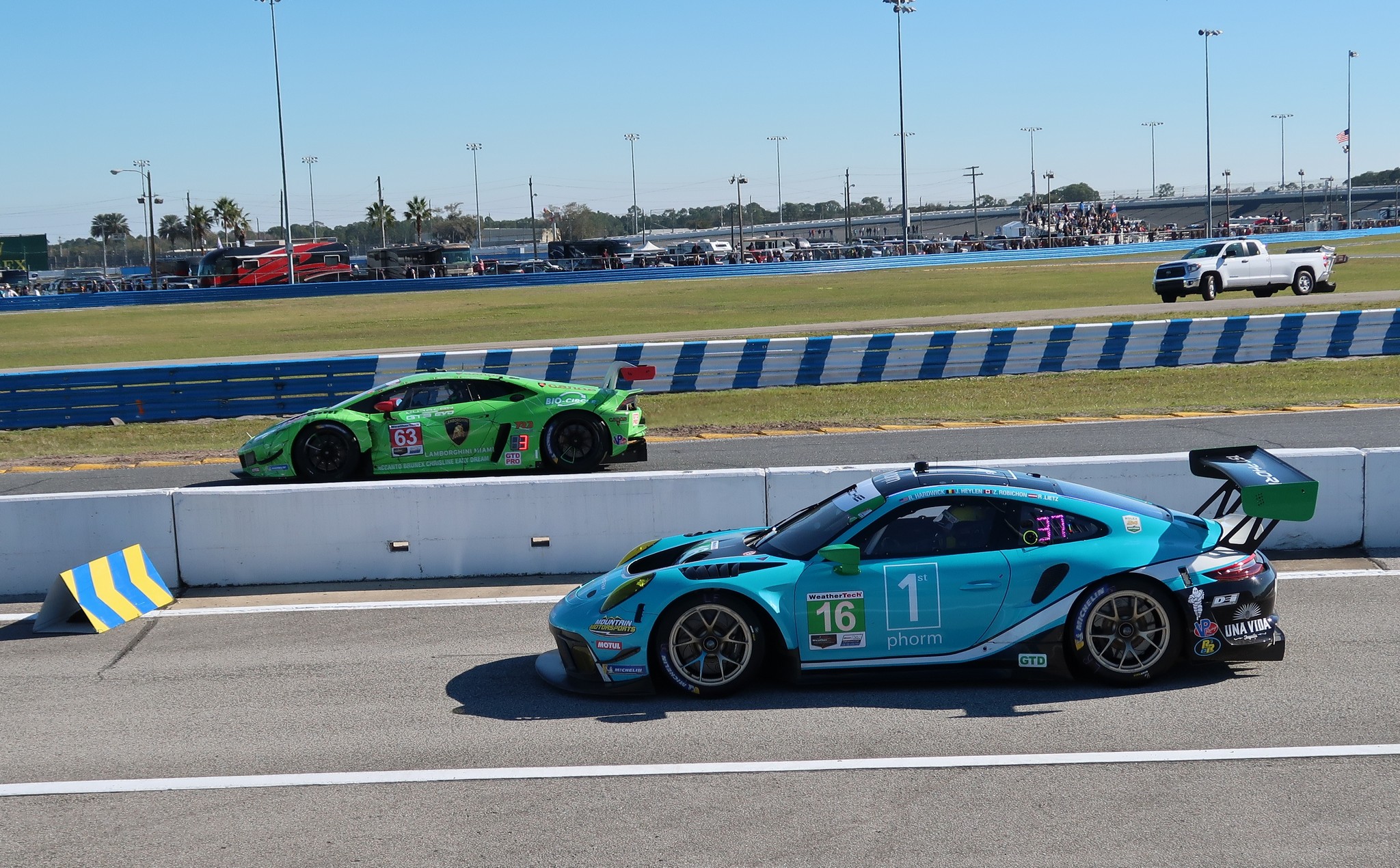
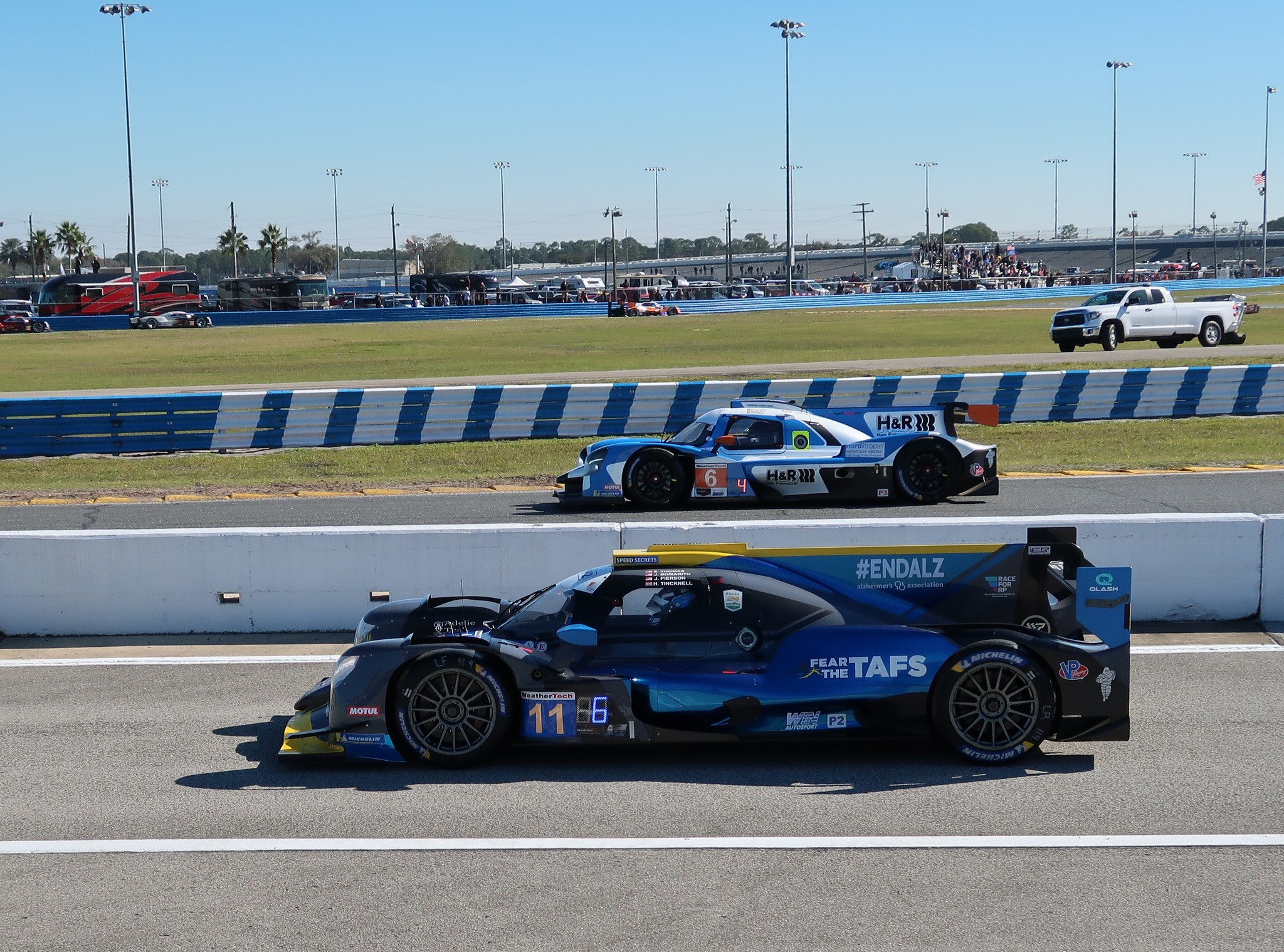
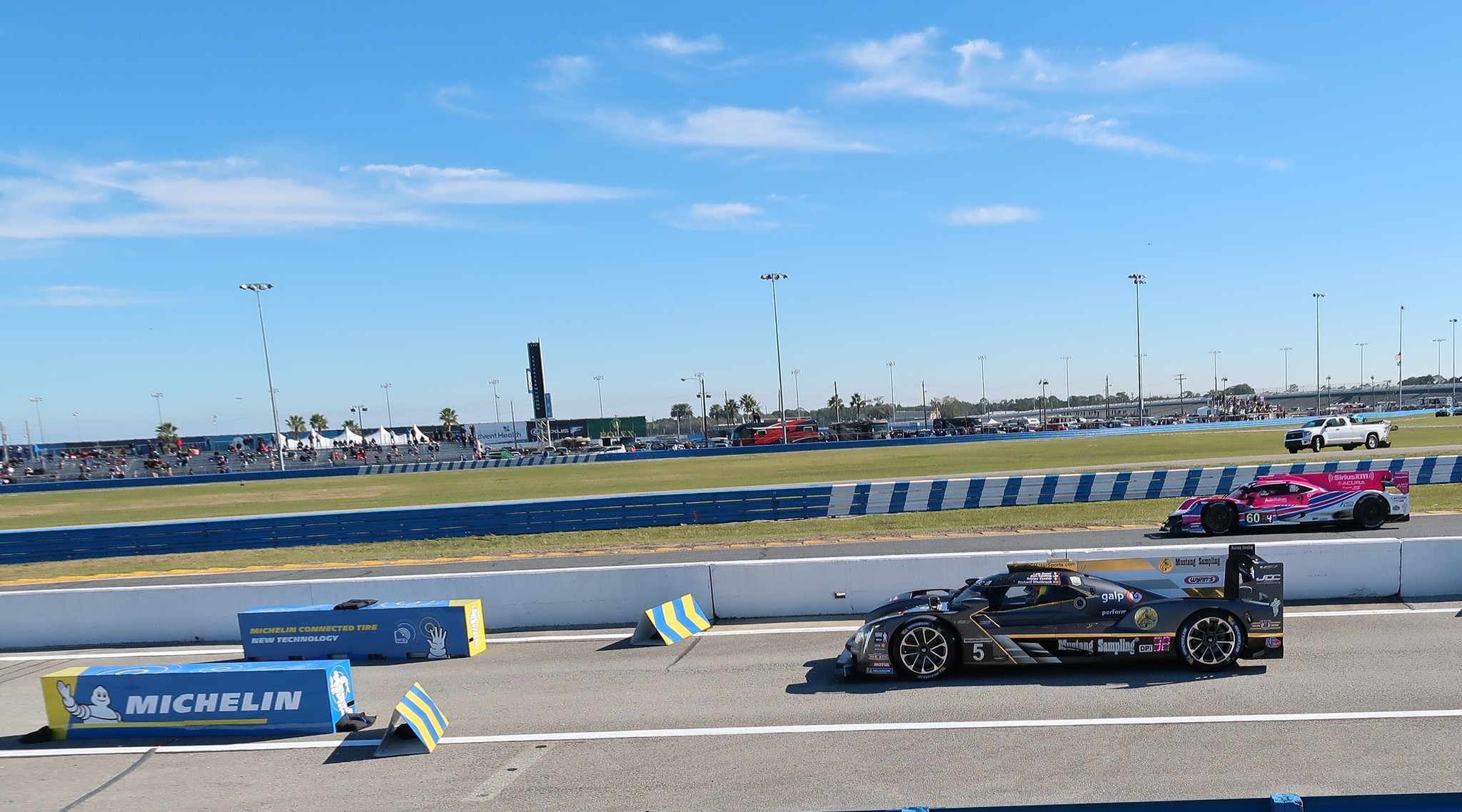

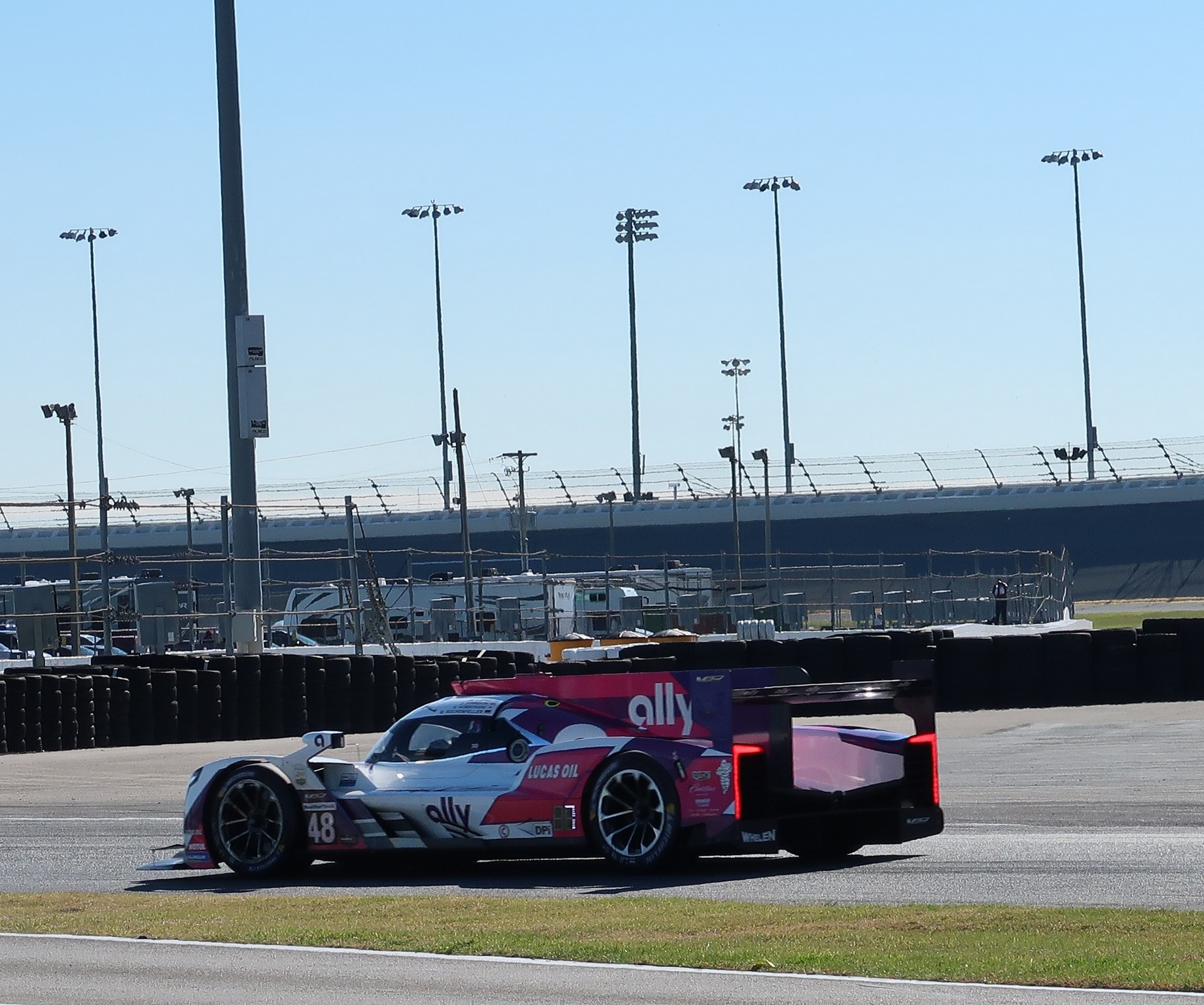
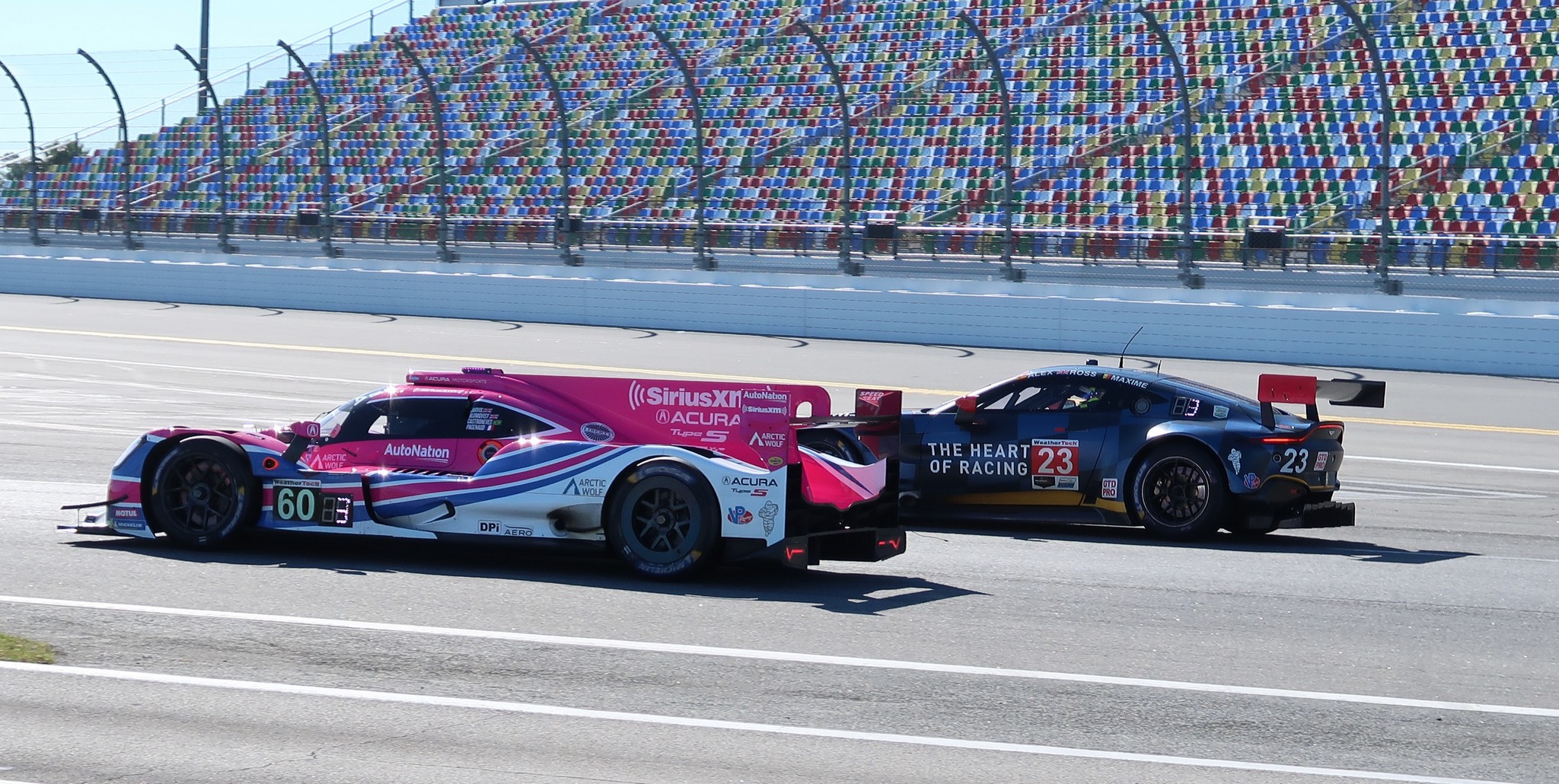
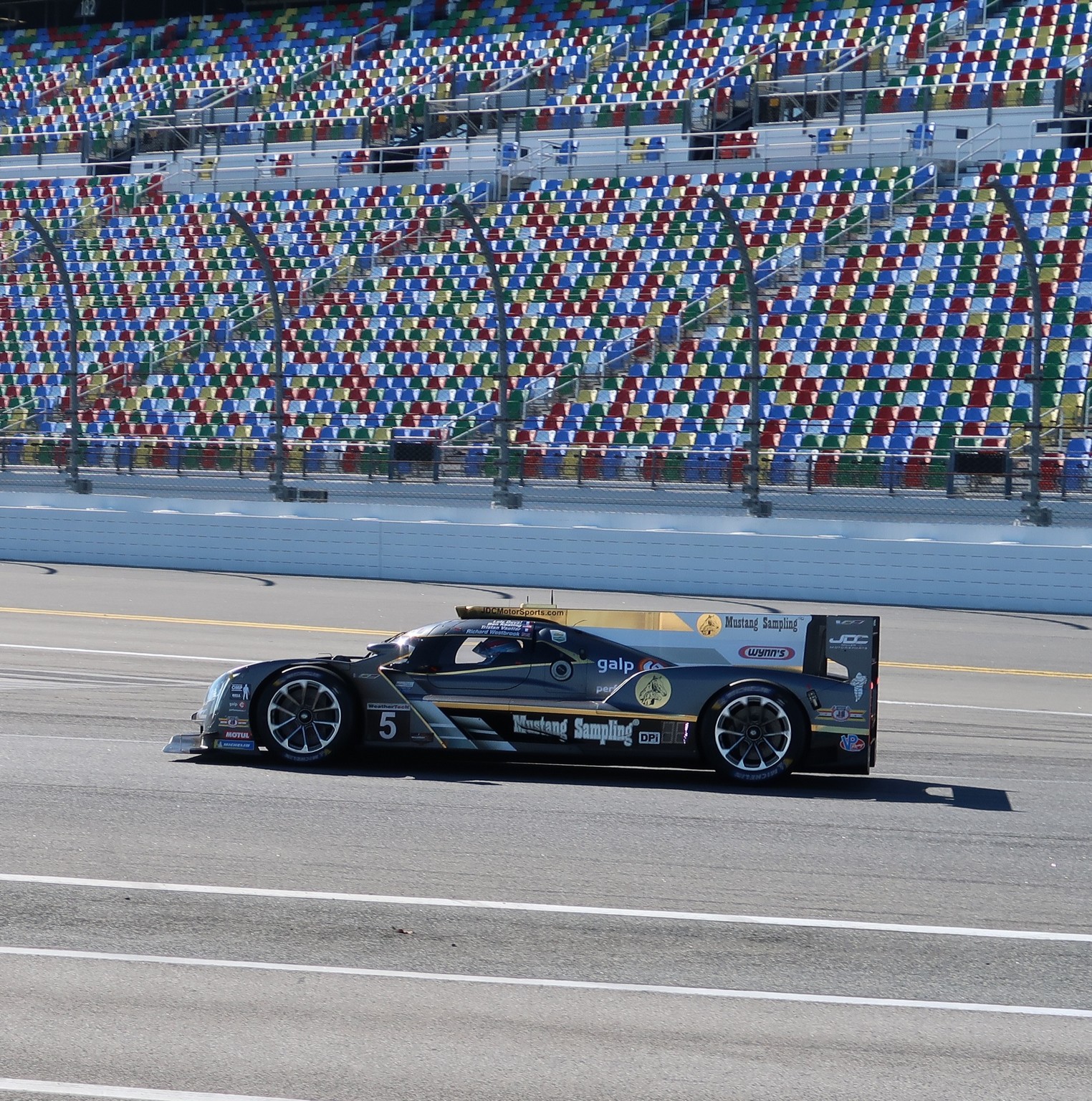
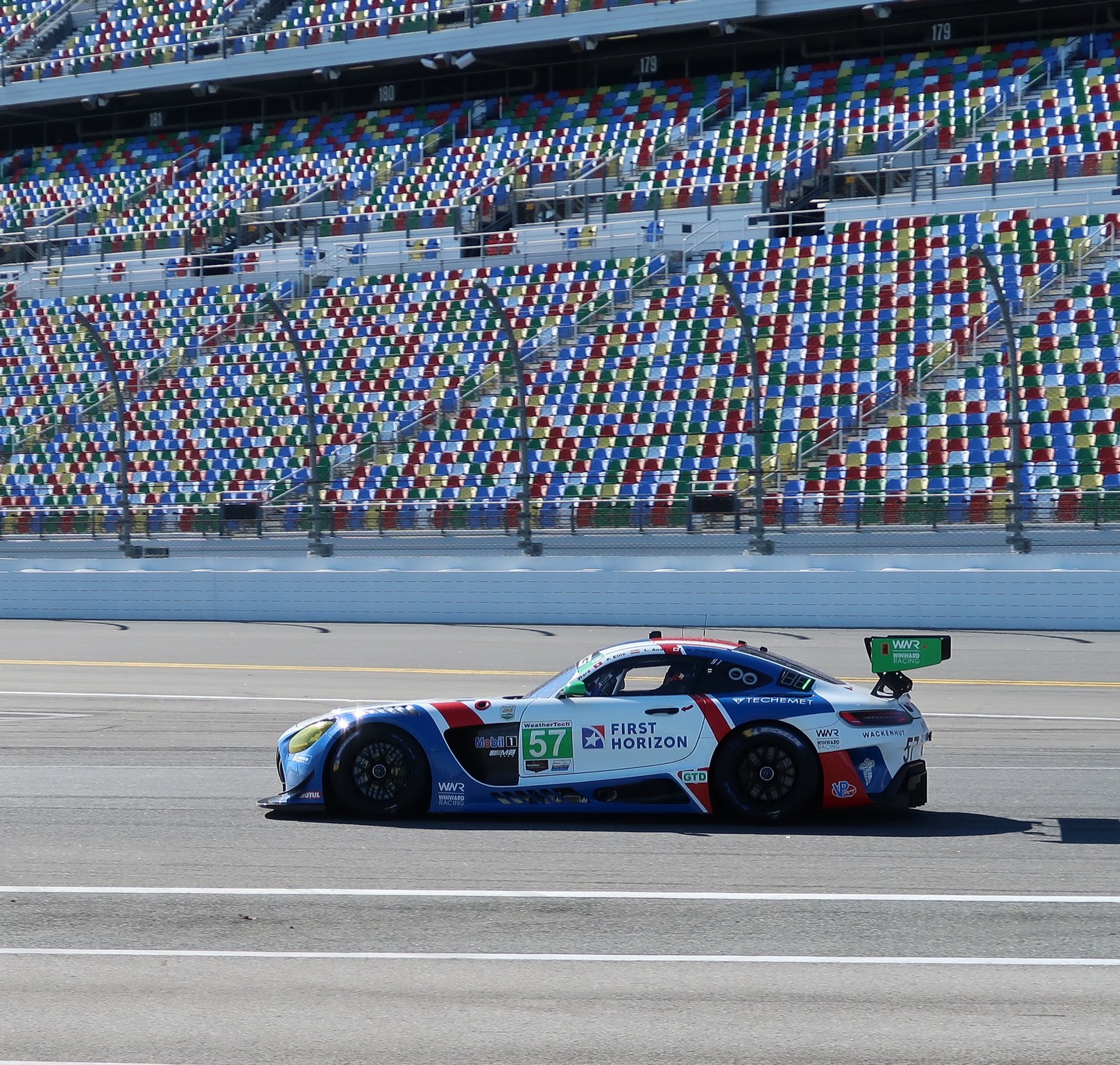
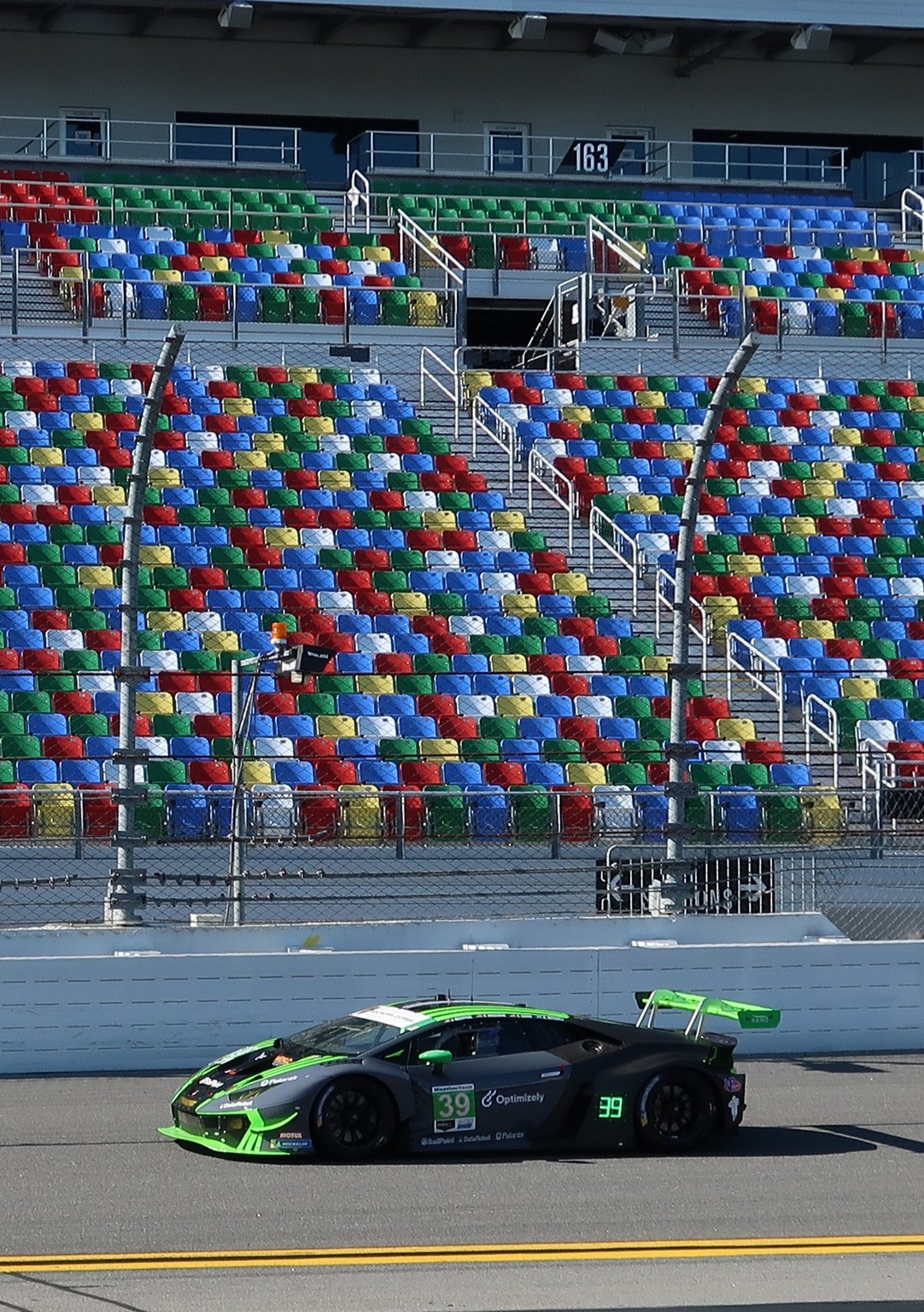
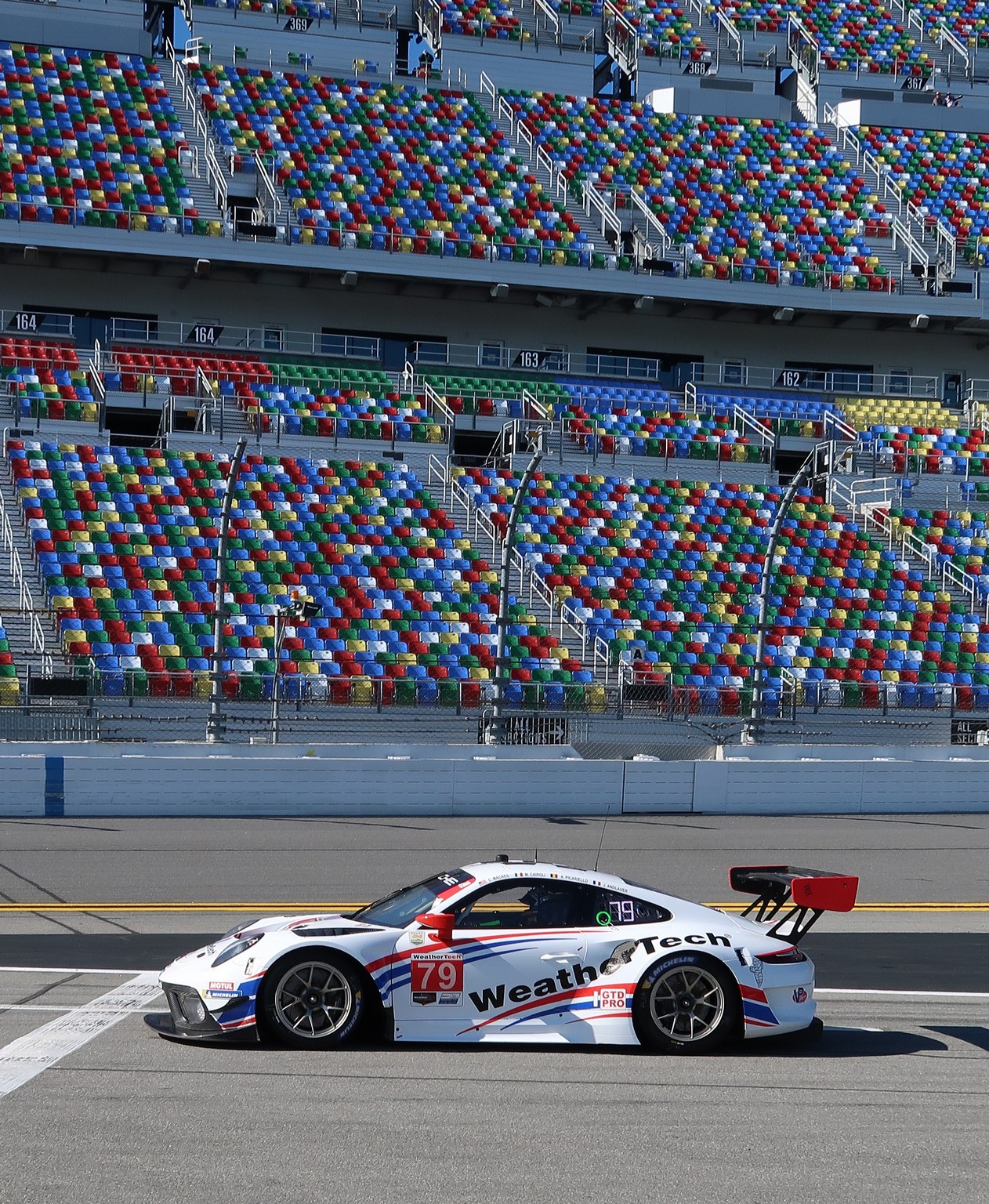
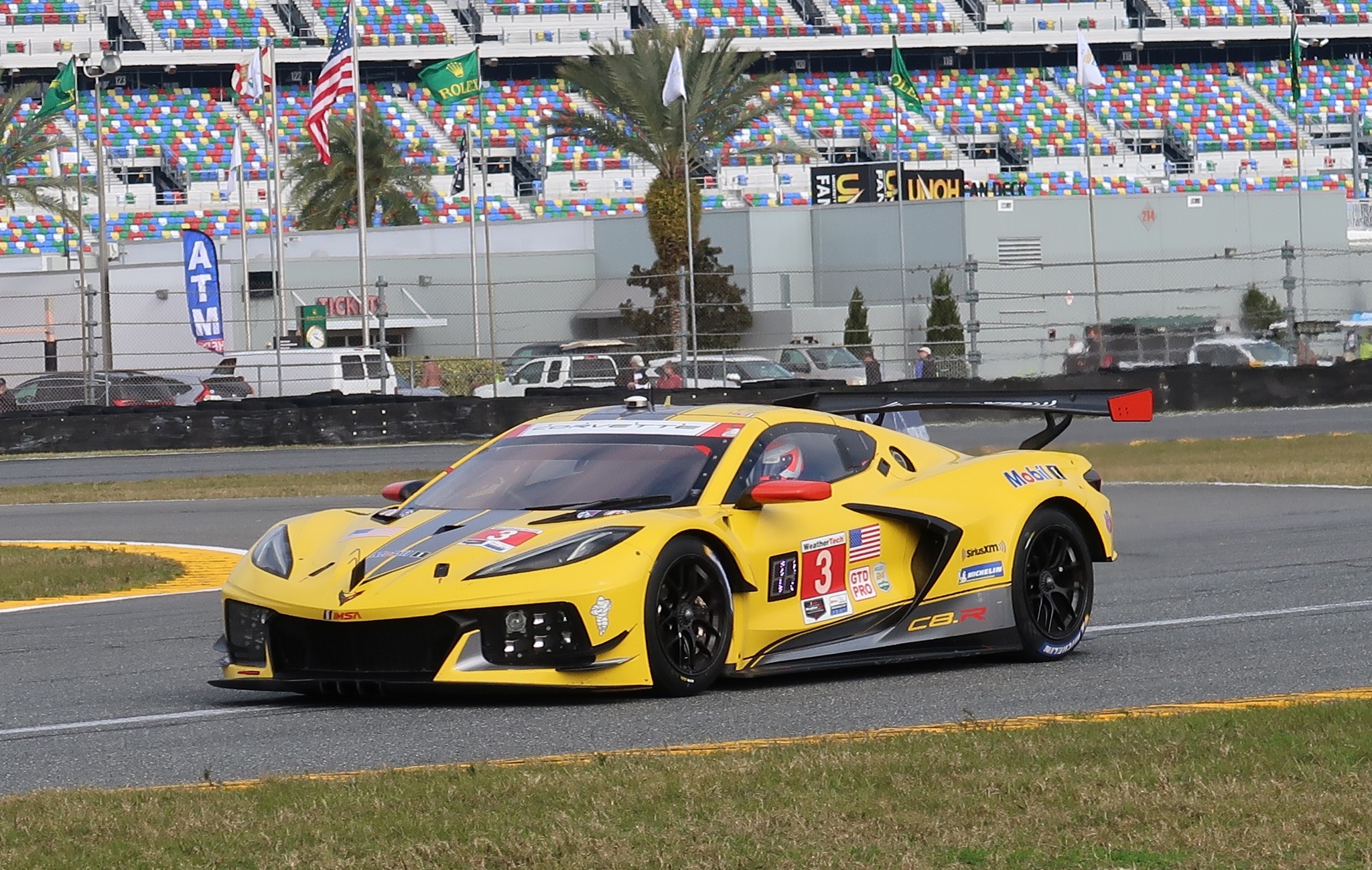
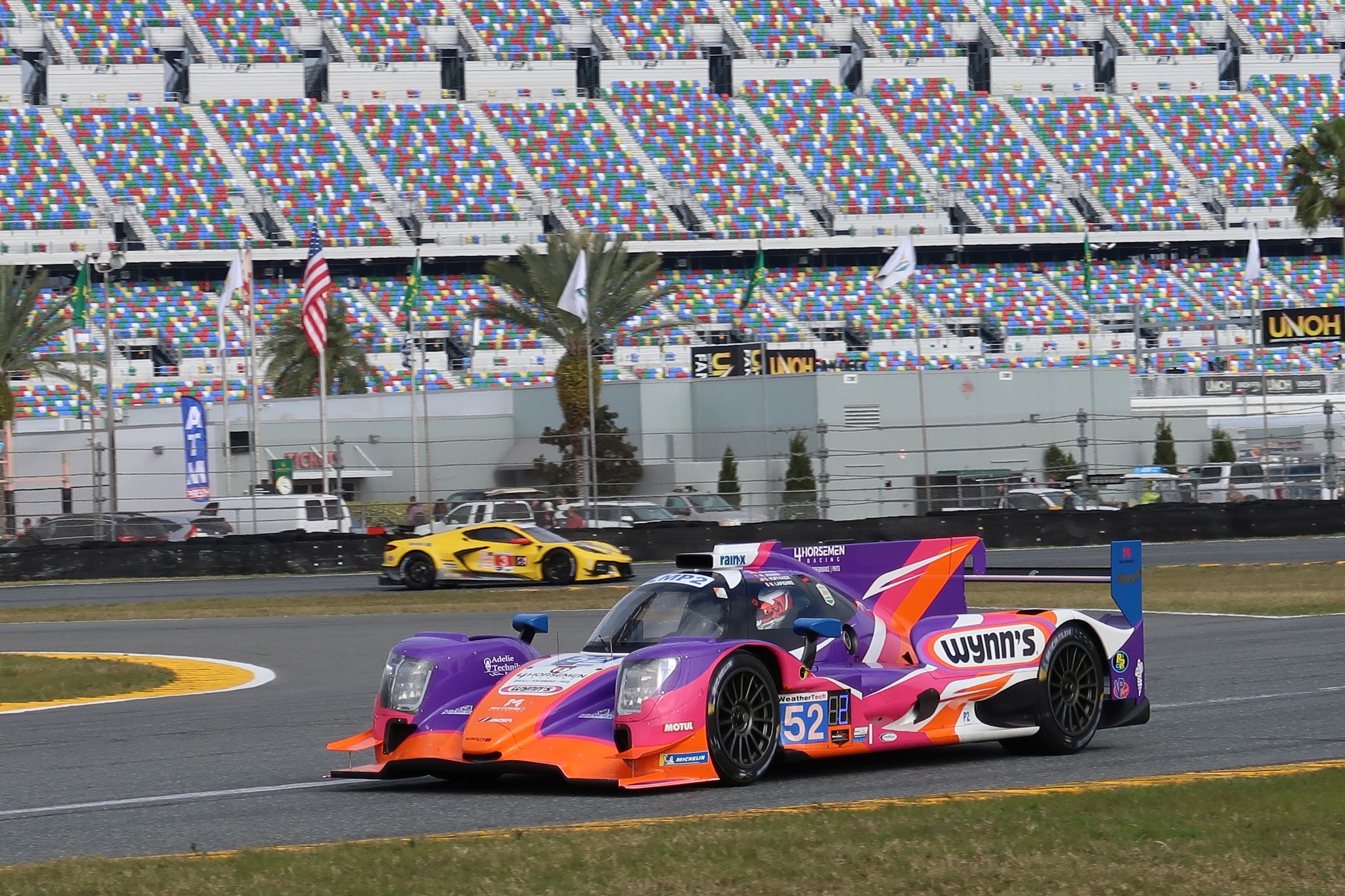
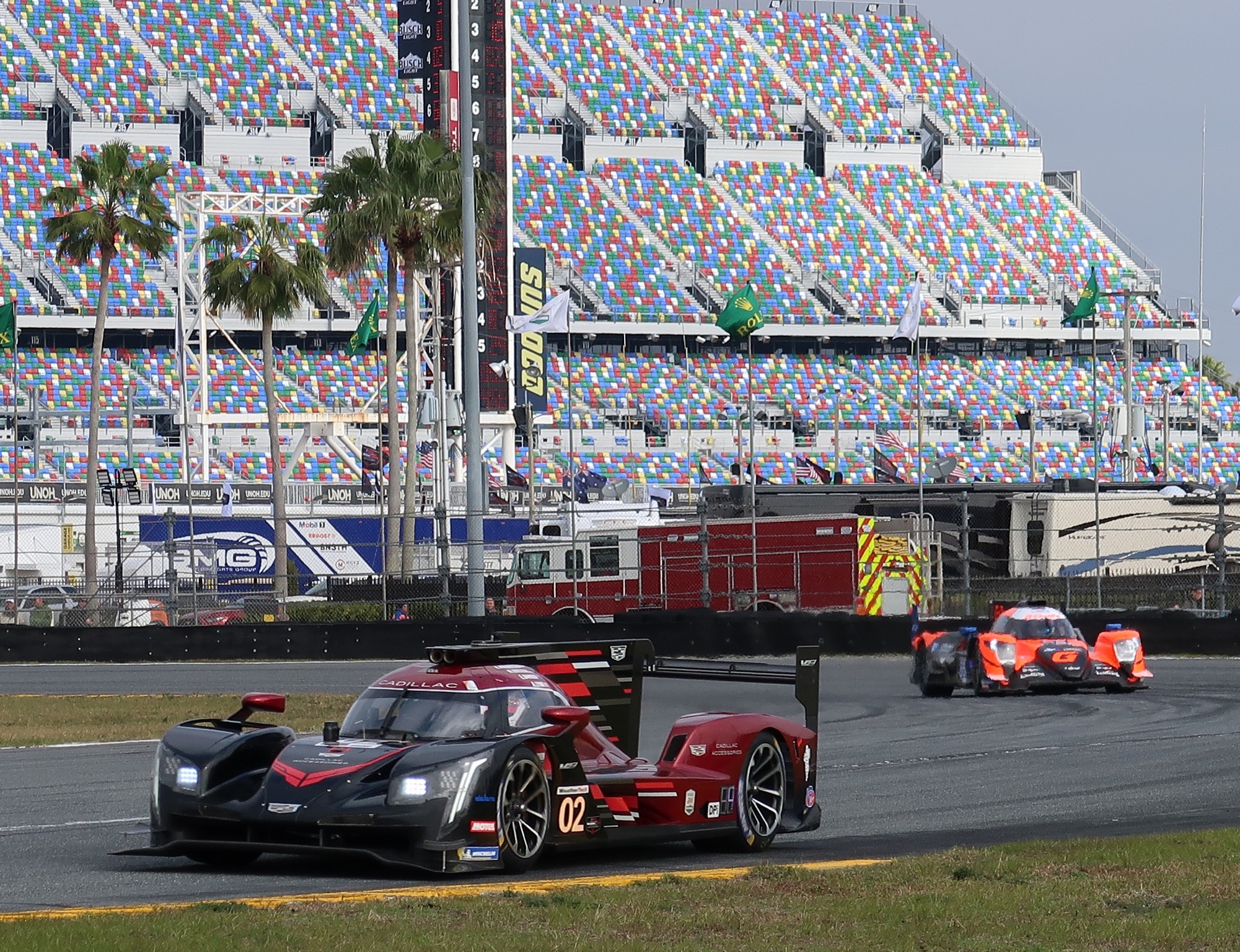
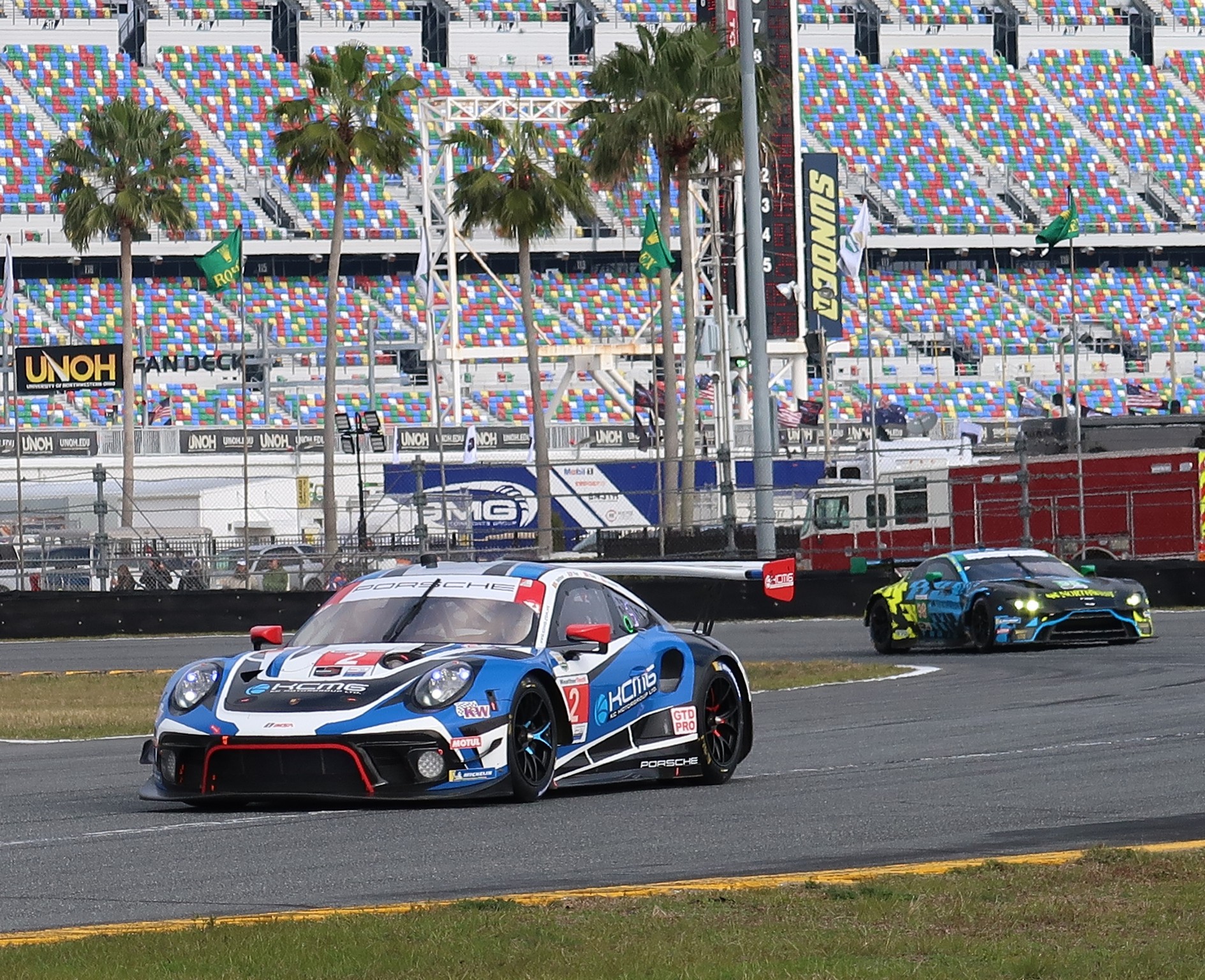
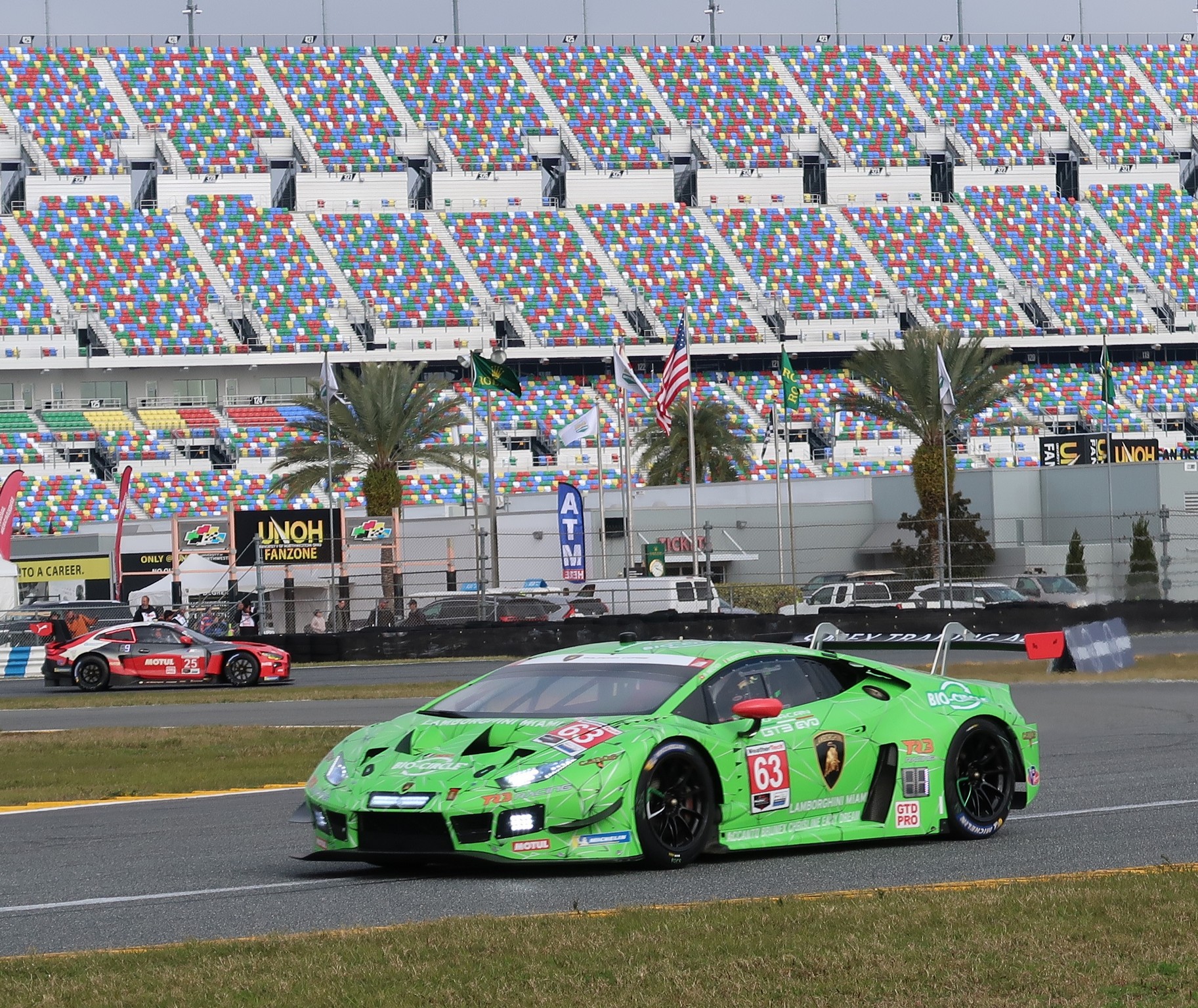
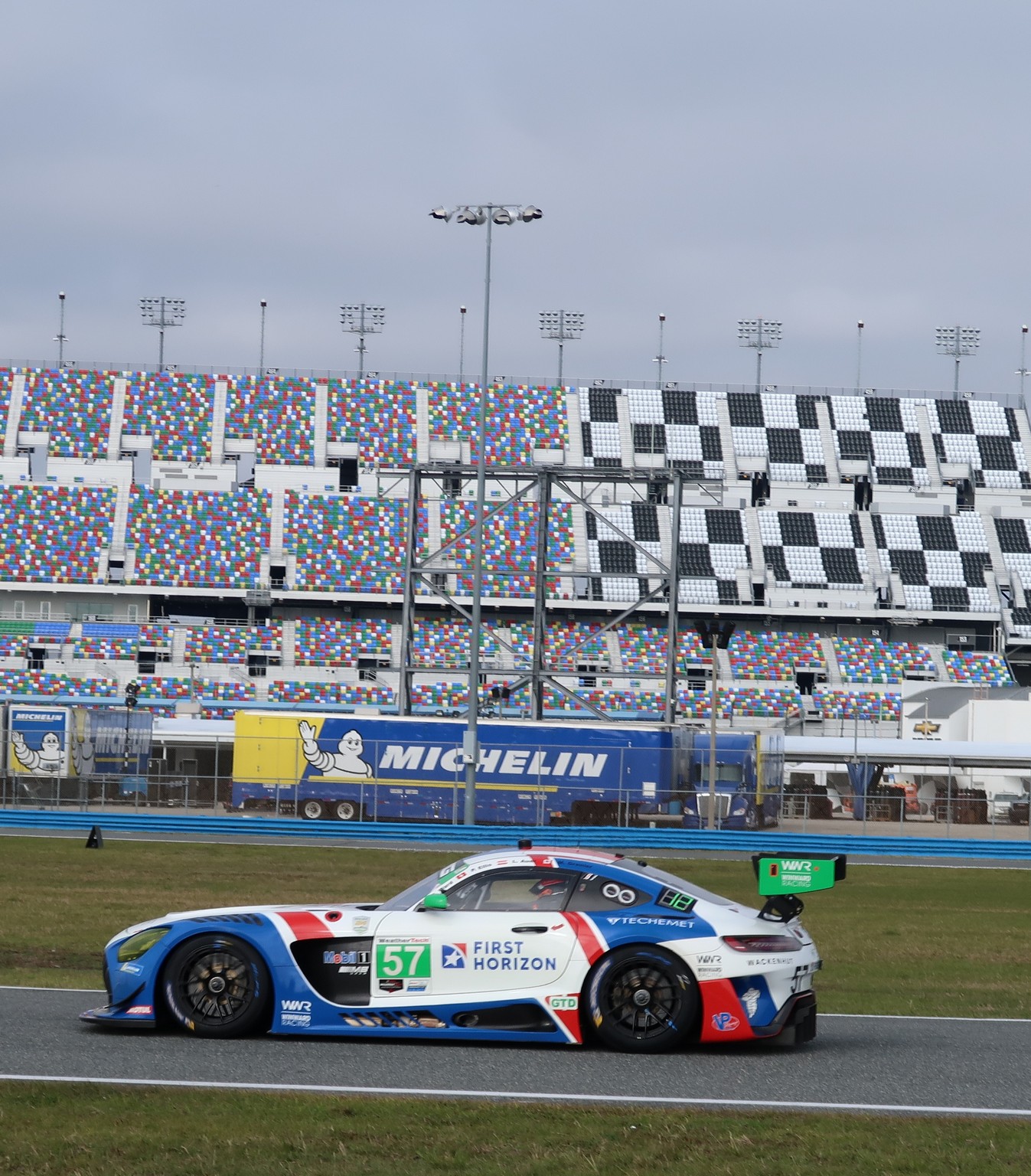
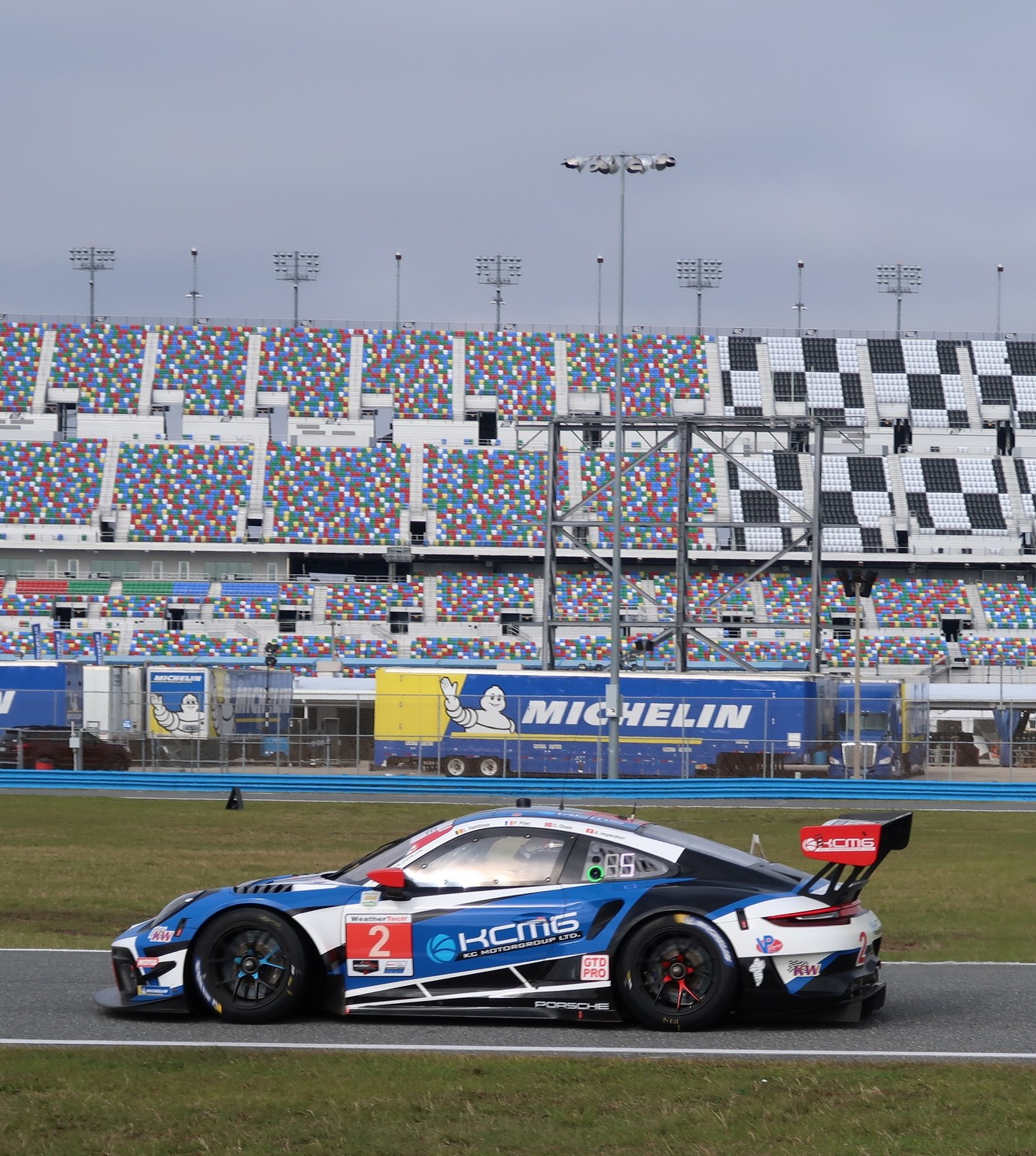

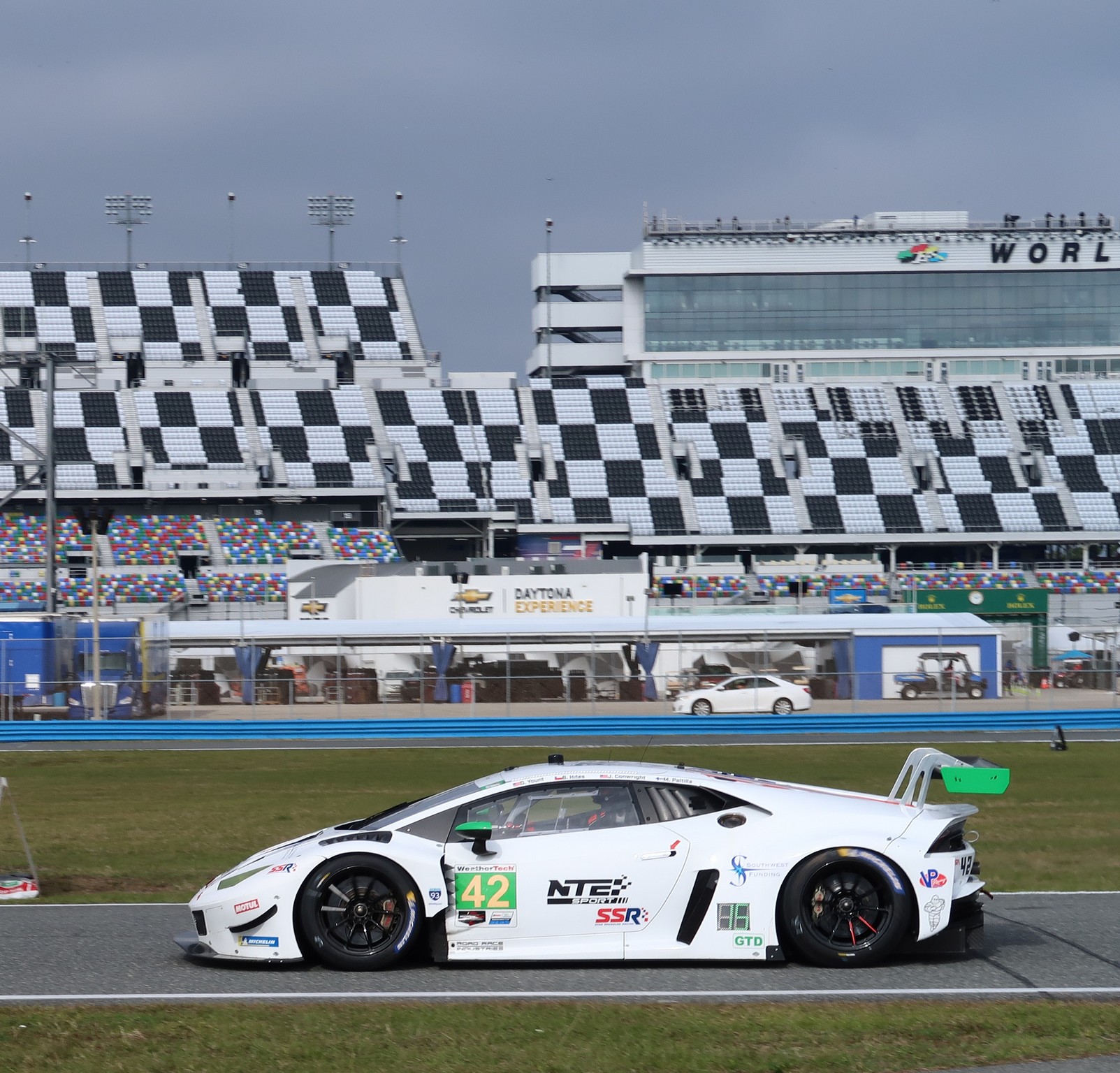

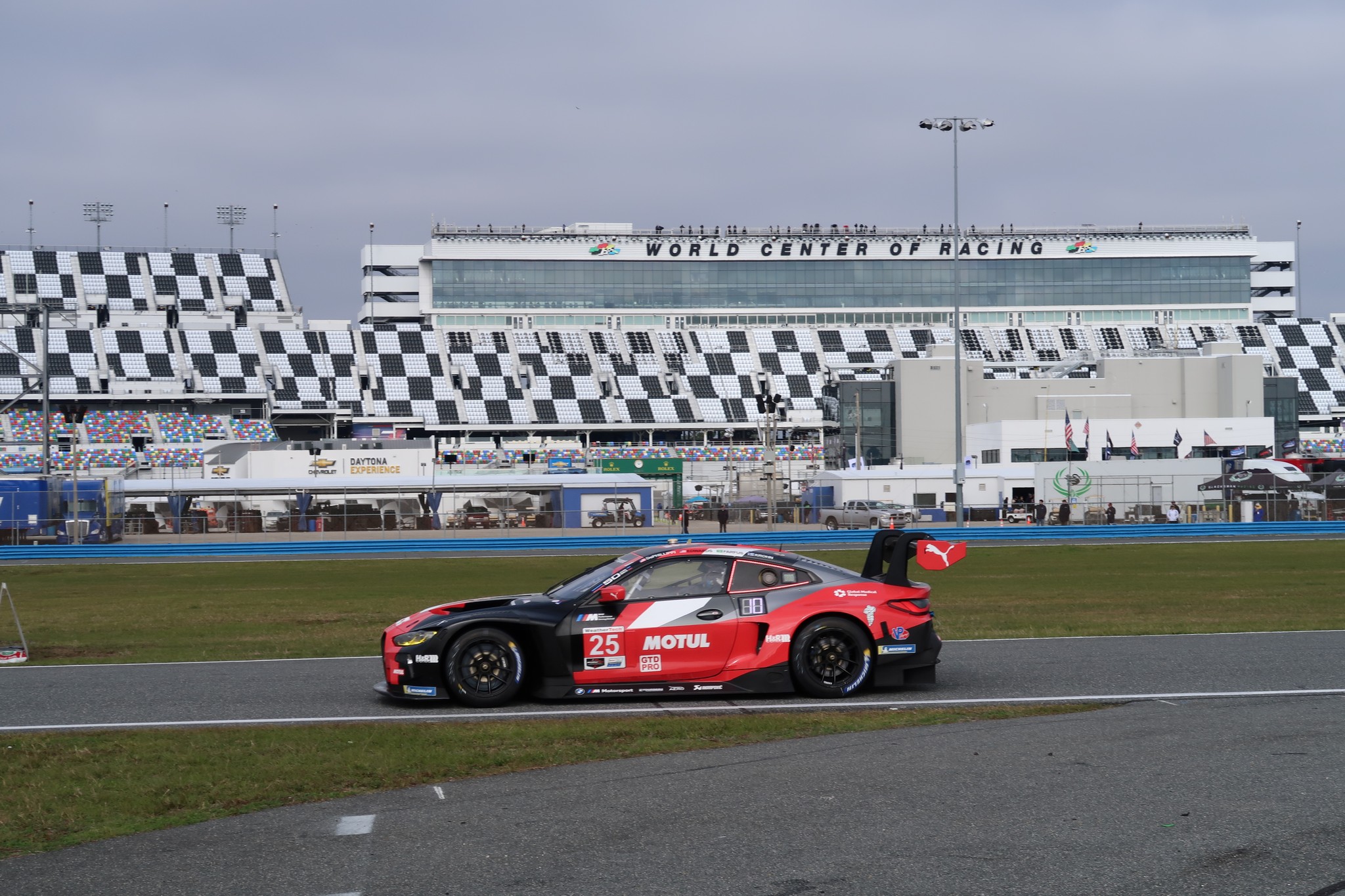
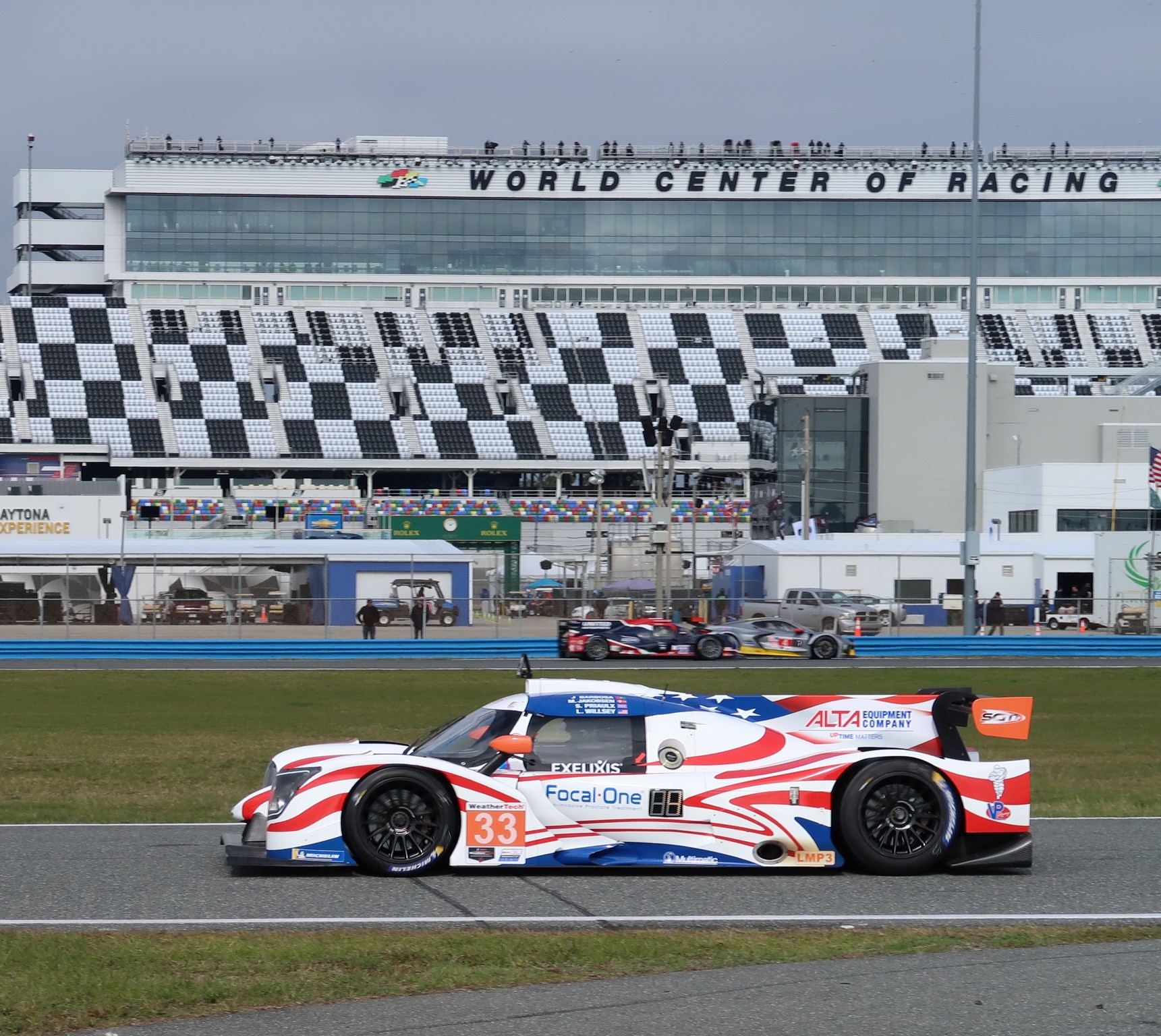
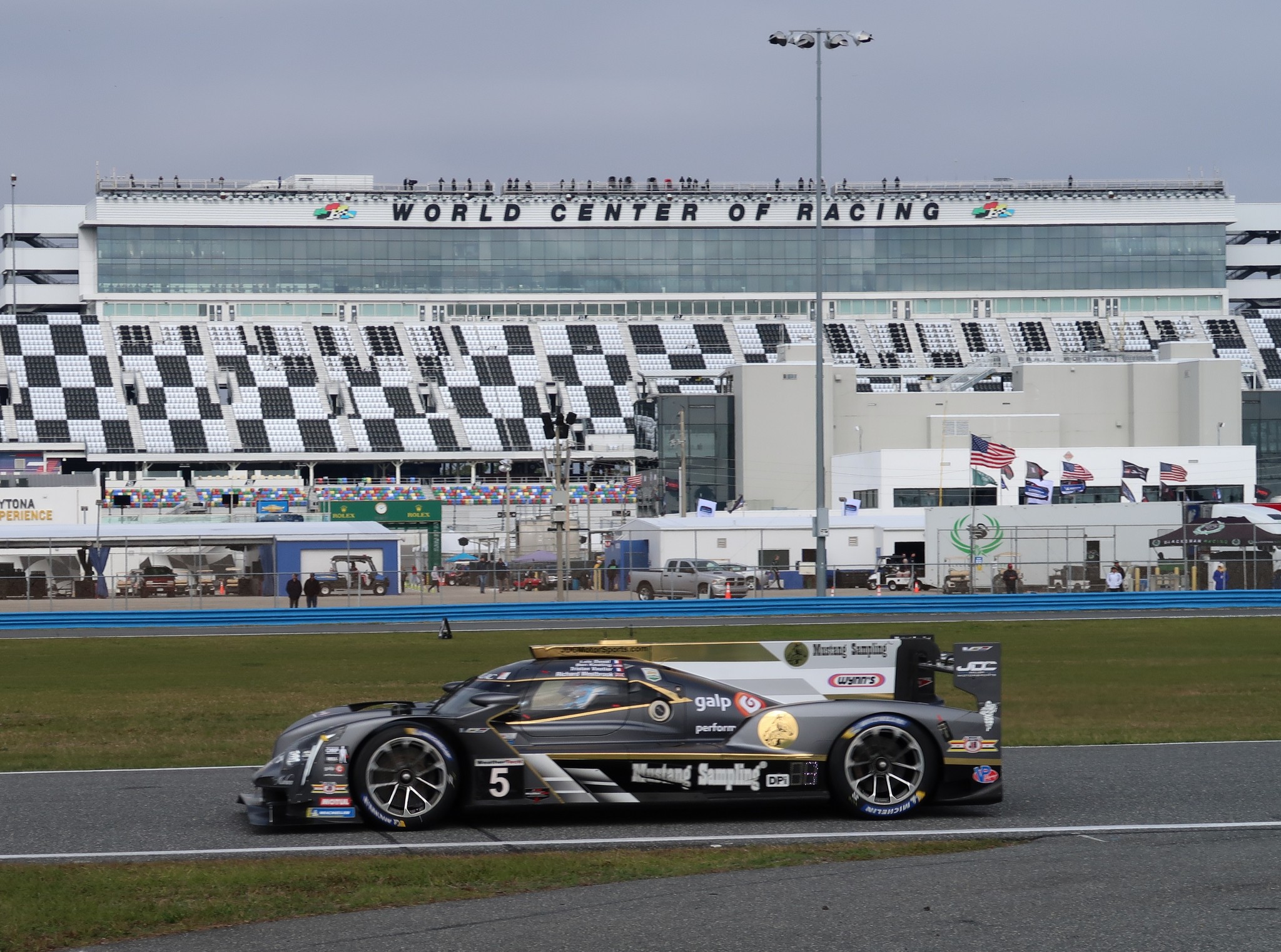
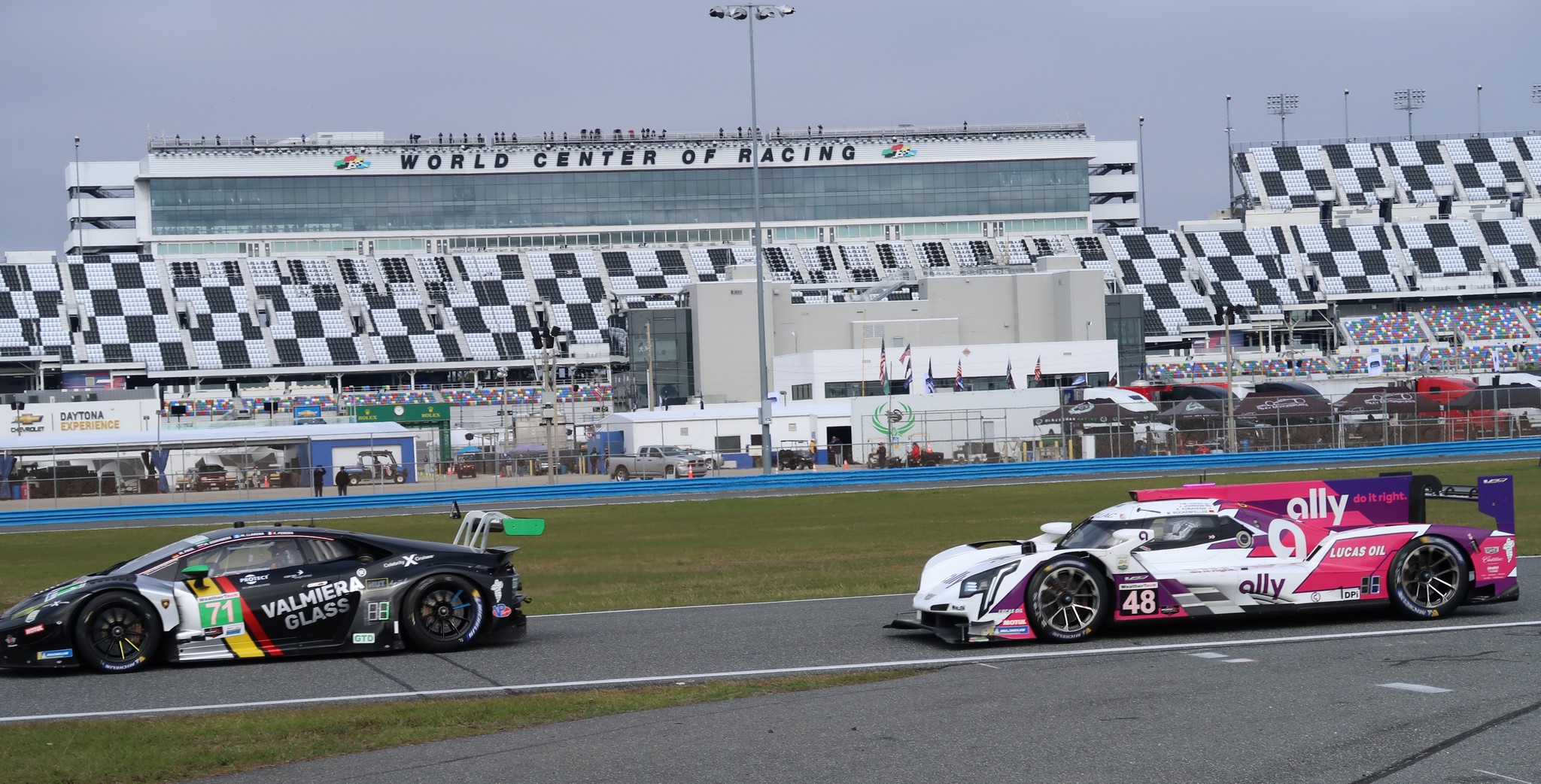
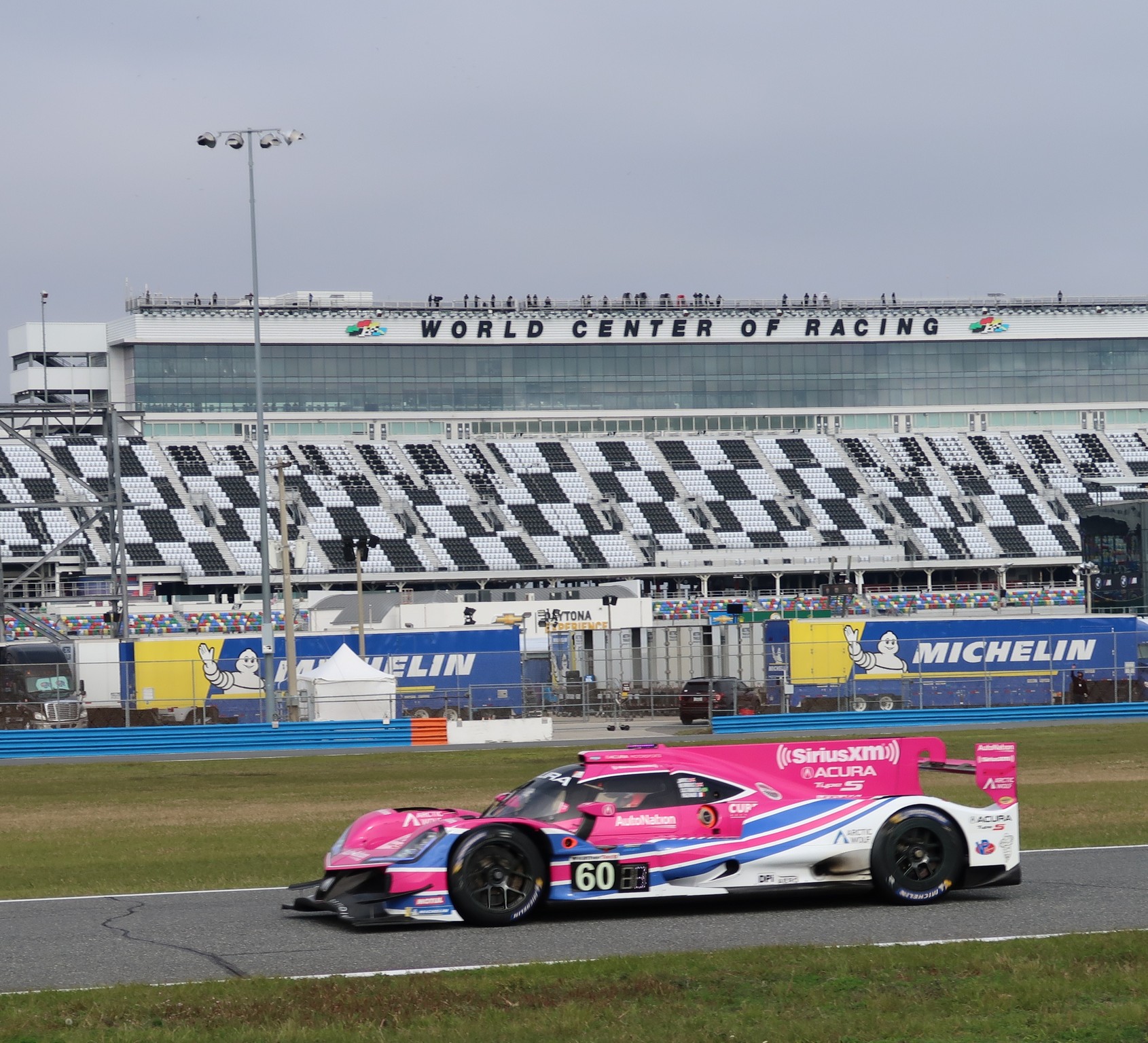
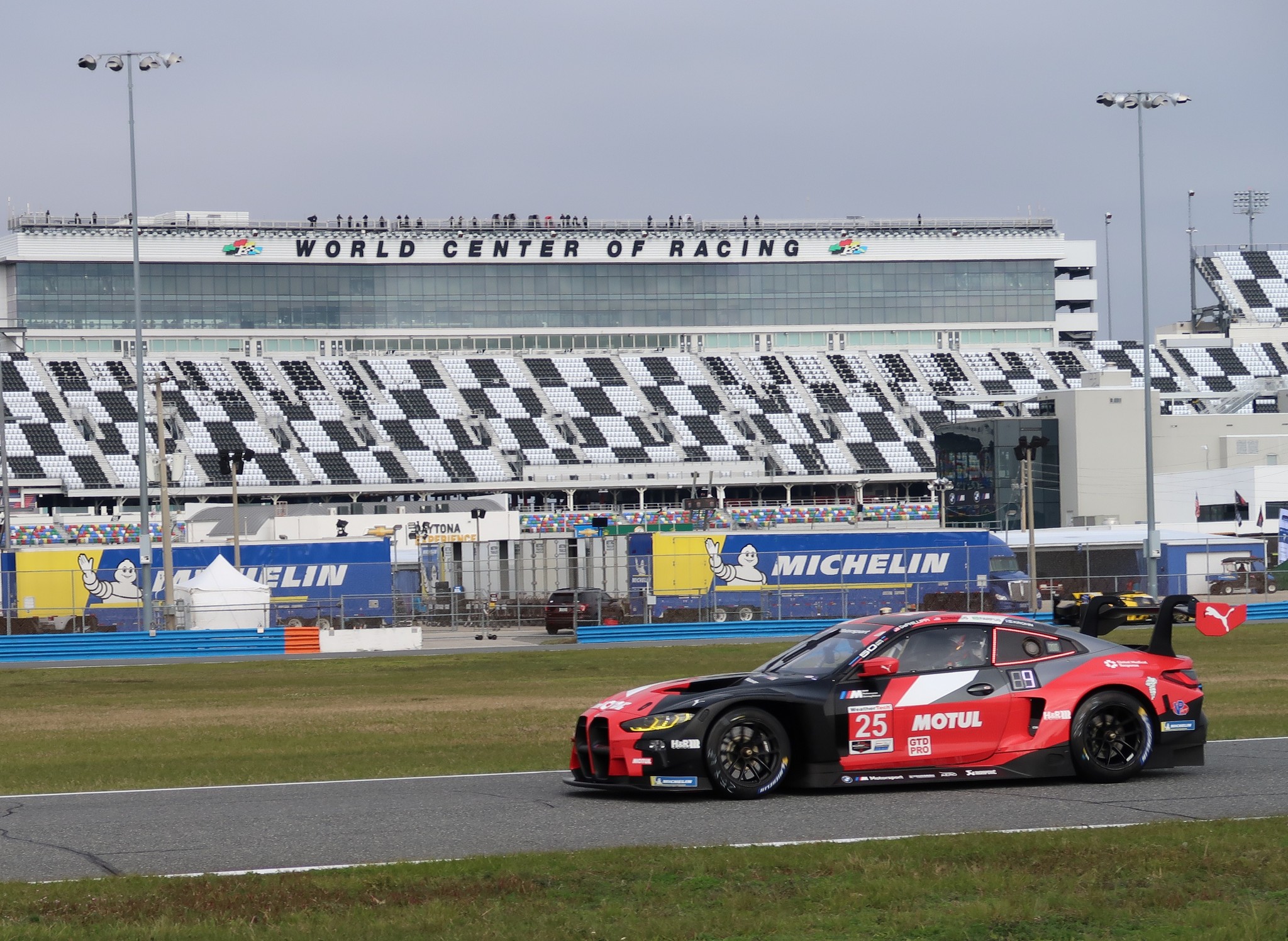
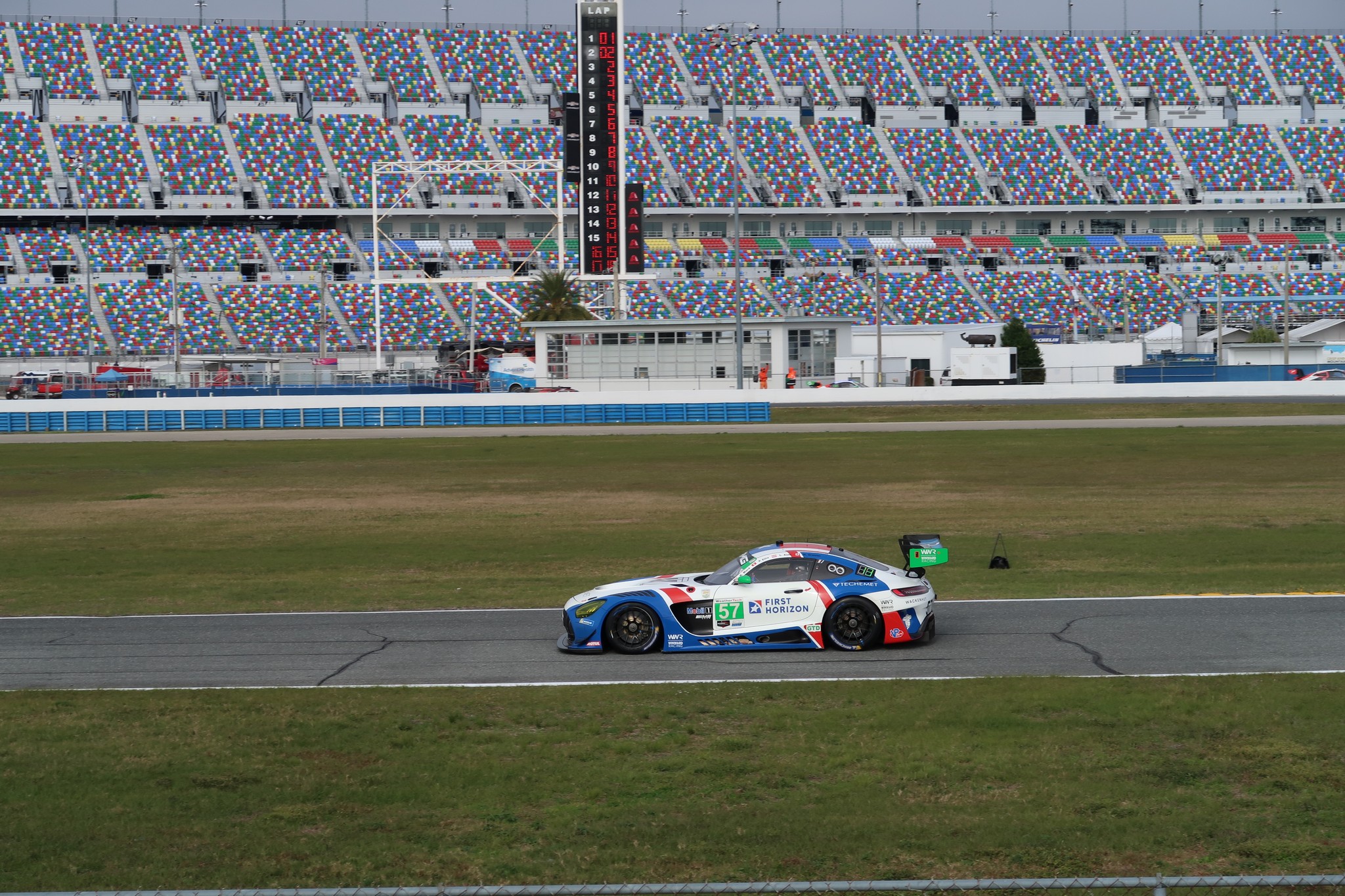
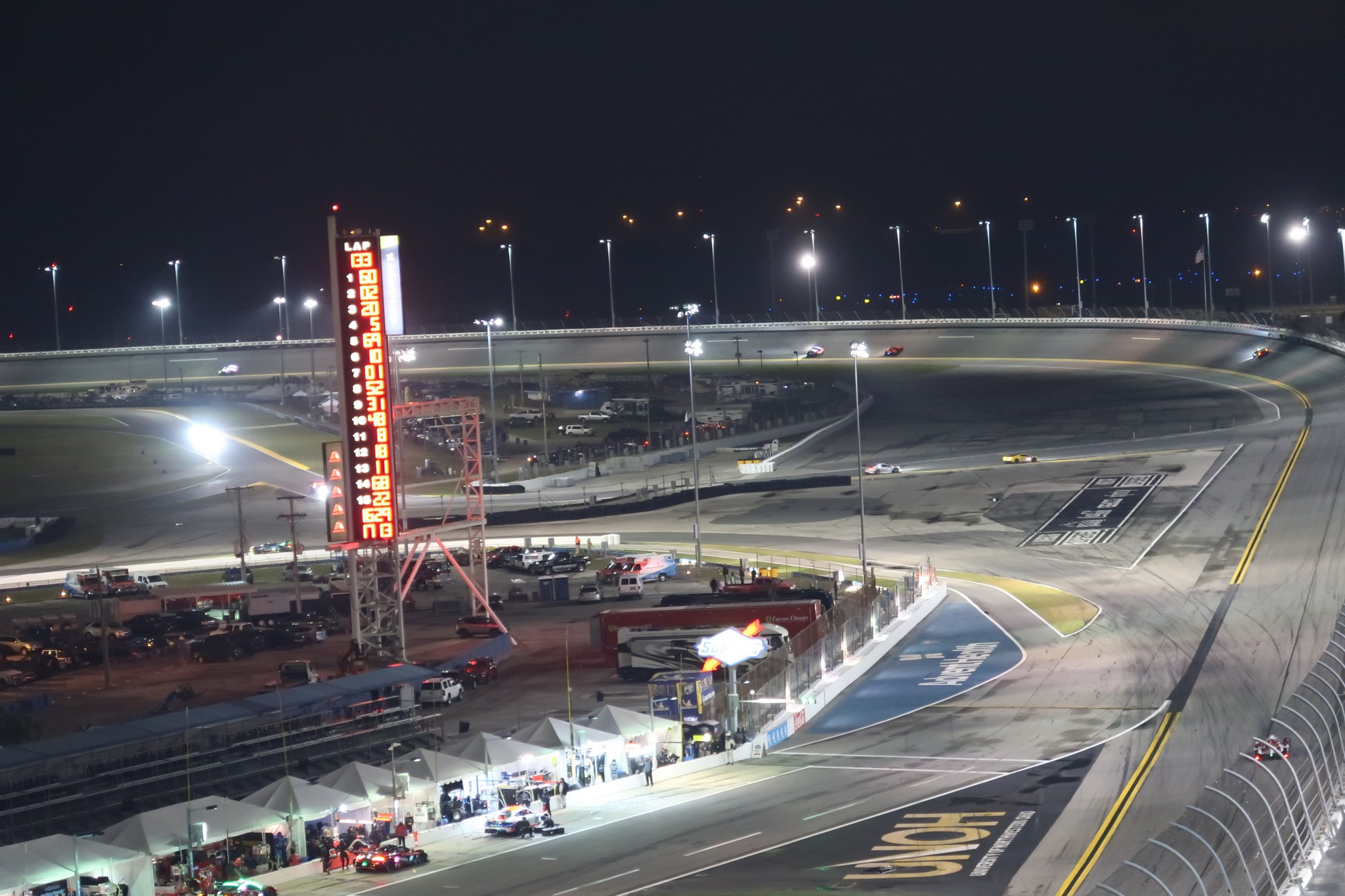
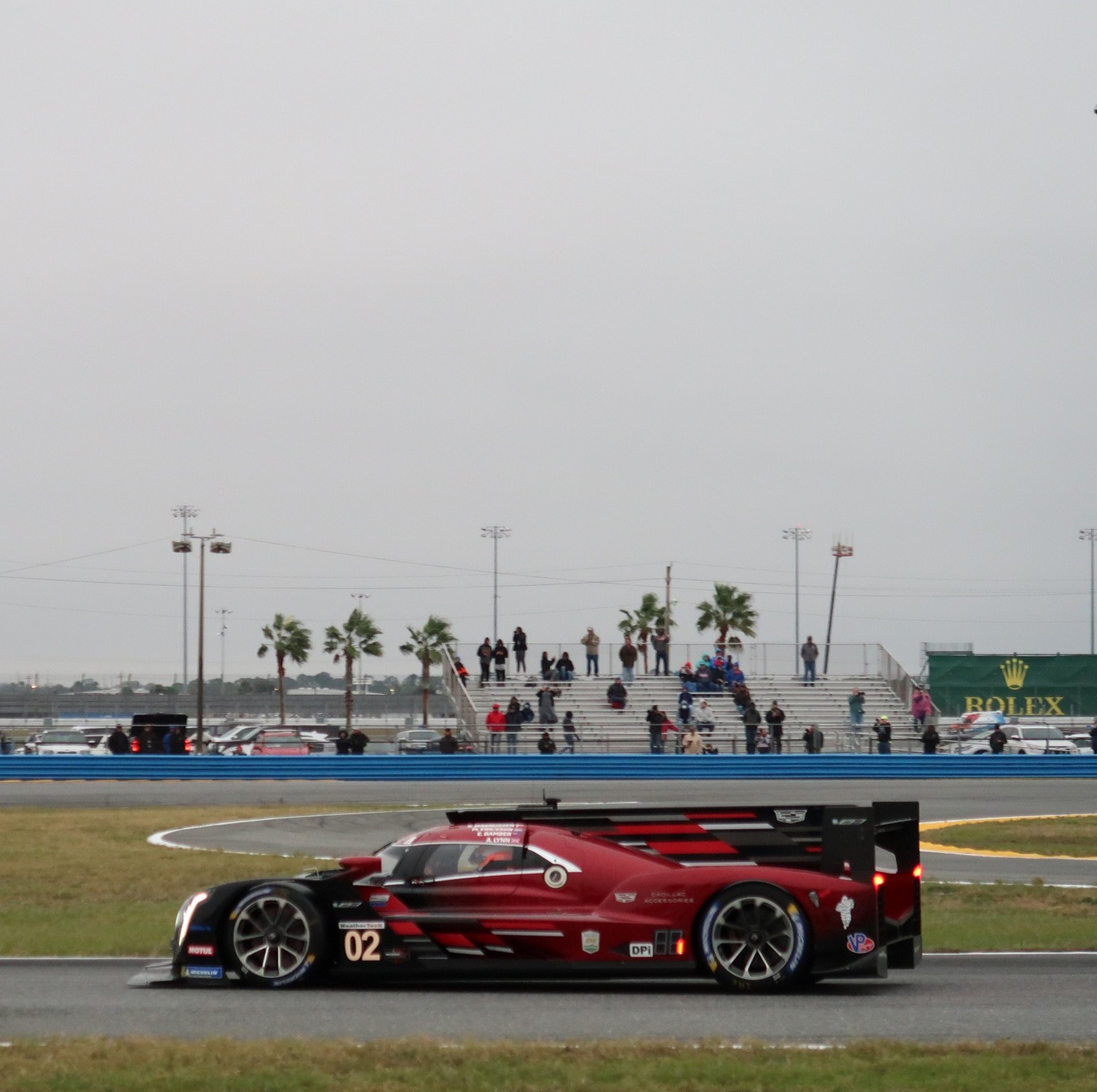
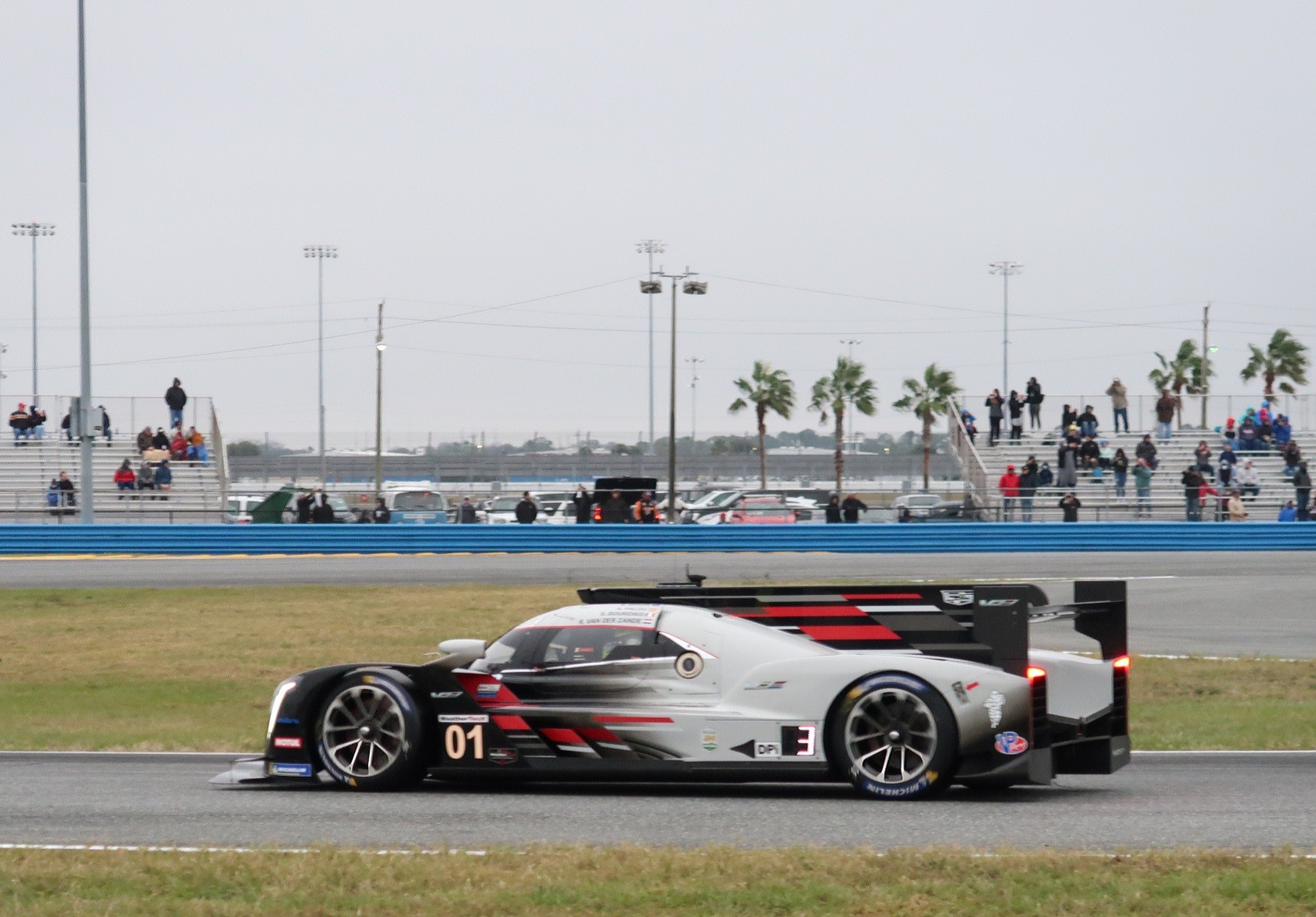
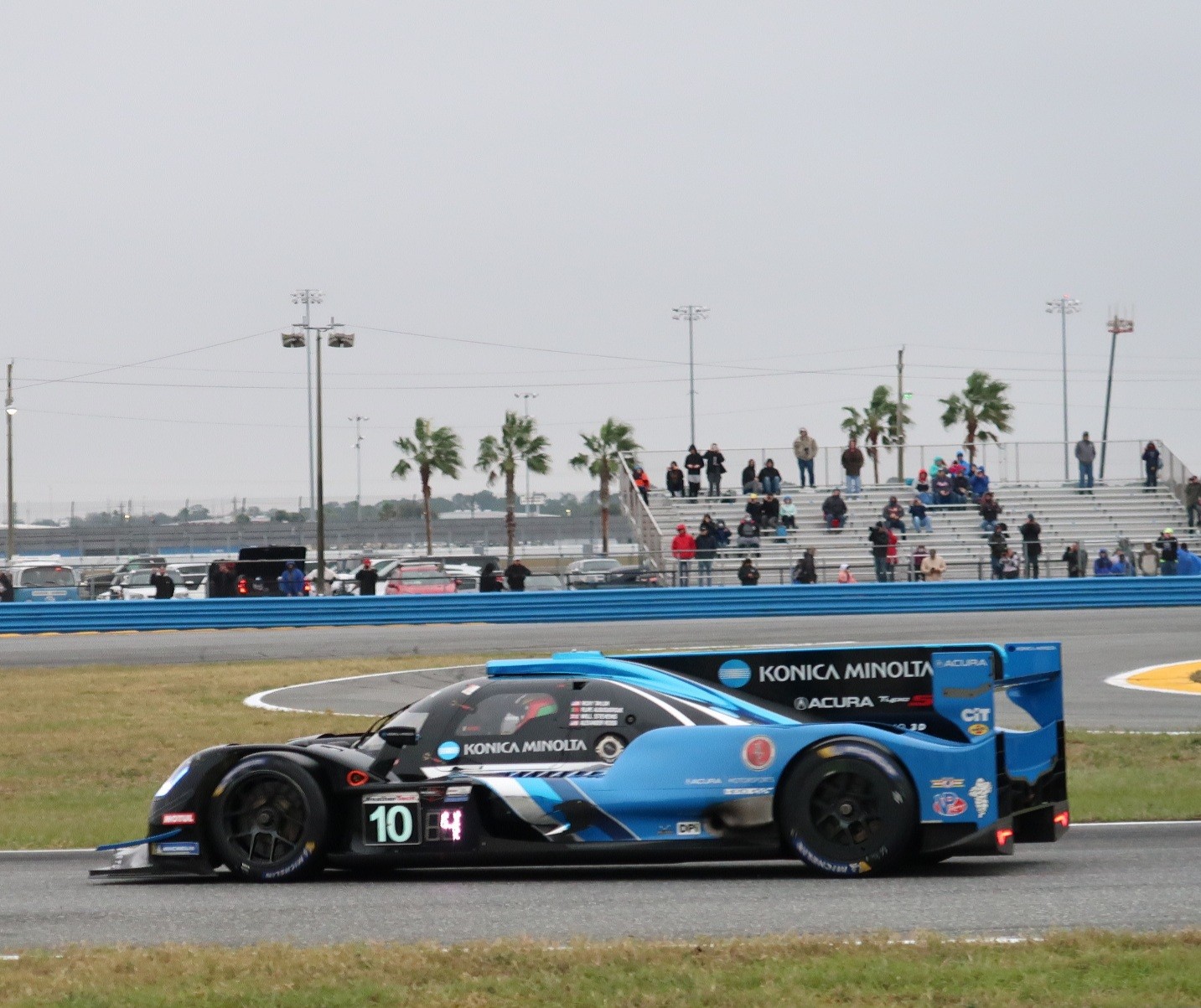
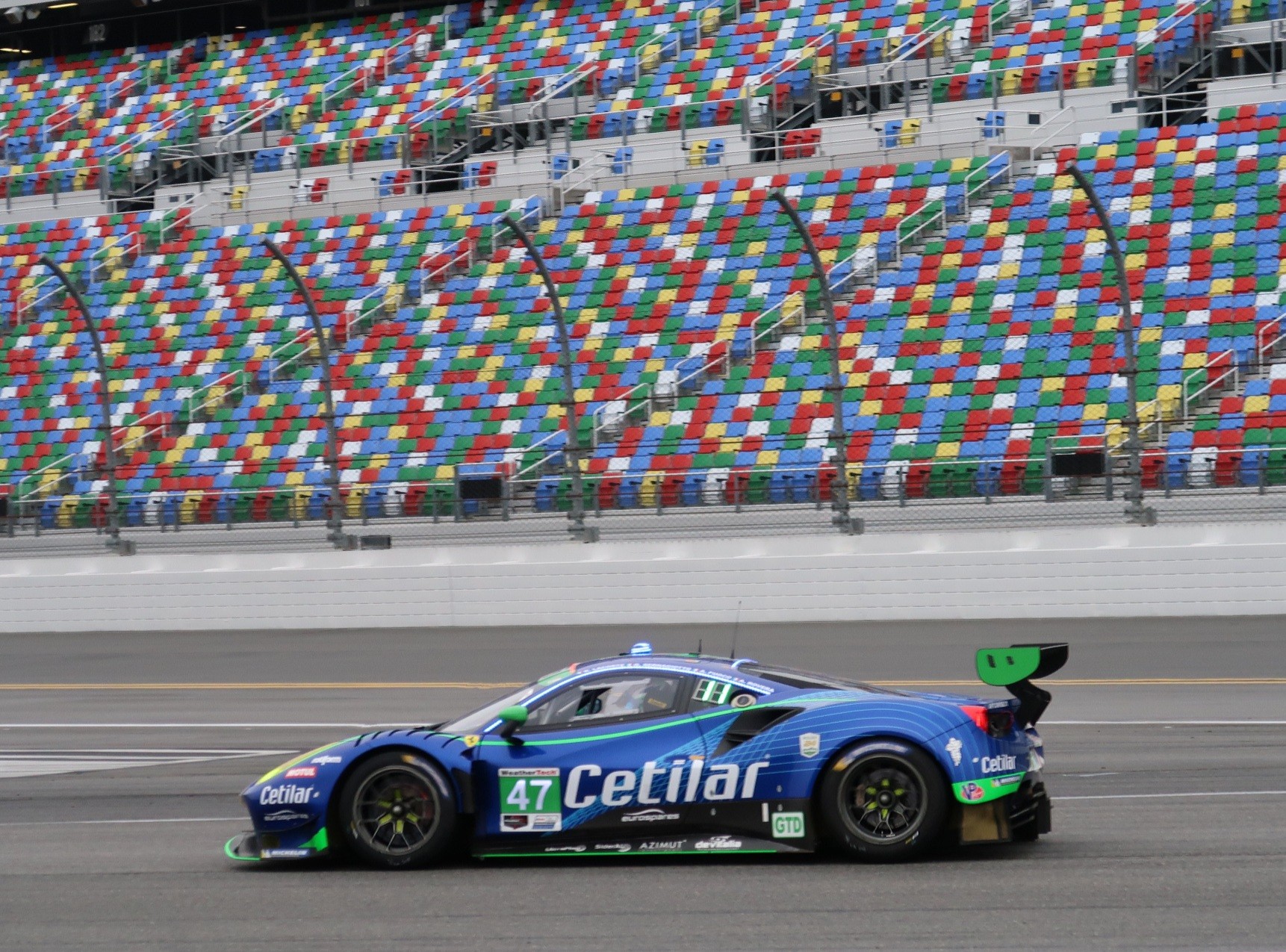
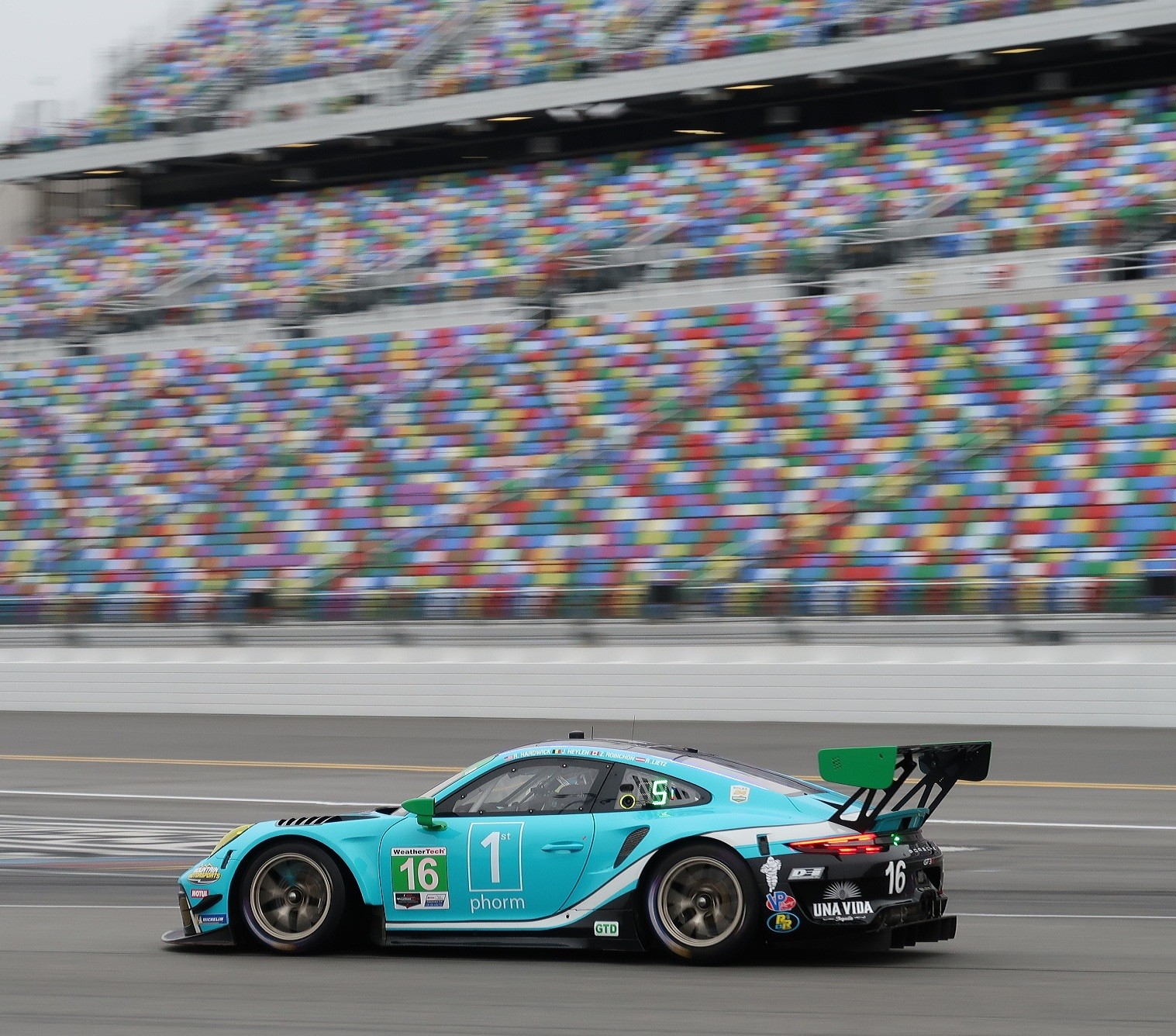
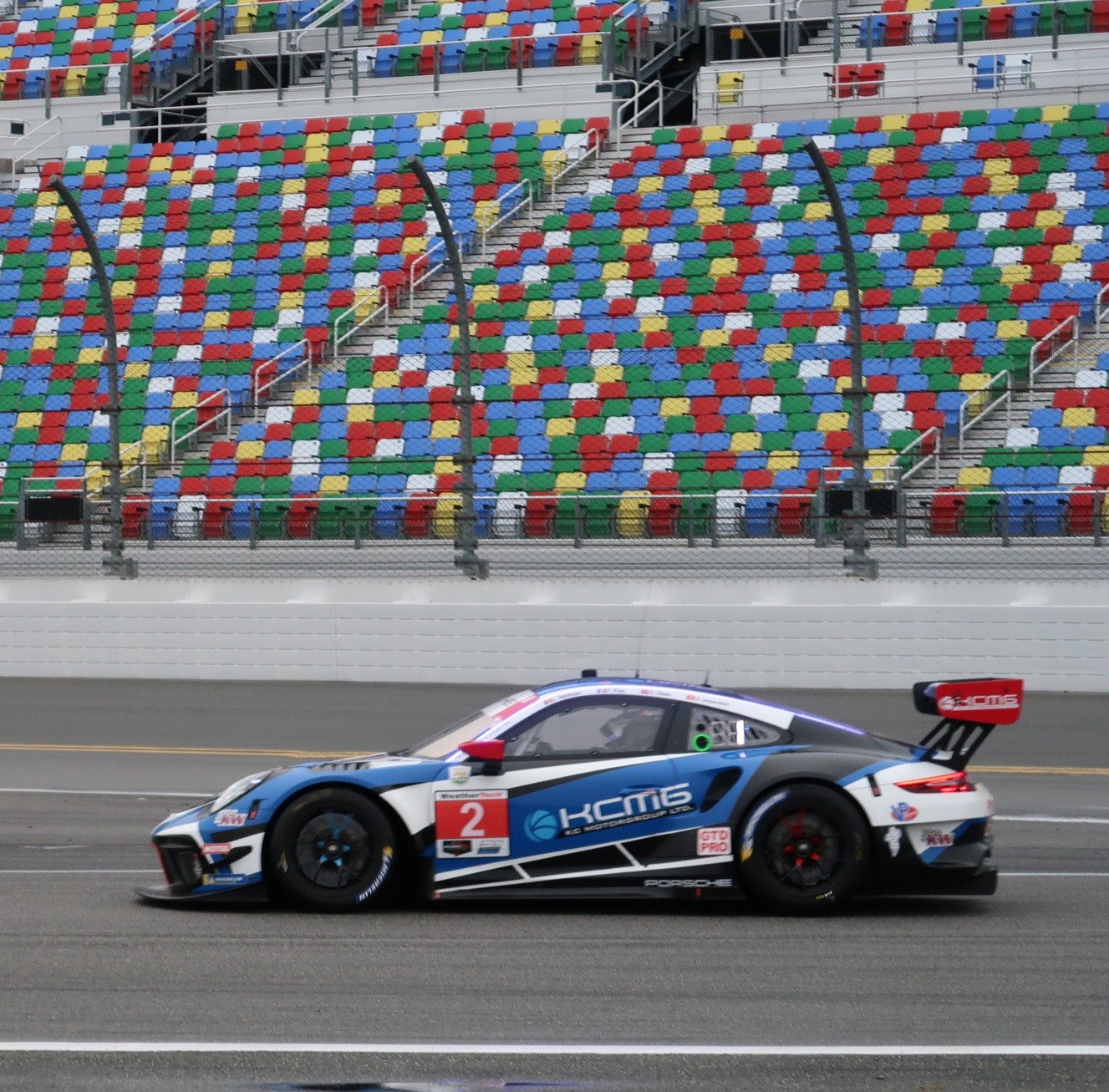
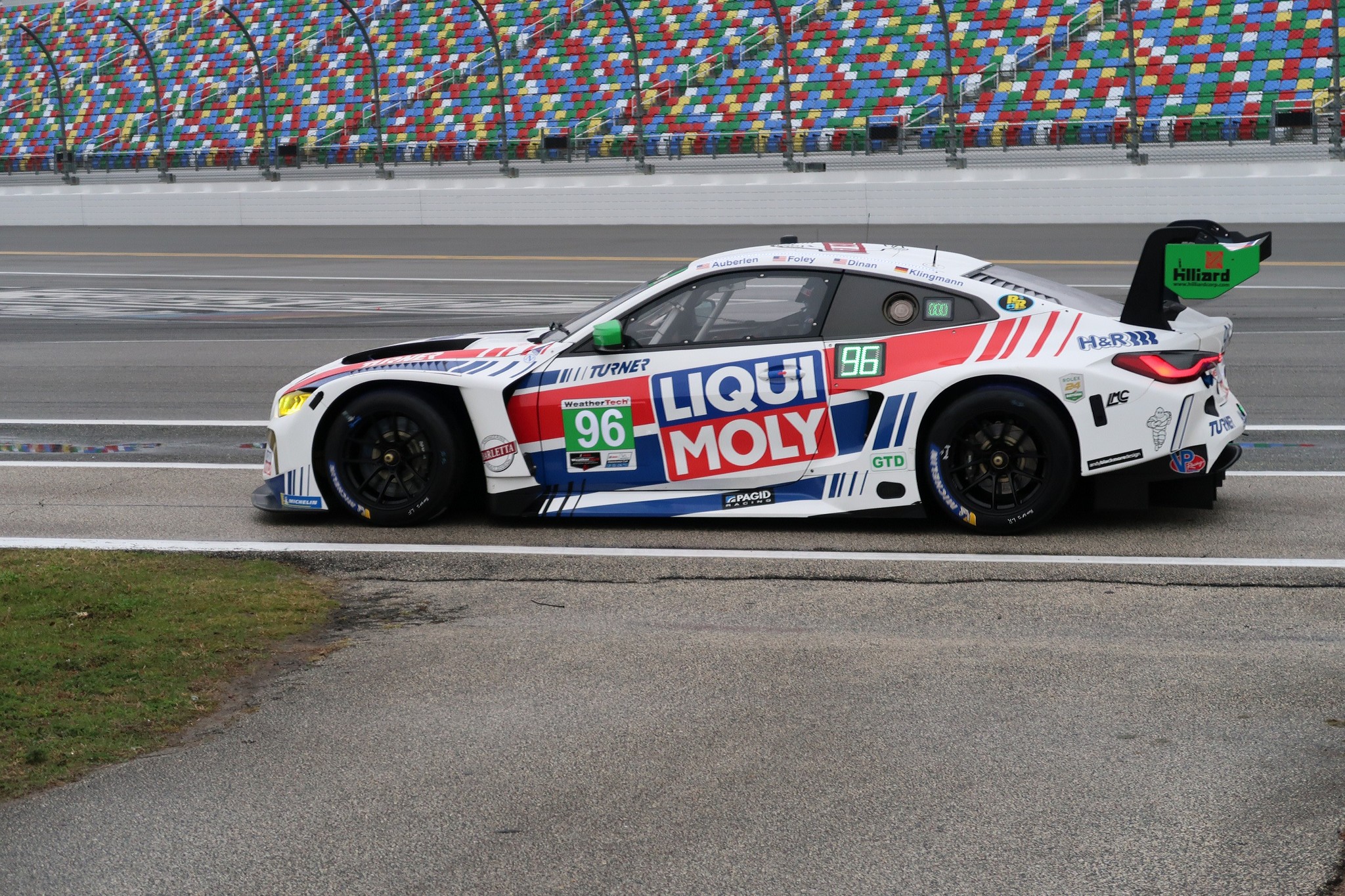
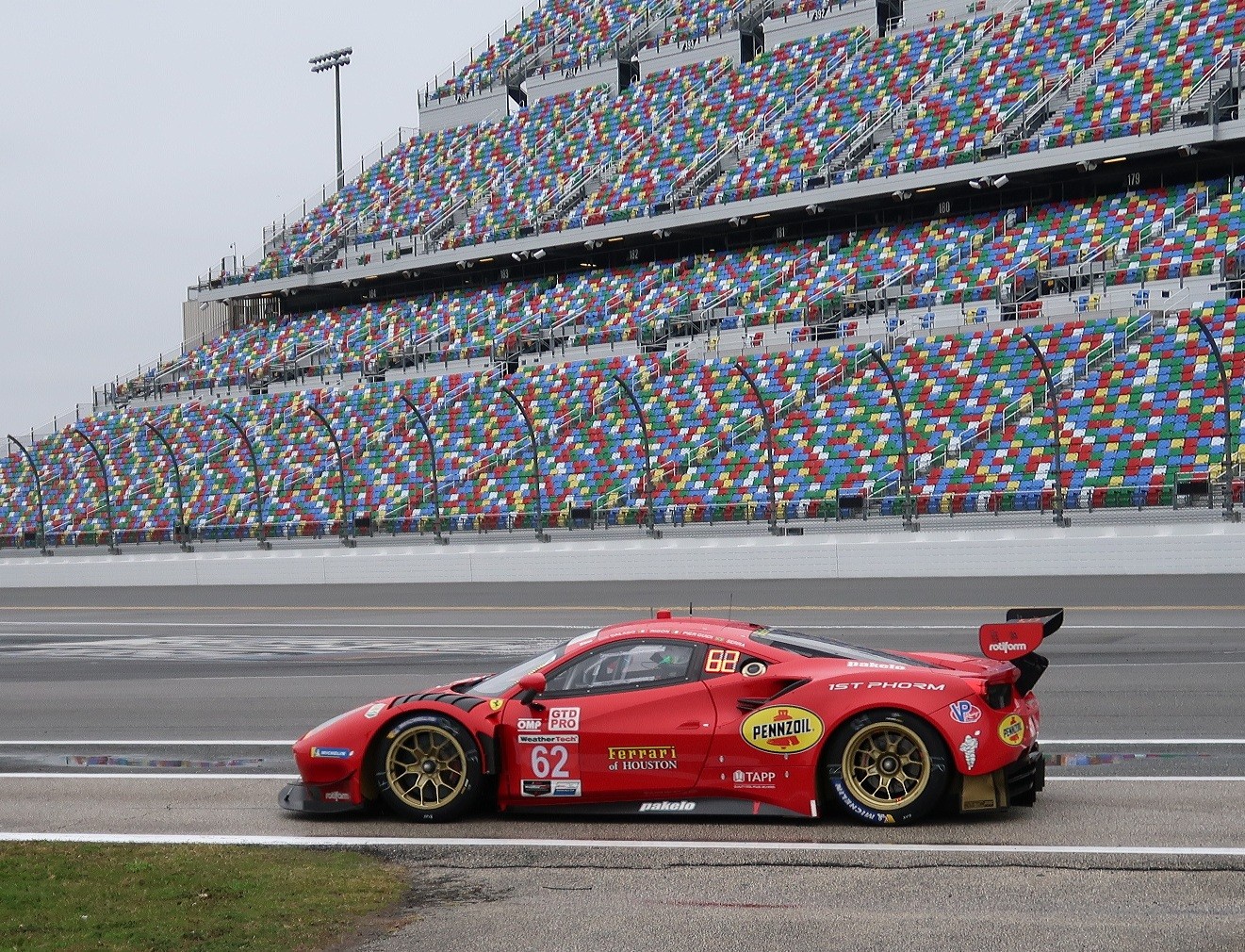
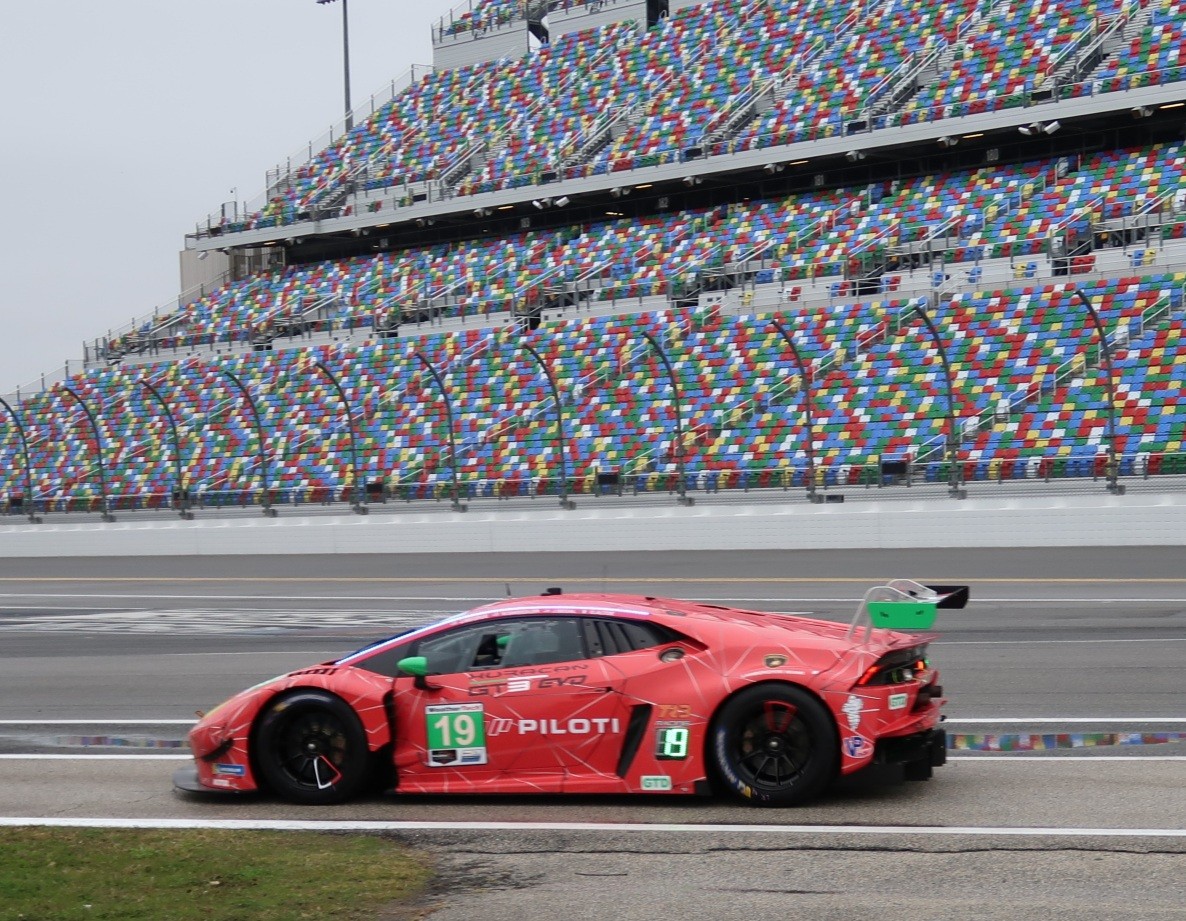
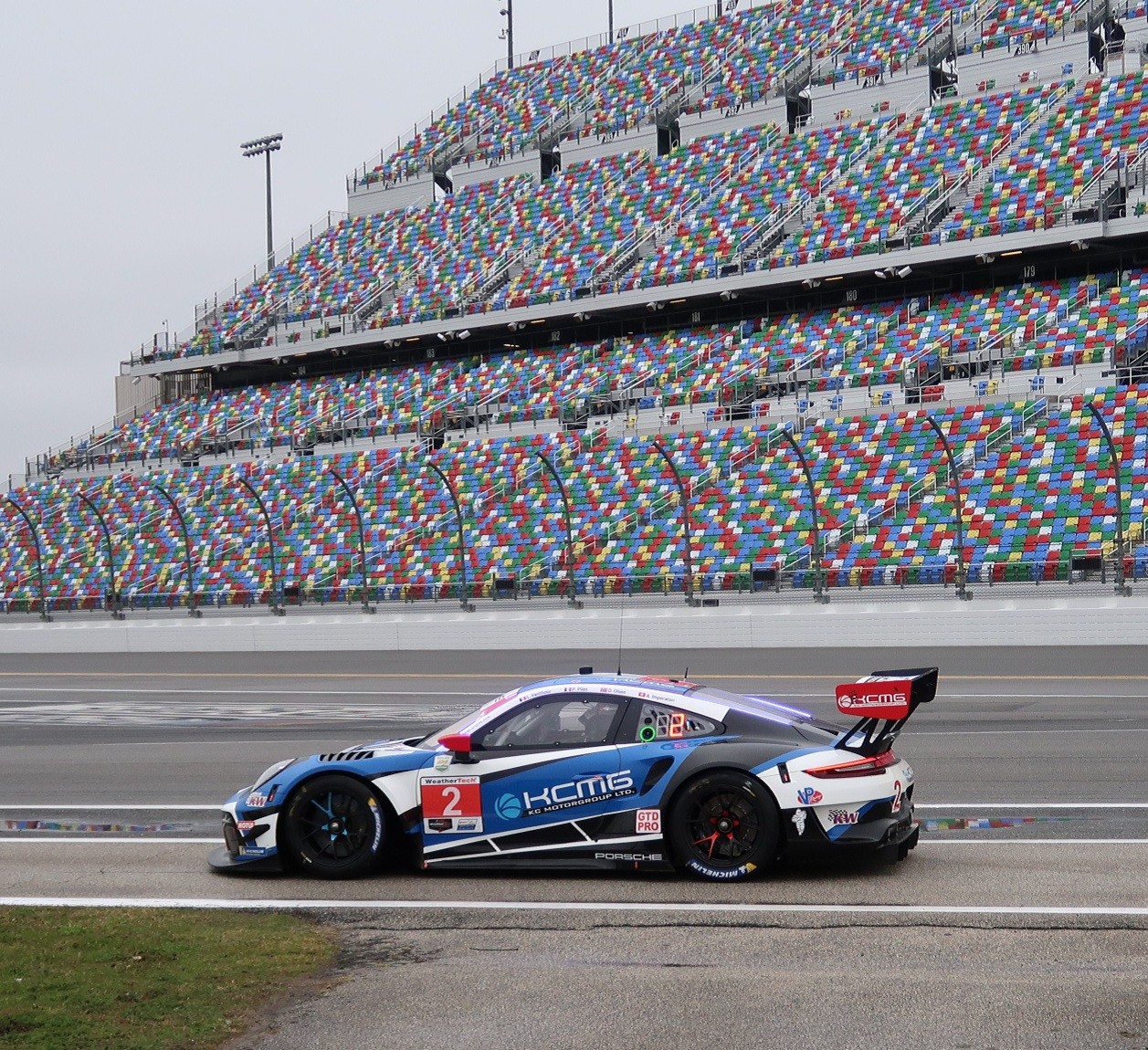
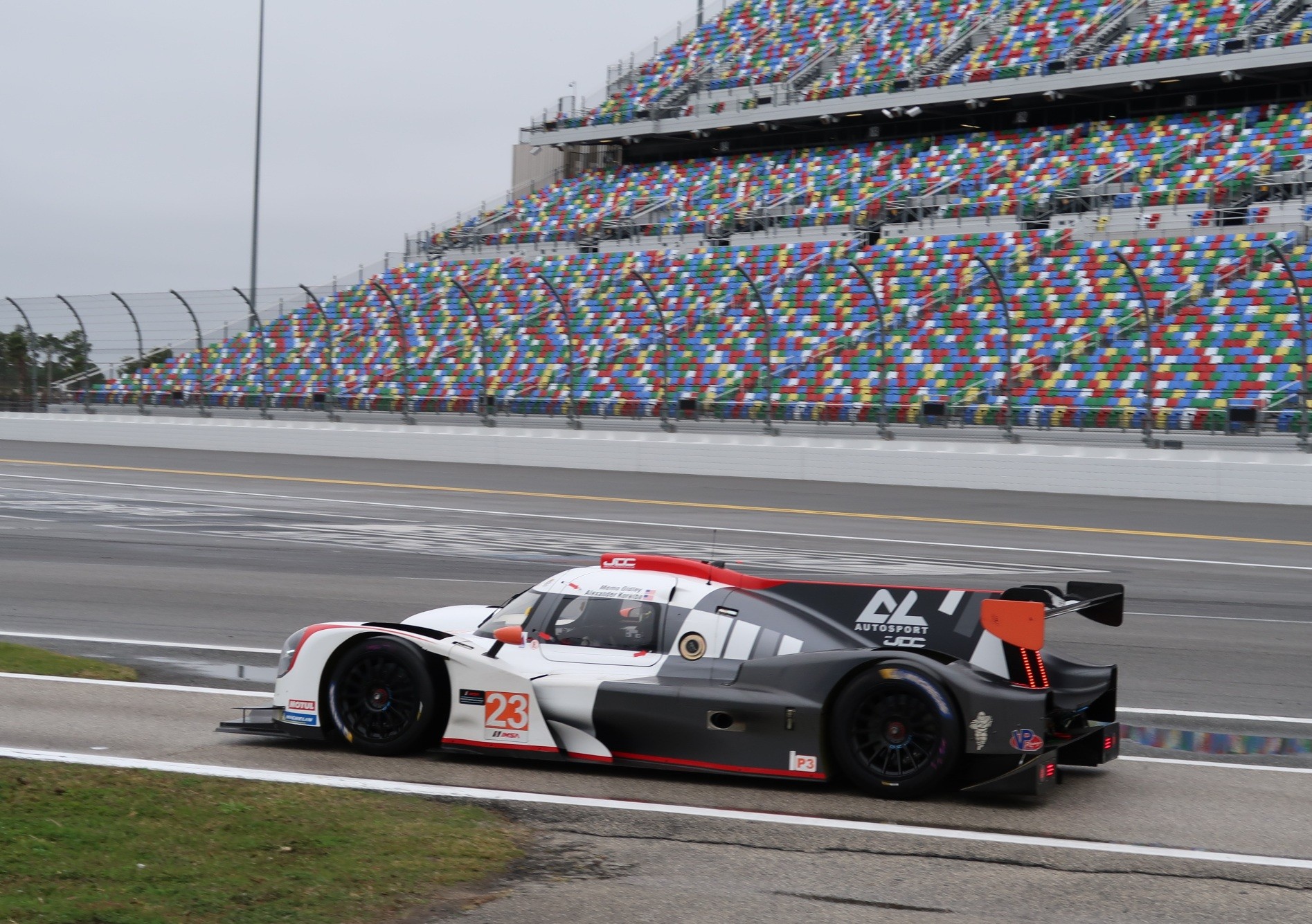
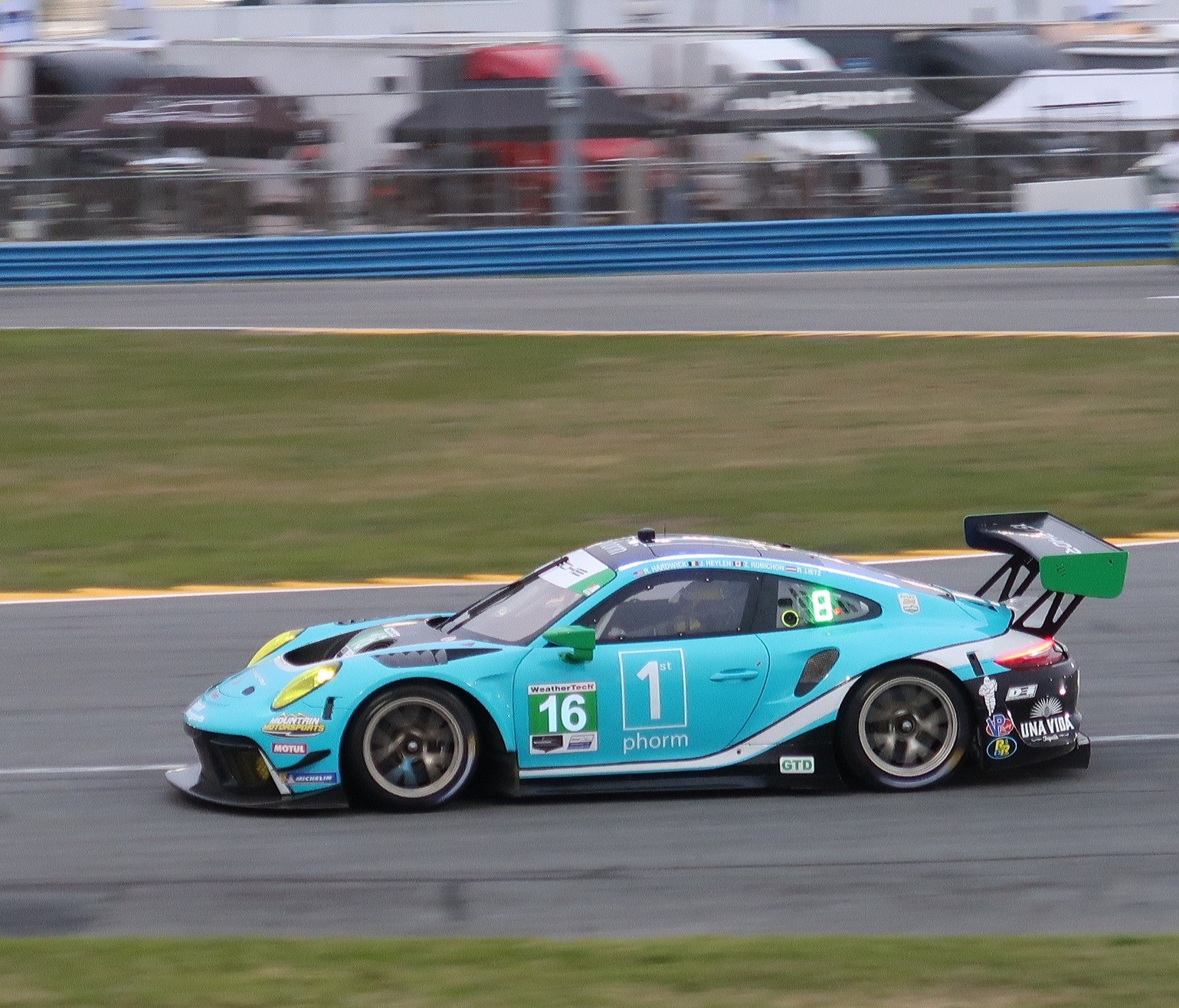
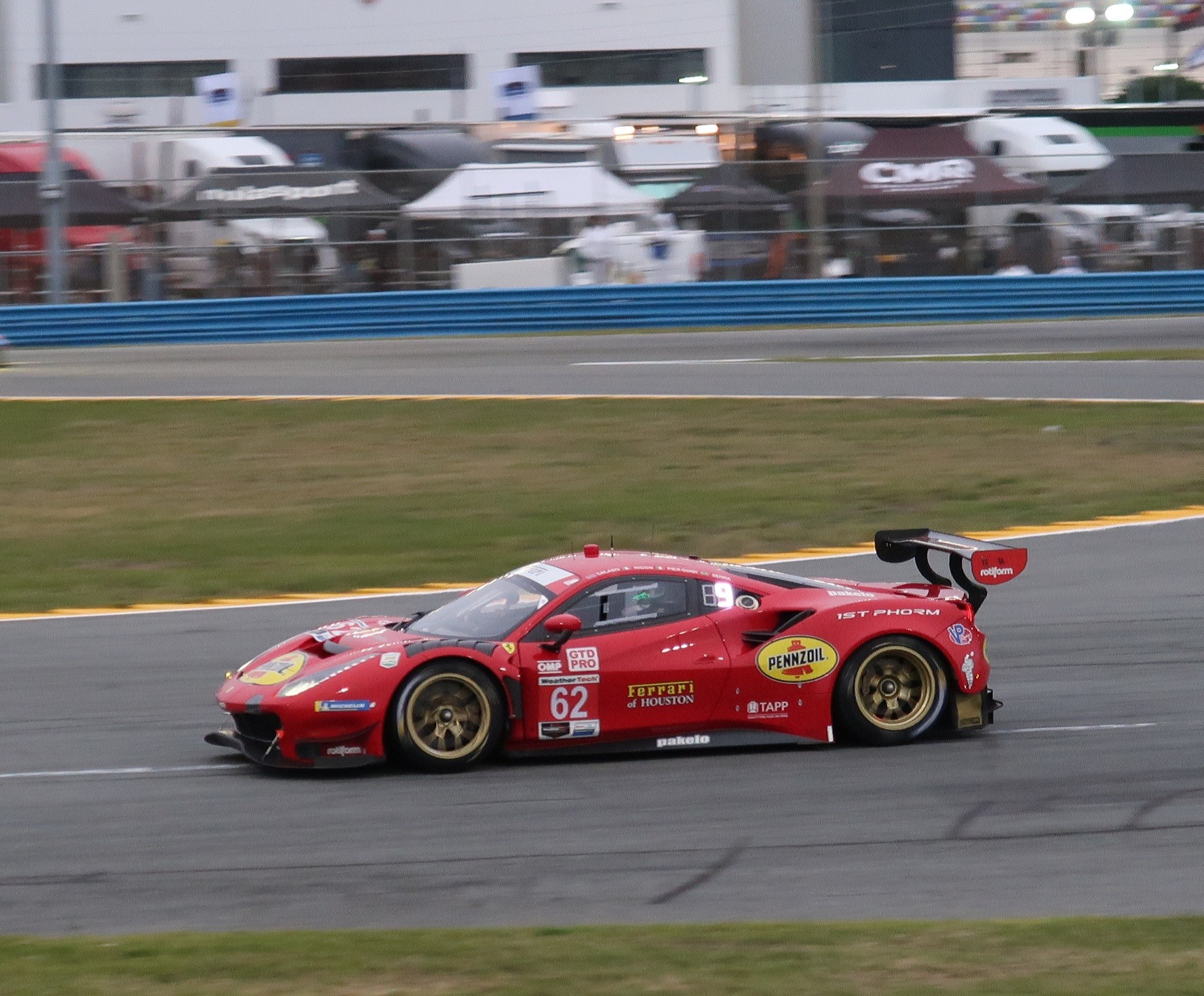
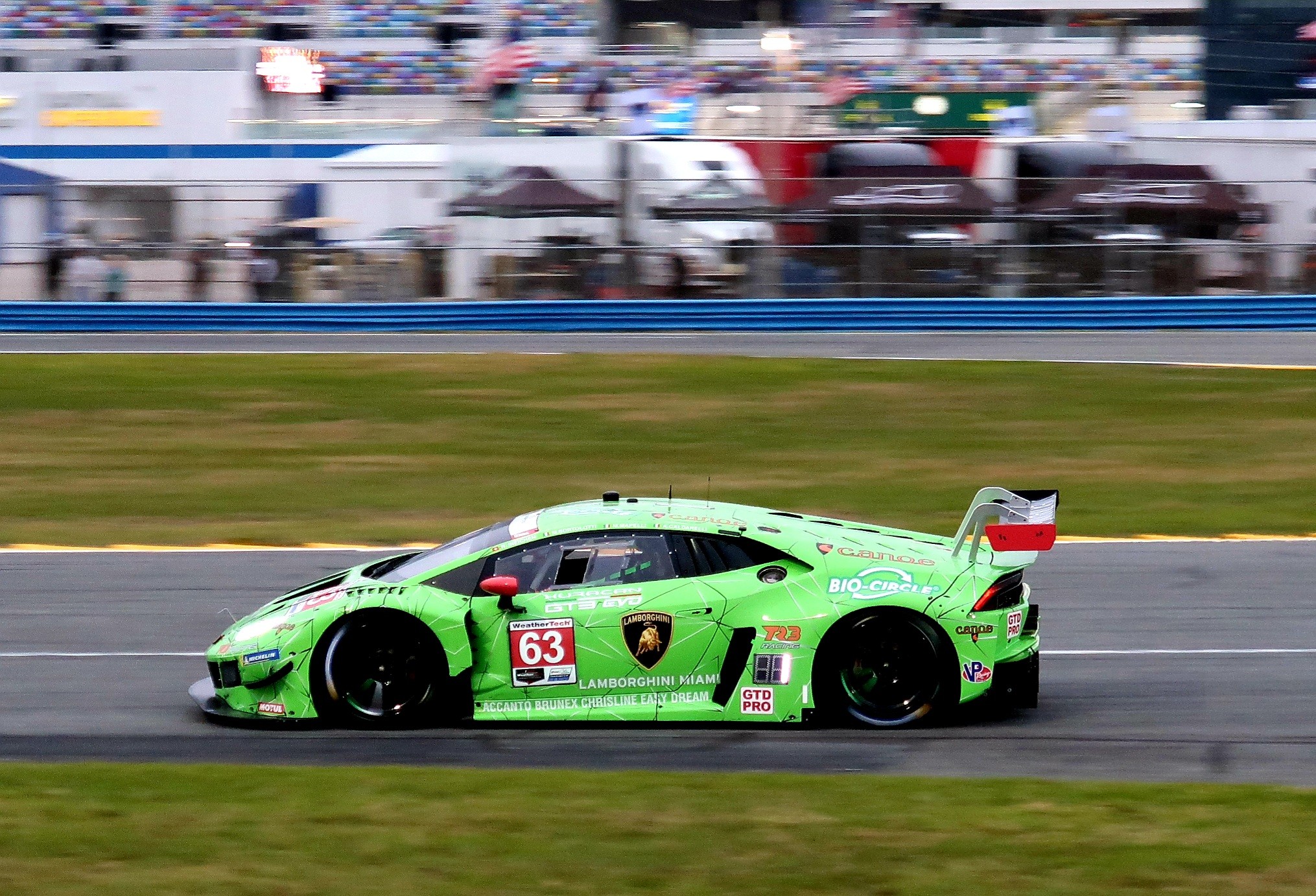
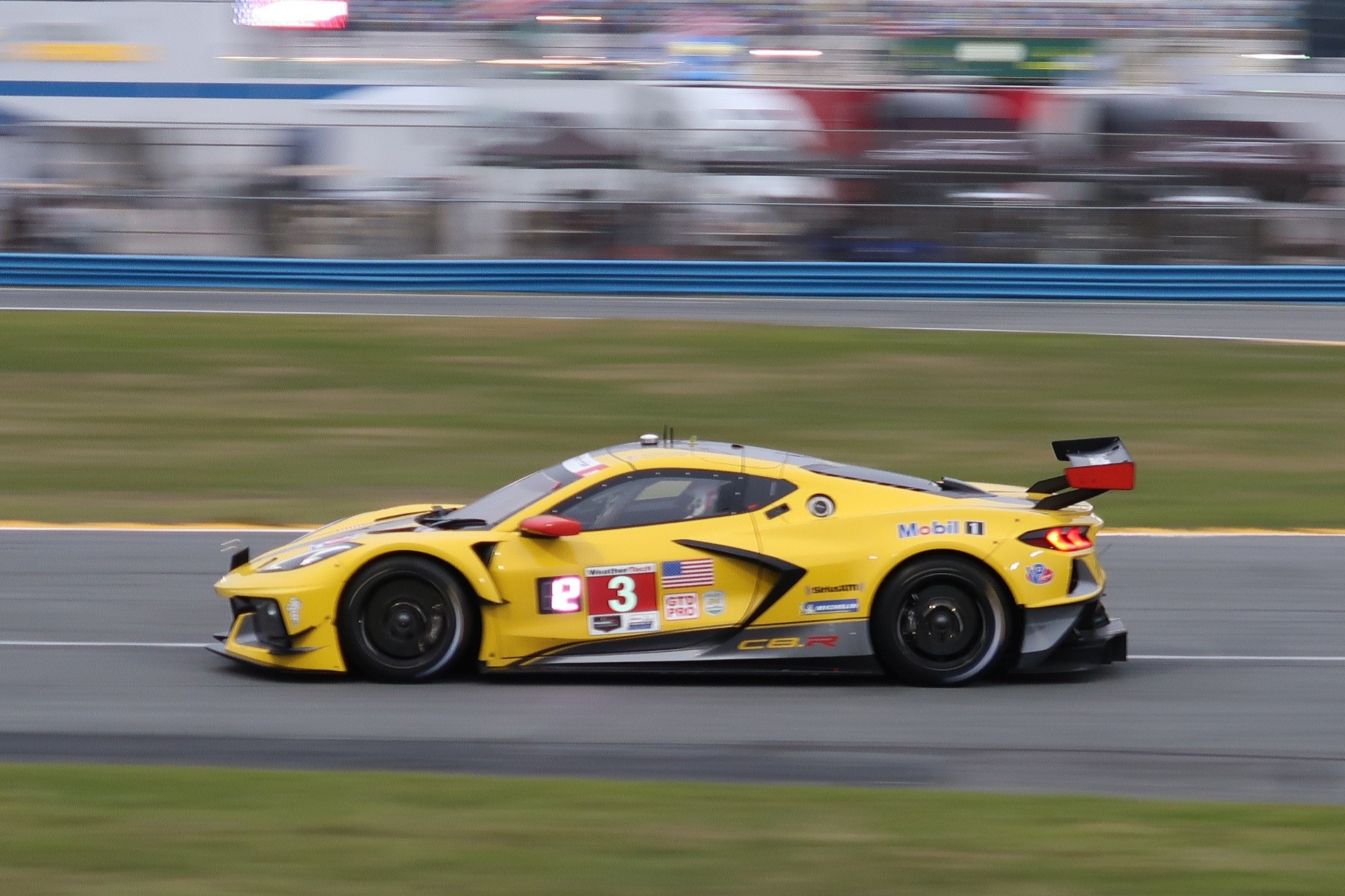
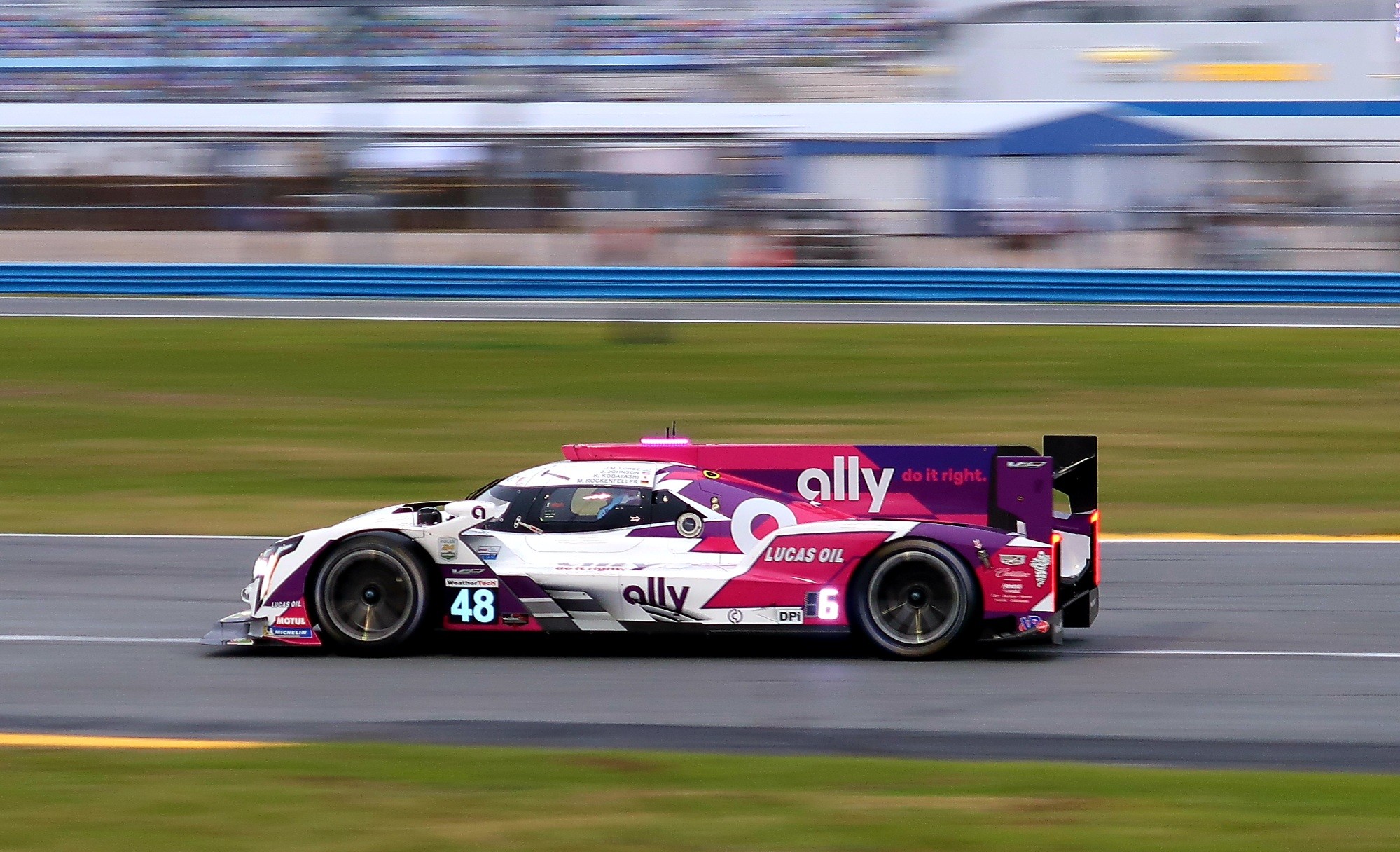
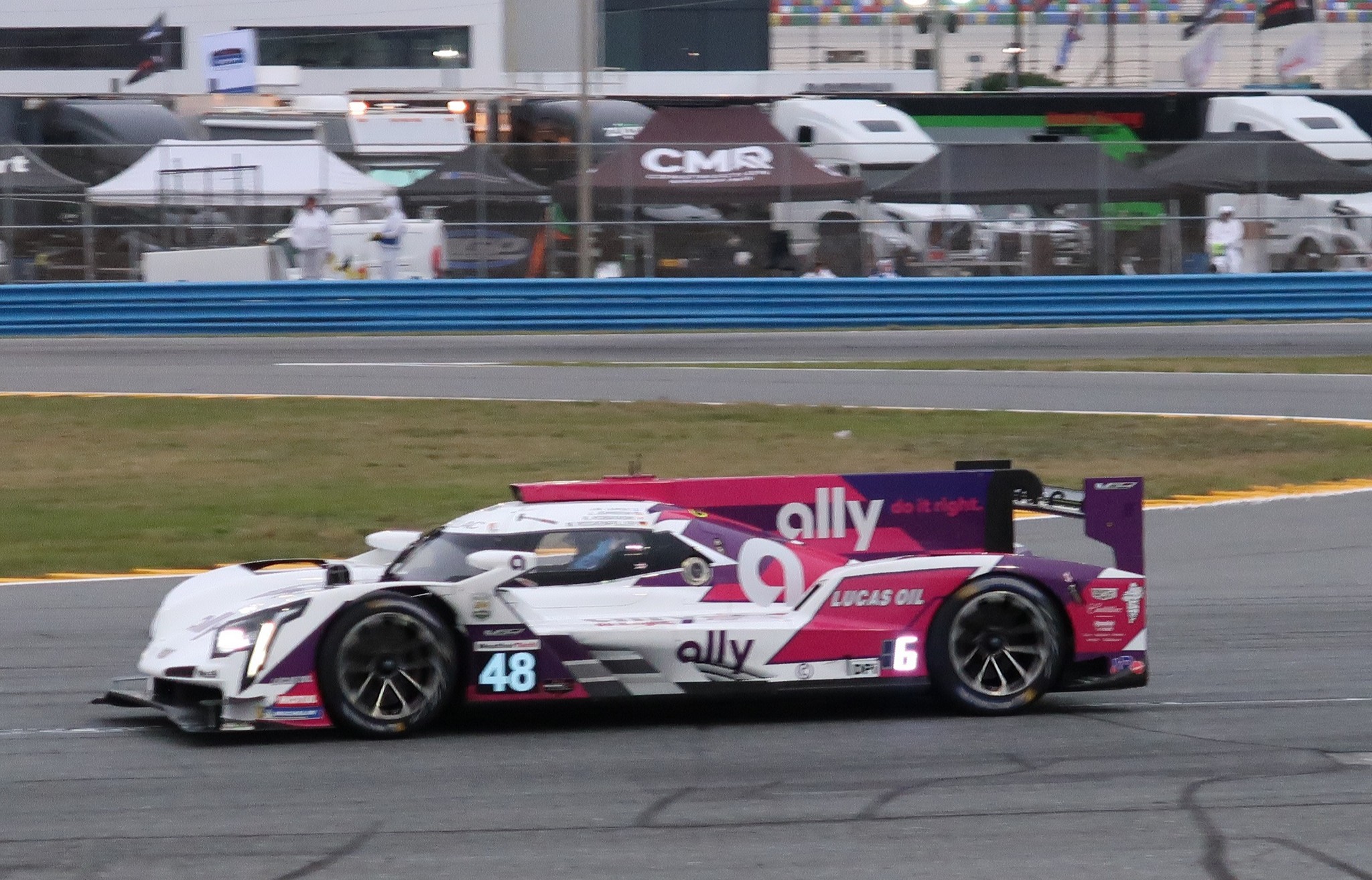
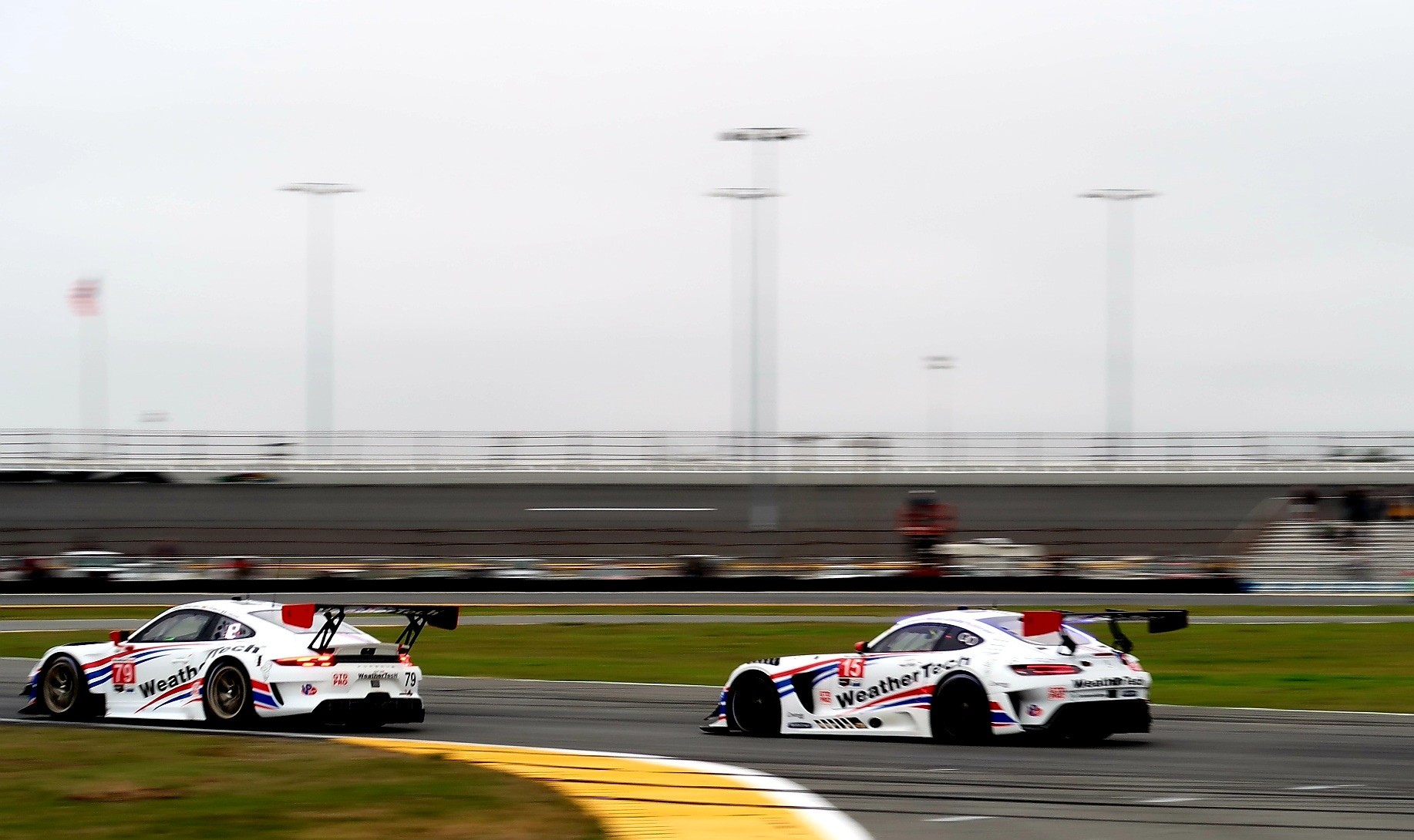
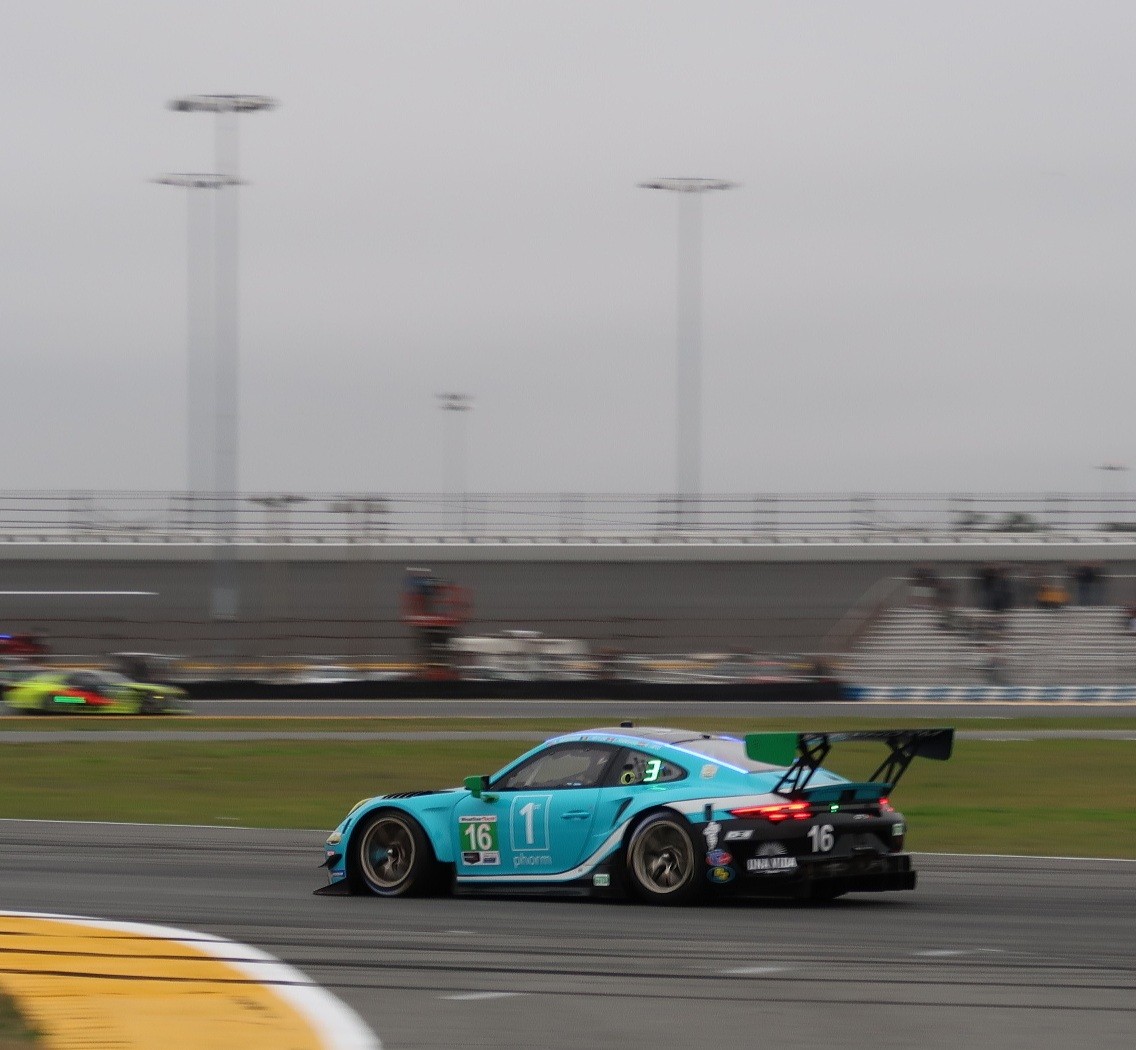
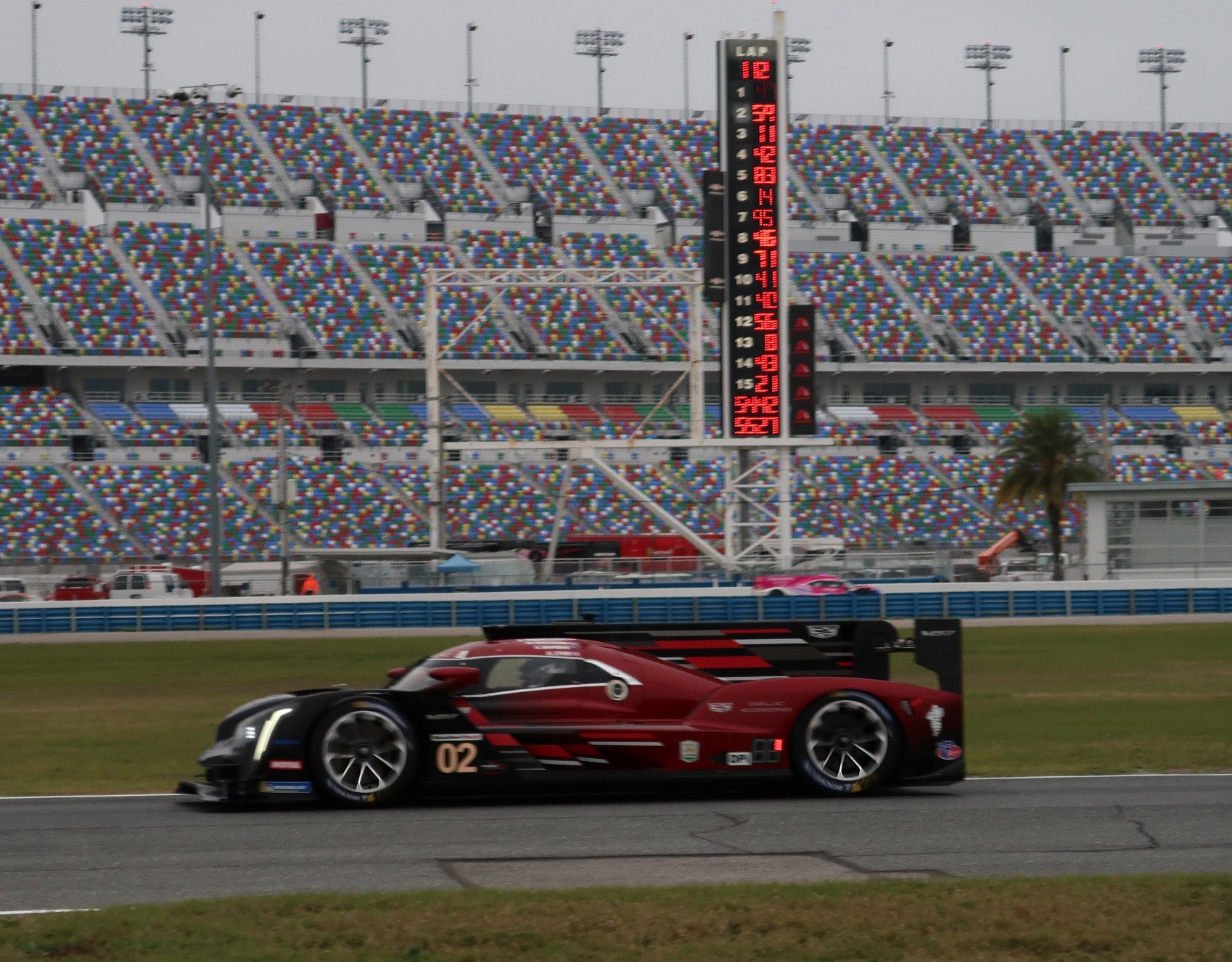
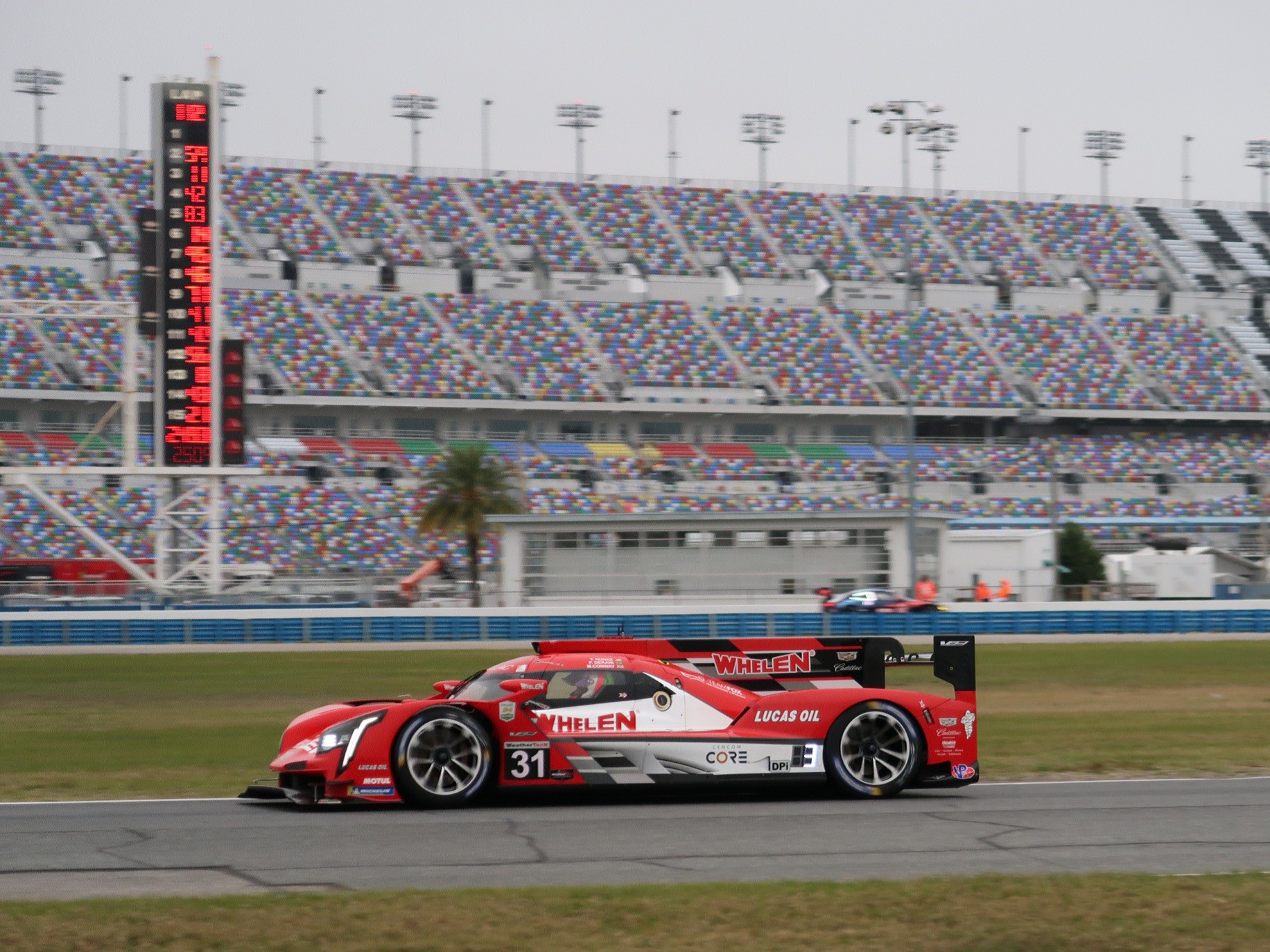
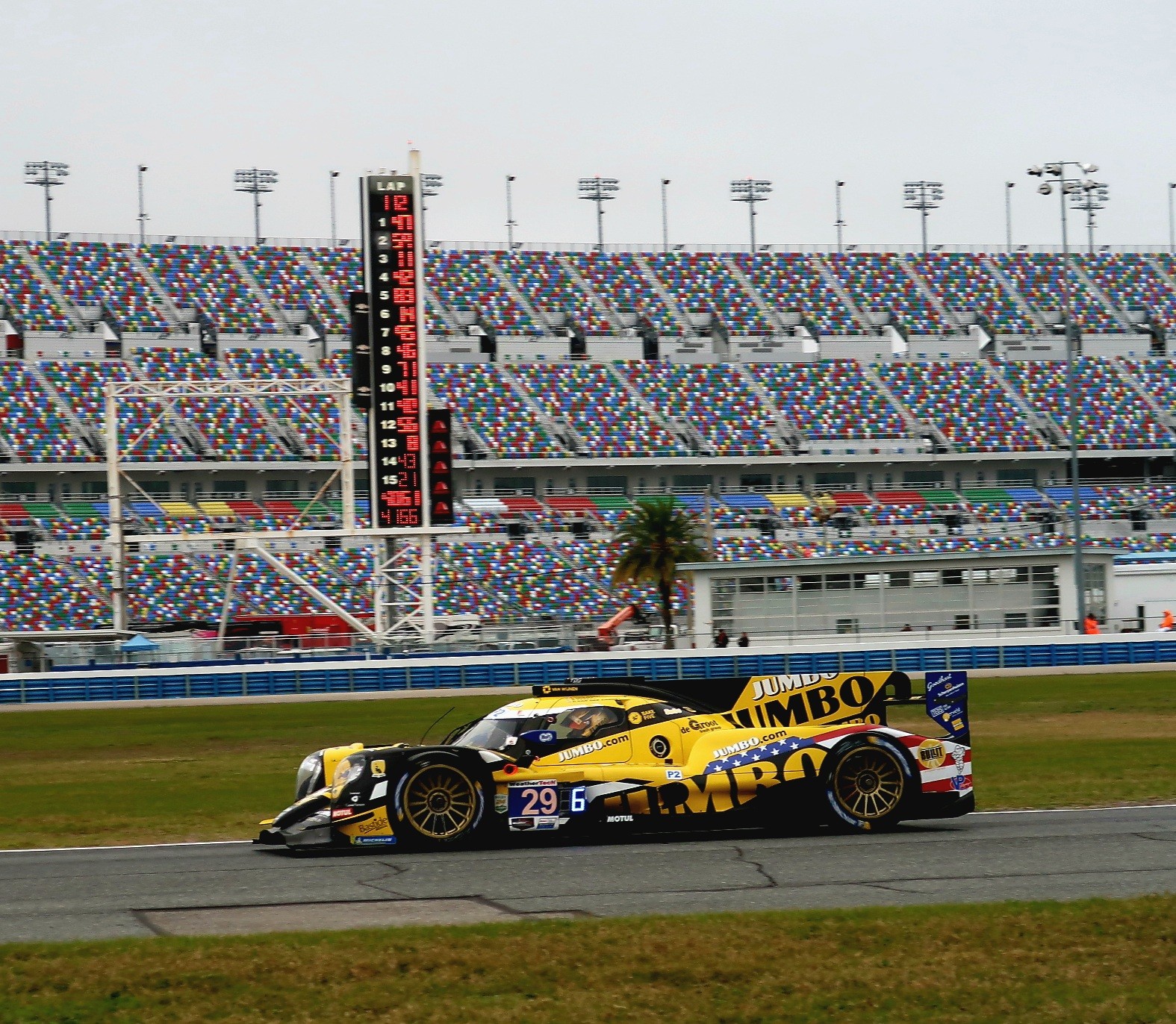
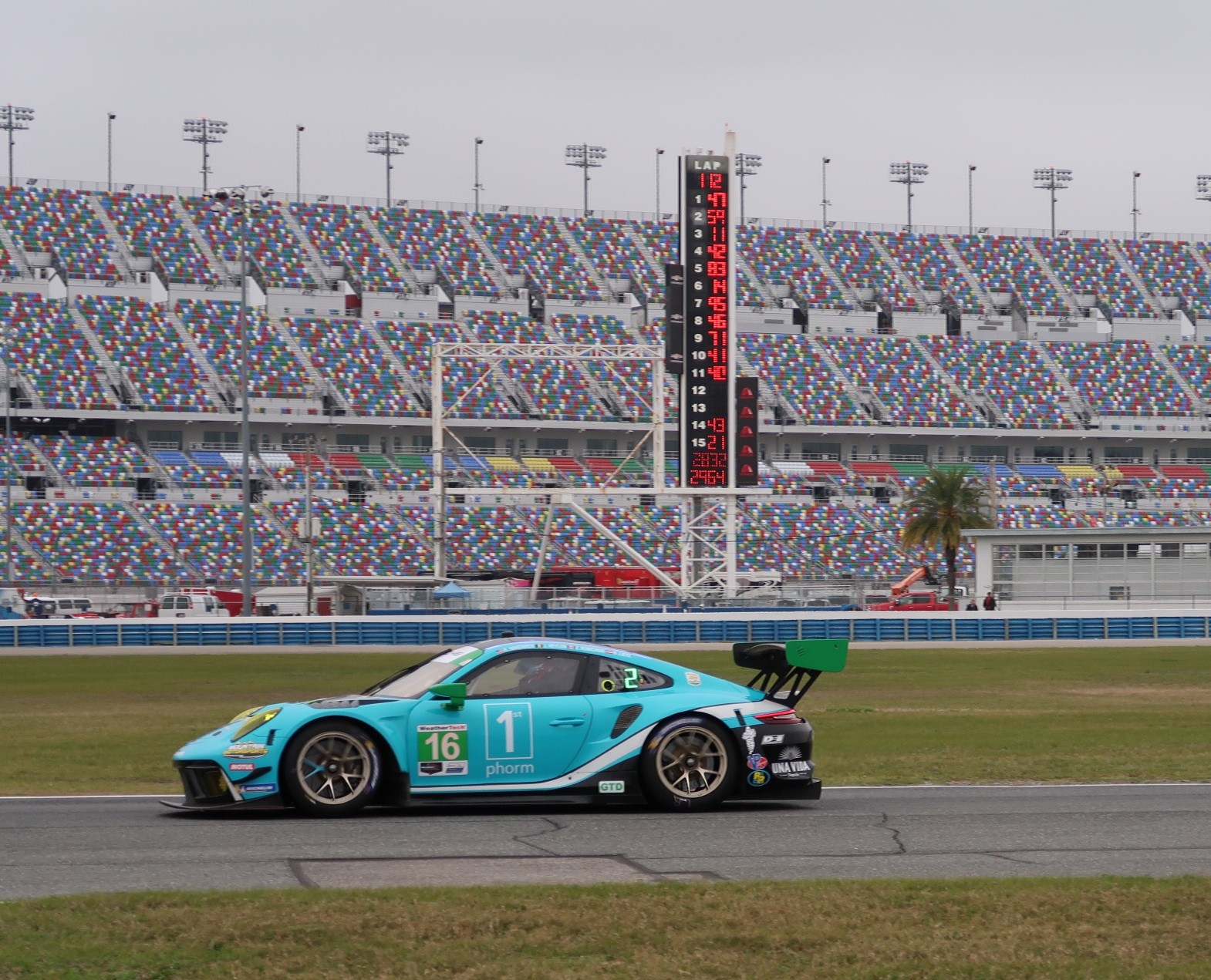
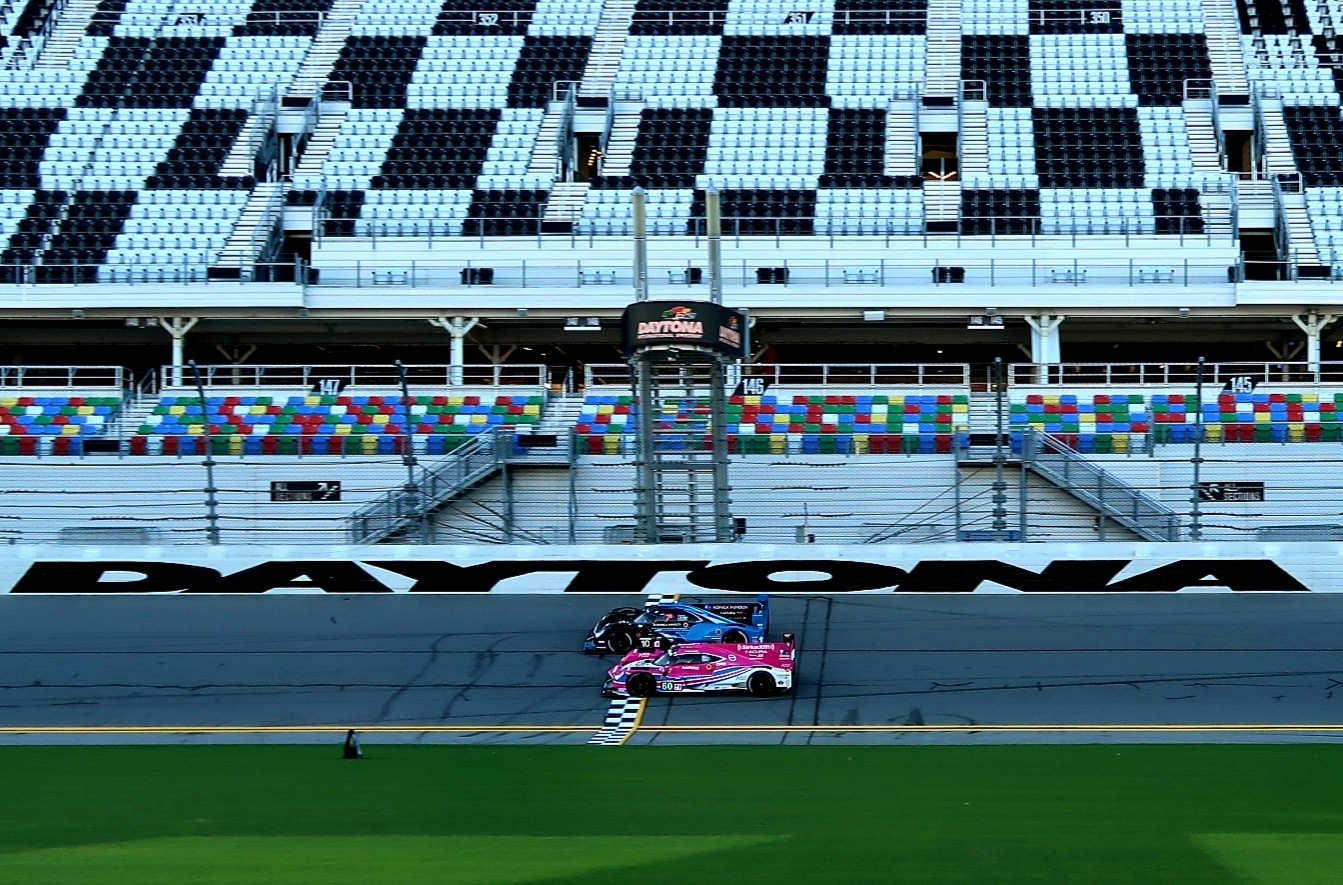
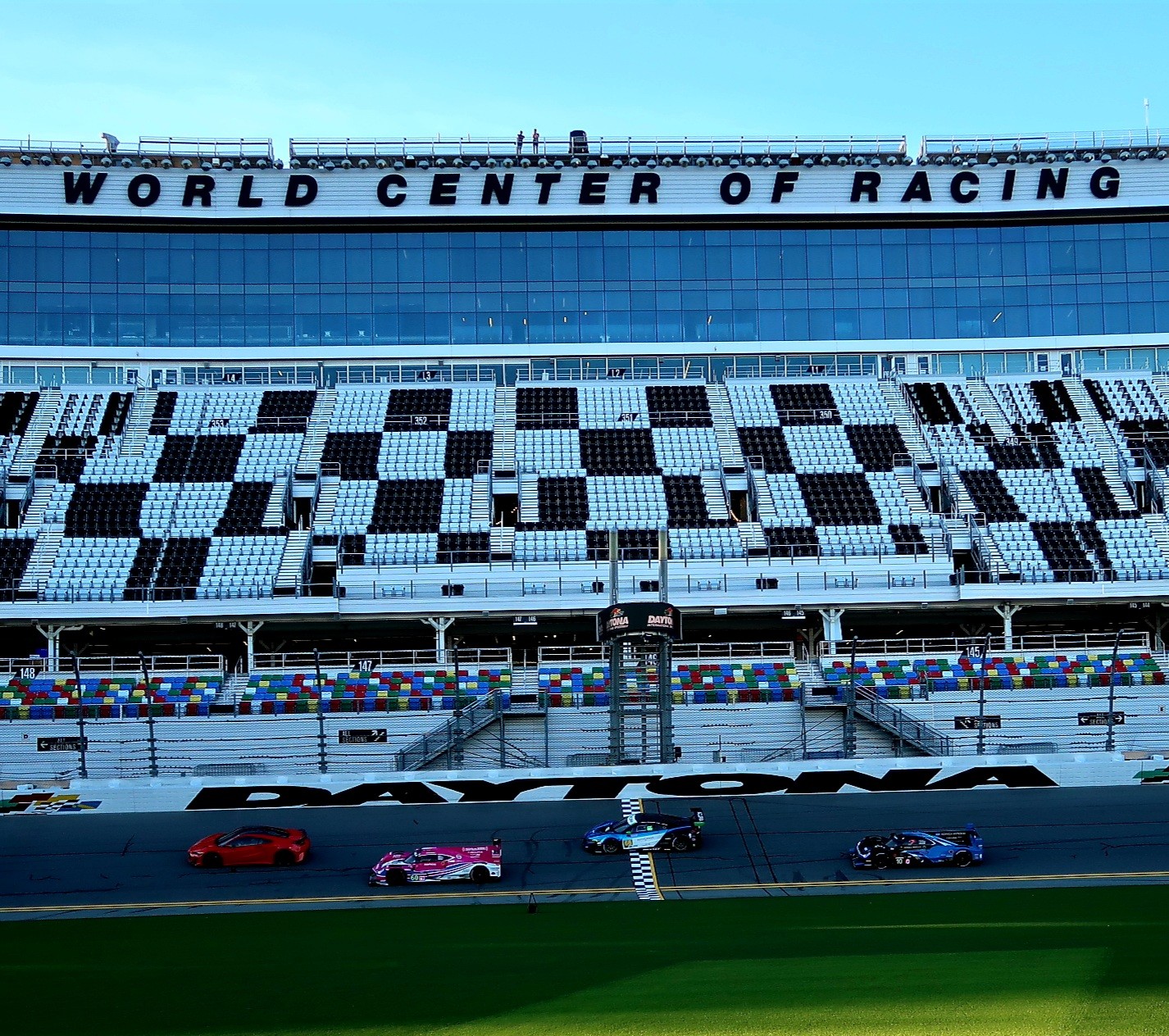
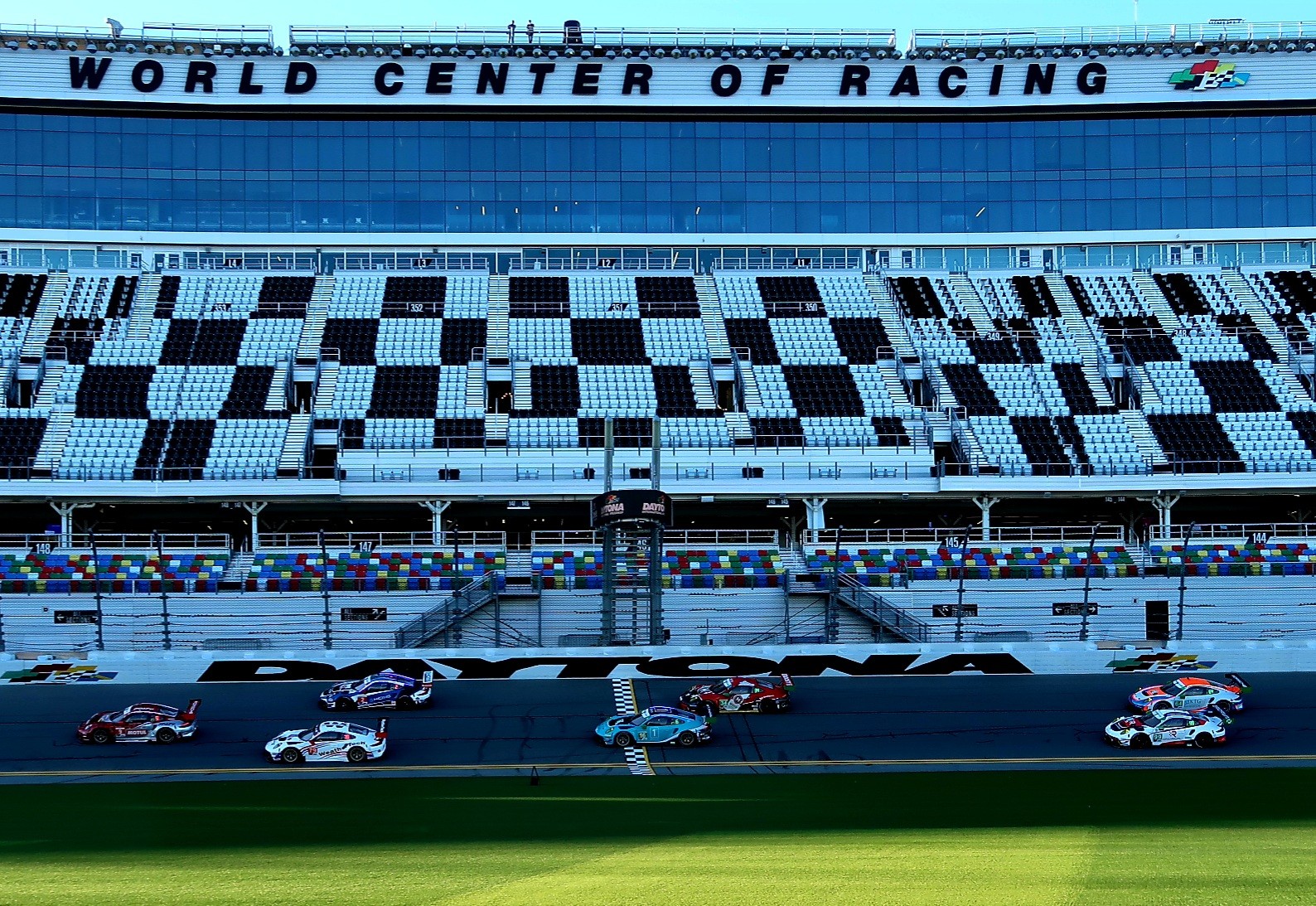
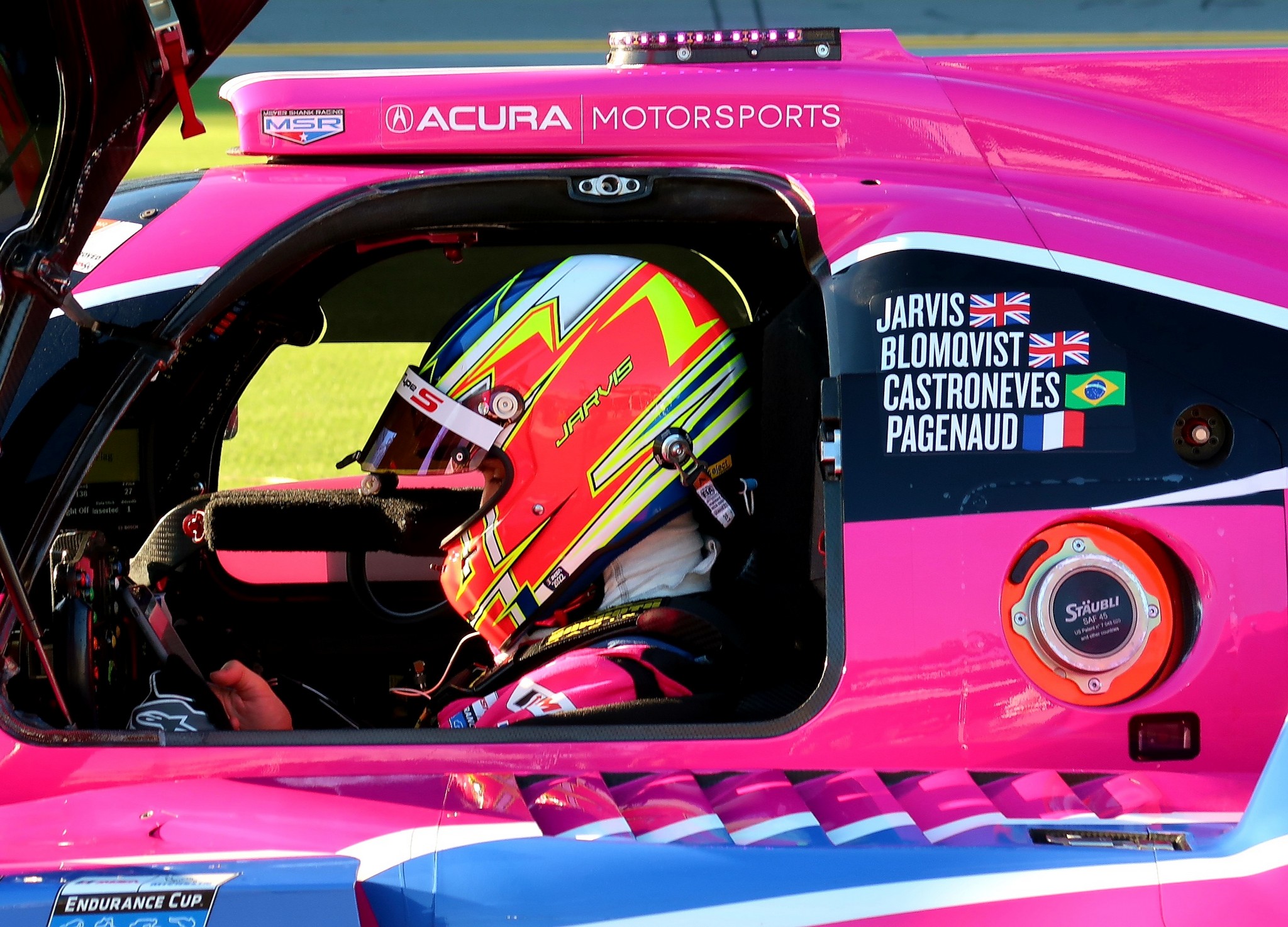
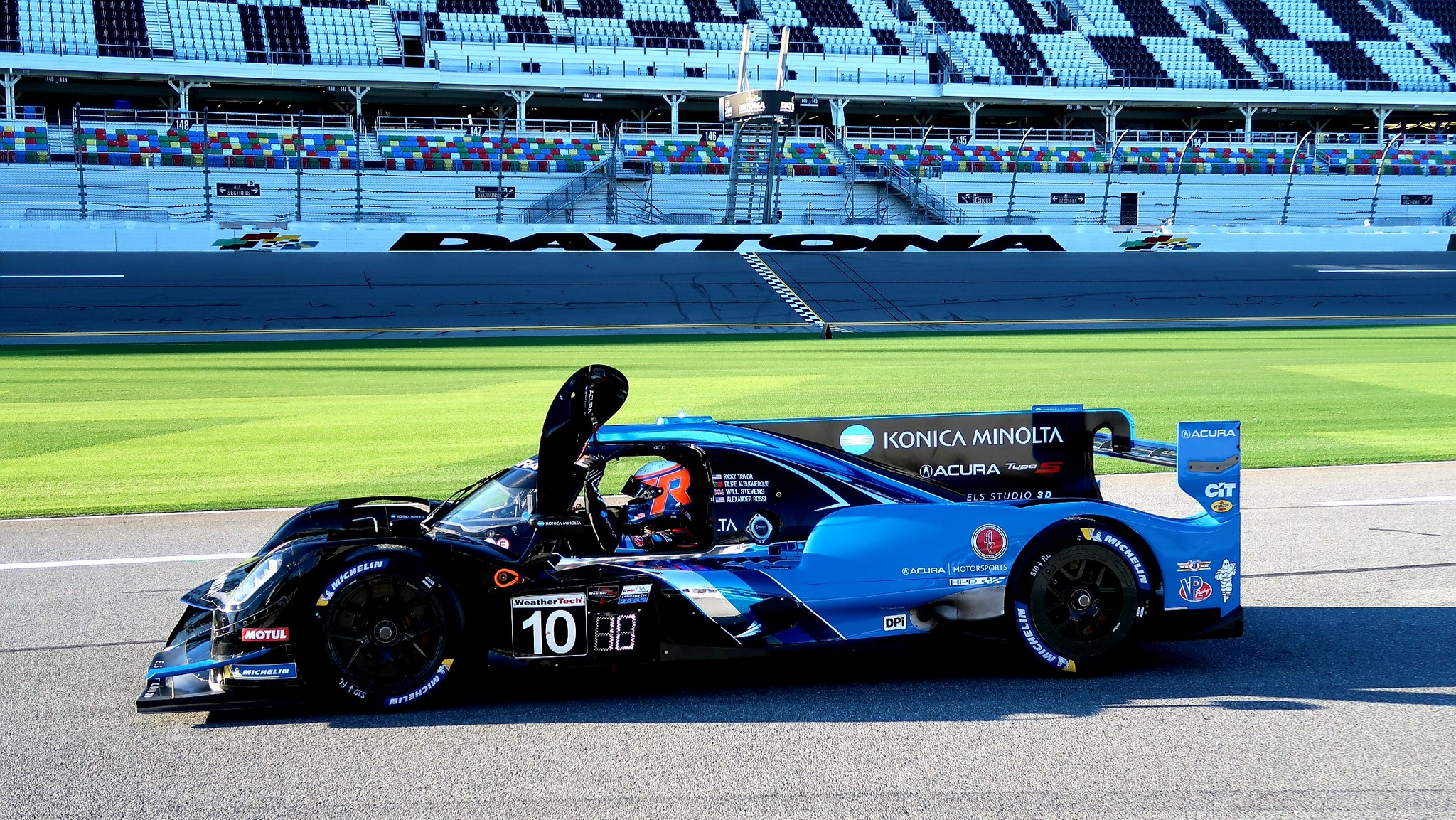
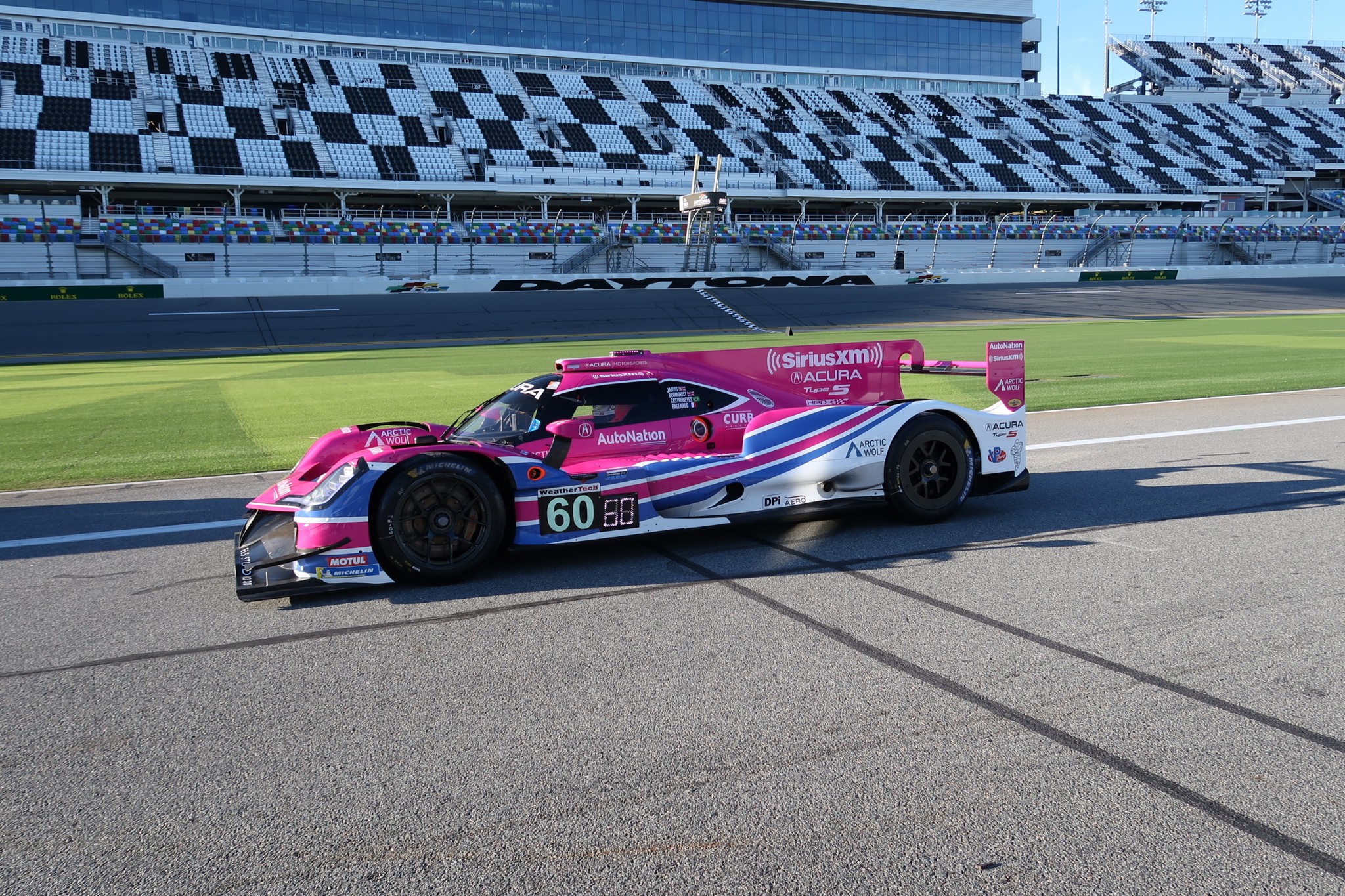
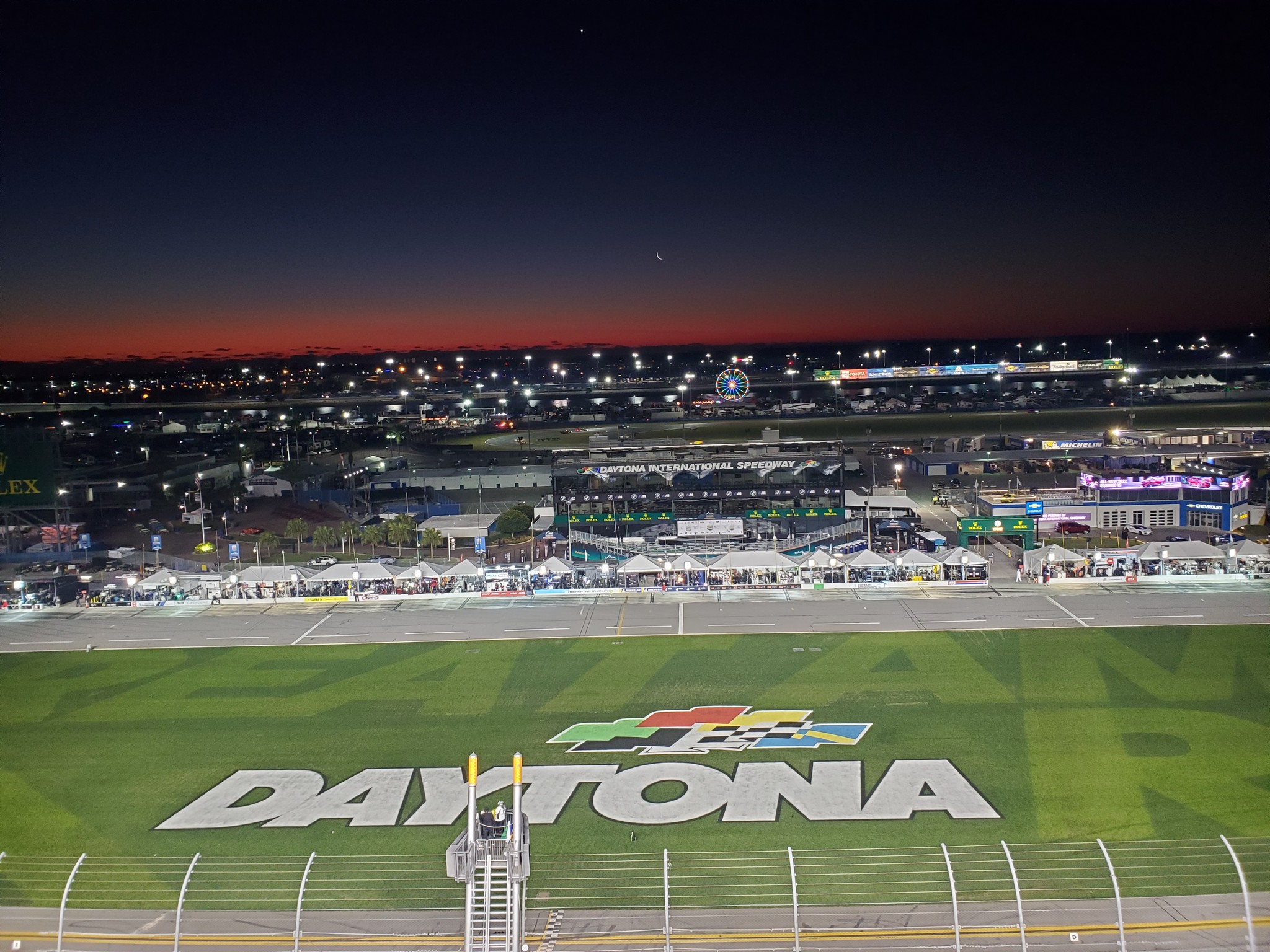
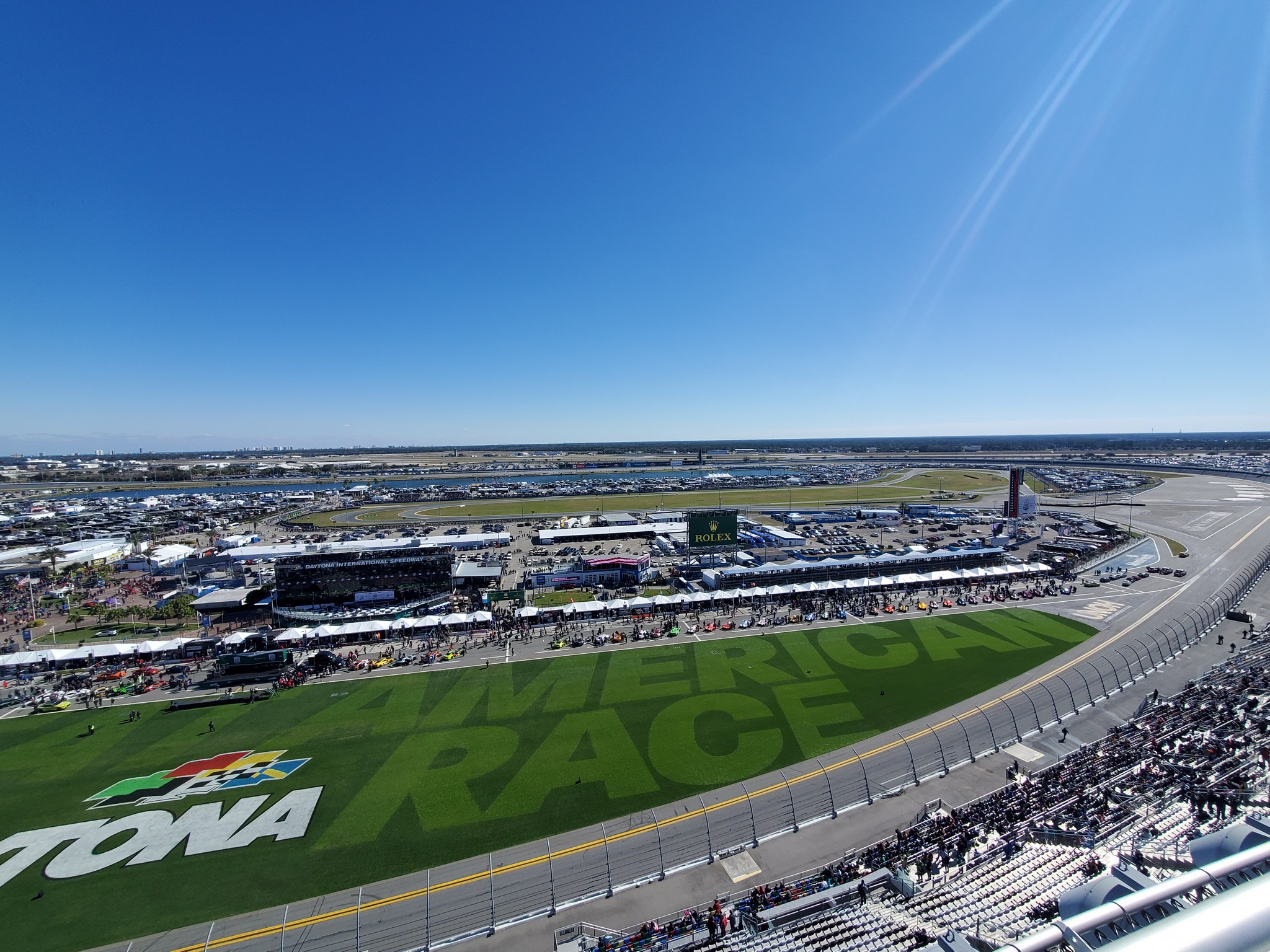
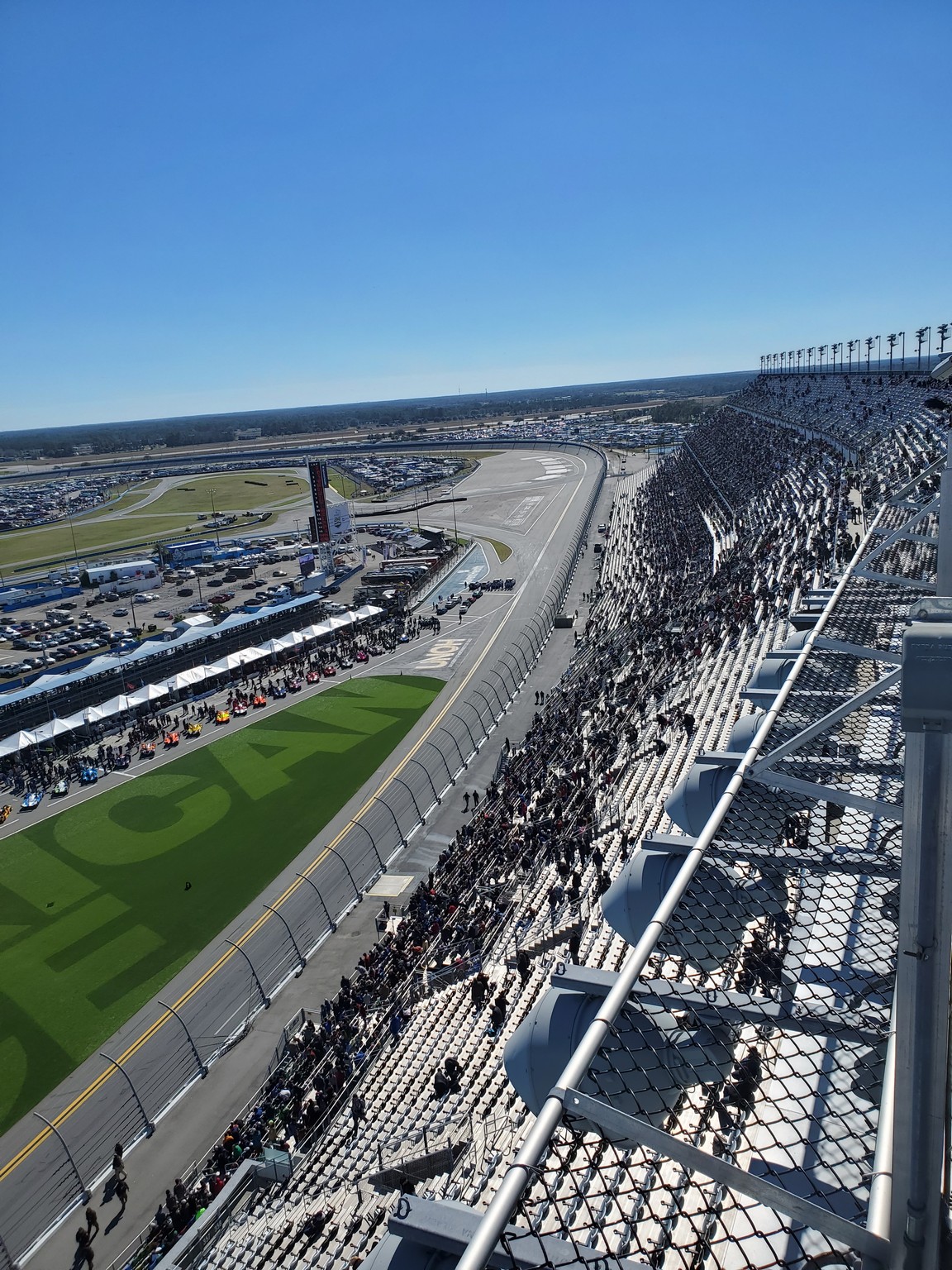
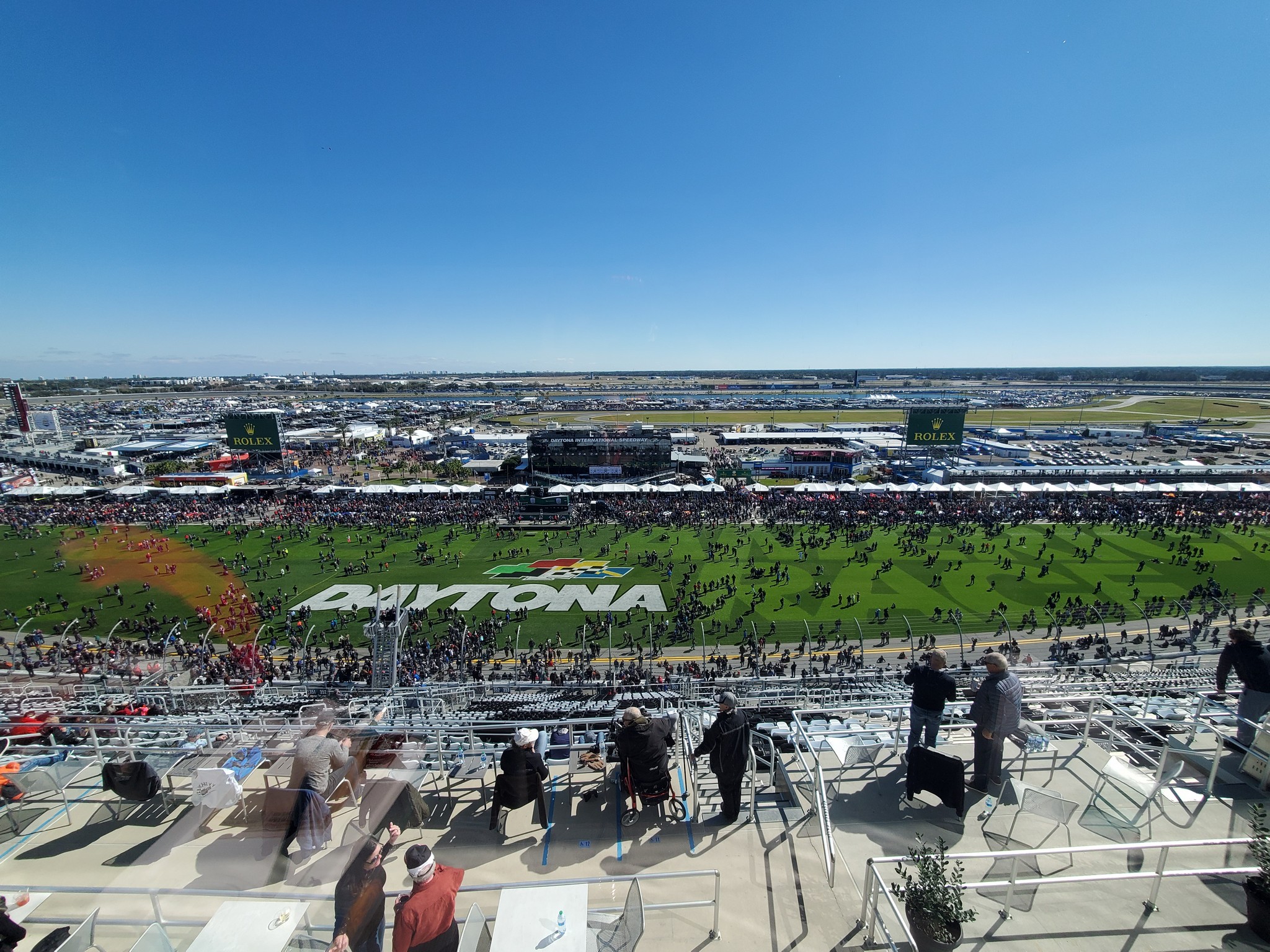
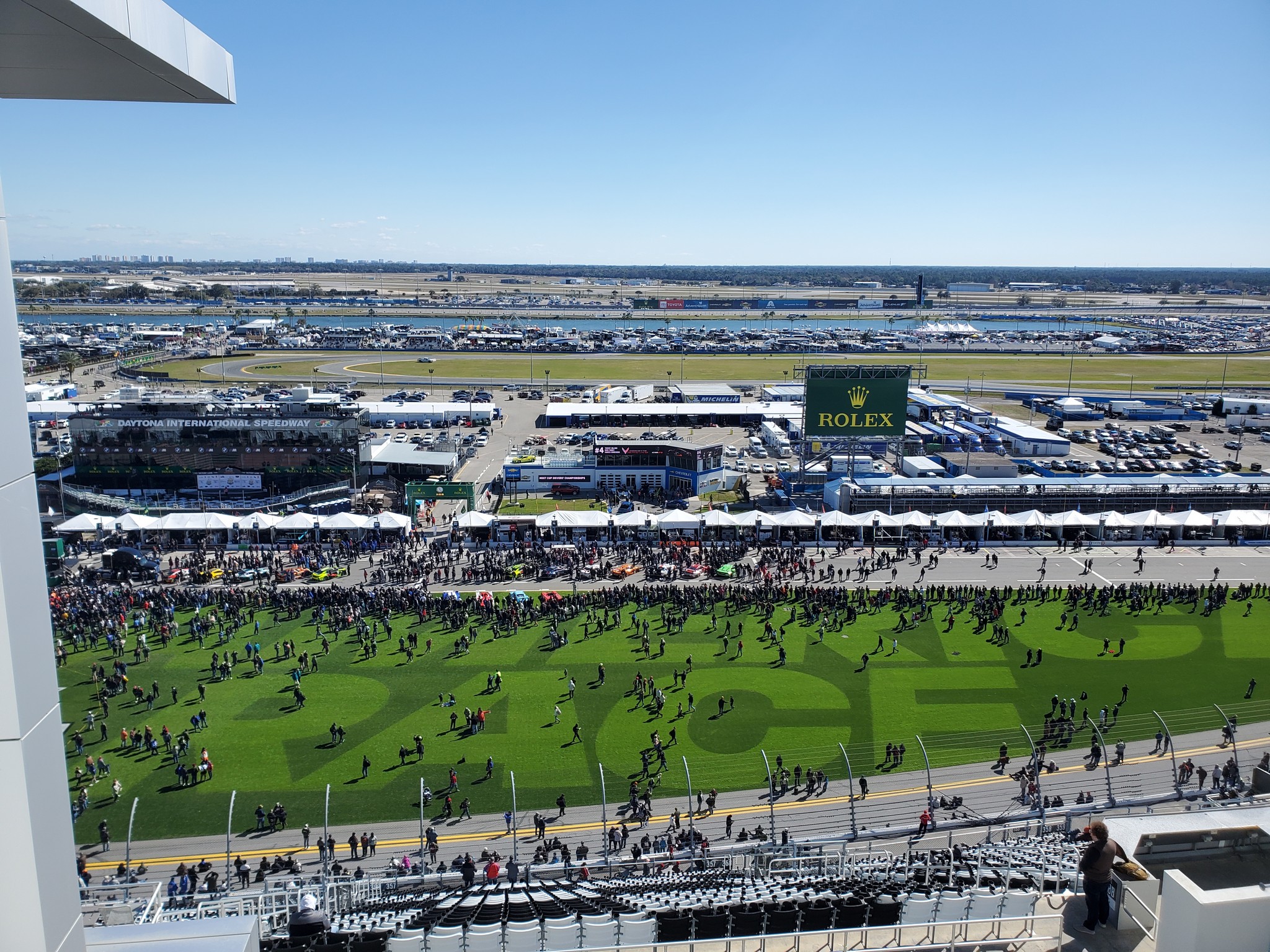
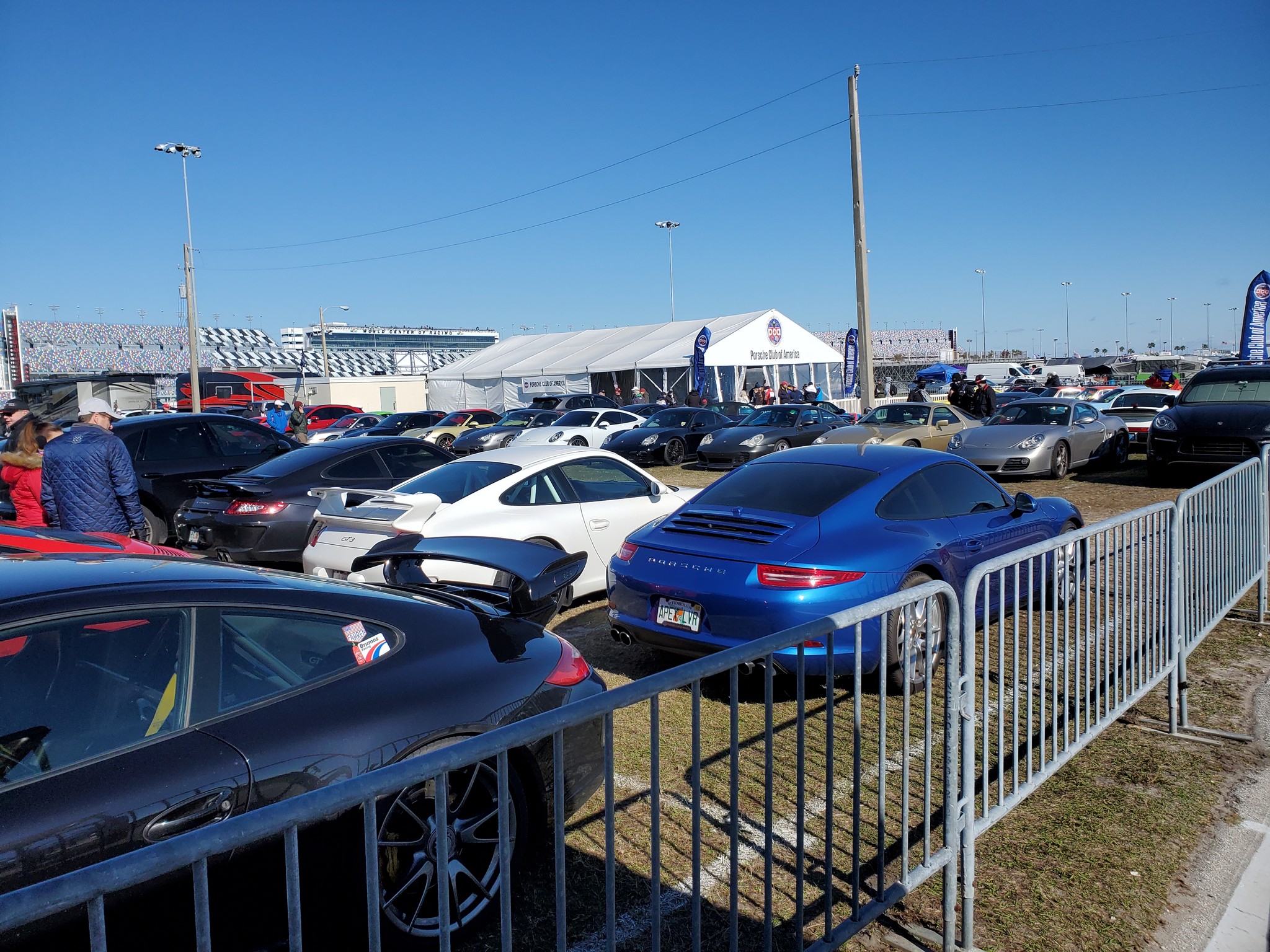
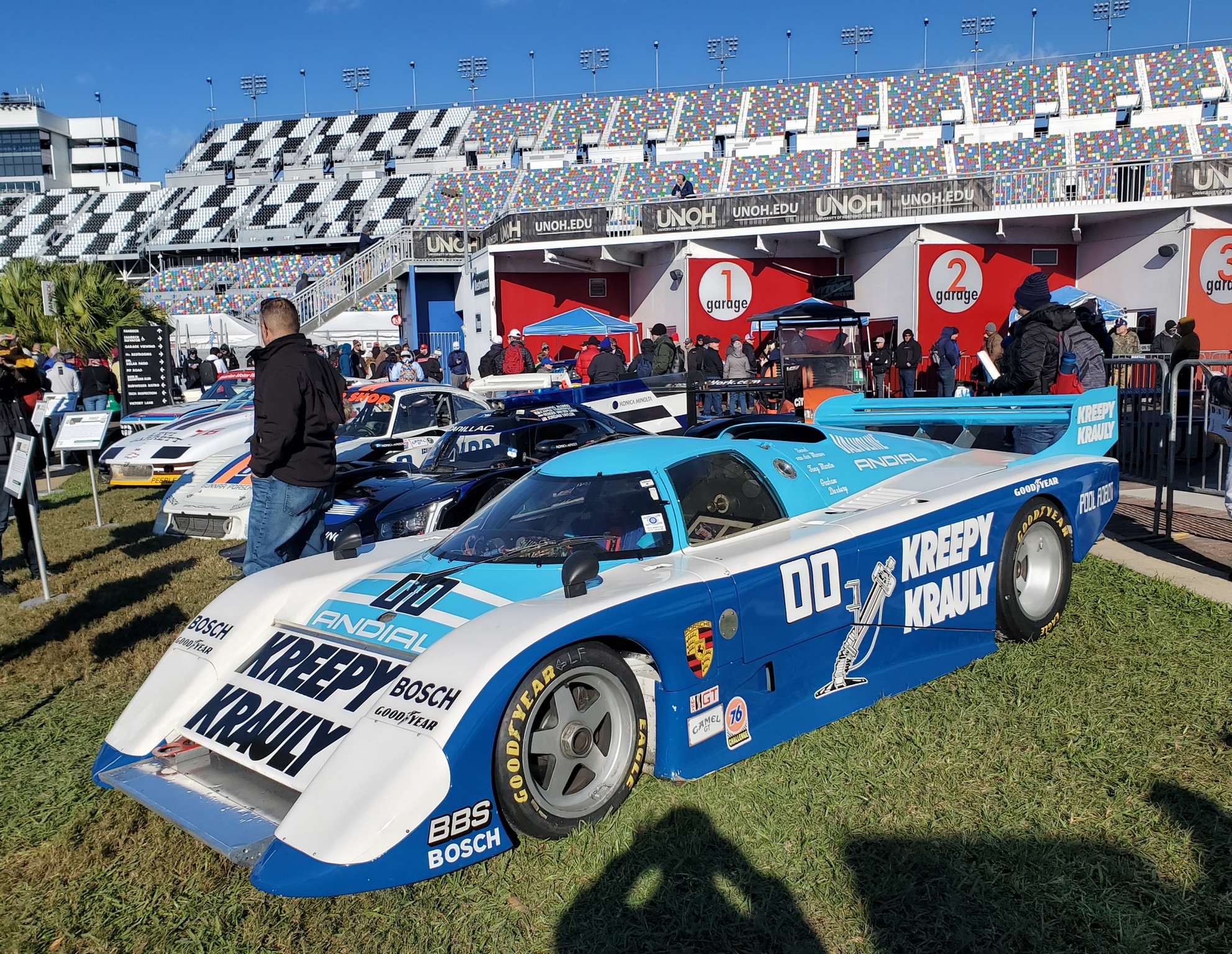
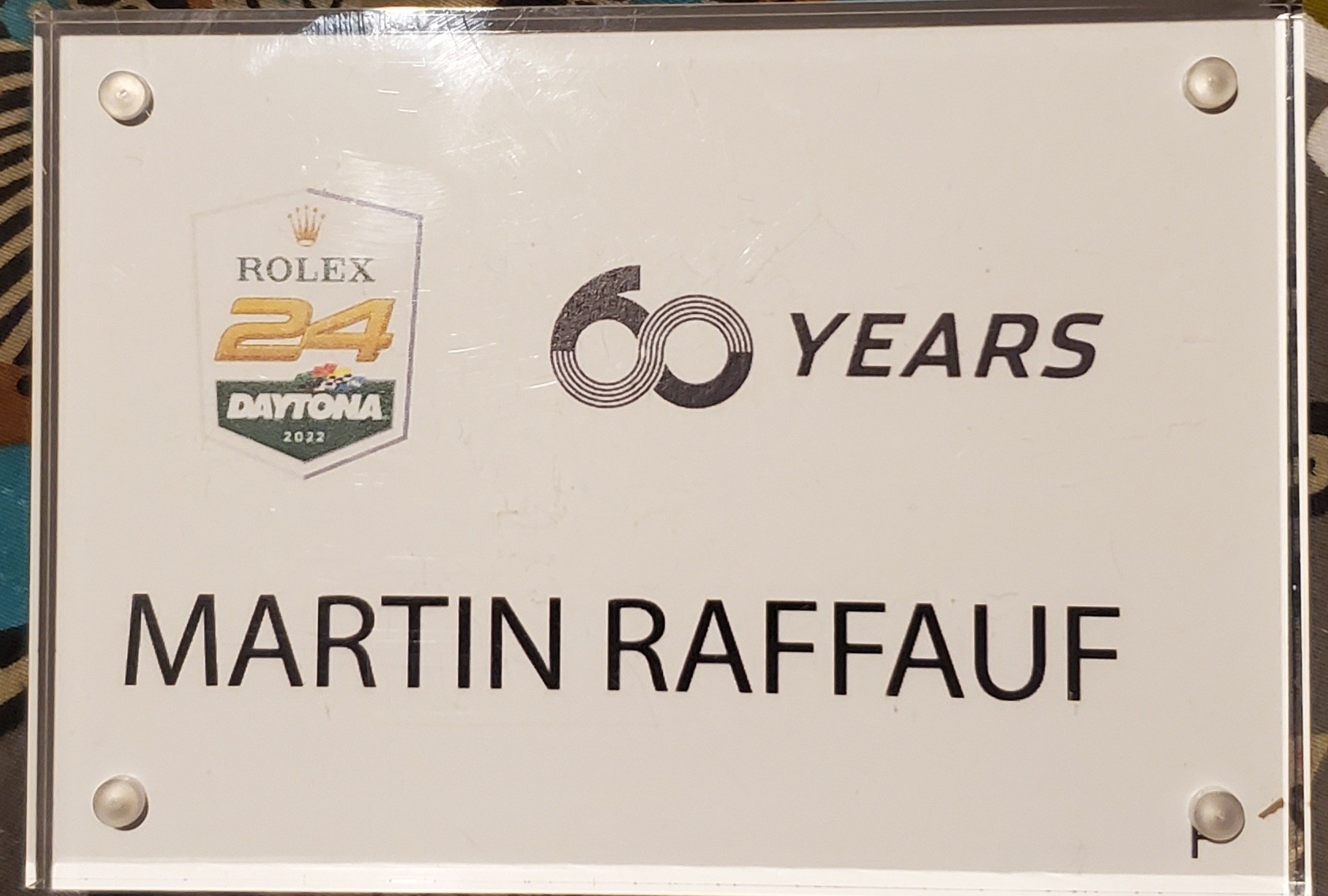
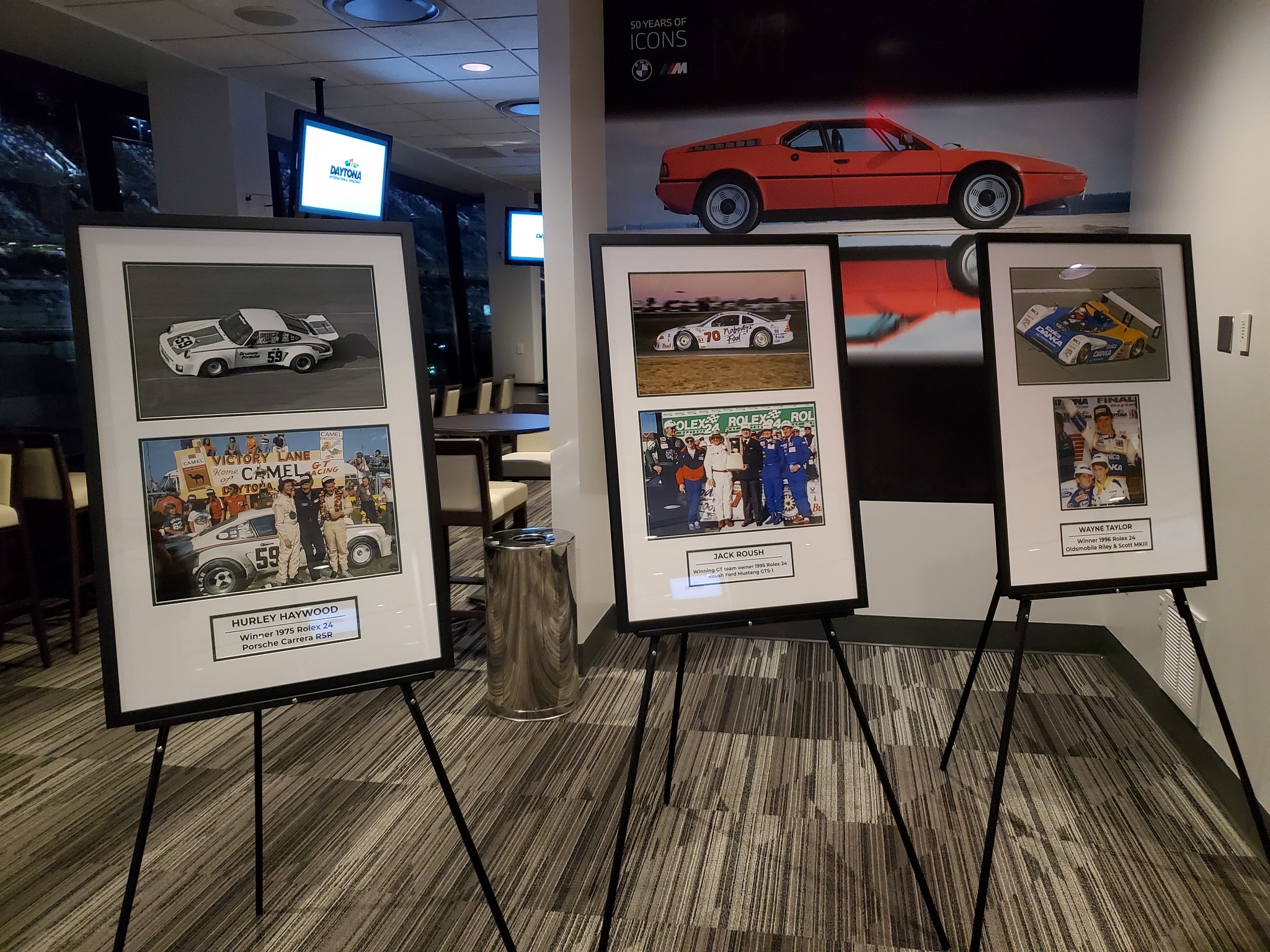
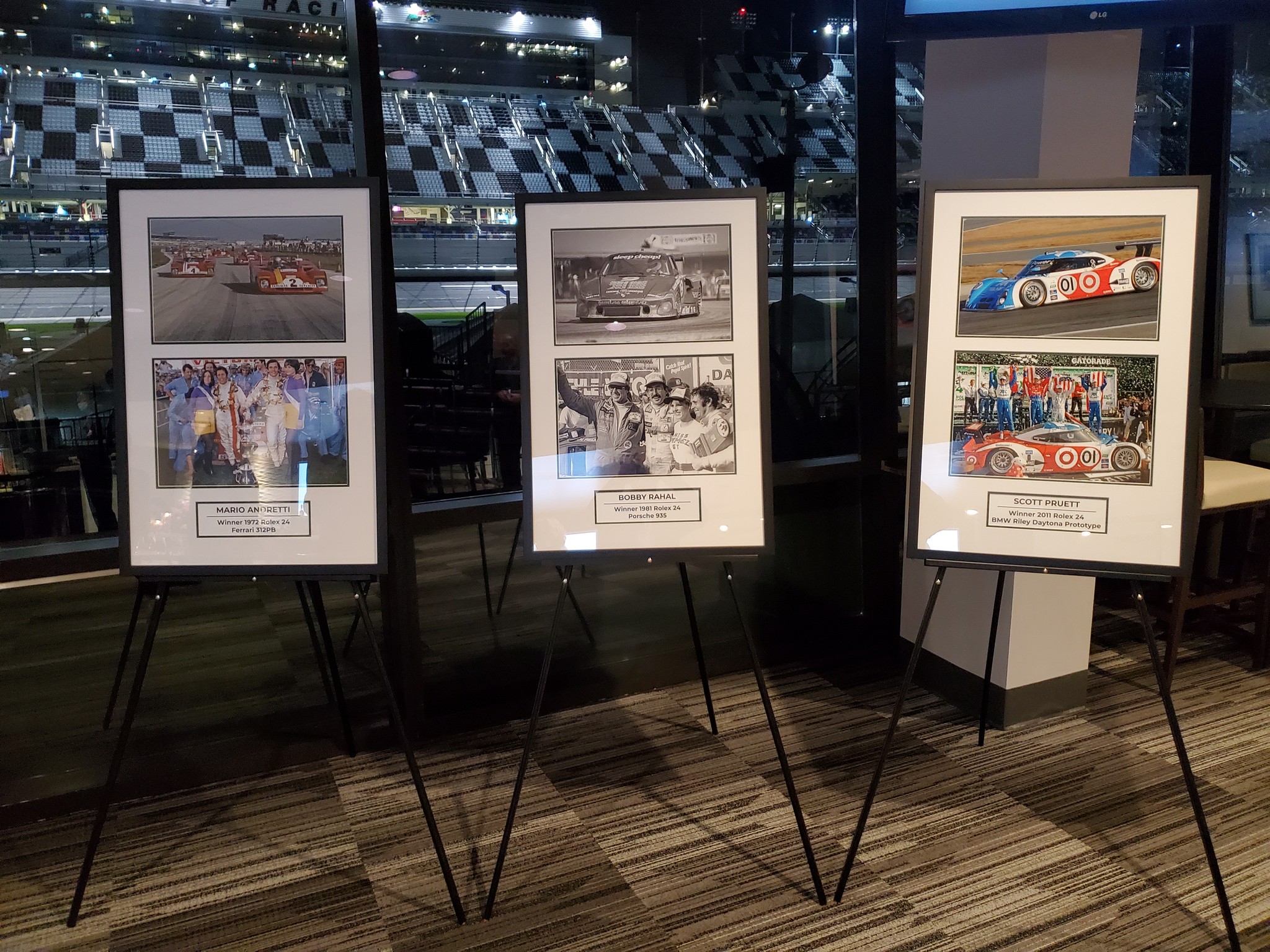

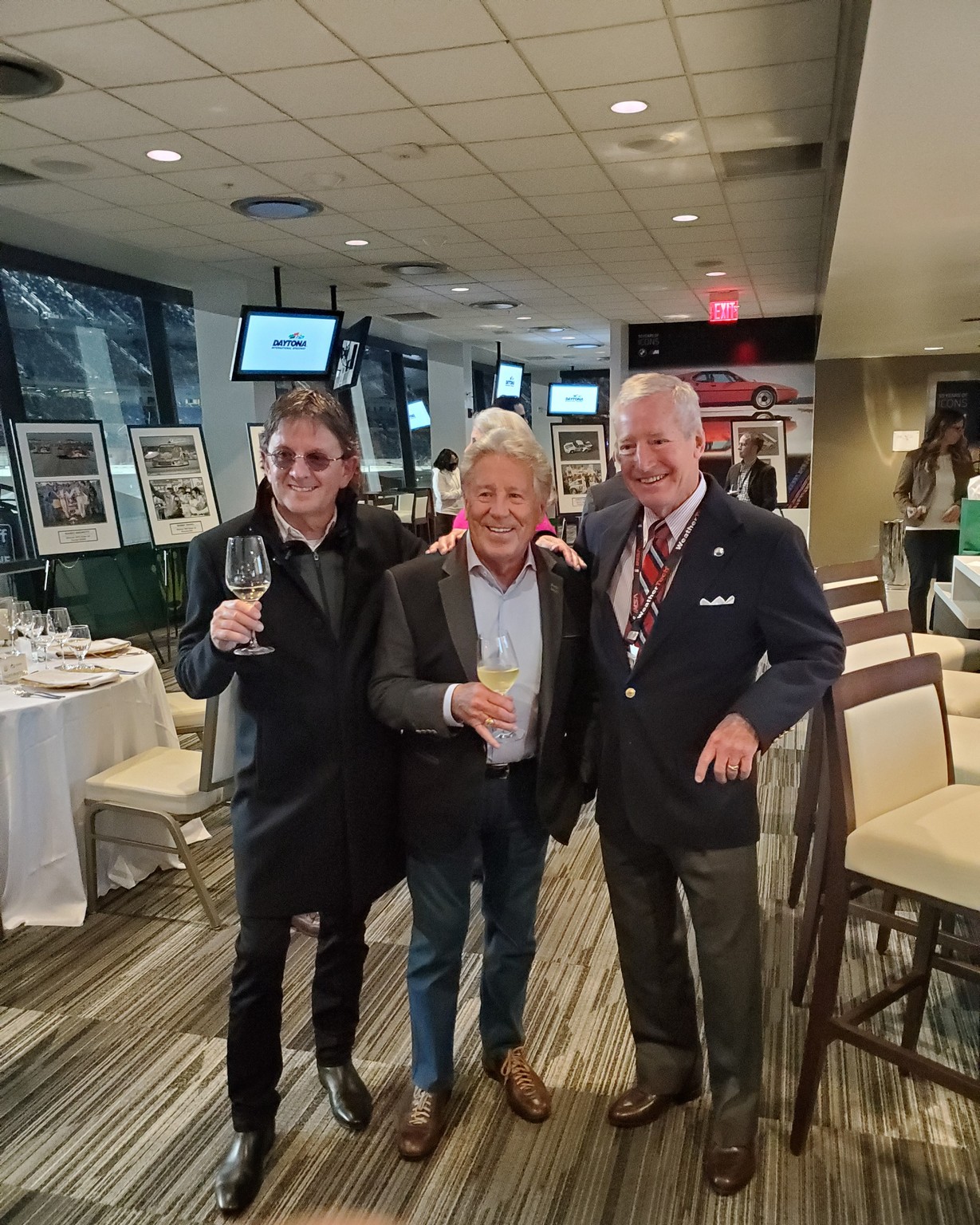

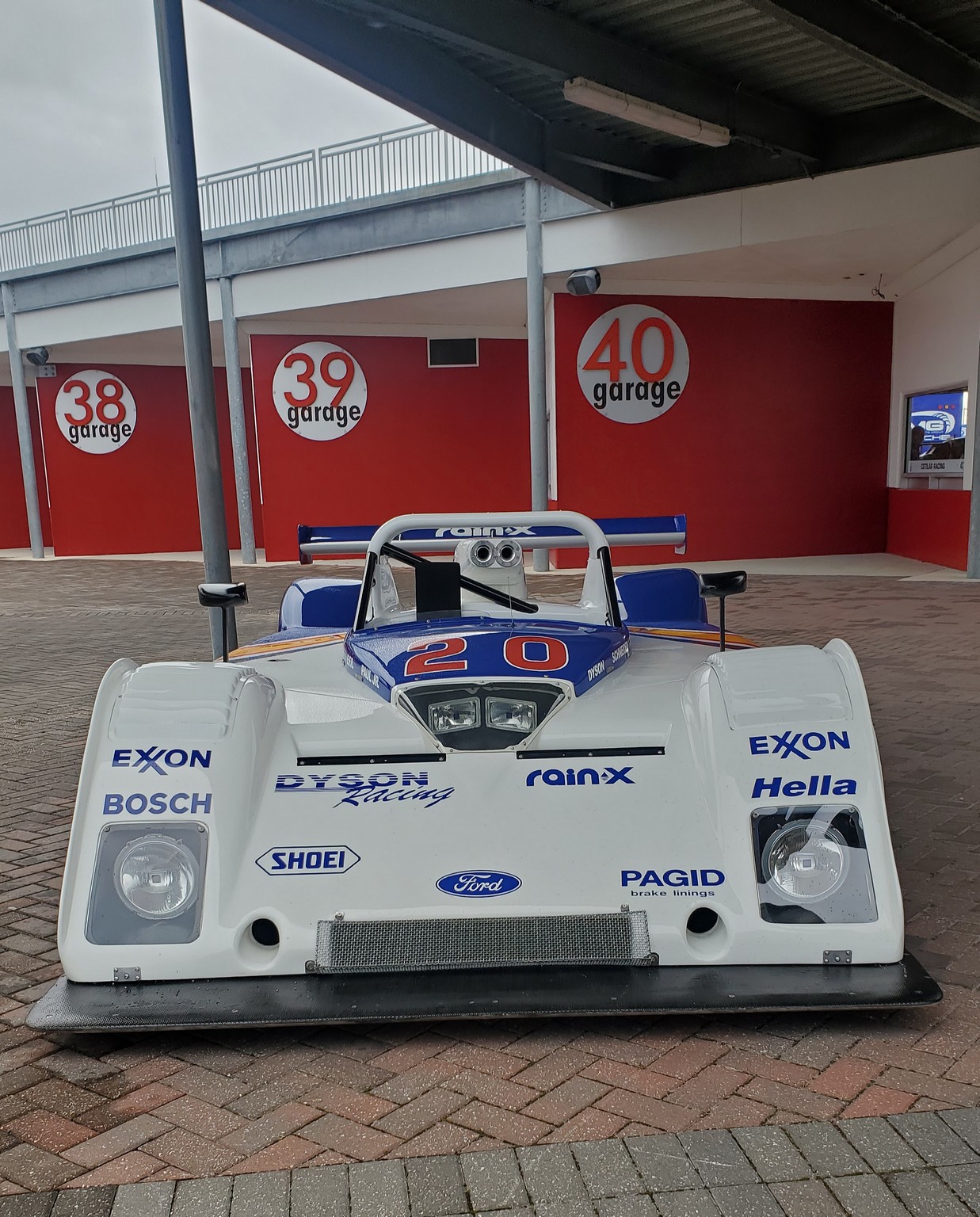
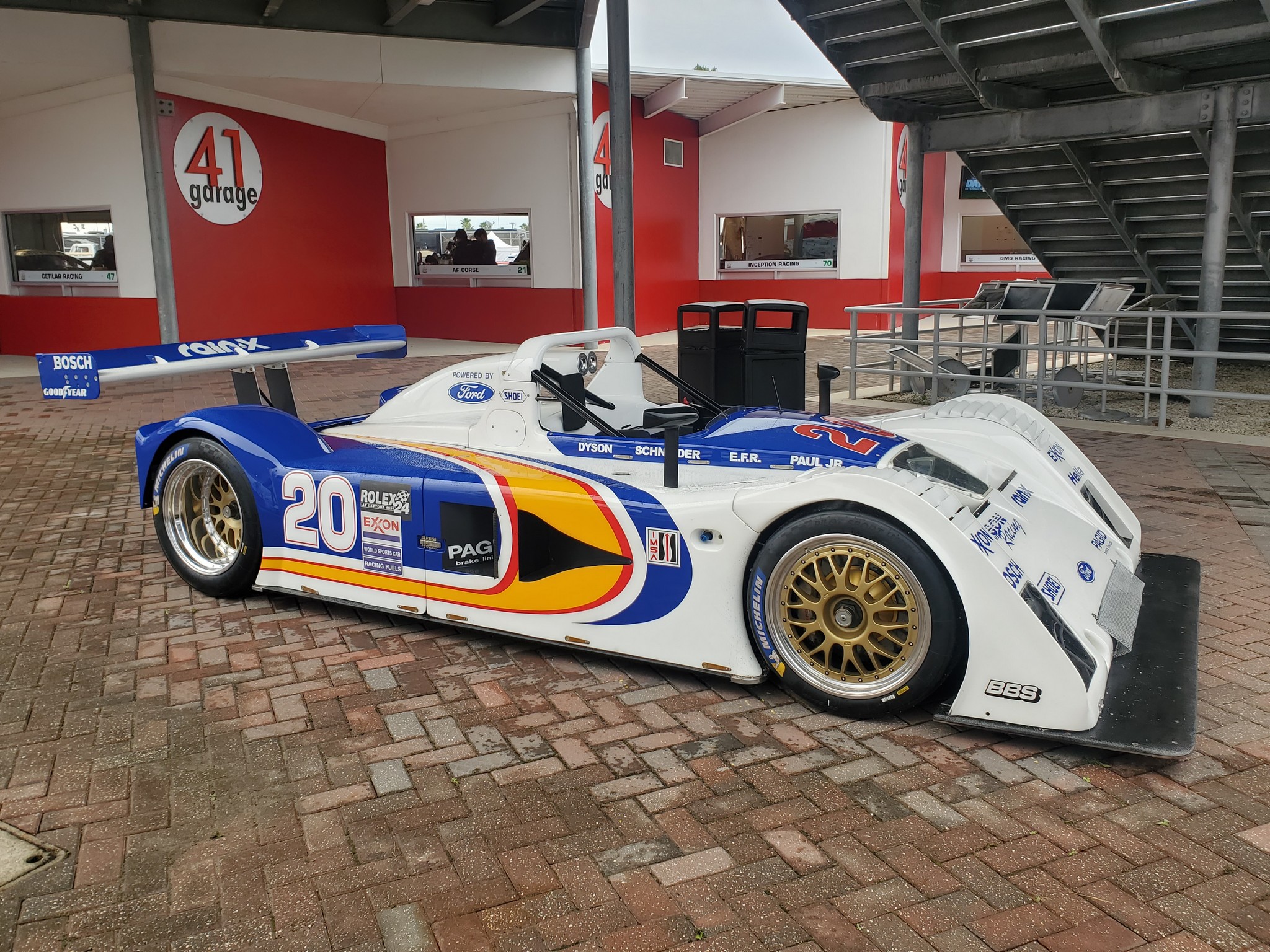
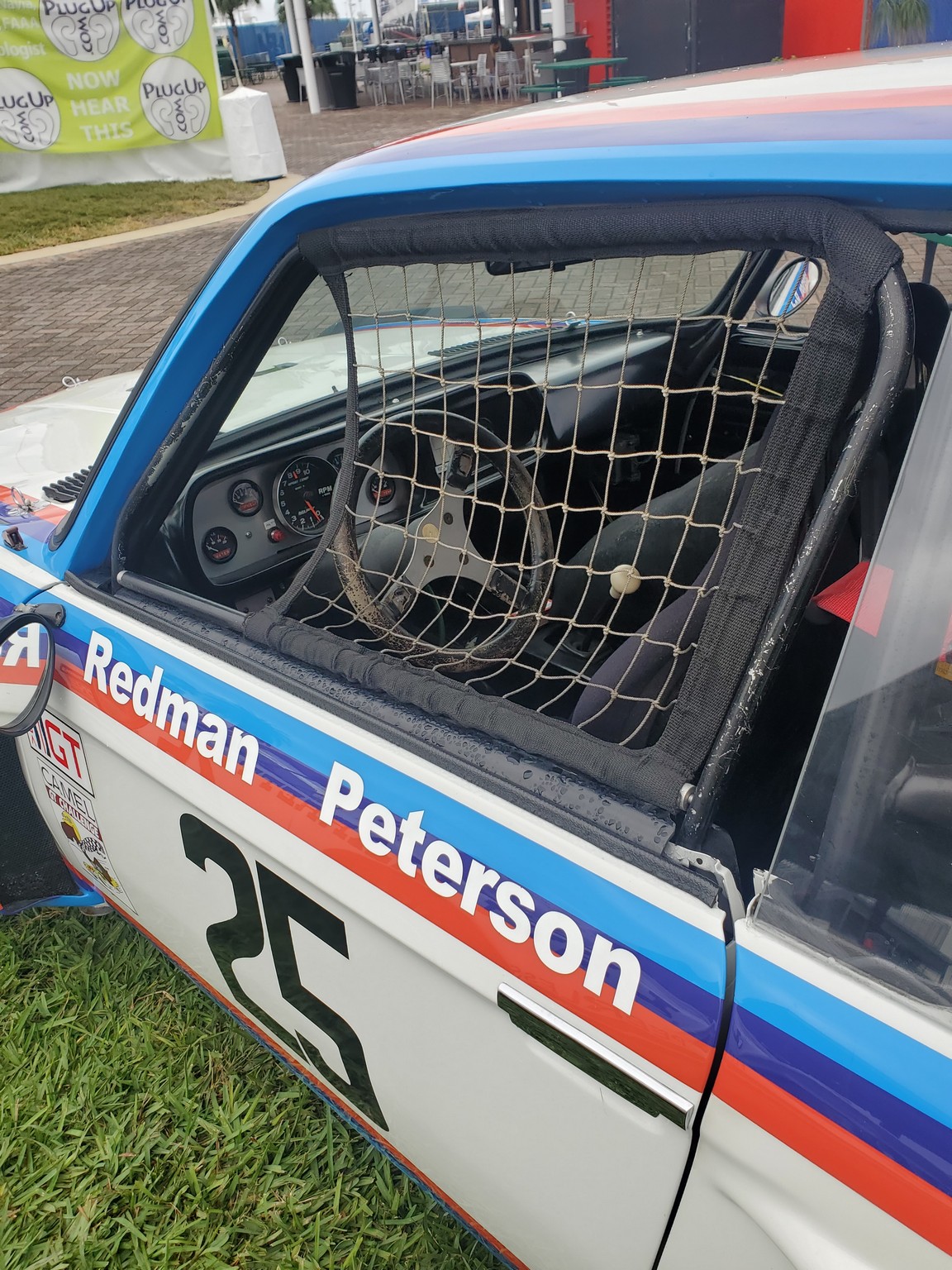
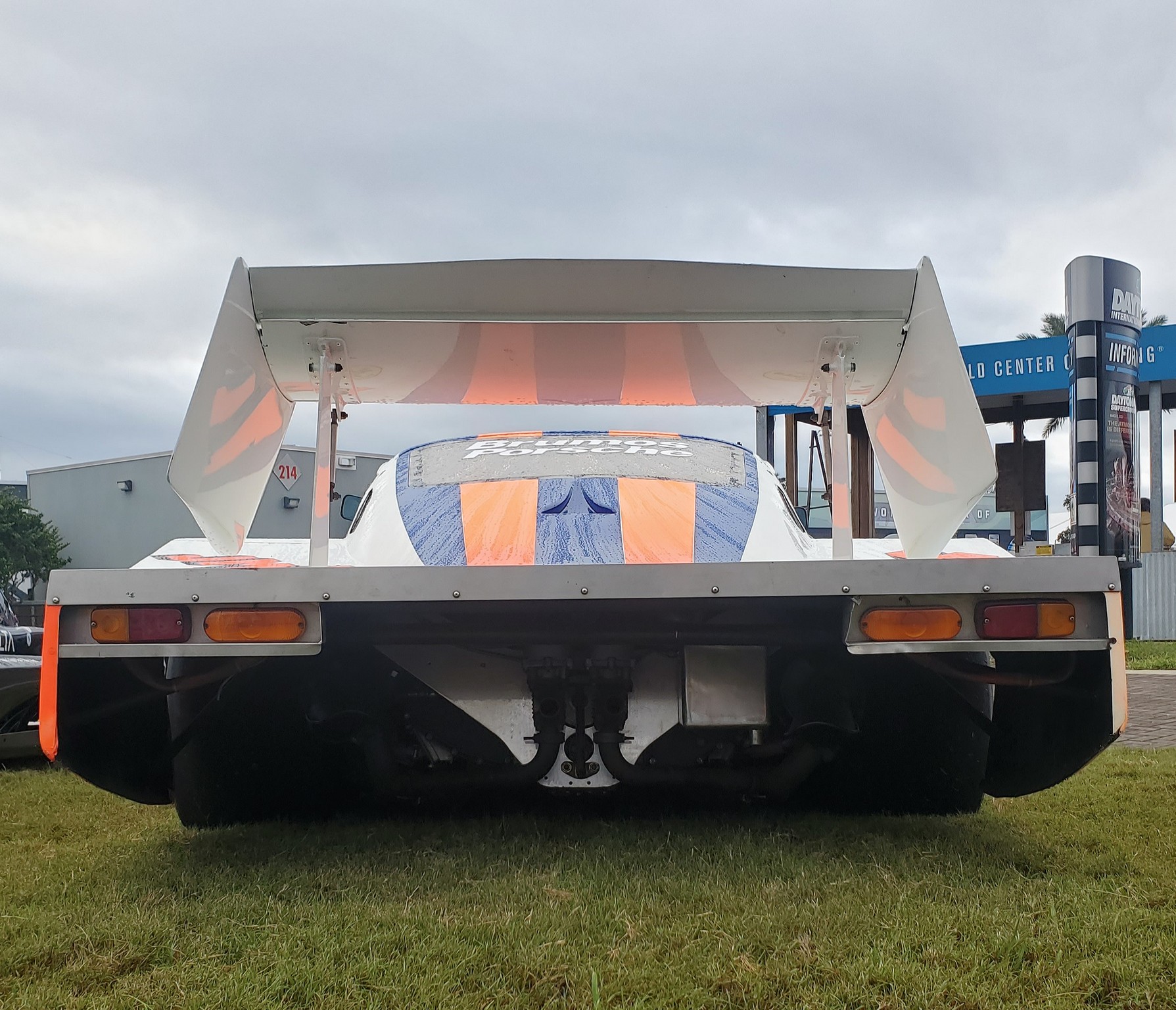
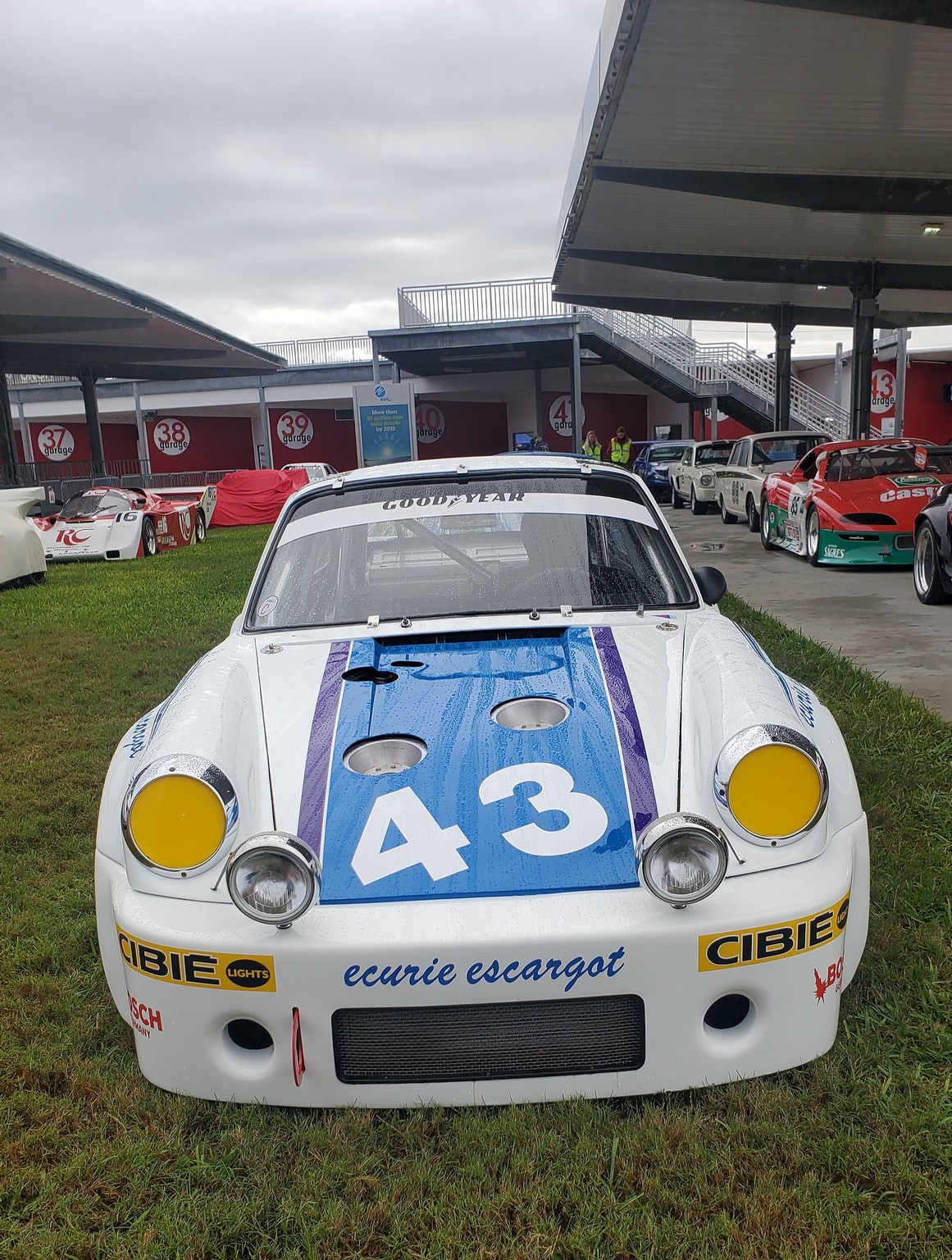
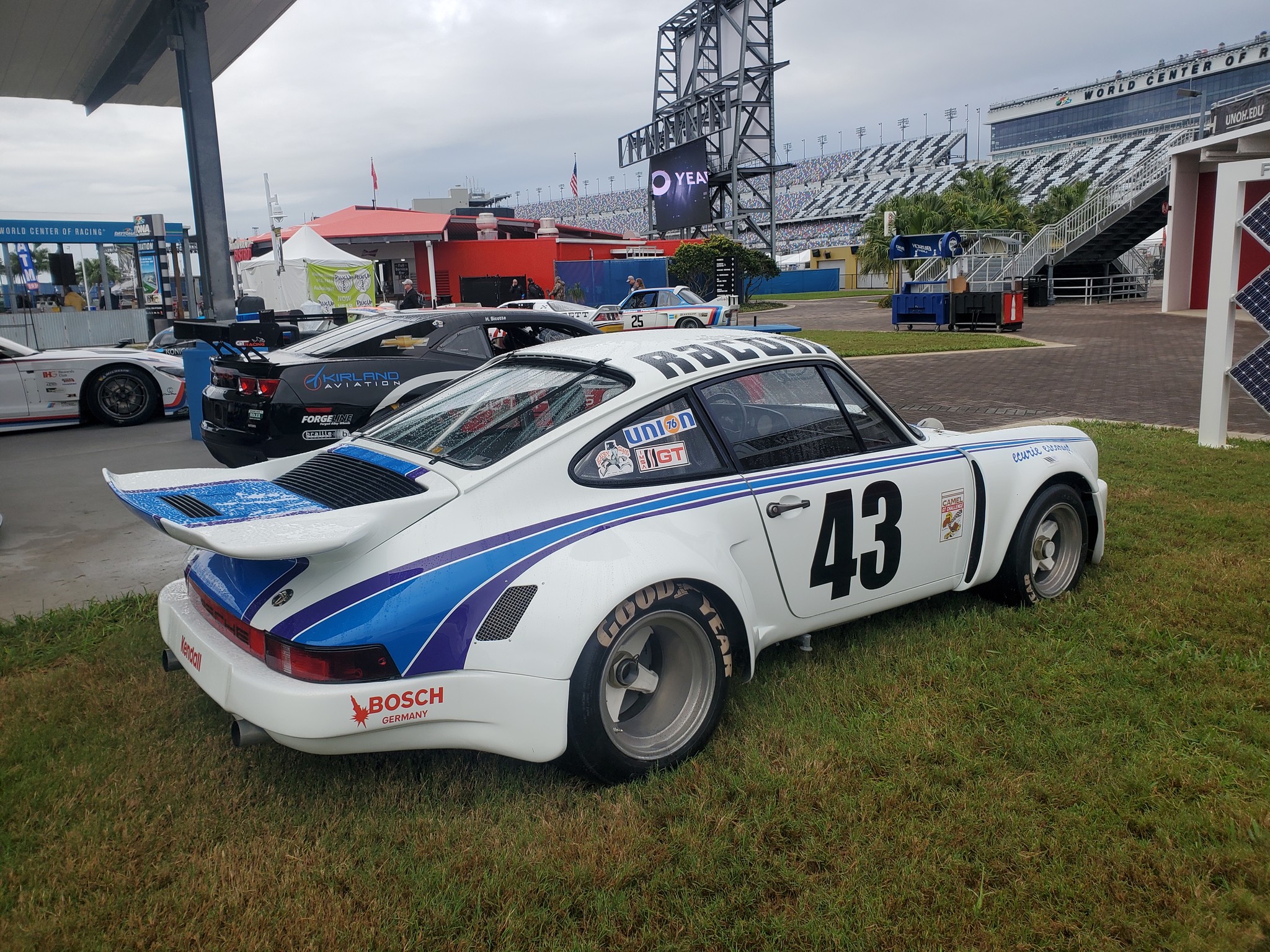
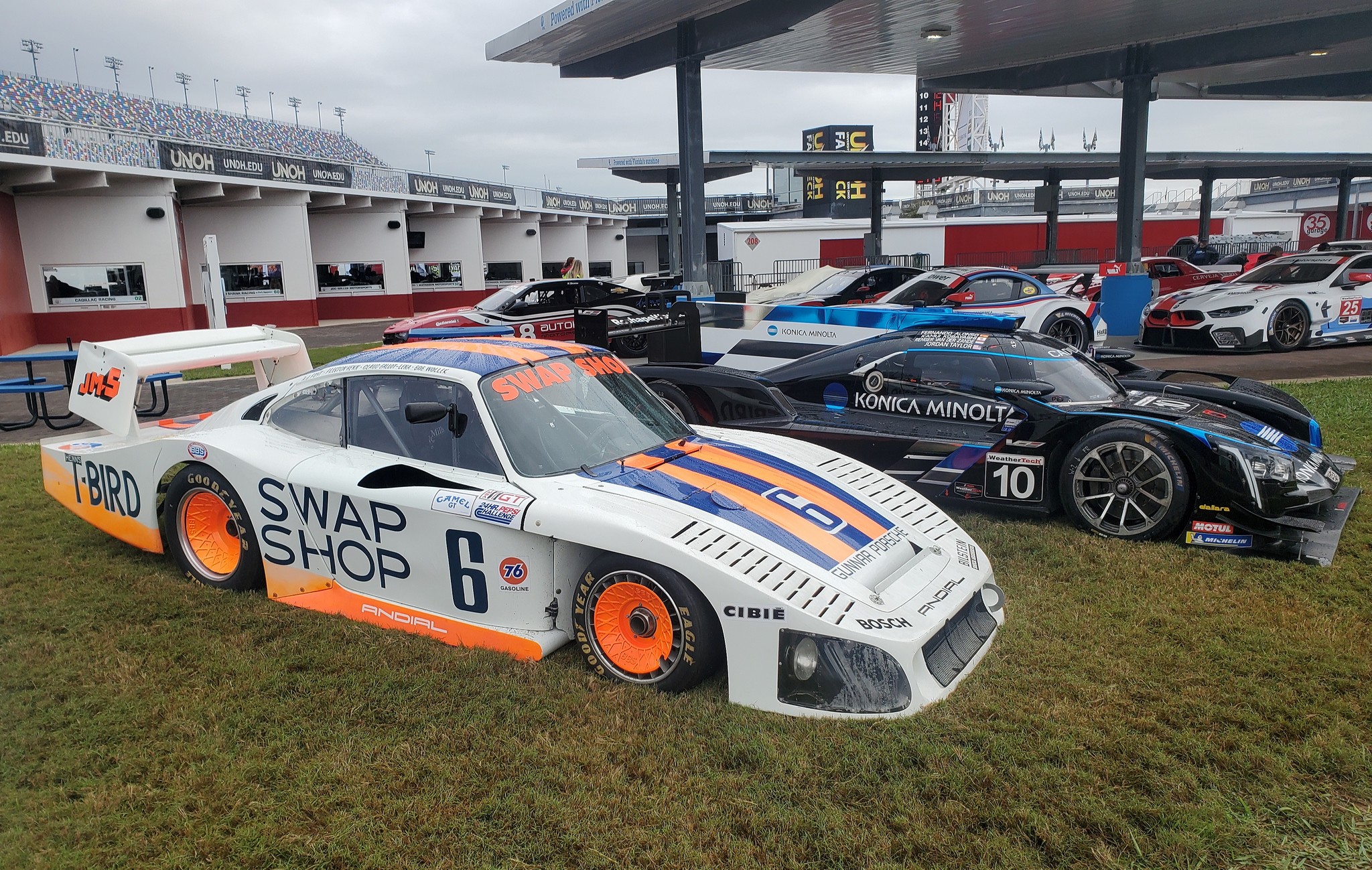
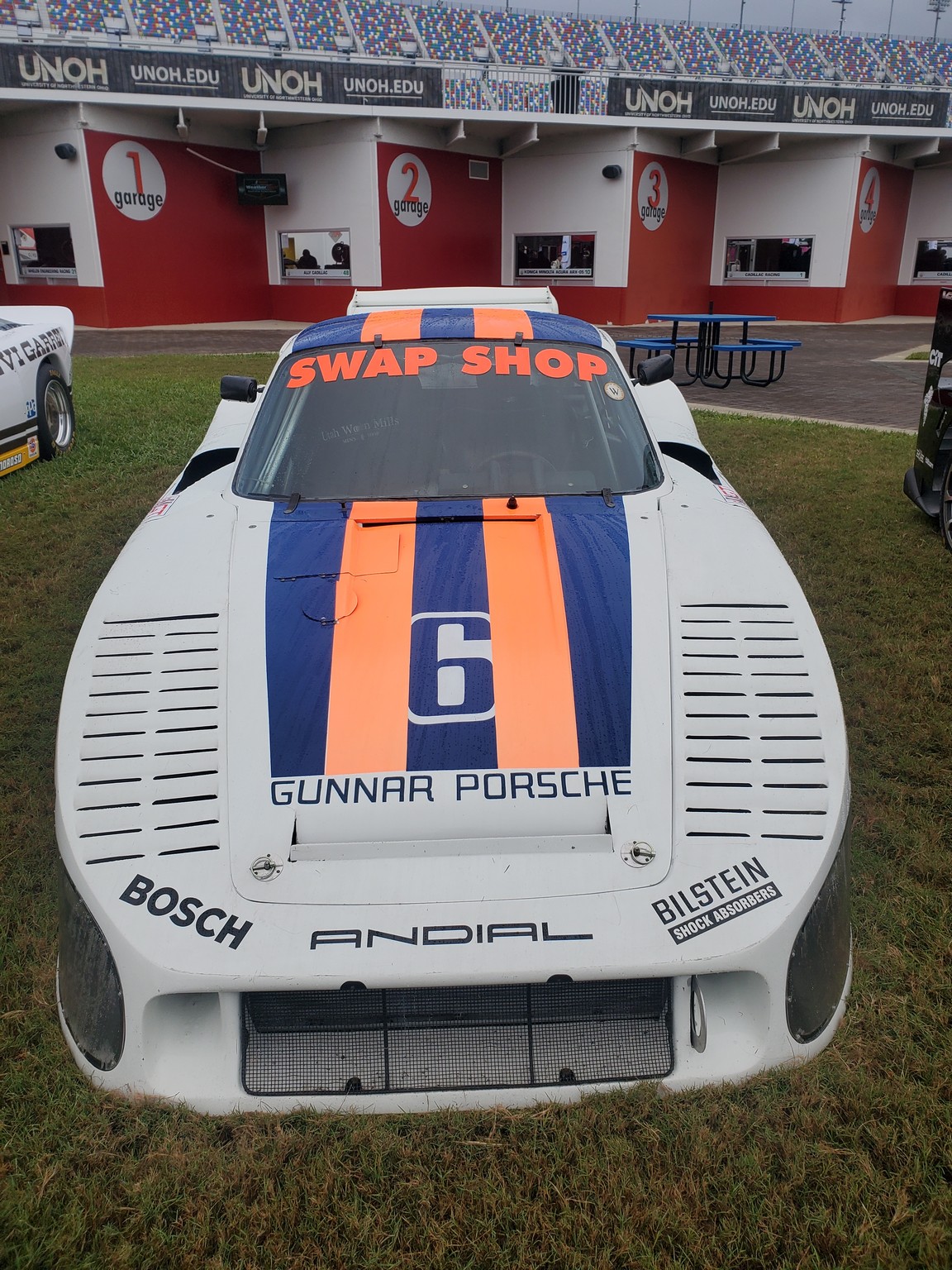
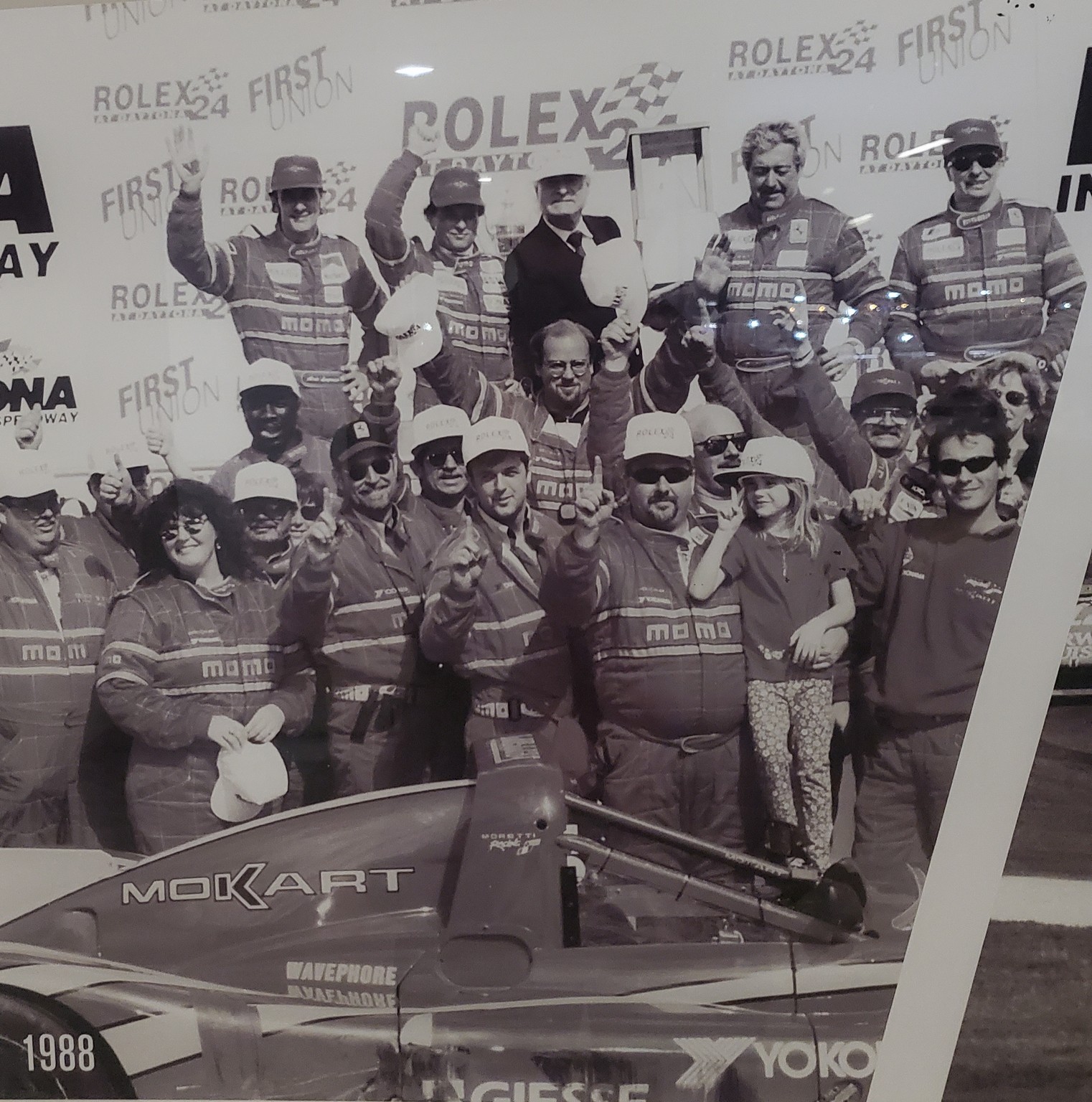
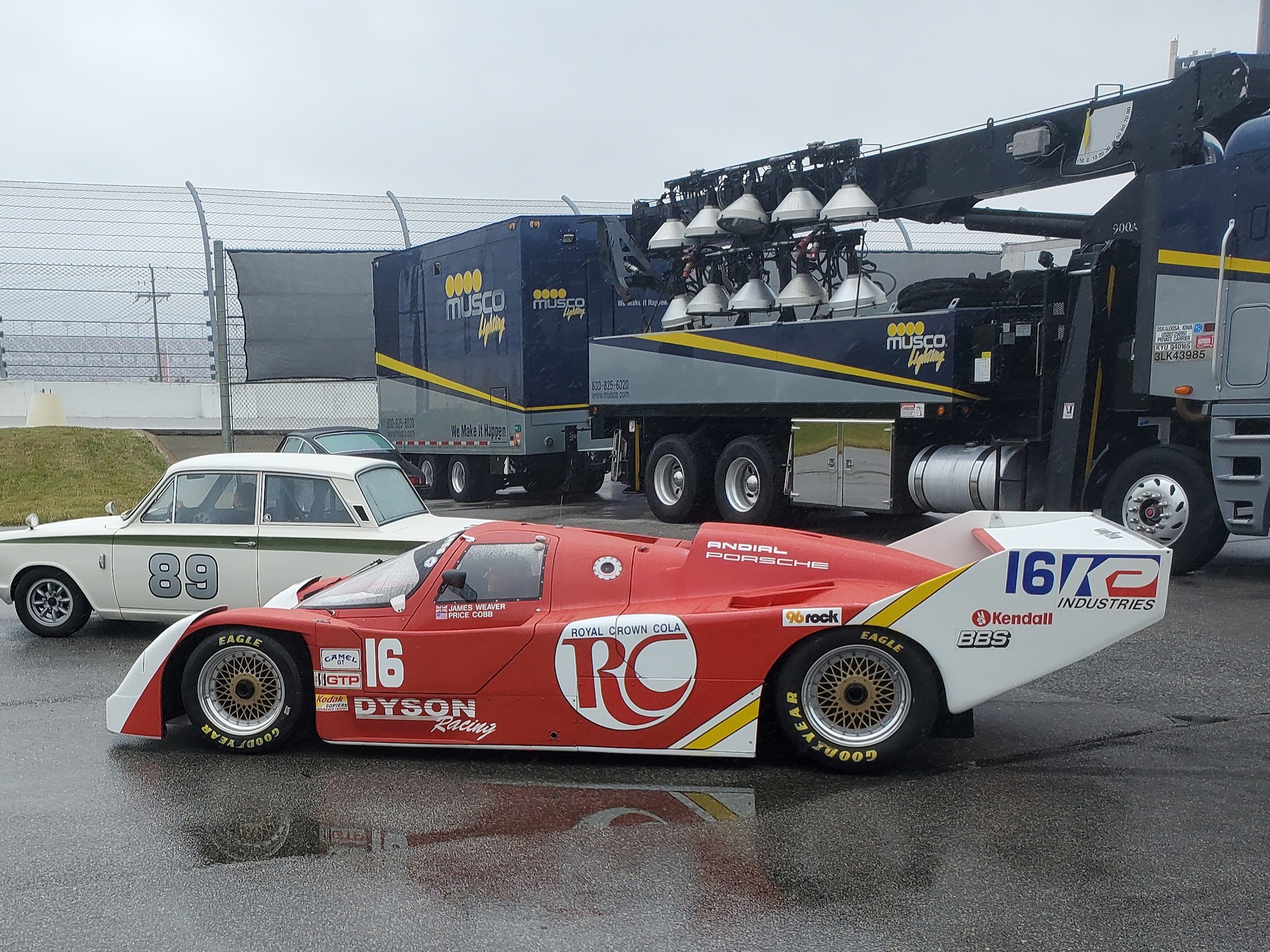
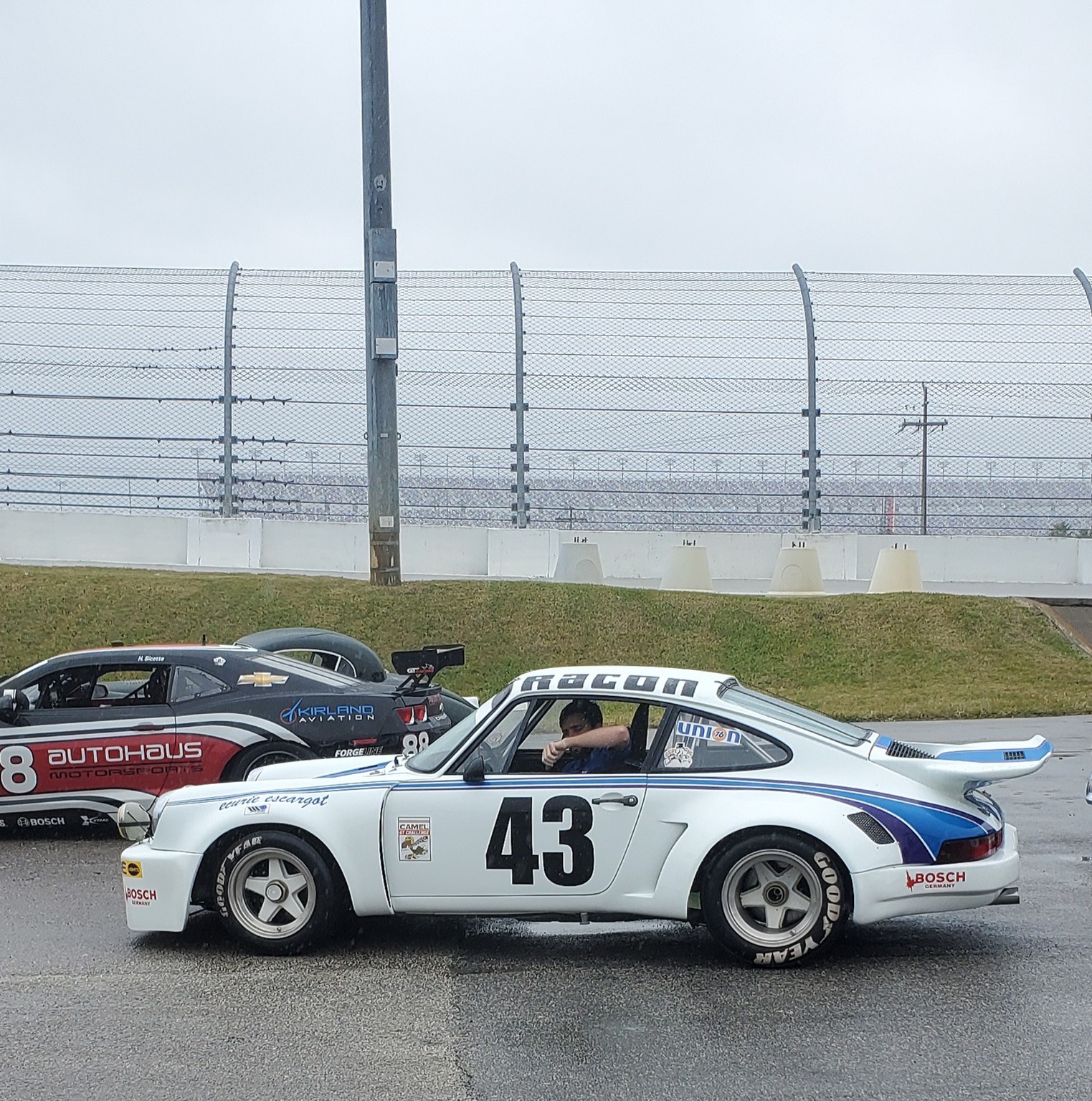
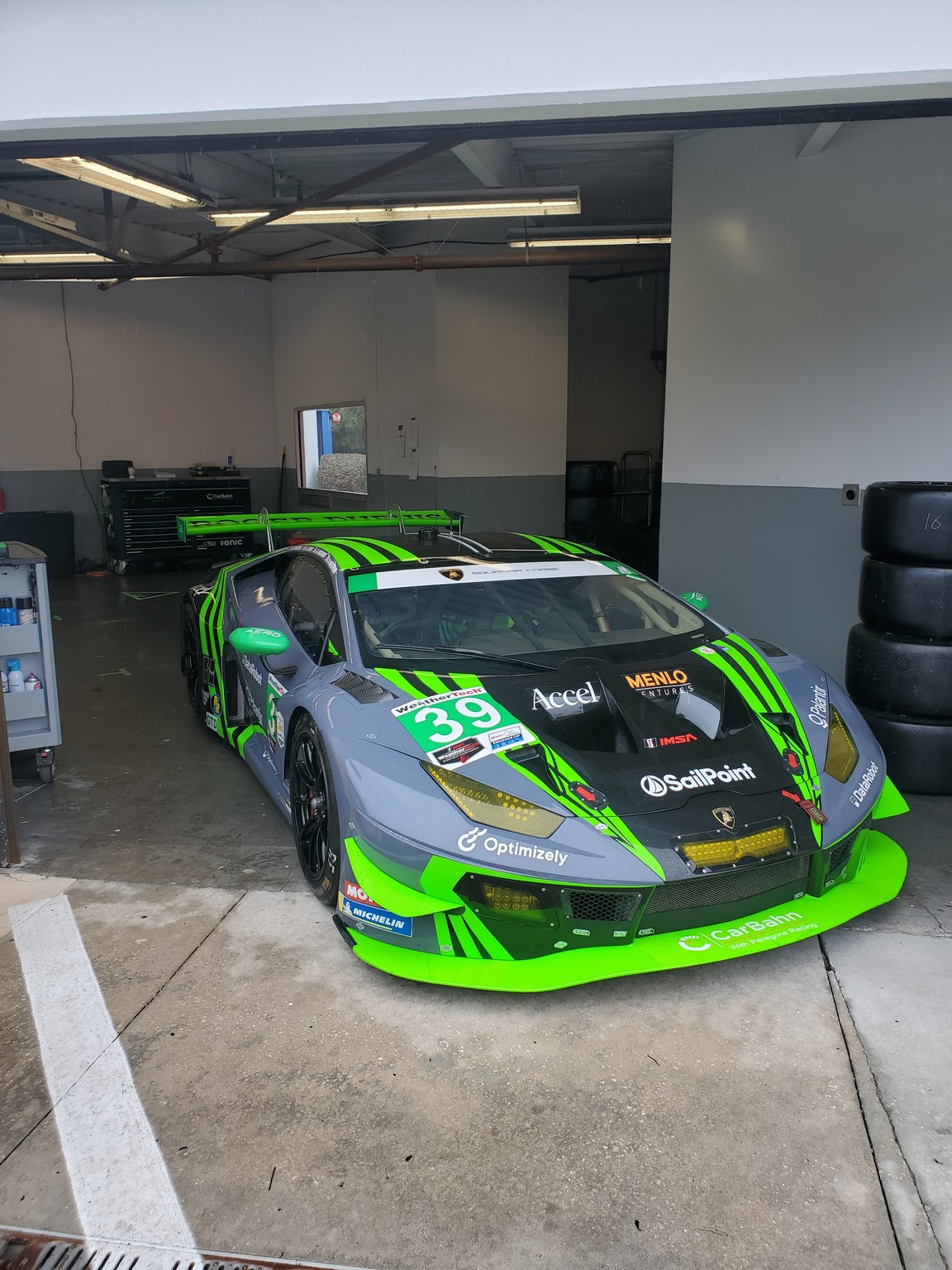
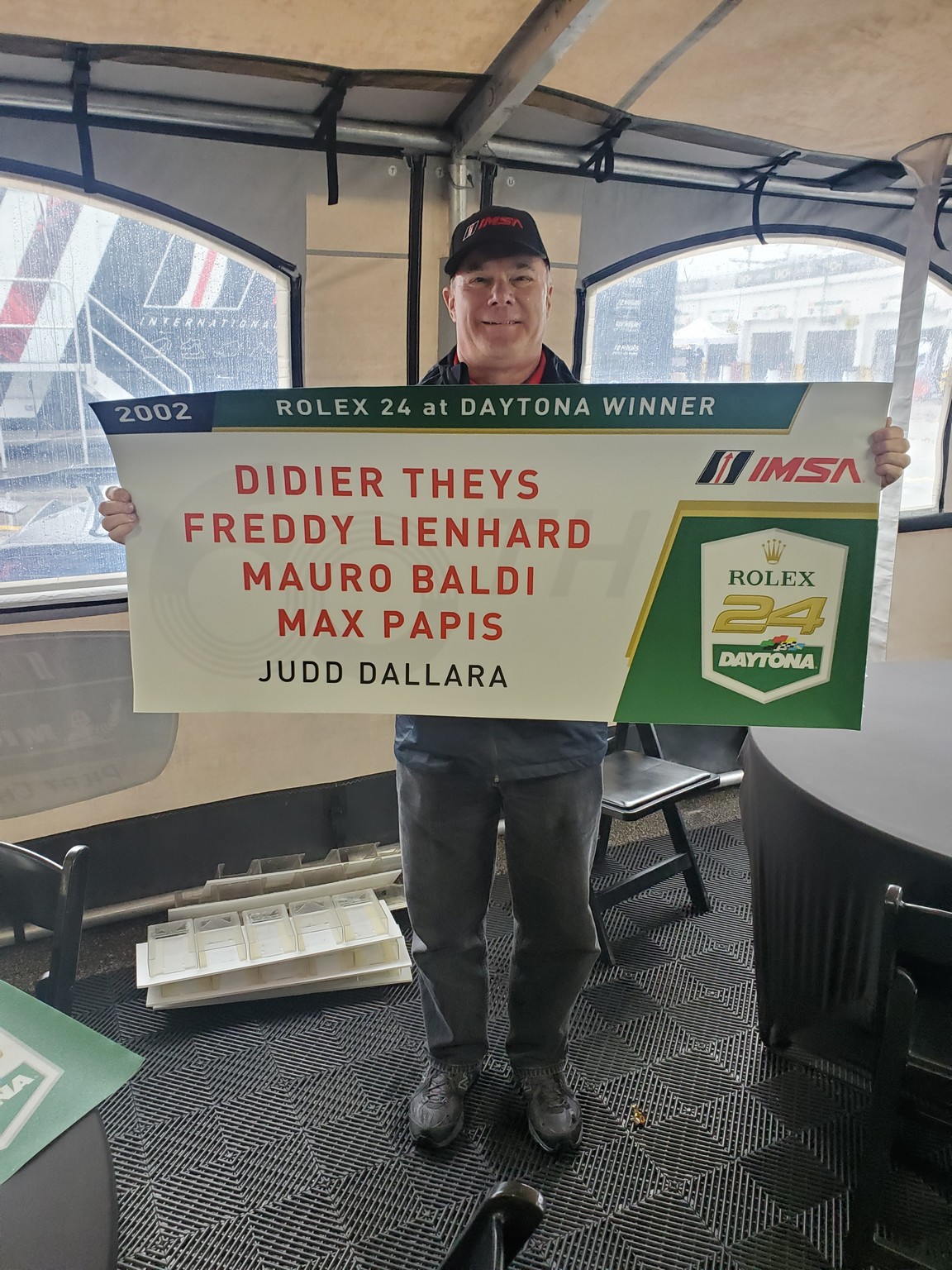
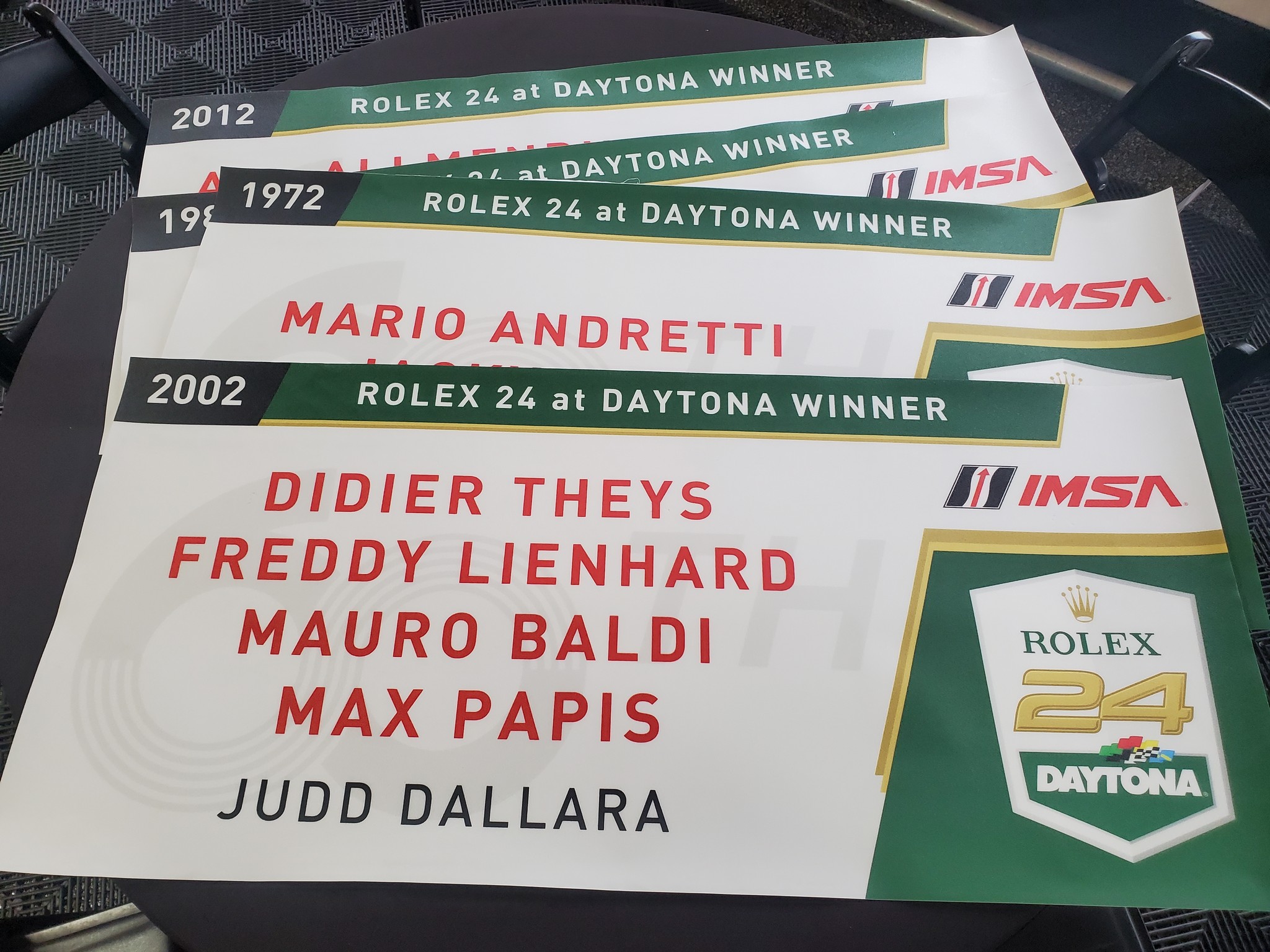
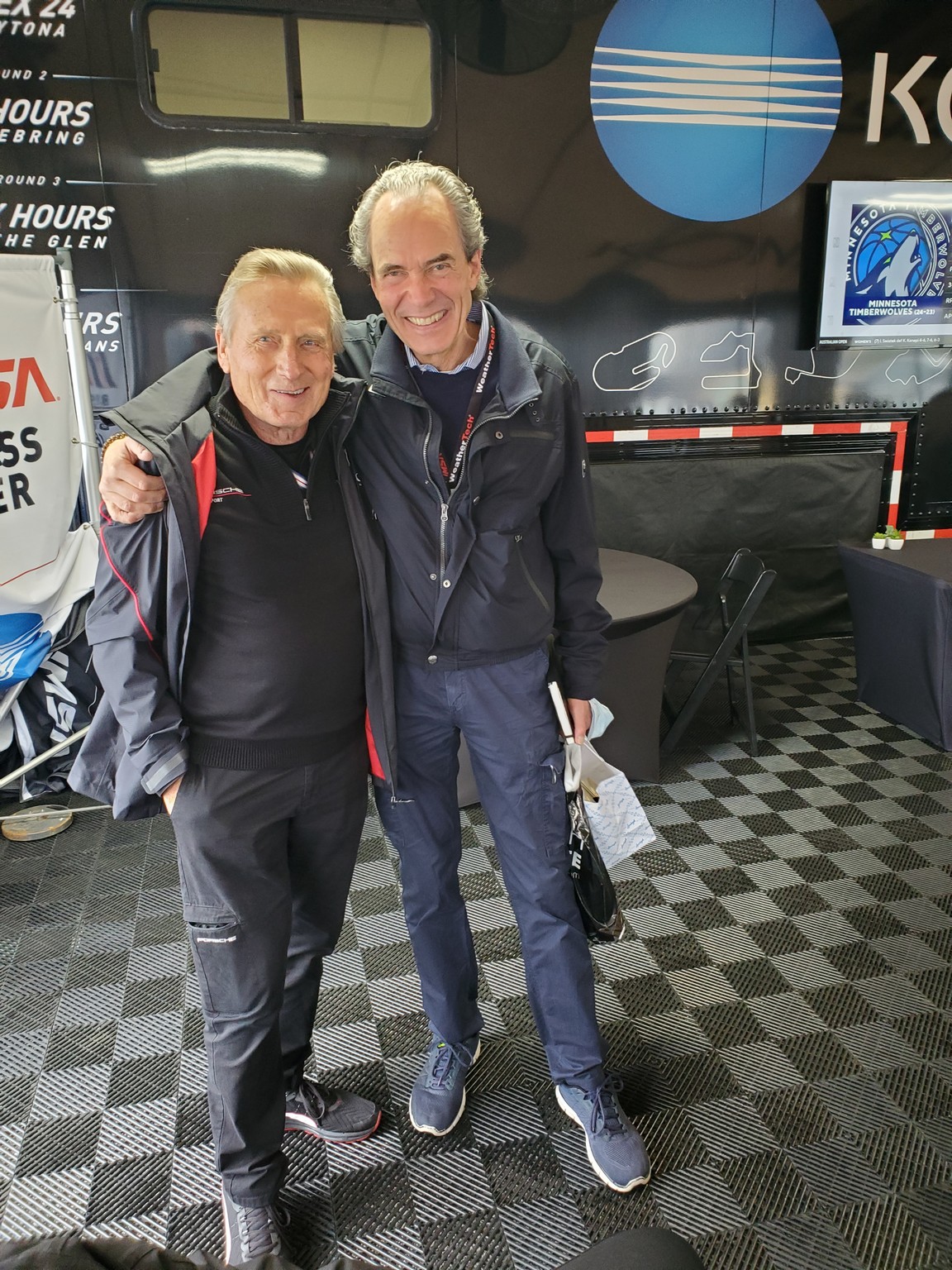
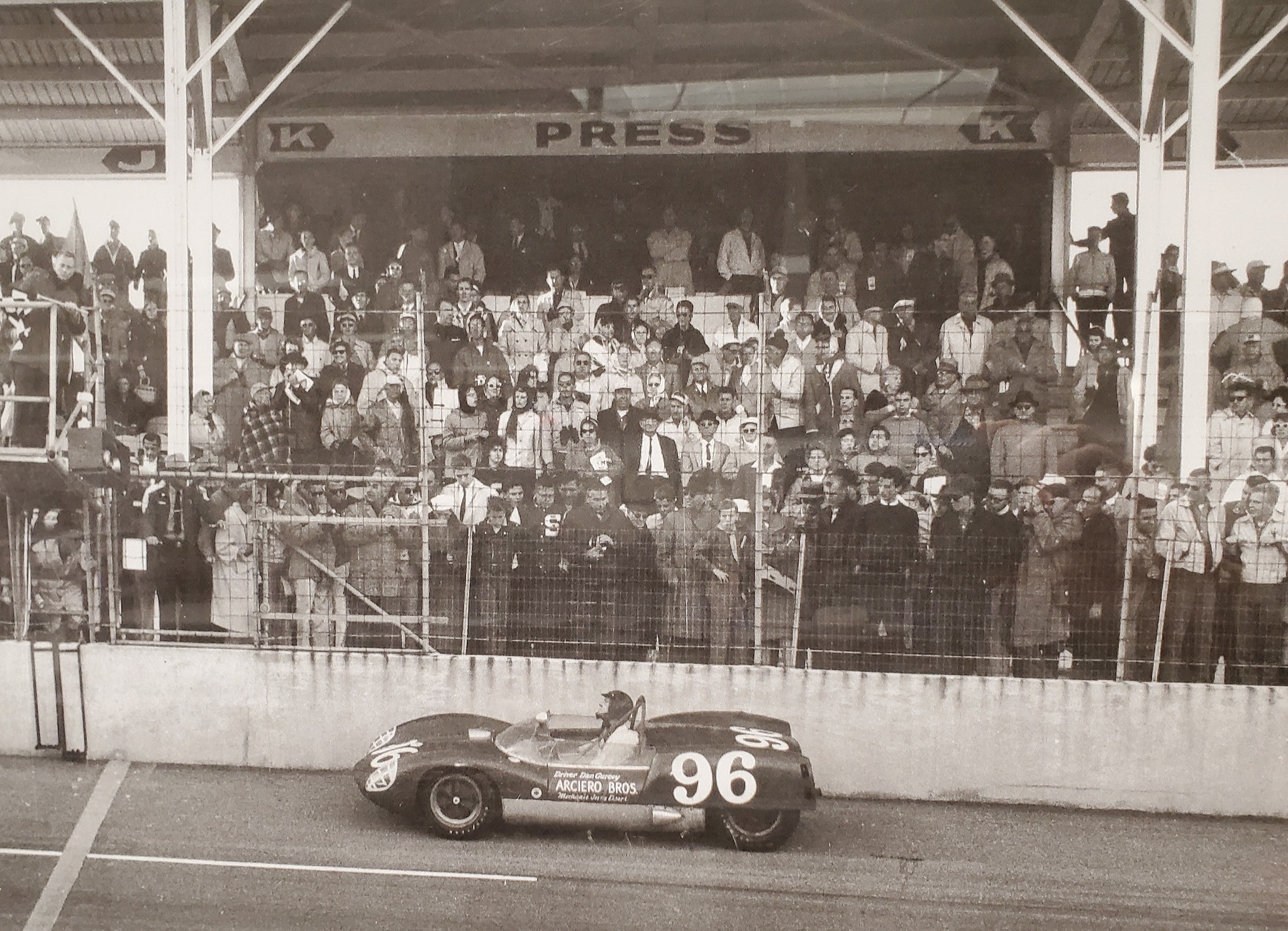
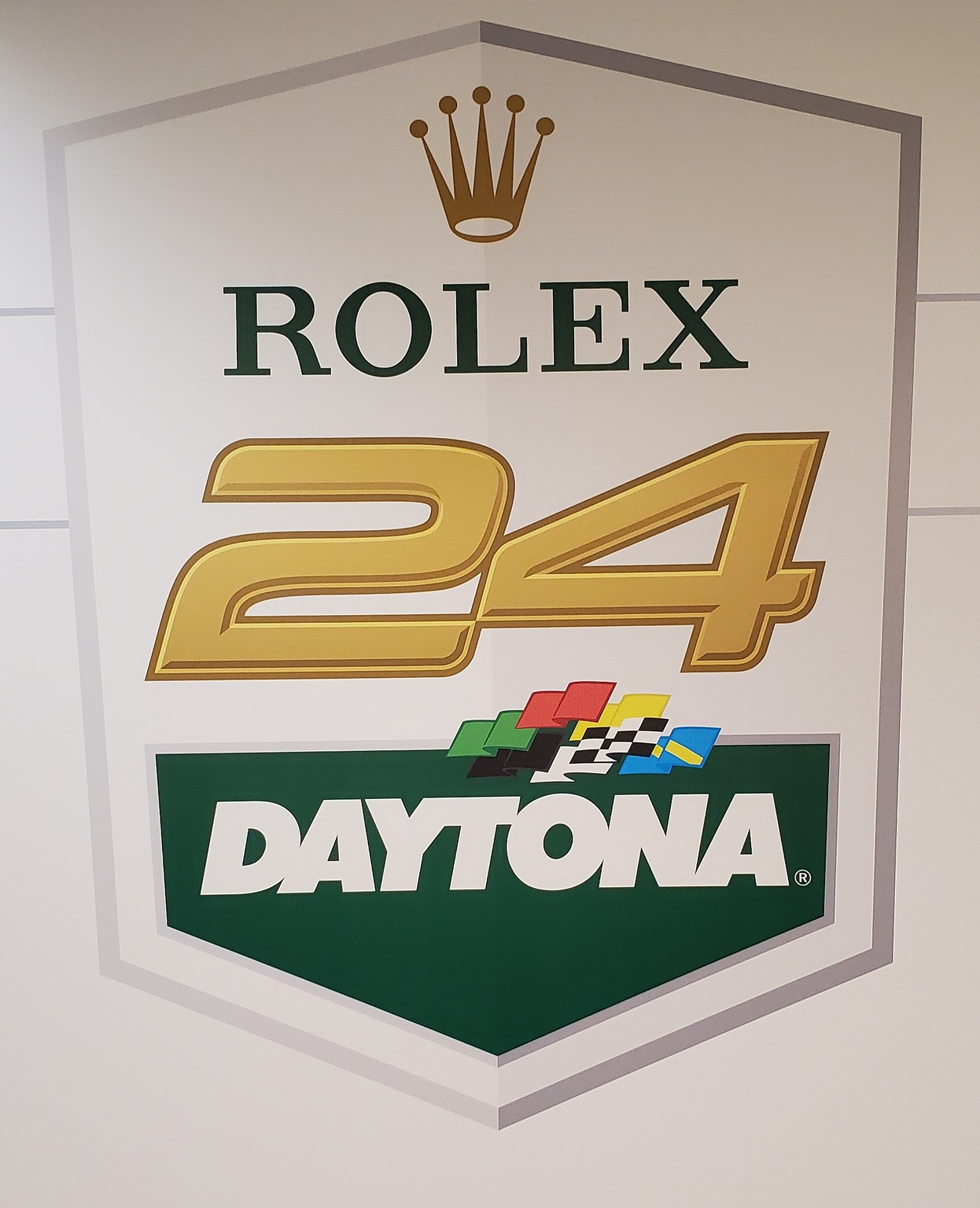
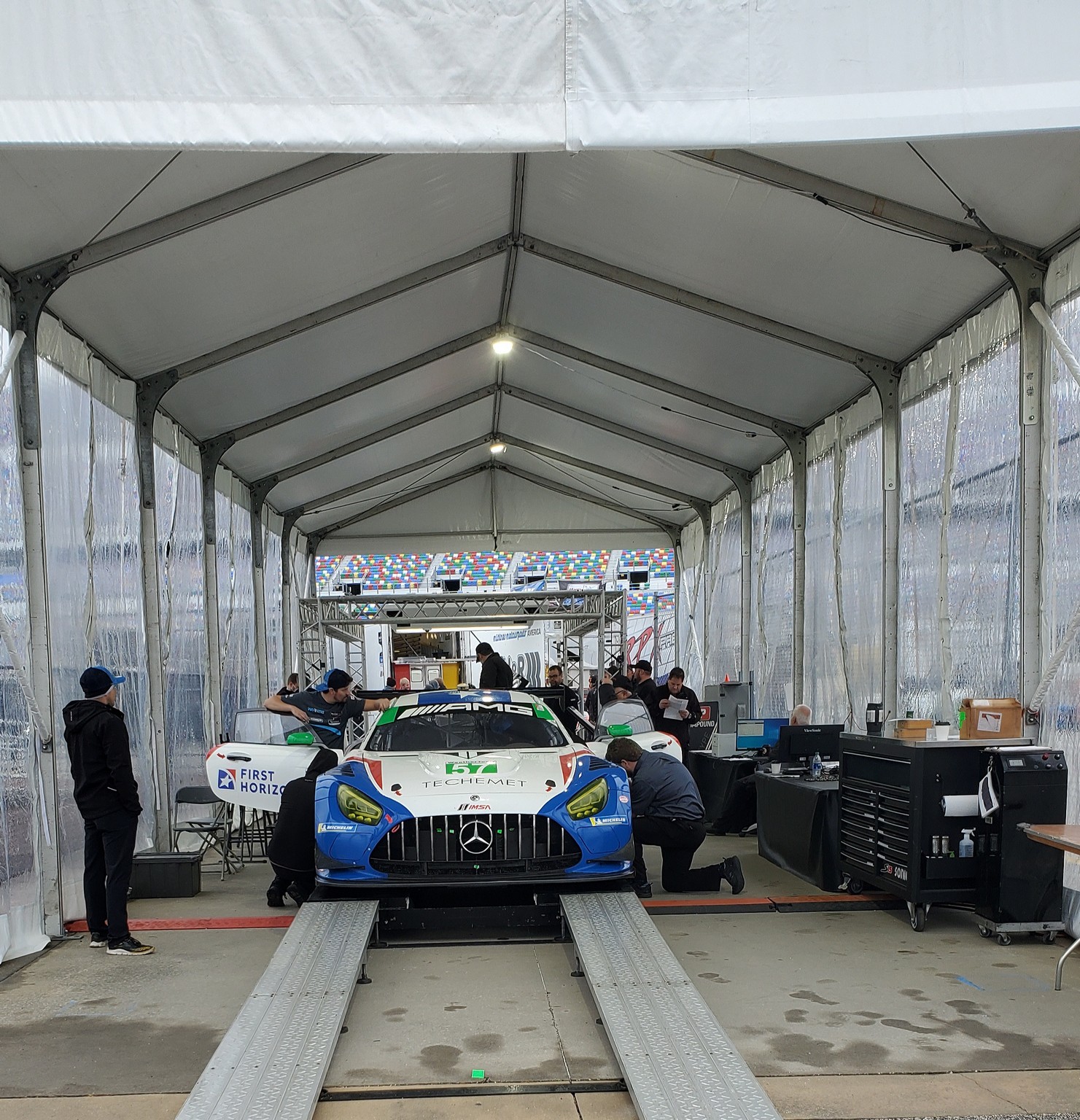
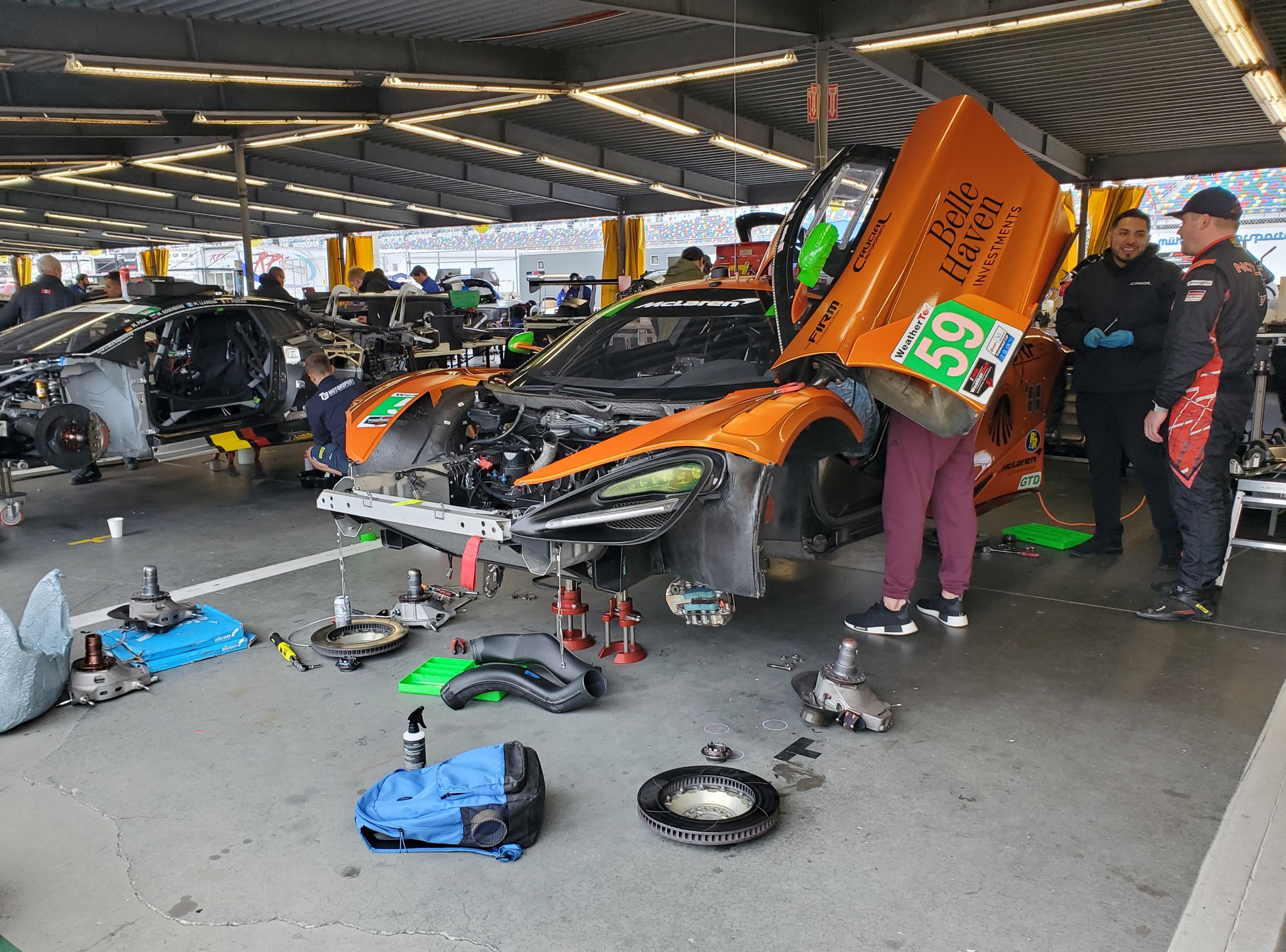
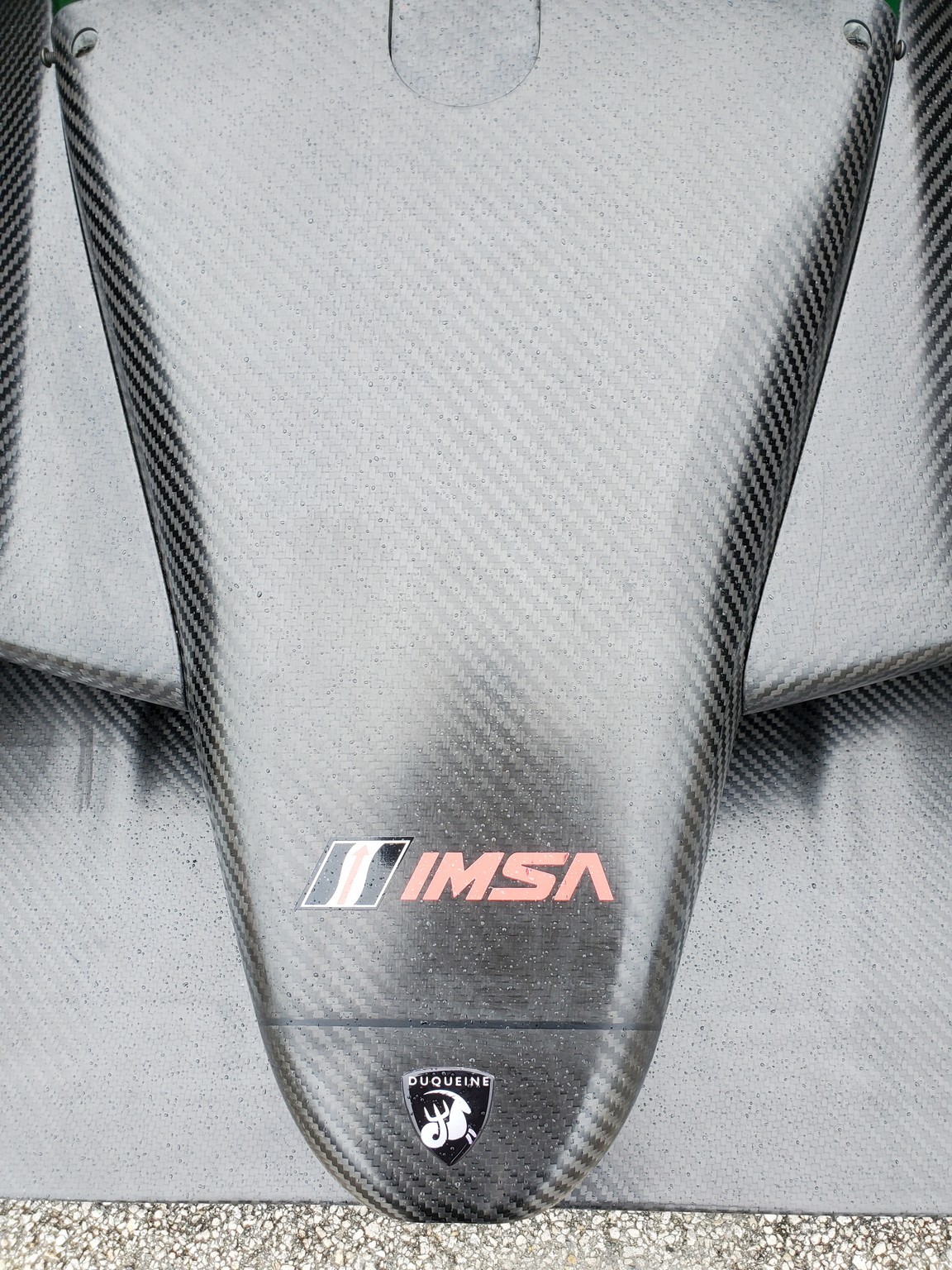
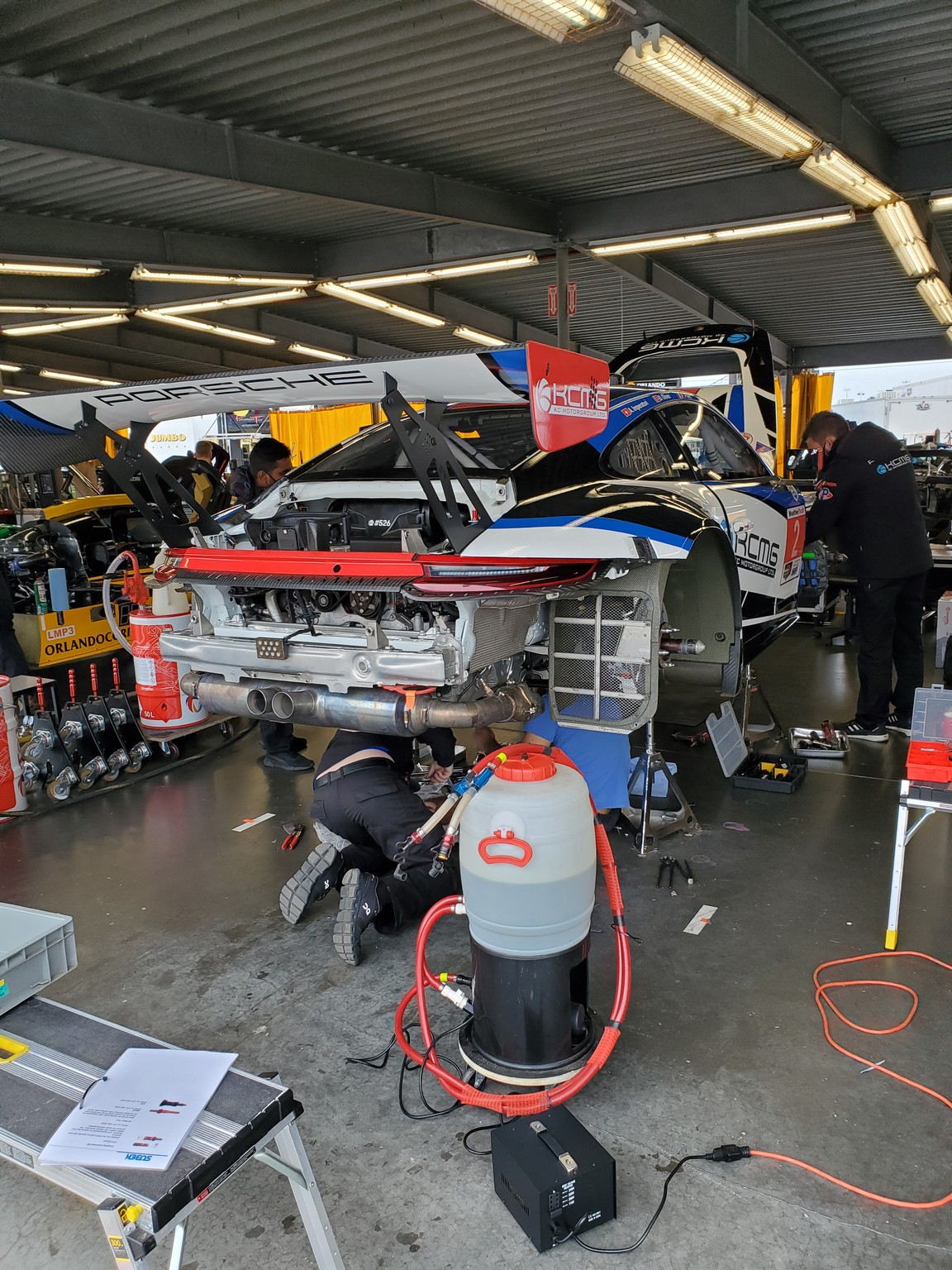
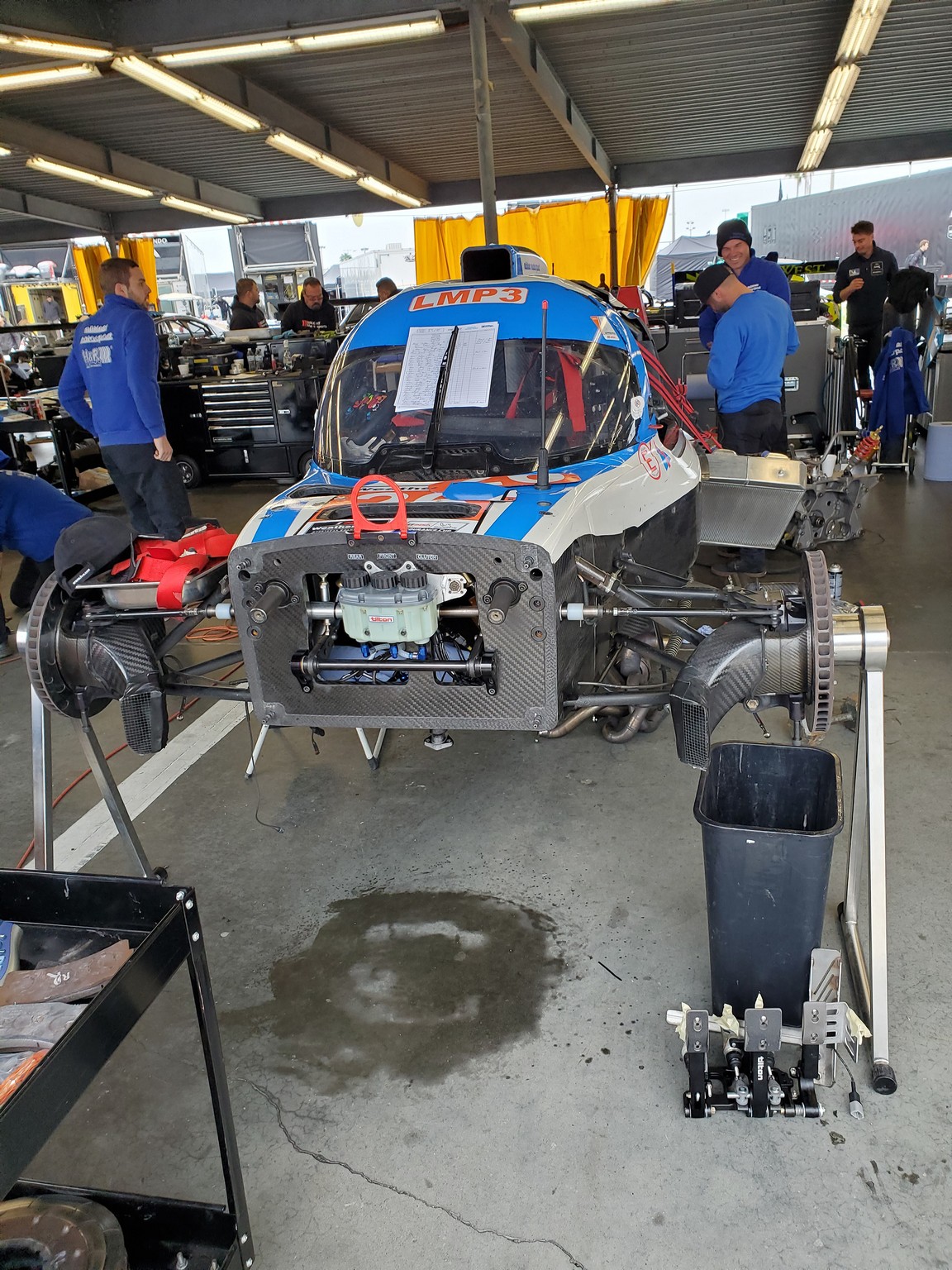
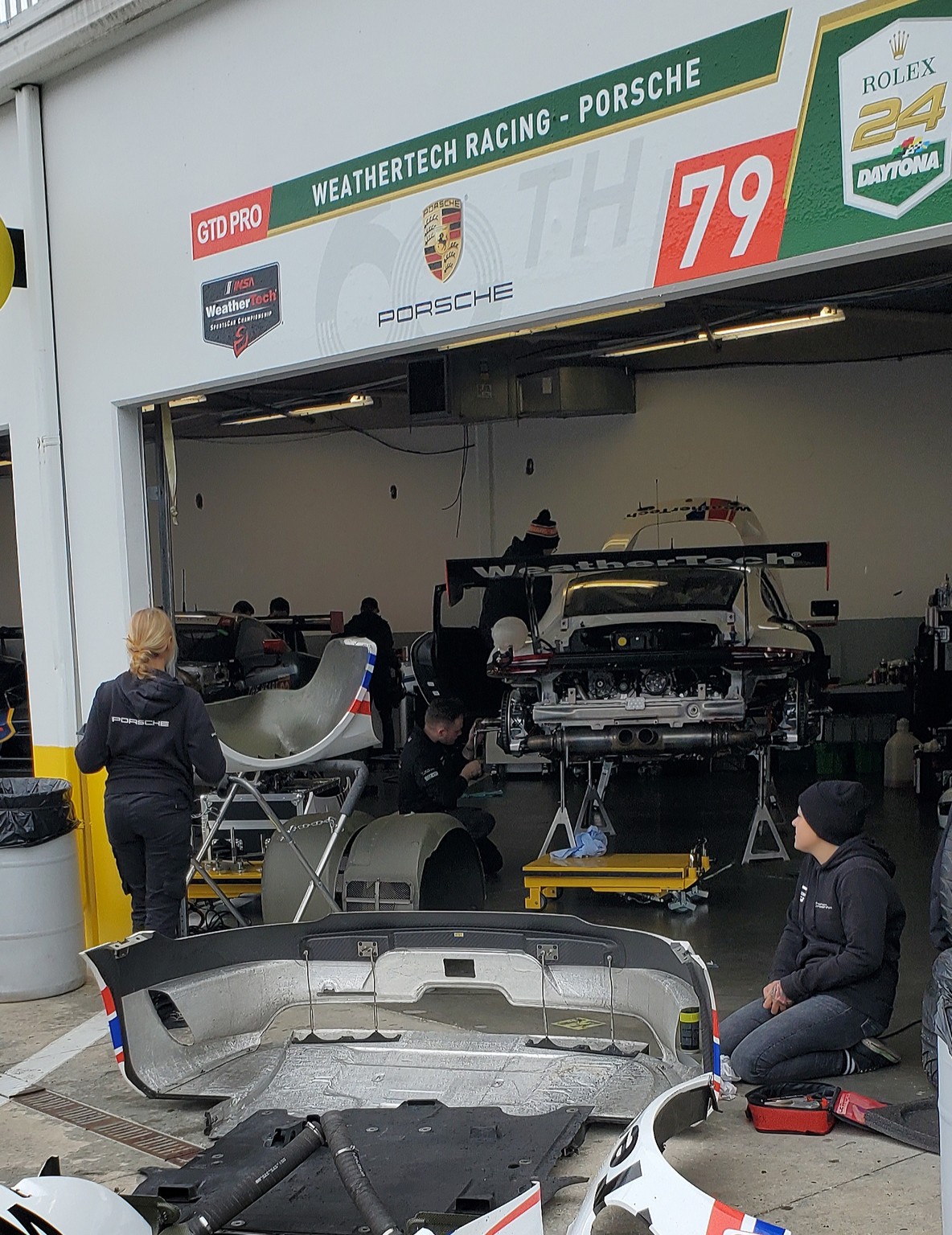
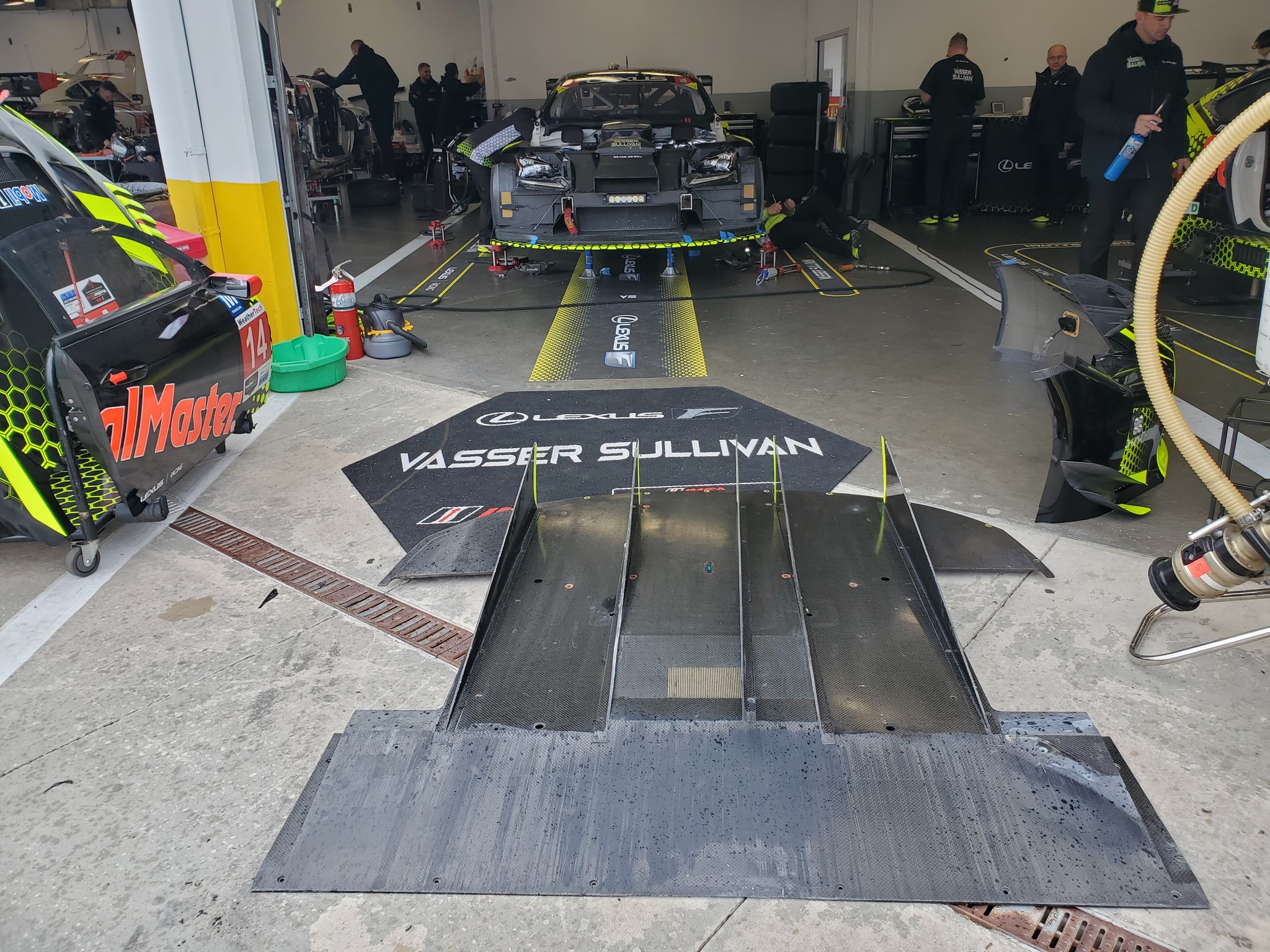
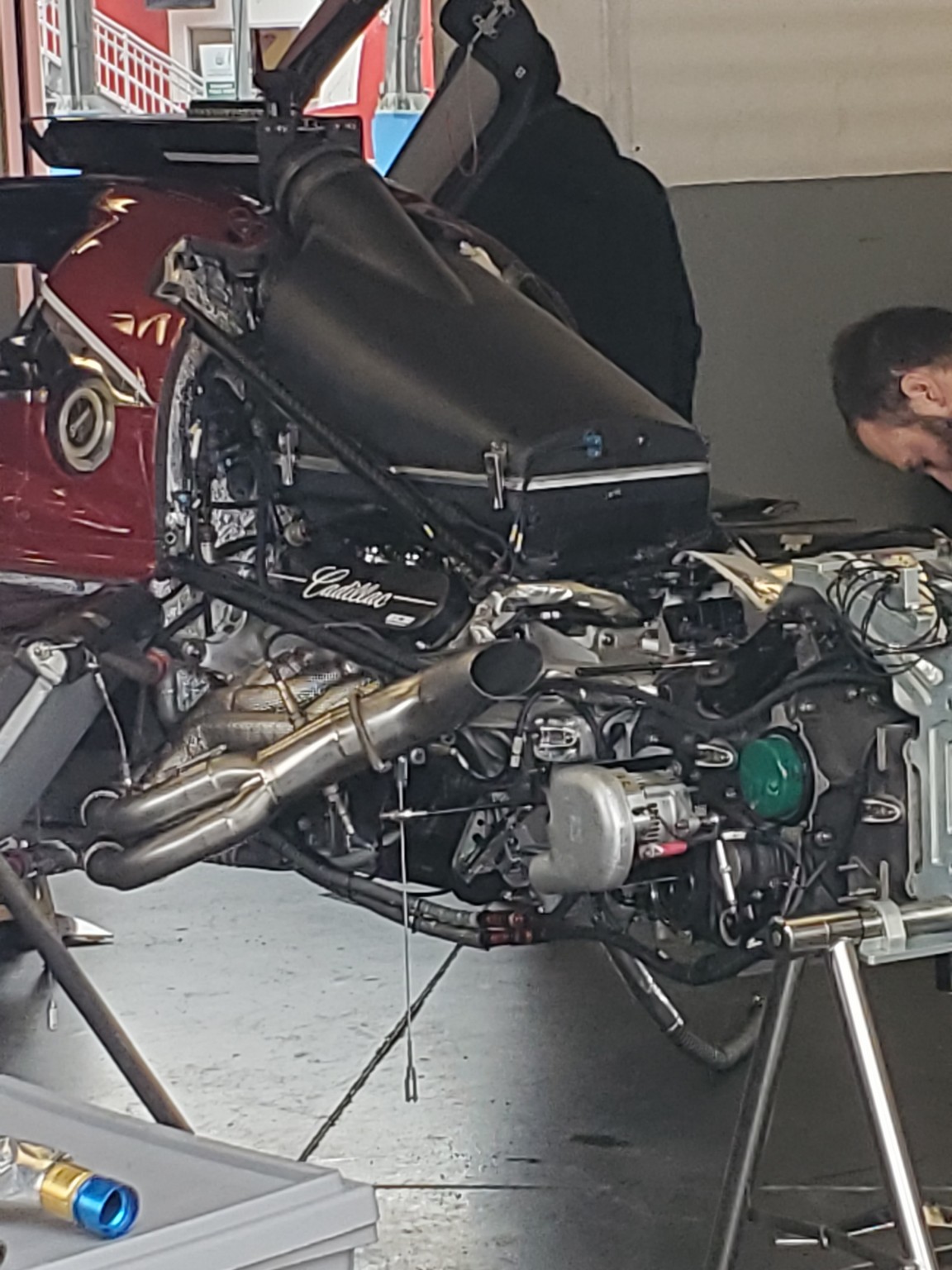
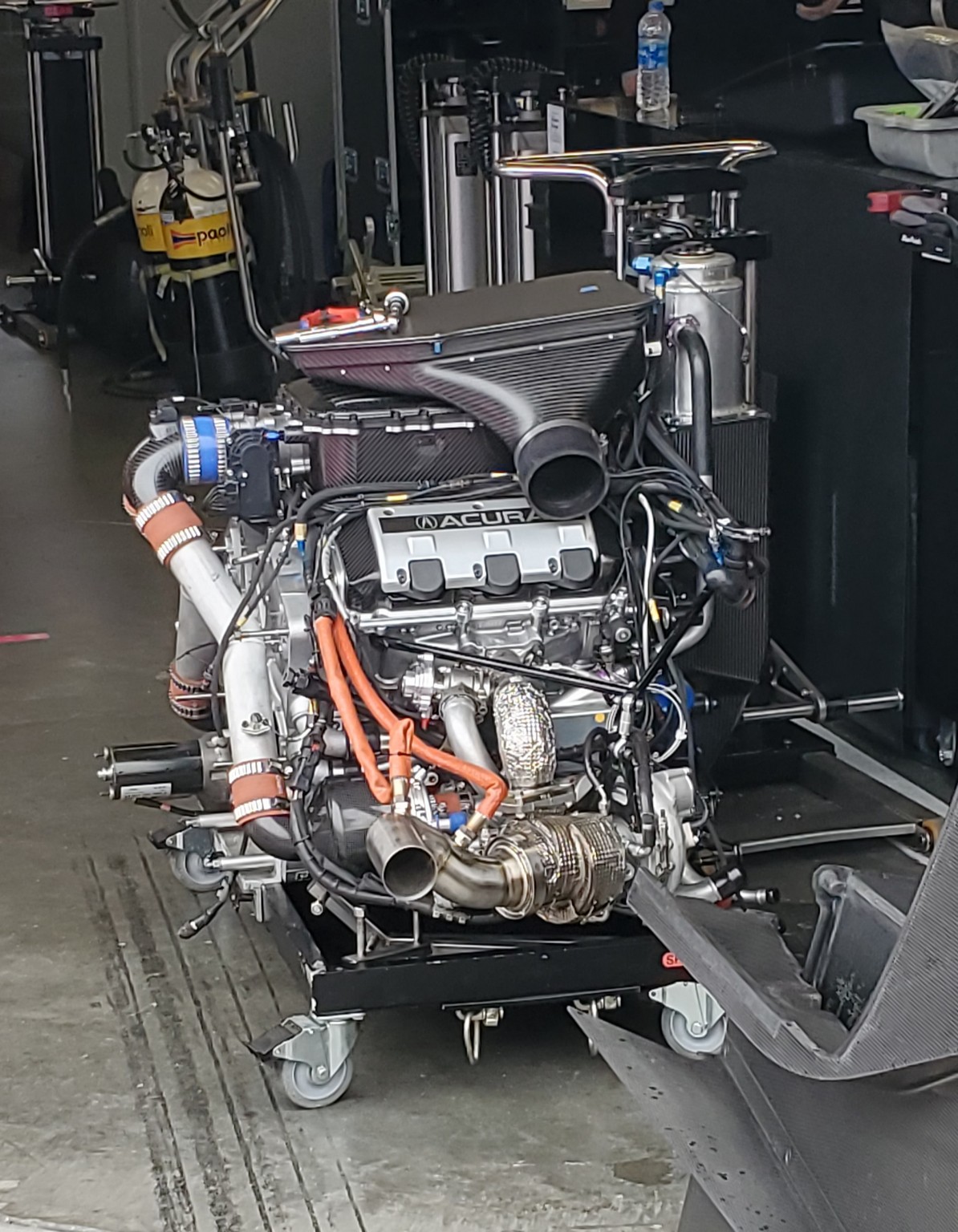
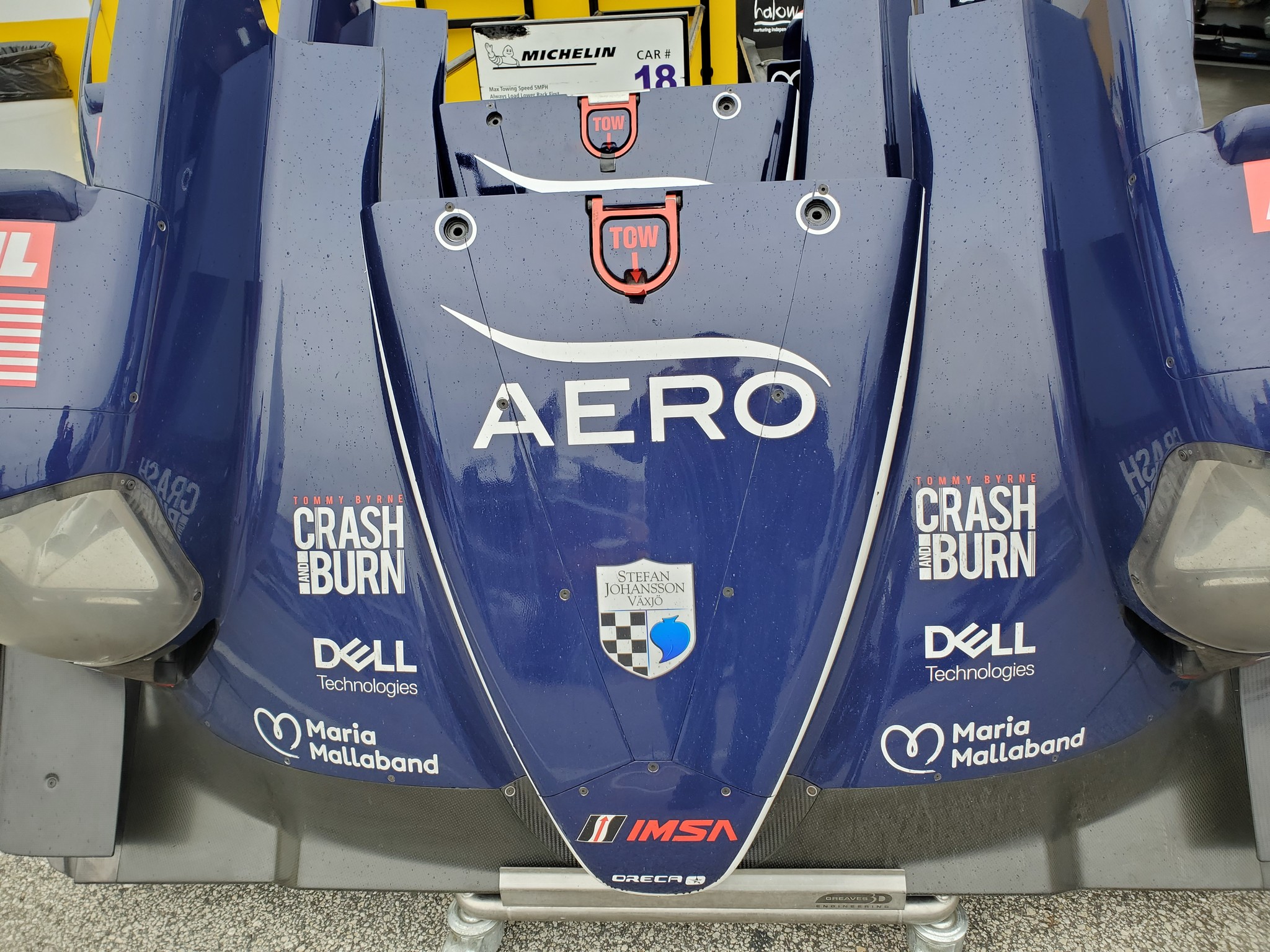
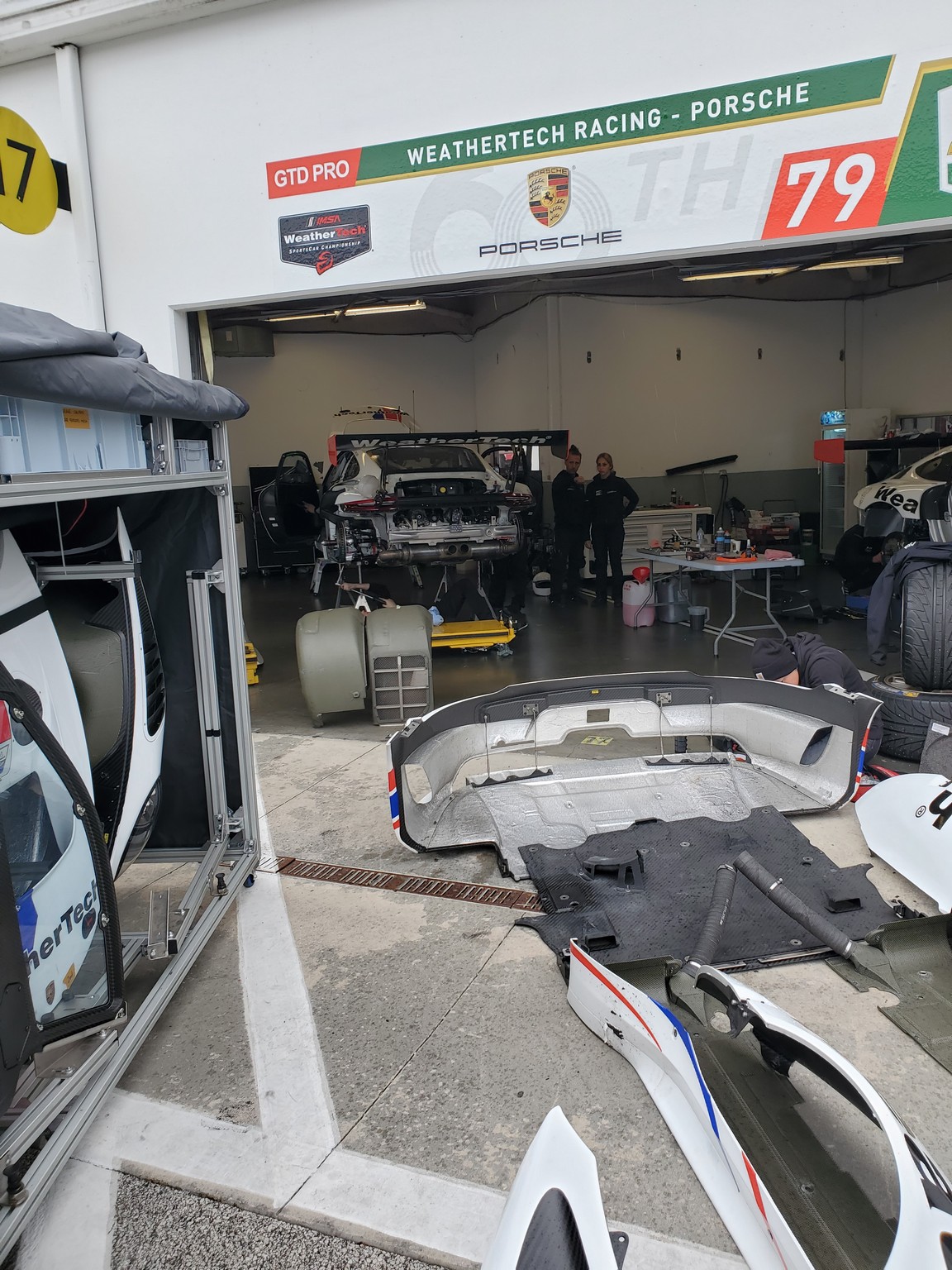
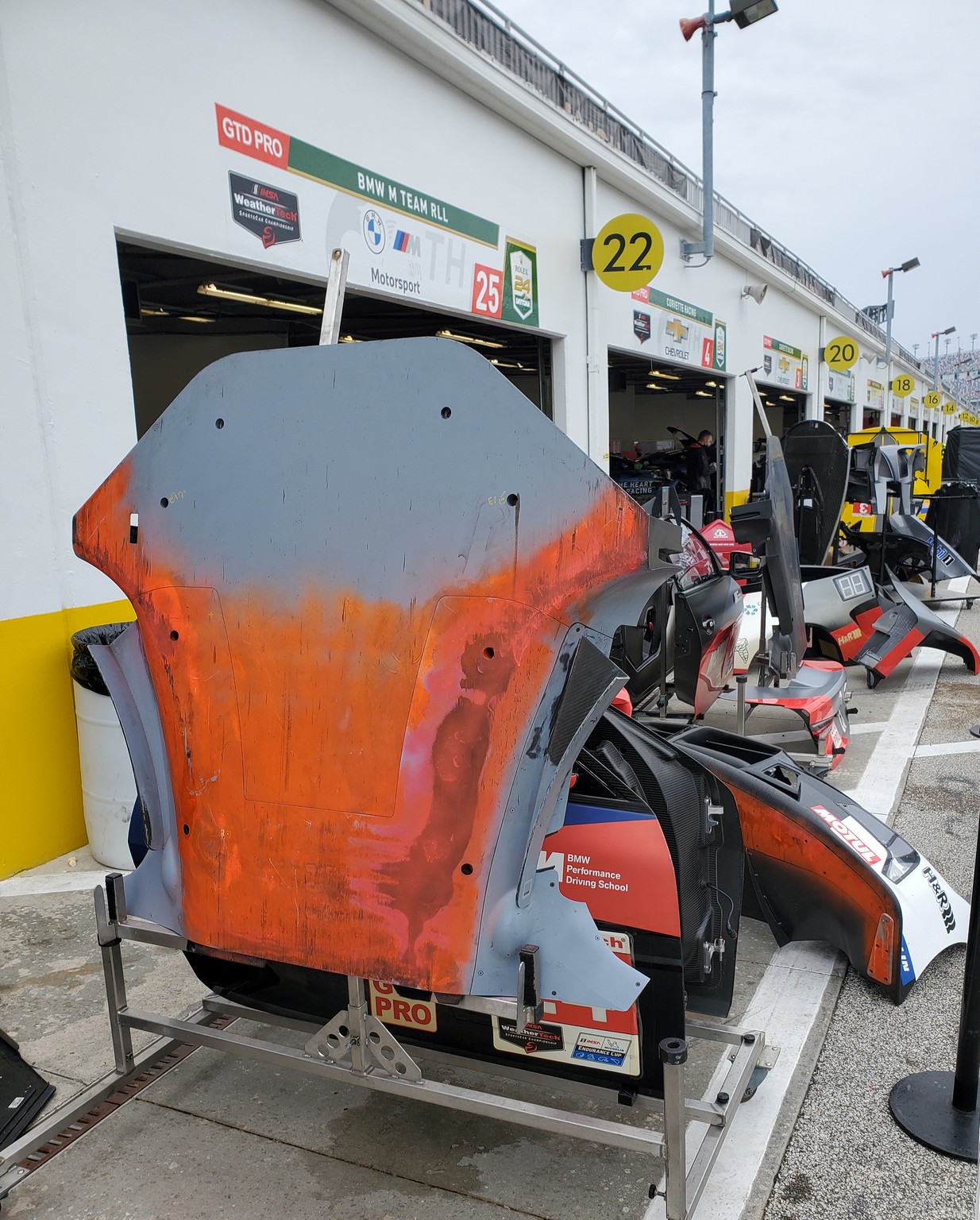
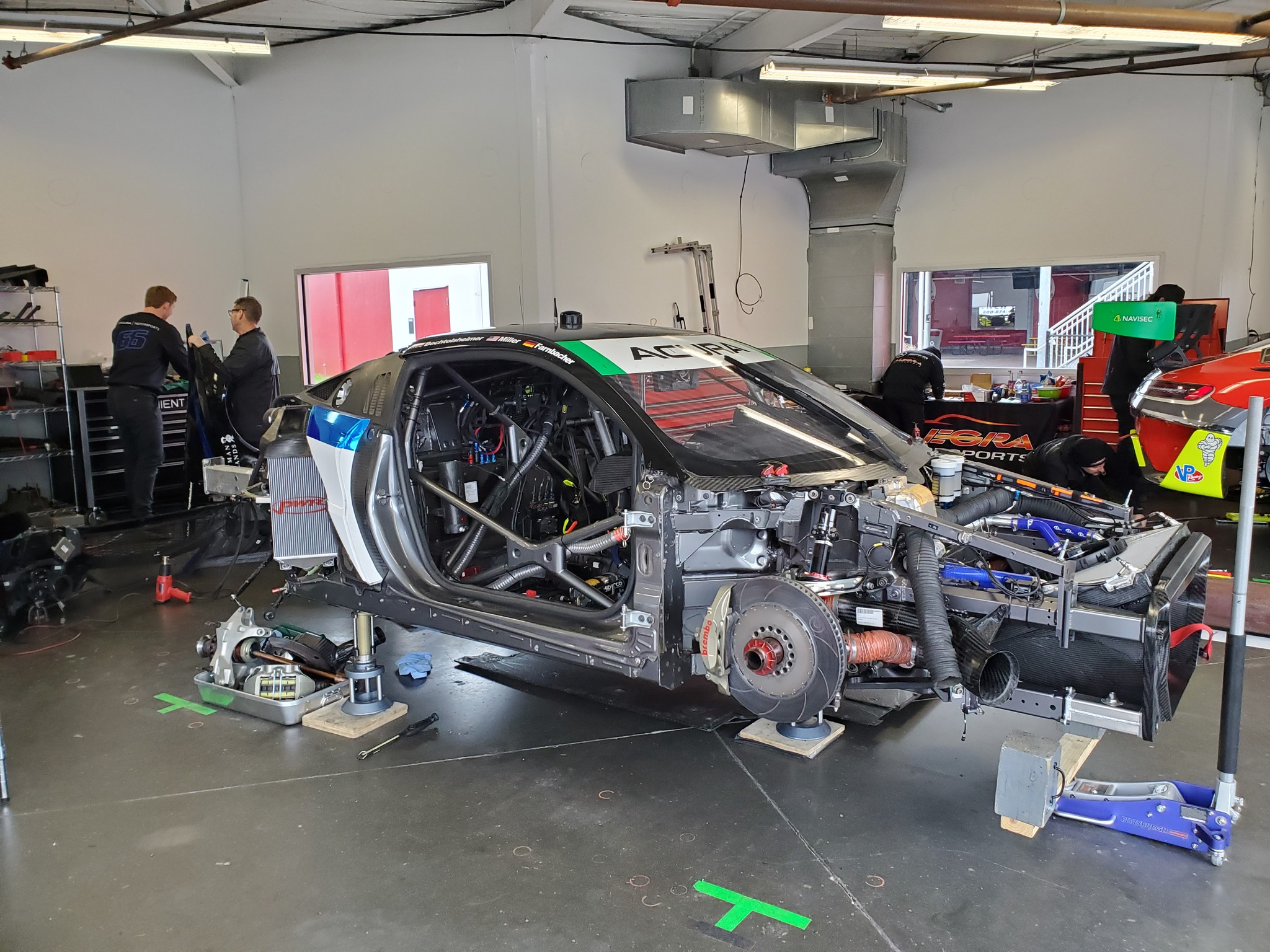
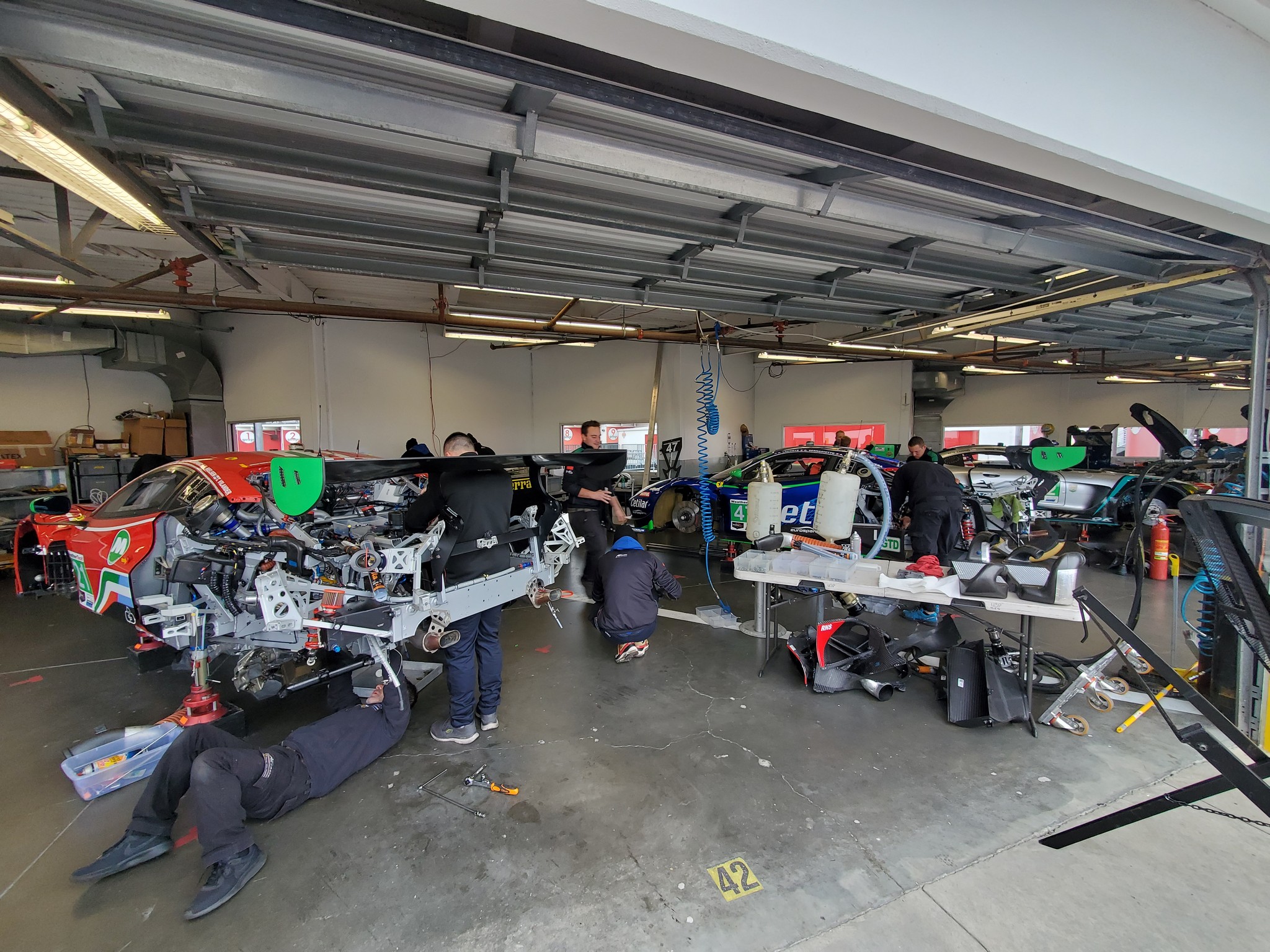
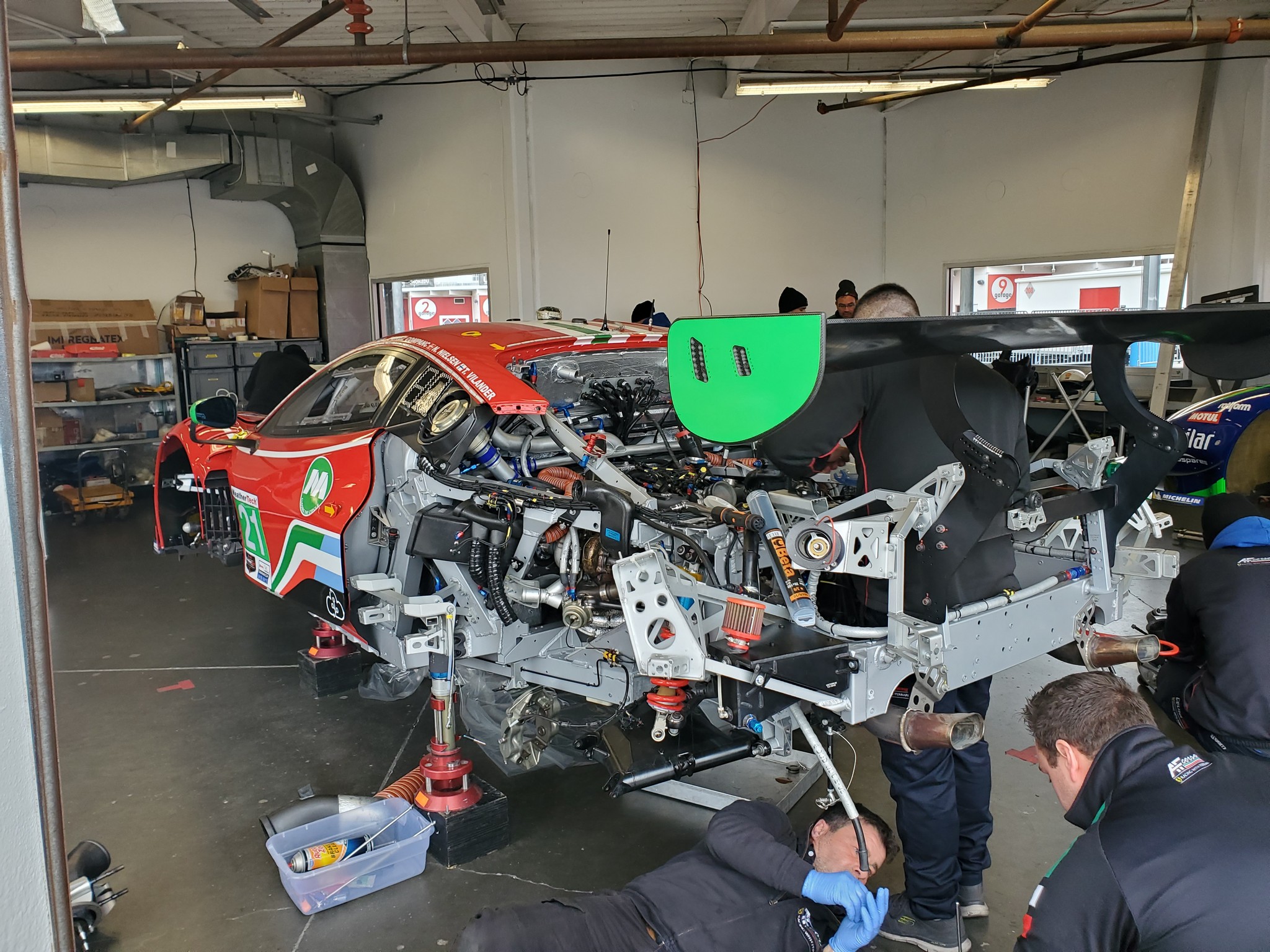
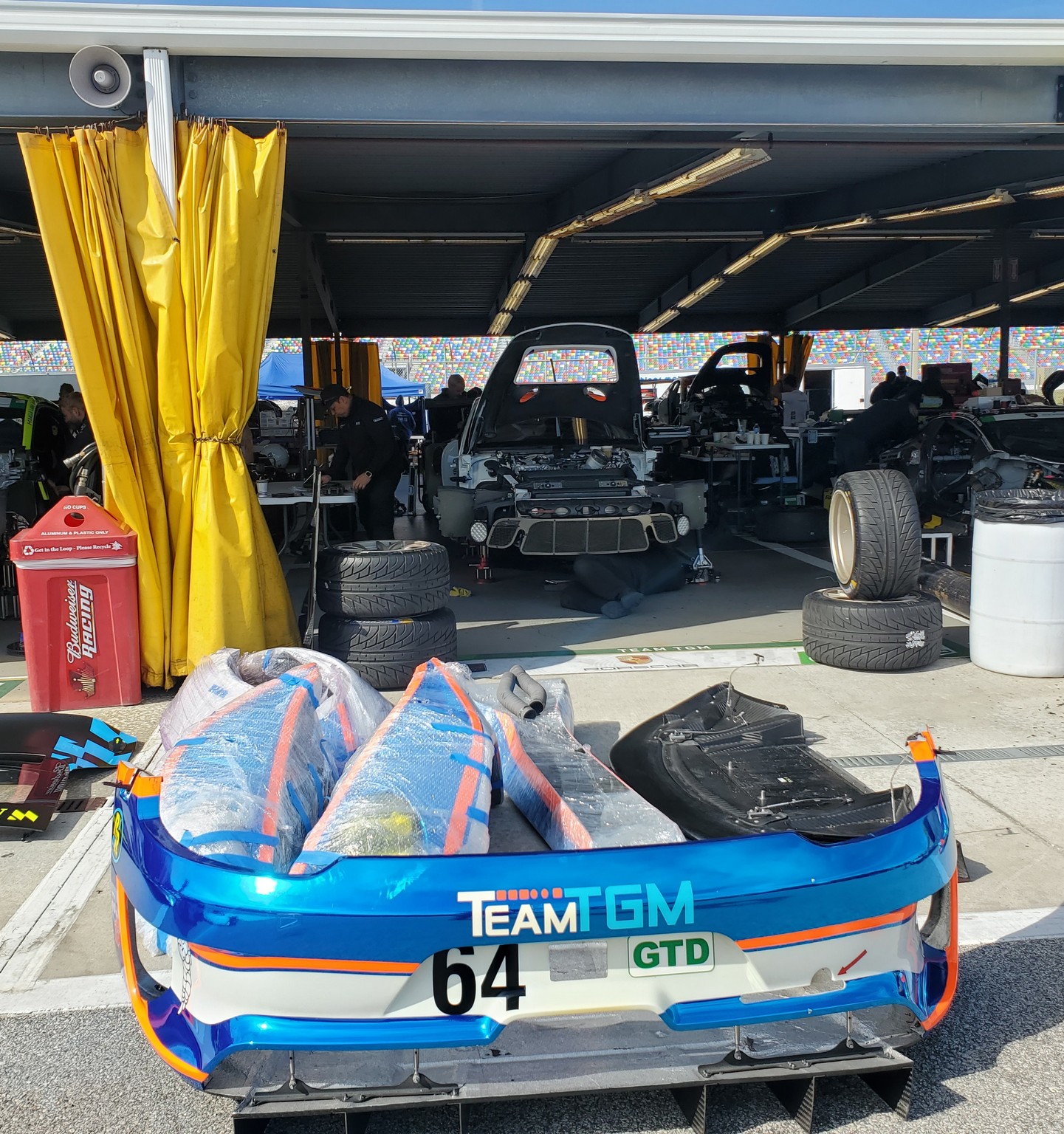
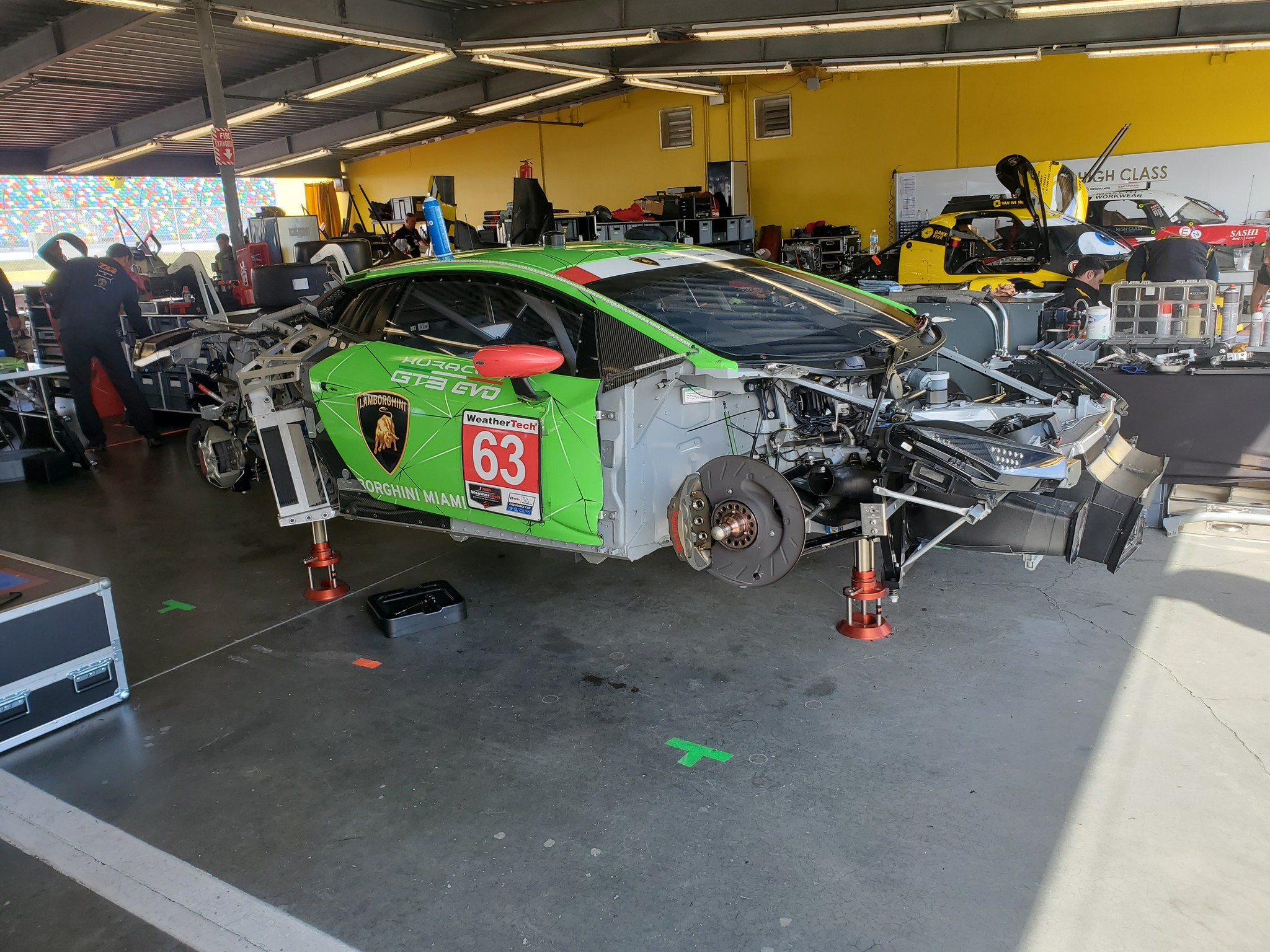

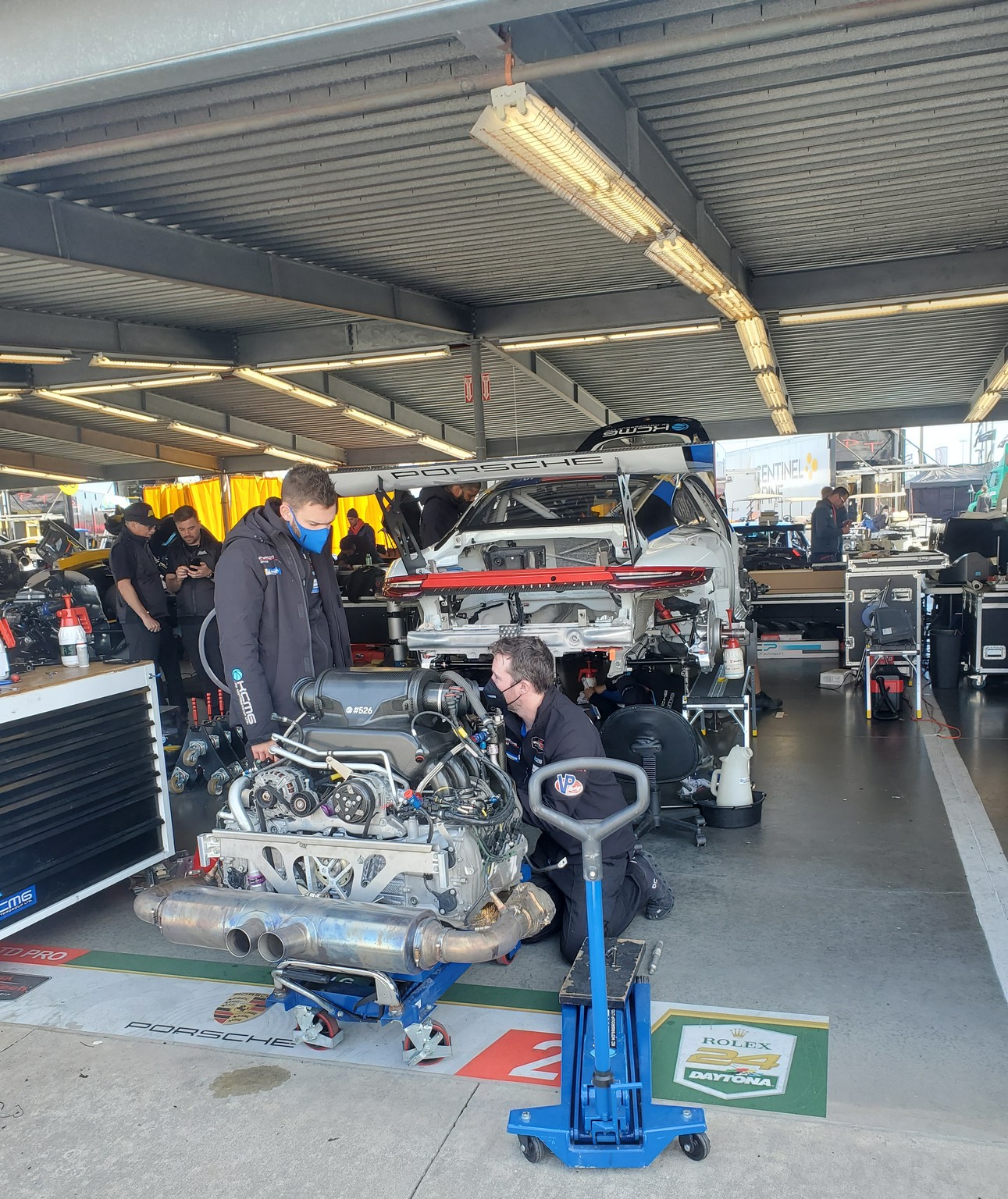
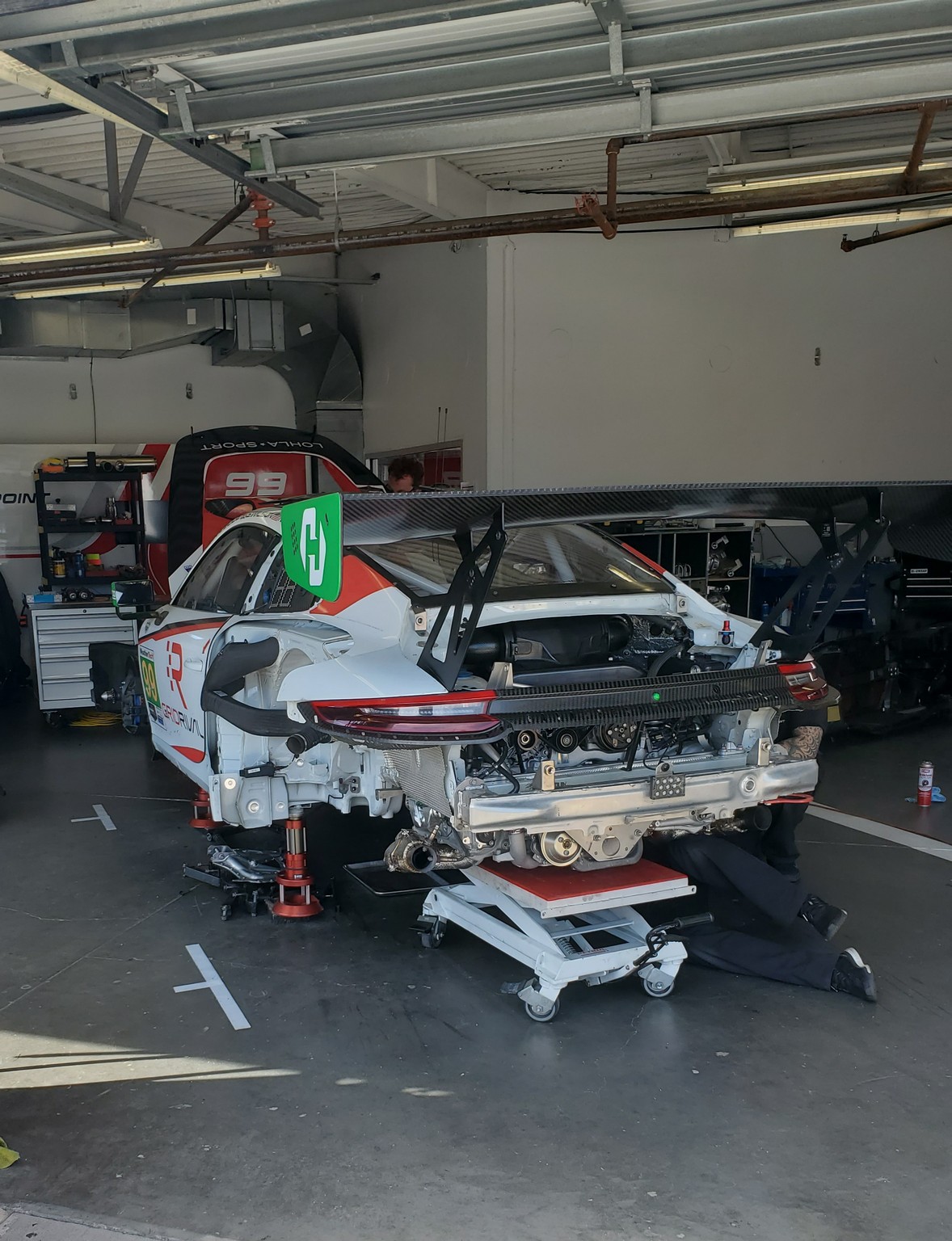
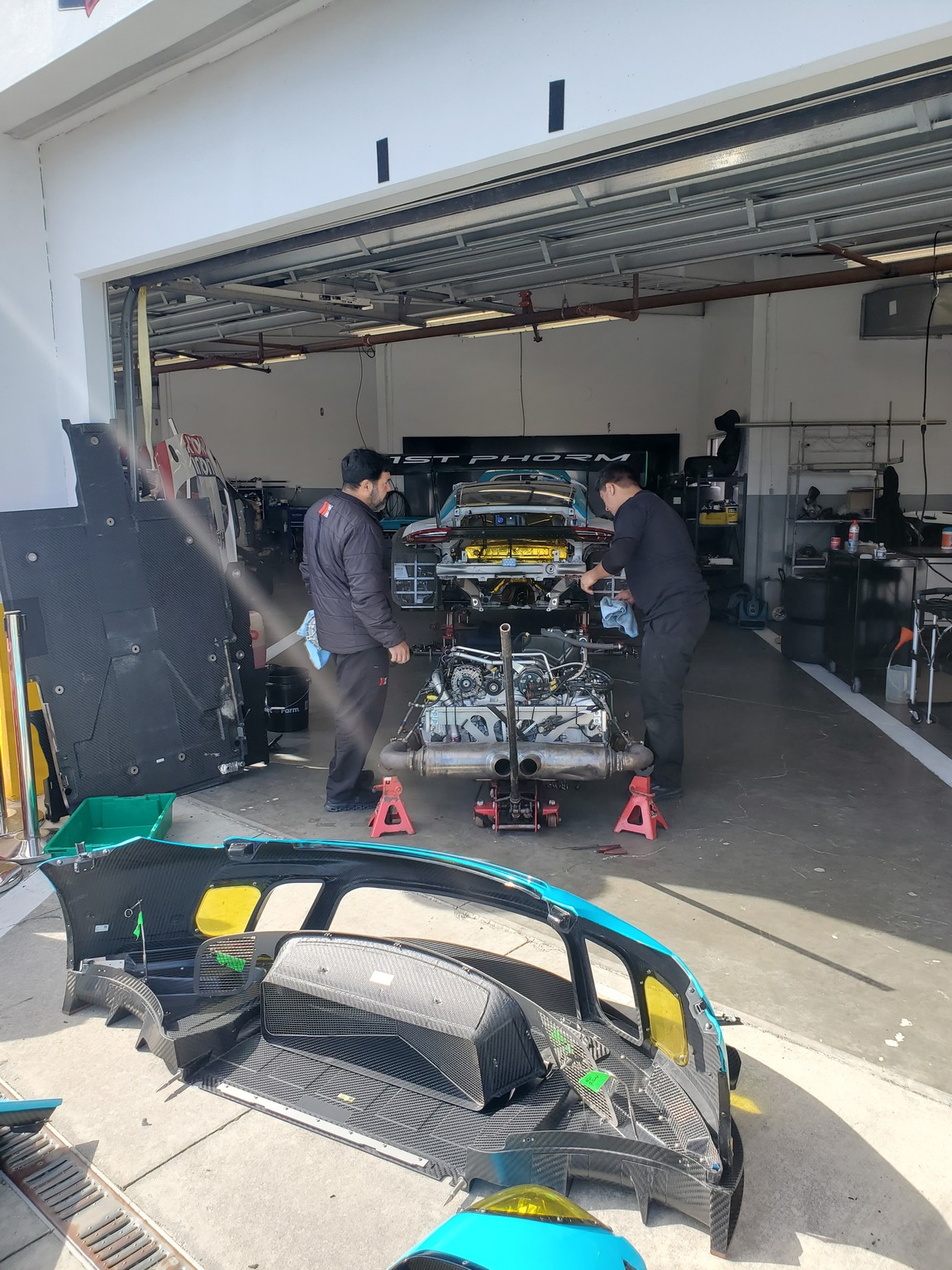
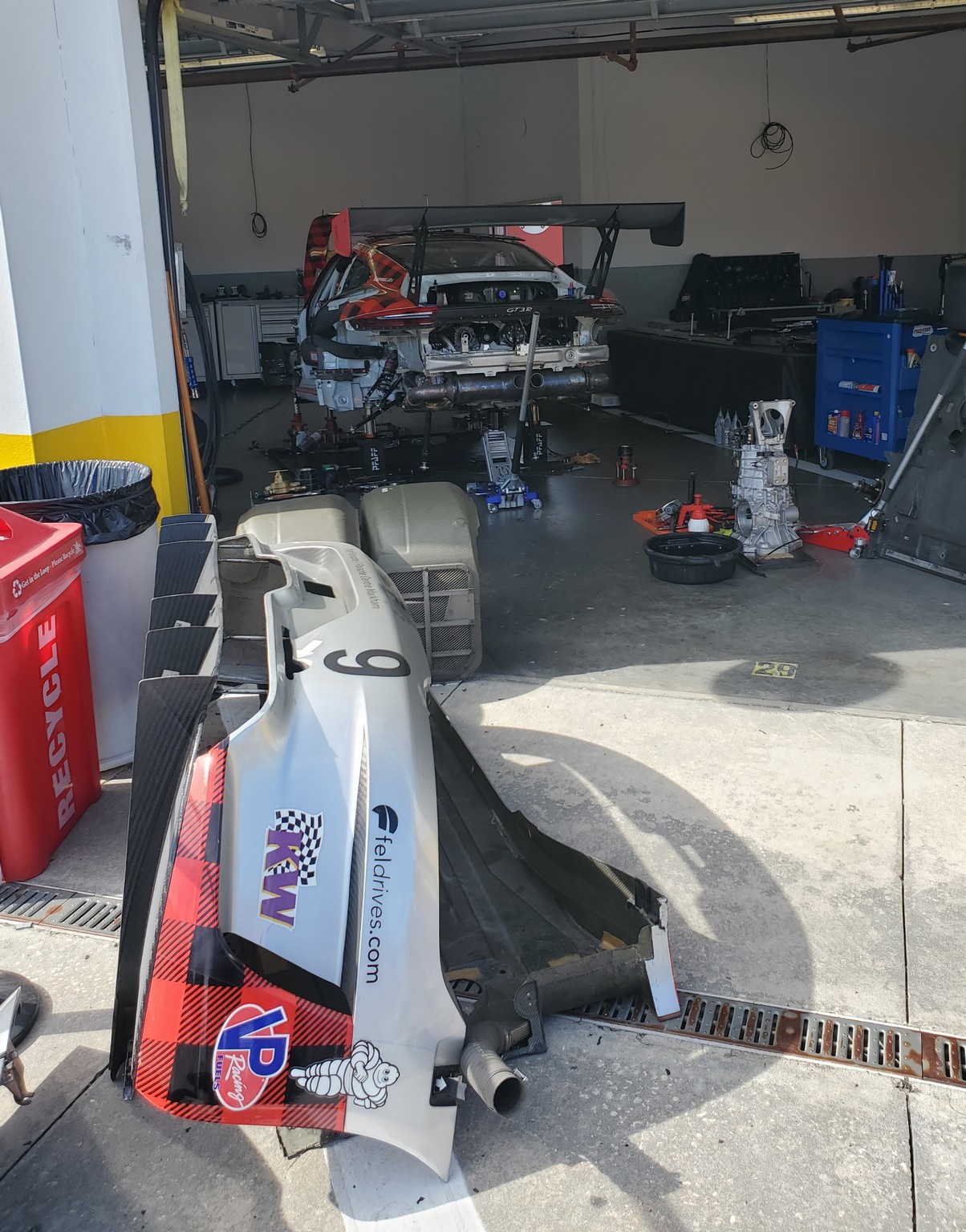
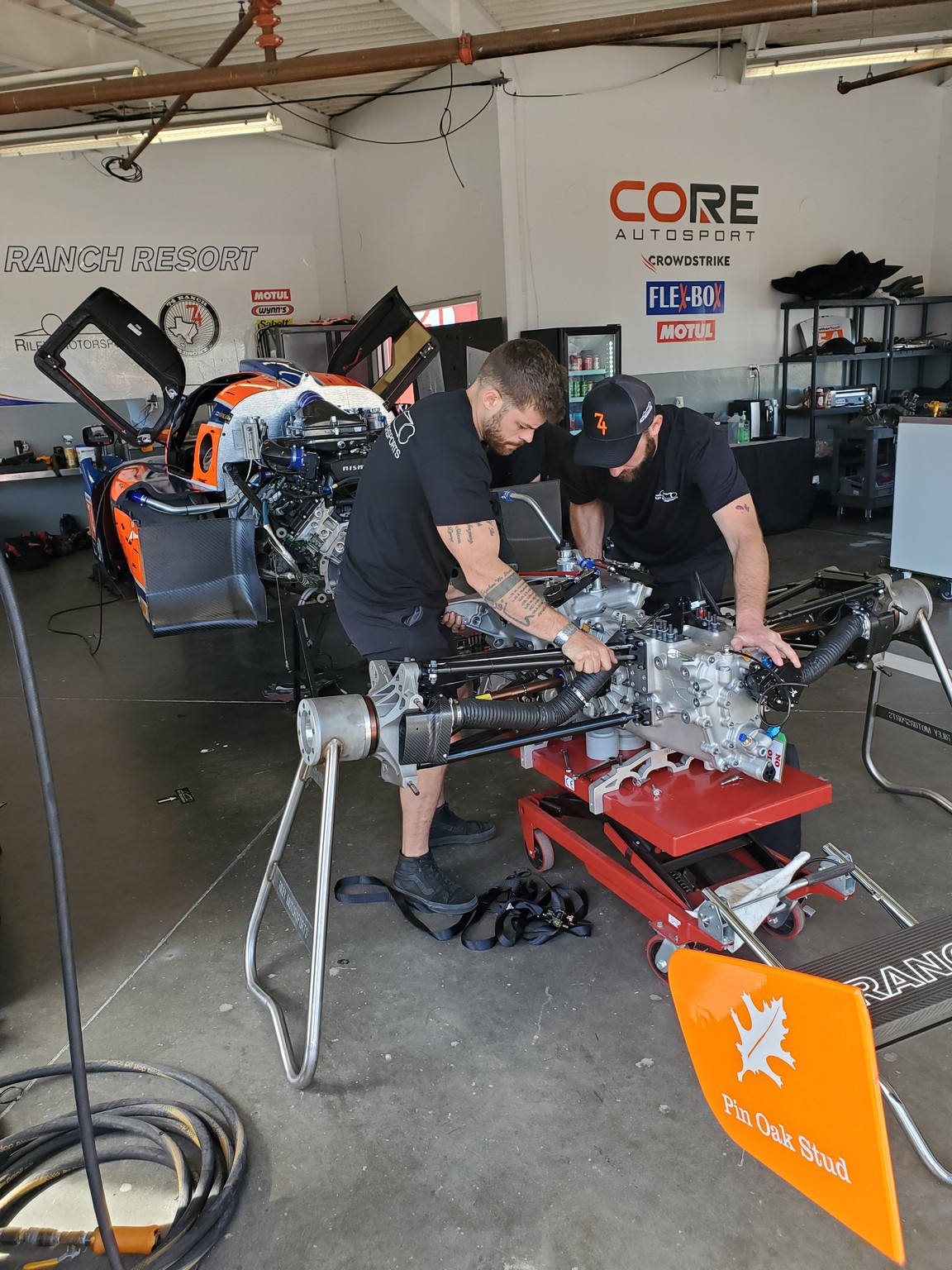
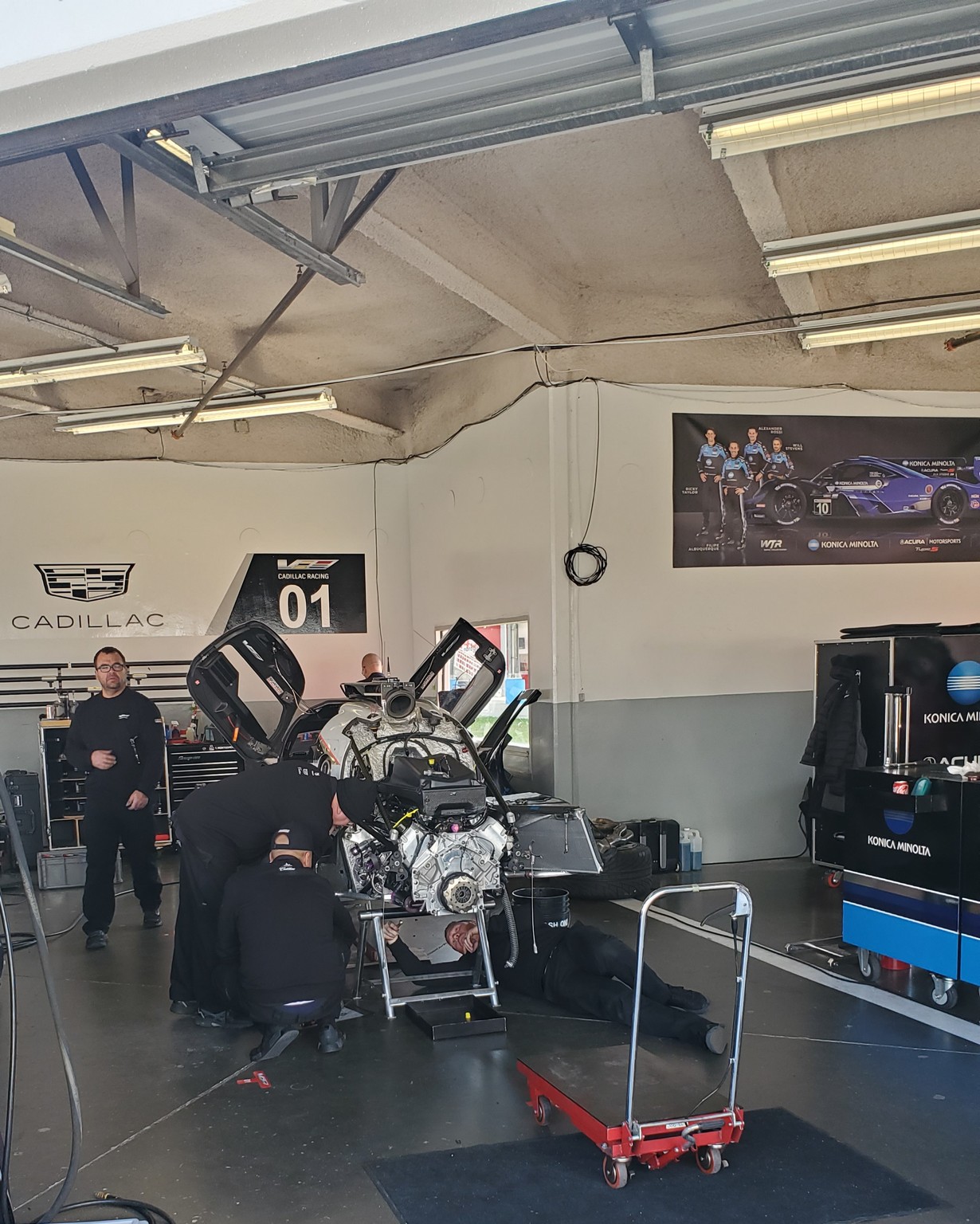
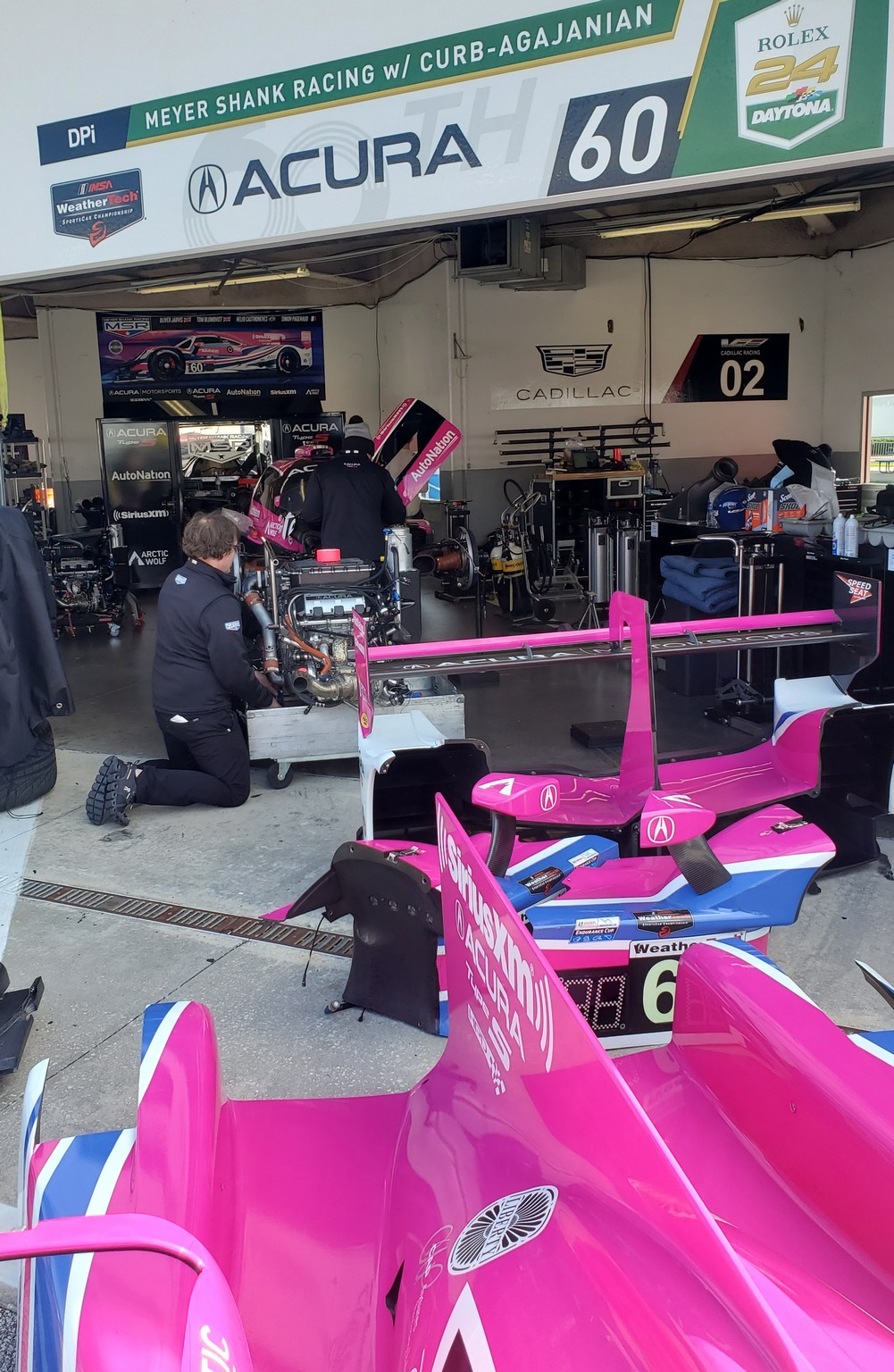
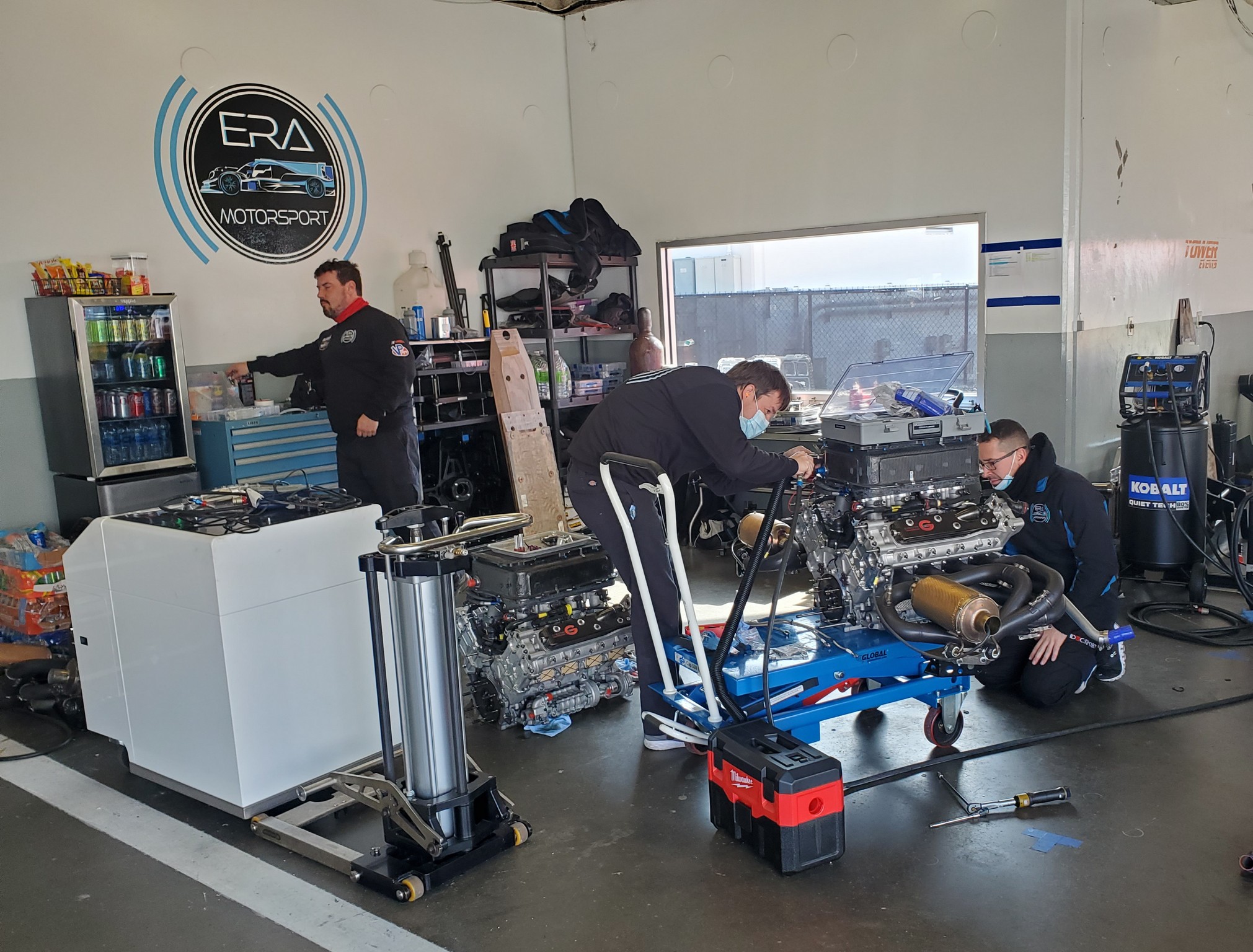
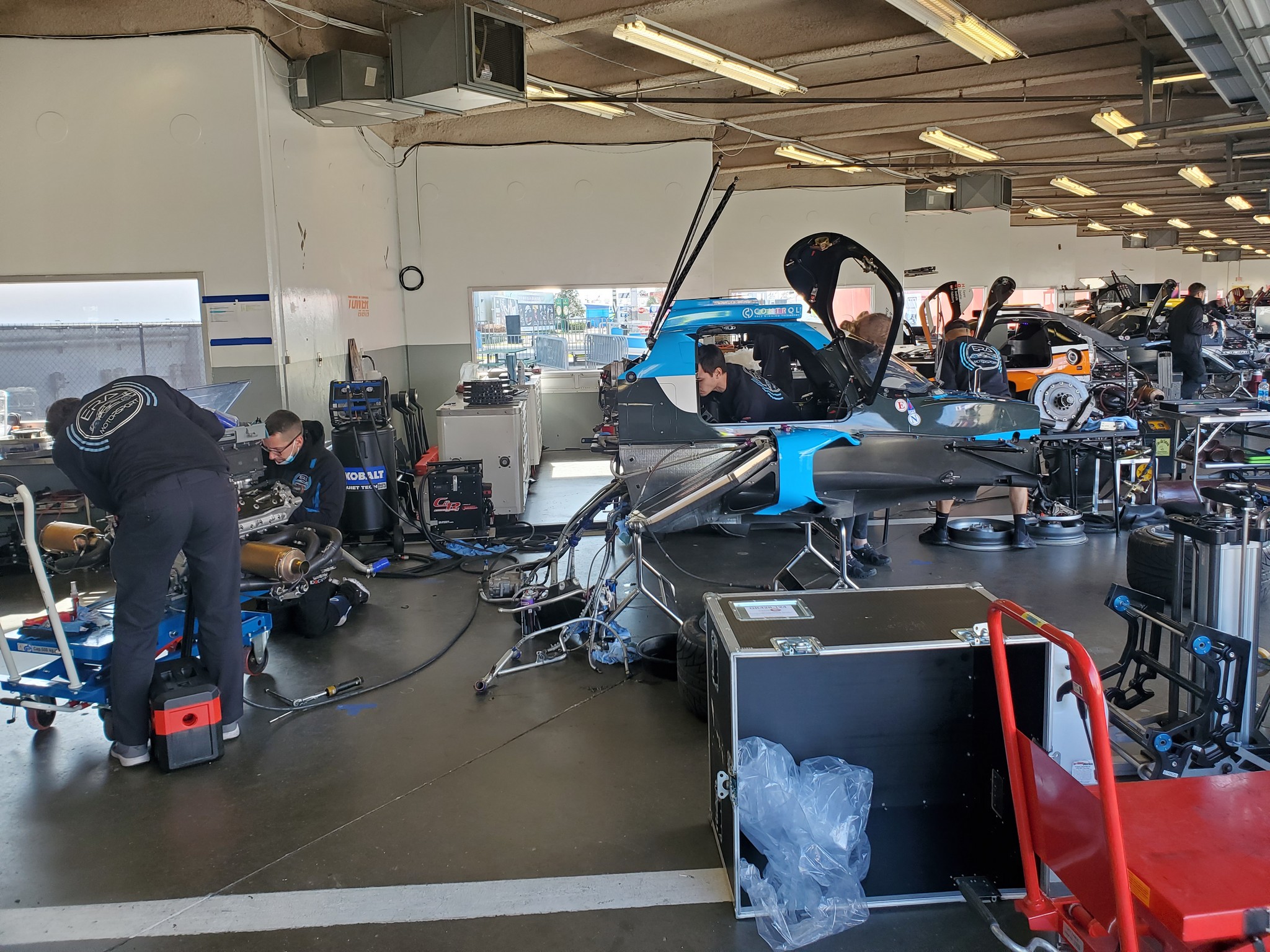
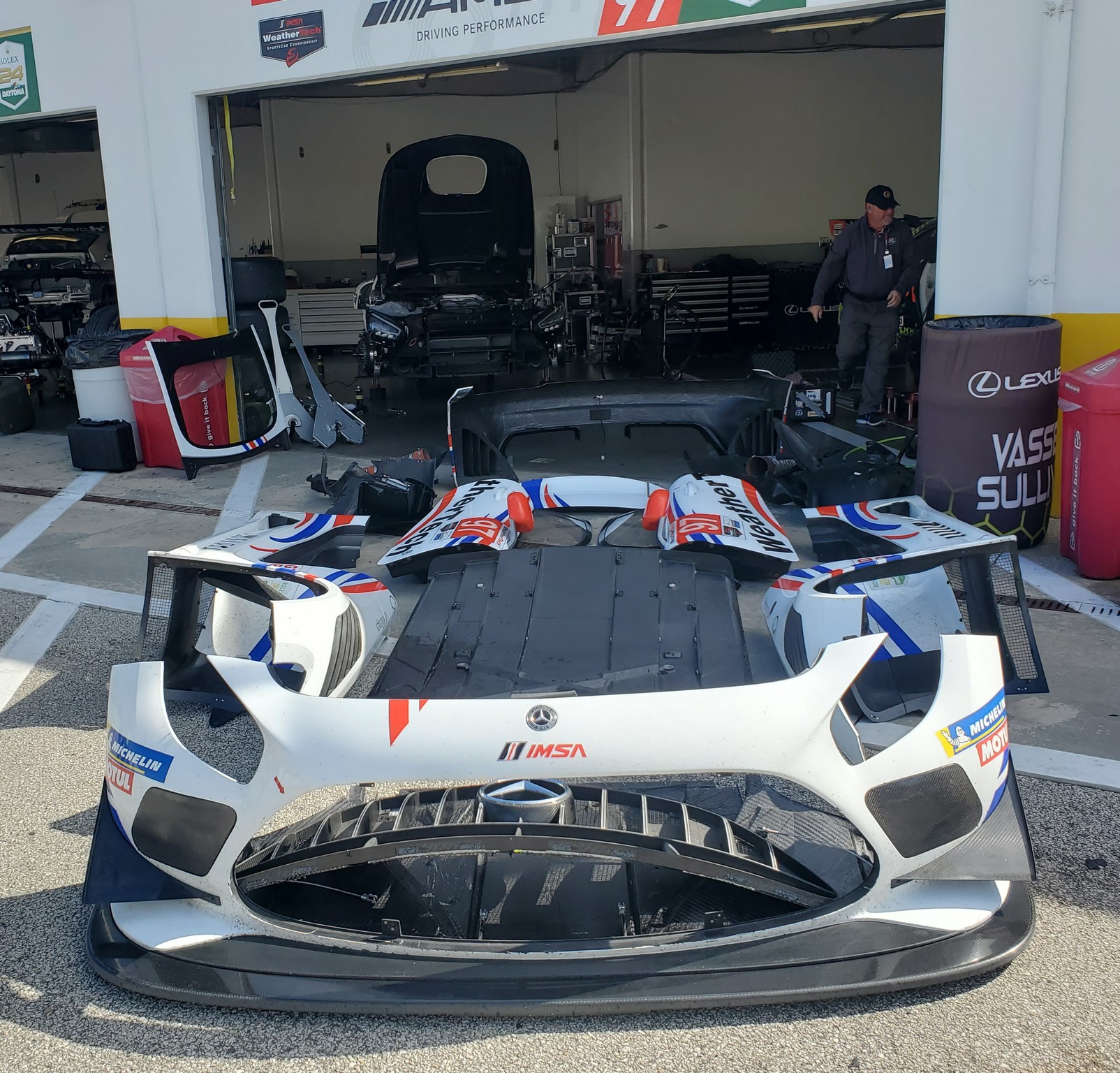
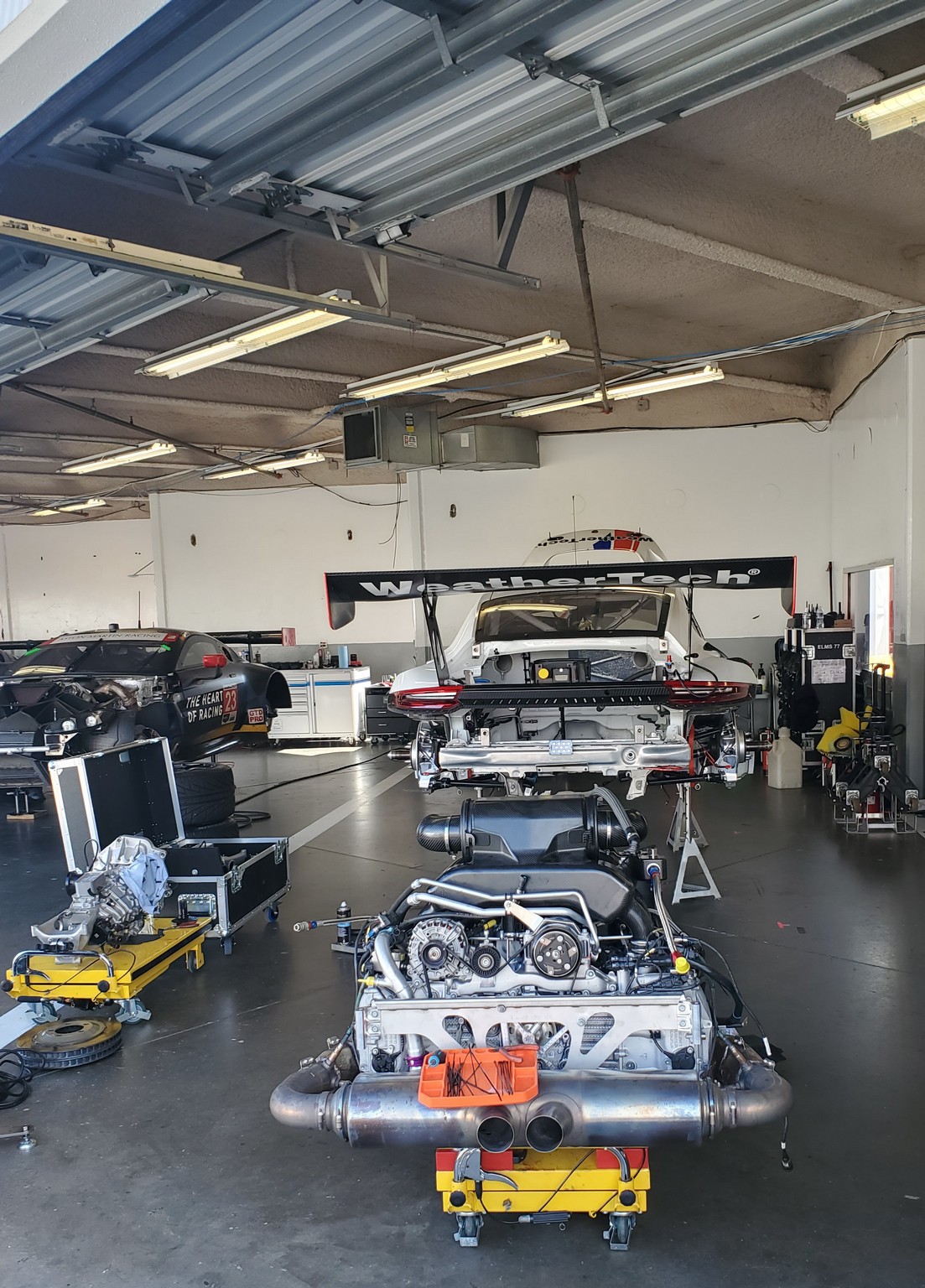

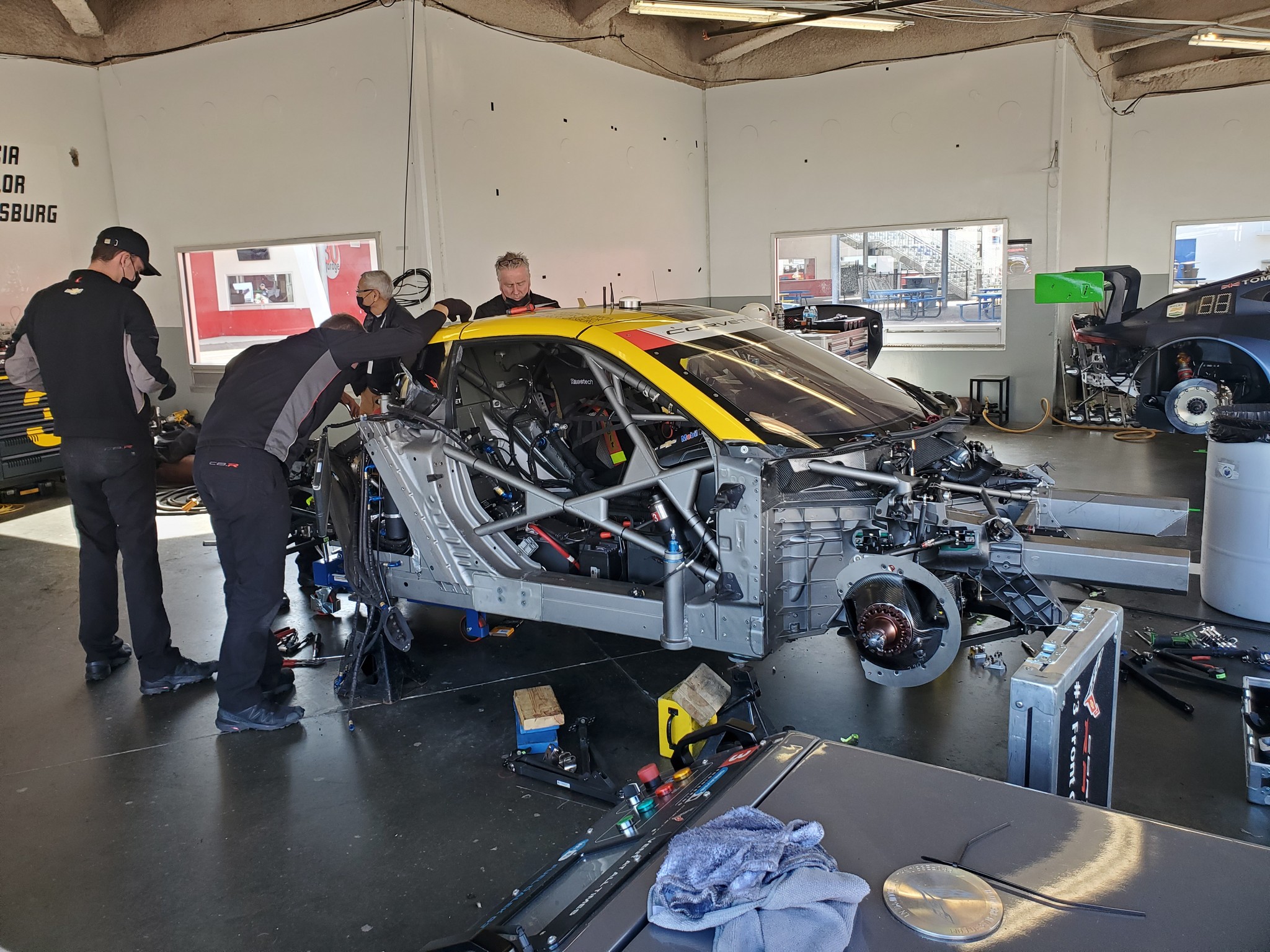
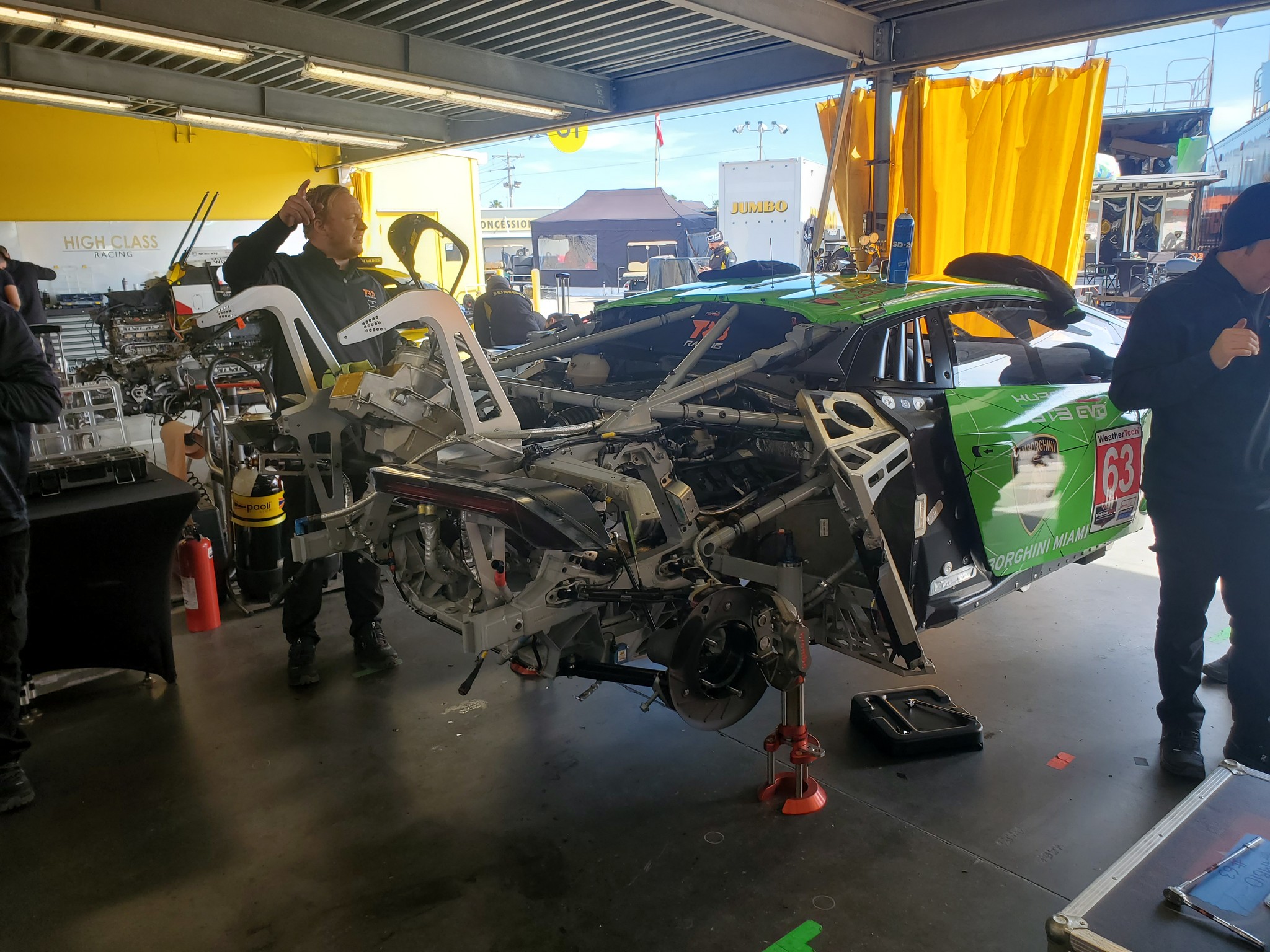
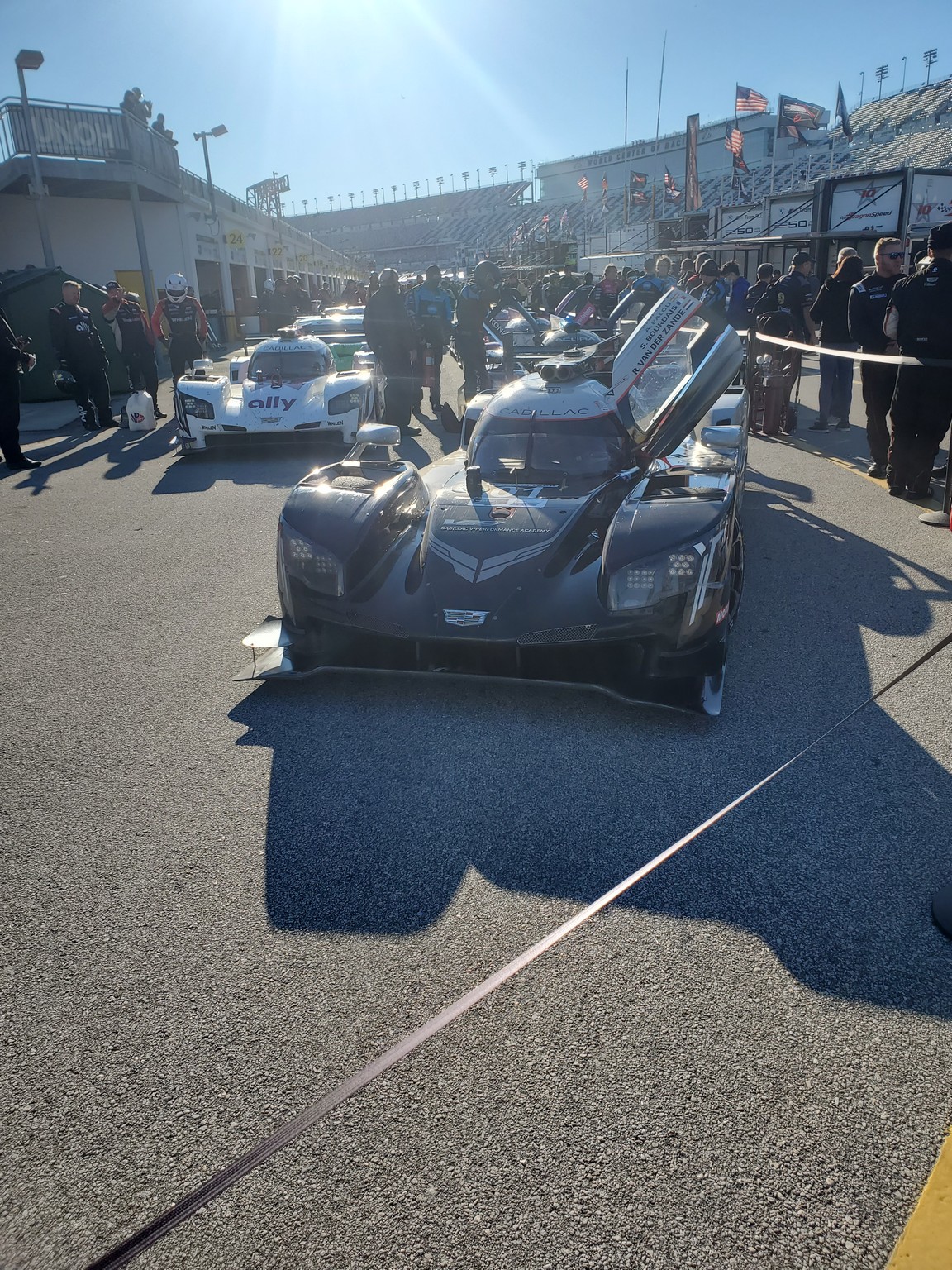
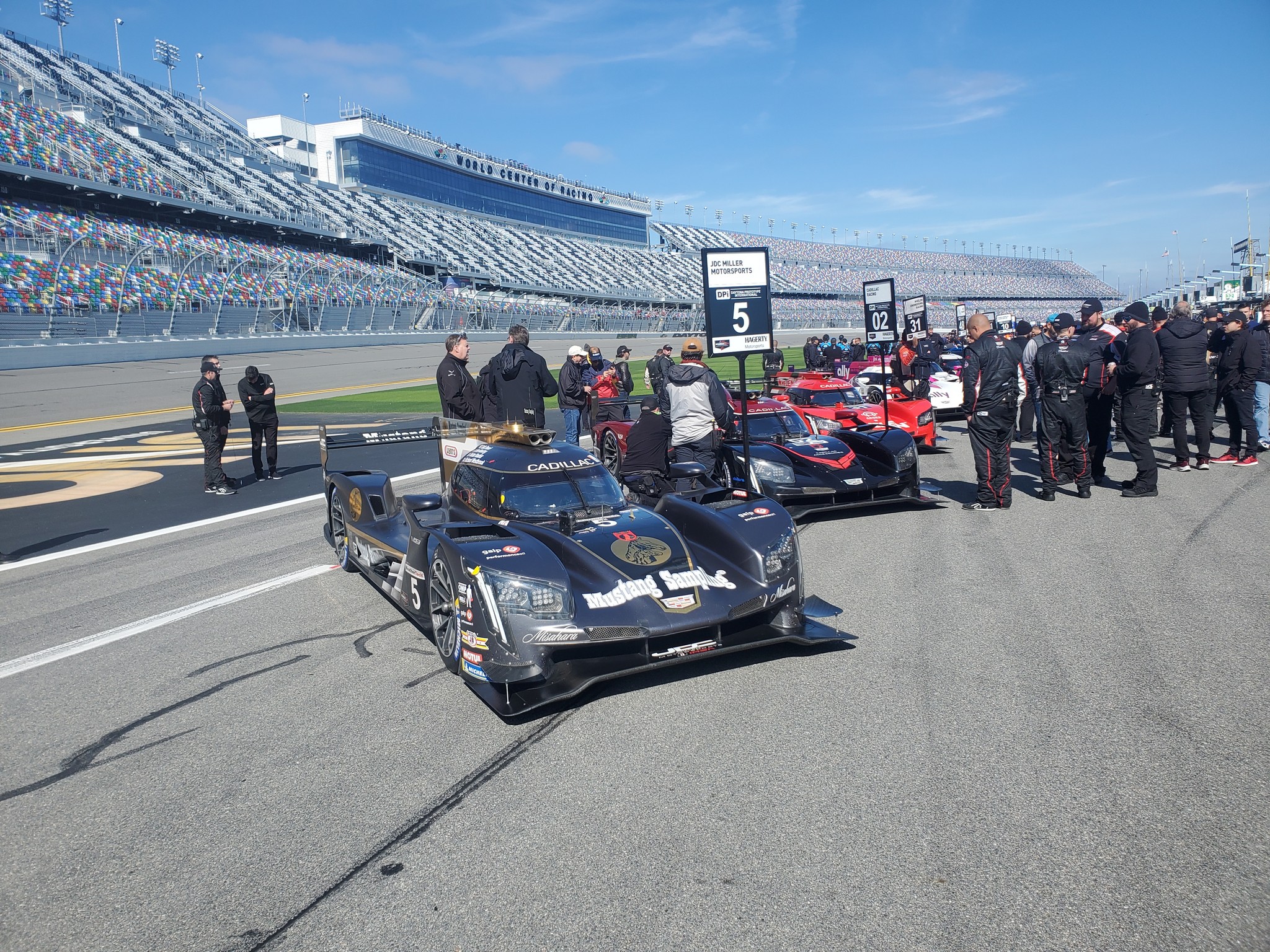
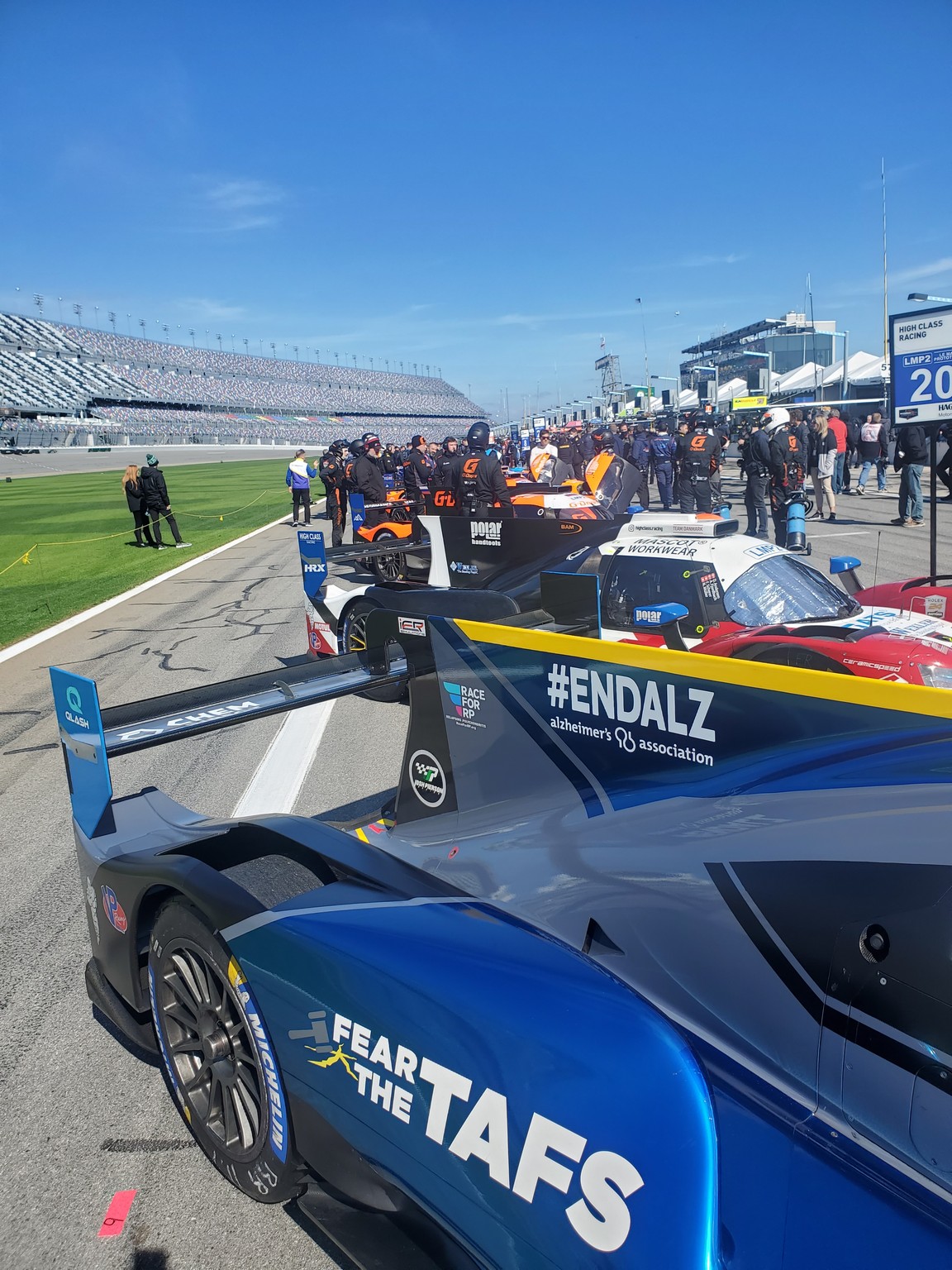
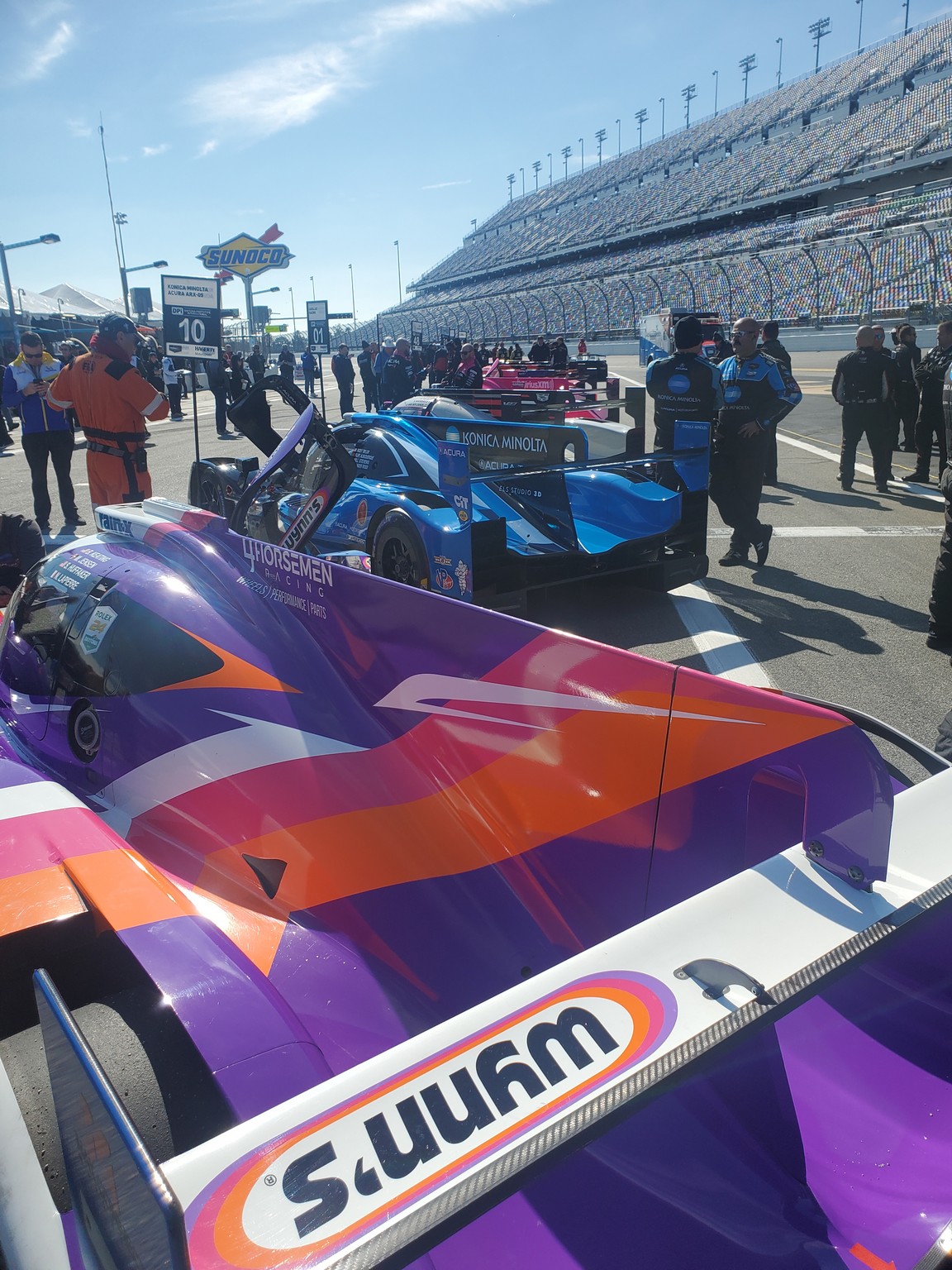
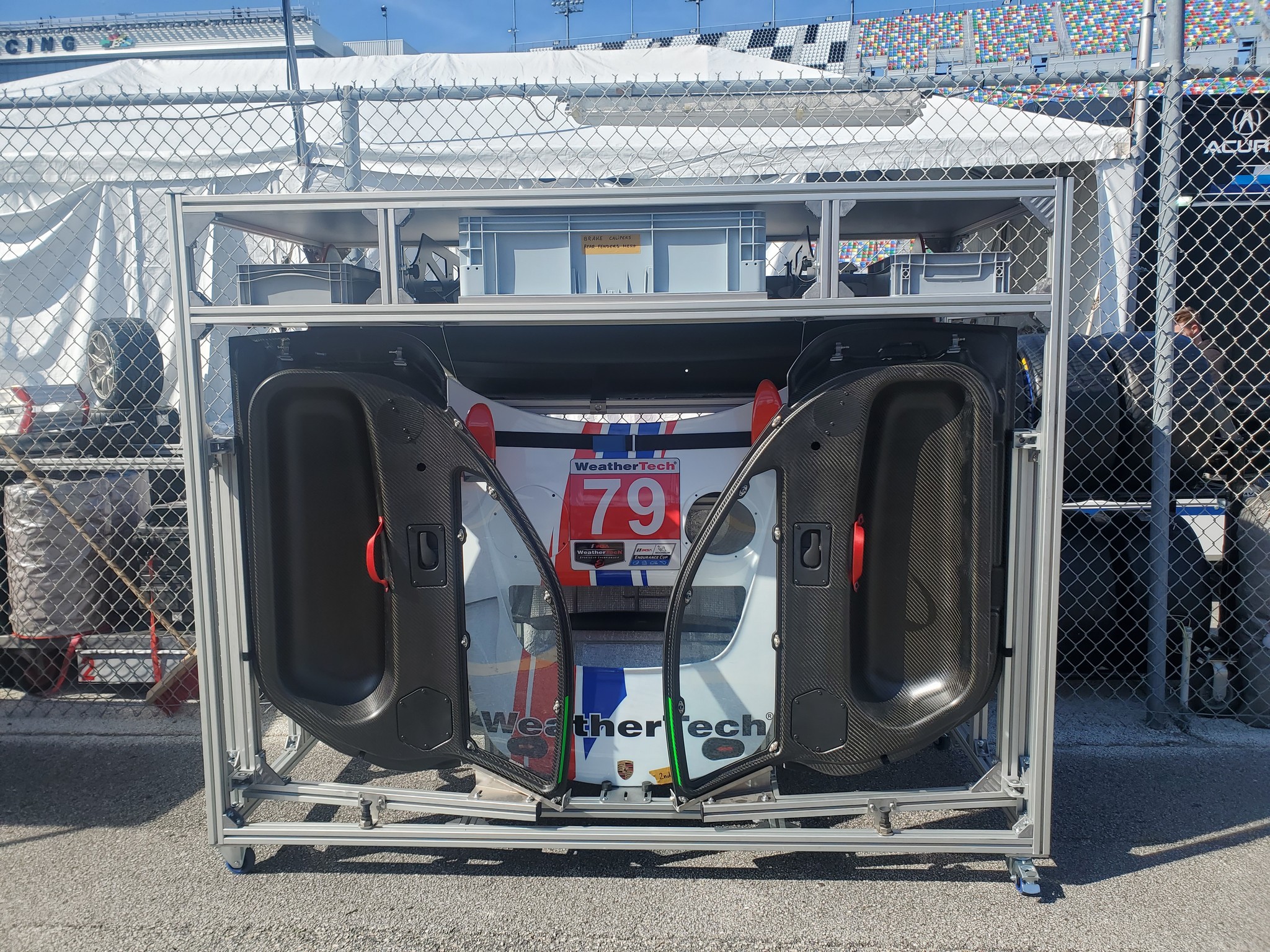
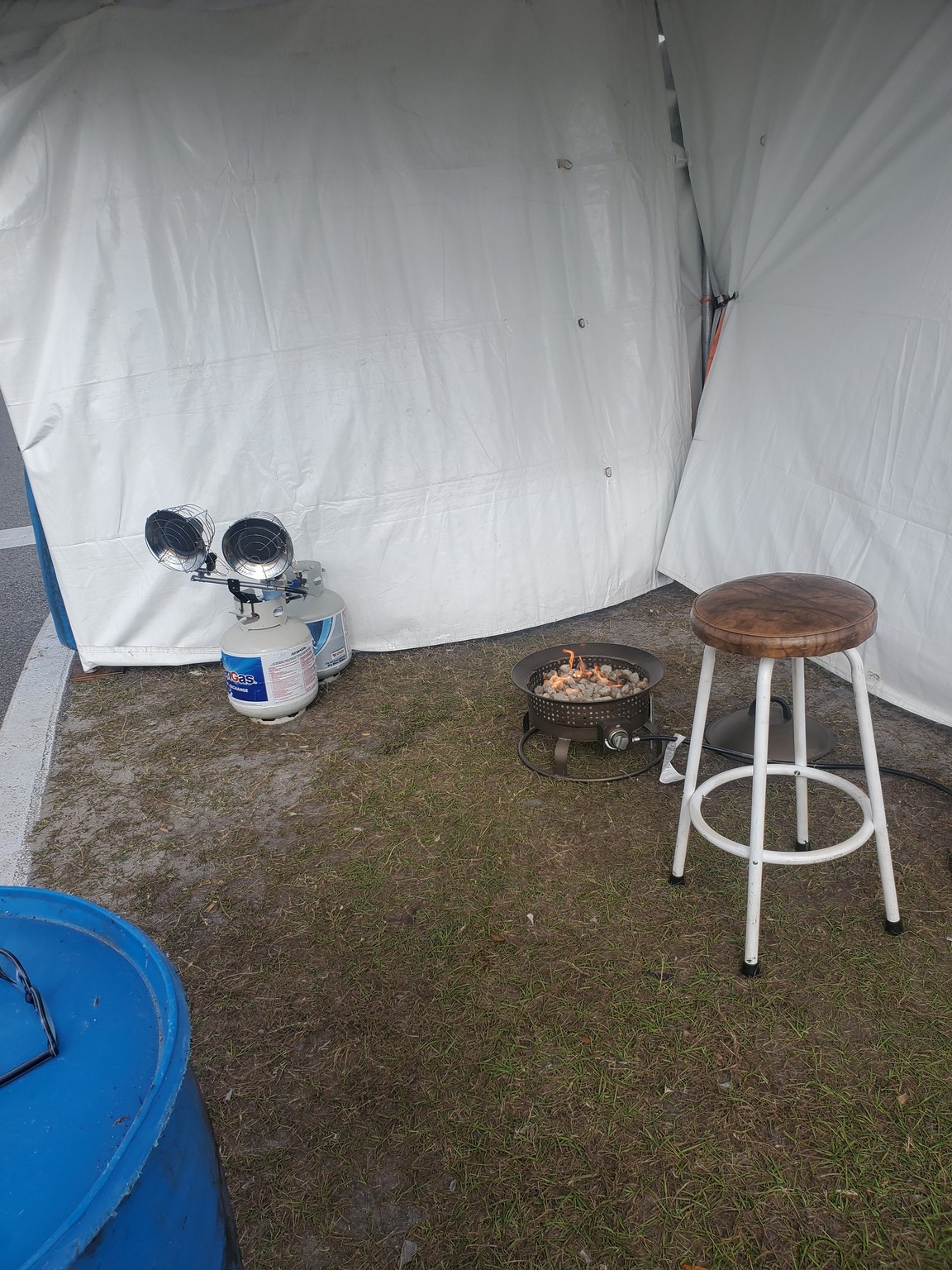
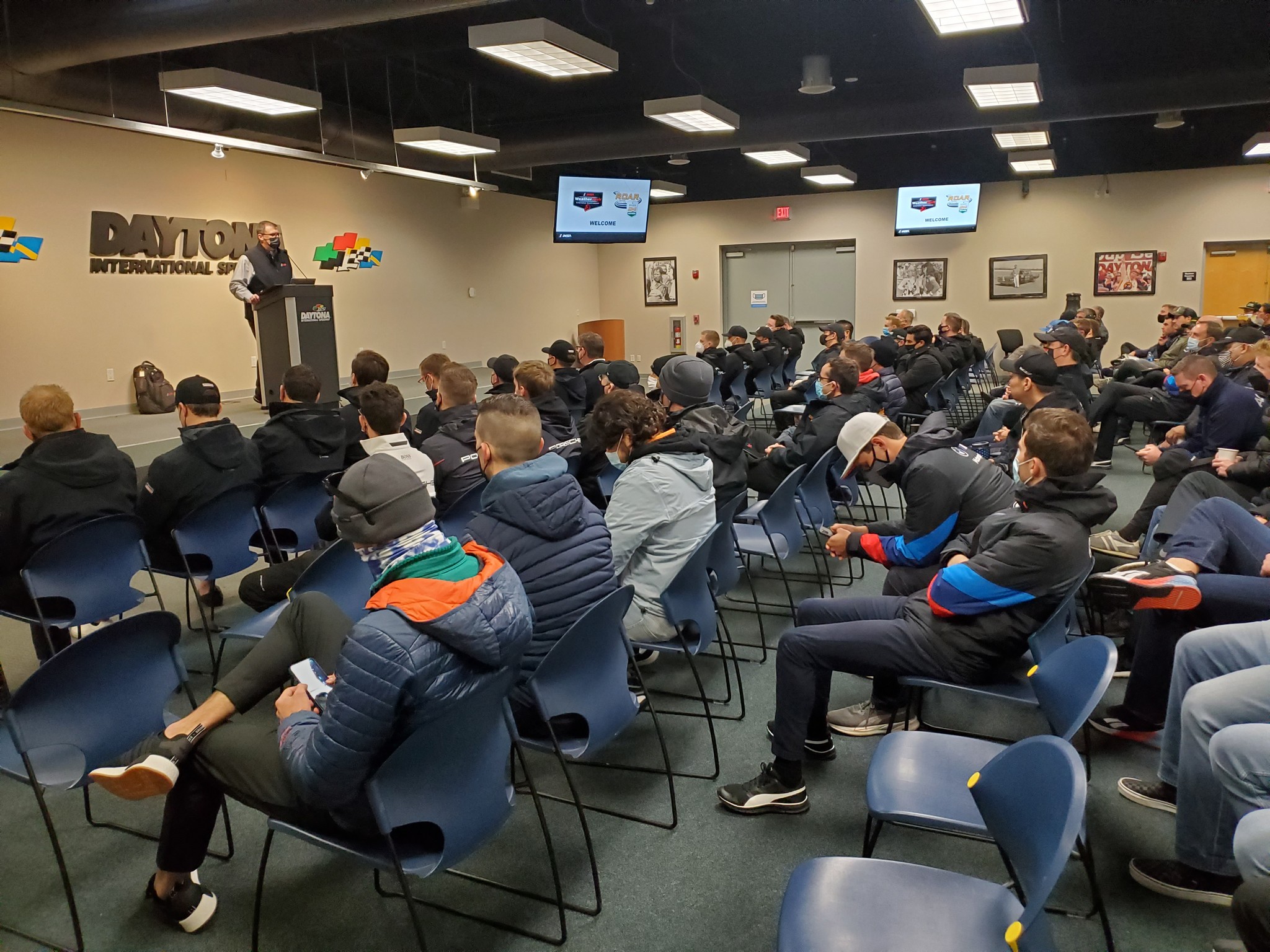
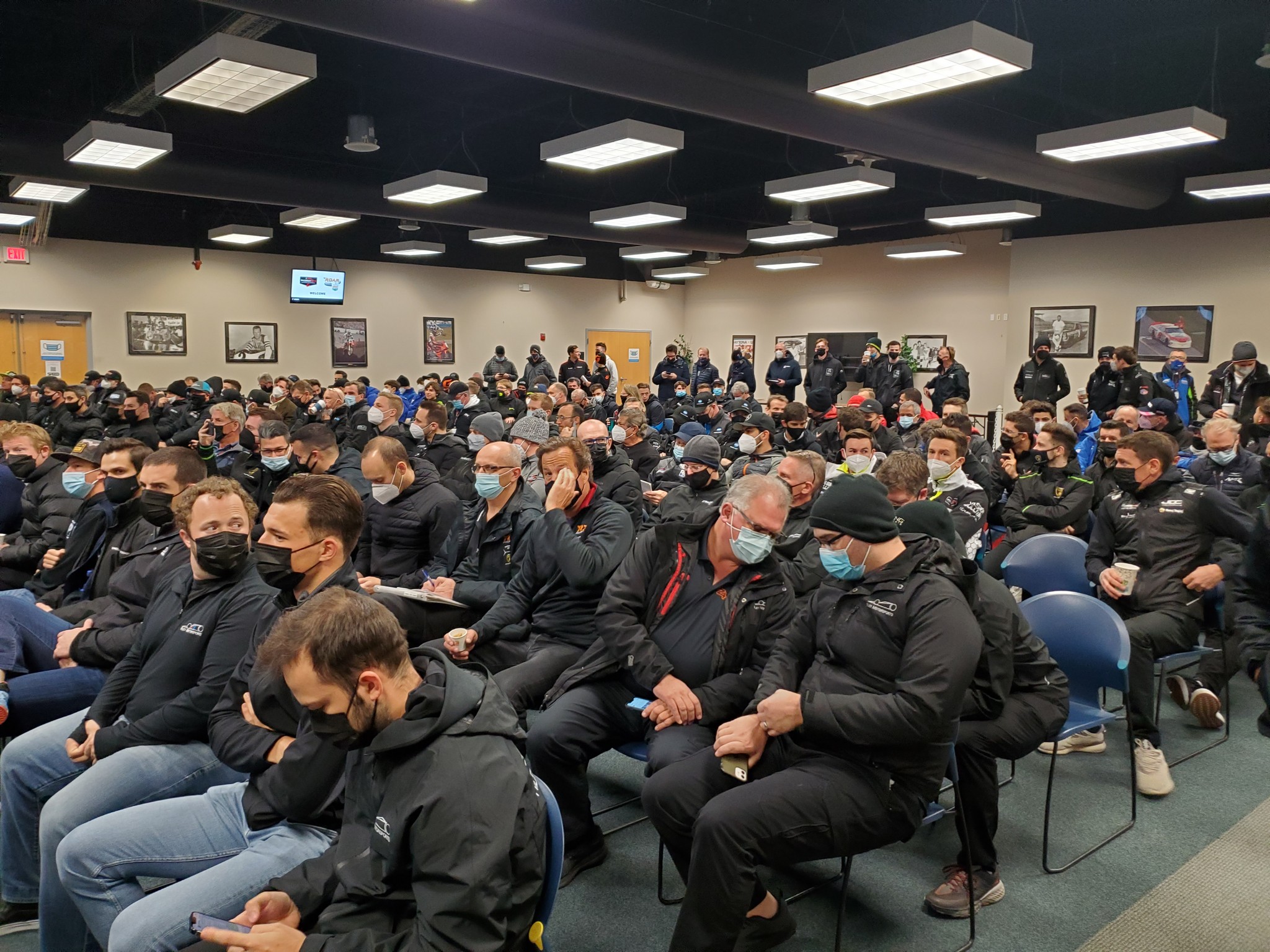
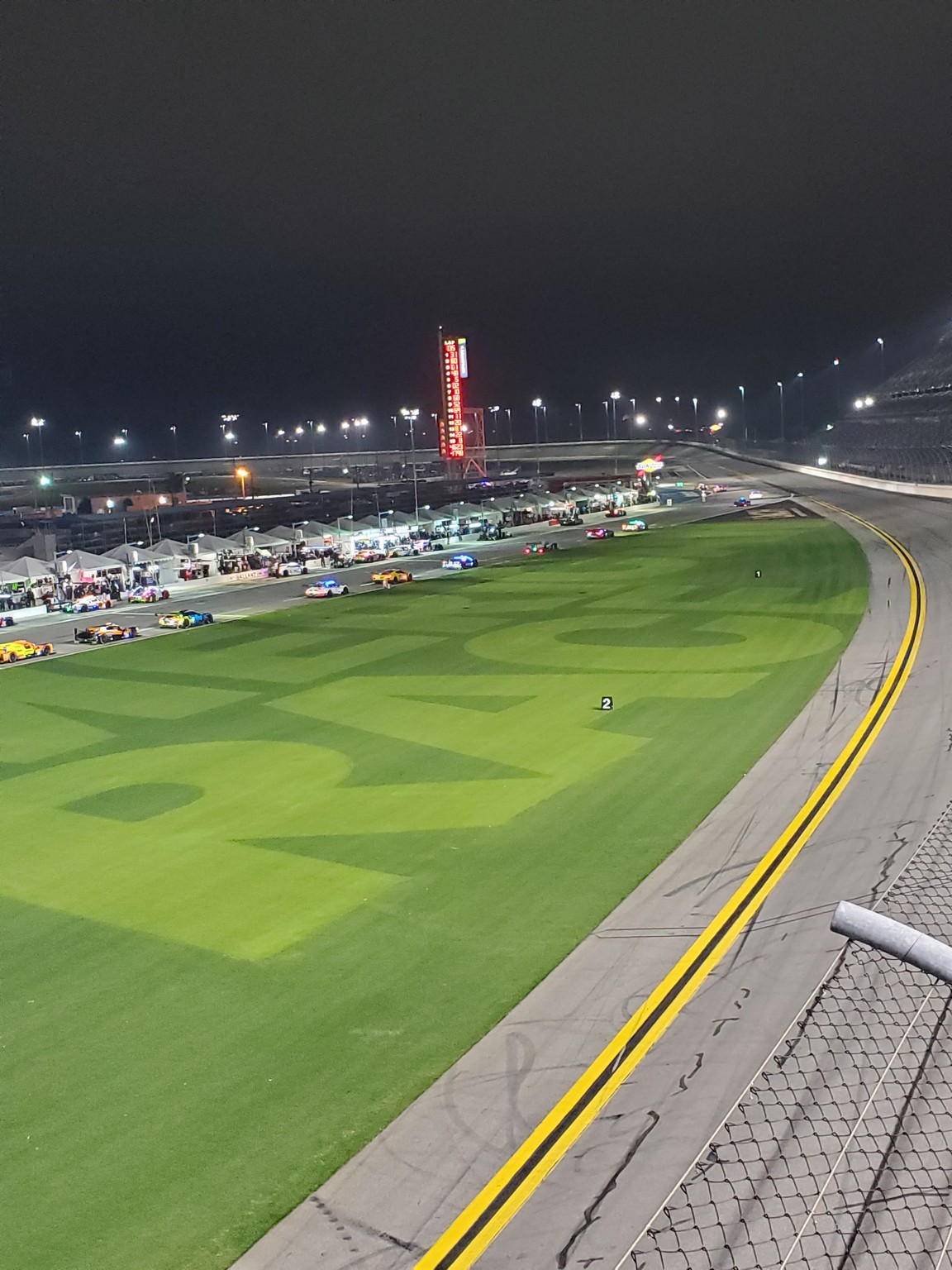
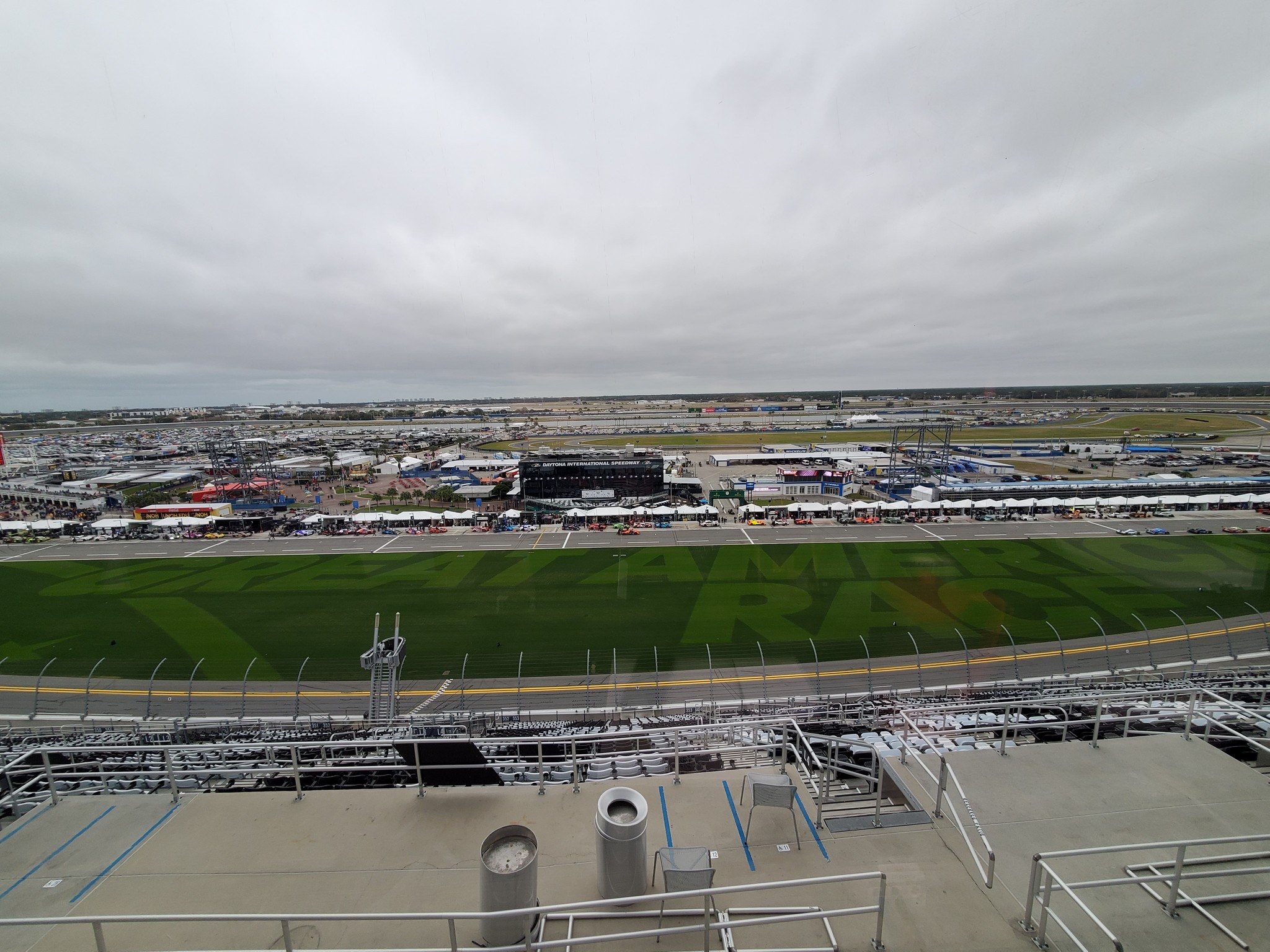
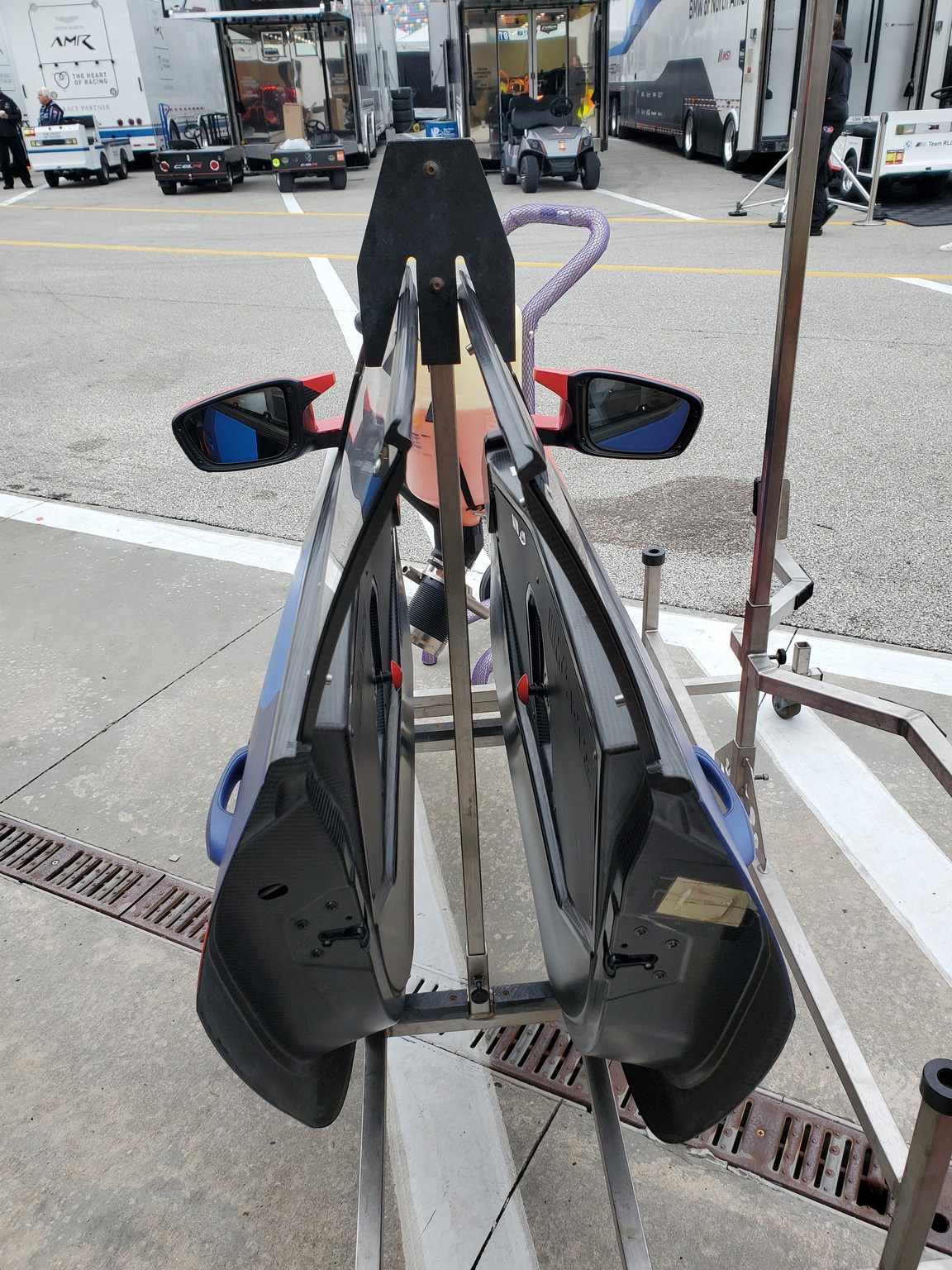
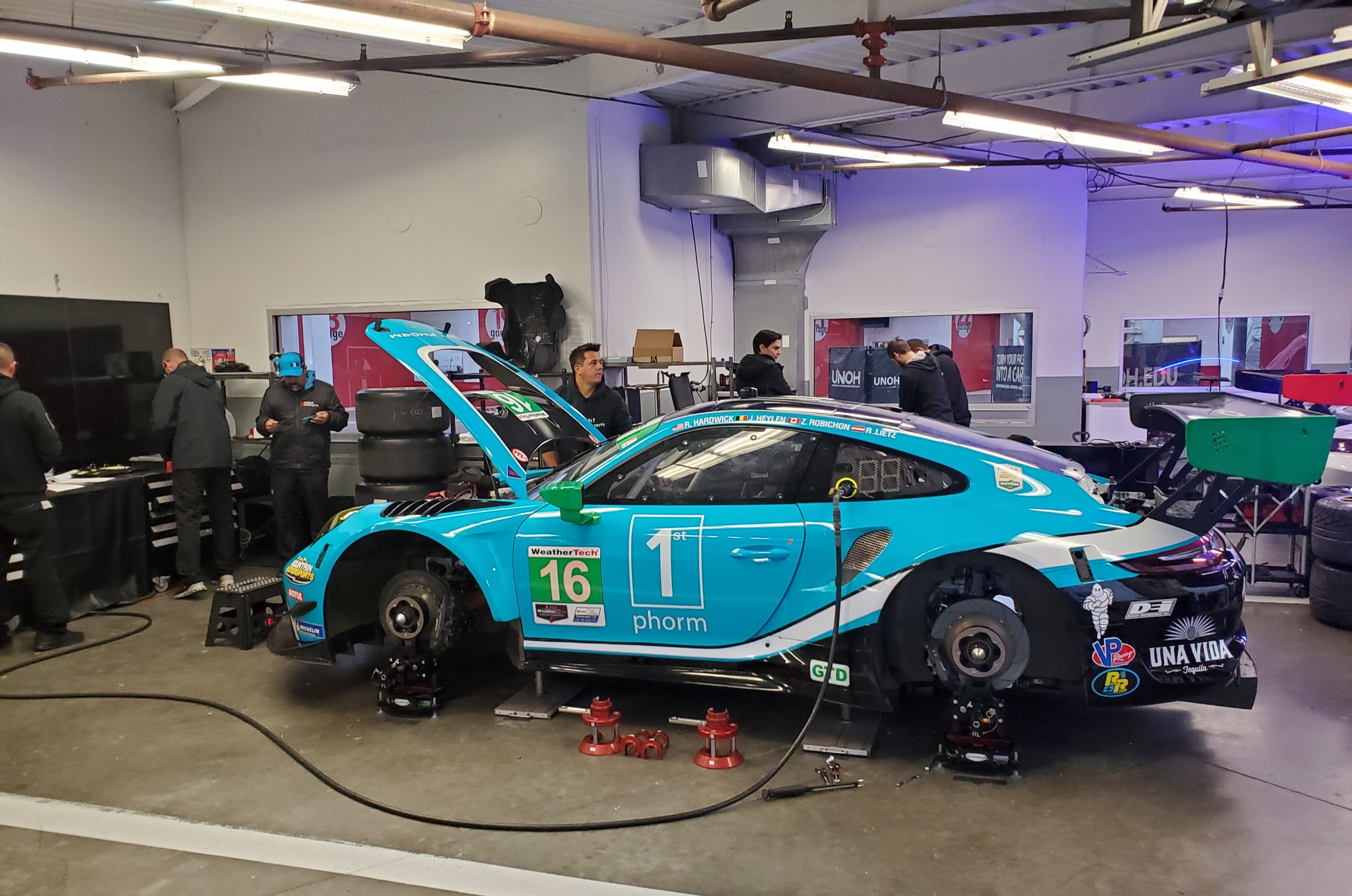

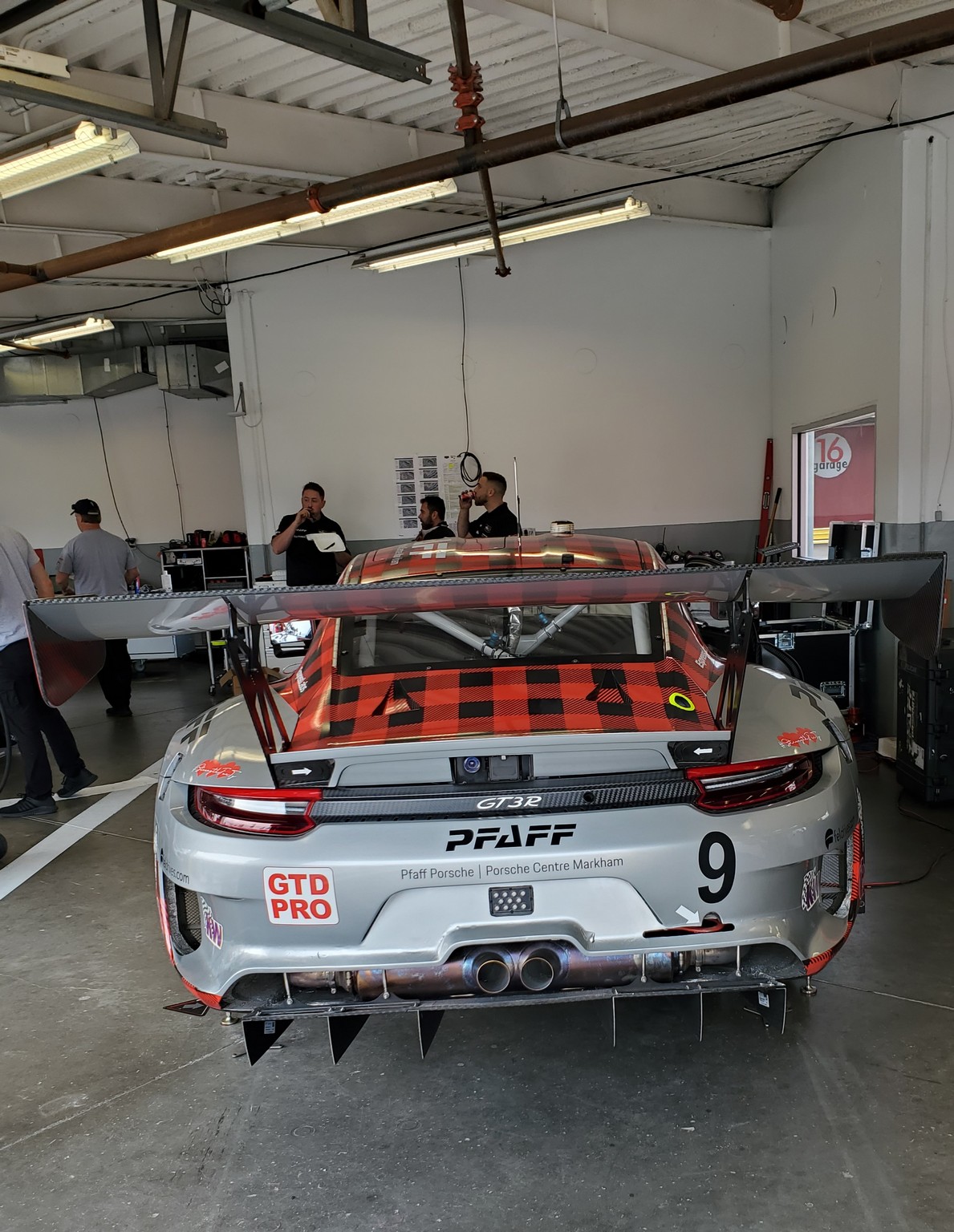
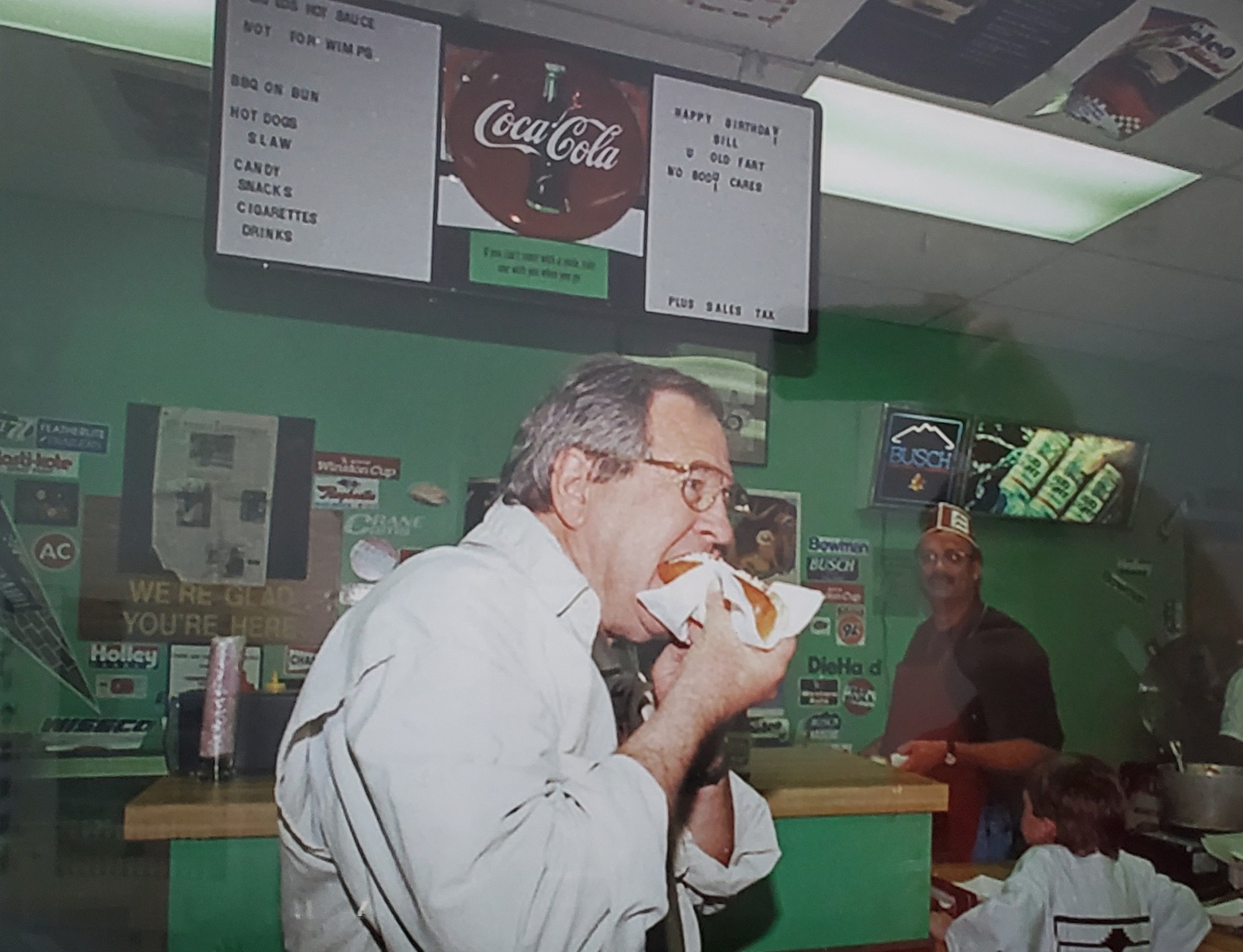
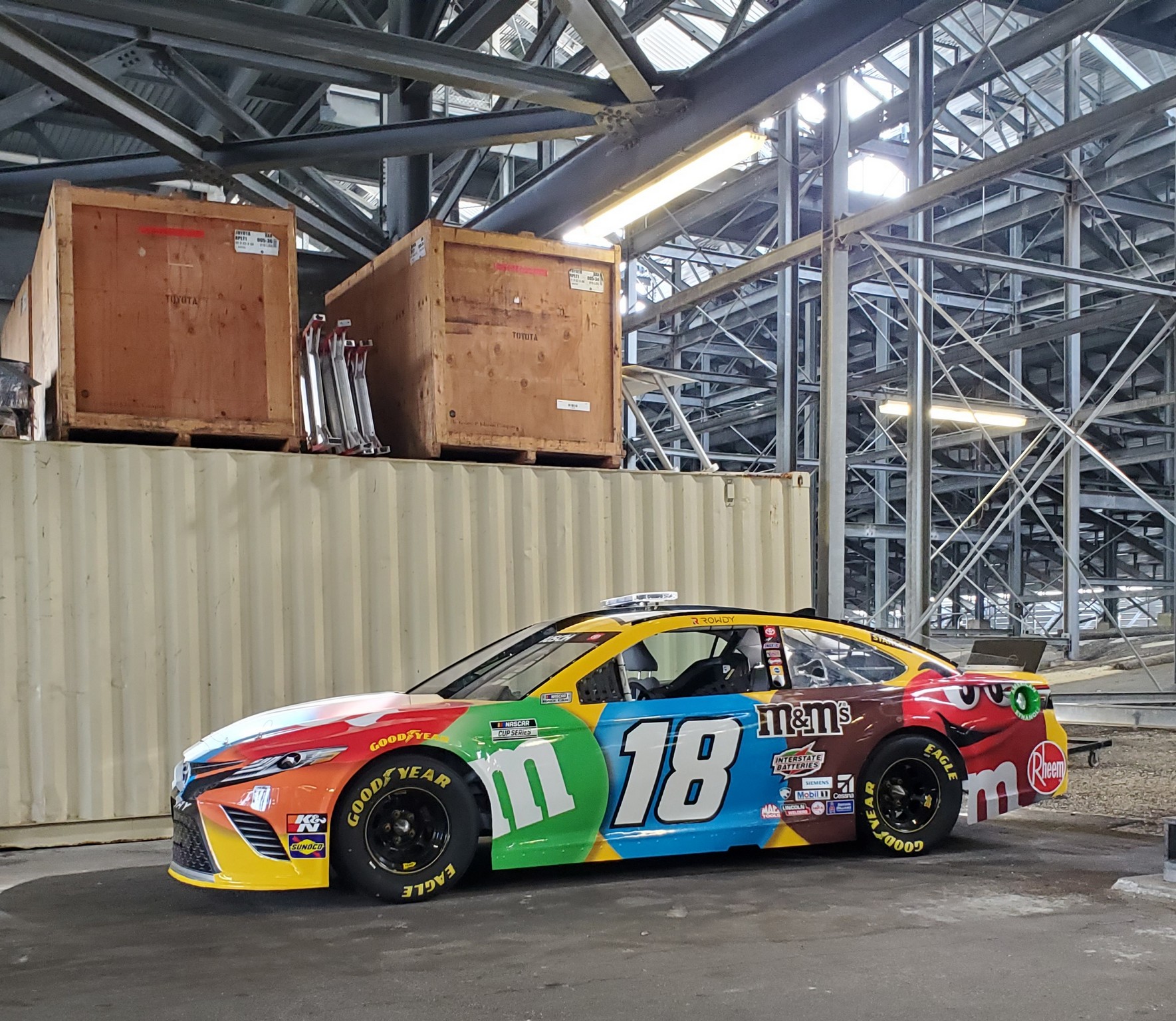
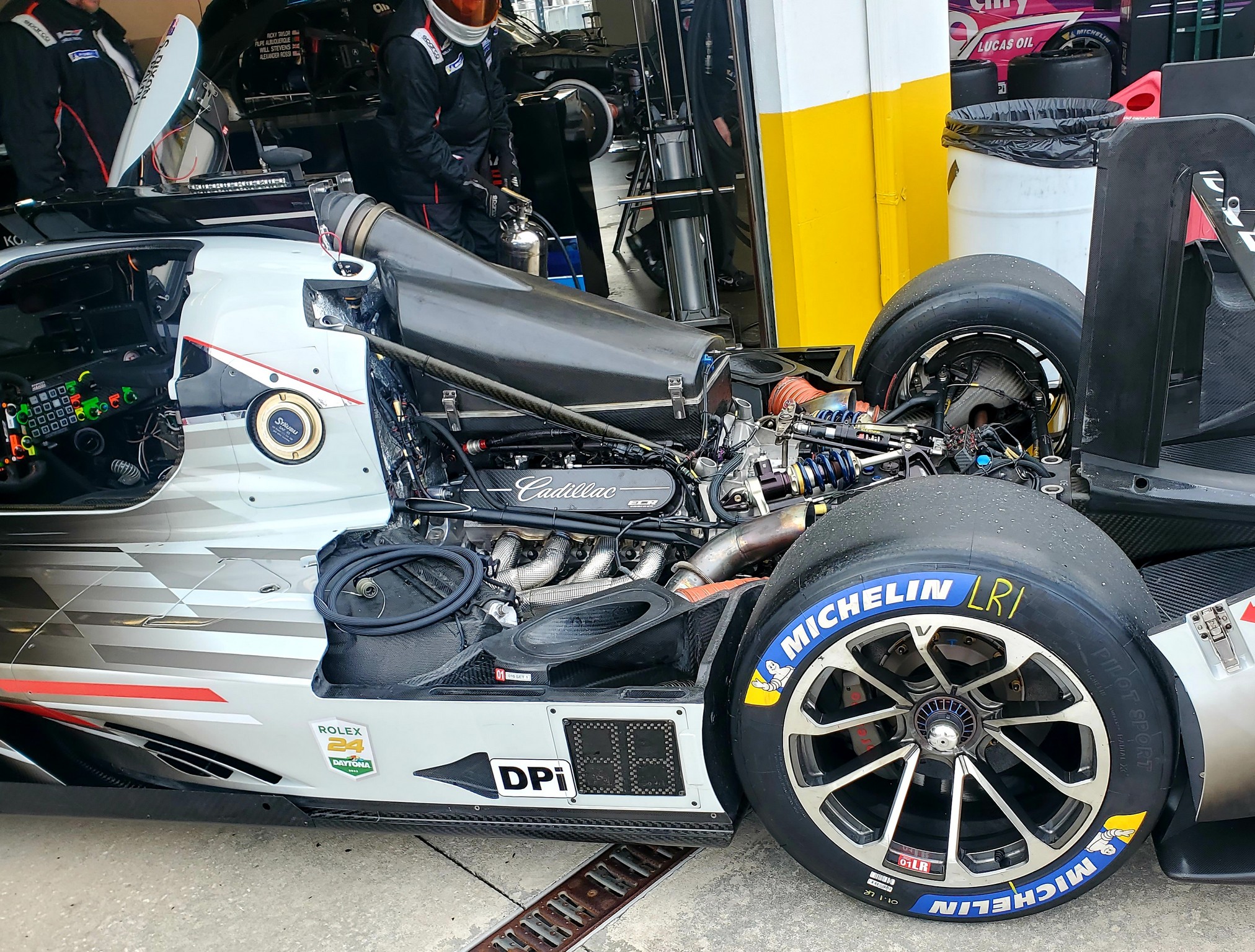
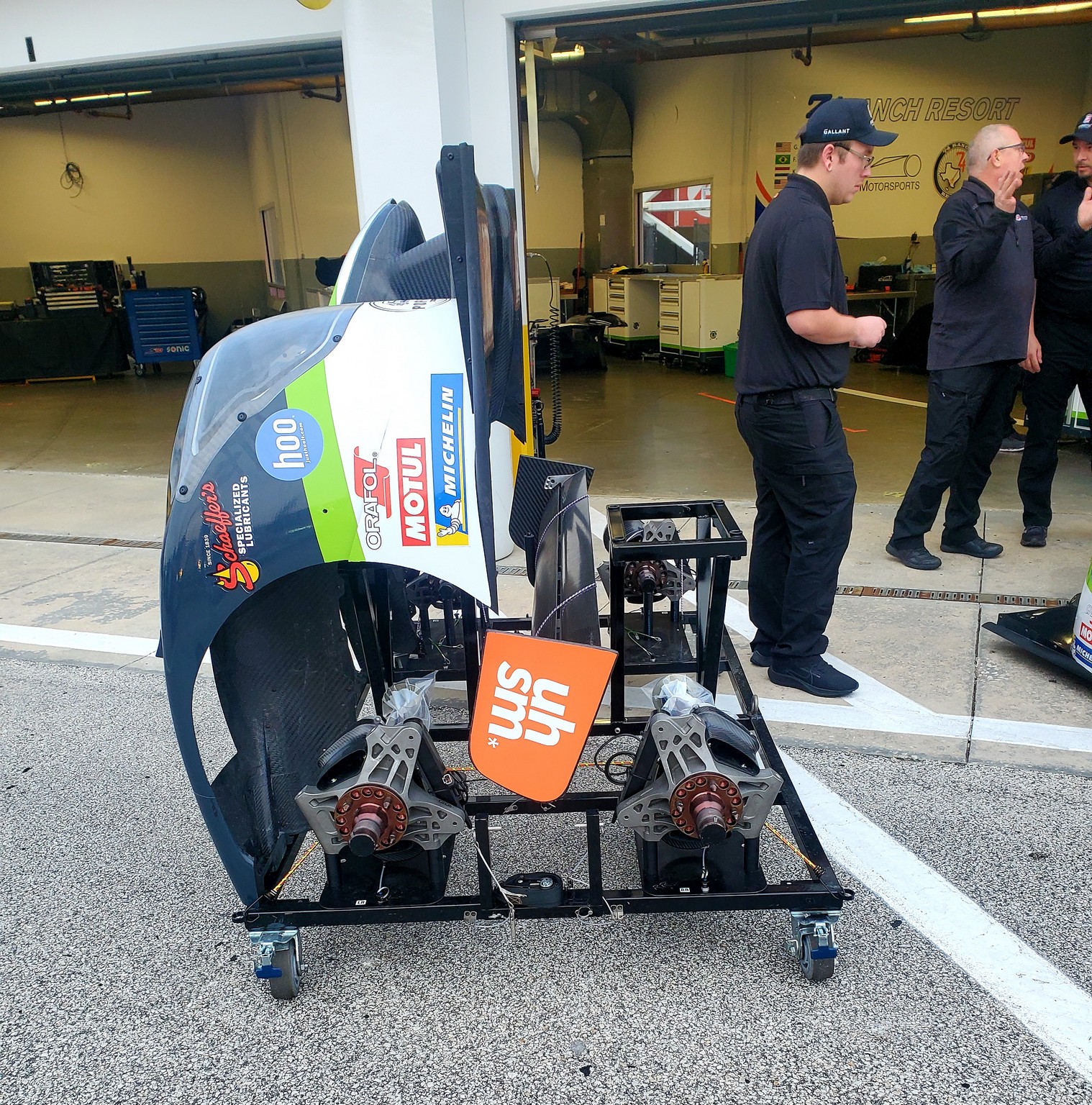
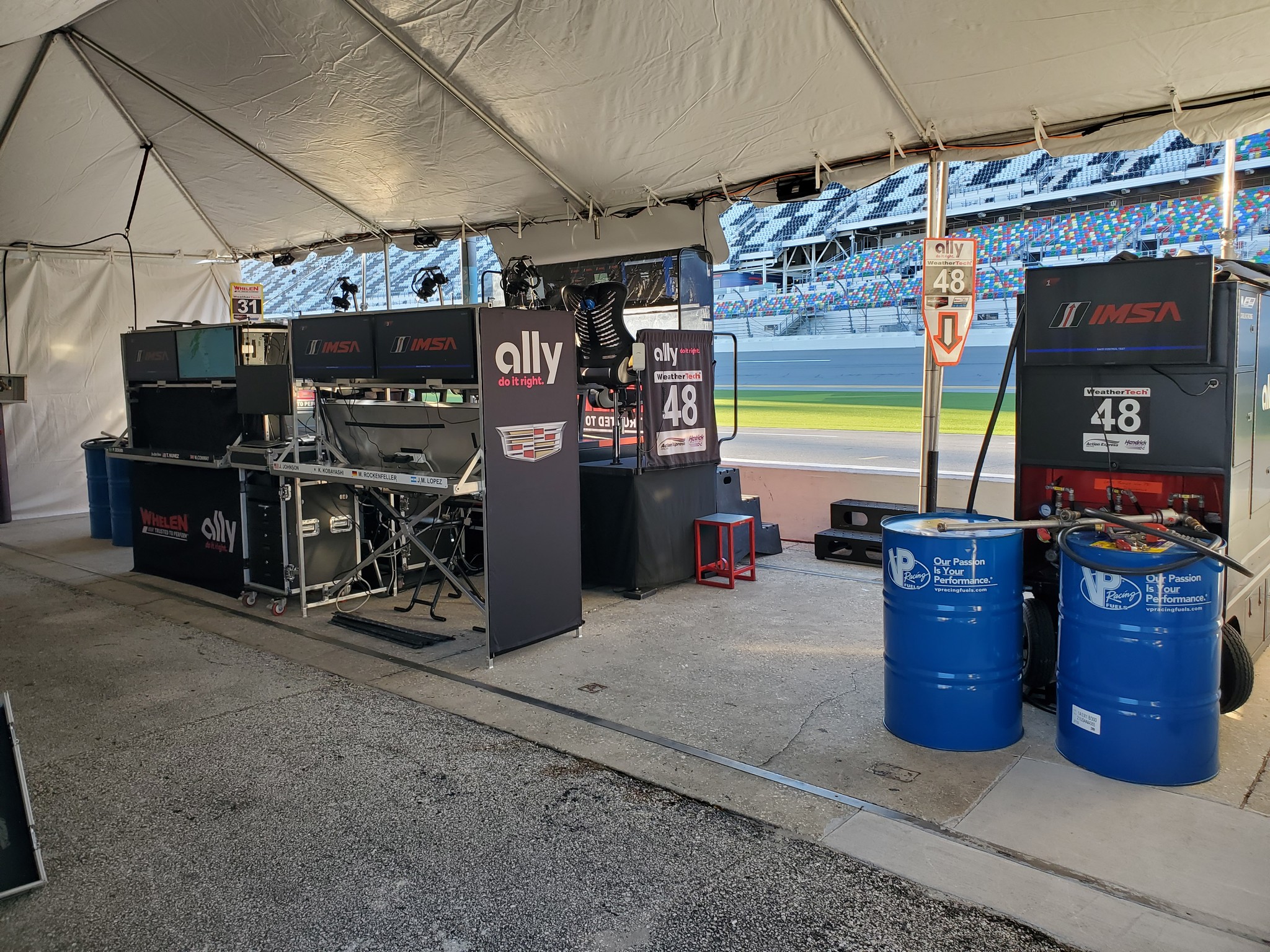
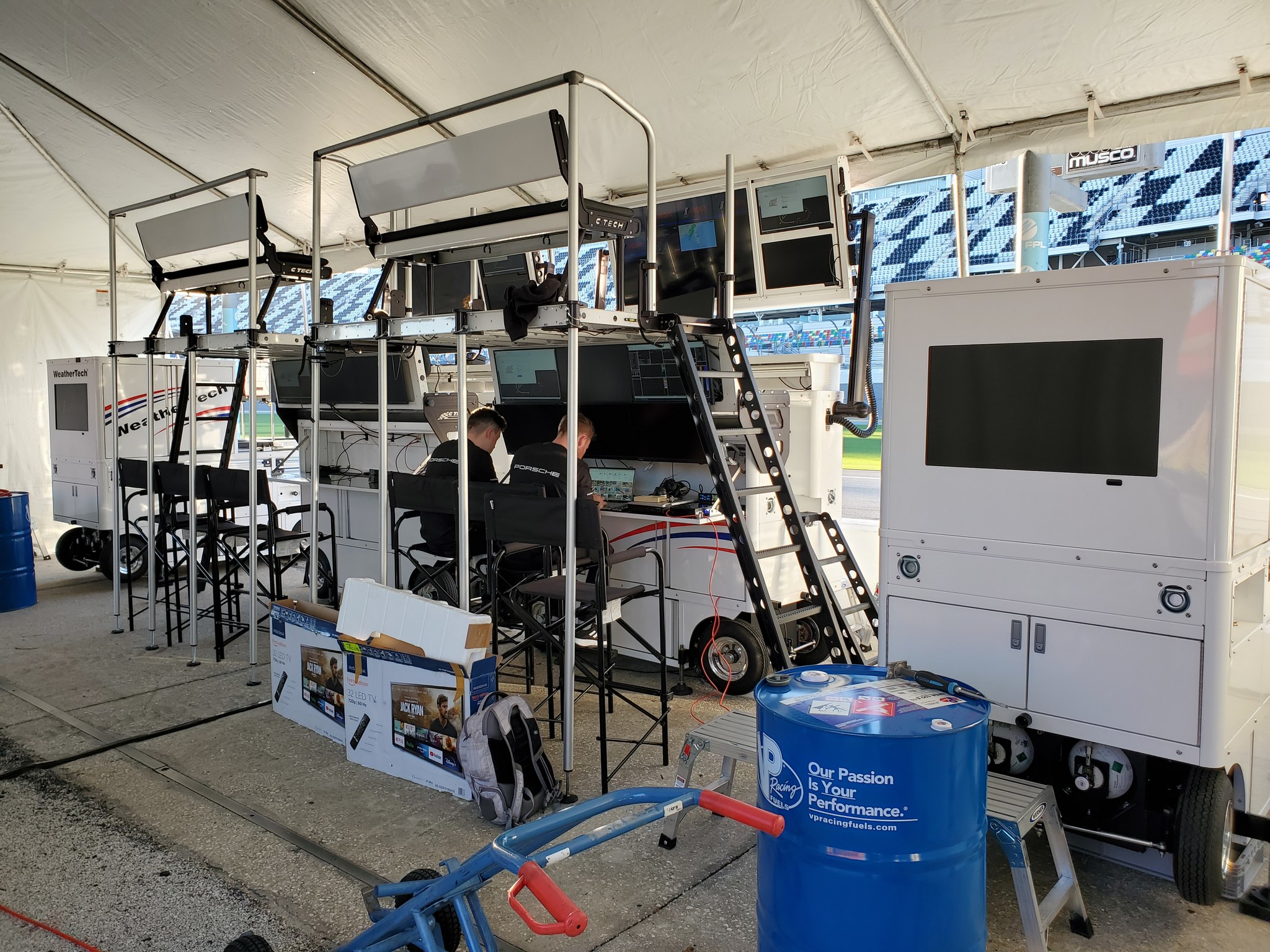
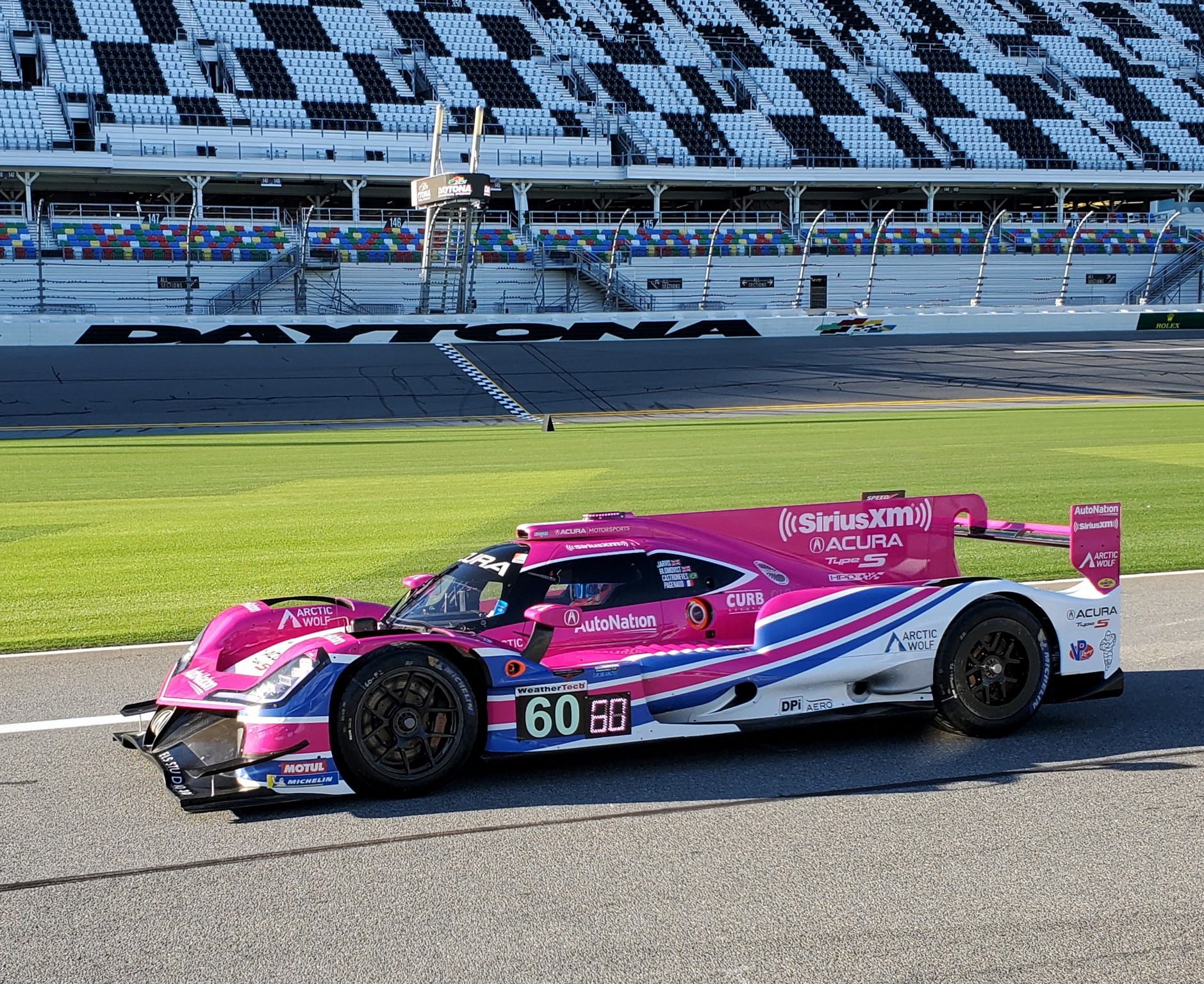
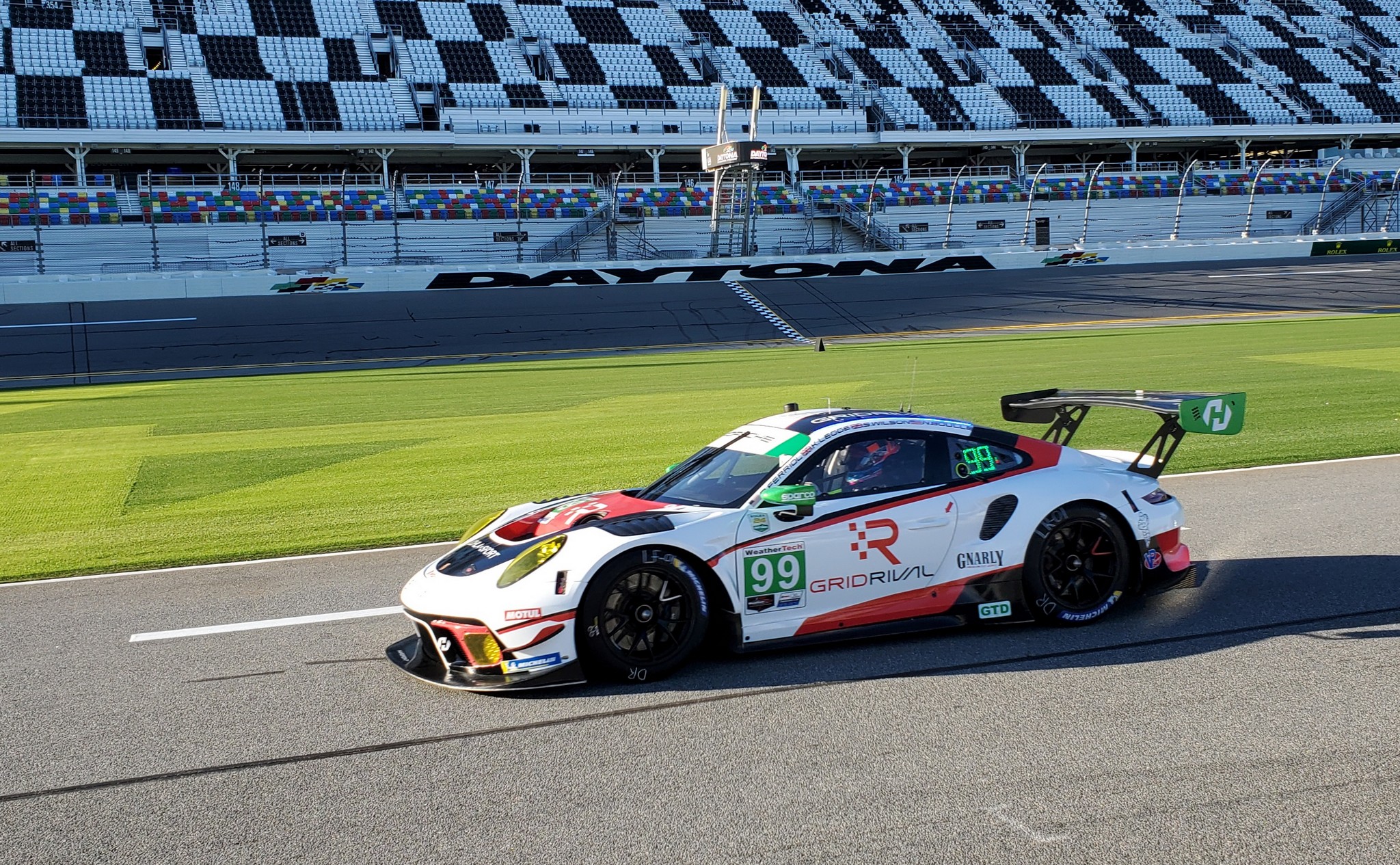
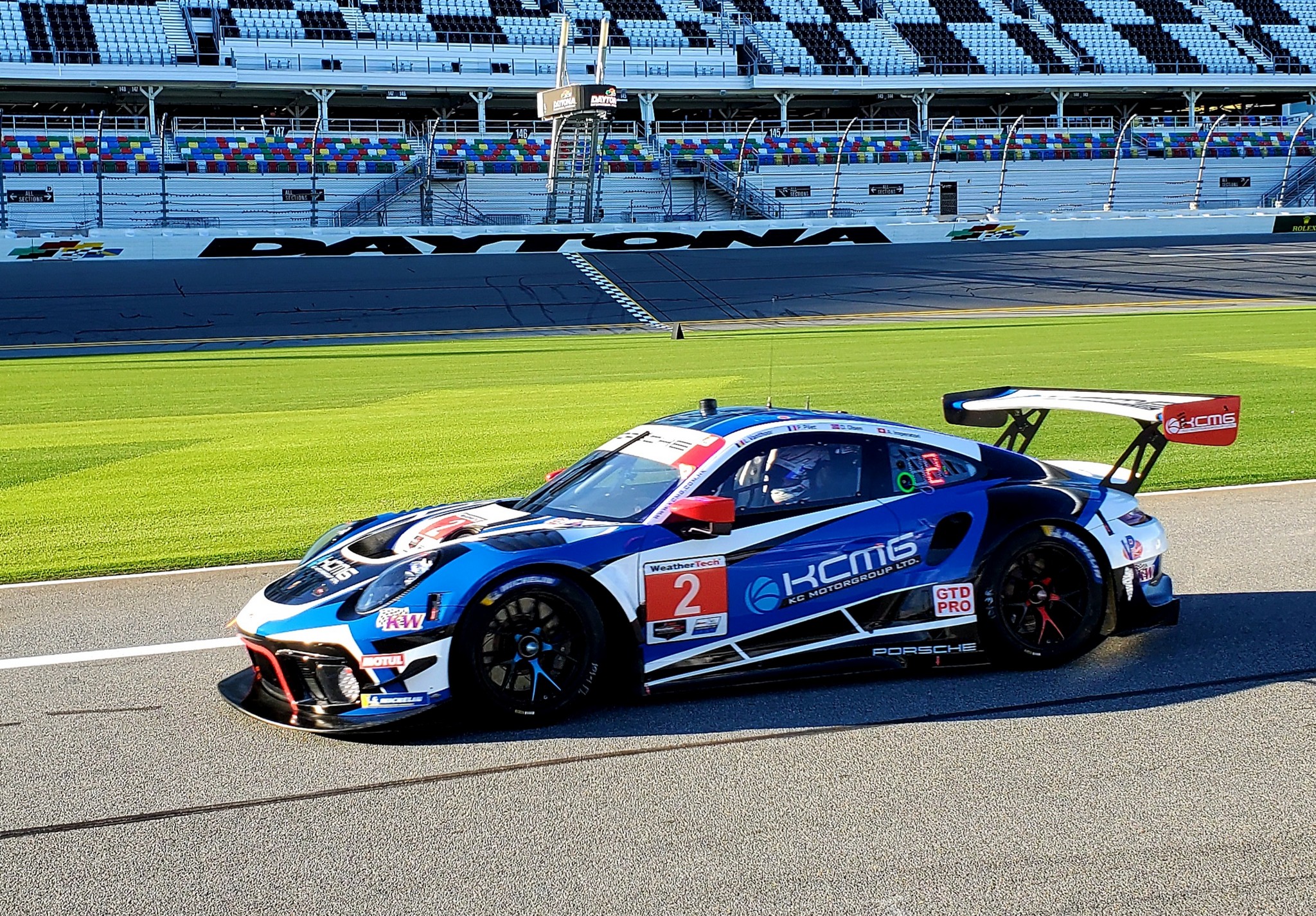
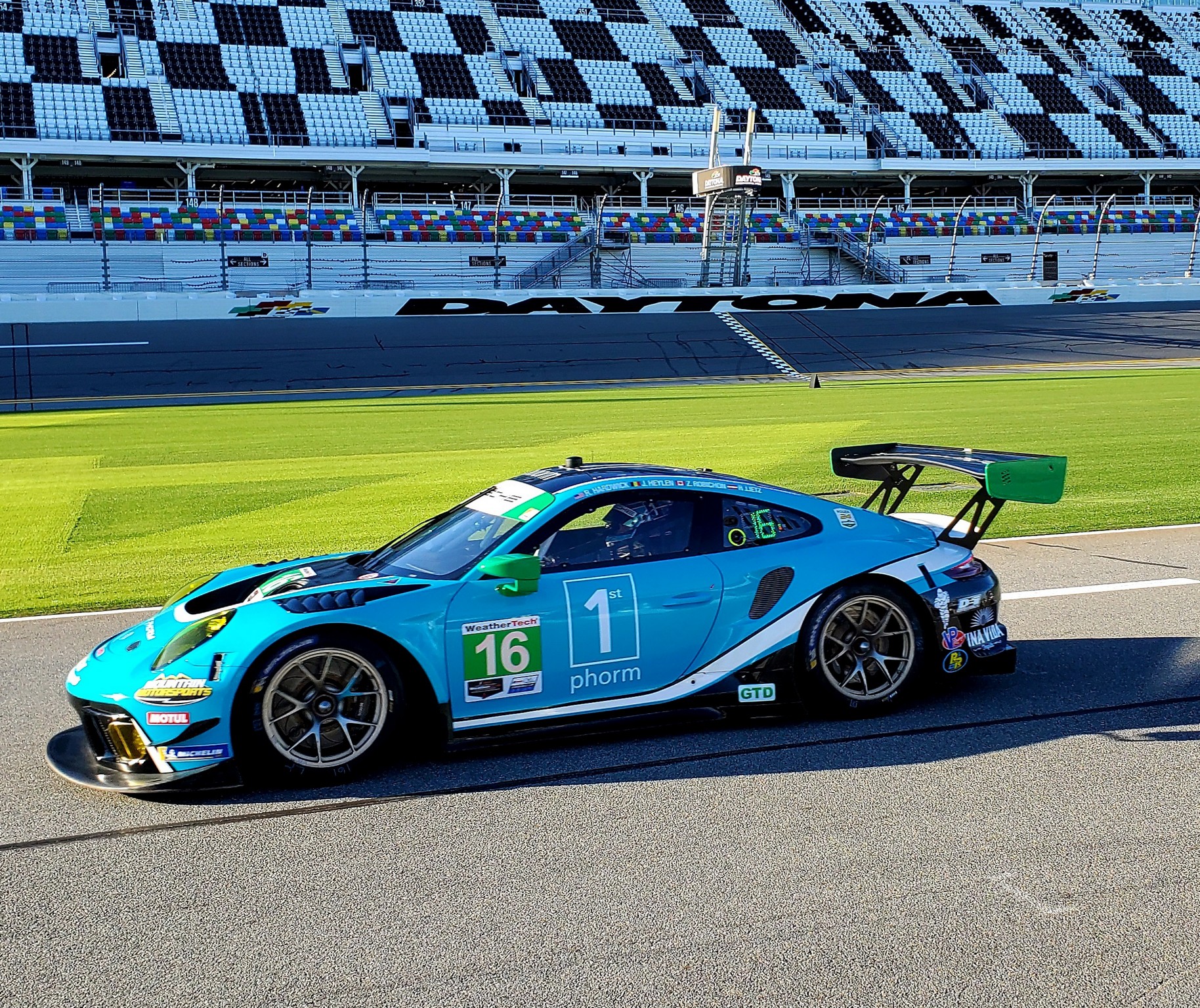
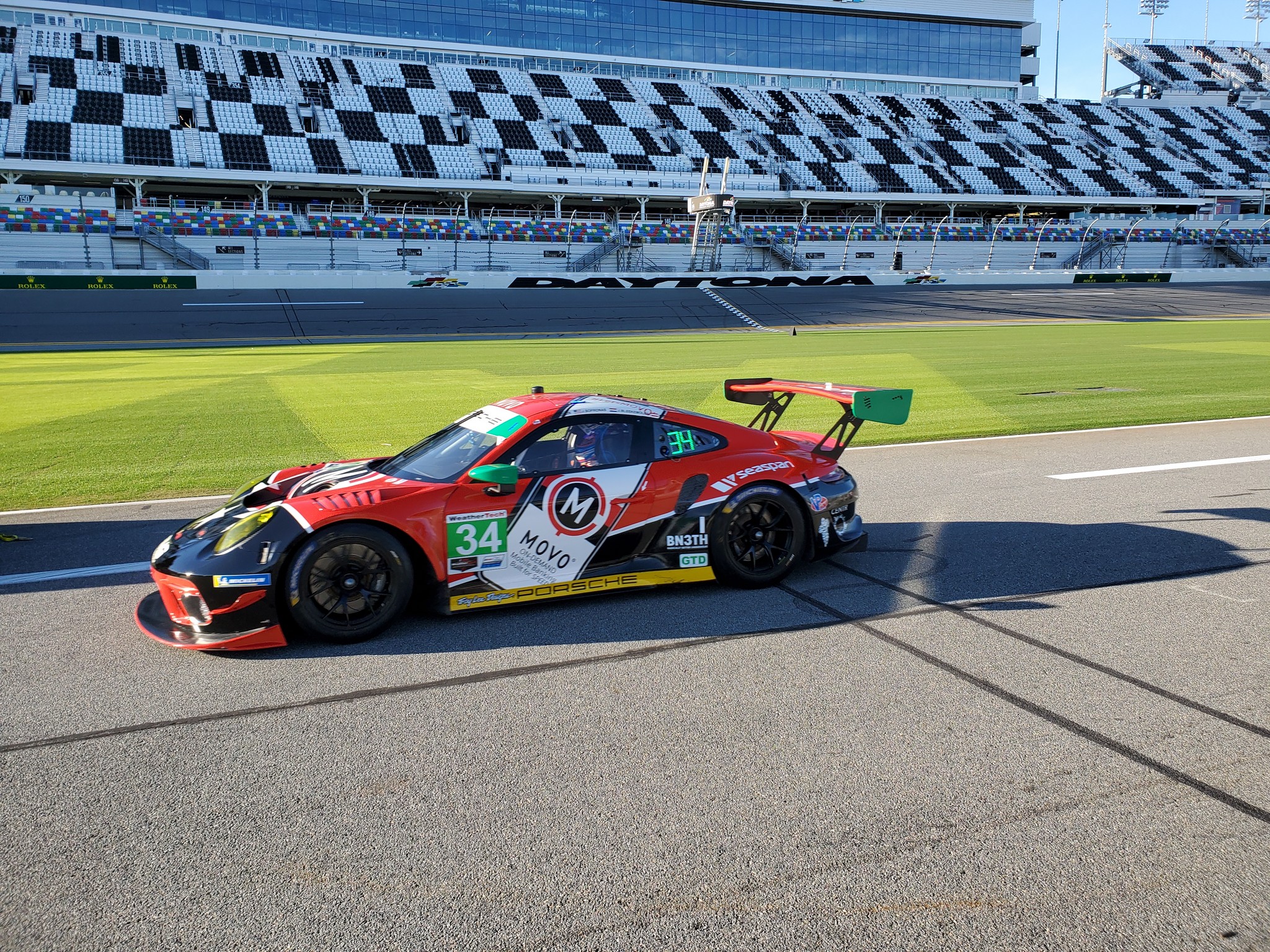
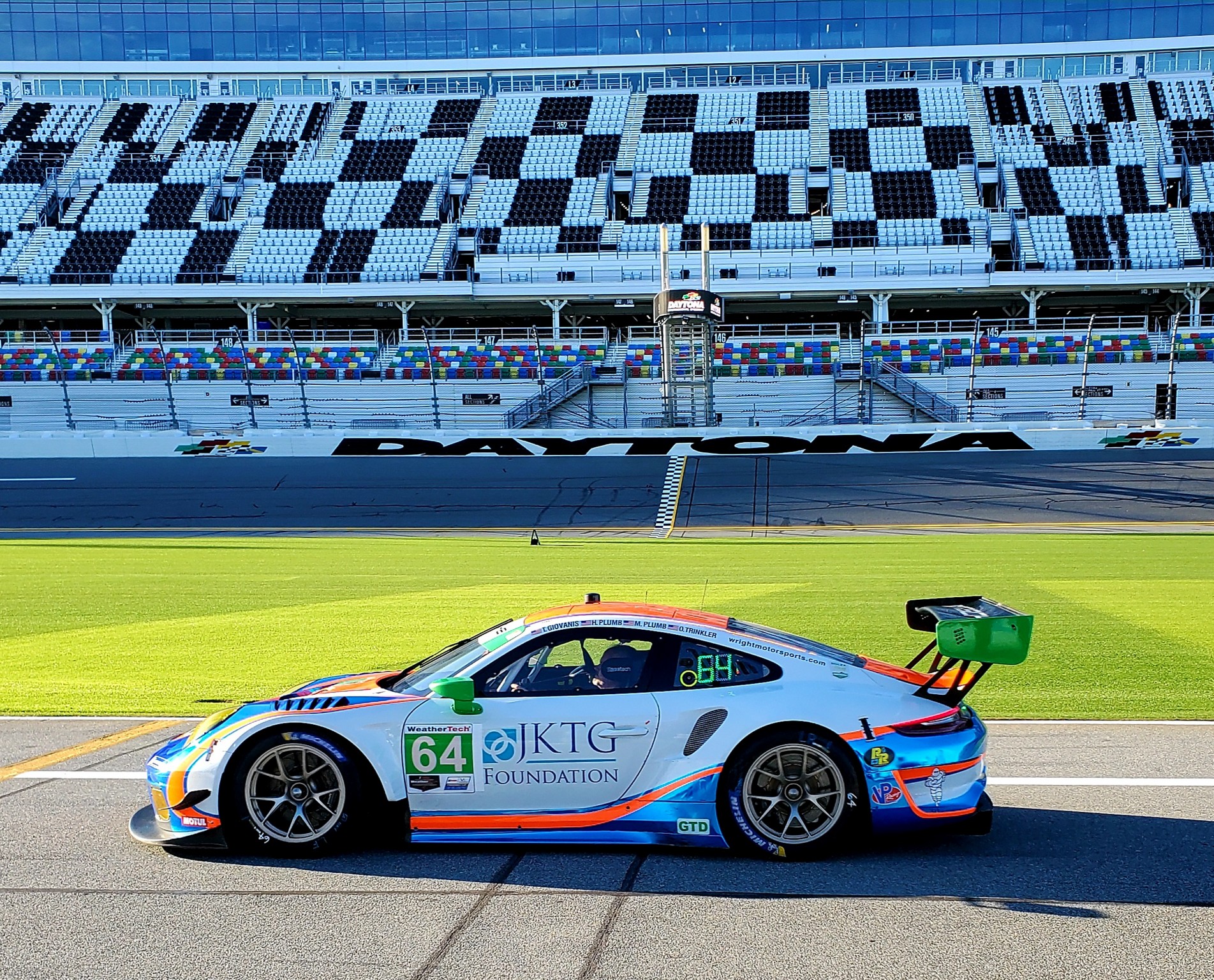
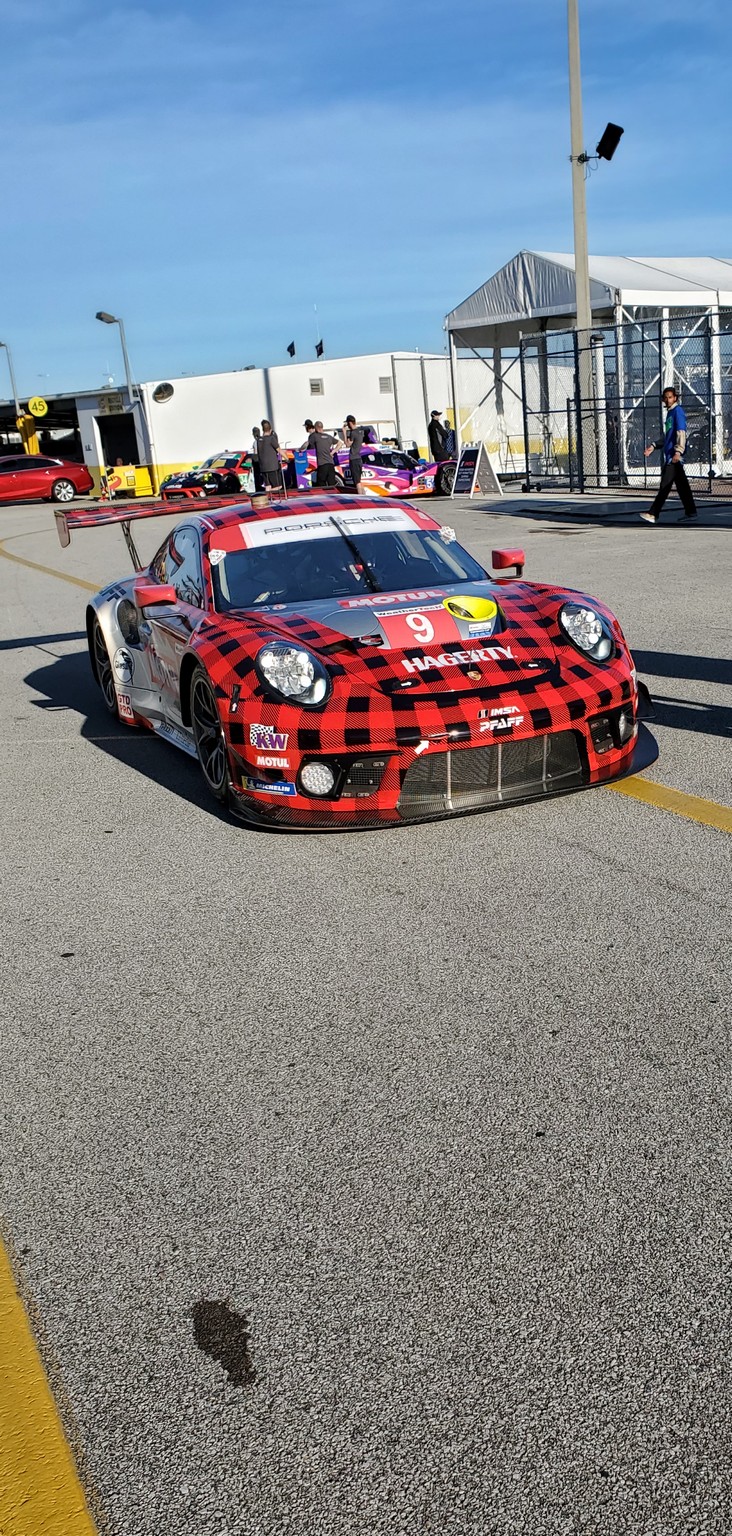
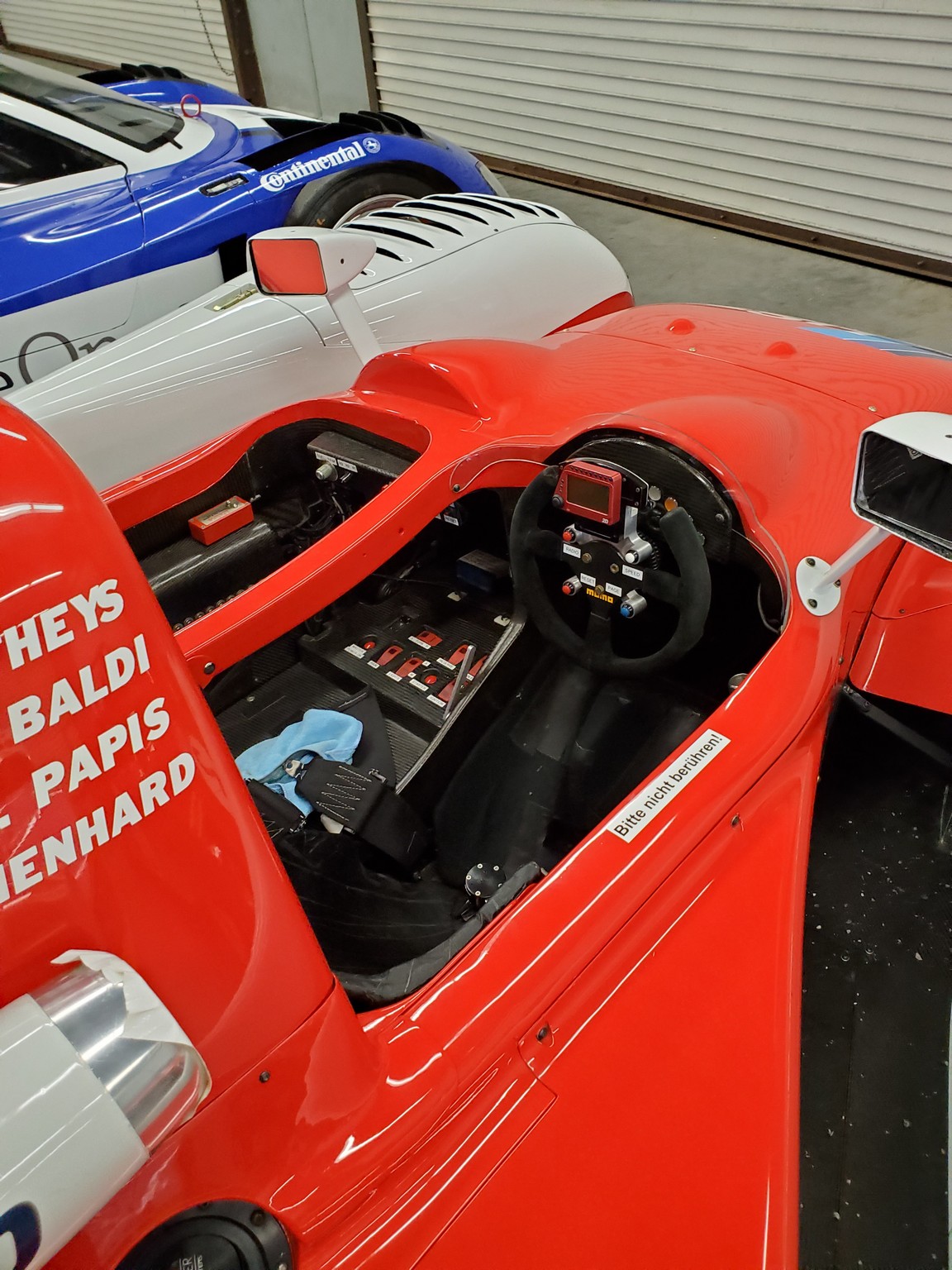
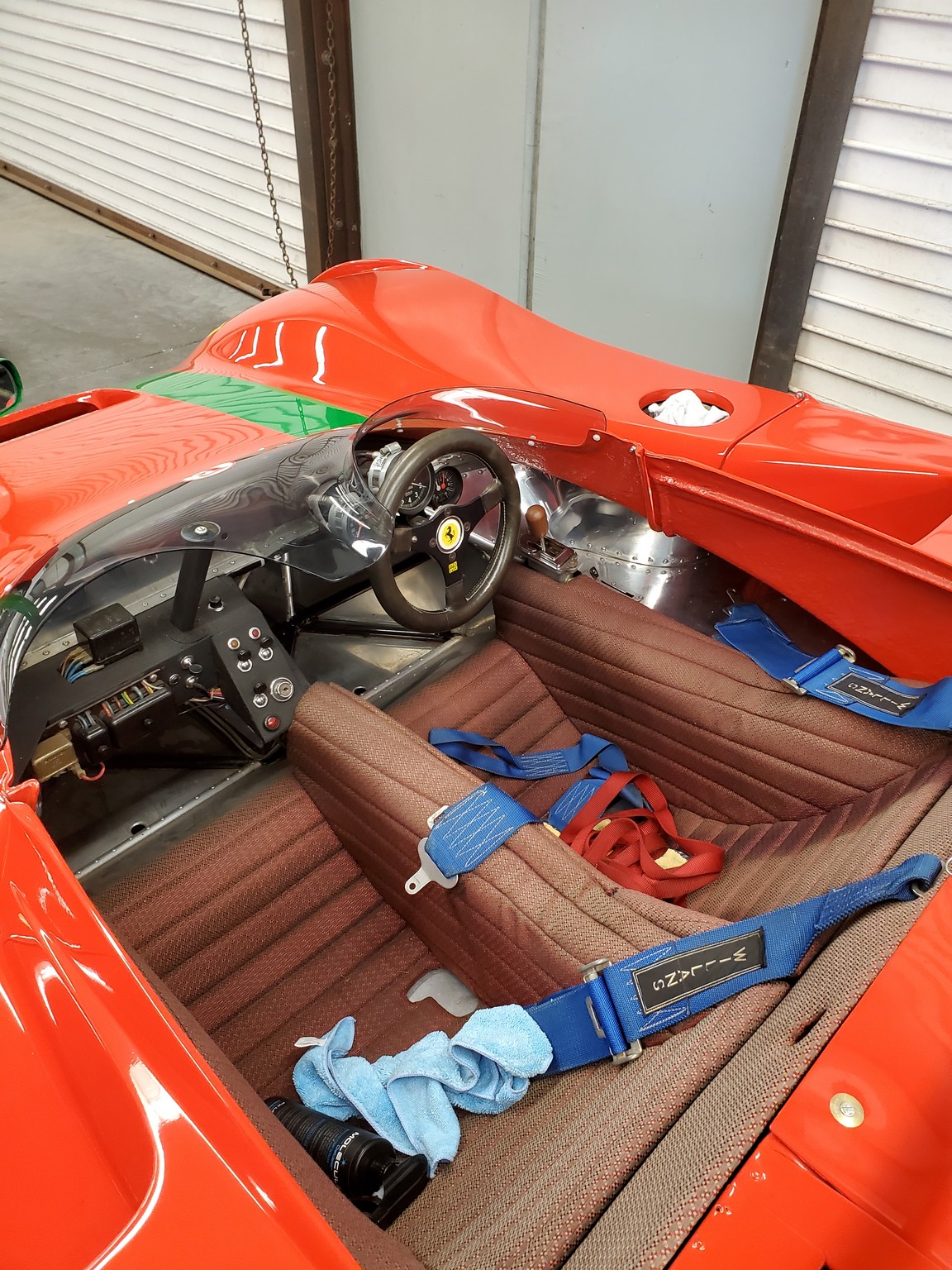
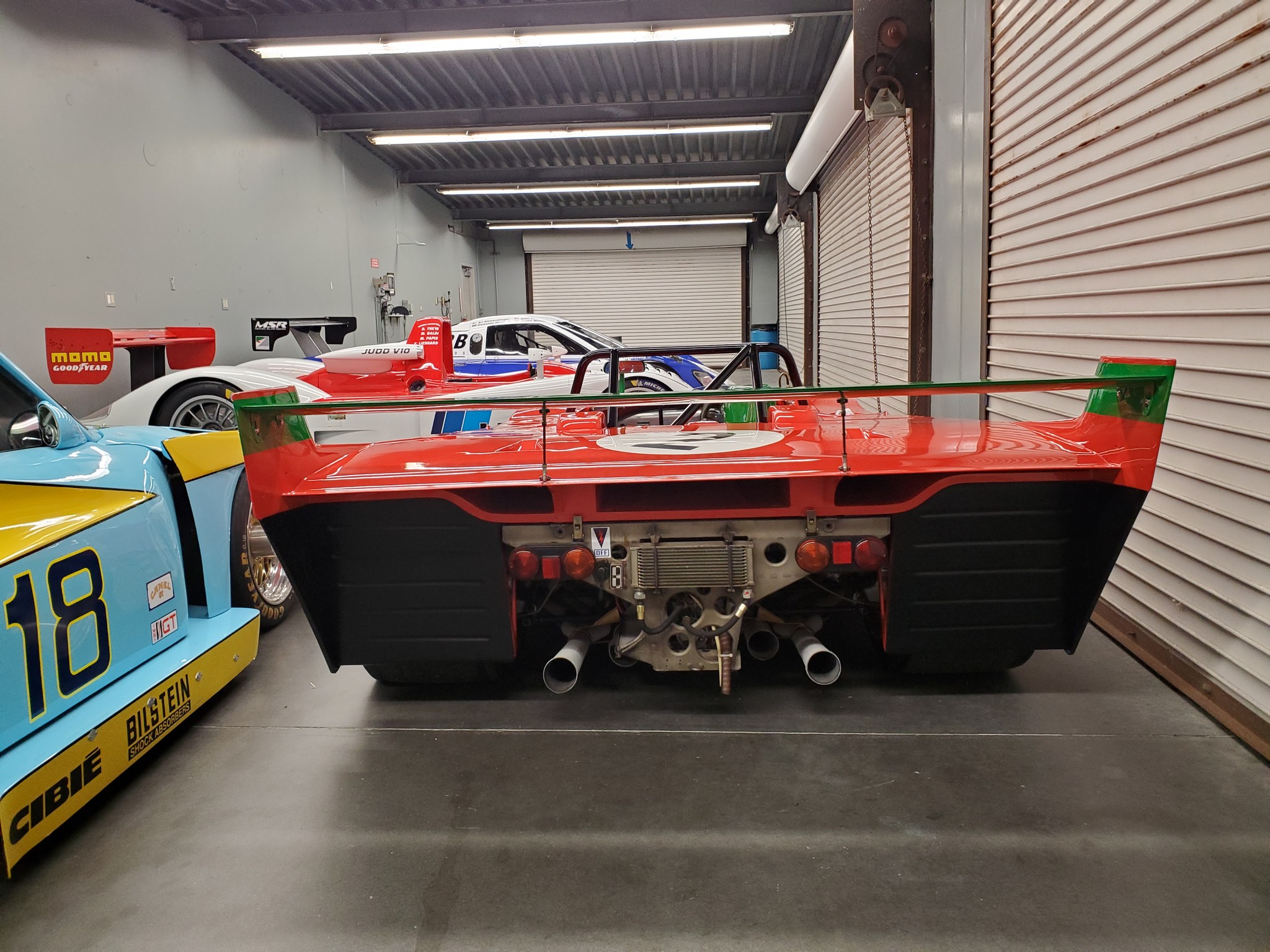
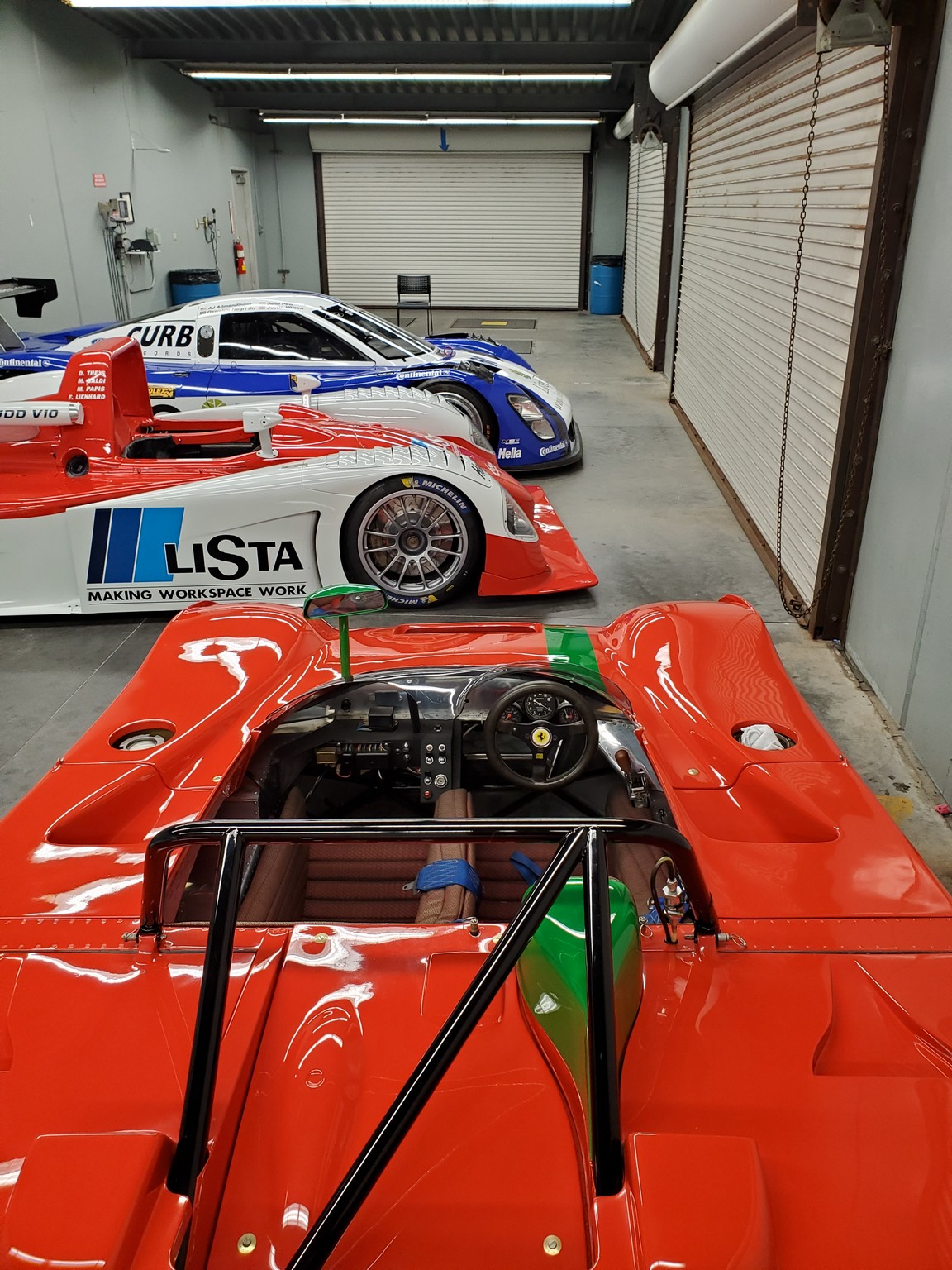
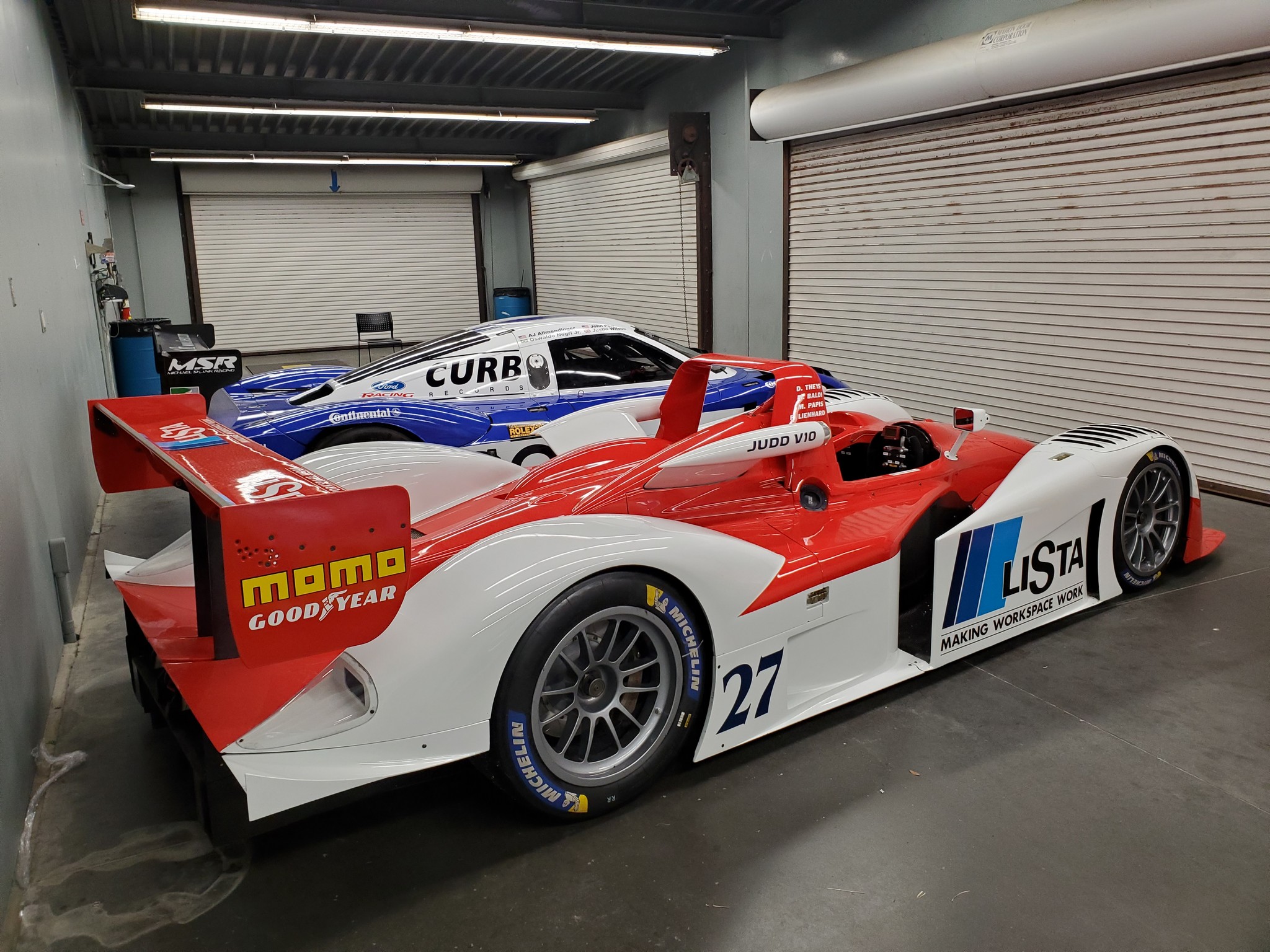
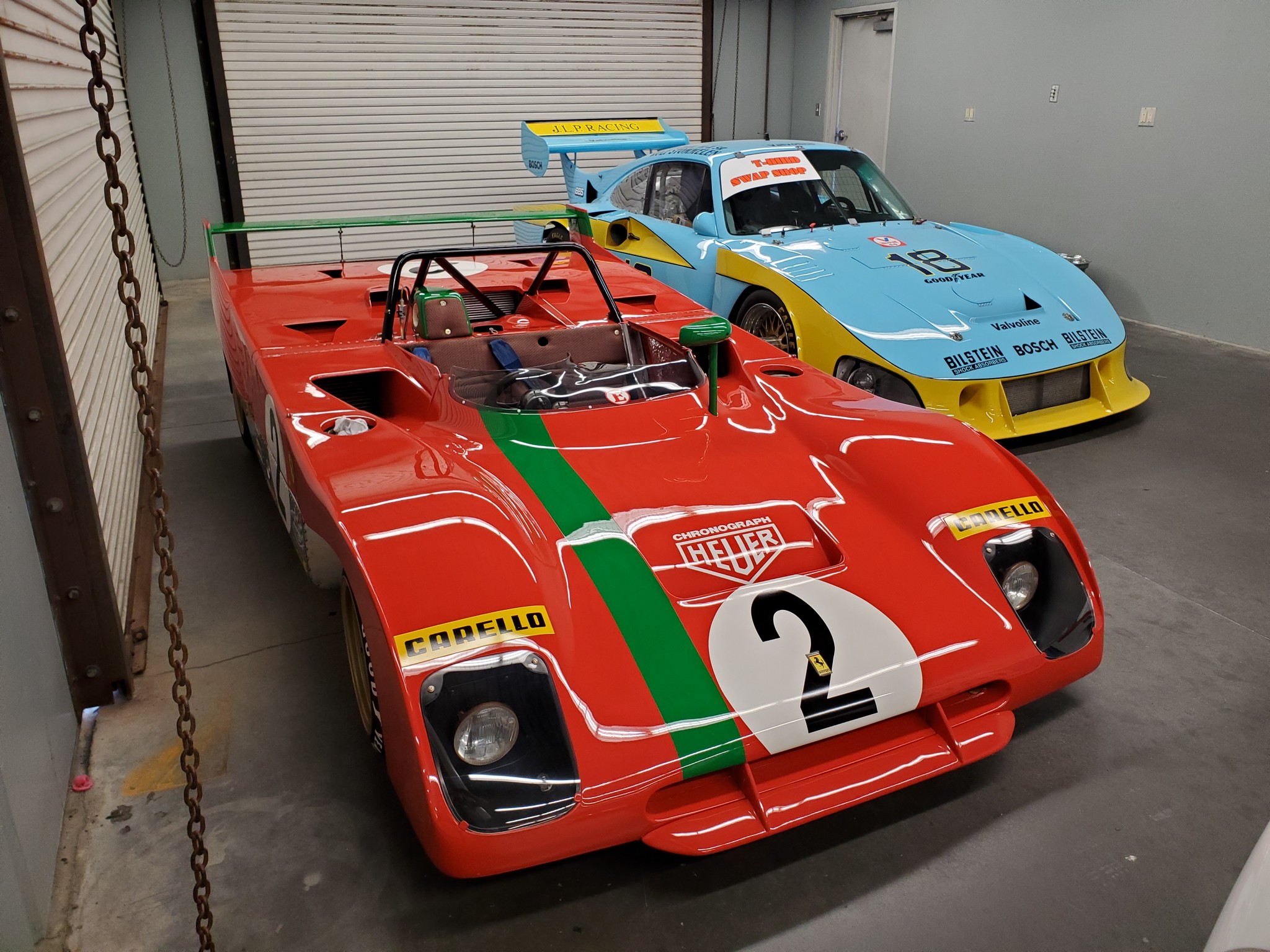
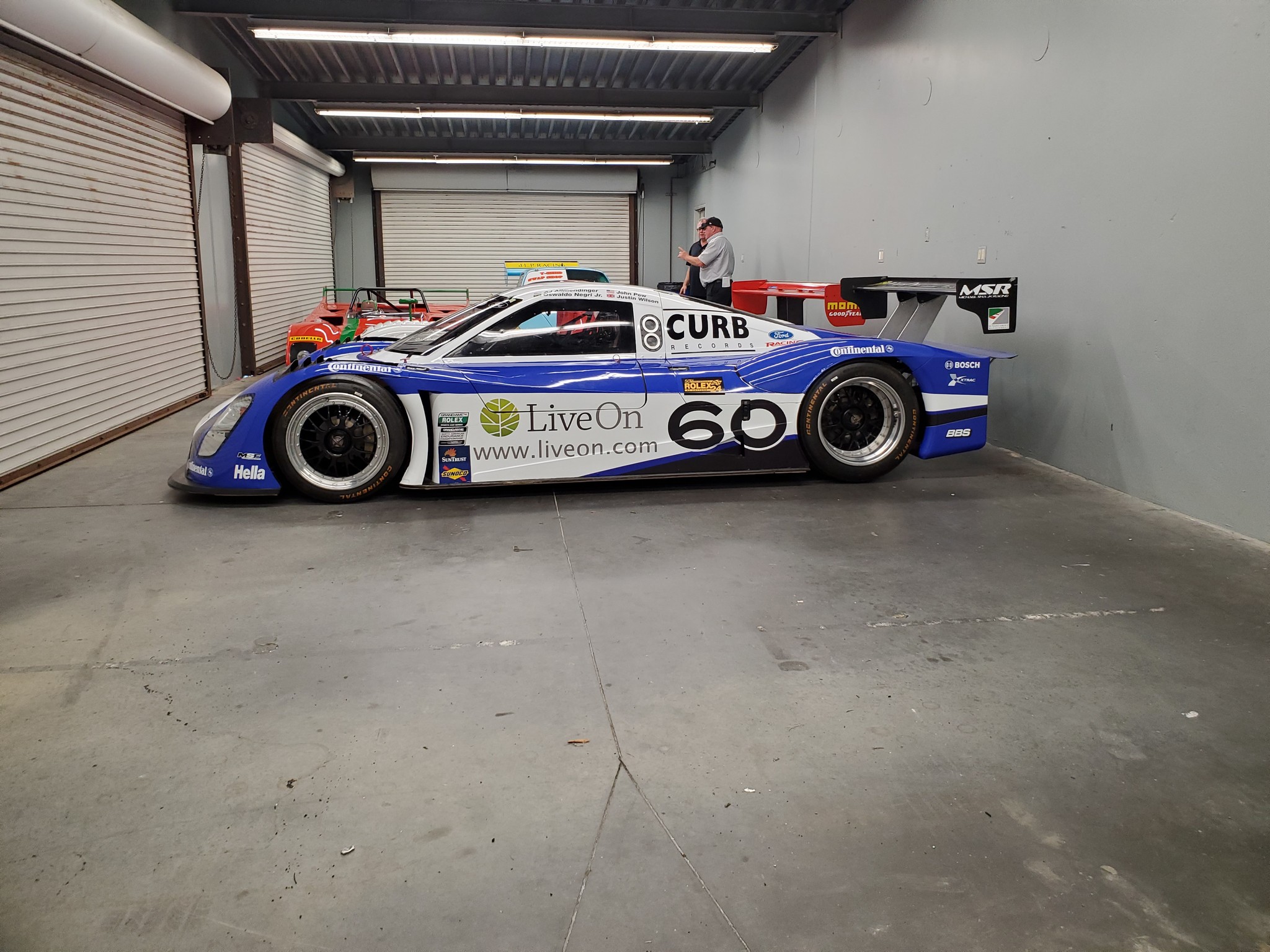
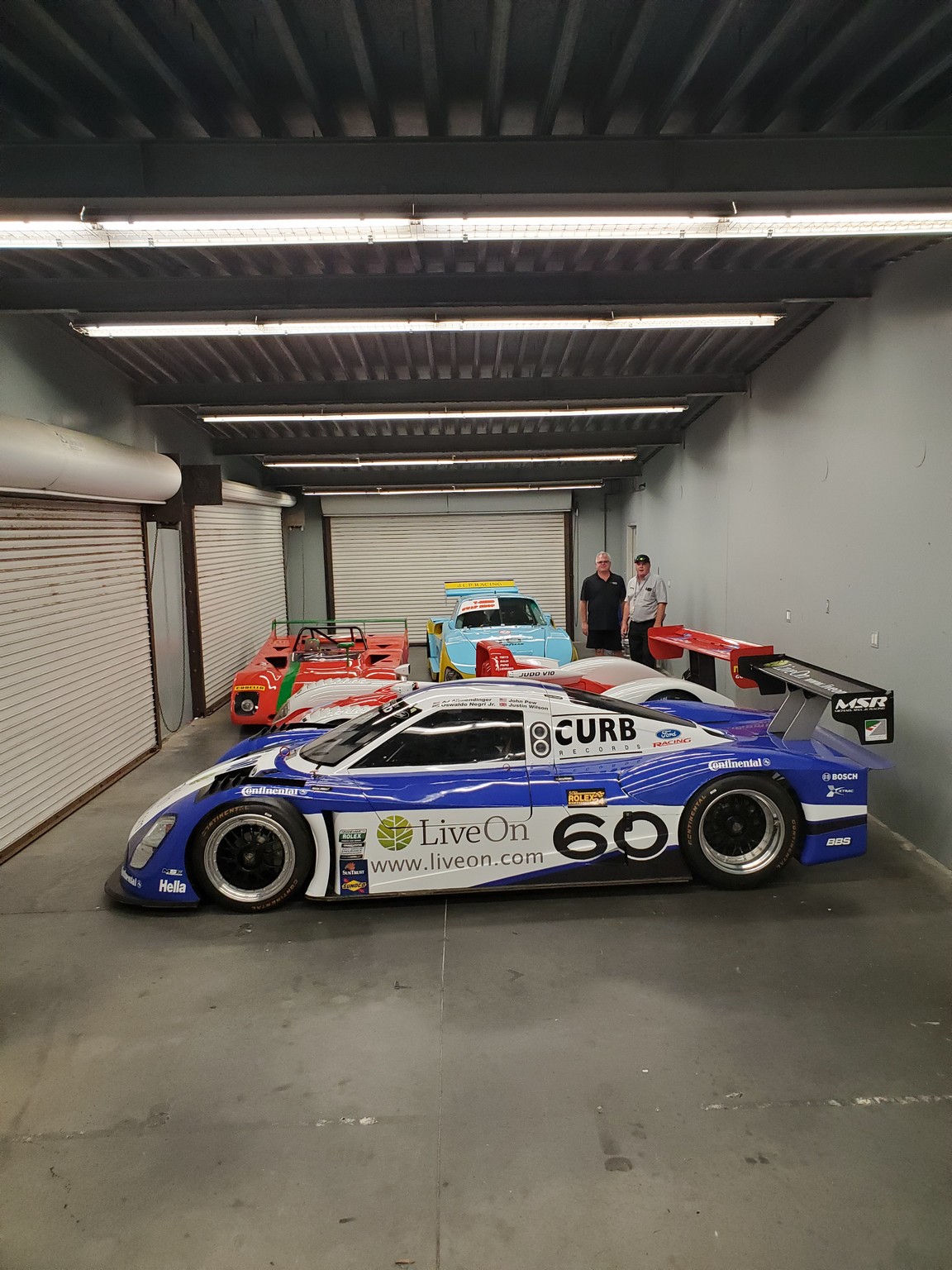
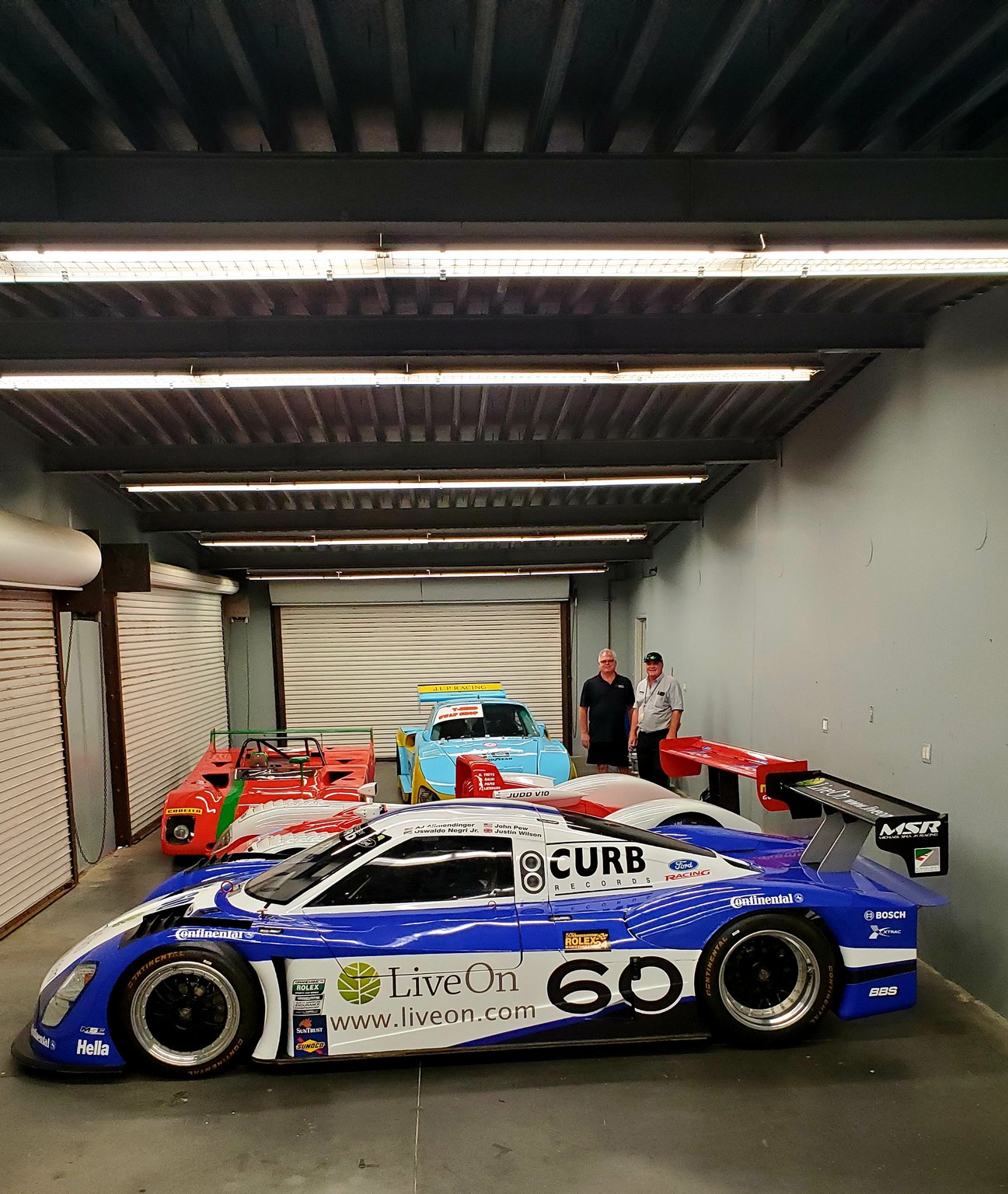
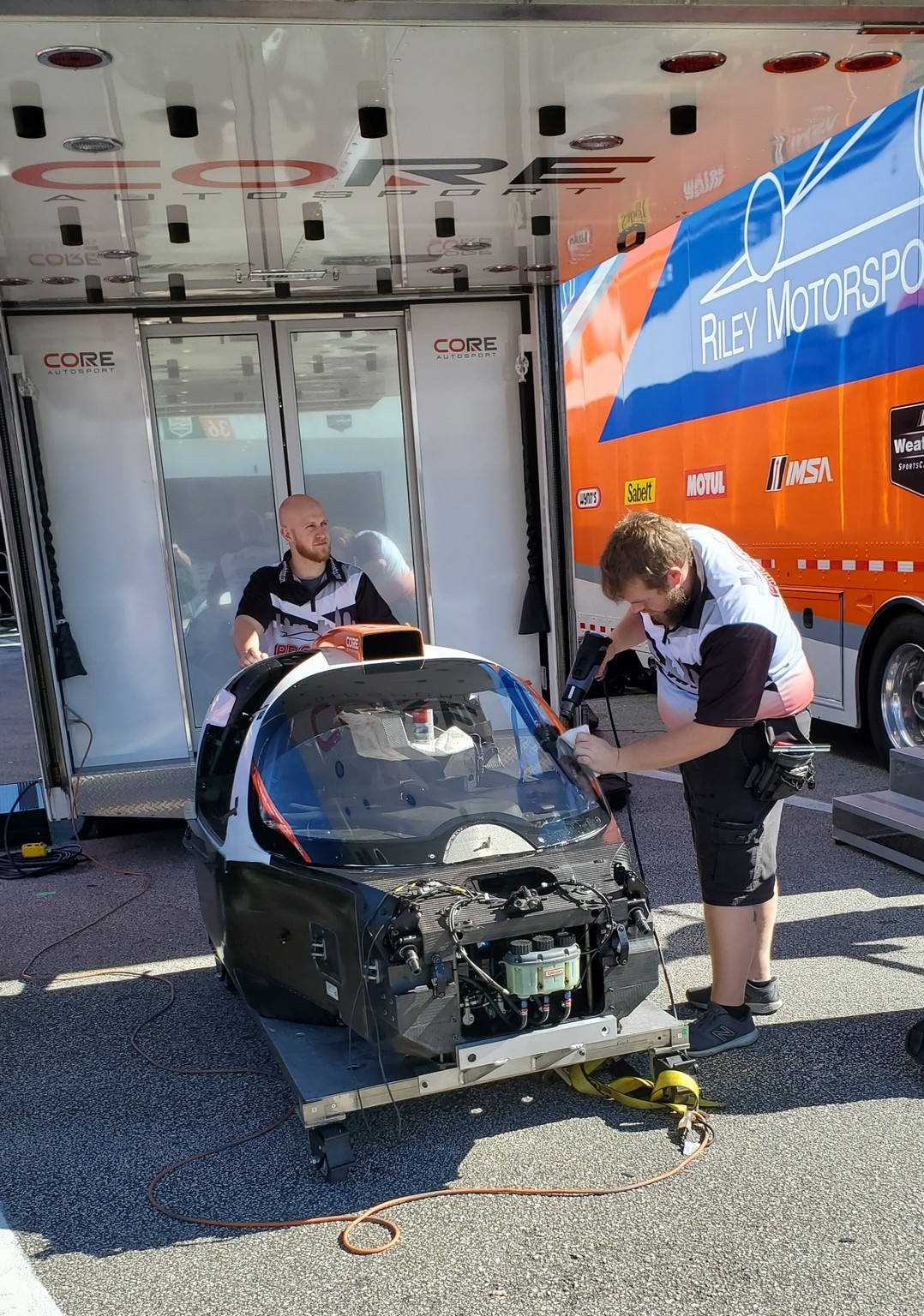
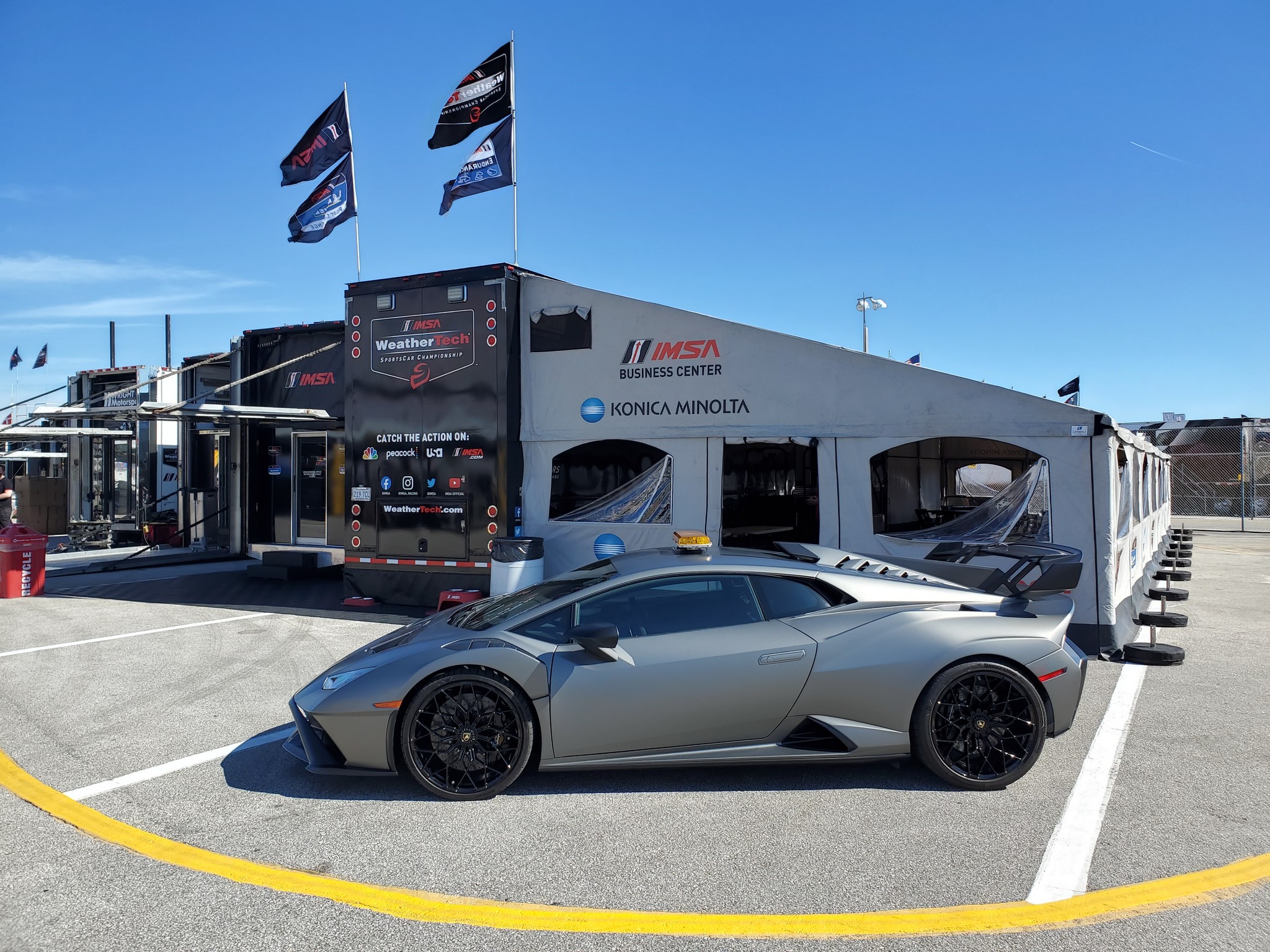
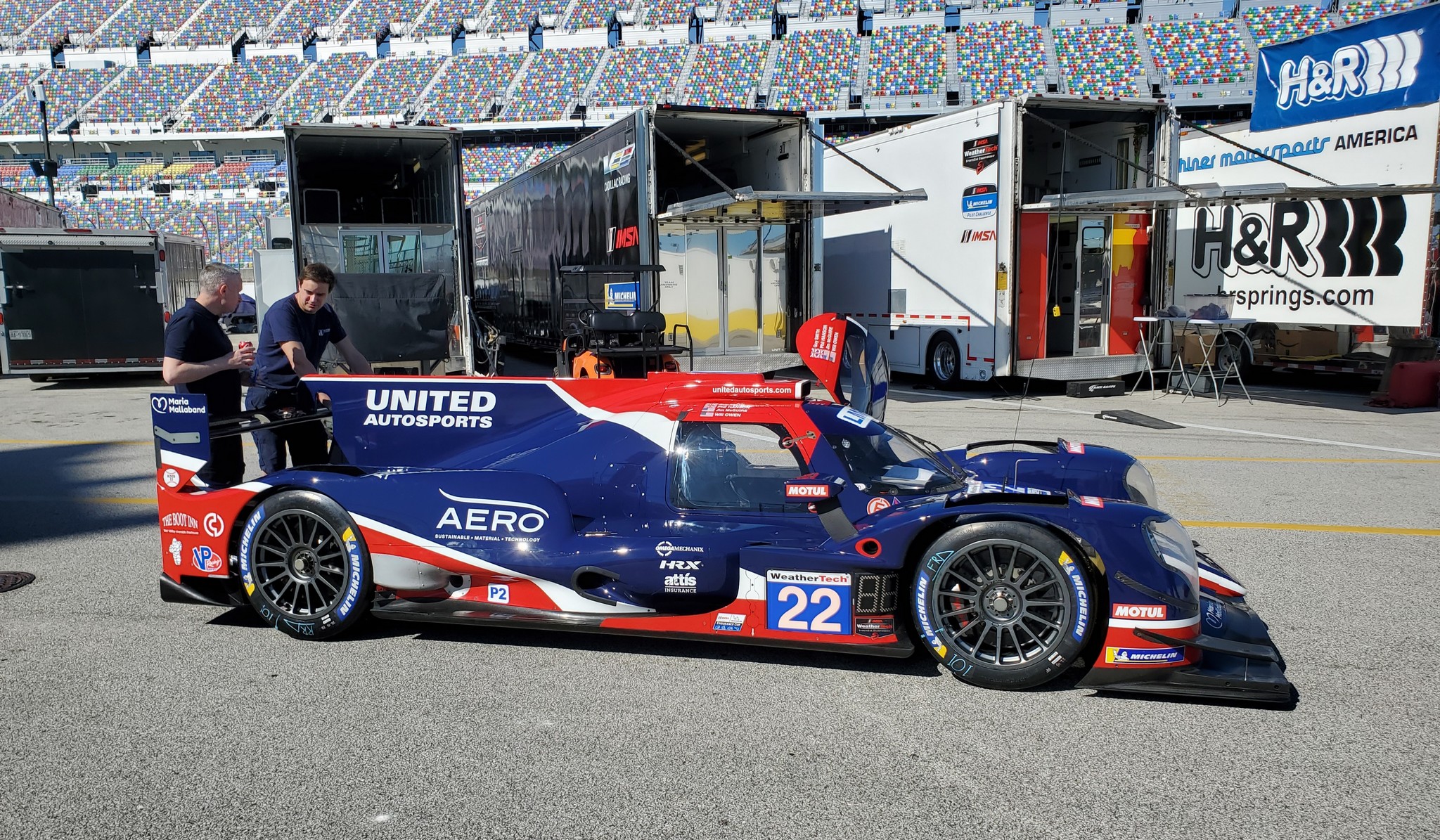
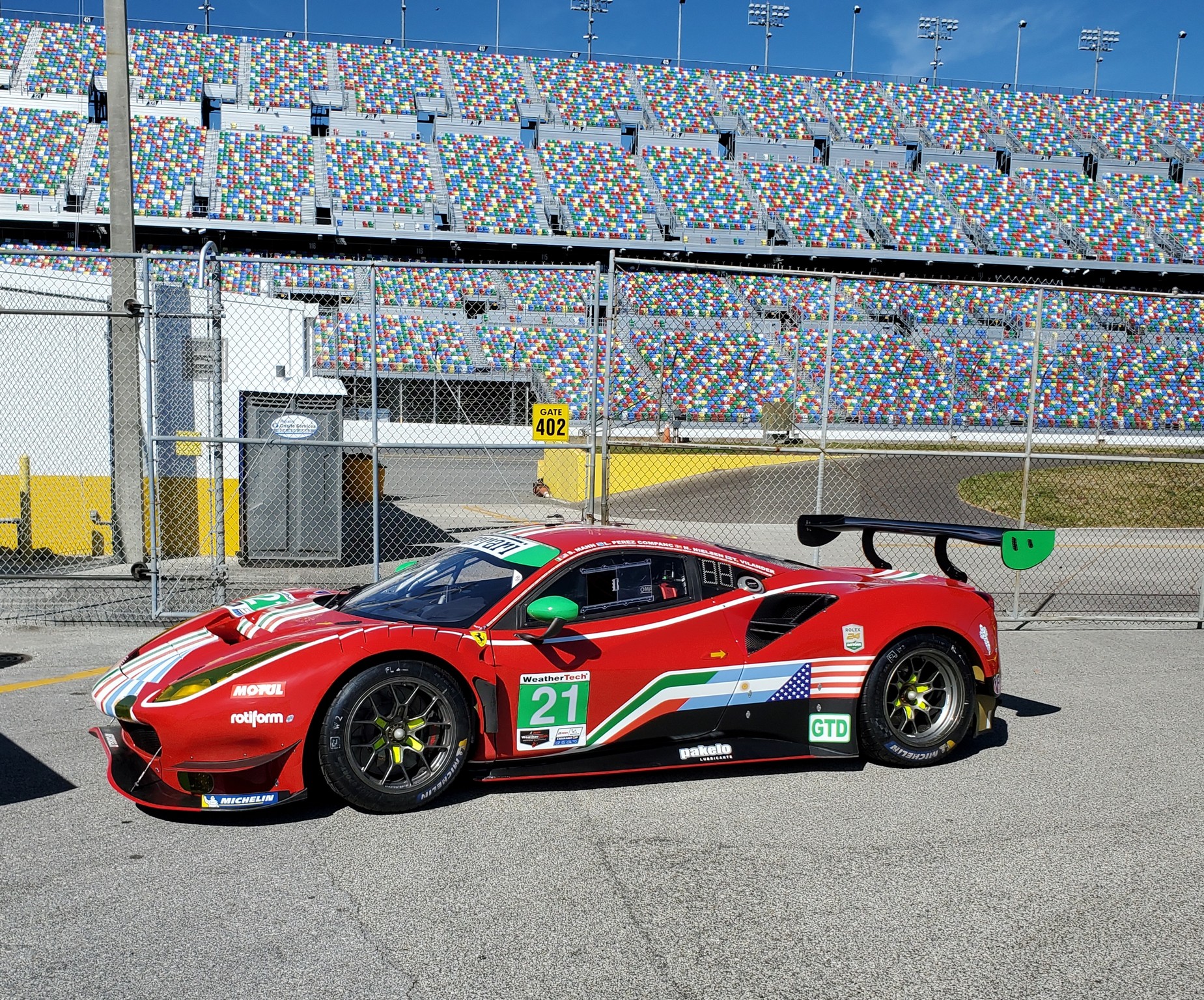

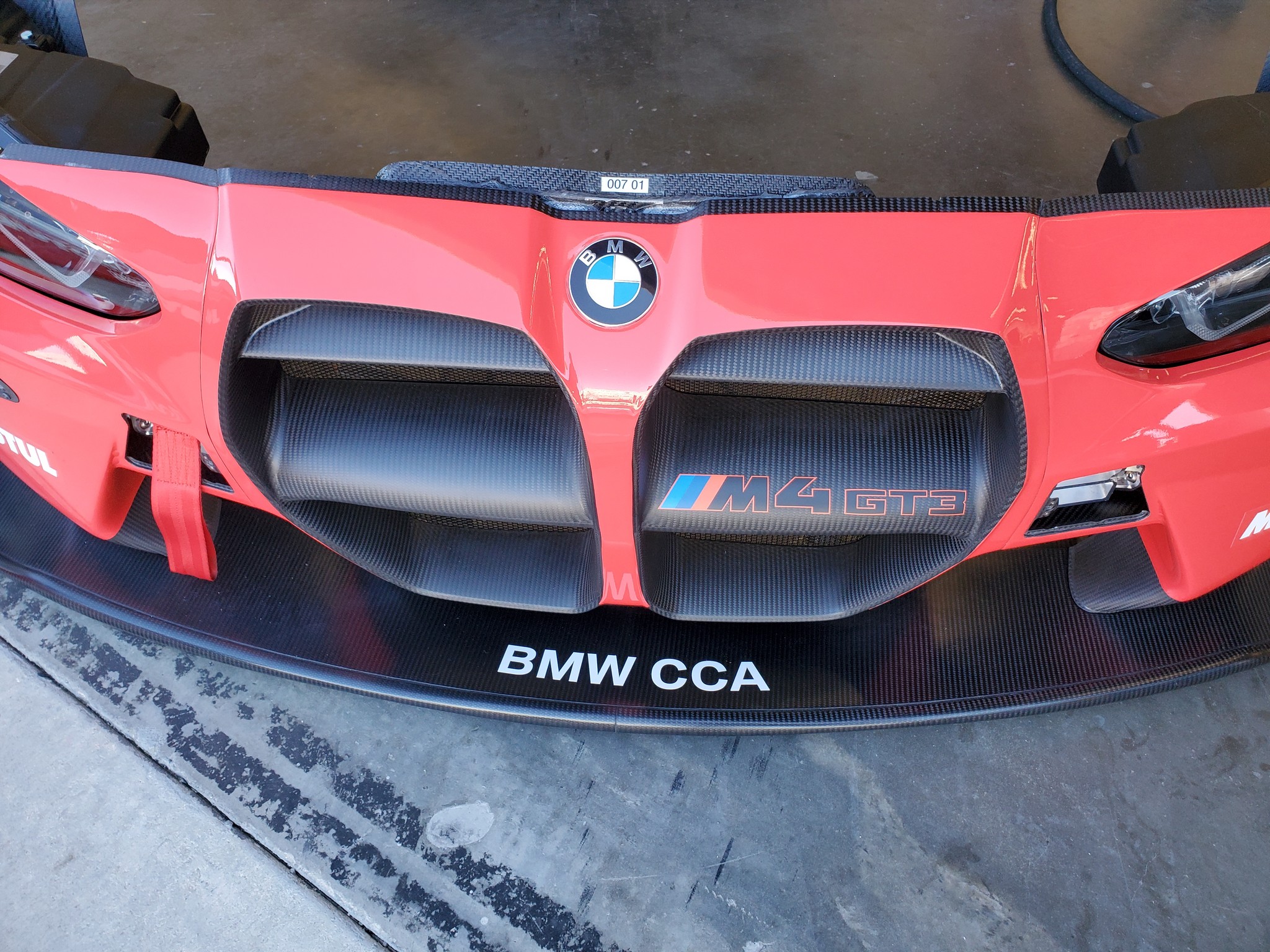
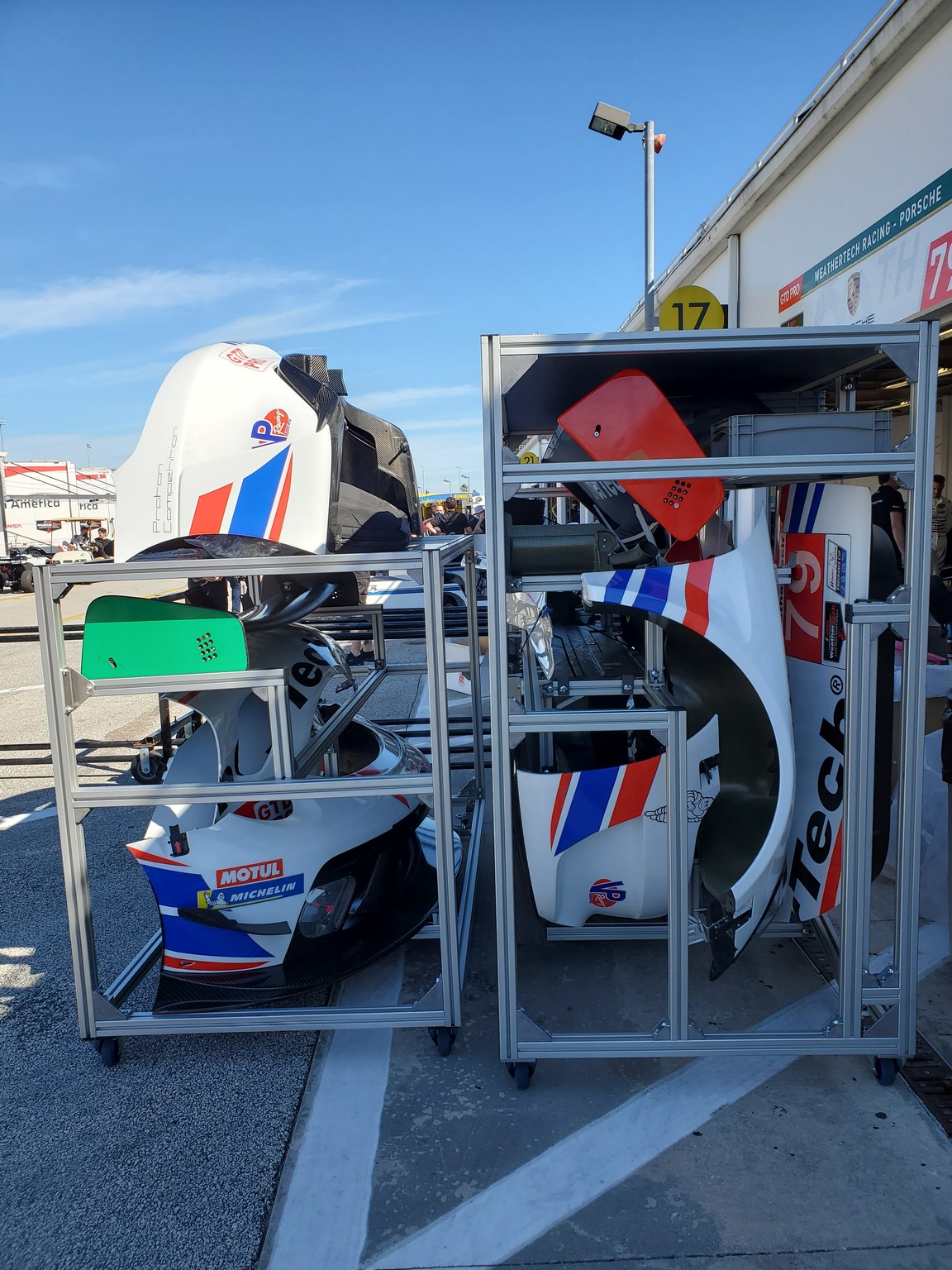
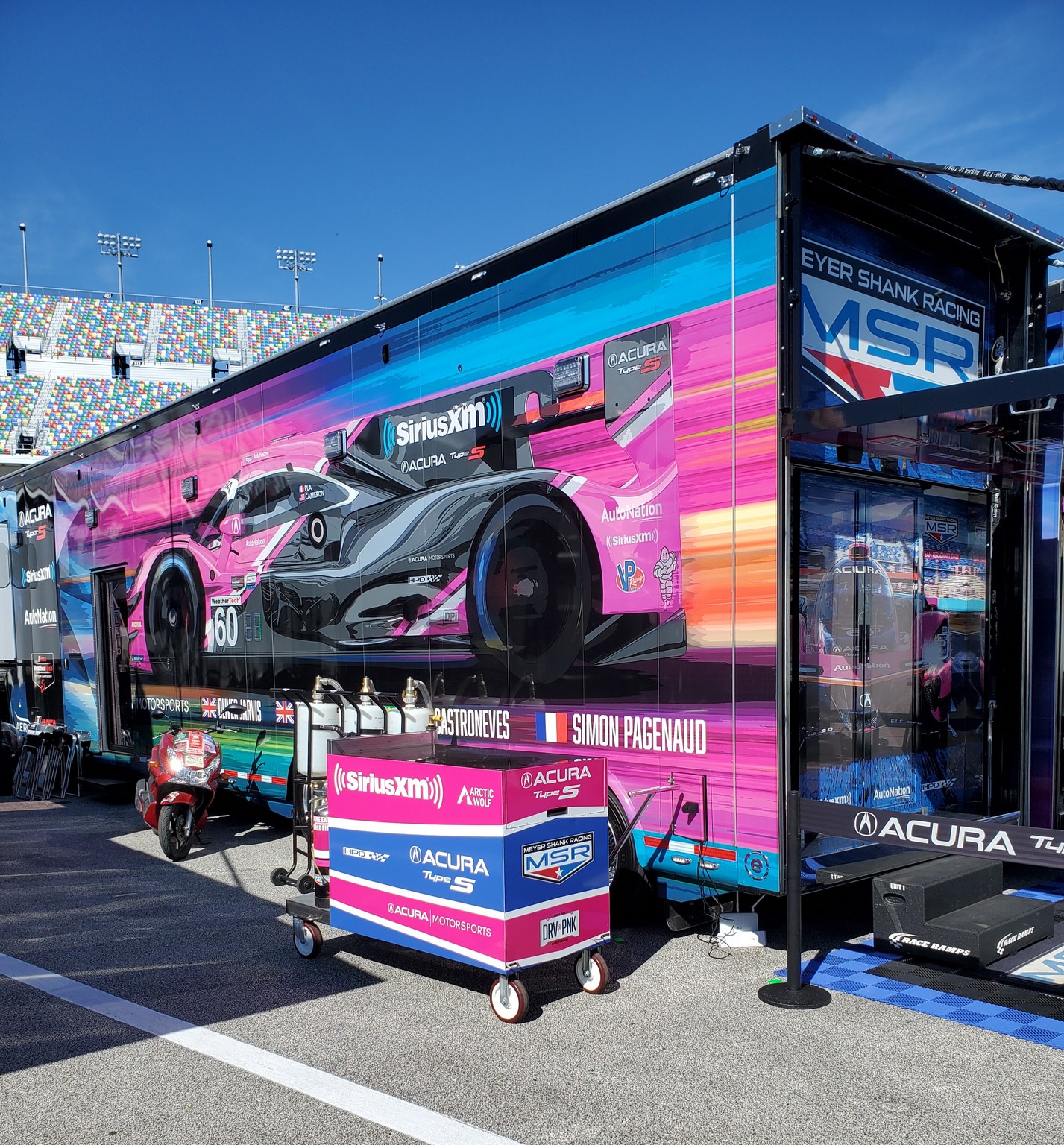
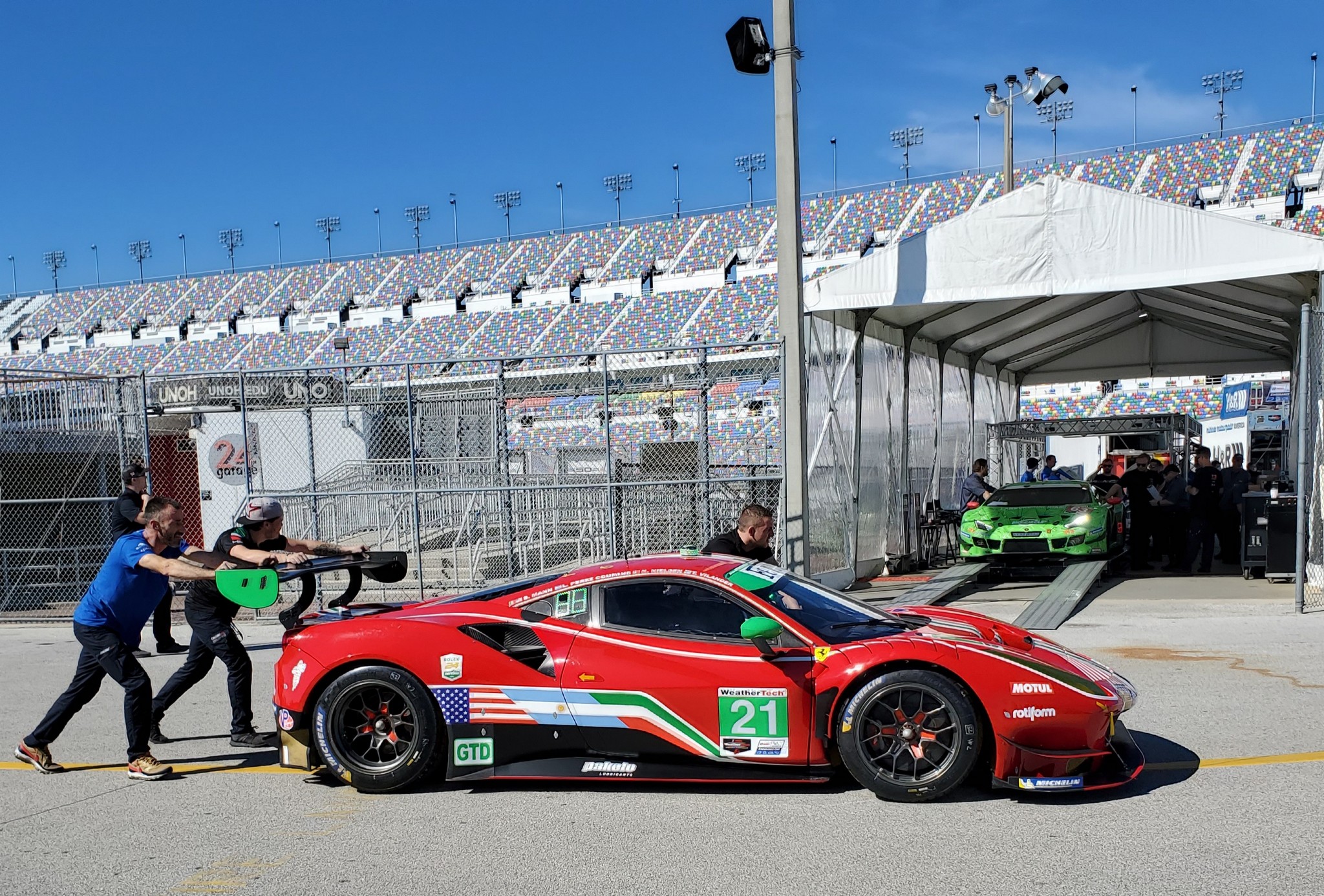
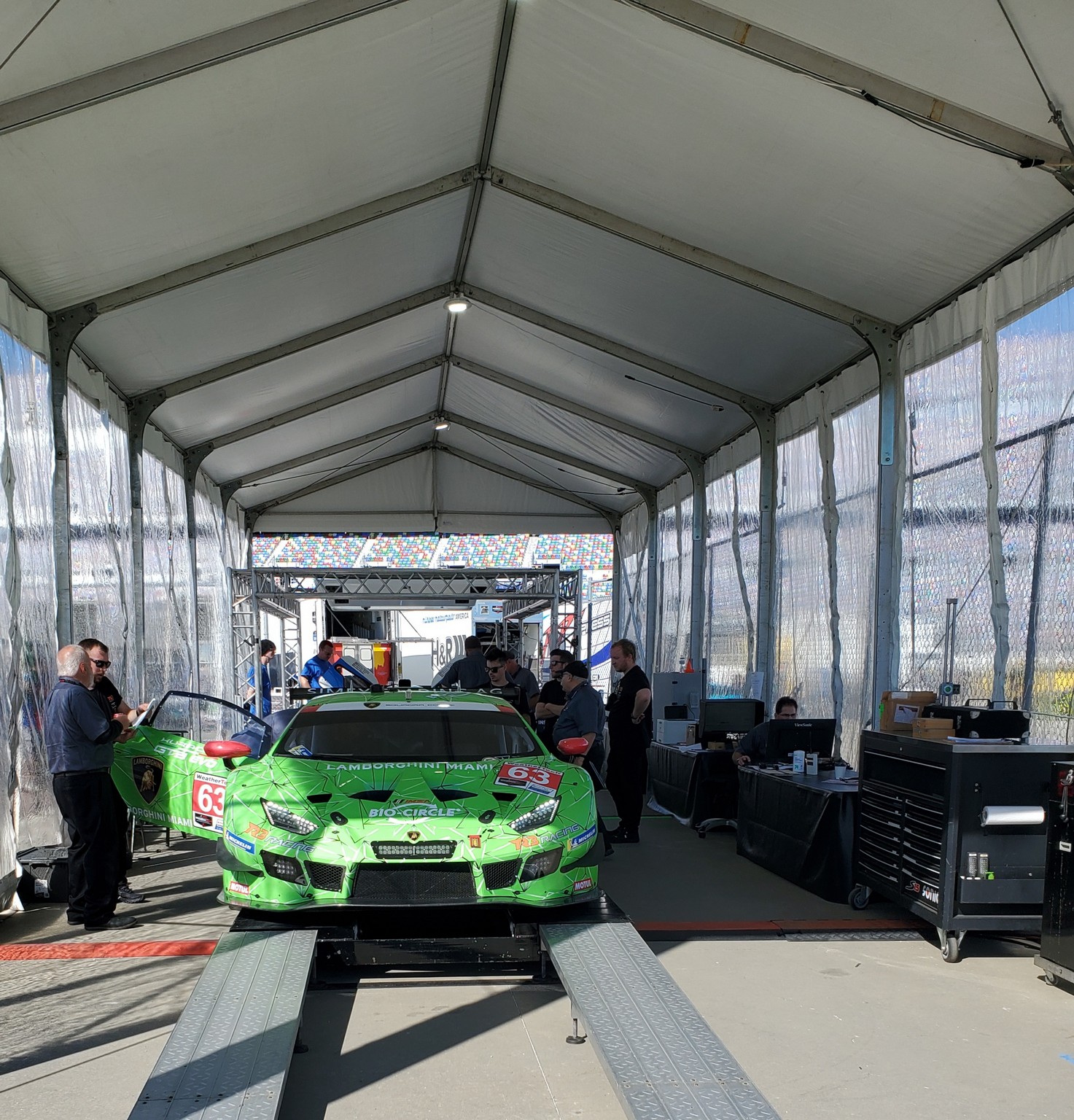
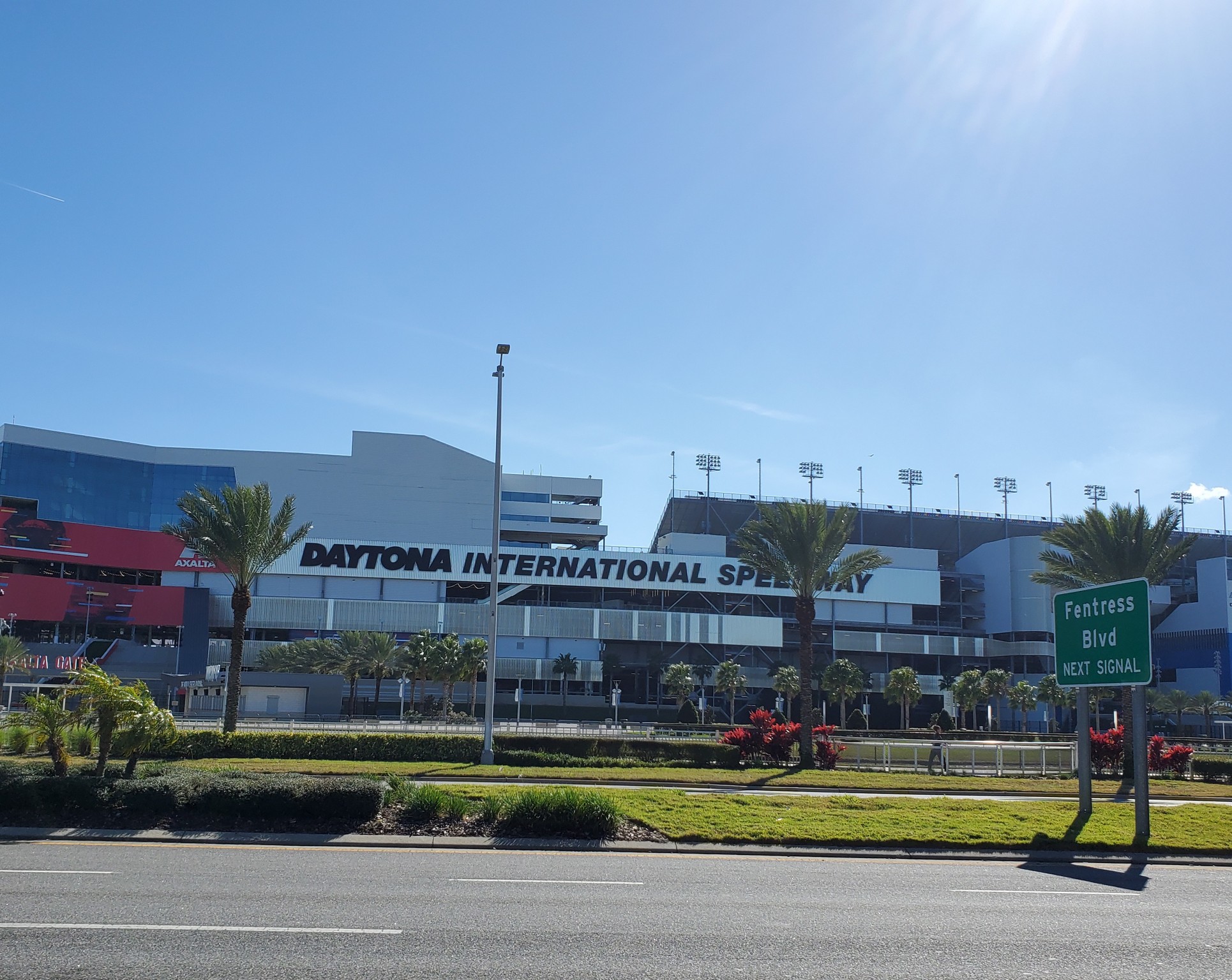
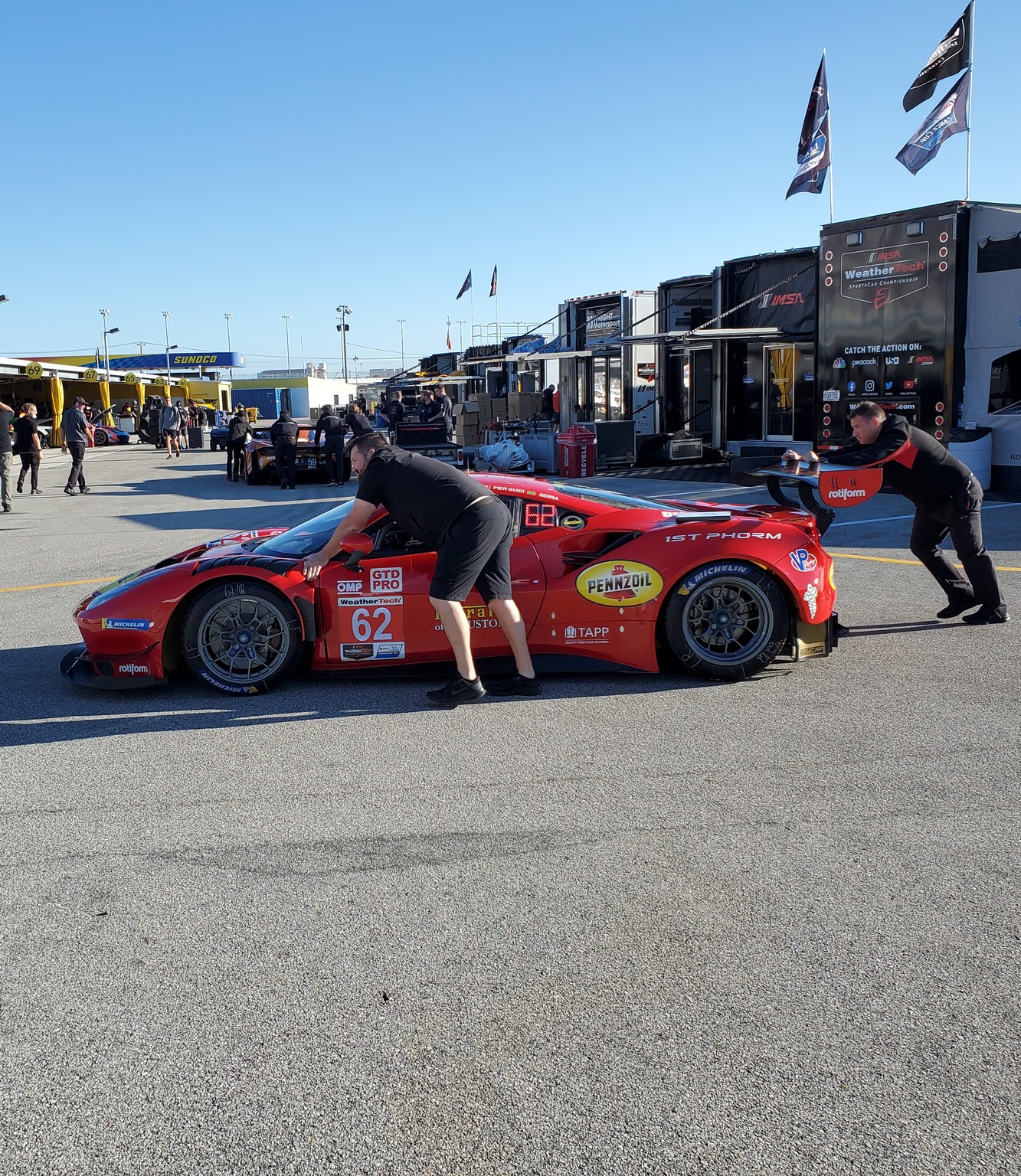
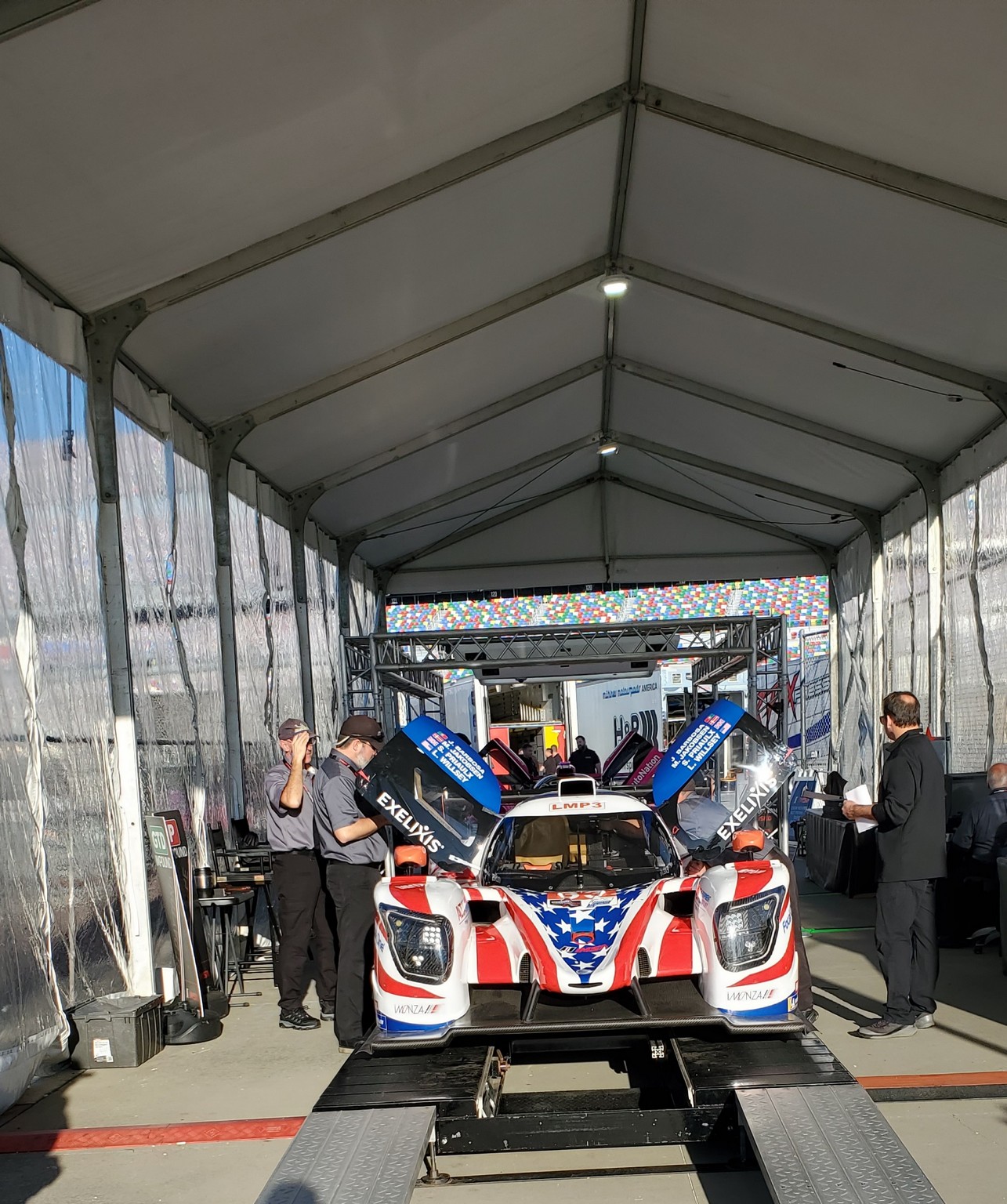
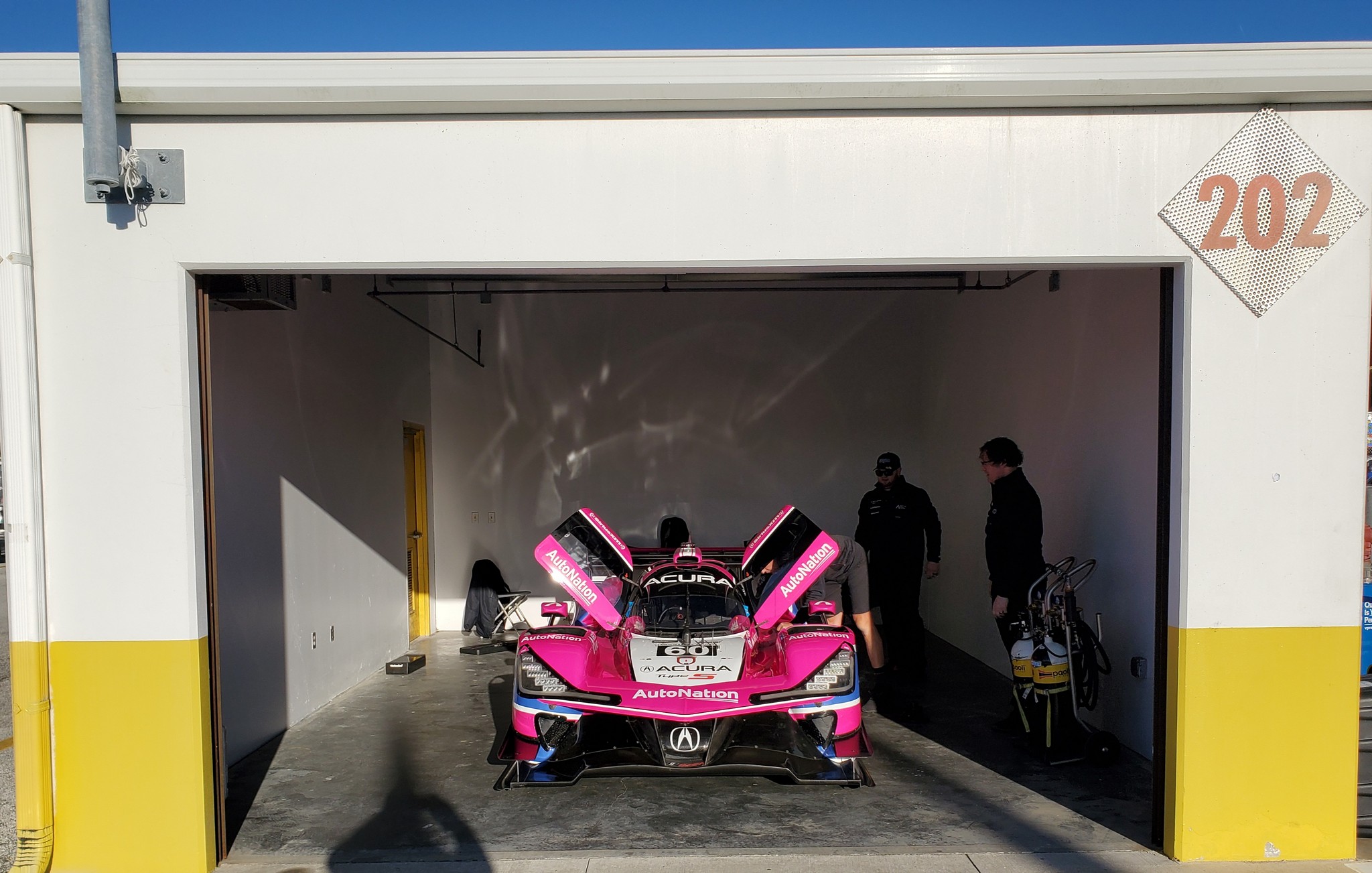
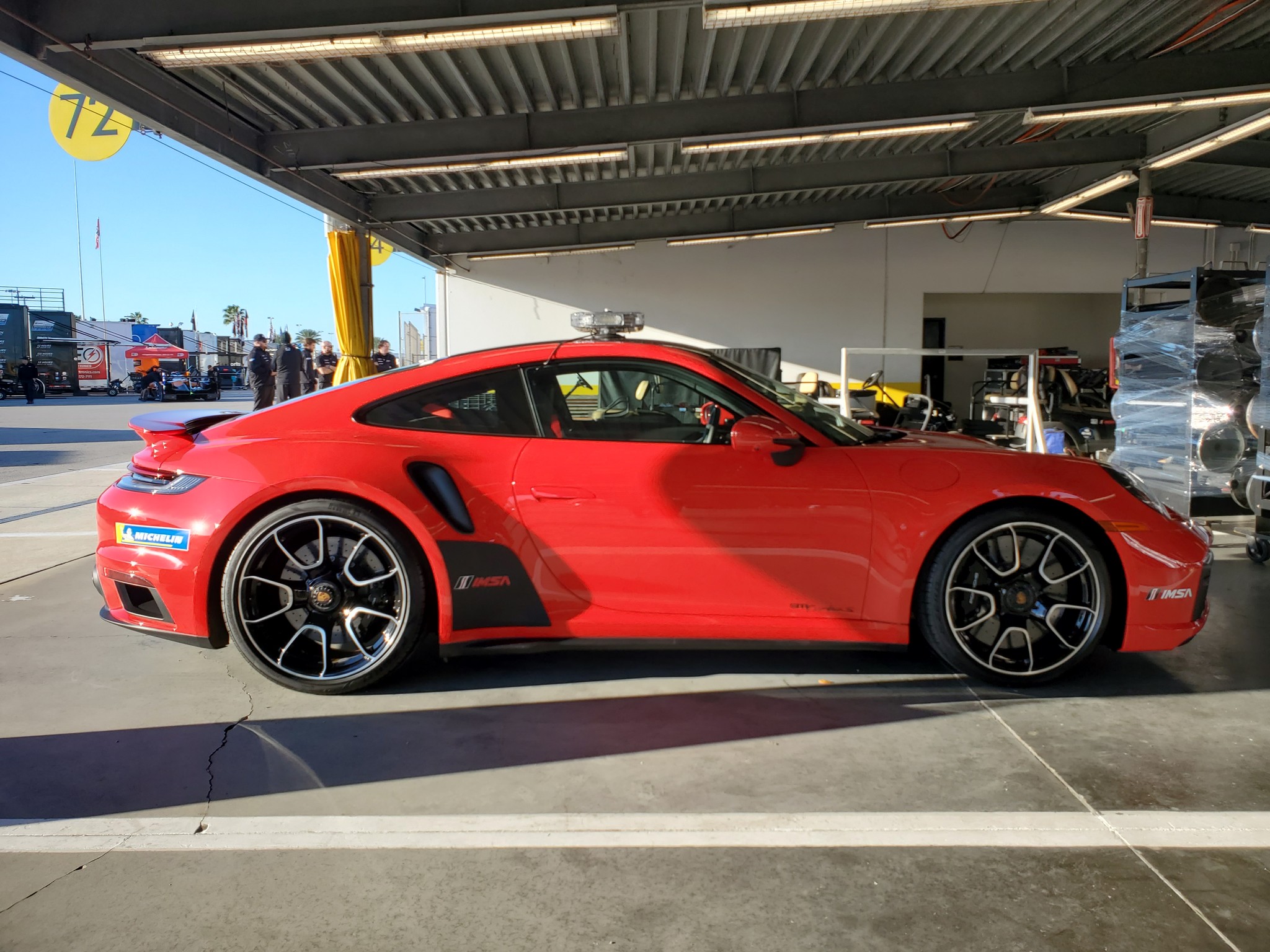
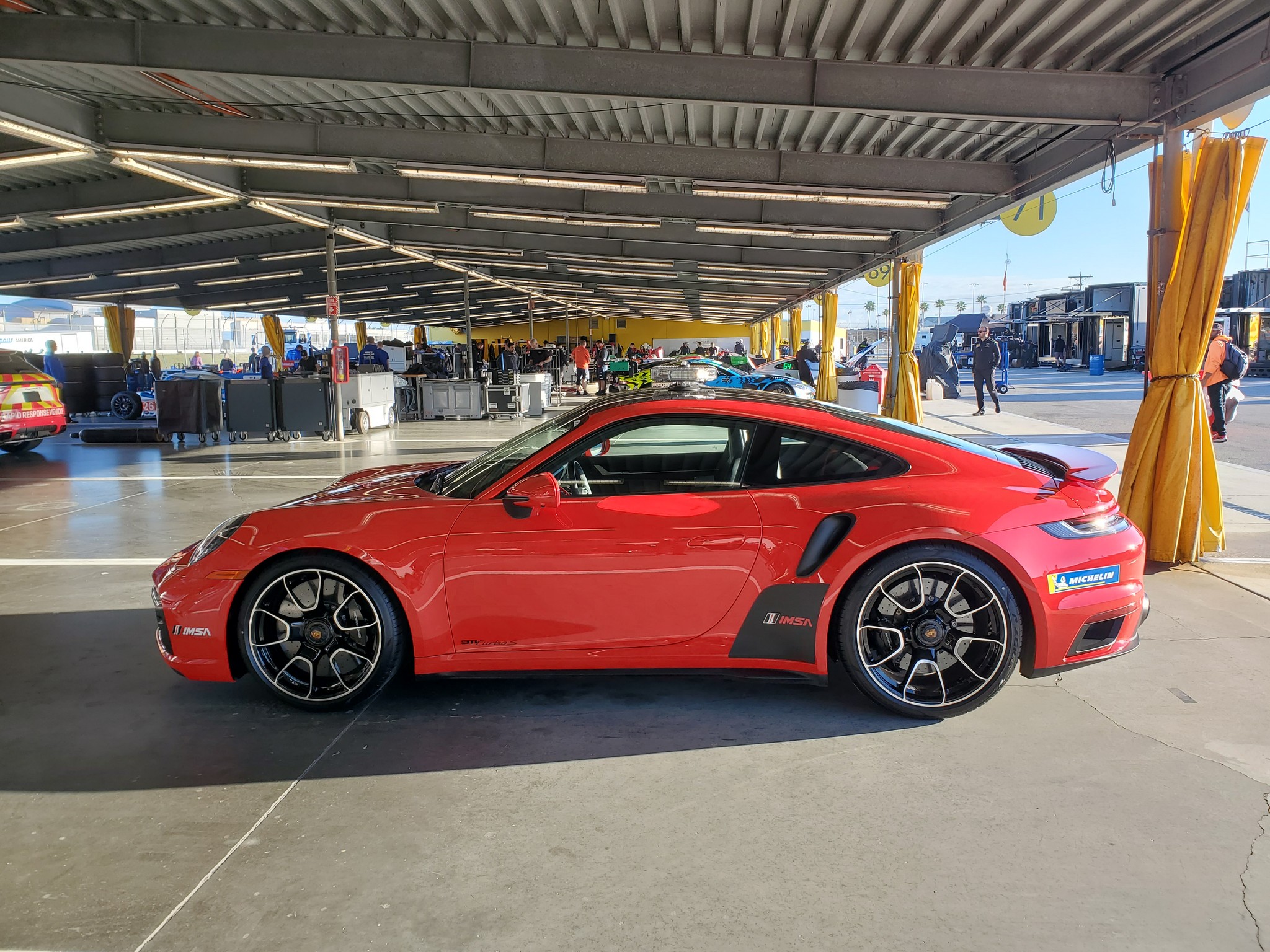
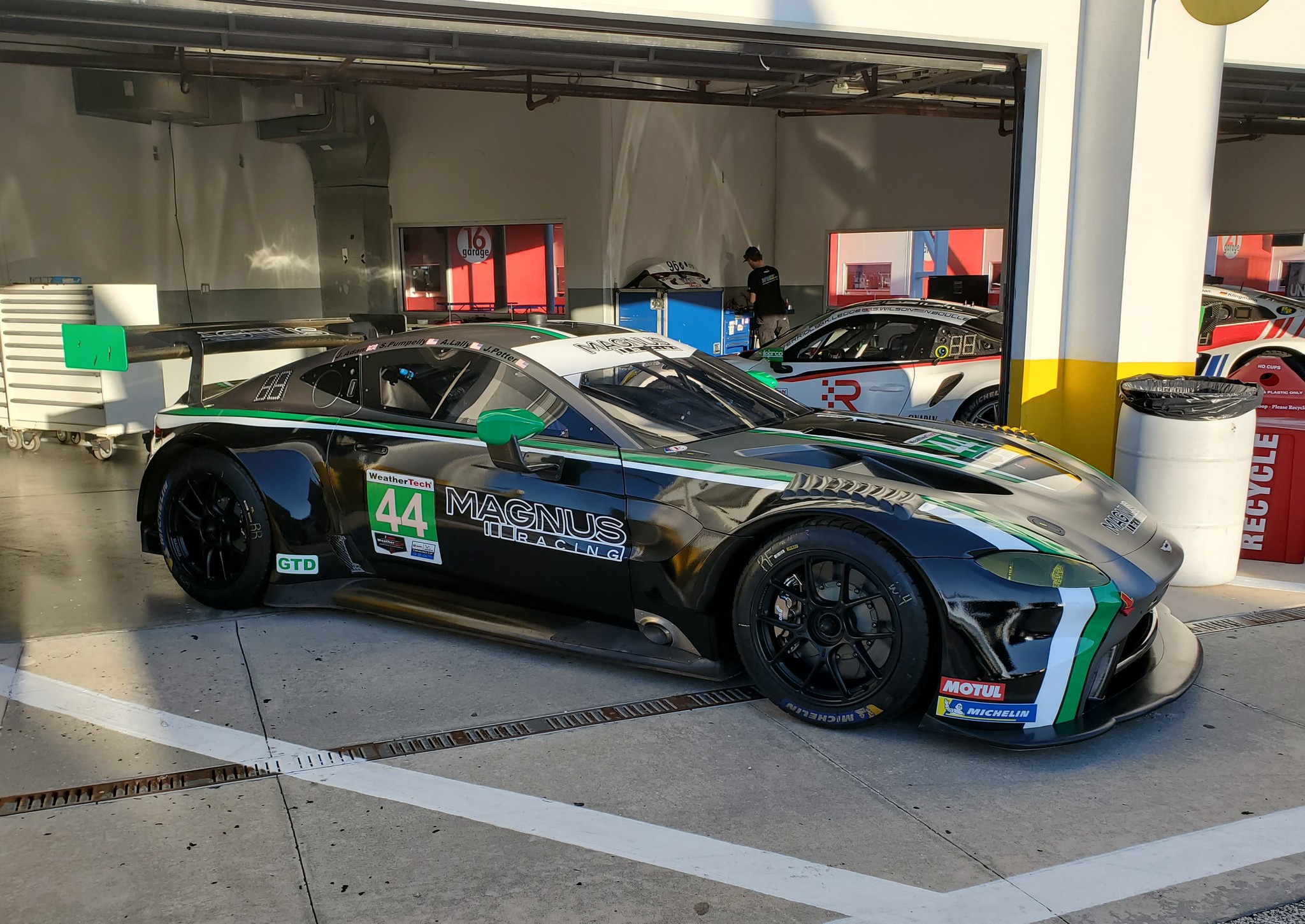
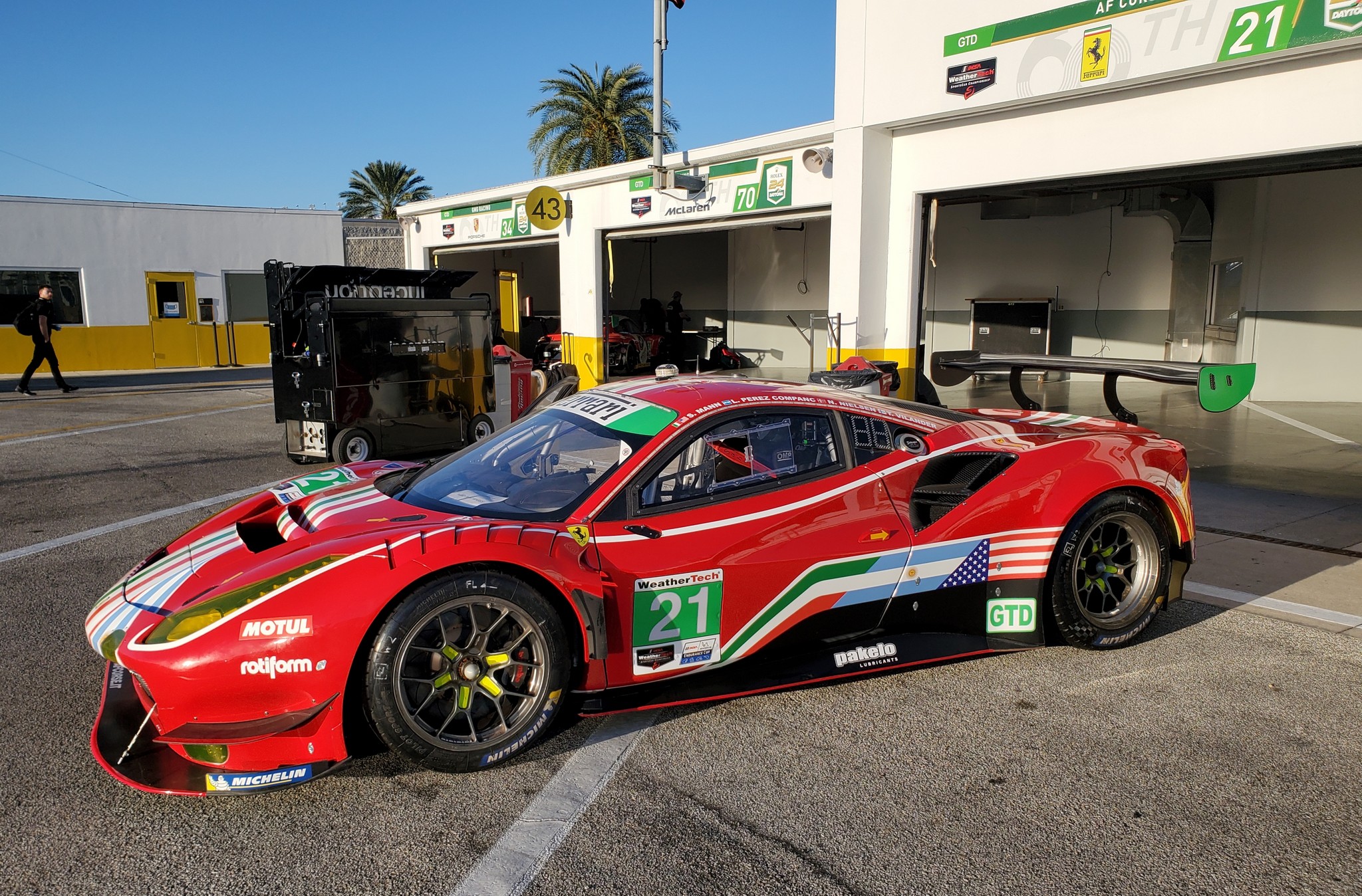
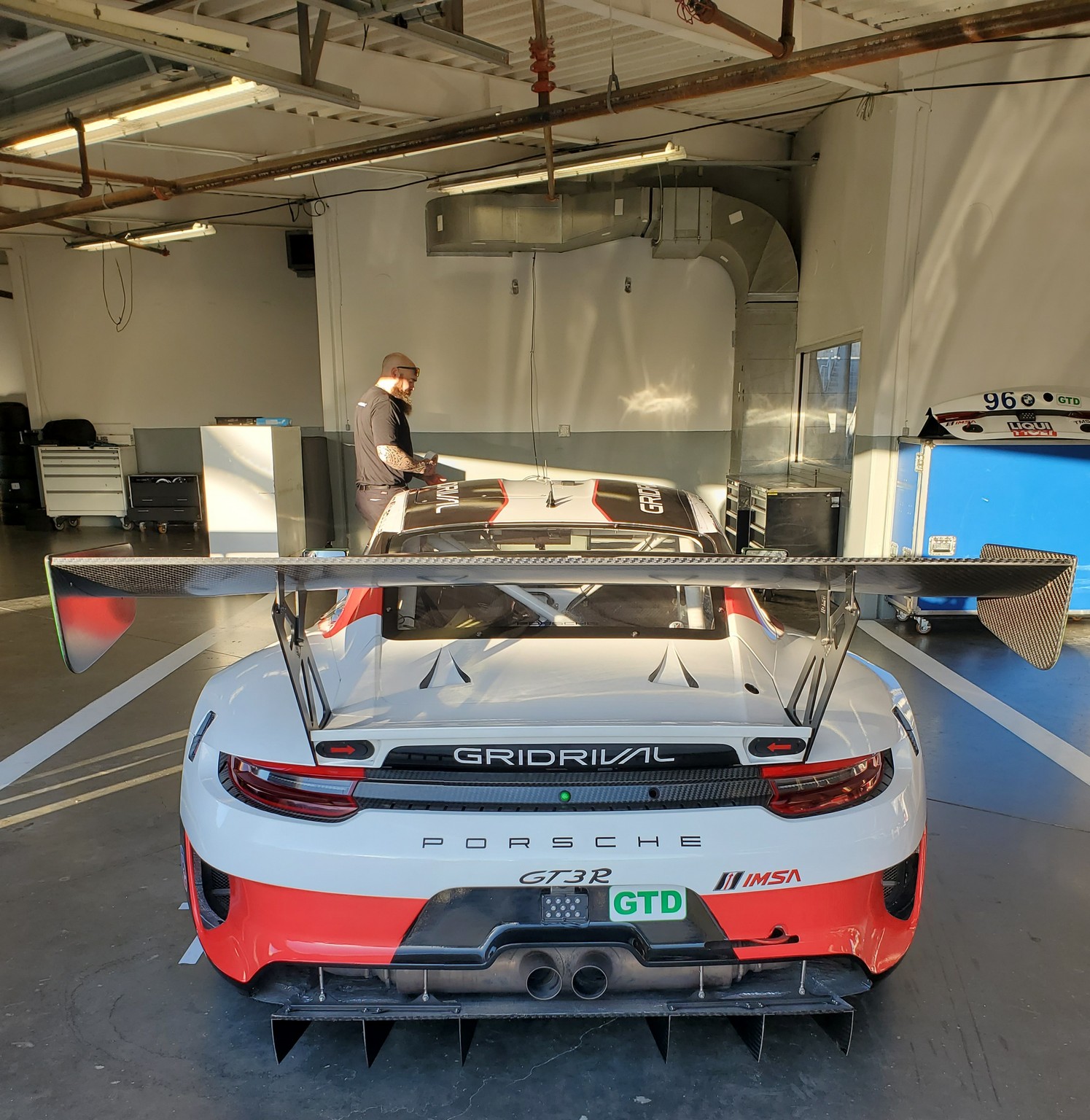
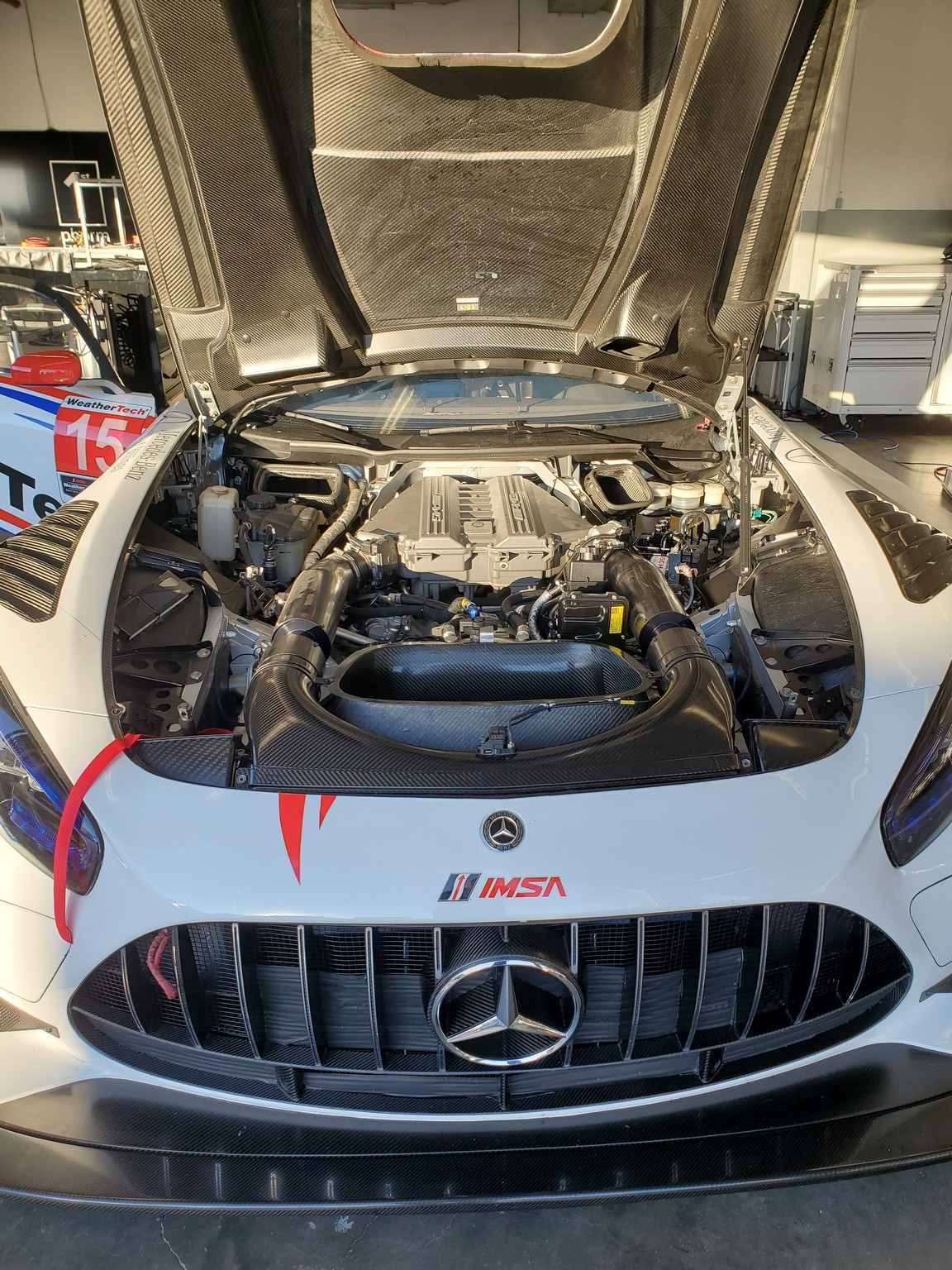
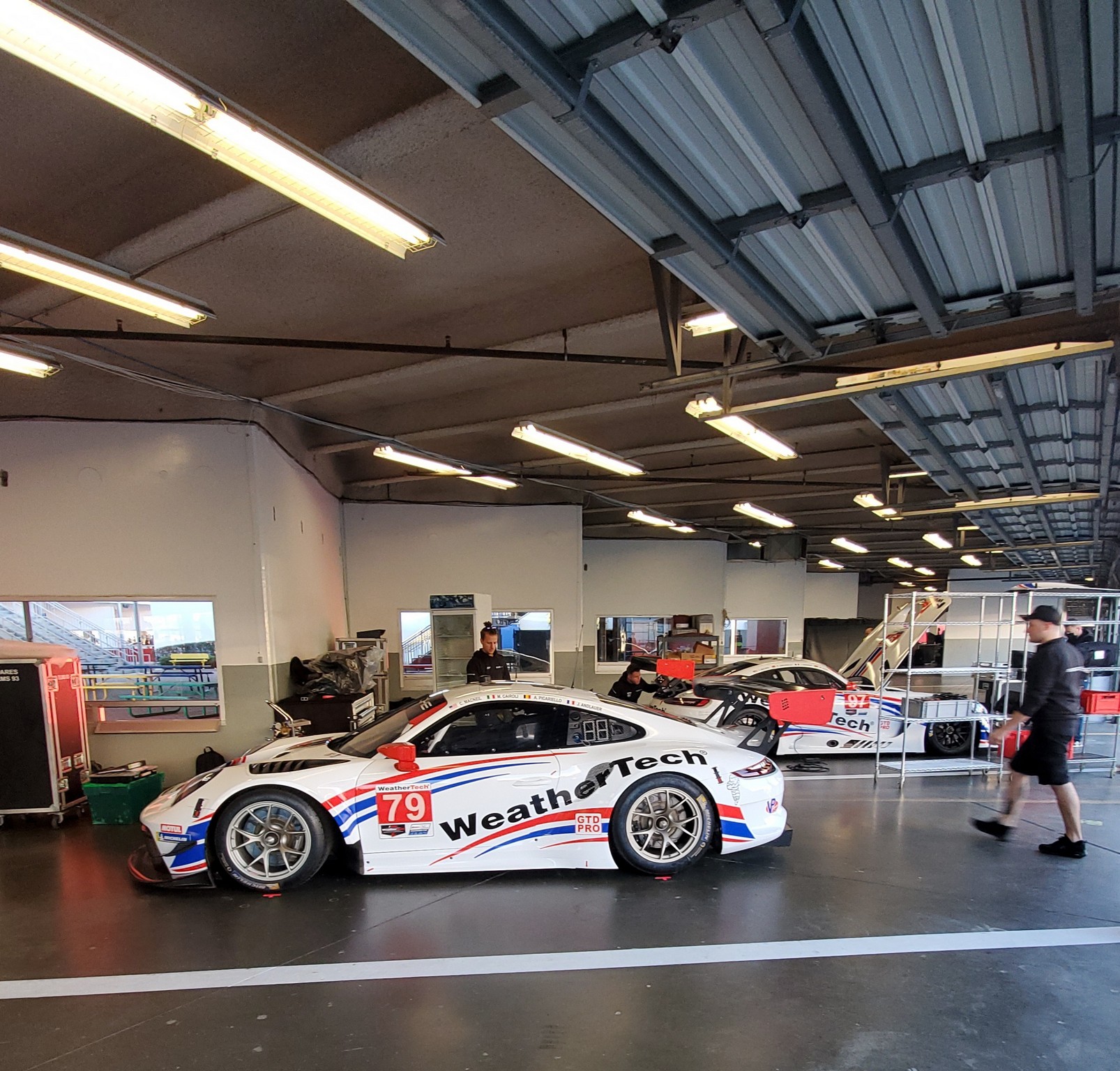
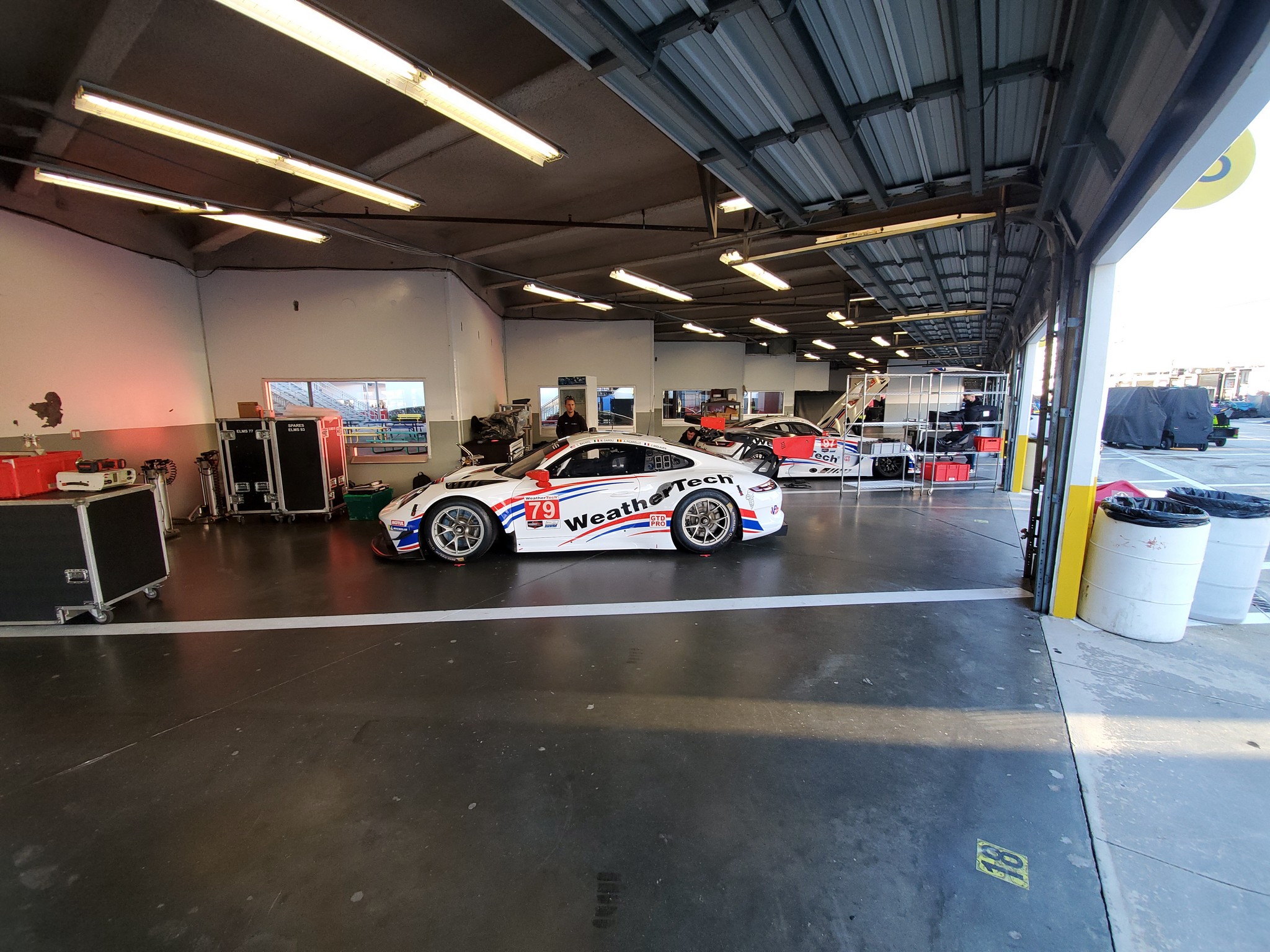
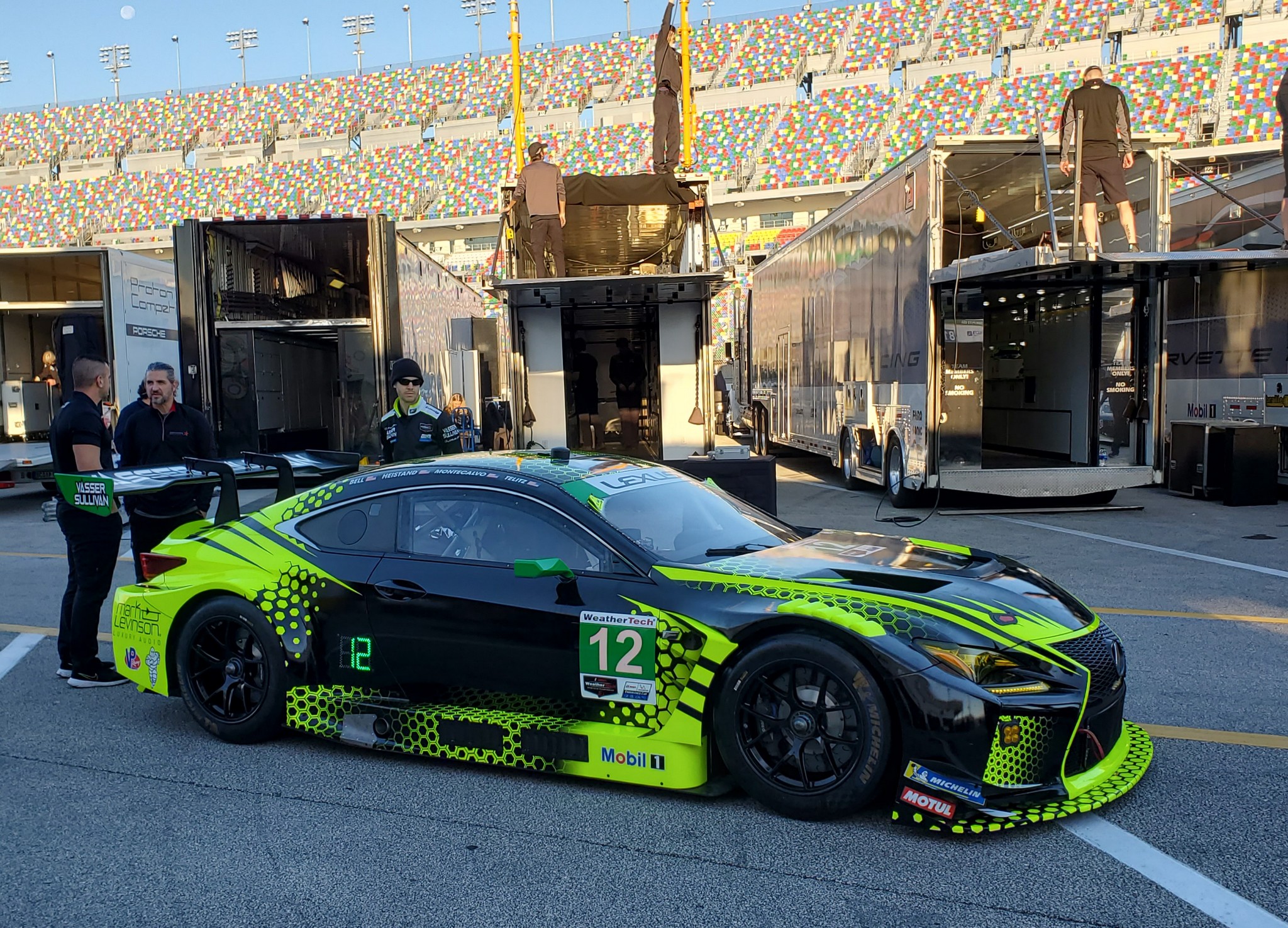
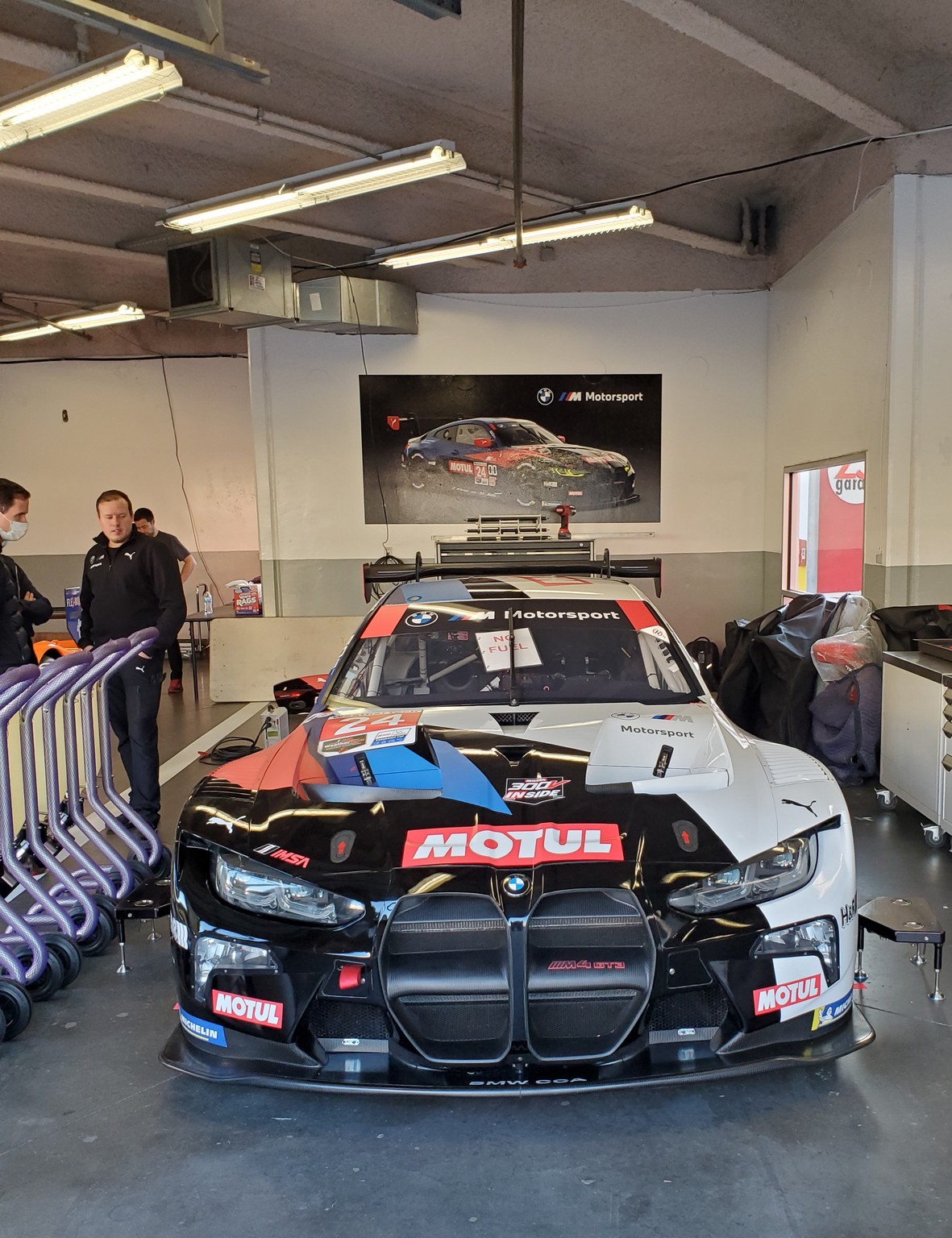
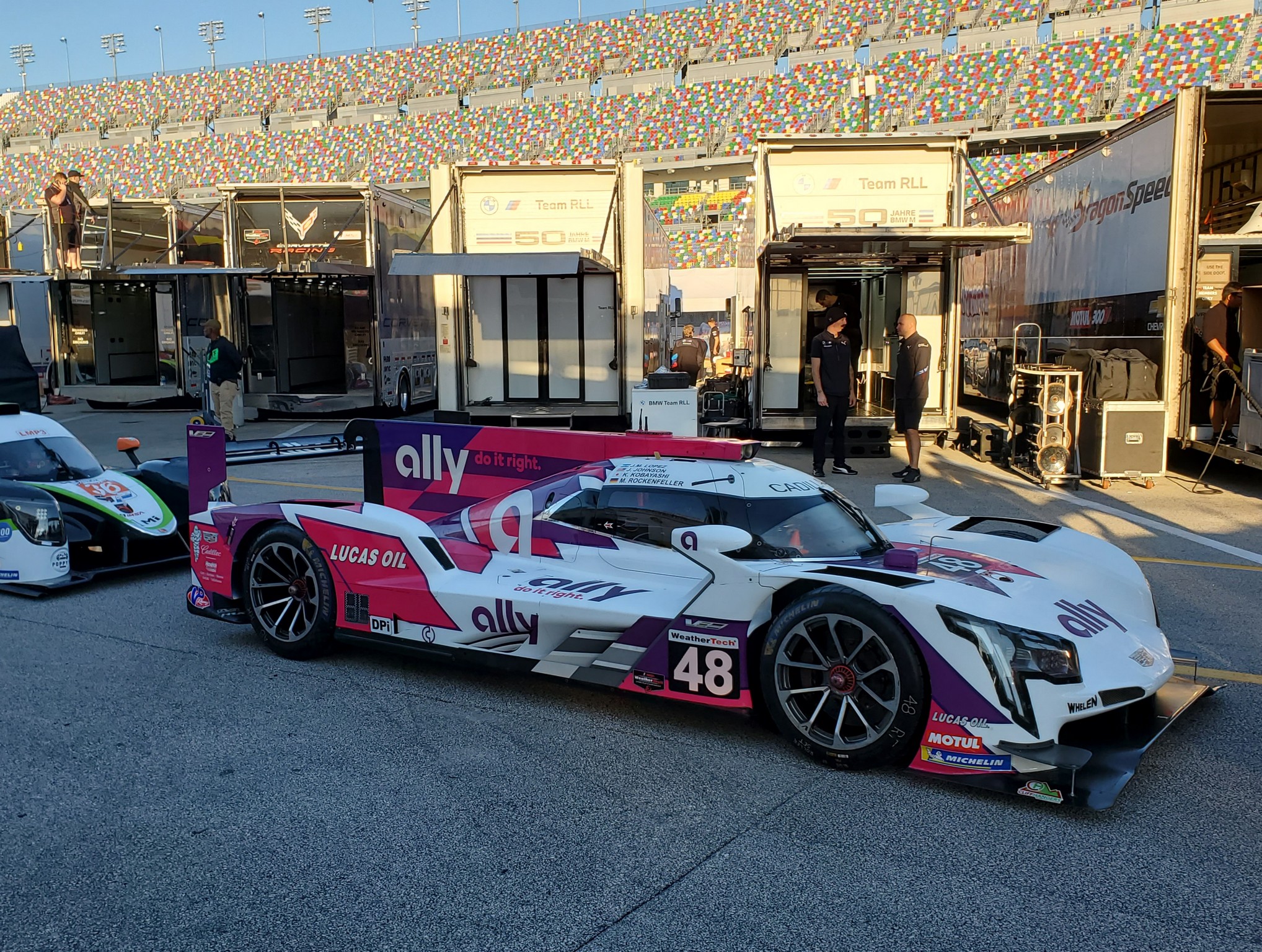
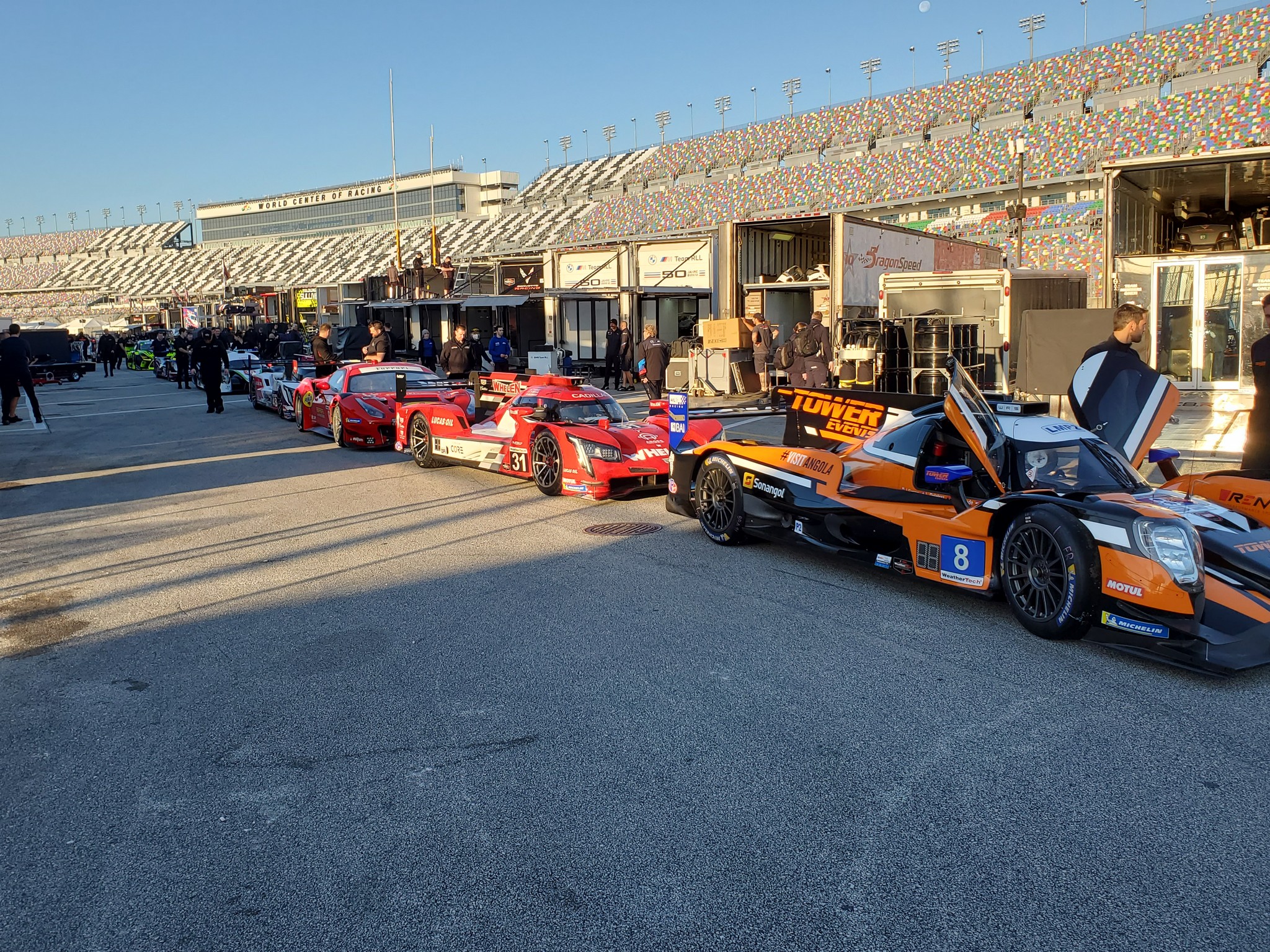
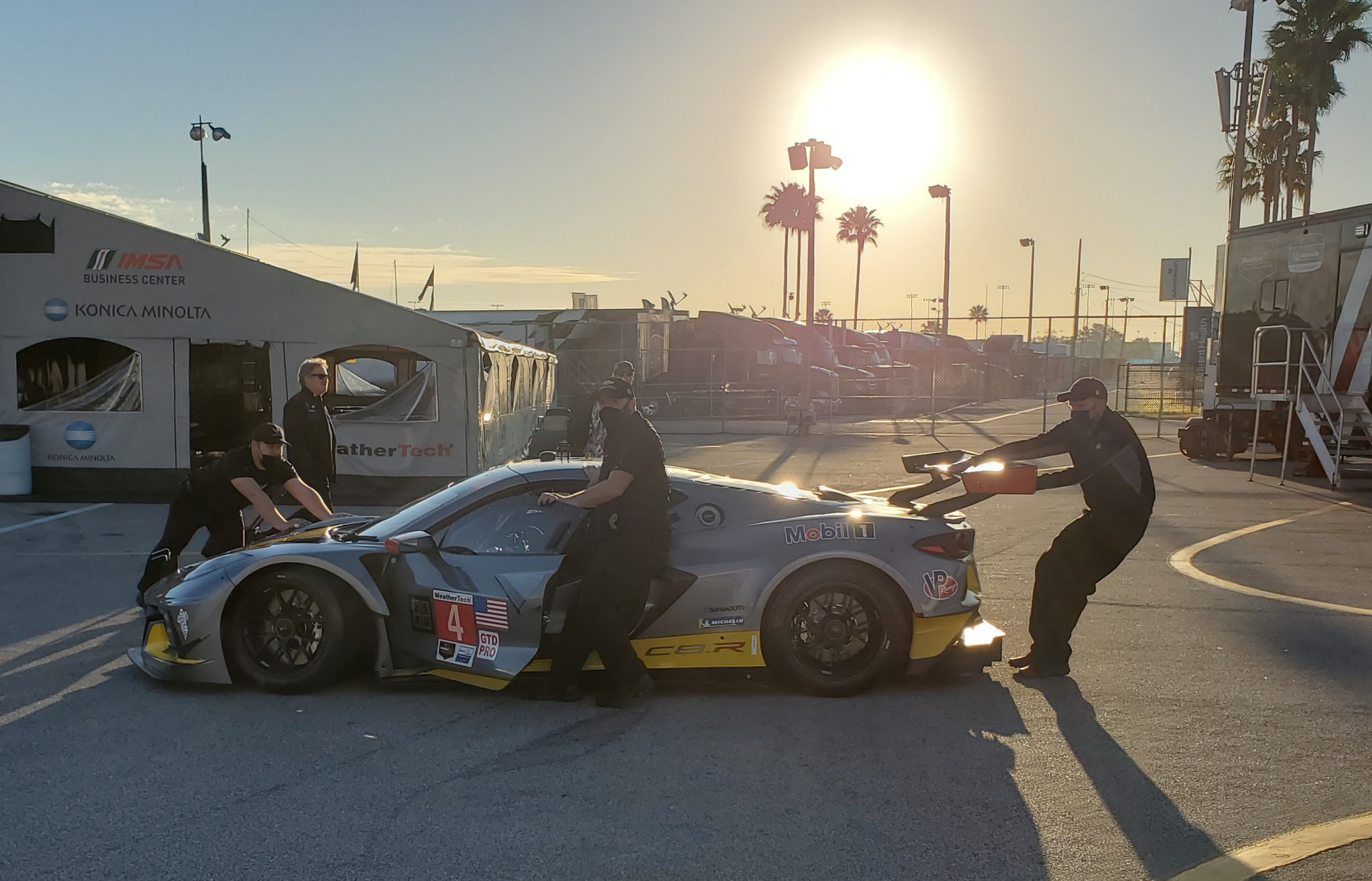
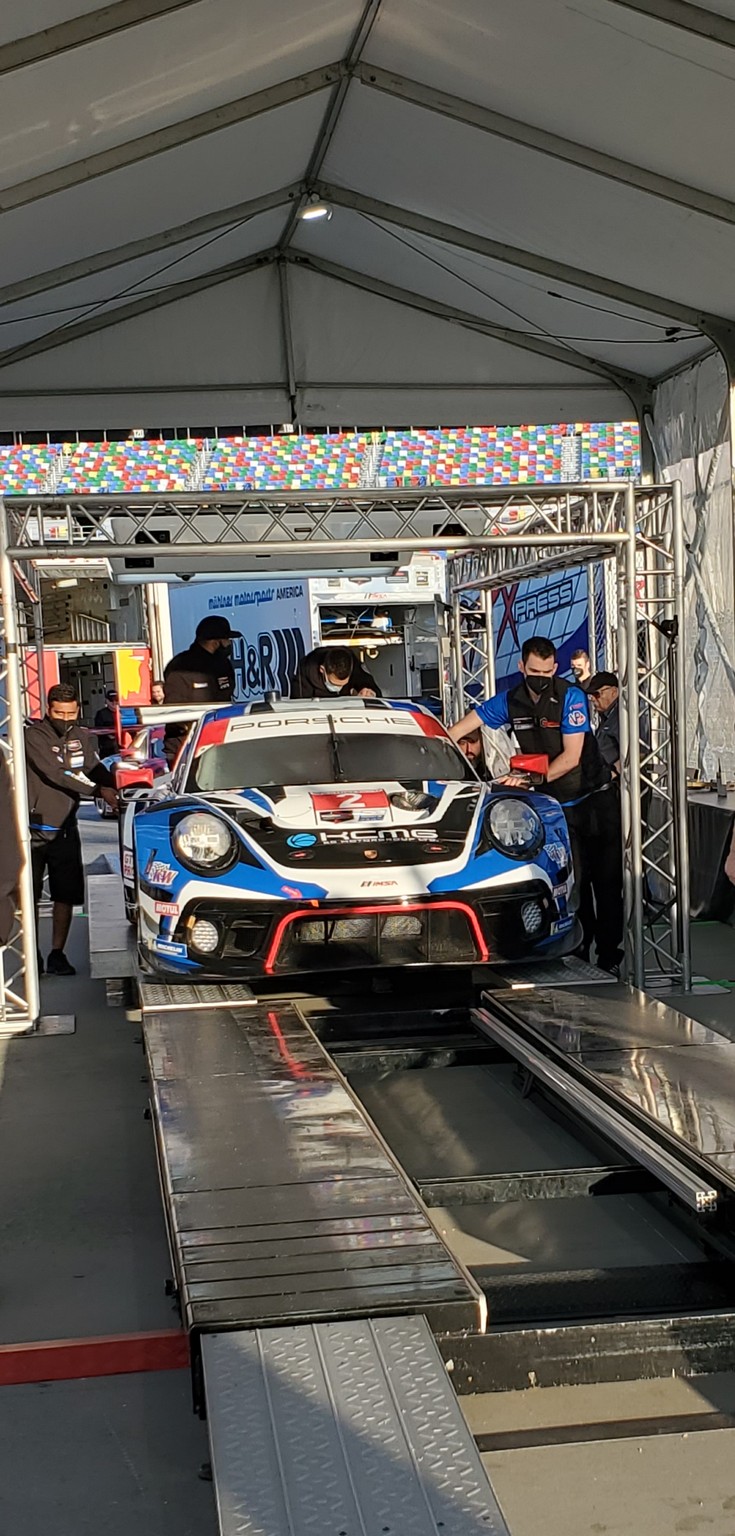
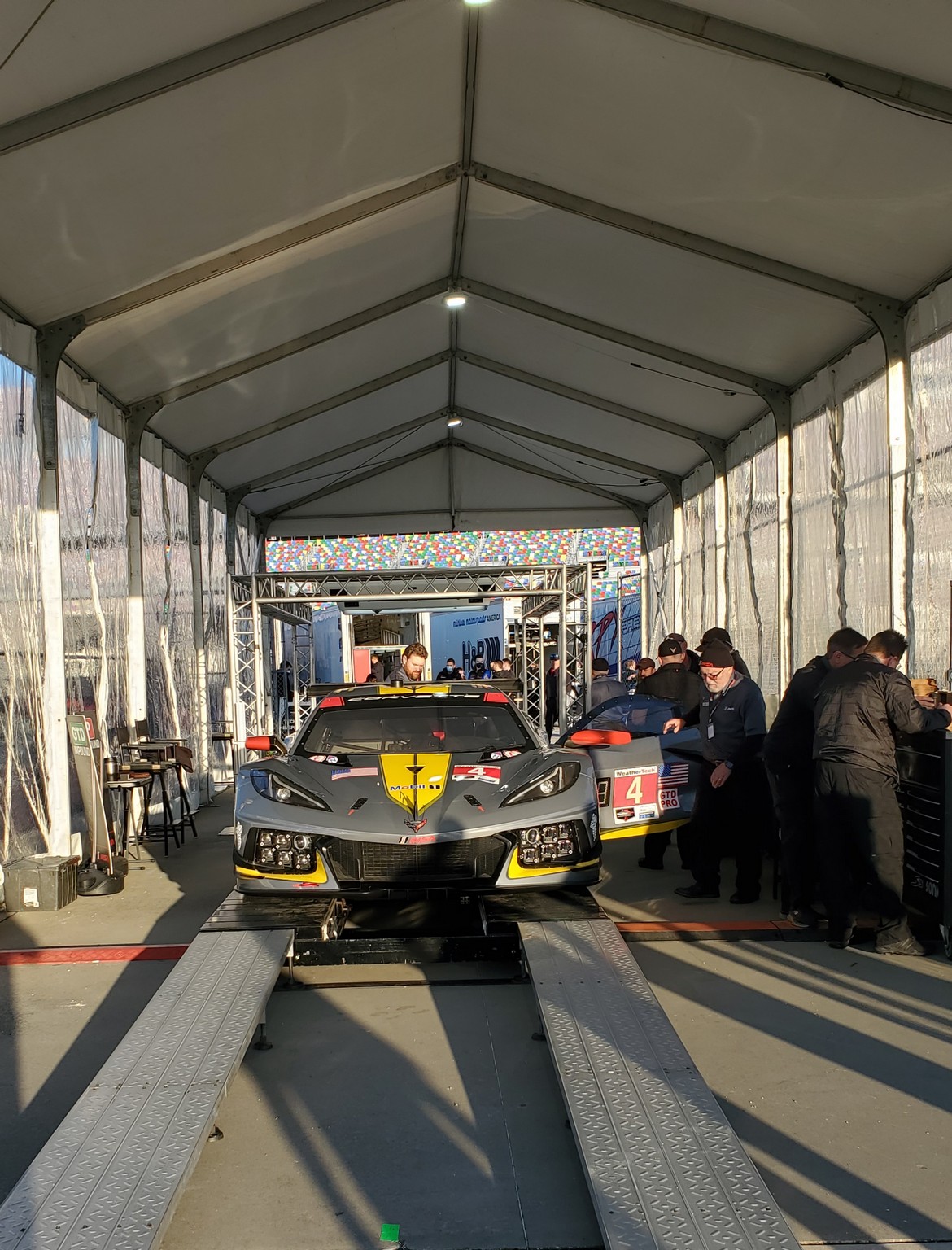
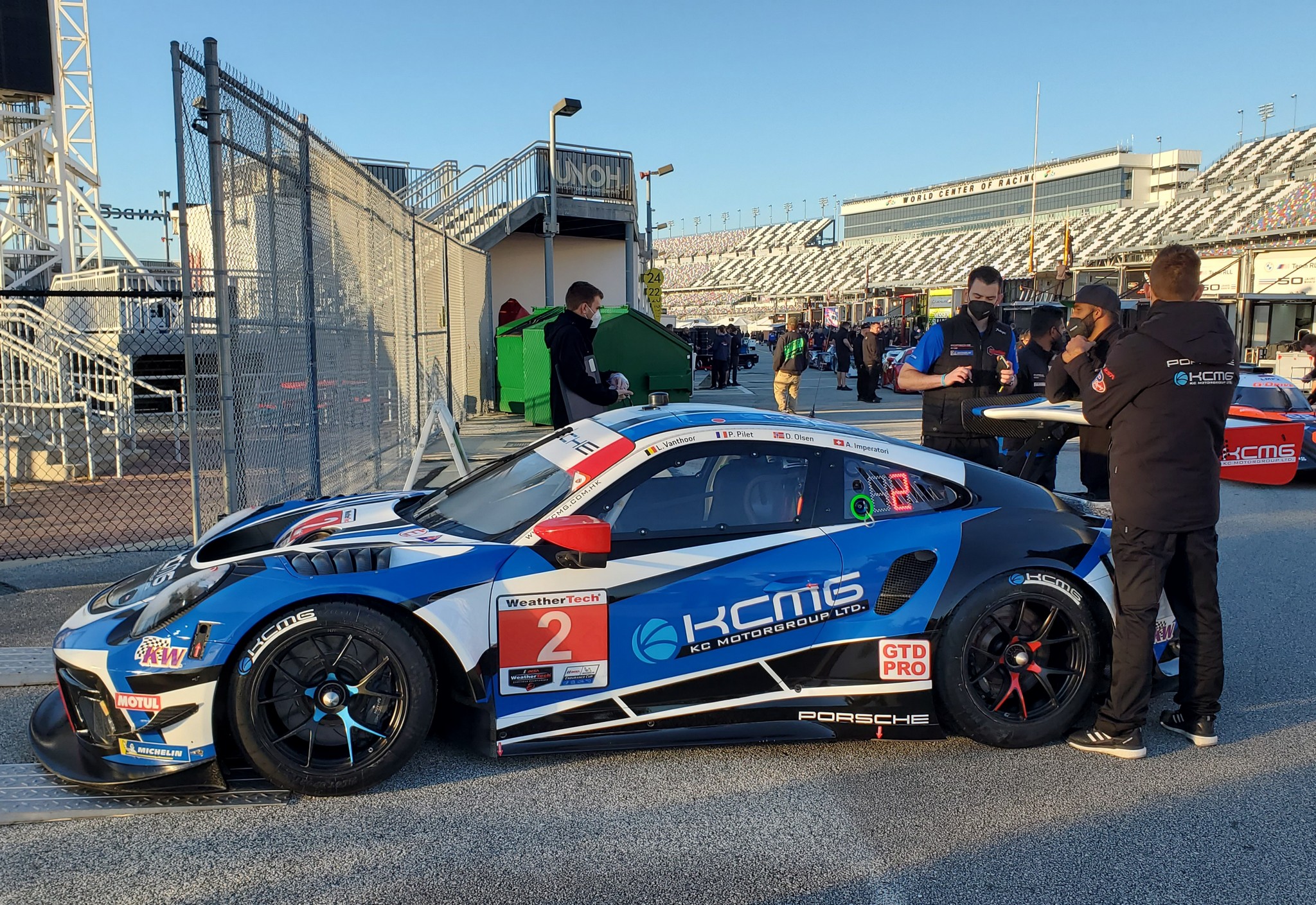
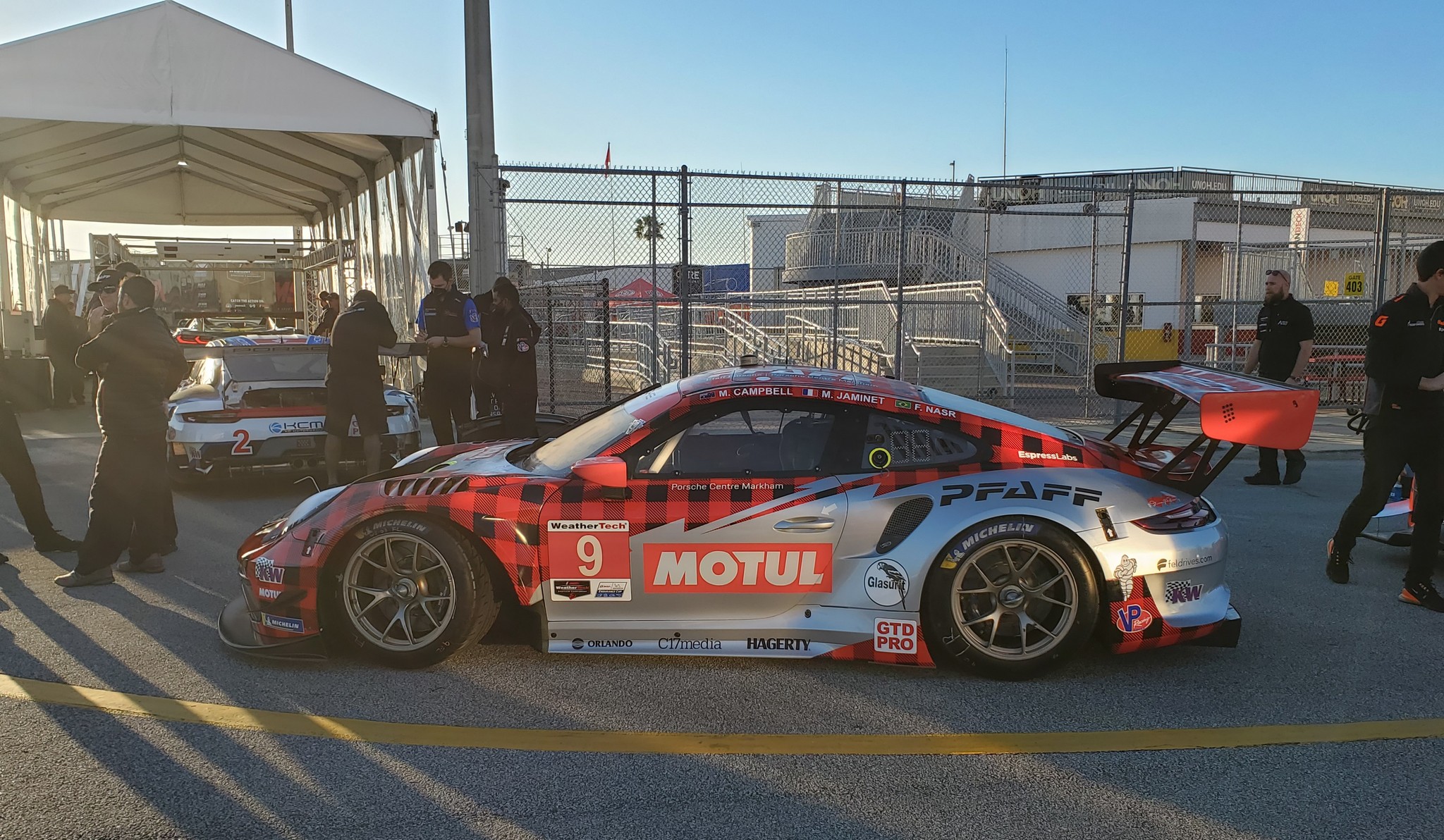
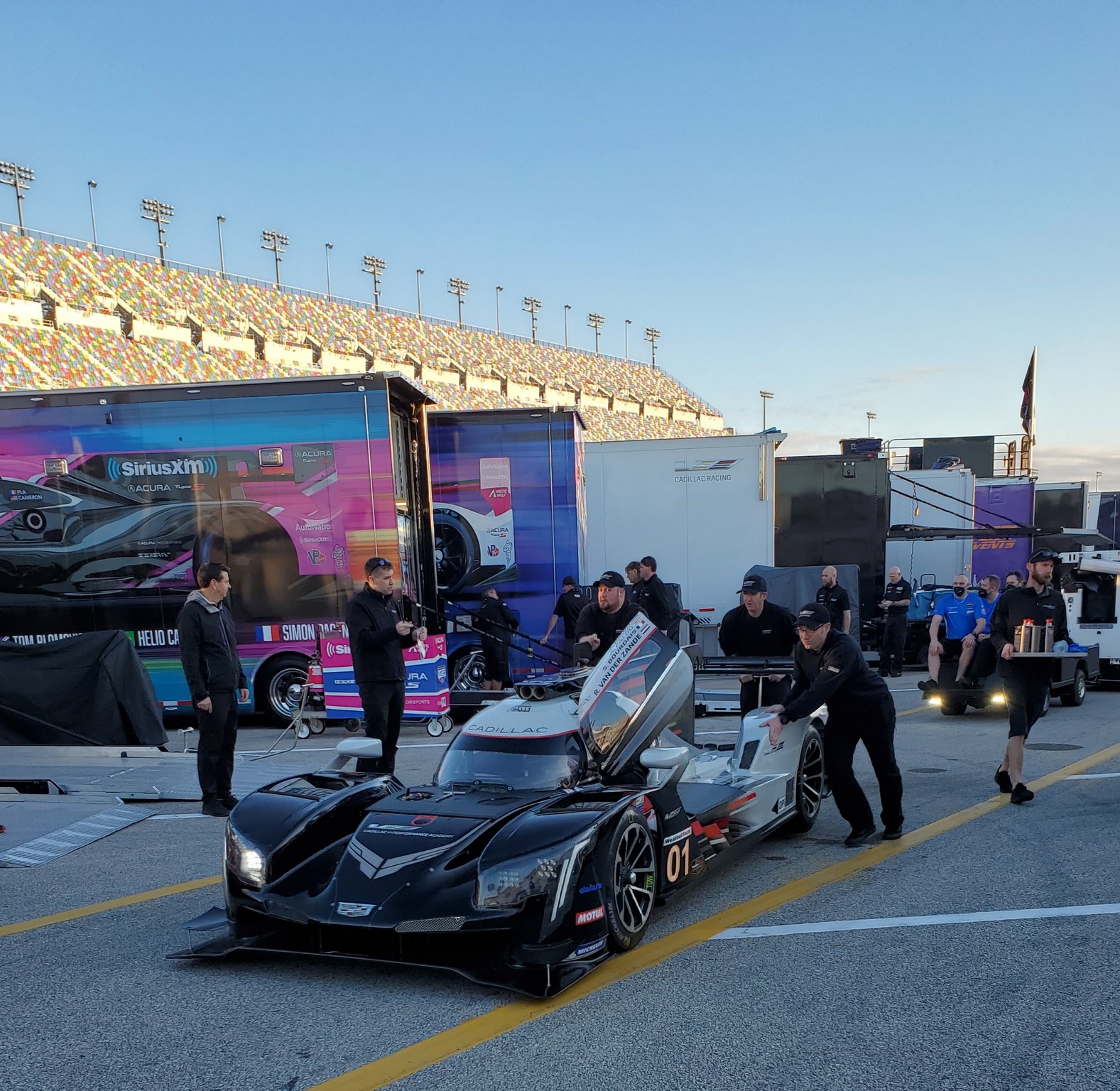
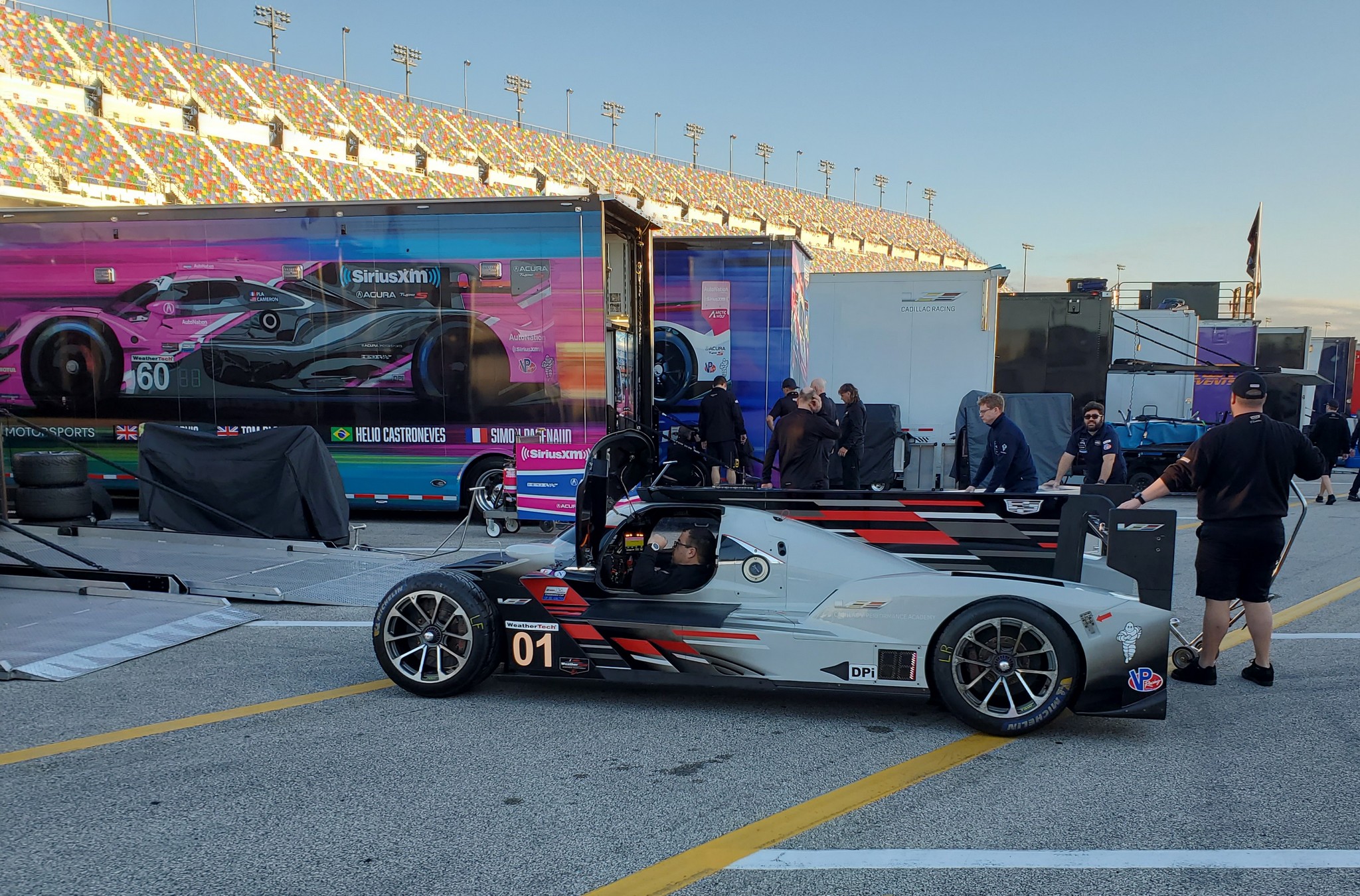
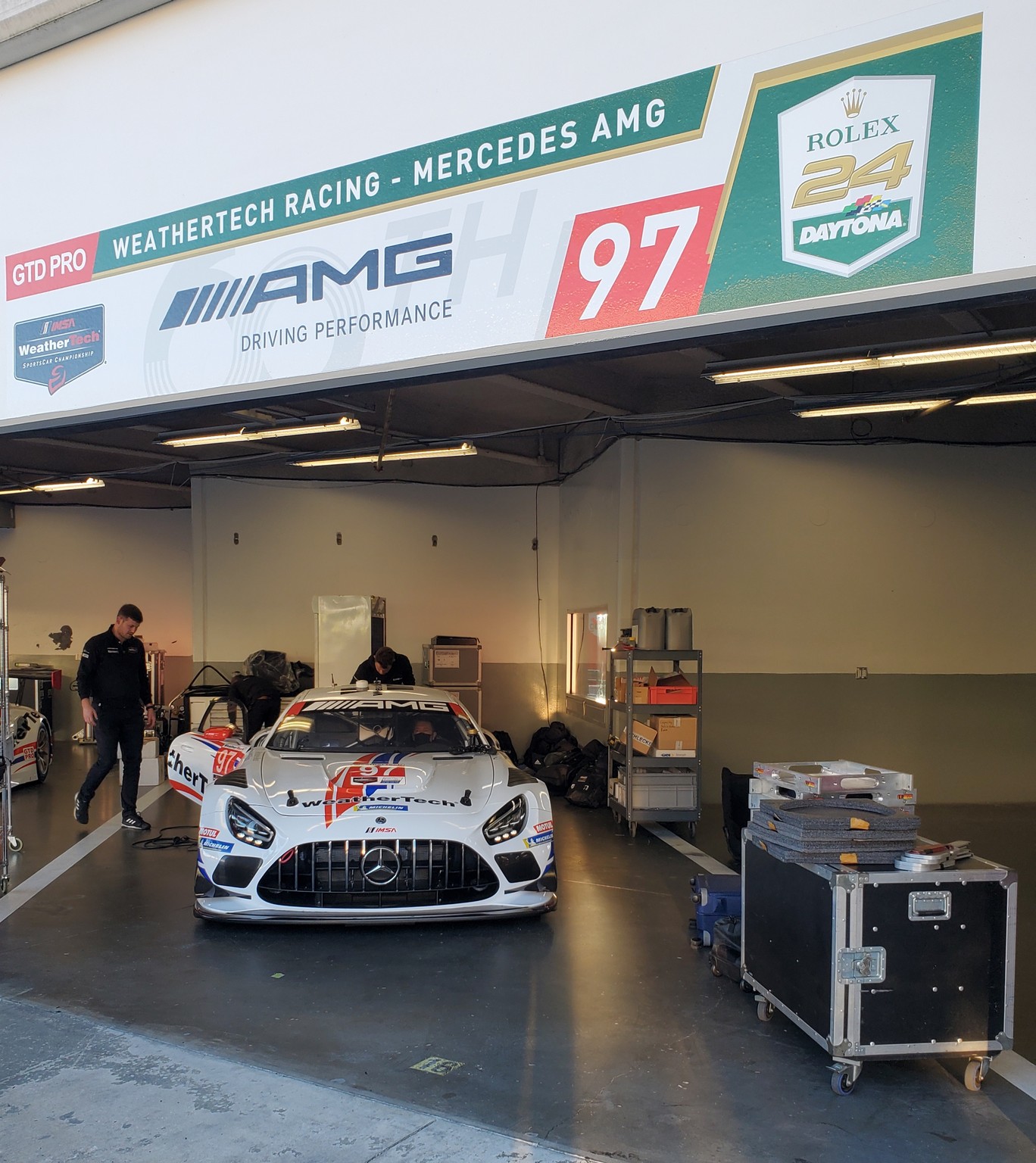
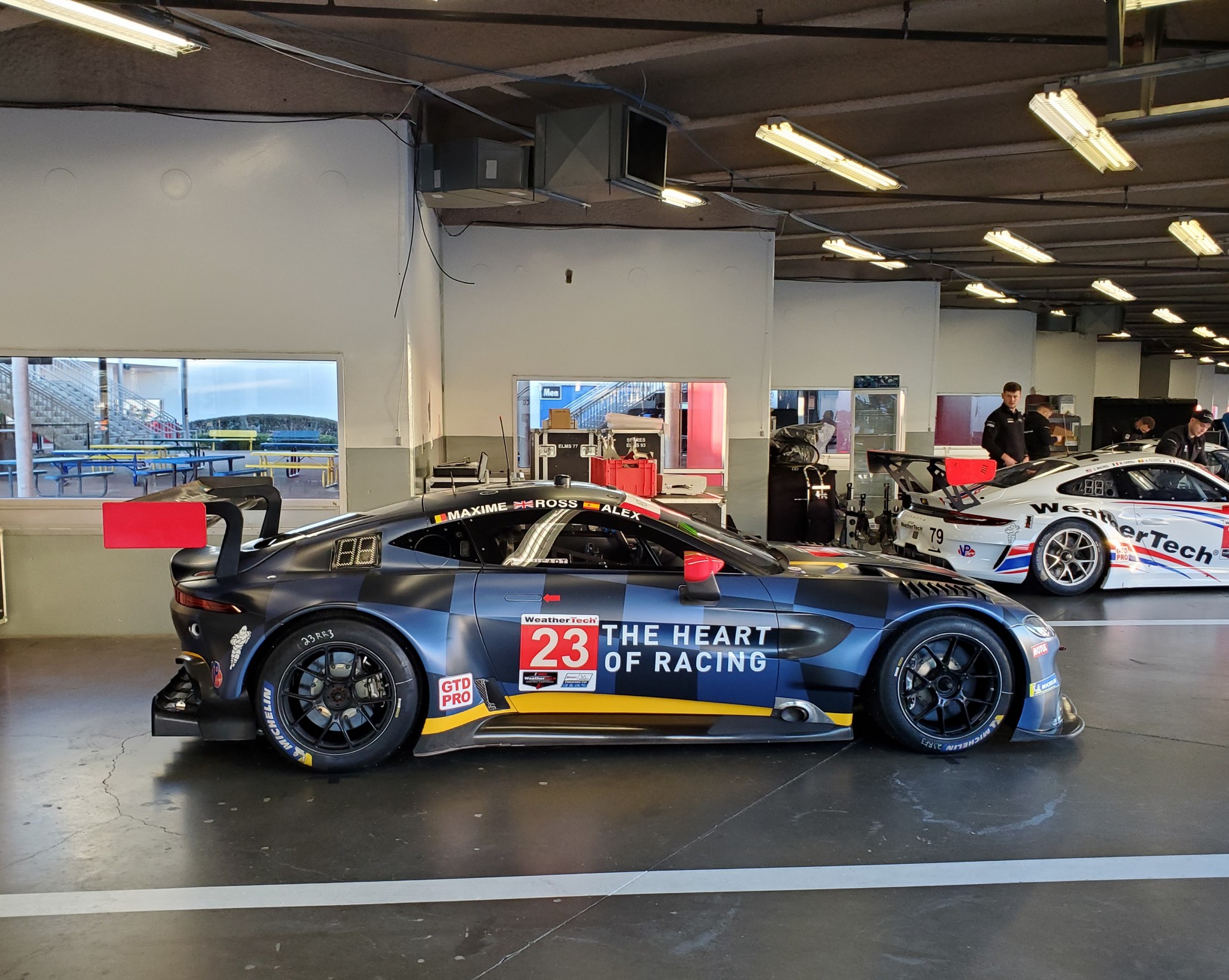
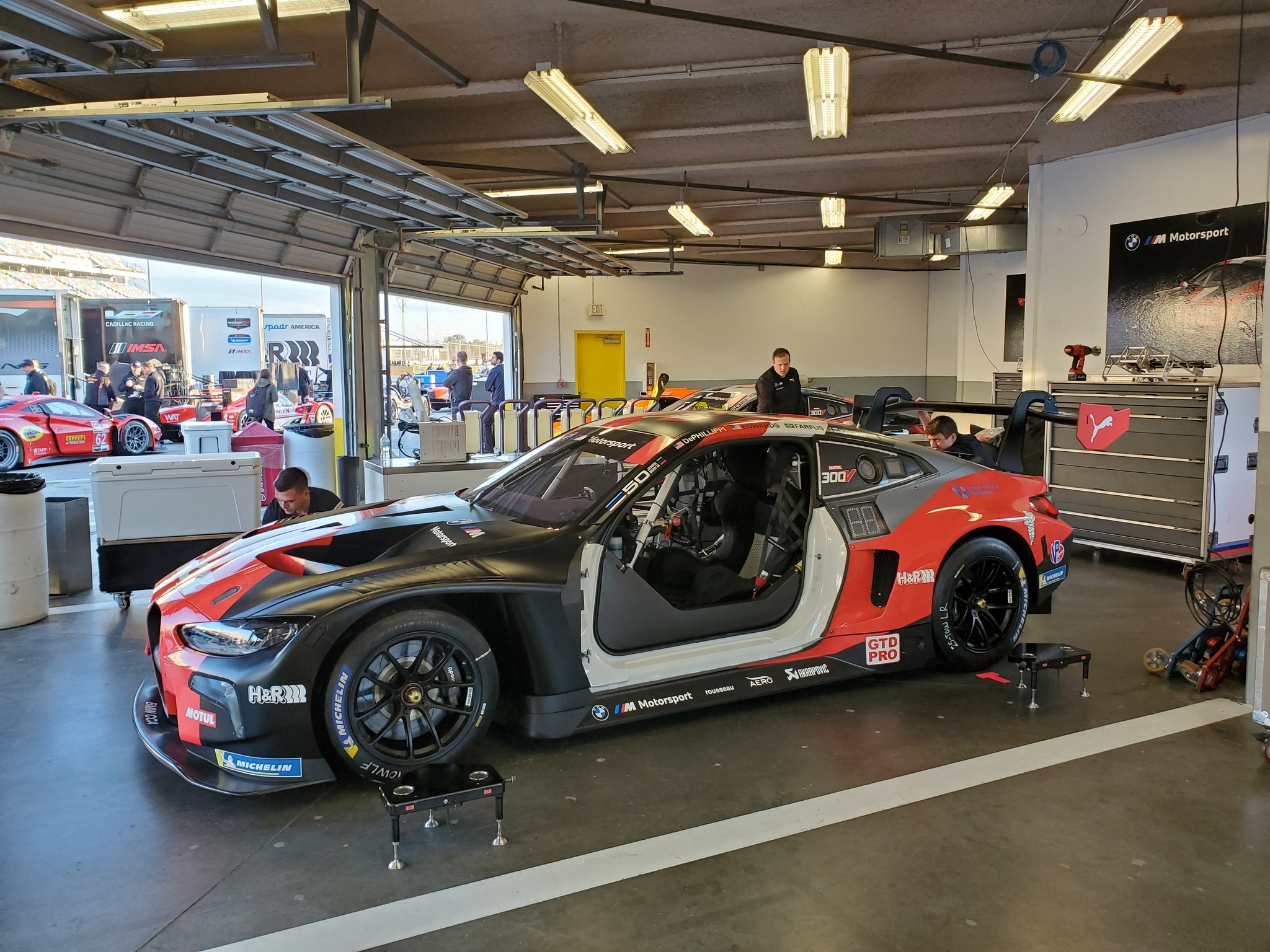
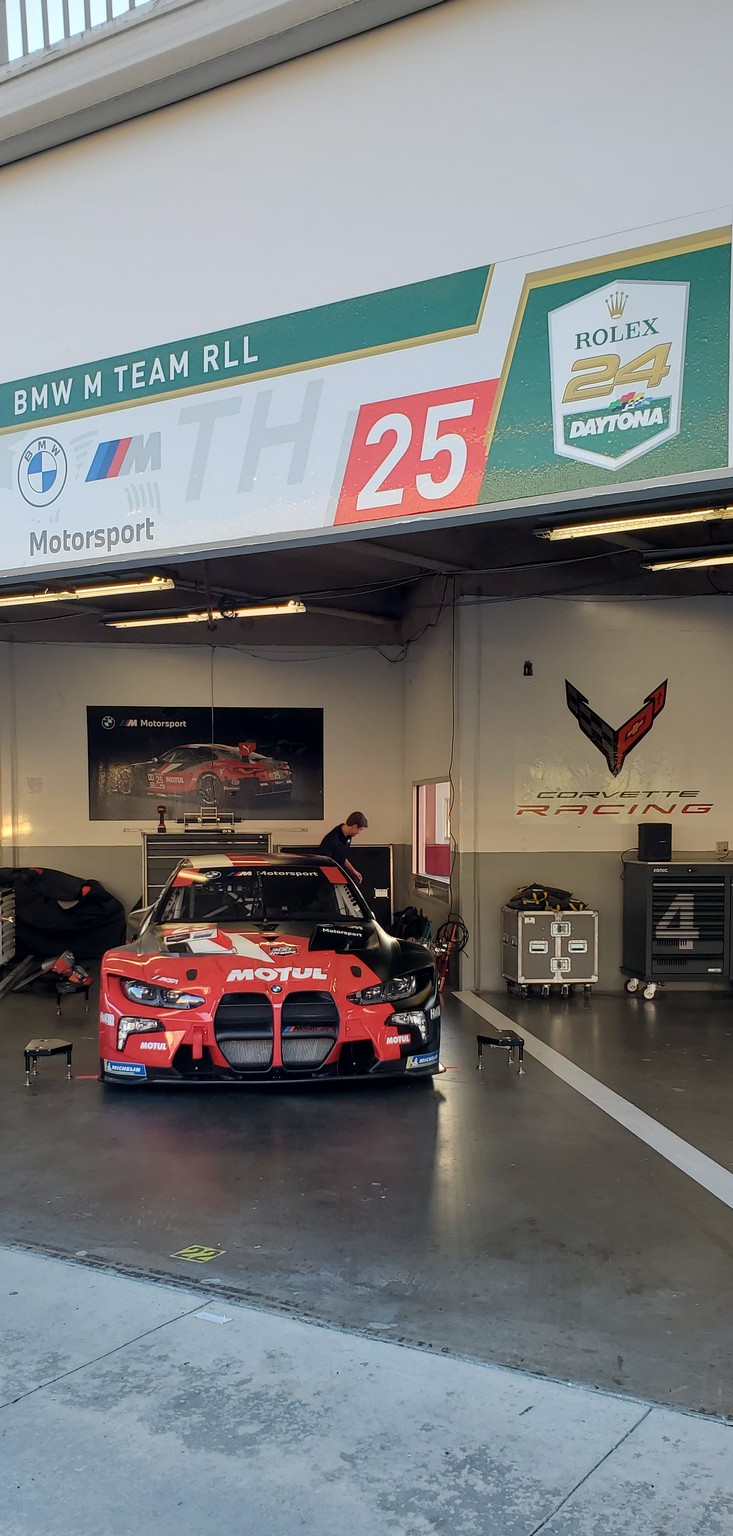
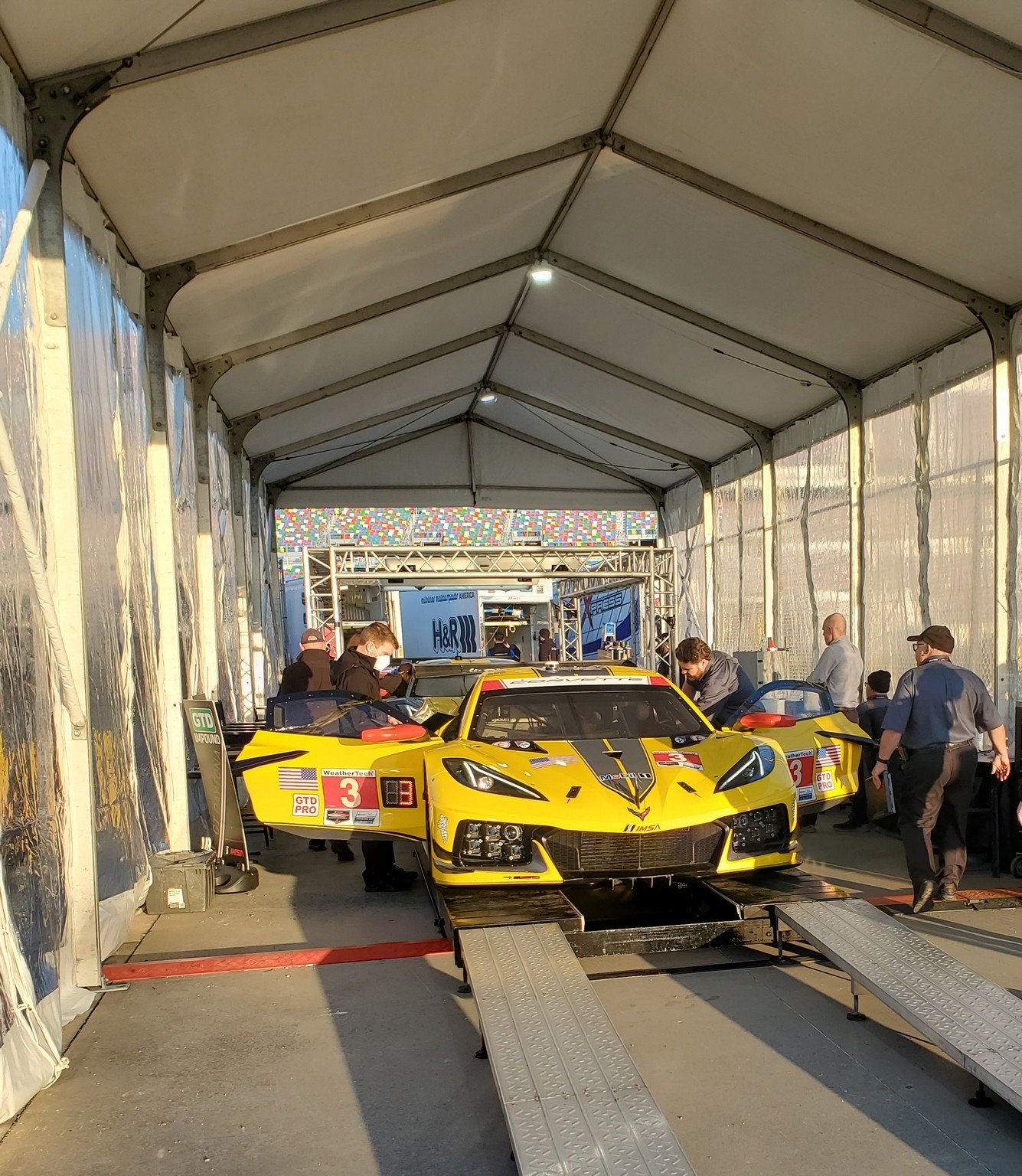
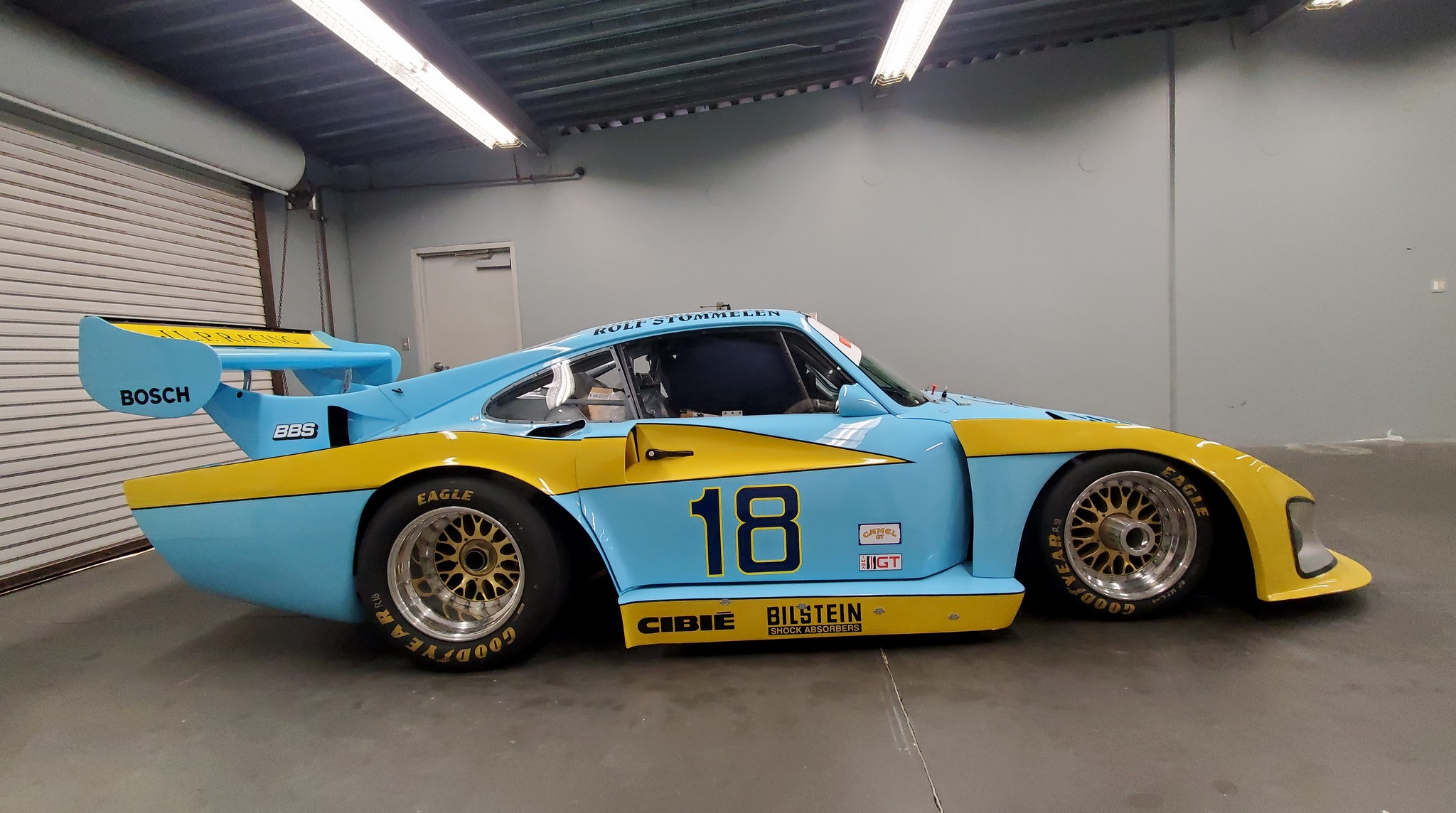
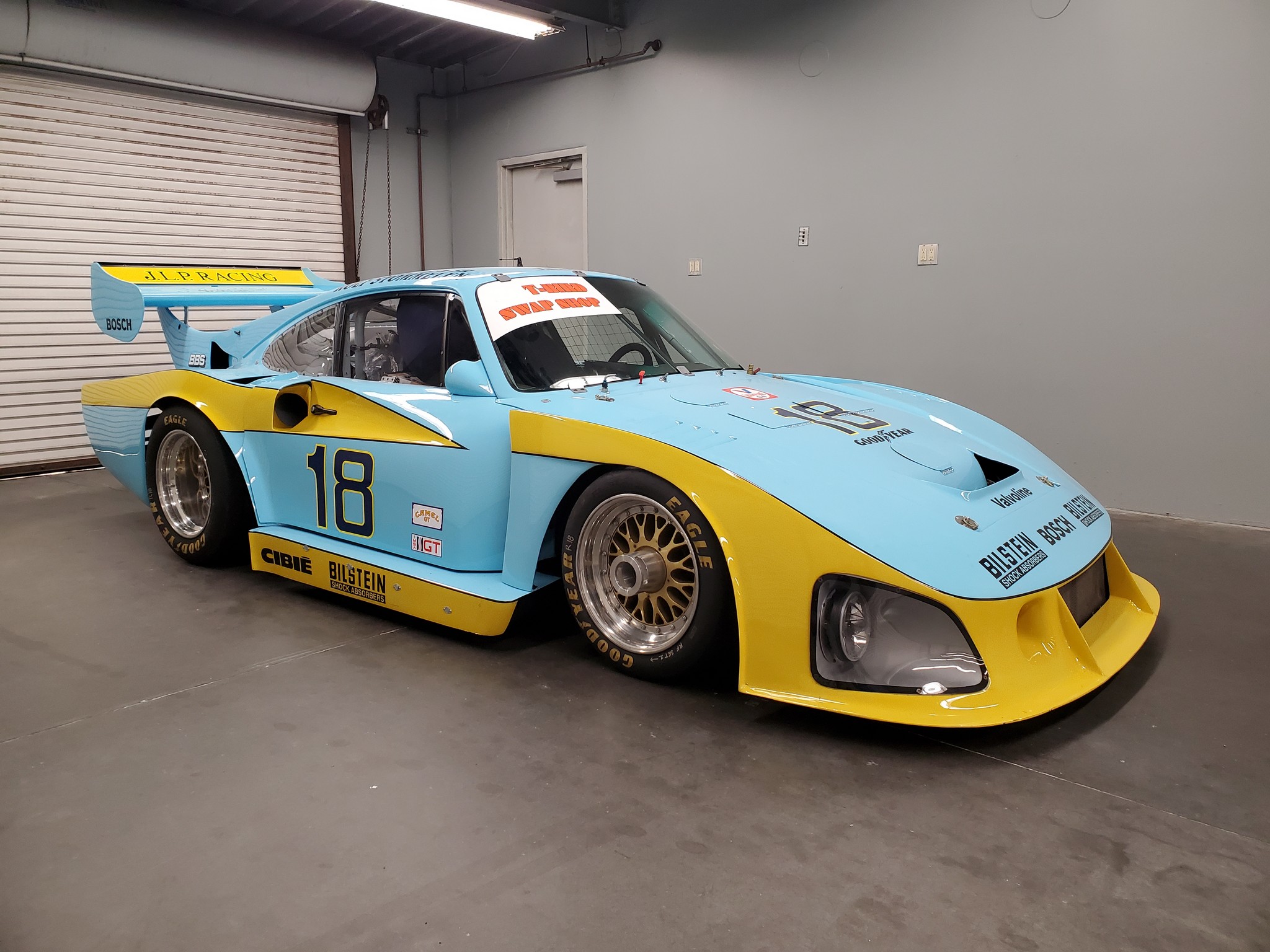
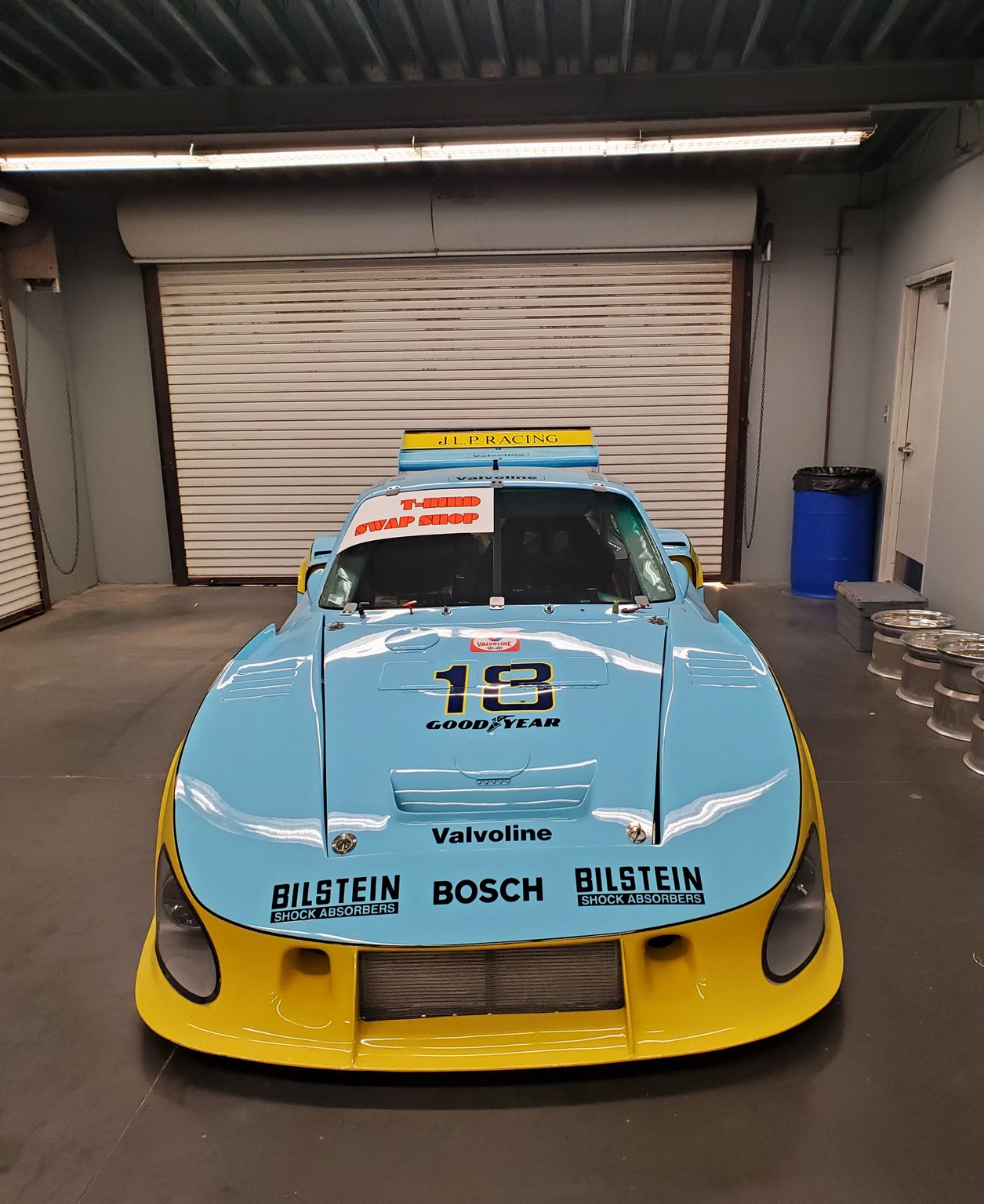
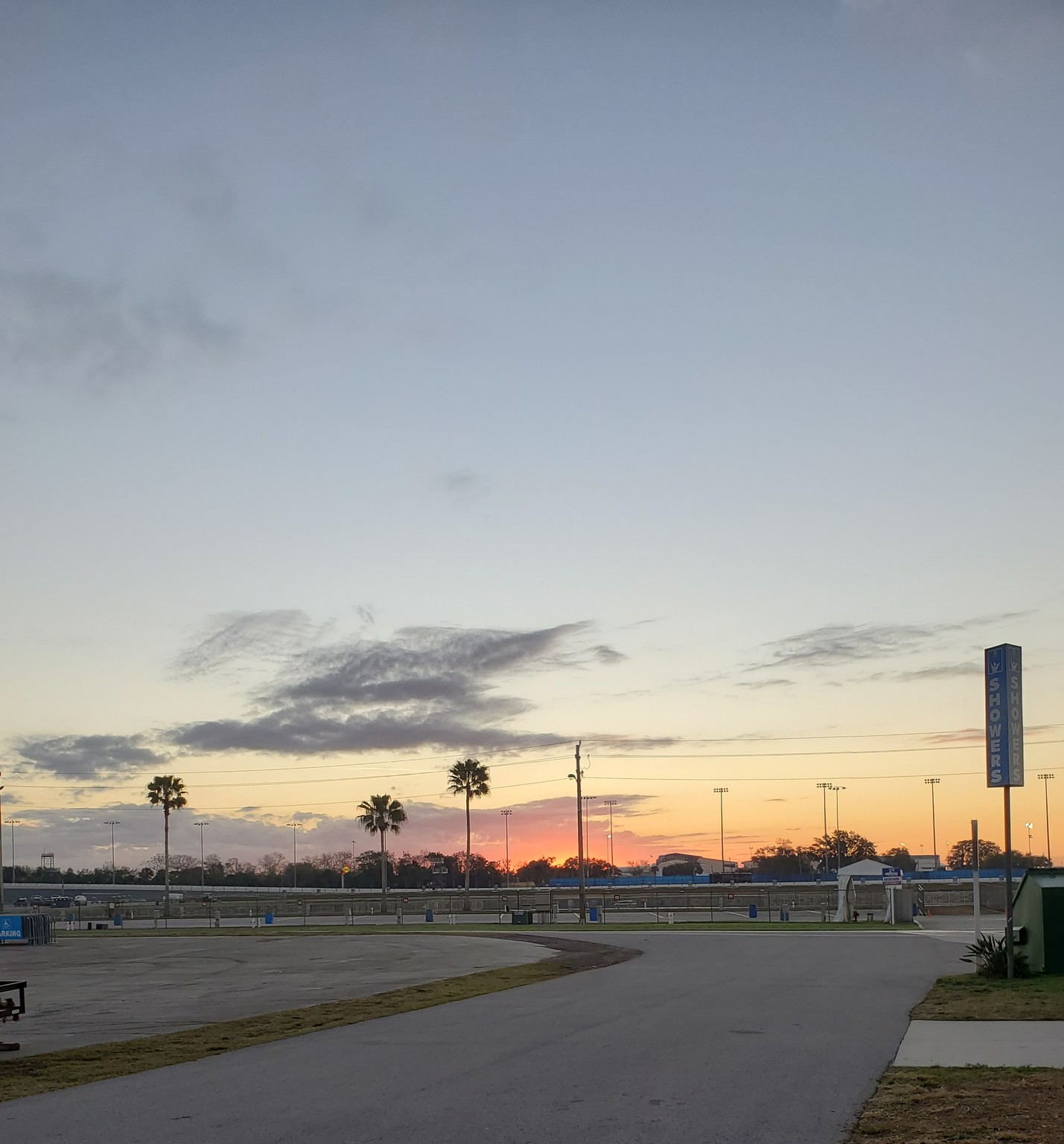
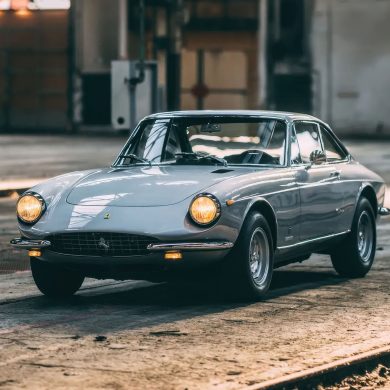
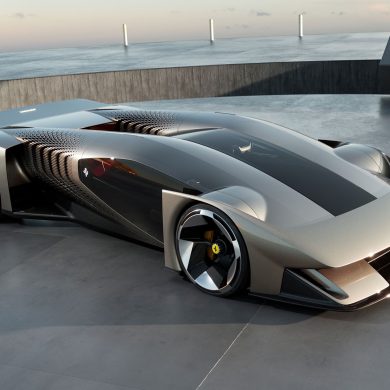
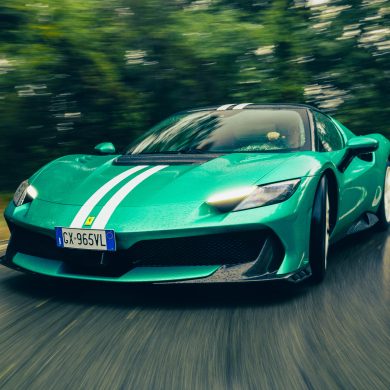
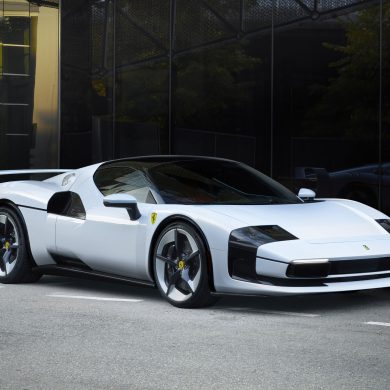
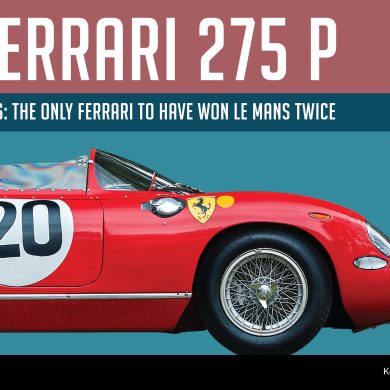
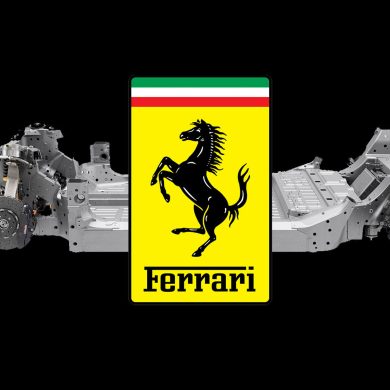


Excellent article and photos. thanks for posting them!